Pyrimidine derivatives for the treatment of viral infections
McGowan , et al.
U.S. patent number 10,272,085 [Application Number 15/209,637] was granted by the patent office on 2019-04-30 for pyrimidine derivatives for the treatment of viral infections. This patent grant is currently assigned to Janssen Sciences Ireland UC. The grantee listed for this patent is Janssen Sciences Ireland UC. Invention is credited to Werner Embrechts, Tim Hugo Maria Jonckers, Stefaan Julien Last, David McGowan, Serge Maria Aloysius Pieters, Pierre Jean-Marie Bernard Raboisson, Jaromir Vlach.
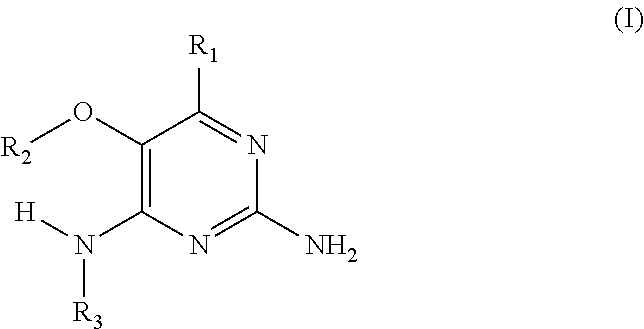
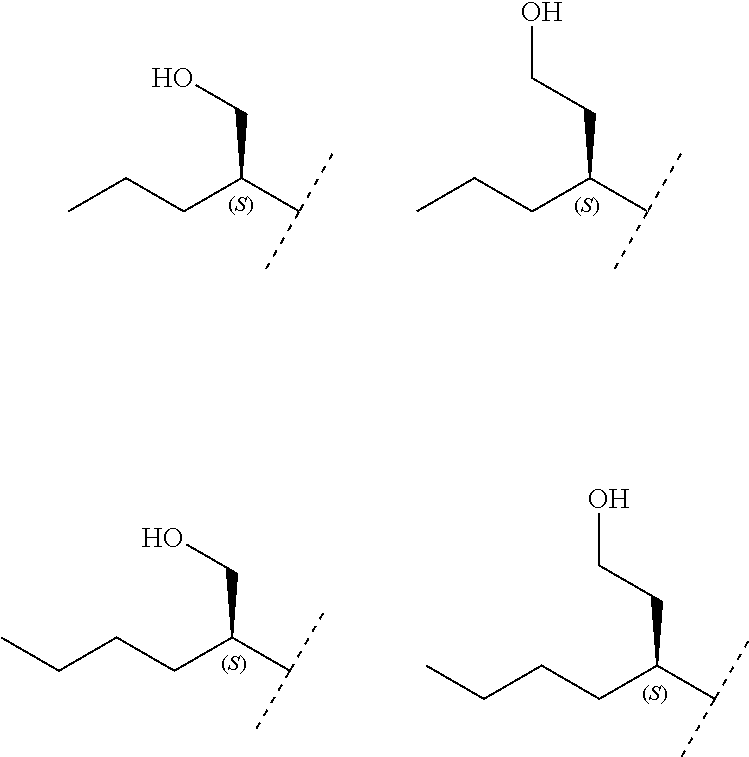
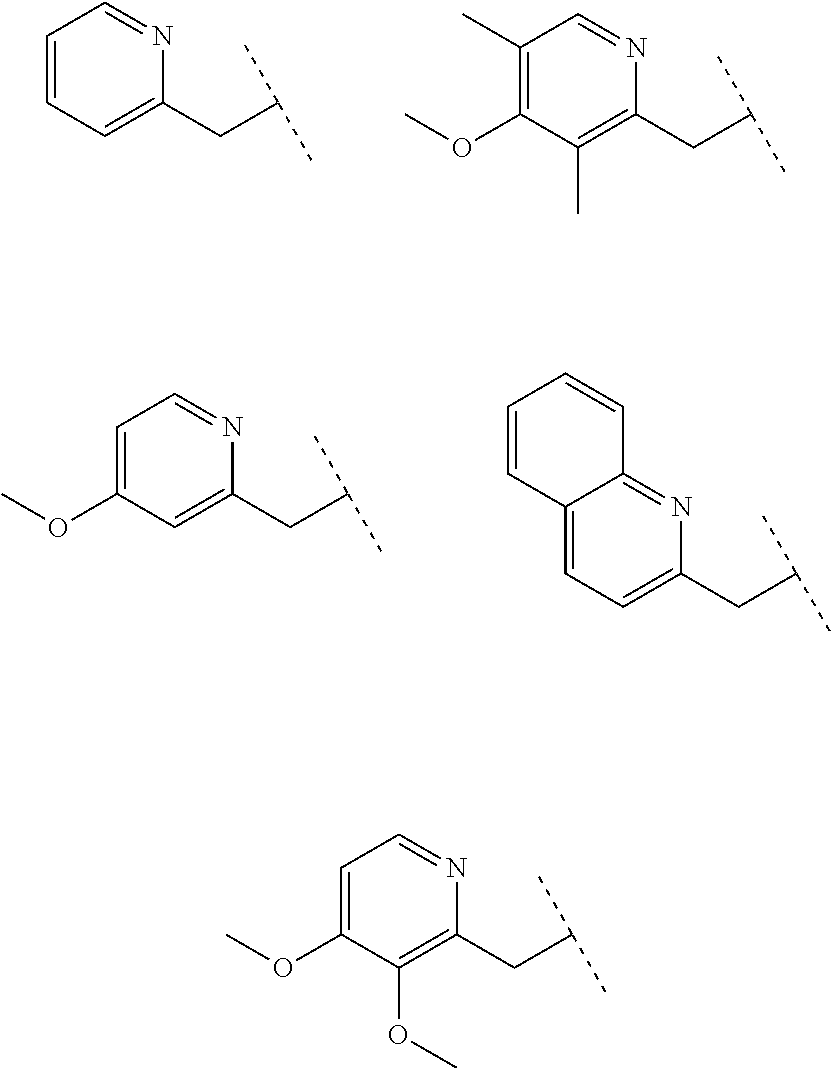


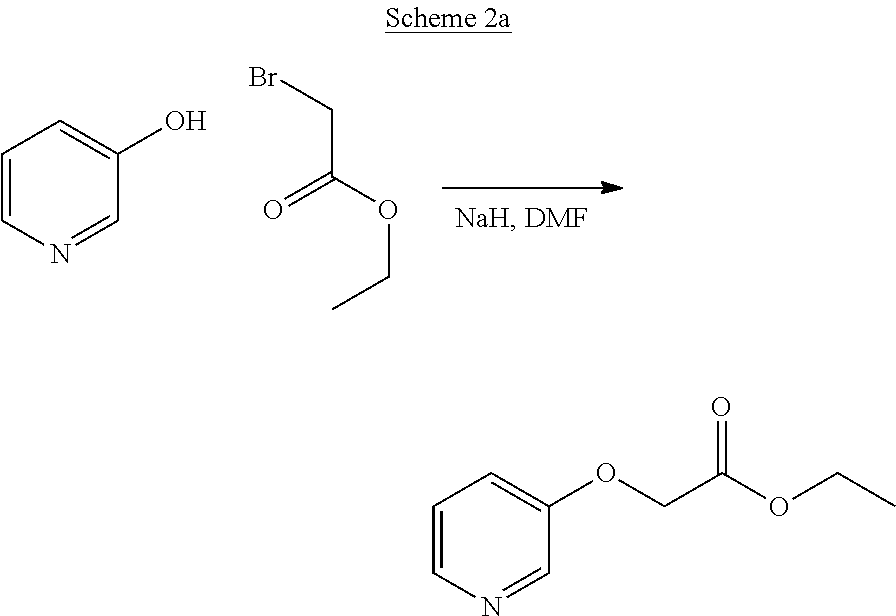

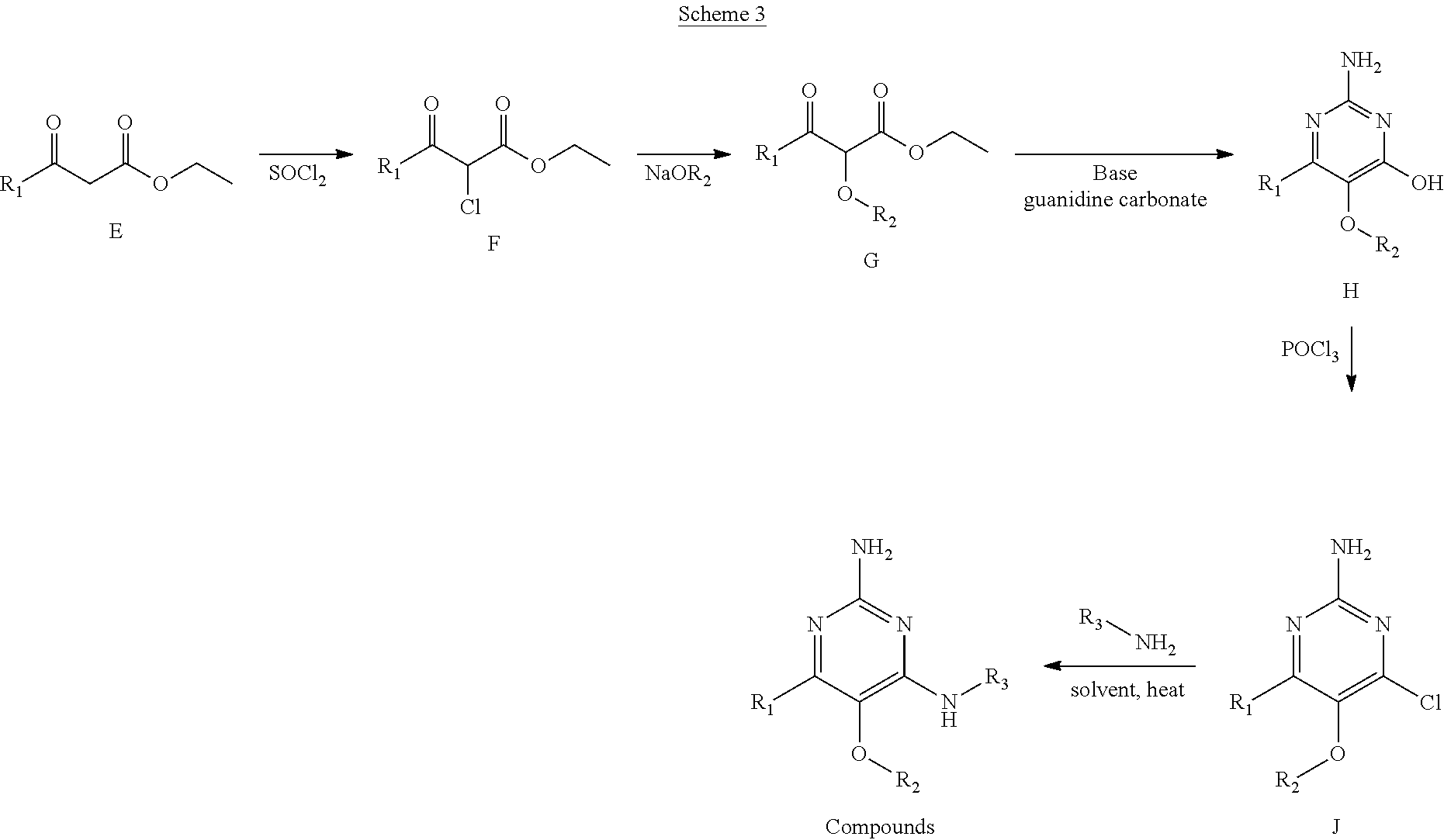
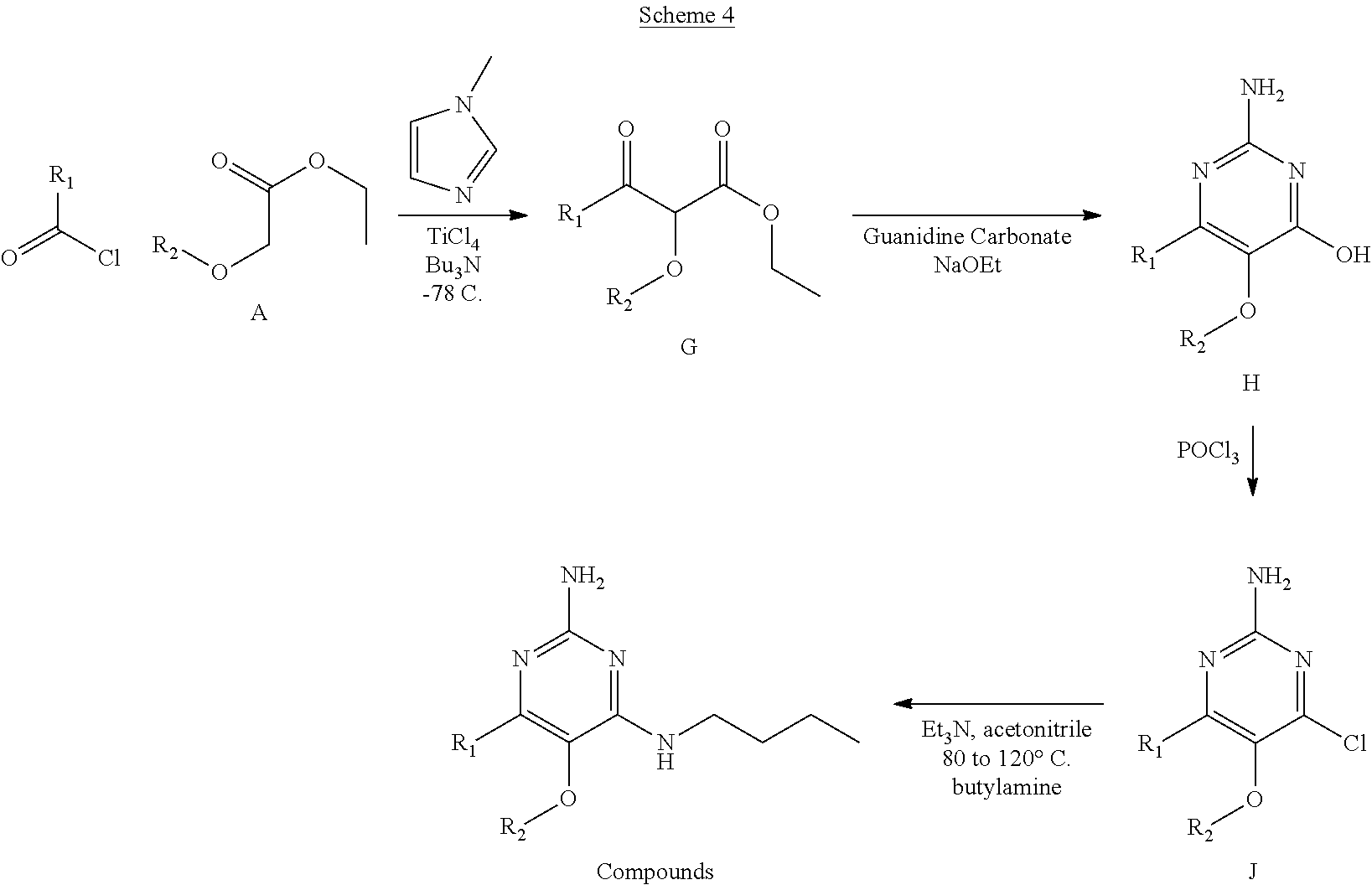
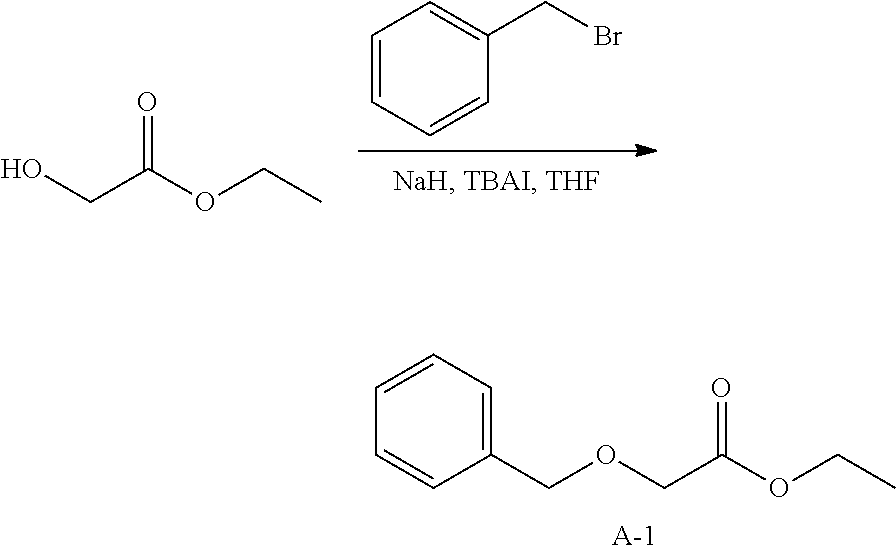
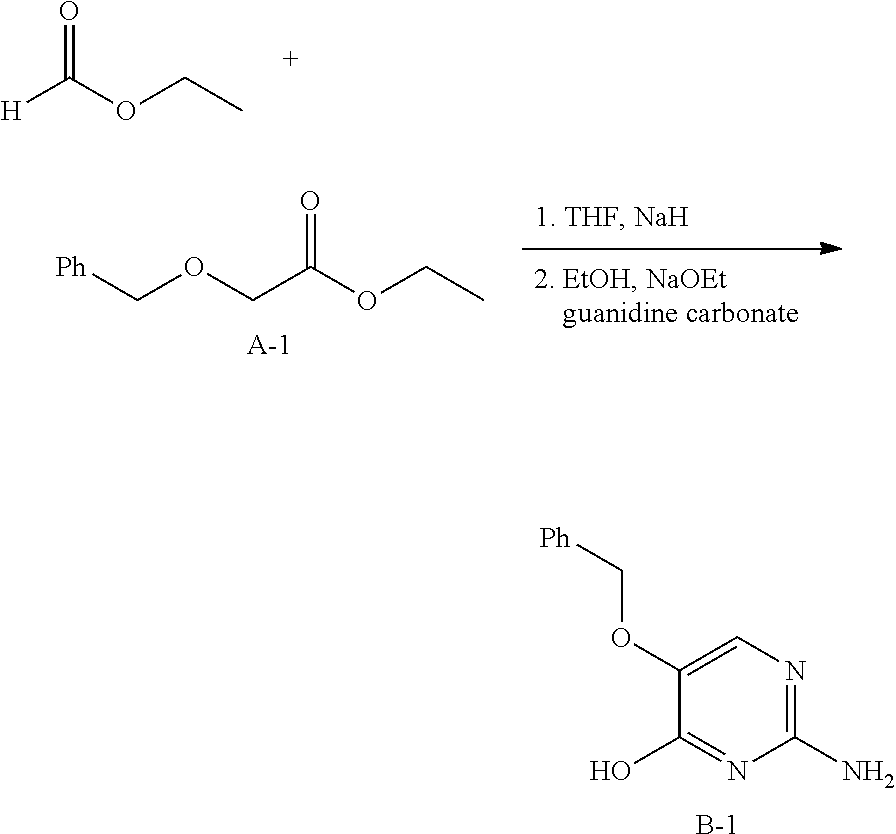

View All Diagrams
| United States Patent | 10,272,085 |
| McGowan , et al. | April 30, 2019 |
Pyrimidine derivatives for the treatment of viral infections
Abstract
This invention relates to pyrimidine derivatives, processes for their preparation, pharmaceutical compositions, and their use in treating viral infections such as HCV or HBV.
| Inventors: | McGowan; David (Brussels, BE), Raboisson; Pierre Jean-Marie Bernard (Rosieres, BE), Embrechts; Werner (Beerse, BE), Jonckers; Tim Hugo Maria (Heist-op-den-Berg, BE), Last; Stefaan Julien (Lint, BE), Pieters; Serge Maria Aloysius (AR Hulst, NL), Vlach; Jaromir (La Roche sur Foron, FR) | ||||||||||
|---|---|---|---|---|---|---|---|---|---|---|---|
| Applicant: |
|
||||||||||
| Assignee: | Janssen Sciences Ireland UC
(Little Island, Co Cork, IE) |
||||||||||
| Family ID: | 43978015 | ||||||||||
| Appl. No.: | 15/209,637 | ||||||||||
| Filed: | July 13, 2016 |
Prior Publication Data
| Document Identifier | Publication Date | |
|---|---|---|
| US 20170239245 A1 | Aug 24, 2017 | |
Related U.S. Patent Documents
| Application Number | Filing Date | Patent Number | Issue Date | ||
|---|---|---|---|---|---|
| 14110054 | 9422250 | ||||
| PCT/EP2012/056388 | Apr 10, 2012 | ||||
Foreign Application Priority Data
| Apr 8, 2011 [EP] | 11161595 | |||
| Current U.S. Class: | 1/1 |
| Current CPC Class: | A61K 31/5377 (20130101); C07D 401/12 (20130101); C07D 403/10 (20130101); C07D 413/12 (20130101); A61K 31/506 (20130101); C07D 403/12 (20130101); C07D 471/04 (20130101); C07D 487/04 (20130101); C07D 405/12 (20130101); A61P 31/12 (20180101); A61K 31/513 (20130101); A61K 31/505 (20130101); C07D 239/48 (20130101); C07D 401/10 (20130101); C07D 495/04 (20130101) |
| Current International Class: | A61K 31/505 (20060101); C07D 239/48 (20060101); C07D 495/04 (20060101); C07D 487/04 (20060101); C07D 471/04 (20060101); C07D 413/12 (20060101); C07D 405/12 (20060101); C07D 403/12 (20060101); C07D 401/12 (20060101); A61K 31/506 (20060101); A61K 31/5377 (20060101) |
References Cited [Referenced By]
U.S. Patent Documents
| 6503908 | January 2003 | Maw |
| 6583148 | June 2003 | Kelley et al. |
| 7030118 | April 2006 | Lombardo et al. |
| 7091232 | August 2006 | Chow et al. |
| 7498409 | March 2009 | Vlach et al. |
| 7531547 | May 2009 | Dillon et al. |
| 7923554 | April 2011 | Hoornaert et al. |
| 8022077 | September 2011 | Simmen et al. |
| 8455458 | June 2013 | Marcum et al. |
| 8486952 | July 2013 | Boy et al. |
| 8637525 | January 2014 | Boy et al. |
| 8916575 | December 2014 | McGowan et al. |
| 9133192 | September 2015 | McGowan et al. |
| 9284304 | March 2016 | McGowan et al. |
| 9365571 | June 2016 | McGowan et al. |
| 9376448 | June 2016 | Charifson et al. |
| 9416114 | August 2016 | Gembus et al. |
| 9422250 | August 2016 | McGowan |
| 9499549 | November 2016 | McGowan et al. |
| 9556176 | January 2017 | Bonfanti et al. |
| 9556199 | January 2017 | McGowan et al. |
| 9598378 | March 2017 | McGowan et al. |
| 9663474 | May 2017 | Last et al. |
| 9878996 | January 2018 | Silverman et al. |
| 2005/0054590 | March 2005 | Averett |
| 2006/0258682 | November 2006 | Liao et al. |
| 2007/0225303 | September 2007 | Ogita et al. |
| 2009/0285782 | November 2009 | Gao et al. |
| 2010/0143299 | June 2010 | Gao et al. |
| 2014/0148433 | May 2014 | Follmann et al. |
| 2015/0274676 | October 2015 | McGowan et al. |
| 2015/0299221 | October 2015 | Bonfanti et al. |
| 2015/0336907 | November 2015 | Gembus et al. |
| 2016/0304531 | October 2016 | Bonfanti et al. |
| 101784548 | Jul 2010 | CN | |||
| 0882727 | Dec 1998 | EP | |||
| 0899263 | Mar 1999 | EP | |||
| 1552842 | Jun 2003 | EP | |||
| 1110951 | Jun 2006 | EP | |||
| 1939198 | Jul 2008 | EP | |||
| 1970373 | Sep 2008 | EP | |||
| 2133353 | Dec 2009 | EP | |||
| 2138497 | Dec 2009 | EP | |||
| 64063582 | Mar 1989 | JP | |||
| 2000053653 | Feb 2000 | JP | |||
| 2000053654 | Feb 2000 | JP | |||
| 2008222557 | Sep 2008 | JP | |||
| 2009528989 | Aug 2009 | JP | |||
| 2010522151 | Jul 2010 | JP | |||
| 2010532353 | Oct 2010 | JP | |||
| 199801448 | Jan 1998 | WO | |||
| 199808847 | Mar 1998 | WO | |||
| WO 98/14448 | Sep 1998 | WO | |||
| 199850370 | Nov 1998 | WO | |||
| 199932122 | Jul 1999 | WO | |||
| 199940091 | Aug 1999 | WO | |||
| 199941253 | Aug 1999 | WO | |||
| WO 99/28321 | Oct 1999 | WO | |||
| 200006577 | Feb 2000 | WO | |||
| WO 00/61562 | Oct 2000 | WO | |||
| 2002087513 | Nov 2002 | WO | |||
| 2002088080 | Nov 2002 | WO | |||
| 2003055890 | Jul 2003 | WO | |||
| 2004029054 | Aug 2004 | WO | |||
| 2005007672 | Jan 2005 | WO | |||
| 2005092892 | Oct 2005 | WO | |||
| 2005092893 | Oct 2005 | WO | |||
| 2006015985 | Feb 2006 | WO | |||
| 2006050843 | May 2006 | WO | |||
| 2006120252 | Nov 2006 | WO | |||
| WO 2006/117670 | Nov 2006 | WO | |||
| 2007034881 | Mar 2007 | WO | |||
| 2007056208 | May 2007 | WO | |||
| 2007063934 | Jun 2007 | WO | |||
| WO 2007/084413 | Jul 2007 | WO | |||
| 2007093901 | Aug 2007 | WO | |||
| 2008009078 | Jan 2008 | WO | |||
| 2008073785 | Jun 2008 | WO | |||
| 2008075103 | Jun 2008 | WO | |||
| 2008114008 | Sep 2008 | WO | |||
| 2008114817 | Sep 2008 | WO | |||
| 2008114819 | Sep 2008 | WO | |||
| 2008115319 | Sep 2008 | WO | |||
| 2008147697 | Dec 2008 | WO | |||
| 2009005687 | Jan 2009 | WO | |||
| WO 2009/023179 | Feb 2009 | WO | |||
| 2009030998 | Mar 2009 | WO | |||
| WO 2009/067081 | May 2009 | WO | |||
| 2009080836 | Jul 2009 | WO | |||
| 2009099650 | Aug 2009 | WO | |||
| 2009032668 | Sep 2009 | WO | |||
| 2009134624 | Nov 2009 | WO | |||
| 2010006025 | Jan 2010 | WO | |||
| 2010007116 | Jan 2010 | WO | |||
| WO 2010/133885 | Nov 2010 | WO | |||
| 2011014535 | Feb 2011 | WO | |||
| 2011049825 | Apr 2011 | WO | |||
| 2011049987 | Apr 2011 | WO | |||
| 2011062253 | May 2011 | WO | |||
| 2011062372 | May 2011 | WO | |||
| 2012066335 | May 2012 | WO | |||
| 2012067269 | May 2012 | WO | |||
| 2012136834 | Oct 2012 | WO | |||
| 2012156498 | Nov 2012 | WO | |||
| 2013068438 | May 2013 | WO | |||
| 2013117615 | Aug 2013 | WO | |||
| 2014053595 | Apr 2014 | WO | |||
Other References
|
International Search Report for PCT/EP2012/056388, dated May 31, 2012. cited by applicant . Takeda et al "Toll-Like Receptors" Annu Rev Immunol 2003 vol. 21 pp. 355-376. cited by applicant . De Clercq Erik "(S)-9-(2,3-Dihydroxypropyl)Adenine: An Aliphatic Nucleoside Analog With Broad-Spectrum Antiviral Activity" Science 1978 vol. 200 pp. 563-565. cited by applicant . Fried et al "Peginterferon Alpha-2.sub.A Plus Ribavirin for Chronic Hepatitis C Virus Infection" N Engl J Med 2002 vol. 347(13) pp. 975-982. cited by applicant . Grimm et al "Toll-Like Receptor (TLR) 7 and TLR8 Expression on CD133+Cells in Colorectal Cancer Points to a Specific Role for Inflammation-Induced TLRS in Tumourigenesis and Tumour Progression" European Journal of Cancer 2010 vol. 46 pp. 2849-2857. cited by applicant . Hoffmann Jules A. "The Immune Response of Drosophila" Nature 2003 vol. 226 pp. 33-38. cited by applicant . Krieger et al "Enhancement of Hepatitis C Virus RNA Replication by Cell Culture-Adaptive Mutations" Journal of Virology 2001 vol. 75(10) pp. 4614-4624. cited by applicant . Lohmann et al "Replication of Subgenomic Hepatitis C. Virus RNAS in a Hepatoma Cell Line" Science 1999 vol. 285 pp. 110-113. cited by applicant . Lohmann et al "Viral and Cellular Determinants of Hepatitis C Virus RNA Replication in Cell Culture" Journal of Virology 2003 vol. 77(5) pp. 3007-3019. cited by applicant . Organic Syntheses Coll vol. 4 p. 590 1963 and vol. 33 p. 43 1953 Organic Syntheses Inc. Copyright 1921-2005. cited by applicant . Tomonori et al "Tri-Crossed-Claisen Condensation Between Carboxylic Esters and Acid Chlorides or Acids: A Highly Selective and General Method for the Preparation of Various .beta.-Keto Esters" J Am Chem Soc 2005 vol. 127 pp. 2854-2855. cited by applicant . Ulevitch et al "Therapeutics Targeting the Innate Immune System" Nature 2004 vol. 4 pp. 512-520. cited by applicant . Vedantham et al "Mechanism of Interferon Action in Hairy Cell Leukemia: A Model of Effective Cancer Biotherapy" Cancer Research 1992 vol. 52 pp. 1056-1066. cited by applicant . Warshakoon et al "Potential Adjuvantic Properties of Innate Immune Stimuli" Human Vaccines 2009 vol. 5:6 pp. 381-394. cited by applicant . Hood et al "Immunoprofiling Toll-Like Receptor Ligands--Comparison of Immunostimulatory and Proinflammatory Profiles in Ex Vivo Human Blood Models" Human Vaccines 2010 vol. 6 (4) pp. 322-335. cited by applicant . Abdillahi, et al., "Synthesis of a Novel Series of Thieno[3,2-d]pyrimidin-4-(3H)-ones", Synthesis, vol. 9: pp. 1428-1430 (2010). cited by applicant . Banker (Editor), "Prodrugs", Modern Pharmaceutics, Third Edition: pp. 596 (1976). cited by applicant . Baraldi, et al., "New Strategies for the Synthesis of A3 Adenosine Receptor Antagonists", Bioorganic & Medicinal Chemistry, vol. 11: pp. 4161-4169 (2003). cited by applicant . Barker, et al., "A Rapid Conversion of 3-Oxothiolanes into 3-Aminothiophenes", Synthetic Communications, vol. 32(16): pp. 2565-2568 (2002). cited by applicant . Bell, et al., "Chemistry of 5-Pyrimidinecarboxaldehydes", Journal of Heterocyclic Chemistry, vol. 29: pp. 41-44 ( Jan.-Feb. 1983). cited by applicant . Bennet, et al. (Editor), "Part XIV Oncology", Cecil Textbook Medicine,vol. 1, 20th Edition: pp. 1004-1010 (1996). cited by applicant . Brittain, et al., "Effects of Pharmaceutical Processing on Drug Polymorphs and Solvates", Polymorphism in Pharmaceutical Solids, 1999, pp. 331-360, Chapter 8. cited by applicant . Bruns, et al, "Solubilities of Adenosine Antagonists Determined by Radioreceptor Assay", Journal of Pharmacy and Pharmacology; vol. 41: pp. 590-594 (1989). cited by applicant . Chawla, et al., "Challenges in Polymorphism of Pharmaceuticals", Current Research & Information on Pharmaceutical Sciences, vol. 5(1): pp. 9-12 ( Jan.-Mar. 2004). cited by applicant . De Nardo, "Toll-Like Receptors: Activation, Signalling and Transcriptional Modulation", Cytokine, 2015, pp. 181-189, vol. 74. cited by applicant . Dermer, "Another Anniversary for the War on Cancer", Bio/Technoiogy, vol. 12: pp. 320 (Mar. 1994). cited by applicant . Douglas, Jr., "Introduction of Viral Diseases", Cecil Textbook of Medicine, 20th Edition, vol. 2: pp. 1973-42 (1996). cited by applicant . Freshney, et al., Culture of Animal Cells, Manual of Basic Technique, 1983, pp. 1-6, Chapter 1. cited by applicant . Hackam, et al, "Translation of Research Evidence From animals to Humans", JAMA, vol. 296 (14): pp. 1731-1732 (2006). cited by applicant . Horscroft, et al., "Antiviral applications of toll-like receptor agonists", J. Antimicrob. Chemother., pp. 1-13 (Jan. 18, 2016). cited by applicant . Huddleston, et al., "A Convenient Synthesis of 2-Substituted 3-Hydroxy- and 3-Amino-Thiophens From Derivatives of 2-Choroacrylic Acid", Synthetic Communications, vol. 9(8): pp. 731-734 (1979). cited by applicant . Isobe, et al., "Synthesis and Structure-Activity Relationships of 2-Substituted-8-hydroxyadenine Derivatives as Orally Available Interferon Inducers without Emetic Side Effects", Bioorganic & Medicinal Chemistry, vol. 11: pp. 3641-3647, (2003). cited by applicant . Jiang, et al., "Synthesis of 4-chlorothieno[3,2-d]pyrimidine", Chemical Industry and Engineering Progress, vol. 30: pp. 2532-2535, (2011). [With English Abstract]. cited by applicant . Jordan, "Tamoxifen: A Most Unlikely Pioneering Medicine", Nature Reviews, vol. 2: pp. 205-213; (Mar. 2003). cited by applicant . Kanzler, et al., "Therapeutic Targeting of Innate Immunity with Toll-Like Receptor Agonists and Antagonists", Nature Medicine, vol. 13(5): pp. 552-559 (May 2007). cited by applicant . Kurimoto, et al., "Synthesis and Structure--Activity Relationships of 2-Amino-8-hydroxyadenines as Orally Active Interferon Inducing Agents", Bioorganic & Medicinal Chemistry, vol. 11: pp. 5501-5508 (2003). cited by applicant . Liu, et al., "Synthesis and Biological Activity of 3- and 5-Amino Derivatives of Pyridine-2Carboxaldehyde Thiosemicarbazone", J. Med. Chem, Vo. 39: pp. 2586-2593 (1996). cited by applicant . Makkouk et al., "The potential use of Toll-Like Receptors (TLR) agonistd and antagonists as prophylactic and/or therapeutic agents", Immunopharmacology and Immunotoxicology, vol. 31(3): 331-338 (2009). cited by applicant . Mesguiche, et al., "4-Alkoxy-2,6-diaminopyrimidine Derivatives: Inhibitors of Cyclin Dependent Kinases 1 and 2", Bioorganic & Medicinal Chemistry Letters, vol. 13: pp. 217-222 (2003). cited by applicant . Moreau, et al., "Synthesis of cyclic adenosine 5'-diphosphate ribose analogues: a C2' endo/syn "southern" ribose conformation underlies activity at the sea urchin cADPR receptor", Organic & Biomolecular Chemistry, vol. 9: pp. 278-290 (2011). cited by applicant . Musmuca, et al, "Small-Molecule Interferon Inducers. Toward the Comprehension of the Molecular Determinants through Ligand-Based Approaches", J, Chem. Inf, Model., vol. 49: pp. 1777-1786 (2009). cited by applicant . Newman, et al., "Solid-State Analysis of the Active Pharmaceutical Ingredient in Drug Products", Drug Discovery Today, Oct. 19, 2003, 898-905, vol. 8(19). cited by applicant . O'Hara, et al., "Regioselective Synthesis of imidazo[4,5-g] quinazoline Quinone Nucleosides and Quinazoline Amino Nucleosides. Studies of their Xanthine Oxidase and Purine Nucleoside Phosphorylase Substrate Activity", J. Org. Chem. vol. 56: pp. 776-785 (1991). cited by applicant . Ohto, et al., "Structure and Function of Toll-Like Receptor 8", Microbes and Infections, vol. 16: pp. 273-282 (2014). cited by applicant . Thomas, et al., "Investigating Toll-Like Receptor Agonists for Potential To Treat Hepatitis C Virus Infection", Antimicrobial Agents and Chemotherapy, vol. 51(8): pp. 2969-2978 (Aug. 2007). cited by applicant . Tran, et al, "Design and optimization of orally active TLR7 agonists for the treatment of hepatitis C virus infection", Bioorganic & Medicinal Chemistry Letters, vol. 21: 2389-2393 (2011). cited by applicant . Ulrich, et al, "Crystallization", Kirk-Othmer Encyclopedia of Chemical Technology, Chapter 4: pp. 1-63, (Aug. 16, 2002). cited by applicant . Vippagunta, et al., "Crystalline Solids", Advance Drug Delivery Reviews, vol. 48: pp. 3-26 (2001). cited by applicant . Wermuth, "Molecular Variations Based on Isosteric Replacements", The Practice of Medicinal Chemistry, 1996, pp. 203-237, Ch. 13. cited by applicant . Wolff, et al, Burger's Medicinal Chemistry and Drug Discovery, -, 1994, pp. 975-977, 5th Edition, vol. 1. cited by applicant . Yin, et al., "Synthesis of 2,4-Diaminoquinazolines and Tricyclic Quinazolines by Cascade Reductive Cyclization of Methyl N-Cyano-2-nitrobenzimidates", J. Org. Chem., vol. 77: pp. 2649-2658 (2012). cited by applicant . Yu, et al, "Toll-Like Receptor 7 Agonists: Chemical Feature Based"; PLOS ONE, vol. 8 (3): pp. 1-11 e56514, (Mar. 20, 2013). cited by applicant . Yu, et al., "Dual Character of Toll-Like Receptor Signaling: Pro-Tumorigenic Effects and Anti-Tumor Functions", Biochimica et Biophysica Acta, vol. 1835: 144-154 (2013). cited by applicant . Zhao, et al., "Toll-Like Receptors and Prostate Cancer", Frontiers in Immunology, vol. 5 (Article 352): pp. 1-7 (Jul. 2014). cited by applicant . International Search Report for Corresponding Application No. PCT/EP2012/059234, dated Nov. 18, 2013. cited by applicant . Extended European Search Report for Corresponding Application No. EP11166538.6, dated Nov. 22, 2011. cited by applicant . International Search Report for Corresponding Application No. PCT/EP2012/072090, dated Jan. 4, 2013. cited by applicant . International Search Report for Corresponding Application No. PCT/EP2013/052372 , dated Apr. 17, 2013. cited by applicant . International Search Report for Corresponding Application No. PCT/EP2013/064763, dated Aug. 3, 2013. cited by applicant . International Search Report for Corresponding Application No. PCT/EP2013/066673, dated Sep. 6, 2013. cited by applicant . International Search Report for Corresponding Application No. PCT/EP2013/070990, dated Jan. 17, 2014. cited by applicant . International Search Report for Corresponding Application No. PCT/EP2013/070488, dated Nov. 14, 2013. cited by applicant . International Search Report for Corresponding Application No. PCT/EP2013/073901, dated Dec. 16, 2013. cited by applicant . International Search Report for Corresponding Application No. PCT/EP2014/053273, dated Mar. 18, 2014. cited by applicant . International Search Report for Corresponding Application No. PCT/EP2014/056270, dated Jul. 21, 2014. cited by applicant . International Search Report for Corresponding Application No. PCT/EP2014/060603, dated Jul. 15, 2014. cited by applicant . International Search Report for Corresponding Application No. PCT/EP2014/063467, dated Nov. 3, 2014. cited by applicant . International Search Report for Corresponding Application No. PCT/EP2014/066219, dated Nov. 13, 2014. cited by applicant . Bizanek, et al., Isolation and Structure of an Intrastrand Cross-Link Adduct of Mitomycin C nd DNA', Biochemistry, 1992, pp. 3084-3091, vol. 31. cited by applicant . McGowan et al., "Novel Pyrimidine Toll-Like Receptor 7 and 8 Dual Agonists to Treat Hepatitis B Virus", Journal of Medicinal Chemistry, 2016, pp. 7936-7949, vol. 59 No. 17. cited by applicant . Isobe, et al., "Synthesis and Biological Evaluation of Novel 9-Substituted-8-Hydroxyadenine Derivatives as Potent Inferferon Inducers", J. Med. Chem., vol. 49; pp. 2088-2095 (2006). cited by applicant . Jurk, et al., "Human TLR7 or TLR8 Independently Confer Responsiveness to the Antiviral Compound R-848", Nature Immunology, Jun. 2002, p. 499, vol. 3 (6). cited by applicant . Kurimoto, et al., "Synthesis and Evaluation of 2-Substituted 8-Hydroxyadenines as Potent Interferon Inducers with Improved Oral Bioavailabilities", Bioorganic & Medicinal Chemistry, vol. 12; pp. 1091-1099 (2004). cited by applicant . Lee, et al., "Activation of Anti-Hepatitis C Virus Responses via Toll-Like Receptor 7", PNAS, vol. 3 (6); pp. 1828-1833 (Feb. 7, 2006). cited by applicant . Roethle, et al., "Identification and Optimization of Pteridinone Toll-Like Receptor 7 (TLR7) Agonists for the Oral Treatment of Viral Hepatitis", Journal of Medicinal Chemistry, vol. 56; pp. 7324-73333 (2013). cited by applicant. |
Primary Examiner: Pagano; Alexander R
Assistant Examiner: Sackey; Ebenezer O
Parent Case Text
CROSS-REFERENCE TO RELATED APPLICATIONS
This application is a divisional of U.S. patent application Ser. No. 14/110,054 filed on Oct. 4, 2013, which is a national phase entry of International Application No. PCT/EP2012/056388 filed on Apr. 10, 2012, which claims priority from European Patent Application No. 11161595.1 filed on Apr. 8, 2011, the entire contents of which are hereby incorporated by reference in their entirety.
Claims
The invention claimed is:
1. A method for the treatment of a disorder or disease in a subject in which the modulation of TLR7 and/or TLR8 is involved, said method comprising administering to the subject an effective amount of a compound of formula (I) ##STR00700## or a pharmaceutically acceptable salt, tautomer(s), solvate or polymorph thereof, wherein R.sub.1 is hydrogen, C.sub.1-4alkyl, cyclopropyl, C.sub.1-6alkoxy, halogen, hydroxyl, or trifluoromethyl; R.sub.2 is C.sub.1-8alkyl optionally substituted by one or more substituents independently selected from the group consisting of halogen, hydroxyl, amino, C.sub.1-6alkyl, di-(C.sub.1-6)alkylamino, C.sub.1-6alkylamino, C.sub.1-6alkoxy, C.sub.3-6cycloalkyl, carboxylic acid, carboxylic ester, carboxylic amide, heterocycle, aryl, alkenyl, alkynyl, arylalkyl, heteroaryl, heteroarylalkyl, and nitrile, wherein said aryl, heterocycle, or heteroaryl is further optionally substituted by C.sub.1-3alkyl, alkoxy, carboxylic ester or carboxylic amide; and R.sub.3 is C.sub.4-8alkyl, C.sub.4-8alkoxy, C.sub.2-6alkenyl or C.sub.2-6 alkynyl, each of which is optionally substituted by one or more substituents independently selected from the group consisting of halogen, hydroxyl, amino, C.sub.1-3alkyl, C.sub.1-3alkoxy or C.sub.3-6 cycloalkyl, and nitrile.
2. A method for the treatment of viral infections in a subject comprising administering to the subject an effective amount of a compound of formula (I) ##STR00701## or a pharmaceutically acceptable salt, tautomer, solvate or polymorph thereof, wherein R.sub.1 is hydrogen, C.sub.1-4alkyl, cyclopropyl, C.sub.1-6alkoxy, halogen, hydroxyl, or trifluoromethyl; R.sub.2 is C.sub.1-8alkyl optionally substituted by one or more substituents independently selected from the group consisting of halogen, hydroxyl, amino, C.sub.1-6alkyl, di-(C.sub.1-6)alkylamino, C.sub.1-6alkylamino, C.sub.1-6alkoxy, C.sub.3-6cycloalkyl, carboxylic acid, carboxylic ester, carboxylic amide, heterocycle, aryl, alkenyl, alkynyl, arylalkyl, heteroaryl, heteroarylalkyl, and nitrile, wherein said aryl, heterocycle, or heteroaryl is further optionally substituted by C.sub.1-3alkyl, alkoxy, carboxylic ester or carboxylic amide; and R.sub.3 is C.sub.4-8alkyl, C.sub.4-8alkoxy, C.sub.2-6alkenyl or C.sub.2-6alkynyl, each of which is optionally substituted by one or more substituents independently selected from the group consisting of halogen, hydroxyl, amino, C.sub.1-3alkyl, C.sub.1-3alkoxy or C.sub.3-6cycloalkyl, and nitrile.
3. A method for treating viral infection in a subject through modulation of TLR7 and/or TLR8, said method comprising administering to the subject an effective amount of a compound of formula (I) ##STR00702## or a pharmaceutically acceptable salt, tautomer(s), solvate or polymorph thereof, wherein R.sub.1 is hydrogen, C.sub.1-4alkyl, cyclopropyl, C.sub.1-6alkoxy, halogen, hydroxyl, or trifluoromethyl; R.sub.2 is C.sub.1-8alkyl optionally substituted by one or more substituents independently selected from the group consisting of halogen, hydroxyl, amino, C.sub.1-6alkyl, di-(C.sub.1-6)alkylamino, C.sub.1-6alkylamino, C.sub.1-6alkoxy, C.sub.3-6cycloalkyl, carboxylic acid, carboxylic ester, carboxylic amide, heterocycle, aryl, alkenyl, alkynyl, arylalkyl, heteroaryl, heteroarylalkyl, and nitrile, wherein said aryl, heterocycle, or heteroaryl is further optionally substituted by C.sub.1-3alkyl, alkoxy, carboxylic ester or carboxylic amide; and R.sub.3 is C.sub.4-8alkyl, C.sub.4-8alkoxy, C.sub.2-6alkenyl or C.sub.2-6 alkynyl, each of which is optionally substituted by one or more substituents independently selected from the group consisting of halogen, hydroxyl, amino, C.sub.1-3alkyl, C.sub.1-3alkoxy or C.sub.3-6 cycloalkyl, and nitrile.
4. The method of claim 3 wherein the compound of formula (I) is selected from the group consisting of: ##STR00703## or a pharmaceutically acceptable salt, tautomer, solvate or polymorph thereof.
5. A method for modulating TLR7 and/or TLR8, said method comprising contacting said TLR7 and/or TLR8 with a compound of formula (I) ##STR00704## or a pharmaceutically acceptable salt, tautomer(s), solvate or polymorph thereof, wherein R.sub.1 is hydrogen, C.sub.1-4alkyl, cyclopropyl, C.sub.1-6alkoxy, halogen, hydroxyl, or trifluoromethyl; R.sub.2 is C.sub.1-8alkyl optionally substituted by one or more substituents independently selected from the group consisting of halogen, hydroxyl, amino, C.sub.1-6alkyl, di-(C.sub.1-6)alkylamino, C.sub.1-6alkylamino, C.sub.1-6alkoxy, C.sub.3-6cycloalkyl, carboxylic acid, carboxylic ester, carboxylic amide, heterocycle, aryl, alkenyl, alkynyl, arylalkyl, heteroaryl, heteroarylalkyl, and nitrile, wherein said aryl, heterocycle, or heteroaryl is further optionally substituted by C.sub.1-3alkyl, alkoxy, carboxylic ester or carboxylic amide; and R.sub.3 is C.sub.4-8alkyl, C.sub.4-8alkoxy, C.sub.2-6alkenyl or C.sub.2-6alkynyl, each of which is optionally substituted by one or more substituents independently selected from the group consisting of halogen, hydroxyl, amino, C.sub.1-3alkyl, C.sub.1-3alkoxy or C.sub.3-6cycloalkyl, and nitrile.
6. The method of claim 5, wherein the compound of formula (I) is selected from the group consisting of: ##STR00705## or a pharmaceutically acceptable salt, tautomer, solvate or polymorph thereof.
7. The method of claim 1 wherein the compound of formula (I) is selected from the group consisting of: ##STR00706## or a pharmaceutically acceptable salt, tautomer, solvate or polymorph thereof.
8. The method of claim 1 wherein in the compound of formula (I), R.sub.3 is selected from the group consisting of: ##STR00707##
9. The method of claim 1 wherein in the compound of formula (I), R.sub.2 is selected from the group consisting of: ##STR00708##
10. The method of claim 1 wherein in the compound of formula (I) is ##STR00709## wherein R.sub.1 is selected from the group consisting of C.sub.1-4alkyl, cyclopropyl, C.sub.1-6alkoxy and trifluoromethyl; and R.sub.2 is C.sub.1-8alkyl optionally substituted by one or more substituents independently selected from the group consisting of halogen, hydroxyl, amino, C.sub.1-6alkyl, di-(C.sub.1-6)alkylamino, C.sub.1-6alkylamino, C.sub.1-6alkoxy, C.sub.3-6cycloalkyl, carboxylic acid, carboxylic ester, carboxylic amide, heterocycle, aryl, alkenyl, alkynyl, arylalkyl, heteroaryl, heteroarylalkyl, and nitrile, wherein said aryl, heterocycle, or heteroaryl is further optionally substituted by C.sub.1-3alkyl, alkoxy, carboxylic ester or carboxylic amide.
11. The method of claim 2 wherein the compound of formula (I) is selected from the group consisting of: ##STR00710## or a pharmaceutically acceptable salt, tautomer, solvate or polymorph thereof.
12. The method of claim 2 wherein in the compound of formula (I), R.sub.3 is selected from the group consisting of: ##STR00711##
13. The method of claim 2 wherein in the compound of formula (I), R.sub.2 is selected from the group consisting of: ##STR00712##
14. The method of claim 2 wherein in the compound of formula (I) is ##STR00713## wherein R.sub.1 is selected from the group consisting of C.sub.1-4alkyl, cyclopropyl, C.sub.1-6alkoxy and trifluoromethyl; and R.sub.2 is C.sub.1-8alkyl optionally substituted by one or more substituents independently selected from the group consisting of halogen, hydroxyl, amino, C.sub.1-6alkyl, di-(C.sub.1-6)alkylamino, C.sub.1-6alkylamino, C.sub.1-6alkoxy, C.sub.3-6cycloalkyl, carboxylic acid, carboxylic ester, carboxylic amide, heterocycle, aryl, alkenyl, alkynyl, arylalkyl, heteroaryl, heteroarylalkyl, and nitrile, wherein said aryl, heterocycle, or heteroaryl is further optionally substituted by C.sub.1-3alkyl, alkoxy, carboxylic ester or carboxylic amide.
15. The method of claim 3 wherein in the compound of formula (I), R.sub.3 is selected from the group consisting of: ##STR00714##
16. The method of claim 3 wherein in the compound of formula (I), R.sub.2 is selected from the group consisting of: ##STR00715##
17. The method of claim 3 wherein in the compound of formula (I) is ##STR00716## wherein R.sub.1 is selected from the group consisting of C.sub.1-4alkyl, cyclopropyl, C.sub.1-6alkoxy and trifluoromethyl; and R.sub.2 is C.sub.1-8alkyl optionally substituted by one or more substituents independently selected from the group consisting of halogen, hydroxyl, amino, C.sub.1-6alkyl, di-(C.sub.1-6)alkylamino, C.sub.1-6alkylamino, C.sub.1-6alkoxy, C.sub.3-6cycloalkyl, carboxylic acid, carboxylic ester, carboxylic amide, heterocycle, aryl, alkenyl, alkynyl, arylalkyl, heteroaryl, heteroarylalkyl, and nitrile, wherein said aryl, heterocycle, or heteroaryl is further optionally substituted by C.sub.1-3alkyl, alkoxy, carboxylic ester or carboxylic amide.
18. The method of claim 5 wherein in the compound of formula (I), R.sub.3 is selected from the group consisting of: ##STR00717##
19. The method of claim 5 wherein in the compound of formula (I), R.sub.2 is selected from the group consisting of: ##STR00718##
20. The method of claim 5 wherein in the compound of formula (I) is ##STR00719## wherein R.sub.1 is selected from the group consisting of C.sub.1-4alkyl, cyclopropyl, C.sub.1-6alkoxy and trifluoromethyl; and R.sub.2 is C.sub.1-8alkyl optionally substituted by one or more substituents independently selected from the group consisting of halogen, hydroxyl, amino, C.sub.1-6alkyl, di-(C.sub.1-6)alkylamino, C.sub.1-6alkylamino, C.sub.1-6alkoxy, C.sub.3-6cycloalkyl, carboxylic acid, carboxylic ester, carboxylic amide, heterocycle, aryl, alkenyl, alkynyl, arylalkyl, heteroaryl, heteroarylalkyl, and nitrile, wherein said aryl, heterocycle, or heteroaryl is further optionally substituted by C.sub.1-3alkyl, alkoxy, carboxylic ester or carboxylic amide.
Description
SEQUENCE LISTING
The instant application contains a Sequence Listing which has been submitted electronically in ASCII format and is hereby incorporated by reference in its entirety. Said ASCII copy, created on Sep. 13, 2016, is named TIP0249USDIV1_SL.txt and is 623 bytes in size.
This invention relates to pyrimidine derivatives, processes for their preparation, pharmaceutical compositions, and their use in treating viral infections, like HBV or HCV.
The present invention relates to the use of pyrimidine derivatives in the treatment of viral infections, immune or inflammatory disorders, whereby the modulation, or agonism, of toll-like-receptors (TLRs) is involved. Toll-Like Receptors are primary transmembrane proteins characterized by an extracellular leucine rich domain and a cytoplasmic extension that contains a conserved region. The innate immune system can recognize pathogen-associated molecular patterns via these TLRs expressed on the cell surface of certain types of immune cells. Recognition of foreign pathogens activates the production of cytokines and upregulation of co-stimulatory molecules on phagocytes. This leads to the modulation of T cell behaviour.
It has been estimated that most mammalian species have between ten and fifteen types of Toll-like receptors. Thirteen TLRs (named TLR1 to TLR13) have been identified in humans and mice together, and equivalent forms of many of these have been found in other mammalian species. However, equivalents of certain TLR found in humans are not present in all mammals. For example, a gene coding for a protein analogous to TLR10 in humans is present in mice, but appears to have been damaged at some point in the past by a retrovirus. On the other hand, mice express TLRs 11, 12, and 13, none of which are represented in humans. Other mammals may express TLRs which are not found in humans. Other non-mammalian species may have TLRs distinct from mammals, as demonstrated by TLR14, which is found in the Takifugu pufferfish. This may complicate the process of using experimental animals as models of human innate immunity.
For detailed reviews on toll-like receptors see the following journal articles. Hoffmann, J. A., Nature, 426, p33-38, 2003; Akira, S., Takeda, K., and Kaisho, T., Annual Rev. Immunology, 21, p335-376, 2003; Ulevitch, R. J., Nature Reviews: Immunology, 4, p512-520, 2004.
Compounds indicating activity on Toll-Like receptors have been previously described such as purine derivatives in WO 2006/117670, adenine derivatives in WO 98/01448 and WO 99/28321, and pyrimidines in WO 2009/067081.
However, there exists a strong need for novel Toll-Like receptor modulators having preferred selectivity, higher potency, higher metabolic stability, and an improved safety profile compared to the compounds of the prior art.
In the treatment of certain viral infections, regular injections of interferon (IFN.alpha.) can be administered, as is the case for hepatitis C virus (HCV), (Fried et. al. Peginterferon-alfa plus ribavirin for chronic hepatitis C virus infection, N Engl J Med 2002; 347: 975-82). Orally available small molecule IFN inducers offer the potential advantages of reduced immunogenicity and convenience of administration. Thus, novel IFN inducers are potentially effective new class of drugs for treating virus infections. For an example in the literature of a small molecule IFN inducer having antiviral effect see De Clercq, E.; Descamps, J.; De Somer, P. Science 1978, 200, 563-565.
IFN.alpha. is also given in combination with other drugs in the treatment of certain types of cancer (Eur. J. Cancer 46, 2849-57, and Cancer Res. 1992, 52, 1056). TLR 7/8 agonists are also of interest as vaccine adjuvants because of their ability to induce pronounced Th1 response (Hum. Vaccines 2010, 6, 1-14; Hum. Vaccines 2009, 5, 381-394).
In accordance with the present invention a compound of formula (I) is provided
##STR00001## or a pharmaceutically acceptable salt, tautomer(s), solvate or polymorph thereof, wherein R.sub.1 is hydrogen, methyl. C.sub.1-2alkyl, cyclopropyl, methoxy, halogen, hydroxyl, trifluoromethyl, or difluoromethyl, R.sub.2 is (C.sub.1-4)alkoxy-(C.sub.1-4)alkyl, C.sub.3-7cycloalkyl, C.sub.4-7heterocycle, aromatic, bicyclic heterocycle, arylalkyl, heteroaryl, heteroarylalkyl each of which is optionally substituted by one or more substituents independently selected from halogen, hydroxyl, amino, C.sub.1-6alkyl, di-(C.sub.1-6)alkylamino, C.sub.1-6alkylamino, C.sub.1-6alkyl, C.sub.1-6 alkoxy, C.sub.3-6 cycloalkyl, carboxylic acid, carboxylic ester, carboxylic amide, heterocycle, aryl, alkenyl, alkynyl, arylalkyl, heteroaryl, heteroarylalkyl, nitrile, and R.sub.3 is C.sub.4-8alkyl, C.sub.4-8alkoxy, C.sub.2-6 alkenyl or C.sub.2-6alkynyl, each of which is optionally substituted by one or more substituents independently selected from halogen, hydroxyl, amino, C.sub.1-3alkyl, C.sub.1-3alkoxy or C.sub.3-6 cycloalkyl, nitrile.
In a first embodiment the present invention provides compounds of formula (I) wherein R.sub.3 is butyl or pentyl and wherein R.sub.2 and R.sub.1 are as specified above.
In a further embodiment the invention concerns compounds of formula (I) wherein R.sub.3 is C.sub.4-8alkyl substituted with hydroxyl, and wherein R.sub.2 and R.sub.1 are as specified above.
Another embodiment relates to compounds of formula (I) wherein R.sub.3, when being C.sub.4-8alkyl substituted with hydroxyl, is one of the following
##STR00002##
Furthermore the present invention also provides compounds of formula (I) wherein R.sub.1 is hydrogen or --CH.sub.3 and wherein R.sub.2 and R.sub.3 are as specified above.
In another embodiment the present invention provides compounds of formula (I) wherein R.sub.2 is arylalkyl or heteroarylalkyl, substituted with C.sub.1-3alkyl, hydroxyl, alkoxy, nitrile, heterocycle or ester and wherein R.sub.1 and R.sub.3 are as specified above.
In a further embodiment the current invention concerns compounds of formula (I) wherein R.sub.2 is C.sub.1-3alkyl substituted by aryl, heterocycle, or heteroaryl which is further substituted by C.sub.1-3alkyl, alkoxy, carboxylic ester or carboxylic amide and wherein R.sub.1 and R.sub.3 are as specified above
Furthermore the invention relates to compounds of formula (I) wherein R.sub.2 is one of the following examples that can be further substituted with C.sub.1-3alkyl, hydroxyl, alkoxy, nitrile, heterocycle or ester.
##STR00003##
The preferred compounds according to the invention are:
##STR00004##
The compounds of formula (I) and their pharmaceutically acceptable salt, tautomer(s), solvate or polymorph thereof have activity as pharmaceuticals, in particular as modulators of Toll-Like Receptors (especially TLR7 and/or TLR8) activity.
In a further aspect the present invention provides a pharmaceutical composition comprising a compound of formula (I) or a pharmaceutically acceptable salt, solvate or polymorph thereof together with one or more pharmaceutically acceptable excipients, diluents or carriers.
Furthermore a compound of formula (I) or a pharmaceutically acceptable salt, solvate or polymorph thereof according to the current invention, or a pharmaceutical composition comprising said compound of formula (I) or a pharmaceutically acceptable salt, solvate or polymorph thereof can be used as a medicament.
Another aspect of the invention is that a compound of formula (I) or a pharmaceutically acceptable salt, solvate or polymorph thereof, or said pharmaceutical composition comprising said compound of formula (I) or a pharmaceutically acceptable salt, solvate or polymorph thereof can be used accordingly in the treatment of a disorder or disease in which the modulation of TLR7 and/or TLR8 is involved.
The term "alkyl" refers to a straight-chain or branched-chain saturated aliphatic hydrocarbon containing the specified number of carbon atoms.
The term "halogen" refers to fluorine, chlorine, bromine or iodine.
The term "alkenyl" refers to an alkyl as defined above consisting of at least two carbon atoms and at least one carbon-carbon double bond.
The term " alkynyl" refers to an alkyl as defined above consisting of at least two carbon atoms and at least one carbon-carbon triple bond.
The term "cycloalkyl" refers to a carbocyclic ring containing the specified number of carbon atoms.
The term "heteroaryl" means an aromatic ring structure as defined for the term "aryl" comprising at least 1 heteroatom selected from N, O and S, in particular from N and O.
The term "aryl" means an aromatic ring structure optionally comprising one or two heteroatoms selected from N, O and S, in particular from N and O. Said aromatic ring structure may have 4, 5, 6 or 7 ring atoms. In particular, said aromatic ring structure may have 5 or 6 ring atoms.
The term "bicyclic heterocycle" means an aromatic ring structure, as defined for the term "aryl" comprised of two fused aromatic rings. Each ring is optionally comprised of heteroatoms selected from N, O and S, in particular from N and O.
The term arylalkyl" means an aromatic ring structure as defined for the term "aryl" optionally substituted with an alkyl group.
The term "heteroarylalkyl" means an aromatic ring structure as defined for the term "heteroaryl" optionally substituted by an alkyl group.
The term "alkoxy" refers to an alkyl (carbon and hydrogen chain) group singular bonded to oxygen like for instance a methoxy group or ethoxy group.
Heterocycle refers to molecules that are saturated or partially saturated and include ethyloxide, tetrahydrofuran, dioxane or other cyclic ethers. Heterocycles containing nitrogen include, for example azetidine, morpholine, piperidine, piperazine, pyrrolidine, and the like. Other heterocycles include, for example, thiomorpholine, dioxolinyl, and cyclic sulfones.
Heteroaryl groups are heterocyclic groups which are aromatic in nature. These are monocyclic, bicyclic, or polycyclic containing one or more heteroatoms selected from N, O or S. Heteroaryl groups can be, for example, imidazolyl, isoxazolyl, furyl, oxazolyl, pyrrolyl, pyridonyl, pyridyl, pyridazinyl, or pyrazinyl.
Pharmaceutically acceptable salts of the compounds of formula (I) include the acid addition and base salts thereof. Suitable acid addition salts are formed from acids which form non-toxic salts. Suitable base salts are formed from bases which form non-toxic salts.
The compounds of the invention may also exist in unsolvated and solvated forms. The term "solvate" is used herein to describe a molecular complex comprising the compound of the invention and one or more pharmaceutically acceptable solvent molecules, for example, ethanol.
The term "polymorph" refers to the ability of the compound of the invention to exist in more than one form or crystal structure.
The compounds of the present invention may be administered as crystalline or amorphous products. They may be obtained for example as solid plugs, powders, or films by methods such as precipitation, crystallization, freeze drying, spray drying, or evaporative drying. They may be administered alone or in combination with one or more other compounds of the invention or in combination with one or more other drugs. Generally, they will be administered as a formulation in association with one or more pharmaceutically acceptable excipients. The term "excipient" is used herein to describe any ingredient other than the compound(s) of the invention. The choice of excipient depends largely on factors such as the particular mode of administration, the effect of the excipient on solubility and stability, and the nature of the dosage form.
The compounds of the present invention or any subgroup thereof may be formulated into various pharmaceutical forms for administration purposes. As appropriate compositions there may be cited all compositions usually employed for systemically administering drugs. To prepare the pharmaceutical compositions of this invention, an effective amount of the particular compound, optionally in addition salt form, as the active ingredient is combined in intimate admixture with a pharmaceutically acceptable carrier, which carrier may take a wide variety of forms depending on the form of preparation desired for administration. These pharmaceutical compositions are desirably in unitary dosage form suitable, for example, for oral, rectal, or percutaneous administration. For example, in preparing the compositions in oral dosage form, any of the usual pharmaceutical media may be employed such as, for example, water, glycols, oils, alcohols and the like in the case of oral liquid preparations such as suspensions, syrups, elixirs, emulsions, and solutions; or solid carriers such as starches, sugars, kaolin, diluents, lubricants, binders, disintegrating agents and the like in the case of powders, pills, capsules, and tablets. Because of their ease in administration, tablets and capsules represent the most advantageous oral dosage unit forms, in which case solid pharmaceutical carriers are obviously employed. Also included are solid form preparations that can be converted, shortly before use, to liquid forms. In the compositions suitable for percutaneous administration, the carrier optionally comprises a penetration enhancing agent and/or a suitable wetting agent, optionally combined with suitable additives of any nature in minor proportions, which additives do not introduce a significant deleterious effect on the skin. Said additives may facilitate the administration to the skin and/or may be helpful for preparing the desired compositions. These compositions may be administered in various ways, e.g., as a transdermal patch, as a spot-on, as an ointment. The compounds of the present invention may also be administered via inhalation or insufflation by means of methods and formulations employed in the art for administration via this way. Thus, in general the compounds of the present invention may be administered to the lungs in the form of a solution, a suspension or a dry powder.
It is especially advantageous to formulate the aforementioned pharmaceutical compositions in unit dosage form for ease of administration and uniformity of dosage. Unit dosage form as used herein refers to physically discrete units suitable as unitary dosages, each unit containing a predetermined quantity of active ingredient calculated to produce the desired therapeutic effect in association with the required pharmaceutical carrier. Examples of such unit dosage forms are tablets (including scored or coated tablets), capsules, pills, powder packets, wafers, suppositories, injectable solutions or suspensions and the like, and segregated multiples thereof.
Those of skill in the treatment of infectious diseases will be able to determine the effective amount from the test results presented hereinafter. In general it is contemplated that an effective daily amount would be from 0.01 mg/kg to 50 mg/kg body weight, more preferably from 0.1 mg/kg to 10 mg/kg body weight. It may be appropriate to administer the required dose as two, three, four or more sub-doses at appropriate intervals throughout the day. Said sub-doses may be formulated as unit dosage forms, for example, containing 1 to 1000 mg, and in particular 5 to 200 mg of active ingredient per unit dosage form.
The exact dosage and frequency of administration depends on the particular compound of formula (I) used, the particular condition being treated, the severity of the condition being treated, the age, weight and general physical condition of the particular patient as well as other medication the individual may be taking, as is well known to those skilled in the art. Furthermore, it is evident that the effective amount may be lowered or increased depending on the response of the treated subject and/or depending on the evaluation of the physician prescribing the compounds of the instant invention. The effective amount ranges mentioned above are therefore only guidelines and are not intended to limit the scope or use of the invention to any extent.
Preparation of Compounds.
Compounds of formula (I), where R.sub.1 is hydrogen atom are prepared according to scheme 1.
##STR00005##
Compounds of type A, in scheme 1 are made by either (i) Reaction of a heterocyclic alcohol with a halogenated ester and an suitable base, for example potassium carbonate, cesium carbonate, or sodium hydride. Example shown in scheme 2a. (ii) Reaction of an alcohol, or hydroxy ester, for example 2-hydroxy ethyl acetate, with an alkyl halide using an appropriate base, for example sodium hydride. Example shown in scheme 2b.
##STR00006##
##STR00007##
Compounds of formula (I), when R.sub.1 is alkyl, cycloalkyl, trifluoromethyl, or alkoxy and where R.sub.2 is aryl or heteroaryl, are prepared as in scheme 3 below. The betaketoester (E) can be chlorinated using, for example, thionyl chloride to provide the 2-chloro-beta-ketoester intermediate (F). The phenol or hetero-aromatic alcohol (R2OH) is combined with an equimolar ratio of aqueous sodium hydroxide. The solvents are then removed under reduced pressure to afford the phenol or heteroaromatic alcohol salt of R2. This salt is combined with the 2-chloro-.beta.-ketoester intermediate (F) to afford intermediate G according to literature procedure. Intermediate G is then combined, with or without base, with guanidine carbonate in an appropriate solvent, for example, ethanol. Intermediate H is then reacted with phosphorous oxychloride to form the chloropyrimidine intermediate (J). The products are then formed as a result of heating (J) in the presence of excess amine and optionally excess organic base, for example triethylamine, at elevated temperature. This is a general scheme using methods known to a skilled person, see for instance Organic Syntheses volume 33, p.43 (1953).
##STR00008##
##STR00009##
Compounds of formula (I), when R.sub.1 is alkyl, cycloalkyl, trifluoromethyl, or alkoxy and where R.sub.2 is aromatic or aliphatic, can be prepared according scheme 4. This reaction scheme begins with a crossed-Claisen reaction where an acyl chloride reacts with ester intermediate A (shown in scheme 1) to form intermediates (G) as in scheme 3. From intermediate G, the reaction scheme follows the same pathway to the products as in scheme 3. This is a general scheme using methods known to a skilled person, see for instance The Journal of American Chemical Society volume 127, page 2854 (2005).
EXPERIMENTAL SECTION
Synthesis of Intermediate A-1.
##STR00010##
To a mixture of ethyl glycolate [623-50-7] (250.00 g, 2.40 mol), NaH (105.65 g, 2.64 mol), tetrabutylammonium iodide (TBAI) (88.70 g, 240.14 mmol) in anhydrous THF (2 L) was added benzyl bromide (451.80 g, 2.64 mol) dropwise at 0.degree. C. The resulting mixture was stirred at 25.degree. C. for 16 hours. The reaction mixture was quenched with saturated, aqueous ammonium chloride (14 and the aqueous layer was extracted with ethyl acetate (3.times.1L). The combined organic layers were washed with brine (1 L), dried over magnesium sulfate, the solids were removed via filtration, and the solvents of the filtrate were concentrated under reduced pressure. The residue was purified by silica gel column chromatography (petroleum ether: ethyl acetate=6:1) to obtain intermediate A-1 (200 g).
.sup.1H NMR (CDCl.sub.3 400MHz) .delta. ppm 7.37-7.27 (m, 5H); 4.62 (s, 2H), 4.24-4.19 (q, J=6.8 Hz, 2H); 4.07 (s, 2H); 1.29-1.25 (t, J=6.8 Hz, 3H).
Procedure for Preparation of Intermediate B-1.
##STR00011##
To a stirred suspension of NaH (45.30 g, 1.13 mol) in anhydrous THF (1.2 L) was added ethyl formate (114.42 g, 1.54 mol). The suspension was cooled in an ice bath, and then compound A-1 (200 g, 1.03 mol) in anhydrous THF (300 mL) was added dropwise via an addition funnel. The white mixture was stirred at 0.degree. C. to room temperature for 5 hours. During this time, the reaction was exothermic and turned yellow. In a separate flask, guanidine carbonate [593-85-1] (111.31 g, 0.618 mol) was treated with a sodium ethoxide solution, freshly prepared by the careful addition of Na (28.41 g, 1.24 mol) to anhydrous ethanol (750 mL) at room temperature. The off-white slurry obtained after stirring for 1 hour, was then added to the yellow solution prepared above. The resulting pale yellow reaction mixture was heated to reflux for 15 hours. The solvent was removed, and then the crude residue was dissolved in water (1.5 L). The mixture was adjusted to pH=5 with acetic acid. The solid was collected, washed extensively with water and ethanol to give intermediate B-1 (160 g).
.sup.1H NMR (400 MHz, DMSO-d.sub.6) .delta. ppm 4.90 (s, 2 H), 6.33 (br. s., 2 H), 7.25 (s, 1 H), 7.29-7.42 (m, 5 H), 11.21 (br. s., 1 H)
Procedure for Preparation of Intermediate C-1.
##STR00012##
A suspension of intermediate B-1 (160 g, 0.74 mol) in POCl.sub.3 (900 mL) was heated to 100.degree. C. under N.sub.2 with stirring for 5 hours. The reaction mixture was cooled to room temperature. The excess POCl.sub.3 was removed under reduced pressure, the oil residue was poured into cold, sat. aq. NaHCO.sub.3 (2 L) that was stirred for 30 minutes. The mixture was extracted with ethyl acetate (3.times.1.5 L). The combined organic layers were separated and washed with brine (1 L), dried over sodium sulfate, the solids were removed via filtration, and the solvents of the filtrate were concentrated to afford intermediate C-1 (70 g) as a yellow solid. The product was used in the next step without further purification.
Procedure for preparation of compound 1.
##STR00013##
To a suspension of C-1 (70.00 g, 297.03 mmol) in ethanol (1.4 L) was added n-butylamine (217.24 g, 2.97 mol) and triethylamine (60.11 g, 594.05 mmol). The reaction mixture was heated to reflux for 16 hours. The reaction mixture was cooled to room temperature and the solvents were removed under reduced pressure. The residue was purified by silica gel flash chromatography using a petroleum ether to ethyl acetate gradient to obtain 1 (26 g) as a pale yellow solid.
.sup.1H NMR (400 MHz, METHANOL-d.sub.4) .delta. ppm 0.96 (t, J=7.3 Hz, 3 H), 1.32-1.43 (m, 2 H), 1.52-1.61 (m, 2 H), 3.38 (t, J=7.2 Hz, 2 H), 5.01 (s, 2 H), 7.28 (s, 1 H), 7.31-7.46 (m, 5H)
##STR00014## Preparation of intermediate D-1.
Into a 100 mL round bottom flask equipped with a magnetic stir bar was placed 1 (1g, 3.67 mmol) in acetic anhydride (40 mL). The yellow solution was allowed to stir at reflux for 15 hours. The solvents were removed under reduced pressure. The crude was purified via silica gel chromatography using a heptane to ethyl acetate gradient. The best fractions were collected and the solvents were removed under reduced pressure to afford a white solid, D-1.
LC-MS: Anal. Calcd. For C.sub.19H.sub.24N.sub.4O.sub.3: 356.19; found 357[M+H].sup.+
.sup.1H NMR (400 MHz, CHLOROFORM-d) .delta. ppm 0.94 (t, J=7.4 Hz, 3 H), 1.31-1.45 (m, 2 H), 1.50-1.67 (m, 2 H), 2.31 (s, 6 H), 3.44 (m, J=6.0 Hz, 2 H), 5.12 (s, 2 H), 5.41-5.52 (m, 1 H), 7.43 (m, J=1.5 Hz, 5 H), 7.79 (s, 1 H)
Preparation of Intermediate D-2.
##STR00015##
Method A. Into a 250 mL erlenmeyer flask equipped with a magnetic stir bar was placed intermediate D-1 (1 g), and ethanol (100 mL). The flask is sparged with nitrogen, followed by the addition of 10% Pd on carbon (100 mg). The flask was sealed and the atmosphere removed and replaced with hydrogen. The reaction was allowed to stir at room temperature for 15 hours. The heterogeneous mixture was filtered through packed celite and the solvents of the filtrate were removed under reduced pressure to afford D-2 in quantitative yield.
Method B. A 0.1 M solution of starting material in methanol was run through the H-cube, equipped with a 10% Pd/C cartridge, at 0.5 mL/min and 30 bar pressure of hydrogen. LC-MS shows complete conversion. The solvents were removed under reduced pressure. The crude was purified via silica gel chromatography using a dichloromethane to 10% methanol in dichloromethane gradient. The best fractions were pooled; the solvents were removed under reduced pressure to afford a white solid, D-2.
LC-MS: Anal. Calcd. For C.sub.12H.sub.18N.sub.4O.sub.3: 266.14; found 267[M+H].sup.+
.sup.1H NMR (400 MHz, DMSO-d.sub.6) .delta. ppm 0.87 (t, J=7.4 Hz, 3 H), 1.28 (dd, J=14.9, 7.4 Hz, 2 H), 1.49 (t, J=7.2 Hz, 2 H), 2.15 (s, 6 H), 3.20-3.37 (m, 2 H), 7.02-7.12 (m, 1 H), 7.58 (s, 1 H), 10.27 (br. s, 1 H)
Preparation of Intermediate D-3.
##STR00016##
Into a 100 mL round bottom flask was placed 1 (1 g, 3.67 mmol), di-tent-butyl dicarbonate (7.5 g), and acetonitrile (50 mL). The yellow solution was stirred at reflux for 16 hours. The solvents were removed under reduced pressure. The residue was purified via silica chromatography using a prepacked 80 g silica column and a heptane to ethyl acetate gradient autocollecting at 254 nm. The best fractions were pooled to afford a yellow oil, D-3.
LC-MS: Anal. Calcd. For C.sub.25H.sub.36N.sub.4O.sub.5: 472.269; found 473[M+H].sup.+
.sup.1H NMR (400 MHz, CHLOROFORM-d) .delta. ppm 0.94 (t, J=7.4 Hz, 3 H), 1.33-1.42 (m, 2 H), 1.46 (s, 18 H), 1.50-1.65 (m, 2 H), 3.35-3.51 (m, 2 H), 5.09 (s, 2 H), 5.31-5.38 (m, 1 H), 7.36-7.48 (m, 5 H), 7.75 (s, 1 H)
Preparation of Intermediate D-4.
##STR00017##
Intermediate D-4 is prepared according to the procedure to prepare intermediate D-2, employing either method A or B.
LC-MS: Anal. Calcd. For C.sub.18H.sub.30N.sub.4O.sub.5: 382.222; found 383[M+H].sup.+
.sup.1H NMR (400 MHz, CHLOROFORM-d) .delta. ppm 0.95 (t, J=7.3 Hz, 3 H), 1.39 (s, 18 H), 1.40-1.45 (m, 2 H), 1.53-1.64 (m, 2 H), 3.42-3.51 (m, 2 H), 5.66 (s, 1 H), 7.43 (s, 1 H)
Preparation of Compound 2.
##STR00018##
Into a 30 mL vial was placed intermediate D-4 (200 mg, 0.52 mmol), DMF (5 mL), 1-(3-bromopropyl)-4-methoxybenzene (130 mg, 0.57 mmol), and cesium carbonate (508 mg, 1.56 mmol). The reaction was allowed to stir for 15 hours at room temperature. The solids were removed via filtration. The solvents of the filtrate were removed under reduced pressure and the crude was reconstituted in methanol and to it was added HCI (6M in isopropanol) and the reaction was allowed to stir 15 hours at room temperature. The solvents were removed under reduced pressure and the crude was purified via reverse phase separation to afford 2 as the free base.
Preparation of Intermediate G-1.
##STR00019##
To a stirred solution of A-1 (60 g, 309 mmol, 1 eq) and 1-methylimidazole (30.4 g, 370 mmol, 1.2 eq) in CH.sub.2Cl.sub.2 (1 L) was added acetyl chloride (24.3 g, 309 mmol, 1 eq) at -45.degree. C. under N.sub.2. After stirring for 20 min, TiCl.sub.4 (210 g, 1.08 mol, 3.5 eq) and tributylamine (230 g, 1.24 mol, 4 eq) were added to the mixture at -45.degree. C. under N.sub.2, and continues to stir for 50 minutes at -45.degree. C. under N.sub.2. After completion, water and ethyl acetate were added. The organic layer was separated and the aqueous layer was extracted with ethyl acetate twice. The organic layer was washed with brine and dried over sodium sulfate. The solids were removed by filtration and the solvents of the filtrate were removed under reduced pressure. The crude was purified via silica column chromato-graphy using a heptane to ethyl acetate gradient to afford a pale yellow oil, G-1.
.sup.1H NMR (400 MHz, CHLOROFORM-d) .delta. ppm 1.30 (t, J=7.2 Hz, 3 H), 2.28 (s, 3 H), 4.27 (q, J=7.2 Hz, 2 H), 4.41 (s, 1 H), 4.58 (d, J=11.8 Hz, 1 H), 4.75 (d, J=11.8 Hz, 1 H), 7.32-7.43 (m, 5 H)
Preparation of Intermediate H-1.
##STR00020##
Into a 20 mL microwave vial was placed intermediate G-1 (500 mg, 2.12 mmol), ethanol (5 mL), and guanidine carbonate (200 mg, 2.22 mmol). The vial was sealed and allowed to react at 120.degree. C. with stirring for 4 hours. The solvents were removed under reduced pressure. Water (25 mL) was added. The mixture was brought to pH=5 via careful addition of acetic acid. The precipitate was isolated via filtration to afford a white solid, H-1.
.sup.1H NMR (400 MHz, CHLOROFORM-d) .delta. ppm 1.88 (s, 3 H), 4.85 (s, 2 H), 6.38 (br. s., 2 H), 7.24-7.49 (m, 5 H), 11.16 (s, 1 H)
Preparation of Intermediate G-2.
##STR00021##
Step 1. Sodium phenolate was prepared by evaporating equimolar portions of phenol and sodium hydroxide in a 1 L round bottom flask on the rotary evaporator. Toluene is used in the azeotropic removal of water.
Step 2. Sodium phenolate (116 g, 1 mol) prepared in step 1 and toluene (1 L) were placed in a 2 L three-necked flask fitted with mechanical stirrer, addition funnel, and reflux condenser with drying tube. The suspension was heated to reflux, then ethyl a-chloroacetoacetate (165 g, 1 mol) was added with stirring through the addition funnel where the reaction continues heating at reflux for 4 hours. The light brown suspension is cooled to room temperature, extracted with water (2.times.500 mL), and dried (anhydrous magnesium sulfate). The solids were removed via filtration and the solvents of the filtrate were removed under reduced pressure. The crude is used in the next step without purification.
Preparation of Intermediate H-2.
##STR00022##
Into a 100 mL round bottom flask equipped with a magnetic stir bar and reflux condenser was added intermediate G-2 (1 g, 4.5 mmol), ethanol (50 mL), and guanidine carbonate [593-85-11(203 mg, 2.25 mmol). The reaction mixture is brought to reflux for 15 hours. The solvent was removed under reduced pressure. Water (25 mL) was added. The mixture was brought to pH=5 via careful addition of acetic acid. The precipitate was isolated via filtration to afford a white solid, H-2. This is used without further purification in the next step.
Preparation of intermediate J-1.
##STR00023##
Into a 50 mL round bottom flask equipped with a magnetic stir bar and reflux condenser was added intermediate H-2 (500 mg, 2.3 mmol) and POCl.sub.3 (20 mL). The suspension was heated to reflux with stirring for 6 hours. The solvents were removed under reduced pressure to afford a crude brown oil, J-1. No further purification was done. The compound was used as such in the subsequent step.
Preparation of 3.
##STR00024##
Into a 50 mL sealed tube equipped with a magnetic stir bar was placed intermediate J-1 (150 mg, 0.64 mmol), n-butylamine (70 mg, 0.96 mmol), basic alumina (100 mg), and dioxane (10 mL). The tube was sealed, placed in an oil bath at 120.degree. C., and the reaction was heated with stirring for 15 hours. The vessel was cooled to room temperature and the cap was carefully removed. The contents were poured into a round bottom flask where the solvents were removed under reduced pressure. The crude was purified via silica gel column chromatography using a dichloromethane to 5% methanol in dichloromethane gradient. The best fractions were pooled, and the solvents were removed under reduced pressure to afford 3.
LC-MS: Anal. Calcd. For C.sub.15H.sub.20N.sub.4O: 272.16; found 273 [M+H].sup.+
.sup.1H NMR (300 MHz, CHLOROFORM-d) .delta. ppm 0.80 (t, J=7.3 Hz, 3 H), 1.20 (dq, J=15.0, 7.3 Hz, 2 H), 1.33-1.47 (m, 2 H), 1.98 (s, 3 H), 3.20-3.34 (m, 2 H), 4.74 (br. s., 2 H), 4.79 (br. s., 1 H), 6.78-6.84 (m, 2 H), 6.91-7.01 (m, 1 H), 7.18-7.28 (m, 2 H)
Preparation of 4
##STR00025##
Step 1.
Into a 20 mL microwave vial was added commercially available 2,4-dichloro-5-methoxy pyrimidine (300 mg, 1.68 mmol), ethanol (5 mL), and n-butylamine (0.166 mL, 1.68 mmol). The vial is sealed then heated in the microwave for 10 minutes at 120.degree. C. LC-MS shows complete conversion. The solvents were removed under reduced pressure. The crude is used as such in step 2.
Step 2.
Compound from step 1 was placed into a 20 mL pressure vessel with aqueous ammonia (10 mL) and to this was added ammonium bicarbonate (200 mg, 2.6 mmol), and CuO (24 mg, 0.17 mmol, 0.1 eq). The vessel was sealed and the mixture was heated to 120.degree. C. with stirring for 24 hours. The reaction mixture was extracted 3 times with 5 mL dichloromethane:methanol 9:1 and the volatiles were removed under reduced pressure. The compound was filtered through silica eluting with dichloromethane:methanol 9:1 and the volatiles were removed under reduced pressure. The residue was purified by reversed phase chromatography.
LC/MS: Anal. Calcd. For C.sub.9H.sub.16N.sub.4O: 196.13; found 197[M+H].sup.+
.sup.1H NMR (400 MHz, CHLOROFORM-d) .delta. ppm 0.97 (t, J=7.3 Hz, 3 H), 1.35-1.48 (m, 2 H), 1.56-1.68 (m, 2 H), 3.44-3.52 (m, 2 H), 3.80 (s, 3 H), 5.86 (s, 1 H), 5.97 (s, 2 H), 7.07-7.14 (m, 1 H)
Preparation of 5.
##STR00026##
Step 1.
Into a 16.times.100 test tube was placed intermediate D-2 (180 mg, 0.66 mmol), DMF (5 mL), propyl iodide (111 mg, 0.656 mmol), and cesium carbonate (320 mg, 0.98 mmol). The reaction was allowed to stir at room temperature for 15 hours. The solids were removed by filtration, and the solvents of the filtrate were removed under reduced pressure. The crude was purified via silica gel chromatography using a dichloromethane to 10% methanol in dichloromethane gradient. The best fractions were pooled, the solvents were removed under reduced pressure to afford a white solid.
Step 2.
Into a 10 mL microwave vial was placed the above white solid (100 mg), ammonium hydroxide (1 mL) and ethanol (1 mL). The vial was sealed and heated with stirring to 175.degree. C. for 10 minutes. LC-MS shows complete conversion to product. The solvents were removed under reduced pressure. The crude was purified via silica gel chromatography using a dichloromethane to 10% methanol in dichloromethane gradient. The best fractions were pooled, the solvents were removed under reduced pressure to afford a colorless oil. Addition of one equivalent of HCI (using 5 to 6N HCI in isopropanol) affords a white solid, 5.
LC/MS: Anal. Calcd. For C.sub.11H.sub.20N.sub.4O: 224.16; found 225[M+H].sup.+
.sup.1H NMR (400 MHz, DMSO-d.sub.6) .delta. ppm 0.90 (t, J=7.3 Hz, 3H), 0.98 (t, J=7.4 Hz, 3 H), 1.20-1.35 (m, 2 H), 1.54 (t, J=7.2 Hz, 2 H), 1.69-1.75 (m, 2 H), 3.40 (d, J=7.0 Hz, 2 H), 3.87 (t, J=6.5 Hz, 2 H), 7.39 (d, J=5.5 Hz, 1 H), 7.46 (br. s., 2 H), 8.28-8.37 (m, 1 H)
Synthetic Scheme for the preparation of AA-9
##STR00027## Synthesis of Intermediate AA-3
##STR00028##
To a solution of valeraldehyde (43 g, 500 mmol) in THF (1 L) was added AA-2 (200 g, 532 mmol) and the reaction mixture was stirred for 16 hours at room temperature. The solvents were evaporated and the residue was diluted in petroleum ether and filtered. The solvents of the filtrate were removed under reduced pressure and the residue was purified by silica chromatography using a petroleum ether to 3% ethyl acetate in petroleum ether gradient to give AA-3 (90 g) as a colorless oil.
.sup.1H NMR (400 MHz, CDCl.sub.3): .delta. ppm 6.81-6.77 (m, 1H), 5.68-5.64 (td, J=1.2Hz, 15.6 Hz, 1H), 2.11-2.09 (m, 2H), 1.406 (s, 9H), 1.38-1.26(m, 4H), 0.85-0.81(t, J=7.2Hz, 3H).
Synthesis of Compound AA-5
##STR00029##
n-butyl lithium (290 mL, 725 mmol, 1.5 eq.) was added to a stirred solution of AA-4 (165 g, 781 mmol) in THF (800 mL) at -78.degree. C. The reaction mixture was stirred for 30 minutes then AA-3 (90 g, 488.4 mmol) in THF (400 mL) was added and the reaction was stirred for 2 hours at -78.degree. C. The mixture was quenched with sat., aq. NH.sub.4Cl solution and warmed to room temperature. The product was partitioned between ethyl acetate and water. The organic phase was washed with brine, dried and evaporated. The residue was purified by column chromatography eluting with 5% ethyl acetate in petroleum ether to afford a colorless oil, AA-5 (132 g).
.sup.1H NMR (400 MHz, CDCl.sub.3): .delta. ppm 7.36-7.16 (m, 10H), 3.75-3.70 (m, 2H), 3.43-3.39 (d, J=15.2Hz, 1H), 3.33-3.15 (m, 1H), 1.86-1.80 (m, 2H), 1.47-1.37 (m, 2H), 1.32 (s, 9H), 1.26-1.17 (m, 7H), 0.83-0.79 (t, J=7.2Hz, 3H).
Synthesis of AA-6
##STR00030##
AA-5 (130 g, 328 mmol) was dissolved in THF (1.5 L) and LAH (20 g, 526 mmol) was added at 0.degree. C. in small portions. The resulting mixture was stirred at the same temperature for 2 hours and then allowed to warm to room temperature. The mixture was quenched with a sat. aq. NH.sub.4Cl solution. The product was partitioned between ethyl acetate and water. The organic phase was washed with brine, dried and evaporated. The combined organic layers were dried over sodium sulfate, the solids were removed via filtration and concentrated to afford crude AA-6 (100 g), which was used in the next step without further purification.
.sup.1H NMR (400 MHz, CDCl.sub.3): .delta. ppm 7.33-7.14 (m, 10H), 3.91-3.86 (m, 1H), 3.80-3.77 (d, J=13.6Hz, 1H), 3.63-3.60 (d, J=13.6Hz, 1H), 3.43-3.42 (m, 1H), 3.15-3.10 (m, 1H), 2.70-2.63 (m, 2H), 1.65-1.28 (m, 10H), 0.89-0.81 (m, 3H).
Synthesis of AA-9
##STR00031##
A solution of AA-6 (38 g, 116.75 mmol) and 10% Pd/C in methanol (200 mL) was hydrogenated under 50 PSI hydrogen at 50.degree. C. for 24 hours. The reaction mixture was filtered and the solvent was evaporated to give crude product AA-7 (17 g).
The crude product was dissolved in dichloromethane (200 mL), triethylamine (26.17 g, 259.1 mmol) and di-tert-butyl dicarbonate (84.7 g, 194.4 mmol) was added at 0.degree. C. The resulting mixture was stirred at room temperature for 16 hours. The mixture was partitioned between dichloromethane and water. The organic phase was washed with brine, dried and evaporated. The residue was purified by silica gel chromatography eluting with 20% ethyl acetate in petroleum ether to give AA-8 (13 g) as colorless oil.
.sup.1H NMR (400 MHz, CDCl.sub.3): .delta. ppm 4.08-4.03 (br, 1H), 3.68 (m, 1H), 3.58-3.55 (m, 2H), 3.20-2.90(br, 1H), 1.80-1.73 (m, 1H), 1.42-1.17 (m, 15 H), 0.85-0.82(t, J=6.8Hz, 3H).
AA-8 (42 g, 0.182 mol) was dissolved in dioxane (200 mL) and dioxane/HCI (4M, 200 mL) was added at 0.degree. C. The resulting mixture was stirred at room temperature for 2 h. The solvent was evaporated to afford the crude product. A dichloromethane/petroleum ether mixture (50 mL, 1:1, v/v) was added to the crude product, and the supernatant was decanted. This procedure was repeated two times to obtain an oil, AA-9 (26.6 g).
.sup.1H NMR (400 MHz, DMSO-d.sub.6): .delta. ppm 8.04 (s, 3H), 3.60-3.49 (m, 2H), 3.16-3.15 (m, 1H), 1.71-1.67 (m, 2H), 1.60-1.55(m, 2H), 1.33-1.26 (m, 4H), 0.90-0.87 (t, J=6.8Hz, 3H).
Preparation of AA-10
##STR00032##
AA-10 was prepared according to the preparation of AA-9, using butyraldehyde instead of valeraldehyde.
.sup.1H NMR (400 MHz, DMSO-d.sub.6): .delta. ppm 8.07 (s, 3H), 4.85 (br, 1H), 3.57-3.45 (m, 2H), 3.14-3.12 (m, 1H), 1.70-1.64 (m, 2H), 1.56-1.49 (m, 2H), 1.38-1.30 (m, 2H), 0.90-0.80 (t, J=6.8Hz, 3H).
Preparation of 74
##STR00033##
Step 1. 3,4-dimethoxycinnamic acid (5 g, 24 mmol) was dissolved in THF (100 mL). Raney Nickel was added to this solution under a N.sub.2 atmosphere.
The reaction mixture was exposed to a hydrogen atmosphere and stirred 15 hours at room temperature. The reaction mixture was filtered over a cartridge packed with diatomateous earth and the solvent of the filtrate was removed under reduced pressure. The residue was used as such in the next step.
LC-MS: Anal. Calcd. For C.sub.11H.sub.14O.sub.4: 210.09; found 209[M-H]
##STR00034##
Step 2. 3-(3,4-dimethoxyphenyl)propanoic acid was dissolved in THF (100 mL). Borane-dimethyl sulfide complex (2M in diethyl ether, 20 mL, 40 mmol) was added. The reaction mixture was stirred overnight at room temperature. Methanol was added slowly to quench the reaction mixture, then silica was added and the volatiles were removed under reduced pressure. The residue was purified on silica using a heptane to ethyl acetate gradient yielding the product as an oil. This was used as such in the next step.
LC-MS: Anal. Calcd. For C.sub.11H.sub.16O.sub.3: 196.11; found 195[M-H]
##STR00035##
Step 3. 3-(3,4-dimethoxyphenyl)propan-1-ol (3.8 g, 19.5 mmol) and triethylamine (3.8 mL, 27.3 mmol) were dissolved in acetonitrile (15 mL) and then methanesulfonyl chloride (1.5 mL, 19.5 mmol) was added. The reaction mixture was shaken overnight at room temperature. The volatiles were removed under reduced pressure and the residue was purified via silica gel chromatography using a heptane to ethyl acetate gradient yielding the product as a clear oil.
.sup.1H NMR (400 MHz, DMSO-d.sub.6) .delta. ppm 1.91-2.01 (m, 2 H), 2.58-2.64 (m, 2 H), 3.17 (s, 3 H), 3.72 (s, 3 H), 3.75 (s, 3 H), 4.19 (t, J=6.4 Hz, 2 H), 6.71-6.76 (m, 1 H), 6.81-6.89 (m, 2 H)
##STR00036##
Step 4. A solution of D-4 (400 mg, 1 mmol), cesium carbonate (511 mg, 1.6 mmol) and 3-(3,4-dimethoxyphenyl)propyl methanesulfonate (430 mg, 1.6 mmol) in acetone (50 mL) was heated to 50.degree. C. for 15 hours. The reaction mixture was placed in the centrifuge and the supernatant was decanted then evaporated to dryness. The residue was purified via silica column chromato-graphy using a gradient from heptane to ethyl acetate. The fractions containing the product were pooled and the solvents were removed under reduced pressure to afford D-5.
LC-MS: Anal. Calcd. For C.sub.29H.sub.44N.sub.4O.sub.7: 560.32; found 561 [M+H].sup.+
##STR00037##
Step 5. The boc-protected compound was dissolved in dichloromethane (5 mL) and 6M HCL in isopropanol (3 mL) was added. The reaction mixture was stirred 15 hours at room temperature. The volatiles were removed under reduced pressure. Ether (5 mL) was added and a precipitate formed, 74 was isolated by filtration then dried in the vacuum oven for 15 hours.
Preparation of 75
##STR00038##
Step 1. Intermediate B-2 was prepared according to the method described for the preparation of intermediate B-1.
Step 2. To a solution of B-2 (1 g, 3.62 mmol) and DBU (5.4 mL, 36 mmol) in acetonitrile (20 mL) was added BOP (2.08 g, 4.71 mmol) and the reaction mixture became transparent and was stirred for 15 minutes at room temperature. AA-9 (910 mg, 5.43 mmol) was added and the reaction mixture was stirred for 2 days at 50.degree. C. The volatiles were removed under reduced pressure and the residue was purified on silica using a dichloromethane to 10% methanol in dichloromethane gradient. The best fractions were pooled and the solvents were removed under reduced pressure. The crude was reconstituted in dichloromethane (2 mL) then HCI in diethylether was added to form the HCI salt. The precipitate was isolated by filtration and dried in the vacuum oven to afford compound 75.
Preparation of 76
##STR00039##
Step 1. C-1 (2 g, 8.49 mmol), L-norvalinol (1.75 g, 17 mmol) and diisopropylethylamine (5.85 mL, 34 mmol) were dissolved in acetonitrile (200 mL) in a 500 mL teflon coated pressure vessel and heated to 130.degree. C. for 15 hours. The mixture was allowed to cool to room temperature, the volatiles were removed under reduced pressure and the crude was purified via silica gel column chromatography using a gradient from dichloromethane to 10% methanol in dichloromethane. The best fractions were pooled and the solvents were removed under reduced pressure to afford intermediate D-6.
LC-MS: Anal. Calcd. For C.sub.16H.sub.22N.sub.4O.sub.2: 302.17; found 303 [M+H].sup.+
##STR00040##
Step 2. D-6 (2 g, 6.61 mmol) was heated to reflux in acetic anhydride (100 mL) in a 250 mL round bottom flask for 4 hours. The volatiles were removed under reduced pressure and the residue was purified via silica gel column chromatography using a heptane to ethyl acetate gradient yielding a yellow oil, D-7.
LC-MS: Anal. Calcd. For C.sub.22H.sub.28N.sub.4O.sub.5: 428.21; found 429 [M+H].sup.+
##STR00041##
Step 3. D-8 was prepared according to the method to prepare intermediate D-2.
LC-MS: Anal. Calcd. For C.sub.15H.sub.22N.sub.4O.sub.5: 338.16; found 339 [M+H].sup.+
##STR00042##
Step 4. Intermediate D-9 was prepared according to the method described in example 75 from intermediate D-4.
LC-MS: Anal. Calcd. For C.sub.15H.sub.22N.sub.4O.sub.5: 338.16; found 339 [M+H].sup.+
##STR00043##
Step 5. Deprotection of D-9 was performed according to the method described in step 2 of compound 5 to afford 76.
Preparation of compound 77
##STR00044##
Step 1. D-10 was prepared from D-4 according to the method to prepare example 5, purification via silica column with heptane to ethyl acetate gradient.
LC-MS: Anal. Calcd. For C.sub.27H.sub.38N.sub.4O.sub.7: 530.27; found 531 [M+H].sup.+
.sup.1H NMR (400 MHz, CHLOROFORM-d) .delta. ppm 0.93 (t, J=7.3 Hz, 3 H), 1.37 (dd, J=14.9, 7.4 Hz, 2 H), 1.53-1.62 (m, 2 H), 3.40-3.50 (m, 2 H), 3.92-3.95 (m, 3 H), 5.13 (s, 2 H), 5.33 (s, 1 H), 7.46-7.52 (m, 1 H), 7.56-7.62 (m, 1 H), 7.73 (s, 1 H), 8.05 (dt, J=7.7, 1.4 Hz, 1 H), 8.09 (d, J=1.5 Hz, 1 H)
##STR00045##
Step 2. D-10 (2.14 g, 3.91 mmol) was dissolved in anhydrous THF (250 mL). Lithium aluminum hydride (1M in THF, 5.87 mL, 5.87 mmol) was added dropwise and the reaction mixture was stirred for 3 hours at room temperature. NH.sub.4Cl (sat., aq.) was added drop wise to the reaction mixture and the precipitated salts were removed by filtration and washed with THF. The filtrate was evaporated to dryness and crude D-11 was used as such in the next step.
LC-MS: Anal. Calcd. For C.sub.21H.sub.30N.sub.4O.sub.4: 402.23; found 403 [M+H].sup.+
##STR00046##
Step 3. D-11 (1.57 g, 3.91 mmol) was dissolved in dichloromethane (20 mL) and to it was added HCI (6 M in isopropanol, 50 mL). The reaction mixture stirred for 16 hours at room temperature. The volatiles were removed under reduced pressure and the crude was purified via silica column using a dichloromethane to 10% dichloromethane in methanol gradient yielding 77 as an oil which solidified on standing.
Preparation of 78
##STR00047##
Step 1. A solution of D-4 (0.5 g, 1.31 mmol), 3-pyridazinylmethanol (158 mg, 1.44 mmol) and triphenylphosphine (377 mg, 1.44 mmol) in anhydrous THF (4 mL) was cooled to 0.degree. C. and a solution of DIAD (0.28 mL, 1.44 mmol) was added dropwise at 0.degree. C. After addition, the reaction mixture was stirred for 3 hours at ambient temperature. The solvent was quenched with water (10 mL), stirred for 10 minutes and the volatiles were removed under reduced pressure. The water layer was extracted with dichloromethane, the organic layers were combined, and the solvent was removed under reduced pressure. The crude was purified via silica gel column chromatography using a heptane to ethyl acetate gradient. The best fractions were combined, the solvents were removed under reduced pressure to afford D-12.
LC-MS: Anal. Calcd. For C.sub.23H.sub.34N.sub.6O.sub.5: 474.26; found 475 [M+H].sup.+
##STR00048##
Step 2. D-11 (620 mg, 1.31 mmol) was dissolved in dichloromethane (10 mL) and to it was added HCI (6 M in isopropanol, 10 mL). The reaction mixture stirred for 15 hours at room temperature. The volatiles were removed under reduced pressure and the residue was purified by reversed phase chromatography to afford 78.
Preparation of 79
##STR00049##
Step 1. In a 500 mL flask a mixture of B-1 (30 g, 138 mmol) and sulfuric acid (3 mL) in acetic anhydride (300 mL) was heated to 90.degree. C. for 3 hours. The reaction cooled to room temperature and the precipitate was isolated by filtration, washed with diisopropylether and dried in vacuo at 50.degree. C. to obtain a white solid, B-5.
##STR00050##
Step 2. In a 400 mL multimax reactor a mixture of B-5 (21.8 g, 84 mmol) in acetonitrile (244 mL) was stirred at 30.degree. C. under a gentle stream of nitrogen. Phosphoryl chloride (18.14 mL, 195 mmol) was added dropwise over a period of 5 minutes. After addition, the reaction mixture was heated to 45.degree. C. and the mixture was stirred for 15 minutes, then DIPEA (33 mL, 195 mmol) was added slowly over a period of 1.5 hours. The reaction was stirred at 45.degree. C. until completion (monitored by LC-MS). A solution of sodium ethanoate (65 g) in water (732 mL) was heated in a 2 L flask to 35.degree. C. and the reaction mixture was portioned into this solution over a period of 5 minutes. The temperature is kept between 35-40.degree. C. via an external cooling bath. The mixture was allowed to reach ambient temperature and stirring was continued for 1 hour. The precipitate was isolated by filtration, washed with water and dried in vacuo at 50.degree. C. to obtain C-2 as a solid.
LC-MS: Anal. Calcd. For C.sub.13H.sub.12C1N.sub.3O.sub.2: 277.06; found 278 [M+H].sup.+
.sup.1H NMR (400 MHz, DMSO-d.sub.6) .delta. ppm 2.11 (s, 3 H), 5.31 (s, 2 H), 7.33-7.39 (m, 1 H), 7.43 (t, J=7.2 Hz, 2 H), 7.46-7.51 (m, 2 H), 8.59 (s, 1 H), 10.65 (s, 1 H)
##STR00051##
Step 3. A solution of intermediate C-2 (5.9 g, 21.2 mmol), methyl (2S)-2-aminohexanoate (5.79 g, 31.9 mmol) and triethylamine (14.8 mL, 106 mmol) in acetonitrile (100 mL) was heated to reflux for 4 days. The reaction mixture was cooled to room temperature and the solvent was removed under reduced pressure. The residue was dissolved in dichloromethane and washed with brine. The organic layer was dried (magnesium sulfate) then purified directly via silica column using a gradient of dichloromethane to 10% methanol in dichloromethane. The best fractions were pooled and the solvents were removed under reduced pressure to afford D-13.
LC-MS: Anal. Calcd. For C.sub.20H.sub.26N.sub.4O.sub.4: 386.20; found 387 [M+H].sup.+
##STR00052##
Step 2. D-13 (3.7 g, 9.57 mmol) was dissolved in anhydrous THF (100 mL). Lithium aluminum hydride (1M in THF, 9.6 mL, 9.6 mmol) was added dropwise and the reaction mixture stirred for 3 hours at room temperature. NH.sub.4Cl (sat., aq.) was added drop wise to the reaction mixture and the precipitated salts were removed via filtration and washed with THF. The filtrate was evaporated to dryness and the residue was purified via silica gel column chromatography using a dichloromethane to 10% methanol in dichloromethane gradient. The best fractions were combined and the solvents were removed under reduced pressure to afford D-14.
LC-MS: Anal. Calcd. For C.sub.19H.sub.26N.sub.4O.sub.3: 358.20; found 359 [M+H].sup.+
##STR00053##
Step 3. D-15 was prepared according to the method described for intermediate D-2. Used without purification in the next step.
LC-MS: Anal. Calcd. For C.sub.12H.sub.20H.sub.4O.sub.3: 268.15; found 269 [M+H].sup.+
##STR00054##
Step 4. A mixture of D-15 (210 mg, 0.78 mmol) and cesium carbonate (765 mg, 2.35 mmol) in DMF (25 mL) was heated to 60.degree. C. with stirring then a solution of 5-(chloromethyl)-1,3-dimethyl-1H-pyrazole (113 mg, 0.78 mmol) in DMF(10 mL) was added drop wise. The reaction mixture was stirred for 1 hour at 60.degree. C. The solids were removed by filtration and the solvent was removed under reduced pressure. Crude D-16 was used as such in the next step.
LC-MS: Anal. Calcd. For C.sub.18H.sub.28N.sub.6O.sub.3: 376.22; found 377 [M+H].sup.+
##STR00055##
Step 5. Into a 30 mL glass tube was placed D-16 (295 mg, 0.78 mmol) and NaOCH.sub.3 (30% in methanol, 2 mL) and methanol (20 mL) and the mixture was stirred at 60.degree. C. overnight. The reaction mixture was purified via reverse phase liquid chromatography (Sunfire Prep C18 OBD 10 mm, 30.times.150 mm. Mobile phase 0.25% NH.sub.4OAc solution in water, methanol) to afford 79 as the free base.
Preparation of 80
##STR00056##
Step 1. Intermediate D-17 was prepared according to the method used for D-16 via alkylation of D-15.
LC-MS: Anal. Calcd. For C.sub.19H.sub.24N.sub.6O.sub.3: 384.19; found 385 [M+H].sup.+
##STR00057##
Step 2. In a 30 mL glass tube D-17 (301 mg, 0.78 mmol) and NaOCH.sub.3 (30% in methanol, 2 mL) were dissolved in methanol (20 mL) and stirred at 60.degree. C. overnight. 10 mL of water was added to the reaction mixture and it was stirred for 2 hours at 60.degree. C. The reaction mixture was purified via reverse phase liquid chromatography (Sunfire Prep C18 OBD 10 mm, 30.times.150 mm. Mobile phase 0.25% NH.sub.4OAc solution in water, methanol) yielding 80 as a powder.
Preparation of 81
##STR00058##
A solution of intermediate C-2 (2 g, 7.2 mmol), AA-9 (3.02 g, 18 mmol) and triethylamine (5 mL, 36 mmol) in acetonitrile (75 mL) was heated to reflux for 6 hours. The reaction mixture was cooled down and the solvent was removed under reduced pressure. The residue was dissolved in dichloromethane and washed with brine. The organic layer was loaded on a silica cartridge and a gradient of dichloromethane to 10% methanol in dichloromethane was applied. The fractions containing the product were evaporated to dryness yielding a white powder, D-18.
LC-MS: Anal. Calcd. For C.sub.20H.sub.28N.sub.4O.sub.3: 372.22; found 373 [M+H].sup.+
.sup.1H NMR (400 MHz, DMSO-d.sub.6) .delta. ppm 0.77-0.92 (m, 3 H) 1.15-1.36 (m, 4 H) 1.42-1.72 (m, 4 H) 2.12 (s, 3 H) 3.35-3.42 (m, 2 H) 4.11-4.24 (m, 1 H) 4.35-4.52 (m, 1 H) 6.42 (d, J=8.80 Hz, 1 H) 7.42 (s, 1 H) 9.63 (br. s., 1 H)
##STR00059##
D-19 was prepared from D-18 according to the method employed for intermediate D-2.
LC-MS: Anal. Calcd. For C.sub.13H.sub.22N.sub.4O.sub.3: 282.1; found 283 [M+H].sup.+
##STR00060##
D-20 was prepared from D-19 according to the method to prepare D-17.
LC-MS: Anal. Calcd. For C.sub.19H.sub.30N.sub.6O.sub.3: 390.24; found 391 [M+H].sup.+
##STR00061##
81 was prepared from D-20 according to the method to prepare compound 79.
Preparation of 82
##STR00062##
Step 1. Intermediate B-3 was prepared according to the method described for B-1.
LC-MS: Anal. Calcd. For C.sub.13H.sub.15N.sub.3O.sub.2: 245.12; found 246 [M+H].sup.+
1H NMR (400 MHz, DMSO-d.sub.6) .delta. ppm 1.79-1.93 (m, 2 H), 2.66 (t, J=7.8 Hz, 2 H), 3.76 (t, J=6.4 Hz, 2 H), 6.54 (br. s., 2 H), 7.11-7.21 (m, 3H), 7.22-7.29 (m, 3 H), 11.46 (br. s, 1 H)
##STR00063##
Step 2. In a 250 mL round bottom flask a mixture of B-3 (15 g, 61.15 mmol) in POCl.sub.3 (150 mL) was heated to reflux and stirred for 2 hours. The reaction was allowed to cool and the solvent was removed under reduced pressure. The residual fraction was triturated with diisopropylether. The formed precipitate isolated by filtration, washed with diisopropylether and dried under vacuo at 50.degree. C. to obtain a solid, C-3, used as such in the next step.
LC-MS: Anal. Calcd. For C.sub.13H.sub.14ClN.sub.3O: 263.08; found 264 [M+H].sup.+
##STR00064##
Step 3. Into a 20 mL tube was placed C-3 (0.45 g, 1.05 mmol), L-2-aminohexanoic acid-methyl ester HCl (0.48 g, 2.62 mmol), DIPEA (1.18 mL, 6.82 mmol), and acetonitrile (5 mL). The tube was sealed and heated in the microwave for 1.5 hours at 120.degree. C. The reaction was allowed to cool and the solvent was removed under reduced pressure.
The crude mixture was purified by Prep HPLC on (RP Vydac Denali C18-10 .mu.m, 250 g, 5 cm). Mobile phase (0.25% NH.sub.4OAc solution in water, methanol), the desired fractions were collected and evaporated to dryness. The residual fraction was dissolved in a mixture of dichloromethane/methanol and poured over a acid modified solid phase extraction cartridge (SCX). The product was released using with NH.sub.3 7N in methanol. The collected solution was concentrated under reduced pressure to obtain the desired solid, 82.
Preparation of 83
##STR00065##
Step 1. Intermediate B-4 was prepared according to the method to prepare B-1.
LC-MS: Anal. Calcd. For C.sub.14H.sub.17N.sub.3O.sub.3: 275.13; found 276 [M+H].sup.+
.sup.1H NMR (400 MHz, DMSO-d.sub.6) .delta. ppm 3.63 (dd, J=5.4, 3.9 Hz, 2 H), 3.95 (dd, J=5.4, 3.6 Hz, 2 H), 4.50 (s, 2 H), 6.33 (br. s., 2 H), 7.22-7.29 (m, 2 H), 7.30-7.36 (m, 4 H), 10.71-11.58 (m, 1 H)
##STR00066##
Step 2. Into a 250 mL round bottom flask was placed B-4 (10 g, 38.27 mmol) and POCl.sub.3 (75 mL). The mixture was heated to reflux and stirred for 5 hours. The reaction mixture was allowed to reach room temperature and stirred for 15 hours. The solvent was removed under reduced pressure. Crude C-4 was used as such in the next step.
LC-MS: Anal. Calcd. For C.sub.12H.sub.12ClN.sub.3O.sub.2: 265.06; found 266 [M+H].sup.+
##STR00067##
Step 3. Into a 50 mL tubes was placed C-4 (10 g, 35.75 mmol), n-butylamine (10.6 mL, 107.25 mmol) and DIPEA (30.8 mL, 178.75 mmol) in acetonitrile (40 mL). The mixture was heated to 120.degree. C. under microwave irradiation for 3 hours. The combined reaction mixtures were concentrated under reduced pressure and the residual oil was dissolved in dichloromethane and washed with 1N HCl and water. The organic layer was dried (magnesium sulfate), the solids were removed by filtration and the solvent of the filtrate were removed under reduced pressure to obtain an red-brown foam, 83.
Preparation of 84
##STR00068##
Step 1. Into a 500 mL round bottom flask was placed 83 (13.5 g, 25.6 mmol), Boc-anhydride (27.94 g, 128 mmol) and acetonitrile (150 mL). The yellow solution was stirred at reflux for 16 hours. The solvent was removed under reduced pressure. The residual fraction was dissolved in dichloromethane and washed with a saturated aqueous NaHCO.sub.3 solution and water. The organic layer was dried (magnesium sulfate), the solids were removed via filtration, and the solvents of the filtrate were removed under reduced pressure to obtain an oil, D-20.
LC-MS: Anal. Calcd. For C.sub.22H.sub.32N.sub.4O.sub.4: 416.24; found 417 [M+H].sup.+
##STR00069##
Step 2. Into a 1L erlenmeyer was suspended 10% Pd/C (4 g) in methanol (350 mL) under N.sub.2 gas flow, then D-20 (14.3 g, 34.33 mmol) was added. The mixture was stirred at 50.degree. C. under a hydrogen atmosphere until 1 equivalent of hydrogen was absorbed. The catalyst was removed by filtration over packed decalite. The solvent of the filtrate was removed under reduced pressure to obtain an oil, D-21. The residue was used as such in the next step.
LC-MS: Anal. Calcd. For C.sub.15H.sub.26N.sub.4O.sub.4: 326.20; found 327 [M+H].sup.+
##STR00070##
Step 3. Into a 1L round bottom flask a solution of D-21 (8.7 g, 26.66 mmol) and triethylamine (7.41 mL, 53.31 mmol) in acetonitrile (300 mL) was stirred at ambient temperature and methanesulfonyl chloride (3.1 mL, 40 mmol) was added. After addition, the reaction mixture was stirred for 1.5 hours at room temperature. The solvent was removed under reduced pressure. The crude was dissolved in ethyl acetate and washed with saturated aqueous NaHCO.sub.3. The organic layers were combined, dried (magnesium sulfate), the solids were removed by filtration and the solvent of the filtrate were evaporated to dryness to obtain D-22 as an oil.
LC-MS: Anal. Calcd. For C.sub.16H.sub.28N.sub.4O.sub.6S: 404.17; found 405 [M+H].sup.+
##STR00071##
Step 4. Into a 30 mL glass tube was placed a mixture of 4-hydroxypiridine (94 mg, 0.99 mmol) and Cs.sub.2CO.sub.3 (0.8 g, 2.47 mmol) in acetonitrile (10 mL). The vial was sealed and shaken at ambient temperature for 1 hour. D-22 (400 mg, 0.99 mmol) as a solution in acetonitrile (10 mL) was added to the reaction mixture and shaken for an additional 18 hours at room temperature. Cesium carbonate (320 mg, 1 mmol) was added and the mixture was shaken for 1 day at room temperature. The solvent was removed under reduced pressure and the crude was treated with a mixture of dichloromethane/methanol, 95/5 and shaken for 1 h, then filtered over 2 g of packed silica. The filtrate was concentrated under reduced pressure and D-23 was used as such in the next step.
LC-MS: Anal. Calcd. For C.sub.20H.sub.29N.sub.5O.sub.4: 403.22; found 404 [M+H].sup.+
##STR00072##
Step 5. D-23 was deprotected to afford 84 using the method applied to deprotect 78.
Preparation of 85
##STR00073##
Step 1. Into a 250 mL round bottem flask equipped with a magnetic stir bar was placed D-4 (0.35 g, 5.23 mmol) and cesium carbonate (0.89 g, 2.75 mmol) in acetonitrile (20 mL). The mixture was stirred at ambient temperature for 30 minutes. A solution of the alkyl halide (0.19 g, 1 mmol) in acetonitrile (5 mL) was added and the reaction mixture was stirred for 1 day at room temperature. The reaction was completed and the salts were removed by filtration. The filtrate was concentrated under reduced pressure and the crude was purified by silica column chromatography using a heptane to ethyl acetate gradient to afford intermediate D-24.
LC-MS: Anal. Calcd. For C.sub.24H.sub.37N.sub.7O.sub.7: 535.28; found 536 [M+H].sup.+
##STR00074##
Step 2. Into a 100 mL erlenmeyer flask was suspended Pt/C, 5% (100 mg) in thiophene (0.25 mL) and methanol (20 mL) under a blanket of nitrogen gas, then D-24 (130 mg, 0.24 mmol) was added. The reaction mixture was stirred at 50.degree. C. under a hydrogen atmosphere. The catalyst was removed by filtration over packed decalite. The solvents of the filtrate were removed under reduce pressure to obtain D-25 as an oil, that was used as such in the next step.
LC-MS: Anal. Calcd. For C.sub.24H.sub.39N.sub.7O.sub.5: 505.30; found 506 [M+H].sup.+
##STR00075##
Step 3. Intermediate D-25 is deprotected to afford 85 according to the method used to prepare 78.
Preparation of 86
##STR00076##
Step 1. Into a 100 mL round bottom flask was placed sodium azide (6.85 g, 103.76 mmol) in water (12.5 mL) then chloromethyl pivalate (10.6 g, 70.38 mmol) and stirred vigorously at 90.degree. C. for 16 hours. The reaction mixture was allowed to cool to room temperature and dichloromethane (20 mL) was added. The organic layer was separated, dried over anhydrous sodium sulfate, the solids were removed by filtration and the solvent of the filtrate was removed under reduced pressure to obtain A-2 as an oil.
LC-MS: Anal. Calcd. For C.sub.6H.sub.11N.sub.3O.sub.2: 157.09; found 158 [M+H].sup.+
##STR00077##
Step 2. Into a 25 mL tube was placed of D-26 (100 mg, 0.238 mmol), A-2 (37.9 mg, 0.238 mmol), t-butanol (2.5 mL) and water (2.5 mL). The tube was sealed and the mixture was stirred at ambient temperature. Copper(II) sulfate pentahydrate (3 mg, 0.012 mmol) and L-ascorbic acid sodium salt (15.5 mg, 0.079 mmol) were added. The reaction mixture was stirred for 18 hours at room temperature, then water (2.5 mL) was added. The precipitate was isolated by filtration, washed with water and dried in vacuo at 60.degree. C. to obtain a white powder, D-27.
LC-MS: Anal. Calcd. For C.sub.27H.sub.43N.sub.7O.sub.7: 577.32; found 578 [M+H].sup.+
##STR00078##
Step 3. In a 100 mL round bottom flask a mixture of D-27 (0.1 g, 0.17 mmol) in HCl (5 mL 6M in isopropanol) and dichloromethane (5 mL) was stirred at ambient temperature for 16 hours. The reaction was heated to 65.degree. C. and stirred for an additional 16 hours. The solvent was removed under reduced pressure.
The crude product was purified by reverse phase liquid chromatography (RP Vydac Denali C18-10 .mu.m, 250 g, 5 cm). Mobile phase (0.25% NH.sub.4HCO.sub.3 solution in water, methanol), the desired fractions were collected, evaporated, dissolved in methanol and treated with 2M HCl in ether. The solid was isolated by filtration to afford 86 as the HCl salt.
Preparation of 87
##STR00079##
Step 1. Into a 100 mL round bottom flask was placed a solution of C-2 (500 mg, 1.8 mmol), AA-10 (692 mg, 4.5 mmol) and triethylamine (0.75 mL, 5.4 mmol) in acetonitrile (30 mL). The mixture was heated to 80.degree. C. for 16 hours with stirring. The reaction was allowed to cool and the solvent was removed under reduced pressure. The crude was dissolved in dichloromethane and washed with brine. The organic layer was dried (magnesium sulfate), the solids were removed by filtration and the solvent of the filtrate was removed to obtain an oil, D-28.
LC-MS: Anal. Calcd. For C.sub.19H.sub.26N.sub.4O.sub.3: 358.20; found 359 [M+H].sup.+
.sup.1H NMR (360 MHz, DMSO-d.sub.6) .delta. ppm 0.85 (t, J=7.32 Hz, 3 H) 1.19-1.37 (m, 2 H) 1.38-1.53 (m, 1 H) 1.53-1.75 (m, 3 H) 2.13 (s, 3 H) 3.38-3.48 (m, 2 H) 4.19-4.31 (m, 1 H) 5.16 (s, 2 H) 6.69 (d, J=9.15 Hz, 1 H) 7.29-7.41 (m, 3 H) 7.45-7.53 (m, 2 H) 7.66 (s, 1 H) 9.77 (s, 1 H)
##STR00080##
Step2. D-29 was prepared according to the method used to prepare D-21. THF was added to increase the solubility of D-29.
LC-MS: Anal. Calcd. For C.sub.12H.sub.20N.sub.4O.sub.3: 268.15; found 269 [M+H].sup.+
##STR00081##
Step 3. In a 250 mL round bottom flask a mixture of D-29 (5 g, 18.6 mmol) and cesium carbonate (18.2 g, 55.9 mmol) in DMF (80 mL) was stirred at ambient temperature for 30 minutes. The mixture was heated to 60.degree. C. and a solution of 2-chloromethyl-3,4-dimethoxy pyridine hydrochloride (3.97 g, 17.7 mmol) in DMF (60 mL) was added dropwise. The reaction mixture was stirred for 2 hours at 60.degree. C. The reaction was allowed to cool and the salts were removed by filtration. The reaction mixture was concentrated under reduced pressure and D-30 was used as such in the next step.
LC-MS: Anal. Calcd. For C.sub.20H.sub.29N.sub.5O.sub.5: 419.22; found 420 [M+H].sup.+
.sup.1H NMR (400 MHz, DMSO-d.sub.6) .delta. ppm 0.83 (t, J=7.4 Hz, 3 H), 1.18-1.32 (m, 2 H), 1.41-1.71 (m, 4 H), 2.14 (s, 3 H), 3.34-3.40 (m, 2 H), 3.78 (s, 3 H), 3.91 (s, 3 H), 4.17-4.29 (m, 1 H), 4.41 (t, J=5.3 Hz, 1 H), 5.09 (s, 2 H), 6.79 (d, J=8.8 Hz, 1 H), 7.15 (d, J=5.7 Hz, 1 H), 7.75 (s, 1 H), 8.24 (d, J=5.5 Hz, 1 H), 9.75 (s, 1 H)
##STR00082##
Step 4. 87 was prepared according to the same method used to prepare 79 from intermediate D-16. 87 was purified by reverse phase chromatography (Hyperprep C18 HS BDS. Mobile phase (Gradient from 90% ammonium bicarbonate in water 0.25%, 10% acetonitrile to 0% ammonium bicarbonate in water 0.25%, 100% acetonitrile). The best fractions were pooled, the solvents were removed under reduced pressure, reconstituted in methanol and treated with 2M HCl in ether and then concentrated under reduced pressure to obtain a white solid, the HCl salt of 87.
##STR00083##
Isolation of the HCl salt of 87 via reverse phase liquid chromatography led to the concomitant isolation of 88 in low yield. The best fractions were pooled, and the solvents were removed under reduced pressure to afford a white solid, 88.
Preparation of 89
##STR00084##
Step 1. Into a 100 mL round bottom flask was placed AA-8 (2 g, 8.65 mmol), dichloromethane (6 mL), ethyl isocyanate (1.6 mL, 10.38 mmol), and DMAP (21 mg, 0.173 mmol). The reaction mixture was allowed to stir for 16 hours at room temperature. The solvent was removed under reduced pressure and AA-12 was used in the subsequent step without further purification.
LC-MS: Anal. Calcd. For C.sub.15H.sub.30N.sub.2O.sub.4: 302.22; found 303 [M+H].sup.+
##STR00085##
Step 2. Into a 100 mL round bottom flask was placed crude AA-12 (2.61 g, 8.65 mmol), and dichloromethane (30 mL). To this solution was added HCI (20 mL, 4M in dioxane). The reation was allowed to stir 3 hours at room temperature.
LC-MS: Anal. Calcd. For C.sub.10H.sub.22N.sub.2O.sub.2: 202.17; found 203 [M+H].sup.+
##STR00086##
Step 3. Into a 100 mL round bottom flask equipped with a magnetic stir bar was placed 2-Amino-4-hydroxy-5-methoxy-pyrimidine (500 mg, 3.54 mmol), anhydrous DMF (30 mL), AA-13 (1.27 g, 5.31 mmol), DBU (2.12 mL, 14.17 mmol), and BOP (1.96 g, 4.43 mmol). The reaction mixture was allowed to stir at room temperature for 30 minutes then at 50.degree. C. for 16 hours. The solvent was removed under reduced pressure and the residue was partitioned between brine and ethyl acetate. The organic layers were combined, dried (magnesium sulfate), the solids were removed via filtration, and the solvents of the filtrate were removed under reduced pressure. The crude was purified via reverse phase liquid chromatography (RP Vydac Denali C18-10 .mu.m, 250 g, 5 cm. Mobile phase 0.25% NH.sub.4HCO.sub.3 solution in water, methanol), the best fractions were pooled, the solvents were removed under reduced pressure to afford 89.
Preparation of 264
##STR00087##
Step 1. AA-14 was prepared according to the procedure to prepare AA-10, employing the appropriate starting aldehyde.
LC-MS: Anal. Calcd. For C.sub.7H.sub.17NO: 131.13; found 132 [M+H].sup.+
.sup.1H NMR (400 MHz, CHLOROFORM-d) .delta. ppm 0.81-0.89 (m, 6 H), 1.15-1.25 (m, 2 H), 1.33-1.47 (m, 1 H), 1.54-1.69 (m, 2 H), 2.71 (br. s., 3 H), 2.88-2.98 (m, 1 H), 3.69-3.80 (m, 2 H)
##STR00088##
Step 2. C-5 was prepared according to the method used to prepare C-2 from the available starting material. The crude was used without further purification. LC-MS: Anal. Calcd. For C.sub.5H.sub.6ClN.sub.3O: 159.02; found 160 [M+H].sup.+
##STR00089##
Step 3. C-5 was combined with AA-14 according to the method used to prepare compound 1, except that acetonitrile was used as a solvent, to afford 264.
Preparation of 278
##STR00090##
Step 1. AA-15 was prepared according to the procedure to prepare AA-10, employing the appropriate starting aldehyde.
LC-MS: Anal. Calcd. For C.sub.7H.sub.17NO: 131.13; found 132 [M+H].sup.+
.sup.1H NMR (400 MHz, DMSO-d.sub.6) .delta. ppm 0.81-0.89 (m, 6 H), 1.05-1.20 (m, 1 H), 1.27-1.40 (m, 1 H), 1.43-1.77 (m, 3 H), 3.05-3.19 (m, 1 H), 3.44-3.57 (m, 2 H), 4.82 (br. s., 1 H), 7.94 (d, J=18.6 Hz, 2 H)
##STR00091##
Step 2. C-5 was combined with AA-15 according to the method used to prepare compound 1, except that acetonitrile was used as a solvent, to afford 278.
Preparation of 295
##STR00092##
Step 1. AA-16 was prepared according to the procedures outlined in Chem. Rev., 2010, Vol. 110, No. 6, 3600-3740.
LC-MS: Anal. Calcd. For C.sub.8H.sub.17N: 127.14; found 128 [M+H].sup.+
##STR00093##
Step 2. C-5 was combined with AA-16 according to the method used to prepare compound 1, except that acetonitrile was used as a solvent, to afford 295.
Preparation of 304
##STR00094##
Step 1. AA-17 was prepared according to the procedures outlined in Chem. Rev., 2010, Vol. 110, No. 6, 3600-3740.
LC-MS: Anal. Calcd. For C.sub.8H.sub.19NO: 145.15; found 146 [M+H].sup.+
##STR00095##
Step 2. C-5 was combined with AA-17 according to the method used to prepare compound 1, except that acetonitrile was used as a solvent, to afford 304.
TABLE-US-00001 TABLE I Mass LCMS Found Ret Time, STRUCTURE Exact Mass [M + H] Method 1H NMR 1 ##STR00096## 272.16 273 4.51, B .sup.1H NMR (400 MHz, METHANOL-d.sub.4) .delta. ppm 0.96 (t, J = 7.3 Hz, 3 H), 1.32-1.43 (m, 2 H), 1.52-1.61 (m, 2 H), 3.38 (t, J = 7.2 Hz, 2 H), 5.01 (s, 2 H), 7.28 (s, 1 H), 7.31-7.46 (m, 5 H) 2 ##STR00097## 330.21 331 2.46, E .sup.1H NMR (300 MHz, CHLOROFORM-d) .delta. ppm 0.89 (t, J = 7.3 Hz, 3 H), 1.24-1.40 (m, 2 H), 1.43-1.59 (m, 2 H), 1.88-2.07 (m, 2 H), 2.65 (t, J = 7.4 Hz, 2 H), 3.24-3.37 (m, 2 H), 3.72 (s, 3 H), 3.82 (t, J = 6.3 Hz, 2 H), 4.54 (br. s., 2 H), 4.99- 5.14 (m, 1 H), 6.72-6.82 (m, 2 H), 7.04 (d, J = 8.5 Hz, 2 H), 7.19 (s, 1 H) 3 ##STR00098## 272.16 273 1.54, E .sup.1H NMR (300 MHz, CHLOROFORM-d) .delta. ppm 0.80 (t, J = 7.3 Hz, 3 H), 1.20 (dq, J = 15.0, 7.3 Hz, 2 H), 1.33-1.47 (m, 2 H), 1.98 (s, 3 H), 3.20- 3.34 (m, 2 H), 4.74 (br s., 2 H), 4.79 (br. s., 1 H), 6.78-6.84 (m, 2 H), 6.91-7.01 (m, 1 H), 7.18-7.28 (m, 2 H) 4 ##STR00099## 196.13 197 0.49, A .sup.1H NMR (400 MHz, CHLOROFORM-d) .delta. ppm 0.97 (t, J = 7.3 Hz, 3 H), 1.35-1.48 (m, 2 H), 1.56-1.68 (m, 2 H), 3.44-3.52 (m, 2 H), 3.80 (s, 3 H), 5.86 (s, 1 H), 5.97 (s, 2 H), 7.07-7.14 (m, 1 H) 5 ##STR00100## 224.16 225 0.83, A .sup.1H NMR (400 MHz, CHLOROFORM-d) .delta. ppm 0.92 (t, J = 7.3 Hz, 3 H), 1.03 (t, J = 7.4 Hz, 3 H), 1.30-1.40 (m, 2 H), 1.50-1.62 (m, 2 H), 1.83 (m, J = 7.5 Hz, 2 H), 2.27 (s, 6 H), 3.34-3.48 (m, 2 H), 3.99 (t, J = 6.4 Hz, 2 H), 5.39-5.52 (m, 1 H), 7.63 (s, 1 H) 6 ##STR00101## 331.20 332 0.88, D .sup.1H NMR (360 MHz, DMSO-d.sub.6) .delta. ppm 0.88 (t, J = 7.3 Hz, 3 H), 1.21-1.34 (m, 2 H), 1.48 (t, J = 7.3 Hz, 2 H), 2.22 (s, 3 H), 2.24 (s, 3 H), 3.26 (q, J = 7.0 Hz, 2 H), 3.74 (s, 3 H), 4.96 (s, 2 H), 5.54 (s, 2 H), 6.62 (s, 1 H), 7.39 (s, 1 H), 8.21 (s, 1 H) 7 ##STR00102## 302.17 303 1.55, E .sup.1H NMR (300 MHz, CHLOROFORM-d) .delta. ppm 0.80 (t, J = 7.2 Hz, 3 H), 1.12-1.29 (m, 2 H), 1.34-1.47 (m, 2 H), 2.03 (s, 3 H), 3.21-3.31 (m, 2 H), 3.89 (s, 3 H), 4.67 (br. s., 2 H), 4.93-5.04 (m, 1 H), 6.55- 6.62 (m, 1 H), 6.76 (td, J = 7.4, 2.3 Hz, 1 H), 6.90-6.96 (m, 2 H) 8 ##STR00103## 290.15 291 1.64, E .sup.1H NMR (300 MHz, CHLOROFORM-d) .delta. ppm 0.82- 0.94 (m, 3 H), 1.22-1.39 (m, 2 H), 1.41-1.56 (m, 2 H), 3.24- 3.38 (m, 2 H), 4.51 (br. s., 2 H), 4.92 (s, 2 H), 5.16 (br. s., 1 H), 6.97-7.15 (m, 2 H), 7.23-7.37 (m, 2 H), 7.40 (s, 1 H) 9 ##STR00104## 252.20 253 2.33, E .sup.1H NMR (300 MHz, CHLOROFORM-d) .delta. ppm 0.84- 0.93 (m, 9 H), 1.24-1.39 (m, 2 H), 1.45-1.55 (m, 2 H), 1.53- 1.62 (m, 2 H), 1.70 (dd, J = 13.5, 6.7 Hz, 1 H), 3.28-3.38 (m, 2 H), 3.84 (t, J = 6.6 Hz, 2 H), 4.47 (br. s., 2 H), 5.04-5.16 (m, 1 H), 7.20 (s, 1 H) 10 ##STR00105## 238.18 239 2.15, E .sup.1H NMR (300 MHz, CHLOROFORM-d) .delta. ppm 0.85- 0.90 (m, 3 H), 0.89-0.95 (m, 3 H), 1.25-1.44 (m, 4 H), 1.45- 1.58 (m, 2 H), 1.61-1.73 (m, 2 H), 3.27-3.39 (m, 2 H), 3.82 (t, J = 6.5 Hz, 2 H), 4.57 (br. s., 2 H), 5.05-5.21 (m, 1 H), 7.25 (s, 1 H) 11 ##STR00106## 340.09 341 1.98, E .sup.1H NMR (300 MHz, CHLOROFORM-d) .delta. ppm 0.85 (t, J = 7.3 Hz, 3 H), 1.20-1.36 (m, 2 H), 1.40-1.54 (m, 2 H), 3.24-3.36 (m, 2 H), 4.55 (br. s., 2 H), 4.80 (s, 2 H), 5.00- 5.11 (m, 1 H), 7.11 (dd, J = 8.2, 1.9 Hz, 1 H), 7.35 (s, 1 H), 7.38 (d, J = 2.5 Hz, 2 H) 12 ##STR00107## 330.17 331 1.66, E .sup.1H NMR (300 MHz, CHLOROFORM-d) .delta. ppm 0.85 (t, J = 7.3 Hz, 3 H), 1.28 (dd, J = 15.2, 7.2 Hz, 2 H), 1.39-1.54 (m, 2 H), 3.25-3.35 (m, 2 H), 3.84 (s, 3 H), 4.61 (br. s., 2 H), 4.91 (s, 2 H), 5.07-5.17 (m, 1 H), 7.17 (s, 1 H), 7.35 (d, J = 8.1 Hz, 2 H), 7.97 (d, J = 8.2 Hz, 2 H) 13 ##STR00108## 286.18 287 2.29, E .sup.1H NMR (300 MHz, CHLOROFORM-d) .delta. ppm 0.86 (t, J = 1.0 Hz, 3 H), 1.17-1.31 (m, 2 H), 1.33-1.46 (m, 2 H), 2.98 (t, J = 6.5 Hz, 2 H), 3.17- 3.27 (m, 2 H), 4.03 (t, J = 6.6 Hz, 2 H), 4.61 (br. s., 2 H), 4.83- 4.97 (m, 1 H), 7.15-7.22 (m, 3 H), 7.23-7.31 (m, 3 H) 14 ##STR00109## 286.18 287 1.75, E .sup.1H NMR (300 MHz, CHLOROFORM-d) .delta. ppm 0.86 (t, J = 7.3 Hz, 3 H), 1.28 (dd, J = 15.3, 7.3 Hz, 2 H), 1.41-1.54 (m, 2 H), 2.29 (s, 3 H), 3.26- 3.37 (m, 2 H), 4.79-4.84 (m, 1 H), 4.87 (s, 2 H), 7.11-7.27 (m, 4 H), 7.31 (s, 1 H) 15 ##STR00110## 306.12 307 1.79, E .sup.1H NMR (300 MHz, CHLOROFORM-d) .delta. ppm 0.87 (t, J = 7.3 Hz, 3 H), 1.24-1.37 (m, 2 H), 1.42-1.57 (m, 2 H), 3.24-3.38 (m, 2 H), 4.54 (br. s., 2 H), 4.97 (s, 2 H), 5.14- 5.24 (m, 1 H), 7.17-7.27 (m, 2 H), 7.31-7.39 (m, 3 H) 16 ##STR00111## 236.16 237 1.98, E .sup.1H NMR (300 MHz, CHLOROFORM-d) .delta. ppm 0.88 (t, J = 7.3 Hz, 3 H), 1.25-1.39 (m, 2 H), 1.44-1.57 (m, 2 H), 2.43 (q, J = 6.6 Hz, 2 H), 3.27- 3.37 (m, 2 H), 3.87 (t, J = 6.5 Hz, 2 H), 4.51 (br. s., 2 H), 5.02- 5.09 (m, 2 H), 5.10-5.18 (m, 1 H), 5.79 (ddt, J = 17.1, 10.3, 6.7, 6.7 Hz, 1 H), 7.20 (s, 1 H) 17 ##STR00112## 240.16 241 1.52, E .sup.1H NMR (300 MHz, CHLOROFORM-d) .delta. ppm 0.88 (t, J = 7.3 Hz, 3 H), 1.33 (dq, J = 15.0, 7.2 Hz, 2 H), 1.44-1.57 (m, 2 H), 3.32 (m, J = 7.1, 7.1, 5.7 Hz, 2 H), 3.36 (s, 3 H), 3.54- 3.62 (m, 2 H), 3.90-3.96 (m, 2 H), 4.57 (br. s., 2 H), 5.55- 5.69 (m, 1 H), 7.38 (s, 1 H) 18 ##STR00113## 273.16 274 0.58, E .sup.1H NMR (300 MHz, CHLOROFORM-d) .delta. ppm 0.89 (t, J = 7.3 Hz, 3 H), 1.32 (dq, J = 15.0, 7.3 Hz, 2 H), 1.45-1.59 (m, 2 H), 3.35 (td, J = 7.0, 6.0 Hz, 2 H), 4.59 (br. s., 2 H), 4.92 (s, 2 H), 5.11-5.19 (m, 1 H), 7.20 (s, 1 H), 7.23 (s, 2 H), 8.54- 8.59 (m, 2 H) 19 ##STR00114## 300.20 301 2.46, E .sup.1H NMR (300 MHz, CHLOROFORM-d) .delta. ppm 0.90 (t, J = 7.1 Hz, 3 H), 1.25-1.39 (m, 2 H), 1.50 (m, J = 6.7 Hz, 2 H), 2.04-2.19 (m, 2 H), 2.66- 2.79 (m, 2 H), 3.37 (d, J = 4.5 Hz, 2 H), 3.70-3.94 (m, 2 H), 5.68- 5.88 (m, 1 H), 7.05-7.37 (m, 6 H) 20 ##STR00115## 264.20 265 2.38, E .sup.1H NMR (300 MHz, CHLOROFORM-d) .delta. ppm 0.91 (t, J = 7.3 Hz, 3 H), 1.27-1.42 (m, 2 H), 1.44-1.61 (m, 3 H), 1.65-1.80 (m, 2 H), 2.07 (q, J = 7.2 Hz, 2 H), 3.36 (td, J = 7.0, 5.9 Hz, 2 H), 3.84 (t, J = 6.5 Hz, 2 H), 4.60 (br. s., 2 H), 4.90-4.98 (m, 1 H), 5.02 (q, J = 1.6 Hz, 1 H), 5.09-5.21 (m, 1 H), 5.77 (ddt, J = 17.0, 10.3, 6.6, 6.6 Hz, 1 H), 7.27 (s, 1 H) 21 ##STR00116## 226.14 227 0.82, E .sup.1H NMR (300 MHz, CHLOROFORM-d) .delta. ppm 0.93 (t, J = 7.3 Hz, 3 H), 1.30-1.46 (m, 2 H), 1.49-1.62 (m, 2 H), 3.20 (br. s., 1 H), 3.32-3.43 (m, 2 H), 3.88-3.94 (m, 2 H), 3.95-4.00 (m, 2 H), 4.62 (br. s., 2 H), 5.68 (t, J = 5.2 Hz, 1 H), 7.39 (s, 1 H) 22 ##STR00117## 273.16 274 0.807, E .sup.1H NMR (300 MHz, CHLOROFORM-d) .delta. ppm 0.94 (t, J = 7.3 Hz, 3 H), 1.29-1.45 (m, 2 H), 1.55 (quin, J = 7.3 Hz, 2 H), 3.39 (q, J = 6.8 Hz, 2 H), 4.57 (br. s., 2 H), 4.97 (s, 2 H), 5.08- 5.19 (m, 1 H), 7.34 (dd, J = 7.8, 4.9 Hz, 1 H), 7.44 (s, 1 H), 7.71 (m, J = 7.8 Hz, 1 H), 8.62 (dd, J = 4.7, 1.3 Hz, 1 H), 8.67 (d, J = 1.5 Hz, 1 H) 23 ##STR00118## 330.17 331 1.65, E .sup.1H NMR (300 MHz, CHLOROFORM-d) .delta. ppm 0.94 (t, J = 7.3 Hz, 3 H), 1.30-1.47 (m, 2 H), 1.56 (quin, J = 7.3 Hz, 2 H), 3.35-3.45 (m, 2 H), 3.94 (s, 3 H), 4.62 (br. s., 2 H), 5.00 (s, 2 H), 5.15-5.25 (m, 1 H), 7.40 (s, 1 H), 7.49 (d, J = 7.6 Hz, 1 H), 7.55-7.63 (m, 1 H), 7.99-8.13 (m, 2 H) 24 ##STR00119## 240.16 241 0.97, E .sup.1H NMR (300 MHz, CHLOROFORM-d) .delta. ppm 0.95 (t, J = 7.2 Hz, 3 H), 1.31-1.46 (m, 2 H), 1.51-1.65 (m, 2 H), 2.01 (quin, J = 6.0 Hz, 2 H), 2.61 (br. s., 1 H), 3.30-3.45 (m, 2 H), 3.84 (t, J = 5.9 Hz, 2 H), 4.01 (t, J = 6.0 Hz, 2 H), 4.55 (br. s., 2 H), 5.31-5.42 (m, 1 H), 7.35 (s, 1 H) 25 ##STR00120## 348.20 349 2.02, E .sup.1H NMR (300 MHz, CHLOROFORM-d) .delta. ppm 0.95 (t, J = 7.3 Hz, 3 H), 1.28-1.45 (m, 2 H), 1.47-1.60 (m, 2 H), 3.30-3.40 (m, 2 H), 4.60 (br. s., 2 H), 4.87 (s, 2 H), 5.10 (m, J = 5.2 Hz, 1 H), 7.20 (s, 1 H), 7.31-7.47 (m, 8 H), 7.49-7.56 (m, 1 H) 26 ##STR00121## 277.15 278 1.69, E .sup.1H NMR (300 MHz, CHLOROFORM-d) .delta. ppm 0.96 (t, J = 7.3 Hz, 3 H), 1.28-1.46 (m, 2 H), 1.50-1.63 (m, 2 H), 2.32 (s, 3 H), 3.39 (td, J = 7.1, 5.9 Hz, 2 H), 4.70 (br. s., 2 H), 5.00 (s, 2 H), 5.18-5.27 (m, 1 H), 6.15 (s, 1 H), 7.45 (s, 1 H) 27 ##STR00122## 295.20 296 0.67, E .sup.1H NMR (300 MHz, CHLOROFORM-d) .delta. ppm 0.96 (t, J = 7.3 Hz, 3 H), 1.34-1.47 (m, 2 H), 1.52-1.67 (m, 2 H), 2.51-2.60 (m, 4 H), 2.69 (t, J = 5.4 Hz, 2 H), 3.41 (td, J = 7.1, 5.9 Hz, 2 H), 3.71-3.81 (m, 4 H), 3.98 (t, J = 5.4 Hz, 2 H), 4.60 (br. s., 2 H), 5.85-5.98 (m, 1 H), 7.44 (s, 1 H) 28 ##STR00123## 267.17 268 0.94, E .sup.1H NMR (300 MHz, CHLOROFORM-d) .delta. ppm 0.98 (t, J = 7.3 Hz, 3 H), 1.34-1.50 (m, 2 H), 1.55-1.70 (m, 2 H), 2.06 (d, J = 3.4 Hz, 2 H), 2.15 (dt, J = 13.0, 6.4 Hz, 2 H), 2.37-2.47 (m, 2 H), 3.42 (td, J = 7.1, 5.8 Hz, 2 H), 3.96 (t, J = 6.0 Hz, 2 H), 4.70 (br. s., 2 H), 5.34-5.44 (m, 1 H), 7.32 (s, 1 H) 29 ##STR00124## 249.16 250 1.18, E .sup.1H NMR (300 MHz, CHLOROFORM-d) .delta. ppm 0.98 (t, J = 7.3 Hz, 3 H), 1.34-1.50 (m, 2 H), 1.56-1.69 (m, 2 H), 2.15 (dt, J = 13.0, 6.4 Hz, 2 H), 2.39-2.47 (m, 2 H), 3.42 (td, J = 7.1, 5.8 Hz, 2 H), 3.96 (t, J = 6.0 Hz, 2 H), 4.70 (br. s., 2 H), 5.45-5.59 (m, 1 H), 7.32 (s, 1 H) 30 ##STR00125## 225.16 226 0.20, E .sup.1H NMR (300 MHz, METHANOL-d.sub.4) .delta. ppm 0.86 (t, J = 7.4 Hz, 3 H), 1.22-1.37 (m, 2 H), 1.49 (t, J = 7.5 Hz, 2 H), 2.89 (t, J = 5.0 Hz, 2 H), 3.29 (t, J = 7.2 Hz, 2 H), 3.81 (t, J = 5.1 Hz, 2 H), 7.16 (s, 1 H) 31 ##STR00126## 238.18 239 2.16, E .sup.1H NMR (300 MHz, METHANOL-d.sub.4) .delta. ppm 0.97 (t, J = 1.0 Hz, 3 H), 1.05 (d, J = 6.7 Hz, 6 H), 1.27-1.48 (m, 2 H), 1.54-1.73 (m, 2 H), 1.99-2.22 (m, 1 H), 3.45-3.60 (m, 2 H), 3.68-3.79 (m, 2 H), 7.15-7.22 (m, 1 H) 32 ##STR00127## 252.20 253 2.36, E .sup.1H NMR (300 MHz, METHANOL-d.sub.4) .delta. ppm 1.00- 1.13 (m, 6 H), 1.38-1.60 (m, 6 H), 1.65-1.78 (m, 2 H), 1.87- 1.97 (m, 2 H), 3.56-3.64 (m, 2 H), 3.66-3.78 (m, 1 H), 4.00- 4.09 (m, 2 H) 33 ##STR00128## 357.16 358 1.01, D .sup.1H NMR (360 MHz, DMSO-d.sub.6) .delta. ppm 0.85 (t, J = 7.3 Hz, 3 H), 1.19-1.33 (m, 2 H), 1.41-1.53 (m, 2 H), 3.28 (q, J = 6.6 Hz, 2 H), 5.04 (s, 2 H), 5.63 (s, 2 H), 6.52 (t, J = 5.9 Hz, 1 H), 7.23 (s, 1 H), 7.37-7.45 (m, 2 H), 7.50 (s, 1 H), 7.91-7.98 (m, 2 H) 34 ##STR00129## 312.17 313 0.71, D .sup.1H NMR (360 MHz, DMSO-d.sub.6) .delta. ppm 0.87 (t, J = 7.3 Hz, 3 H), 1.19-1.35 (m, 2 H), 1.40-1.53 (m, 2 H), 3.26 (q, J = 7.0 Hz, 2 H), 5.00 (s, 2 H), 5.58 (s, 2 H), 6.62 (t, J = 5.7 Hz, 1 H), 6.90 (t, J = 6.6 Hz, 1 H), 7.21-7.30 (m, 1 H), 7.46-7.57 (m, 2 H), 8.00 (s, 1 H), 8.53 (d, J = 7.0 Hz, 1 H) 35 ##STR00130## 369.18 370 0.98, D .sup.1H NMR (360 MHz, DMSO-d.sub.6) .delta. ppm 0.87 (t, J = 7.5 Hz, 3 H), 1.23-1.32 (m, 2 H), 1.42-1.53 (m, 2 H), 3.23-3.31 (m, 2 H), 3.82 (s, 3 H), 5.09 (s, 2 H), 5.63 (s, 2 H), 6.48-6.56 (m, 1 H), 7.07 (d, J = 8.4 Hz, 2 H), 7.15 (s, 1 H), 7.46 (s, 1 H), 7.81 (d, J = 8.4 Hz, 2 H) 36 ##STR00131## 291.17 292 0.78, D .sup.1H NMR (360 MHz, DMSO-d.sub.6) .delta. ppm 0.88 (t, J = 7.3 Hz, 3 H), 1.18-1.31 (m, 2 H), 1.38-1.51 (m, 2 H), 2.20 (s, 3 H), 2.33 (s, 3 H), 3.18-3.29 (m, 2 H), 4.72 (s, 2 H), 5.57 (s, 2 H), 6.40 (t, J = 5.9 Hz, 1 H), 7.38 (s, 1 H) 37 ##STR00132## 366.22 367 0.84, D .sup.1H NMR (360 MHz, DMSO-d.sub.6) .delta. ppm 0.88 (t, J = 7.3 Hz, 3 H), 1.20-1.32 (m, 2 H), 1.38-1.49 (m, 2 H), 1.81 (d, J = 7.0 Hz, 3 H), 3.21 (dt, J = 13.4, 6.9 Hz, 2 H), 4.62 (d, J = 12.8 Hz, 1 H), 4.87 (d, J = 12.4 Hz, 1 H), 5.52- 5.61 (m, 3 H), 6.12 (t, J = 5.9 Hz, 1 H), 7.00 (s, 1 H), 7.15 (d, J = 7.0 Hz, 2 H), 7.25-7.37 (m, 4 H), 7.99 (s, 1 H) 38 ##STR00133## 302.17 303 0.99, D .sup.1H NMR (400 MHz, CHLOROFORM-d) .delta. ppm 0.86- 0.94 (m, 3 H), 1.26 (s, 1 H), 1.29-1.39 (m, 4 H), 1.60 (t, J = 7.2 Hz, 2 H), 3.40-3.49 (m, 2 H), 3.87 (s, 3 H), 5.50-5.64 (m, 1 H), 5.74-5.84 (m, 1 H), 6.92 (dd, J = 7.3, 1.3 Hz, 1 H), 6.95- 7.01 (m, 2 H), 7.11-7.17 (m, 1 H), 7.26 (s, 1 H) 39 ##STR00134## 236.16 237 1.91, E .sup.1H NMR (300 MHz, CHLOROFORM-d) .delta. ppm 0.31- 0.43 (m, 2 H), 0.63-0.78 (m, 2 H), 0.99 (t, J = 7.3 Hz, 3 H), 1.16- 1.31 (m, 1 H), 1.35-1.49 (m, 2 H), 1.65 (quin, J = 7.4 Hz, 2 H), 3.43-3.59 (m, 2 H), 3.72 (d, J = 7.0 Hz, 2 H), 6.02-6.18 (m, 1 H), 7.01 (s, 1 H) 40 ##STR00135## 294.24 295 2.83, E .sup.1H NMR (300 MHz, CHLOROFORM-d) .delta. ppm 0.77- 0.85 (m, 3 H), 0.88 (t, J = 7.3 Hz, 3 H), 1.15-1.40 (m, 8 H), 1.45- 1.58 (m, 2 H), 1.62-1.73 (m, 2 H), 1.77 (m, J = 13.3 Hz, 2 H), 3.33 (td, J = 7.0, 5.9 Hz, 2 H), 3.53-3.62 (m, 1 H), 3.66-3.74 (m, 1 H), 3.81 (t, J = 6.6 Hz, 2 H), 4.41 (br. s., 2 H), 5.03-5.14 (m, 1 H), 7.27 (s, 1 H) 41 ##STR00136## 323.17 324 0.90, D .sup.1H NMR (360 MHz, DMSO-d.sub.6) .delta. ppm 0.89 (t, J = 7.3 Hz, 3 H), 1.23-1.36 (m, 2 H), 1.52 (t, J = 7.1 Hz, 2 H), 3.27-3.33 (m, 2 H), 5.20 (s, 2 H), 5.57 (s, 2 H), 6.78 (s, 1 H), 7.43 (s, 1 H), 7.59- 7.66 (m, 1 H), 7.74-7.82 (m, 2 H), 8.01 (d, J = 8.4 Hz, 2 H), 8.43 (d, J = 8.4 Hz, 1 H) 42 ##STR00137## 333.18 334 0.76, D .sup.1H NMR (360 MHz, DMSO-d.sub.6) .delta. ppm 0.89 (t, J = 7.5 Hz, 3 H), 1.21-1.36 (m, 2 H), 1.42-1.54 (m, 2 H), 3.23-3.30 (m, 2 H), 3.75 (s, 3 H), 3.90 (s, 3 H), 4.90 (s, 2 H), 5.59 (s, 2 H), 6.72 (t, J = 5.5 Hz, 1 H), 7.14 (d, J = 5.9 Hz, 1 H), 7.44 (s, 1 H), 8.23 (d, J = 5.5 Hz, 1 H)
43 ##STR00138## 356.15 357 1.07, D .sup.1H NMR (360 MHz, DMSO-d.sub.6) .delta. ppm 0.89 (t, J = 7.3 Hz, 3 H), 1.28 (dq, J = 14.9, 7.3 Hz, 2 H), 1.49 (quin, J = 7.2 Hz, 2 H), 3.28 (q, J = 6.6 Hz, 2 H), 4.98 (s, 2 H), 5.60 (s, 2 H), 6.40 (t, J = 5.9 Hz, 1 H), 7.35 (s, 1 H), 7.37-7.54 (m, 3 H), 7.70 (dd, J = 7.3, 1.5 Hz, 1 H) 44 ##STR00139## 360.18 361 0.95, D .sup.1H NMR (400 MHz, CHLOROFORM-d) .delta. ppm 0.95 (t, J = 7.3 Hz, 3 H), 1.38 (dq, J = 15.1, 7.4 Hz, 2 H), 1.57 (quin, J = 7.3 Hz, 2 H), 3.36-3.44 (m, 2 H), 3.92 (s, 3 H), 3.93 (s, 3 H), 4.63-4.72 (m, 2 H), 5.00 (s, 2 H), 5.32 (br. s., 1 H), 7.40 (d, J = 7.8 Hz, 1 H), 7.43 (s, 1 H), 7.57 (d, J = 1.0 Hz, 1 H), 7.66 (dd, J = 7.8, 1.5 Hz, 1 H) 45 ##STR00140## 320.15 321 0.83, D .sup.1H NMR (360 MHz, DMSO-d.sub.6) .delta. ppm 0.89 (t, J = 7.3 Hz, 3 H), 1.22-1.36 (m, 2 H), 1.49 (s, 2 H), 3.22-3.31 (m, 2 H), 3.82 (s, 3 H), 5.09 (s, 2 H), 5.57 (s, 2 H), 6.52 (t, J = 5.9 Hz, 1 H), 6.94 (d, J = 1.5 Hz, 1 H), 7.36 (s, 1 H), 7.95 (d, J = 1.8 Hz, 1 H) 46 ##STR00141## 334.16 335 0.89, D .sup.1H NMR (360 MHz, DMSO-d.sub.6) .delta. ppm 0.88 (t, J = 7.5 Hz, 3 H), 1.21-1.29 (m, 2 H), 1.29 (t, J = 7.0 Hz, 3 H), 1.47 (quin, J = 7.4 Hz, 2 H), 3.25 (q, J = 6.8 Hz, 2 H), 4.29 (q, J = 7.1 Hz, 2 H), 4.95 (s, 2 H), 5.60 (s, 2 H), 6.41 (t, J = 5.9 Hz, 1 H), 6.76 (d, J = 3.7 Hz, 1 H), 7.28 (d, J = 3.3 Hz, 1 H), 7.39 (s, 1 H) 47 ##STR00142## 334.16 335 0.93, D .sup.1H NMR (360 MHz, DMSO-d.sub.6) .delta. ppm 0.89 (t, J = 7.3 Hz, 3 H), 1.24 (t, J = 7.0 Hz, 3 H), 1.26- 1.34 (m, 2 H), 1.43-1.54 (m, 2 H), 3.21-3.30 (m, 2 H), 4.21 (q, J = 7.0 Hz, 2 H), 5.11 (s, 2 H), 5.62 (s, 2 H), 6.42 (t, J = 5.9 Hz, 1 H), 6.78 (d, J = 1.5 Hz, 1 H), 7.29 (s, 1 H), 7.78-7.86 (m, 1 H) 48 ##STR00143## 290.19 291 0.73, D .sup.1H NMR (360 MHz, DMSO-d.sub.6) .delta. ppm 0.88 (t, J = 7.3 Hz, 3 H), 1.26 (dd, J = 15.2, 7.5 Hz, 2 H), 1.41-1.53 (m, 2 H), 2.10 (s, 3 H), 3.21-3.29 (m, 2 H), 3.73 (s, 3 H), 4.91 (s, 2 H), 5.55 (s, 2 H), 6.11 (s, 1 H), 6.44 (t, J = 5.9 Hz, 1 H), 7.39 (s, 1 H) 49 ##STR00144## 378.15 379 0.83, D .sup.1H NMR (360 MHz, DMSO-d.sub.6) .delta. ppm 0.88 (t, J = 7.3 Hz, 3 H), 1.27 (dd, J = 15.2, 7.5 Hz, 2 H), 1.46 (t, J = 7.1 Hz, 2 H), 3.20- 3.29 (m, 2 H), 3.74 (s, 3 H), 3.77 (s, 3 H), 5.00 (s, 2 H), 5.68 (s, 2 H), 6.38-6.48 (m, 1 H), 7.29 (s, 1 H), 8.46 (s, 1 H) 50 ##STR00145## 352.20 353 0.82, D .sup.1H NMR (360 MHz, DMSO-d.sub.6) .delta. ppm 0.89 (t, J = 7.3 Hz, 3 H), 1.18-1.31 (m, 2 H), 1.37-1.49 (m, 2 H), 2.00 (s, 3 H), 3.19 (q, J = 6.8 Hz, 2 H), 4.61 (br. s., 2 H), 5.53 (s, 2 H), 5.93 (t, J = 5.9 Hz, 1 H), 7.01 (s, 1 H), 7.21 (s, 1 H), 7.32 (dd, J = 8.6, 3.5 Hz, 1 H), 7.40-7.45 (m, 3 H), 7.82 (s, 1 H) 51 ##STR00146## 340.15 341 1.06, D .sup.1H NMR (360 MHz, DMSO-d.sub.6) .delta. ppm 0.89 (t, J = 7.3 Hz, 3 H), 1.23-1.34 (m, 2 H), 1.49 (t, J = 7.3 Hz, 2 H), 3.23-3.31 (m, 2 H), 5.05 (s, 2 H), 5.54 (s, 2 H), 6.57 (s, 1 H), 7.42 (s, 1 H), 7.63 (m, J = 7.7 Hz, 1 H), 7.66-7.71 (m, 1 H), 7.75-7.84 (m, 2 H) 52 ##STR00147## 277.15 278 0.78, D .sup.1H NMR (360 MHz, DMSO-d.sub.6) .delta. ppm 0.89 (t, J = 7.3 Hz, 3 H), 1.21-1.35 (m, 2 H), 1.42-1.54 (m, 2 H), 2.41 (s, 3 H), 3.27 (q, J = 6.7 Hz, 2 H), 4.95 (s, 2 H), 5.61 (s, 2 H), 6.41 (s, 1 H), 6.50 (t, J = 5.7 Hz, 1 H), 7.42 (s, 1 H) 53 ##STR00148## 338.16 339 1.00, D .sup.1H NMR (360 MHz, DMSO-d.sub.6) .delta. ppm 0.89 (t, J = 7.3 Hz, 3 H), 1.21-1.35 (m, 2 H), 1.49 (quin, J = 7.3 Hz, 2 H), 3.29 (q, J = 6.6 Hz, 2 H), 3.81 (s, 3 H), 4.83 (s, 2 H), 5.56 (s, 2 H), 6.45 (t, J = 5.9 Hz, 1 H), 7.20 (dd, J = 12.8, 6.6 Hz, 1 H), 7.38 (s, 1 H), 7.60 (dd, J = 11.0, 9.5 Hz, 1 H) 54 ##STR00149## 254.17 255 0.68, D .sup.1H NMR (400 MHz, DMSO-d.sub.6) .delta. ppm 0.84 (t, J = 6.9 Hz, 3 H), 1.14-1.33 (m, 4 H), 1.44-1.54 (m, 2 H), 1.56-1.72 (m, 2 H), 3.40 (t, J = 6.4 Hz, 2 H), 3.67 (s, 3 H), 4.05-4.18 (m, 1 H), 4.39 (br. s., 1 H), 5.45 (s, 2 H), 6.13 (d, J = 9.0 Hz, 1 H), 7.34 (s, 1 H) 55 ##STR00150## 226.14 227 0.52, D .sup.1H NMR (400 MHz, DMSO-d.sub.6) .delta. ppm 0.86 (t, J = 7.4 Hz, 3 H), 1.19-1.35 (m, 2 H), 1.45 (dt, J = 13.5, 4.4 Hz, 1 H), 1.50-1.62 (m, 1 H), 3.30-3.49 (m, 2 H), 3.67 (s, 3 H), 4.05 (td, J = 8.8, 5.0 Hz, 1 H), 4.36-4.96 (m, 1 H), 5.46 (s, 2 H), 5.89 (d, J = 9.0 Hz, 1 H), 7.35 (s, 1 H) 56 ##STR00151## 210.15 211 0.75, D .sup.1H NMR (400 MHz, CHLOROFORM-d) .delta. ppm 0.86- 0.98 (m, 3 H), 1.29-1.43 (m, 4 H), 1.55-1.65 (m, 2 H), 3.39 (td, J = 7.2, 5.8 Hz, 2 H), 3.78 (s, 3 H), 4.42 (br. s., 2 H), 5.14 (br. s., 1 H), 7.37 (s, 1 H) 57 ##STR00152## 240.16 241 0.58, D .sup.1H NMR (400 MHz, DMSO-d.sub.6) .delta. ppm 0.85 (t, J = 7.4 Hz, 3 H), 1.15-1.34 (m, 2 H), 1.37-1.54 (m, 2 H), 1.56-1.73 (m, 2 H), 3.40 (t, J = 6.4 Hz, 2 H), 3.67 (s, 3 H), 4.04-4.22 (m, 1 H), 4.40 (br. s., 1 H), 5.46 (s, 2 H), 6.13 (d, J = 8.8 Hz, 1 H), 7.35 (br. s., 1 H) 58 ##STR00153## 348.20 349 1.16, D .sup.1H NMR (400 MHz, DMSO-d.sub.6) .delta. ppm 0.84-0.93 (m, 3 H), 1.20- 1.36 (m, 2 H), 1.53 (t, J = 7.4 Hz, 2 H), 3.33-3.45 (m, 2 H), 5.11 (s, 2 H), 7.33-7.40 (m, 1 H), 7.43-7.50 (m, 2 H), 7.51-7.60 (m, 4 H), 7.64-7.73 (m, 3 H), 8.42-8.50 (m, 1 H), 12.15 (d, J = 4.8 Hz, 0 H) 59 ##STR00154## 240.16 241 0.62, D .sup.1H NMR (400 MHz, DMSO-d.sub.6) .delta. ppm 0.79-0.90 (m, 3 H), 1.16- 1.34 (m, 4 H), 1.37-1.49 (m, 1 H), 1.53-1.67 (m, 1 H), 3.17- 3.51 (m, 2 H), 3.68 (s, 3 H), 3.95-4.11 (m, 1 H), 4.67 (br. s., 1 H), 5.45 (s, 2 H), 5.89 (d, J = 9.0 Hz, 1 H), 7.36 (s, 1 H) 60 ##STR00155## 210.15 211 3.93, B .sup.1H NMR (400 MHz, DMSO-d.sub.6) .delta. ppm 0.83-0.92 (m, 3 H), 1.22- 1.29 (m, 2 H), 1.32 (t, J = 7.0 Hz, 3 H), 1.52 (quin, J = 7.3 Hz, 2 H), 3.36-3.42 (m, 2 H), 3.96 (q, J = 6.9 Hz, 2 H), 7.41 (s, 1 H), 7.48 (br. s., 2 H), 8.36 (t, J = 5.9 Hz, 1 H) 61 ##STR00156## 284.18 285 0.68, D .sup.1H NMR (360 MHz, DMSO-d.sub.6) .delta. ppm 0.89 (t, J = 7.3 Hz, 3 H), 1.23-1.37 (m, 2 H), 1.44-1.55 (m, 2 H), 3.26 (s, 3 H), 3.26- 3.31 (m, 2 H), 3.47 (dd, J = 5.5, 3.7 Hz, 2 H), 3.56-3.60 (m, 2 H), 3.65 (dd, J = 5.5, 3.7 Hz, 2 H), 3.90 (dd, J = 5.3, 3.8 Hz, 2 H), 5.60 (s, 2 H), 6.28 (t, J = 5.9 Hz, 1 H), 7.41 (s, 1 H) 62 ##STR00157## 226.14 227 0.52, D .sup.1H NMR (400 MHz, CHLOROFORM-d) .delta. ppm 0.96 (t, J = 7.3 Hz, 3 H), 1.33-1.48 (m, 2 H), 1.50-1.67 (m, 2 H), 3.61 (dd, J = 10.9, 6.9 Hz, 1 H), 3.76 (d, J = 3.0 Hz, 1 H), 3.79 (s, 3 H), 3.87-4.00 (m, 1 H), 4.01- 4.13 (m, 1 H), 4.45 (br. s., 2 H), 5.22 (d, J = 6.8 Hz, 1 H), 7.39 (s, 1 H) 63 ##STR00158## 224.16 225 3.23, C .sup.1H NMR (400 MHz, DMSO-d.sub.6) .delta. ppm 0.89 (t, J = 7.0 Hz, 3 H), 1.29 (dd, J = 15.3, 7.5 Hz, 2 H), 1.24 (m, J = 3.0 Hz, 2 H), 1.32- 1.38 (m, 3 H), 1.51-1.62 (m, 2 H), 3.40-3.44 (m, 2 H), 3.98 (q, J = 6.9 Hz, 2 H), 7.42 (s, 1 H), 7.49 (br. s., 2 H), 8.39 (t, J = 5.8 Hz, 1 H) 64 ##STR00159## 288.16 289 0.91, D .sup.1H NMR (400 MHz, CHLOROFORM-d) .delta. ppm 0.94 (t, J = 7.3 Hz, 3 H), 1.26 (s, 1 H), 1.37 (dd, J = 15.1, 7.5 Hz, 2 H), 1.52-1.63 (m, 2 H), 3.39-3.50 (m, 2 H), 3.88 (s, 3 H), 5.31- 5.44 (m, 1 H), 5.60-5.71 (m, 1 H), 6.87-7.01 (m, 3 H), 7.08- 7.15 (m, 1 H), 7.33 (s, 1 H). 65 ##STR00160## 210.15 211 0.73, D .sup.1H NMR (400 MHz, CHLOROFORM-d) .delta. 0.86- 0.99 (m, 3 H), 1.18 (d, J = 6.5 Hz, 3 H), 1.28-1.39 (m, 2 H), 1.44- 1.55 (m, 2 H), 3.76 (s, 3 H), 4.08-4.22 (m, 1 H), 4.40 (br. s., 2 H), 4.94 (d, J = 7.8 Hz, 1 H), 7.34 (s, 1 H) 66 ##STR00161## 250.10 251 0.66, D .sup.1H NMR (400 MHz, CHLOROFORM-d) .delta. ppm 1.82- 1.93 (m, 2 H), 2.07-2.25 (m, 2 H), 3.50 (q, J = 6.6 Hz, 2 H), 3.77 (s, 3 H), 4.54 (br. s., 2 H), 5.21- 5.31 (m, 1 H), 7.39 (s, 1 H) 67 ##STR00162## 346.16 347 0.56, D .sup.1H NMR (400 MHz, DMSO-d.sub.6) .delta. ppm 0.89 (t, J = 7.3 Hz, 3 H), 1.24-1.35 (m, 2 H), 1.50 (t, J = 7.2 Hz, 2 H), 3.25-3.33 (m, 2 H), 3.83 (s, 3 H), 4.88 (s, 2 H), 5.57 (s, 1 H), 6.32 (s, 1 H), 7.33 (d, J = 7.8 Hz, 1 H), 7.36 (s, 1 H), 7.48 (dd, J = 7.7, 1.1 Hz, 1 H), 7.54 (d, J = 1.0 Hz, 1 H) 68 ##STR00163## 240.16 241 0.61, D .sup.1H NMR (400 MHz, CHLOROFORM-d) .delta. ppm 0.91 (t, J = 7.4 Hz, 3 H), 0.96 (d, J = 7.0 Hz, 3 H), 1.19 (ddd, J = 13.6, 8.8, 7.3 Hz, 1 H), 1.53 (ddd, J = 13.5, 7.5, 4.1 Hz, 1 H), 1.75 (ddd, J = 6.6, 4.2, 2.3 Hz, 1 H), 3.65- 3.71 (m, 1 H), 3.75 (s, 3 H), 3.77 (d, J = 3.0 Hz, 1 H), 3.80 (d, J = 3.3 Hz, 1 H), 3.90-4.00 (m, 1 H), 4.64 (br. s., 2 H), 5.39 (d, J = 7.8 Hz, 1 H), 7.32 (s, 1 H) 69 ##STR00164## 286.18 287 1.00, D .sup.1H NMR (400 MHz, CHLOROFORM-d) .delta. ppm 0.91 (t, J = 7.4 Hz, 3 H), 1.23-1.36 (m, 2 H), 1.49-1.57 (m, 2 H), 1.58 (d, J = 6.5 Hz, 3 H), 3.37- 3.47 (m, 2 H), 5.39 (d, J = 6.5 Hz, 1 H), 7.21 (s, 1 H), 7.27-7.33 (m, 2 H), 7.34-7.40 (m, 2 H), 7.41-7.46 (m, 1 H), 8.43 (s, 1 H), 11.05-11.32 (m, 1 H) 70 ##STR00165## 238.18 239 3.56, C .sup.1H NMR (400 MHz, DMSO-d.sub.6) .delta. ppm 0.83-0.92 (m, 3 H), 1.22- 1.31 (m, 7 H), 1.35 (t, J = 6.9 Hz, 3 H), 1.49-1.63 (m, 2 H), 3.40- 3.44 (m, 2 H), 3.99 (q, J = 6.9 Hz, 2 H), 7.47 (br. s., 2 H), 8.39 (t, J = 5.8 Hz, 1 H) 71 ##STR00166## 258.15 259 0.94, A .sup.1H NMR (400 MHz, CHLOROFORM-d) .delta. ppm 0.86- 0.91 (m, 3 H), 1.24-1.30 (m, 2 H), 1.44-1.54 (m, 2 H), 3.37 (td, J = 7.1, 5.9 Hz, 2 H), 4.97 (br. s., 3 H), 6.92-6.97 (m, 2 H), 7.01-7.06 (m, 1 H), 7.25- 7.31 (m, 2 H), 7.58 (s, 1 H) 72 ##STR00167## 226.14 227 0.52, D .sup.1H NMR (400 MHz, DMSO-d.sub.6) .delta. ppm 0.86 (t, J = 7.3 Hz, 3 H), 1.18-1.36 (m, 2 H), 1.45 (dd, J = 8.9, 4.9 Hz, 1 H), 1.51-1.62 (m, 1 H), 3.40 (d, J = 16.6 Hz, 2 H), 3.67 (s, 3 H), 3.95-4.13 (m, 1 H), 4.65 (br. s., 1 H), 5.44 (s, 2 H), 5.88 (d, J = 9.0 Hz, 1 H), 7.35 (s, 1 H) 73 ##STR00168## 240.16 241 0.63, D .sup.1H NMR (400 MHz, DMSO-d.sub.6) .delta. ppm 0.81-0.90 (m, 3 H), 1.17- 1.37 (m, 3 H), 1.39-1.51 (m, 1 H), 1.54-1.66 (m, 1 H), 2.51 (dt, J = 3.7, 1.8 Hz, 1 H), 3.34- 3.41 (m, 1 H), 3.41-3.48 (m, 1 H), 3.68 (s, 3 H), 4.04 (td, J = 8.7, 5.0 Hz, 1 H), 4.43-4.91 (m, 1 H), 5.47 (s, 2 H), 5.90 (d, J = 9.0 Hz, 1 H), 7.36 (s, 1 H) 74 ##STR00169## 360.22 361 0.94, D .sup.1H NMR (400 MHz, DMSO-d.sub.6) .delta. ppm 0.91 (t, J = 7.4 Hz, 3 H), 1.30 (dq, J = 14.9, 7.4 Hz, 2 H), 1.49- 1.61 (m, 2 H), 1.95-2.09 (m, 2 H), 2.70 (t, J = 7.7 Hz, 2 6 H), 3.42 (q, J = 6.8 Hz, 2 H), 3.71 (s, 3 H), 3.72 (s, 3 H), 3.89 (t, J = 6.3 Hz, 2 H), 6.72 (dd, J = 8.2, 1.9 Hz, 1 H), 6.81 (d, J = 1.8 Hz, 1 H), 6.86 (d, J = 8.3 Hz, 1 H), 7.36 (d, J = 5.8 Hz, 1 H), 7.43 (br. s., 2 H), 8.32 (t, J = 6.0 Hz, 1 H), 11.77 (d, J = 5.3 Hz, 1 H) 75 ##STR00170## 389.24 390 0.88, D .sup.1H NMR (400 MHz, DMSO-d.sub.6) .delta. ppm 0.84 (t, J = 6.9 Hz, 3 H), 1.15- 1.38 (m, 4 H), 1.58 (m, J = 13.3, 13.3, 7.0 Hz, 1 H), 1.67-1.83 (m, 2 H), 1.84-1.99 (m, 6 1 H), 2.27 (s, 3 H), 2.38 (s, 3 H), 3.41 (t, J = 6.4 Hz, 2 H), 3.97 (s, 3 H), 4.38 (dt, J = 9.0, 4.7 Hz, 1 H), 5.35 (s, 2 H), 7.51 (br. s., 2 H), 7.77 (s, 1 H), 8.53 (s, 1 H), 8.96 (br. s., 1 H), 12.20 (br. s., 1 H) 76 ##STR00171## 361.21 362 0.75, D .sup.1H NMR (400 MHz, DMSO-d.sub.6) .delta. ppm 0.86 (t, J = 7.3 Hz, 3 H), 1.18- 1.36 (m, 2 H), 1.36-1.50 (m, 1 H), 1.50-1.63 (m, 1 H), 2.22 (s, 3 H), 2.24 (s, 3 H), 6 3.29-3.48 (m, 2 H), 3.74 (s, 3 H), 4.03 (td, J = 8.7, 4.6 Hz, 1 H), 4.68 (br. s., 1 H), 4.91-5.05 (m, 2 H), 5.53 (s, 2 H), 6.19 (d, J = 8.8 Hz, 1 H), 7.44 (s, 1 H), 8.21 (s, 1 H) 77 ##STR00172## 302.17 303 0.75, D .sup.1H NMR (400 MHz, DMSO-d.sub.6) .delta. ppm 0.89 (t, J = 7.3, Hz, 3 H), 1.22- 1.35 (m, 2 H), 1.50 (quin, J = 7.3 Hz, 2 H), 3.24-3.30 (m, 2 H), 4.51 (d, J = 5.3 Hz, 2 H), 6 4.95 (s, 2 H), 5.19 (t, J = 5.6 Hz, 1 H), 5.52 (s, 2 H), 6.42 (t, J = 5.8 Hz, 1 H), 7.24-7.29 (m, 1 H), 7.29-7.34 (m, 2 H), 7.35-7.40 (m, 2 H) 78 ##STR00173## 274.15 275 0.59, D .sup.1H NMR (400 MHz, DMSO-d.sub.6) .delta. ppm 0.90 (t, J = 7.3 Hz, 3 H), 1.30 (dq, J = 14.9, 7.3 Hz, 2 H), 1.51 (quin, J = 7.3 Hz, 2 H), 3.26-3.32 (m, 2 H), 5.24 (s, 2 H), 6 5.68 (s, 2 H), 6.78 (t, J = 5.8 Hz, 1 H), 7.46 (s, 1 H), 7.76 (dd, J = 8.4, 4.9 Hz, 1 H), 7.93 (dd, J = 8.5, 1.5 Hz, 1 H), 9.21 (dd, J = 5.0, 1.5 Hz, 1 H) 79 ##STR00174## 334.21 335 0.7, D .sup.1H NMR (400 MHz, DMSO-d.sub.6) .delta. ppm 0.85 (t, J = 7.0 Hz, 3 H), 1.15- 1.34 (m, 4 H), 1.36-1.50 (m, 1 H), 1.51-1.64 (m, 1 H), 2.11 (s, 3 H), 3.39-3.46 (m, 2 6 H), 3.73 (s, 3 H), 4.02 (td, J = 8.8, 4.8 Hz, 1 H), 4.66 (br. s., 1 H), 4.94 (s, 2 H), 5.56 (s, 2 H), 5.85 (d, J = 8.8 Hz, 1 H), 6.09 (s, 1 H), 7.43 (s, 1 H) 80 ##STR00175## 360.19 361 0.63, D .sup.1H NMR (400 MHz, DMSO-d.sub.6) .delta. ppm 0.84 (t, J = 6.9 Hz, 3 H), 1.14- 1.34 (m, 4 H), 1.37-1.51 (m, 1 H), 1.52-1.67 (m, 1 H), 3.36- 3.48 (m, 2 H), 3.99-6 4.11 (m, 1 H), 4.69 (br. s., 1 H), 5.10 (s, 2 H), 5.54 (s, 2 H), 6.00 (d, J = 8.8 Hz, 1 H), 7.46 (s, 1 H), 7.68 (br. s., 1 H), 7.72 (dd, J = 7.3, 1.3 Hz, 1 H), 7.93- 8.02 (m, 2 H), 8.03 (s, 1 H) 81 ##STR00176## 348.23 349 0.73, D .sup.1H NMR (400 MHz, DMSO-d.sub.6) .delta. ppm 0.84 (t, J = 7.2 Hz, 3 H), 1.11- 1.37 (m, 4 H), 1.47-1.63 (m, 2 H), 1.63-1.79 (m, 2 H), 2.13 (s, 2 H), 3.40 (t, J = 6.3 Hz, 6 2 H), 3.75 (s, 3 H), 4.30 (m, J = 8.0 Hz, 1 H), 5.08 (s, 2 H), 6.21 (s, 1 H), 7.48 (br. s., 2 H), 7.55 (d, J = 5.3 Hz, 1 H), 8.11 (d, J = 8.8 Hz, 1 H), 11.96 (d, J = 5.3 Hz, 1 H) 82 ##STR00177## 372.22 373 1.15, D .sup.1H NMR (400 MHz, DMSO-d.sub.6) .delta. ppm 0.77-0.91 (m, 3 H) 1.17- 1.37 (m, 4 H) 1.75-1.91 (m, 2 H) 1.93-2.09 (m, 2 H) 2.74 (t, J = 7.65 Hz, 2 H) 3.63 (s, 3 H) 3.87 (q, J = 6.02 Hz, 2 H) 4.58 (q, J = 7.28 Hz, 1 H) 5.71 (br. s., 2 H) 6.53 (d, J = 8.28 Hz, 1 H) 7.15-7.35 (m, 5 H) 7.43 (br. s., 1 H) 83 ##STR00178## 316.19 317 0.95, D .sup.1H NMR (360 MHz, DMSO-d.sub.6) .delta. ppm 0.85 (t, J = 7.3 Hz, 3 H), 1.17- 1.31 (m, 2 H), 1.33-1.46 (m, 2 H), 3.16-3.25 (m, 2 H), 3.71 (dd, J = 5.5, 3.7 Hz, 2 H), 3.96 (dd, J = 5.5, 3.7 Hz, 2 H), 4.55 (s, 2 H), 5.60 (s, 2 H), 6.26 (t, J = 5.5 Hz, 1 H), 7.26-7.37 (m, 5 H), 7.41 (s, 1 H)
84 ##STR00179## 303.17 304 0.65, D .sup.1H NMR (400 MHz, DMSO-d.sub.6) .delta. ppm 0.86 (t, J = 7.28 Hz, 3 H) 1.20- 1.31 (m, 2 H) 1.36-1.49 (m, 2 H) 3.17-3.27 (m, 2 H) 4.16 (dd, J = 5.27, 3.26 Hz, 2 H) 4.26-4.44 (m, 2 H) 5.57 (s, 2 H) 6.25 (s, 1 H) 6.93-7.09 (m, 2 H) 7.44 (s, 1 H) 8.30-8.52 (m, 2 H) 85 ##STR00180## 305.20 306 0.45, D not available 86 ##STR00181## 263.15 264 0.58, D .sup.1H NMR (400 MHz, DMSO-d.sub.6) .delta. ppm 0.85-0.92 (m, 2 H) 1.18- 1.36 (m, 2 H) 1.42-1.57 (m, 2 H) 3.23-3.52 (m, 2 H) 5.16 (s, 2 H) 7.53 (br. s., 2 H) 7.61 (d, J = 5.02 Hz, 1 H), 8.09 (s, 1 H) 8.38 (br. s., 1 H) 12.08 (s, 1 H) 87 ##STR00182## 377.21 378 0.7, D .sup.1H NMR (400 MHz, DMSO-d.sub.6) .delta. ppm 0.86 (t, J = 7.40 Hz, 3 H) 1.19- 1.32 (m, 2 H) 1.49-1.59 (m, 1 H) 1.66-1.79 (m, 2 H) 1.83-1.93 (m, 1 H) 3.35-3.48 (m, 2 H) 3.90 (s, 3 H) 4.09 (s, 3 H) 4.35-4.51 (m, 1 H) 5.32 (s, 2 H) 7.52 (br. s., 2 H) 7.56 (br. s., 1 H) 7.71 (d, J = 5.27 Hz, 1 H) 8.53 (d, J = 6.27 Hz, 1 H) 8.82 (br. s., 1 H) 12.01 (d, J = 4.27 Hz, 1 H) 88 ##STR00183## 395.16 396 0.48, D .sup.1H NMR (400 MHz, DMSO-d.sub.6) .delta. ppm 0.84-0.91 (m, 3 H), 1.21- 1.36 (m, 2 H), 1.47-1.55 (m, 2 H), 1.57-1.78 (m, 2 H), 3.45 (dd, J = 6.9, 6.1 Hz, 4 H), 3.76 (s, 3 H), 4.06-4.22 (m, 1 H), 4.89 (s, 2 H), 5.31 (s, 2 H), 6.07 (br. s., 1 H), 6.40 (d, J = 6.1 Hz, 1 H), 7.47 (s, 1 H), 7.67 (d, J = 6.5 Hz, 1 H) 89 ##STR00184## 325.21 326 0.87, H .sup.1H NMR (400 MHz, DMSO-d.sub.6) .delta. ppm 0.84 (t, J = 6.78 Hz, 3 H) 0.99 (t, J = 7.15 Hz, 3 H) 1.11-1.36 (m, 4 H) 1.49 (m, J = 5.00 Hz, 2 H) 1.77 (q, J = 6.78 Hz, 2 H) 2.97 (quin, J = 6.78 Hz, 2 H) 3.67 (s, 3 H) 3.90 (m, J = 4.00 Hz, 2 H) 4.05-4.25 (m, 1 H) 5.40 (br. s., 2 H) 6.17 (d, J = 9.03 Hz, 1 H) 6.99 (br. t, J = 1.00, 1.00 Hz, 1 H) 7.35 (s, 1 H) 90 ##STR00185## 180.10 181 0.47, D .sup.1H NMR (400 MHz, CHLOROFORM-d) .delta. ppm 3.78 (s, 3 H), 4.06 (tt, J = 5.7, 1.5 Hz, 2 H), 4.44 (br. s., 2 H), 5.15 (dq, J = 10.3, 1.4 Hz, 1 H), 5.23 (br. s, 1 H), 5.23 (dq, J = 17.1, 1.7 Hz, 1 H), 5.94 (ddt, J = 17.2, 10.3, 5.6, 5.6 Hz, 1 H), 7.39 (s, 1 H) 91 ##STR00186## 208.13 209 0.65, D .sup.1H NMR (400 MHz, CHLOROFORM-d) .delta. ppm 0.05- 0.13 (m, 2 H), 0.42-0.52 (m, 2 H), 0.65-0.80 (m, 1 H), 1.50 (q, J = 7.0 Hz, 2 H), 3.49 (td, J = 7.0, 5.9 Hz, 2 H), 3.73-3.80 (m, 3 H), 4.42 (br. s., 2 H), 5.27 (br. s., 1 H), 7.36 (s, 1 H) 92 ##STR00187## 212.13 213 0.42, D .sup.1H NMR (400 MHz, DMSO-d.sub.6) .delta. ppm 0.84 (t, J = 7.5 Hz, 3 H), 1.37- 1.54 (m, 1 H), 1.54-1.71 (m, 1 H), 3.38 (dt, J = 10.7, 5.3 Hz, 1 H), 3.45 (dt, J = 10.4, 5.1 Hz, 1 H), 3.68 (s, 3 H), 3.85-4.02 (m, 1 H), 4.66 (t, J = 5.4 Hz, 1 H), 5.45 (br. s., 1 H), 5.88 (d, J = 8.8 Hz, 1 H), 7.36 (s, 1 H) 93 ##STR00188## 240.16 241 0.61, D .sup.1H NMR (400 MHz, DMSO-d.sub.6) .delta. ppm 0.87 (dd, J = 6.7, 4.9 Hz, 6 H), 1.31-1.49 (m, 2 H), 1.50-1.64 (m, 1 H), 3.37-3.44 (m, 2 H), 3.67 (s, 3 H), 4.15 (tq, 6 J = 9.7, 4.8 Hz, 1 H), 4.65 (br. s., 1 H), 5.42 (s, 2 H), 5.88 (d, J = 9.3 Hz, 1 H), 7.35 (s, 1 H) 94 ##STR00189## 330.17 331 1.65, E .sup.1H NMR (300 MHz, CHLOROFORM-d) .delta. ppm 0.98 (t, J = 7.3 Hz, 3 H), 1.35-1.49 (m, 2 H), 1.54-1.74 (m, 2 H), 3.36- 3.47 (m, 2 H), 3.88-3.96 (m, 3 H), 4.84 (br. s., 2 H), 5.19 (s, 2 H), 6.15 (br. s., 1 H), 6.94-7.05 (m, 2 H), 7.45 (s, 1 H), 7.86-7.98 (m, 2 H) 95 ##STR00190## 290.15 291 1.67, E .sup.1H NMR (300 MHz, METHANOL- d.sub.4) .delta. ppm 0.84 (t, J = 7.3 Hz, 3 H), 1.17-1.33 (m, 2 H), 1.36-1.52 (m, 2 H), 3.26 (t, J = 7.1 Hz, 2 H), 4.86 (s, 2 H), 6.94-7.05 (m, 2 H), 7.17 (s, 1 H), 7.29-7.40 (m, 2 H), 3 labile protons not seen. 96 ##STR00191## 300.20 301 1.09, D .sup.1H NMR (400 MHz, DMSO-d.sub.6) .delta. ppm 0.88 (t, J = 7.0 Hz, 3 H), 1.21- 1.36 (m, 4 H), 1.46-1.51 (m, 2 H), 1.52 (d, J = 6.5 Hz, 3 H), 3.22- 3.29 (m, 2 H), 5.17 (q, J = 6.3 Hz, 1 H), 5.41 (s, 2 H), 6.34 (t, J = 5.9 Hz, 1 H), 7.20 (s, 1 H), 7.23-7.29 (m, 1 H), 7.29-7.36 (m, 2 H), 7.38- 7.44 (m, 2 H) 97 ##STR00192## 214.12 215 0.53, D .sup.1H NMR (400 MHz, CHLOROFORM-d) .delta. ppm 1.68- 1.87 (m, 4 H), 3.46 (q, J = 6.5 Hz, 2 H), 3.77 (s, 2 H), 4.43 (br. s, 2 H), 4.38-4.48 (m, 1 H), 4.55 (t, J = 5.9 Hz, 1 H), 5.19 (br. s., 1 H), 7.37 (s, 1 H) 98 ##STR00193## 286.18 287 0.96, D .sup.1H NMR (400 MHz, DMSO-d.sub.6) .delta. ppm 0.90 (t, J = 7.4 Hz, 3 H), 1.29 (dq, J = 14.9, 7.3 Hz, 2 H), 1.45- 1.50 (m, 2 H), 1.52 (d, J = 6.5 Hz, 3 H), 3.23-3.30 (m, 2 H), 5.16 (q, J = 6.4 Hz, 1 H), 5.41 (s, 2 H), 6.33 (t, J = 5.9 Hz, 1 H), 7.20 (s, 1 H), 7.23-7.29 (m, 1 H), 7.29-7.36 (m, 2 H), 7.37-7.44 (m, 2 H) 99 ##STR00194## 286.18 287 0.97, D .sup.1H NMR (400 MHz, DMSO-d.sub.6) .delta. ppm 0.90 (t, J = 7.4 Hz, 3 H), 1.29 (dq, J = 15.0, 7.3 Hz, 2 H), 1.44- 1.50 (m, 2 H), 1.52 (d, J = 6.3 Hz, 3 H), 3.23-3.29 (m, 2 H), 5.17 (q, J = 6.3 Hz, 1 H), 5.42 (s, 2 H), 6.35 (t, J = 5.9 Hz, 1 H), 7.20 (s, 1 H), 7.22-7.29 (m, 1 H), 7.29-7.36 (m, 2 H), 7.38-7.44 (m, 2 H) 100 ##STR00195## 266.17 267 1.4, E .sup.1H NMR (300 MHz, CHLOROFORM-d) .delta. ppm 0.95 (t, J = 7.3 Hz, 3 H), 1.32-1.48 (m, 2 H), 1.51-1.61 (m, 2 H), 1.62- 1.73 (m, 1 H), 1.88-1.98 (m, 2 H), 1.98-2.10 (m, 1 H), 3.38 (td, J = 7.0, 5.8 Hz, 2 H), 3.73-3.81 (m, 1 H), 3.82-3.95 (m, 3 H), 4.13- 4.27 (m, 1 H), 4.73 (br. s., 2 H), 5.84 (br. s., 1 H), 7.42 (s, 1 H) 101 ##STR00196## 273.16 274 1.28, F .sup.1H NMR (300 MHz, CHLOROFORM-d) .delta. ppm 0.89 (t, J = 7.4 Hz, 3 H), 1.26-1.43 (m, 2 H), 1.47-1.61 (m, 2 H), 3.35 (td, J = 7.0, 5.8 Hz, 2 H), 4.53 (br. s., 2 H), 4.97 (s, 2 H), 5.91 (br. s., 1 H), 7.16-7.24 (m, 1 H), 7.30 (d, J = 7.8 Hz, 1 H), 7.38 (s, 1 H), 7.66 (td, J = 7.7, 1.6 Hz, 1 H), 8.55 (d, J = 4.7 Hz, 1 H) 102 ##STR00197## 366.22 367 0.83, D .sup.1H NMR (400 MHz, DMSO-d.sub.6) .delta. ppm 0.88 (t, J = 7.3 Hz, 3 H), 1.26 (dq, J = 14.8, 7.3 Hz, 2 H), 1.38- 1.50 (m, 2 H), 1.82 (d, J = 7.3 Hz, 3 H), 3.12-3.29 (m, 2 H), 4.63 (d, J = 12.5 Hz, 1 H), 4.87 (d, J = 12.9 Hz, 1 H), 5.51 (s, 2 H), 5.58 (q, J = 6.9 Hz, 1 H), 6.08 (t, J = 5.9 Hz, 1 H), 7.01 (s, 1 H), 7.12-7.18 (m, 2 H), 7.25-7.30 (m, 1 H), 7.27 (s, 1 H), 7.30-7.37 (m, 2 H), 7.97 (s, 1 H) 103 ##STR00198## 376.19 377 2.52, F .sup.1H NMR (300 MHz, CHLOROFORM-d) .delta. ppm 0.82 (t, J = 7.3 Hz, 3 H), 1.18-1.33 (m, 2 H), 1.38-1.51 (m, 2 H), 3.22- 3.34 (m, 2 H), 4.50 (br. s., 2 H), 4.92 (s, 2 H), 5.05-5.15 (m, 1 H), 7.13 (s, 1 H), 7.32-7.41 (m, 4 H), 7.43-7.52 (m, 1 H), 7.63-7.74 (m, 4 H) 104 ##STR00199## 268.19 269 1.74, F .sup.1H NMR (300 MHz, CHLOROFORM-d) .delta. ppm 0.89 (td, J = 7.4, 5.0 Hz, 6 H), 1.20 (s, 3 H), 1.25-1.39 (m, 2 H), 1.44- 1.62 (m, 4 H), 1.81-2.20 (m, 1 H), 3.33 (td, J = 7.0, 5.8 Hz, 2 H), 3.60-3.69 (m, 2 H), 4.55 (br. s., 2 H), 5.40 (br. s., 1 H), 7.19 (s, 1 H) 105 ##STR00200## 254.17 255 1.56, F .sup.1H NMR (300 MHz, CHLOROFORM-d) .delta. ppm 0.84- 0.93 (m, 3 H), 1.27 (s, 6 H), 1.28- 1.39 (m, 2 H), 1.45-1.58 (m, 2 H), 3.34 (td, J = 7.0, 5.8 Hz, 2 H), 3.62-3.65 (m, 3 H), 4.62 (br. s., 2 H), 5.37-5.55 (m, 1 H), 7.32 (s, 1 H) 106 ##STR00201## 240.16 241 0.64, D .sup.1H NMR (400 MHz, DMSO-d.sub.6) .delta. ppm 0.86 (t, J = 7.3 Hz, 3 H), 1.15- 1.35 (m, 2 H), 1.44-1.60 (m, 2 H), 3.23 (s, 2 H), 3.35-3.38 (m, 1 H), 3.40-3.47 (m, 1H), 3.77 (s, 3 H), 4.36-4.49 (m, 1 H), 7.39 (s, 1 H), 7.44 (br. s., 2 H), 8.16 (d, J = 8.8 Hz, 1 H), 11.88 (br. s., 1 H) 107 ##STR00202## 336.18 337 2.57, F .sup.1H NMR (300 MHz, CHLOROFORM-d) .delta. ppm 0.97 (t, J = 7.2 Hz, 3 H), 1.32-1.48 (m, 2 H), 1.52-1.66 (m, 2 H), 2.01- 2.14 (m, 2 H), 2.78 (t, J = 7.5 Hz, 2 H), 3.33-3.47 (m, 2 H), 3.91 (t, J = 6.1 Hz, 2 H), 4.55 (br. s., 2 H), 5.12 (br. s., 1 H), 6.74-6.88 (m, 2 H), 7.07-7.22 (m, 1 H), 7.31 (s, 1 H) 108 ##STR00203## 378.11 379 2.62, F .sup.1H NMR (300 MHz, CHLOROFORM-d) .delta. ppm 0.89 (t, J = 7.3 Hz, 3 H), 1.24-1.40 (m, 2 H), 1.44-1.58 (m, 2 H), 1.96- 2.09 (m, 2 H), 2.73-2.90 (m, 2 H), 3.26-3.43 (m, 2 H), 3.87 (t, J = 6.1 Hz, 2 H), 4.43 (br. s., 2 H), 5.09 (br. s., 1 H), 6.93-7.06 (m, 1 H), 7.11-7.22 (m, 3 H), 7.48 (d, J = 8.2 Hz, 1 H) 109 ##STR00204## 334.16 335 2.68, F .sup.1H NMR (300 MHz, CHLOROFORM-d) .delta. ppm 0.83- 0.97 (m, 3 H), 1.25-1.41 (m, 2 H), 1.50 (dt, J = 14.6, 7.3 Hz, 2 H), 1.93-2.05 (m, 2 H), 2.68 (t, J = 7.5 Hz, 2 H), 3.24-3.40 (m, 2 H), 3.82 (t, J = 6.2 Hz, 2 H), 4.42 (br. s., 2 H), 4.95 (br. s., 1 H), 7.01-7.12 (m, 2 H), 7.16-7.22 (m, 3 H) 110 ##STR00205## 314.21 315 2.64, F .sup.1H NMR (300 MHz, CHLOROFORM-d) .delta. ppm 0.88 (t, J = 7.3 Hz, 3 H), 1.31 (dq, J = 15.0, 7.3 Hz, 2 H), 1.43-1.57 (m, 2 H), 1.65-1.78 (m, 4 H), 2.61 (t, J = 6.9 Hz, 2 H), 3.27-3.38 (m, 2 H), 3.77-3.89 (m, 2 H), 4.48 (br. s., 2 H), 5.09 (br. s., 1 H), 7.09-7.16 (m, 3 H), 7.18-7.23 (m, 3 H) 111 ##STR00206## 328.23 329 2.75, F .sup.1H NMR (300 MHz, CHLOROFORM-d) .delta. ppm 0.88 (t, J = 7.3 Hz, 3 H), 1.24-1.43 (m, 4 H), 1.44-1.55 (m, 2 H), 1.55- 1.65 (m, 2 H), 1.66-1.77 (m, 2 H), 2.57 (t, J = 7.6 Hz, 2 H), 3.25- 3.37 (m, 2 H), 3.80 (t, J = 6.5 Hz, 2 H), 4.45 (br. s., 2 H), 5.07 (br. s., 1 H), 7.07-7.15 (m, 3 H), 7.17- 7.24 (m, 3 H) 112 ##STR00207## 314.21 315 1.12, D .sup.1H NMR (400 MHz, DMSO-d.sub.6) .delta. ppm 0.86 (t, J = 7.28 Hz, 3 H) 1.11 (d, J = 6.53 Hz, 3 H) 1.20-1.35 (m, 2 H) 1.36-1.59 (m, 2 H) 1.94- 2.05 (m, 2 H) 2.65-2.78 (m, 2 H) 3.83 (t, J = 6.40 Hz, 2 H) 4.07- 4.18 (m, 1 H) 5.60 (s, 2 H) 5.99 (d, J = 8.53 Hz, 1 H) 7.14-7.32 (m, 5 H) 7.33 (s, 1 H) 113 ##STR00208## 358.24 359 1.04, D .sup.1H NMR (400 MHz, DMSO-d.sub.6) .delta. ppm 0.79-0.87 (m, 3 H) 1.18- 1.31 (m, 4 H) 1.42-1.59 (m, 2 H) 1.59-1.75 (m, 2 H) 1.94-2.02 (m, 2 H) 2.66-2.75 (m, 2 H) 3.41- 3.50 (m, 2 H) 3.79-3.87 (m, 2 H) 4.10-4.18 (m, 1 H) 4.44-4.49 (m, 1 H) 5.71 (br. s., 2 H) 6.25 (br. s., 1 H) 7.12-7.31 (m, 5 H) 7.33 (s, 1 H) 114 ##STR00209## 342.24 343 1.25, D .sup.1H NMR (400 MHz, DMSO-d.sub.6) .delta. ppm 0.85 (t, J = 7.28 Hz, 6 H) 1.13- 1.38 (m, 4 H) 1.38-1.54 (m, 4 H) 1.95-2.09 (m, 2 H) 2.72 (t, J = 7.15 Hz, 2 H) 3.71-3.85 (m, 2 H) 4.01-4.21 (m, 1 H) 5.59 (br. s., 2 H) 5.92 (d, J = 9.03 Hz, 1 H) 7.29 (s, 1 H) 7.15-7.43 (m, 5 H) 115 ##STR00210## 344.22 345 0.98, D .sup.1H NMR (400 MHz, DMSO-d.sub.6) .delta. ppm 0.82-0.88 (m, 3 H) 0.89 (d, J = 6.86 Hz, 3 H) 1.06-1.17 (m, 1 H) 1.44-1.53 (m, 1 H) 1.71-1.78 (m, 1 H) 1.95-2.04 (m, 2 H) 2.72 (t, J = 7.67 Hz, 2 H) 3.48-3.60 (m, 2 H) 3.84-3.90 (m, 2 H) 3.90- 3.96 (m, 1 H) 4.38 (t, J = 5.25 Hz, 1 H), 5.21 (br. s., 2 H) 5.55 (d, J = 8.88 Hz, 1 H) 7.14-7.31 (m, 5 H) 7.37 (s, 1 H) 116 ##STR00211## 329.15 330 0.9, D .sup.1H NMR (400 MHz, DMSO-d.sub.6) .delta. ppm 0.86 (t, J = 7.40 Hz, 3 H) 1.21- 1.33 (m, 2 H) 1.42-1.53 (m, 2 H) 3.24-3.31 (m, 2 H) 5.04 (s, 2 H) 5.58 (s, 2 H) 6.52 (t, J = 5.90 Hz, 1 H) 6.73 (dd, J = 3.51, 1.76 Hz, 1 H) 6.99 (s, 1 H) 7.14 (d, J = 3.26 Hz, 1 H) 7.49 (s, 1 H) 7.96 (dd, J = 1.76, 0.50 Hz, 1 H) 117 ##STR00212## 290.19 291 0.75, D .sup.1H NMR (400 MHz, DMSO-d.sub.6) .delta. ppm 0.89 (t, J = 7.40 Hz, 3 H) 1.28 (quin, J = 1.00 Hz, 2 H) 1.43-1.52 (m, 2 H) 2.22 (s, 3 H) 3.21-3.27 (m, 2 H) 3.68 (s, 3 H) 4.76 (s, 2 H) 5.48 (s, 2 H) 6.10 (s, 1 H) 6.26 (t, J = 5.65 Hz, 1 H) 7.40 (s, 1 H) 118 ##STR00213## 353.19 354 0.97, D .sup.1H NMR (400 MHz, DMSO-d.sub.6) .delta. ppm 0.86 (t, J = 7.40 Hz, 3 H) 1.20- 1.30 (m, 2 H) 1.40-1.49 (m, 2 H) 2.27 (s, 3 H) 3.21-3.29 (m, 2 H) 4.87 (s, 2 H) 5.56 (s, 2 H) 6.40 (t, J = 5.77 Hz, 1 H) 7.37 (s, 1 H) 7.53-7.60 (m, 3 H) 7.71-7.77 (m, 2 H) 119 ##STR00214## 330.13 331 0.99, D .sup.1H NMR (400 MHz, DMSO-d.sub.6) .delta. ppm 0.88 (t, J = 7.28 Hz, 3 H) 1.21- 1.33 (m, 2 H) 1.41-1.52 (m, 2 H) 3.16-3.29 (m, 2 H) 4.95 (s, 2 H) 5.58 (s, 2 H) 6.39 (t, J = 5.77 Hz, 1 H) 6.78 (d, J = 3.01 Hz, 1 H) 7.21 (dd, J = 3.51, 1.25 Hz, 1 H) 7.38 (s, 1 H) 120 ##STR00215## 320.15 321 0.79, D .sup.1H NMR (400 MHz, DMSO-d.sub.6) .delta. ppm 0.88 (t, J = 7.40 Hz, 3 H) 1.22- 1.32 (m, 2 H) 1.42-1.52 (m, 2 H) 3.21-3.28 (m, 2 H) 3.81 (s, 3 H) 4.94 (s, 2 H) 5.57 (s, 2 H) 6.38 (t, J = 5.65 Hz, 1 H) 6.75 (d, J = 3.51 Hz, 1 H) 7.29 (d, J = 3.51 Hz, 1 H) 7.39 (s, 1 H) 121 ##STR00216## 341.15 342 0.89, D .sup.1H NMR (400 MHz, DMSO-d.sub.6) .delta. ppm 0.89 (t, J = 7.28 Hz, 3 H) 1.20- 1.35 (m, 2 H) 1.39-1.55 (m, 2 H) 3.21-3.30 (m, 2 H) 5.11 (s, 2 H) 5.54 (s, 2 H) 6.58 (s, 1 H) 7.47 (s, 1 H) 7.93 (d, J = 8.03 Hz, 1 H) 8.14-8.22 (m, 1 H) 8.85-8.93 (m, 1 H) 122 ##STR00217## 287.17 288 0.79, D .sup.1H NMR (400 MHz, DMSO-d.sub.6) .delta. ppm 0.90 (t, J = 7.28 Hz, 3 H) 1.23- 1.37 (m, 2 H) 1.45-1.58 (m, 2 H) 2.48 (s, 3 H) 3.29-3.33 (m 2 H) 4.93 (s, 2 H) 5.54 (s, 2 H) 6.75 (s, 1 H) 7.20 (d, J = 7.78 Hz, 1 H) 7.37 (d, J = 7.53 Hz, 1 H) 7.40 (s, 1 H) 7.71 (t, J = 7.65 Hz, 1 H) 123 ##STR00218## 323.17 324 0.87, D .sup.1H NMR (400 MHz, DMSO-d.sub.6) .delta. ppm 0.82-0.91 (m, 3 H) 1.18- 1.28 (m, 2 H) 1.38-1.47 (m, 2H) 3.19-3.27 (m, 2 H) 5.50 (s, 2 H) 5.52 (s, 2 H) 6.49 (s, 1 H) 7.44 (s, 1 H) 7.71 (ddd, J = 8.41, 7.03, 1.13 Hz, 1 H) 7.81 (ddd, J = 8.09, 6.96, 1.25 Hz, 1 H) 7.85 (d, J = 5.52 Hz, 1 H) 8.02 (d, J = 8.03 Hz, 1 H) 8.38- 8.42 (m, 1 H) 8.48 (d, J = 5.77 Hz, 1 H) 124 ##STR00219## 300.20 301 1.08, D .sup.1H NMR (400 MHz, DMSO-d.sub.6) .delta. ppm 0.88 (t, J = 7.2 Hz, 3 H), 1.16- 1.37 (m, 4 H), 1.53 (quin, J = 7.3 Hz, 2 H), 2.03 (s, 3 H), 3.37 (q, J = 6.6 Hz, 2 H), 4.36 (br. s., 2 H), 4.83 (s, 2 H), 7.29-7.58 (m, 5 H), 8.30 (t, J = 5.9 Hz, 1 H), 12.68 (br. s., 1 H) 125 ##STR00220## 330.21 331 0.9, D .sup.1H NMR (400 MHz, DMSO-d.sub.6) .delta. ppm 0.87 (t, J = 7.28 Hz, 3 H) 1.19- 1.38 (m, 2 H) 1.40-1.51 (m, 1 H) 1.51-1.62 (m, 1 H) 1.94-2.02 (m, 2 H) 2.66-2.76 (m, 2 H) 3.38- 3.48 (m, 2 H) 3.83 (td, J = 6.34, 2.64 Hz, 2 H) 4.00-4.10 (m, 1 H) 4.69 (br. s., 1 H) 5.48 (s, 2 H) 5.72- 5.79 (m, 1 H) 7.05-7.33 (m, 5 H) 7.35 (s, 1 H) 126 ##STR00221## 327.17 328 0.84, D .sup.1H NMR (400 MHz, DMSO-d.sub.6)
.delta. ppm 0.86 (t, J = 7.40 Hz, 3 H) 1.19- 1.31 (m, 2 H) 1.37-1.48 (m, 2 H) 3.20-3.27 (m, 2 H) 4.13-4.23 (m, 2 H) 4.30-4.42 (m, 2 H) 5.57 (s, 2 H) 6.22 (s, 1 H) 7.12-7.20 (m, 2 H) 7.45 (s, 1 H) 7.75-7.83 (m, 2 H) 127 ##STR00222## 332.18 333 0.94, D .sup.1H NMR (400 MHz, DMSO-d.sub.6) .delta. ppm 0.80-0.91 (m, 3 H) 1.20- 1.32 (m, 2 H) 1.37-1.50 (m, 2 H) 3.17-3.28 (m, 2 H) 3.73 (s, 3 H) 4.13 (dd, J = 5.52, 3.26 Hz, 2 H) 4.23 (dd, J = 5.52, 3.26 Hz, 2 H) 5.56 (s, 2 H) 6.20 (s, 1 H) 6.49- 6.59 (m, 3 H) 7.16-7.22 (m, 1 H) 7.45 (s, 1 H) 128 ##STR00223## 353.19 354 0.79, D .sup.1H NMR (400 MHz, DMSO-d.sub.6) .delta. ppm 0.76 (t, J = 7.28 Hz, 3 H) 1.11- 1.21 (m, 2 H) 1.32 (t, J = 7.15 Hz, 2 H) 3.15-3.22 (m, 2 H) 4.32- 4.36 (m, 2 H) 4.52-4.56 (m, 2 H) 5.57 (s, 2 H) 6.24 (s, 1 H) 7.07 (d, J = 5.27 Hz, 1 H) 7.55 (s, 1 H) 7.52- 7.58 (m, 1 H) 7.74 (ddd, J = 8.41, 6.90, 1.25 Hz, 1 H) 7.95 (d, J = 8.03 Hz, 1 H) 8.12 (dd, J = 8.28, 1.00 Hz, 1 H) 8.73 (d, J = 5.27 Hz, 1 H) 129 ##STR00224## 362.20 363 0.92, D .sup.1H NMR (400 MHz, DMSO-d.sub.6) .delta. ppm 0.78-0.93 (m, 3 H) 1.12- 1.35 (m, 2 H) 1.39-1.54 (m, 2 H) 3.18-3.28 (m, 2 H) 4.07-4.17 (m, 2 H) 4.21 (dd, J = 5.52, 3.01 Hz, 2 H) 5.58 (br. s., 2 H) 6.09- 6.12 (m, 1 H) 6.14 (d, J = 2.26 Hz, 2 H) 6.21 (s, 1 H) 7.45 (s, 1 H) 130 ##STR00225## 362.20 363 0.87, D .sup.1H NMR (400 MHz, DMSO-d.sub.6) .delta. ppm 0.86 (t, J = 7.28 Hz, 3 H) 1.20- 1.31 (m, 2 H) 1.39-1.48 (m, 2 H) 3.21-3.28 (m, 2 H) 3.67 (s, 3 H) 3.77 (s, 3 H) 4.11-4.18 (m, 2 H) 4.22-4.29 (m, 2 H) 5.56 (s, 2 H) 6.18 (t, J = 5.90 Hz, 1 H) 6.66- 6.74 (m, 2 H) 6.96-7.01 (m, 1 H) 7.47 (s, 1 H) 131 ##STR00226## 370.16 371 1.05, D .sup.1H NMR (400 MHz, DMSO-d.sub.6) .delta. ppm 0.85 (t, J = 7.28 Hz, 3 H) 1.18- 1.30 (m, 2 H) 1.36-1.47 (m, 2 H) 3.17-3.28 (m, 2 H) 4.12-4.22 (m, 2 H) 4.33-4.43 (m, 2 H) 5.61 (s, 2 H) 5.98 (s, 1 H) 7.09-7.15 (m, 1 H) 7.33 (d, J = 8.53 Hz, 1 H) 7.47 (s, 1 H) 7.63 (d, J = 7.78 Hz, 2 H) 132 ##STR00227## 390.19 391 0.86, D .sup.1H NMR (400 MHz, DMSO-d.sub.6) .delta. ppm 0.85 (t, J = 7.28 Hz, 3 H) 1.19- 1.32 (m, 2 H) 1.37-1.49 (m, 2 H) 3.17-3.28 (m, 2 H) 3.83 (s, 3 H) 3.82 (s, 3 H) 4.16 (dd, J = 5.27, 3.26 Hz, 2 H) 4.32 (dd, J = 5.27, 3.26 Hz, 2 H) 5.59 (s, 2 H) 6.18 (s, 1 H) 7.14 (d, J = 8.53 Hz, 1 H) 7.45- 7.53 (m, 2 H) 7.59 (dd, J = 8.53- 2.01 Hz, 1 H) 133 ##STR00228## 392.21 393 0.84, D .sup.1H NMR (400 MHz, DMSO-d.sub.6) .delta. ppm 0.86 (t, J = 7.40 Hz, 3 H) 1.20- 1.34 (m, 2 H) 1.40-1.52 (m, 2 H) 3.14-3.28 (m, 2 H) 3.58 (s, 3 H) 3.75 (s, 6 H) 4.13 (dd, J = 5.52, 3.26 Hz, 2 H) 4.23 (dd, J = 5.52, 3.01 Hz, 2 H) 5.58 (s, 2 H) 6.22 (s, 1 H) 6.28 (s, 2 H) 7.46 (s, 1 H) 134 ##STR00229## 390.19 391 0.83, D .sup.1H NMR (400 MHz, DMSO-d.sub.6) .delta. ppm 0.85 (t, J = 7.40 Hz, 3 H) 1.20- 1.30 (m, 2 H) 1.39-1.48 (m, 2 H) 3.20-3.28 (m, 2 H) 3.73 (s, 3 H) 3.81 (s, 3 H) 4.13-4.19 (m, 2 H) 4.34 (dd, J = 5.27, 3.26 Hz, 2 H) 5.56 (s, 2 H) 6.20 (s, 1 H) 6.63 (dd, J = 8.66, 2.38 Hz, 1 H) 6.68 (d, J = 2.26 Hz, 1 H) 7.46 (s, 1 H) 7.71 (d, J = 8.53 Hz, 1 H) 135 ##STR00230## 370.16 371 1.06, D .sup.1H NMR (400 MHz, DMSO-d.sub.6) .delta. ppm 0.85 (t, J = 7.40 Hz, 3 H) 1.18- 1.34 (m, 2 H) 1.36-1.47 (m, 2 H) 3.17-3.27 (m, 2 H) 4.13-4.23 (m, 2 H) 4.29-4.41 (m, 2 H) 5.57 (s, 2 H) 6.21 (s, 1 H) 7.17 (m, J = 8.53 Hz, 2 H) 7.46 (s, 1 H) 7.67 (m, J = 8.53 Hz, 2 H) 136 ##STR00231## 359.14 360 0.77, D .sup.1H NMR (400 MHz, DMSO-d.sub.6) .delta. ppm 0.81 (t, J = 7.40 Hz, 3 H) 1.16- 1.25 (m, 2 H) 1.34-1.42 (m, 2 H) 3.19-3.25 (m, 2 H) 4.24-4.28 (m, 2 H) 4.55-4.60 (m, 2 H) 5.57 (s, 2 H) 6.16 (s, 1 H) 7.07 (d, J = 5.27 Hz, 1 H) 7.50 (s, 1 H) 7.53 (d, J = 5.52 Hz, 1 H) 8.07 (d, J = 5.52 Hz, 1 H) 8.55 (d, J = 5.52 Hz, 1 H) 137 ##STR00232## 344.18 345 0.88, D .sup.1H NMR (400 MHz, DMSO-d.sub.6) .delta. ppm 0.89 (t, J = 7.40 Hz, 3 H) 1.22- 1.34 (m, 2 H) 1.44-1.54 (m, 2 H) 3.25-3.30 (m, 2 H) 3.61 (s, 3 H) 3.69 (s, 2 H) 4.93 (s, 2 H) 5.50 (s, 2 H) 6.39 (s, 1 H) 7.22 (d, J = 6.00 Hz, 1 H) 7.33 (s, 1 H) 7.28- 7.37 (m, 2 H) 7.38 (s, 1 H) 138 ##STR00233## 344.18 345 0.94, D .sup.1H NMR (400 MHz, DMSO-d.sub.6) .delta. ppm 0.89 (t, J = 7.40 Hz, 3 H) 1.20- 1.37 (m, 2 H) 1.42-1.57 (m, 2 H) 2.02-2.19 (m, 2 H) 3.26-3.32 (m, 2 H) 4.07-4.18 (m, 4 H) 4.89 (s, 2 H) 5.52 (s, 2 H) 6.31 (s, 1 H) 6.88-7.04 (m, 2 H) 7.12 (d, J = 6.70 Hz, 1 H) 7.37 (s, 1 H) 139 ##STR00234## 385.17 386 0.93, D .sup.1H NMR (400 MHz, DMSO-d.sub.6) .delta. ppm 0.88 (t, J = 7.28 Hz, 3 H) 1.22- 1.36 (m, 2 H) 1.42-1.57 (m, 2 H) 2.20 (s, 3 H) 3.22-3.29 (m, 2 H) 4.84-4.98 (m, 2 H) 5.01 (s, 2 H) 5.50 (s, 2 H) 6.59 (s, 1 H) 7.13 (d, J = 5.77 Hz, 1 H) 7.40 (s, 1 H) 8.34 (d, J = 5.52 Hz, 1 H) 140 ##STR00235## 362.20 363 0.71, D .sup.1H NMR (400 MHz, DMSO-d.sub.6) .delta. ppm 0.86 (t, J = 7.28 Hz, 3 H) 1.18- 1.34 (m, 2 H) 1.37-1.52 (m, 2 H), 3.23-3.28 (m, 2 H) 3.69 (s, 3 H) 3.74 (s, 3 H) 4.07-4.15 (m, 2 H) 4.15-4.26 (m, 2 H) 5.56 (s, 2 H) 6.20 (s, 1 H) 6.47 (dd, J = 8.66, 2.89 Hz, 1 H) 6.60 (d, J = 3.01 Hz, 1 H) 6.85 (d, J = 8.78 Hz, 1 H) 7.45 (s, 1 H) 141 ##STR00236## 383.20 384 0.82, D .sup.1H NMR (400 MHz, DMSO-d.sub.6) .delta. ppm 0.77 (t, J = 7.28 Hz, 3 H) 1.12- 1.26 (m, 2 H) 1.28-1.37 (m, 2 H) 3.15-3.25 (m, 2 H) 3.90 (s, 3 H) 4.29-4.34 (m, 2 H) 4.51 (dd, J = 5.14, 3.14 Hz, 2 H) 5.58 (s, 2 H) 6.24 (s, 1 H) 6.93 (d, J = 5.27 Hz, 1 H) 7.17 (dd, J = 9.16, 2.64 Hz, 1 H) 7.32 (d, J = 2.51 Hz, 1 H) 7.52 (s, 1 H) 8.00 (d, J = 9.29 Hz, 1 H) 8.65 (d, J = 5.27 Hz, 1 H) 142 ##STR00237## 425.24 426 1, D .sup.1H NMR (400 MHz, DMSO-d.sub.6) .delta. ppm 0.77 (t, J = 7.40 Hz, 3 H) 1.13- 1.19 (m, 2 H) 1.28-1.35 (m, 6 H) 1.28-1.35 (m, 2 H) 3.05-3.15 (m, 1 H) 3.16-3.21 (m, 2 H) 3.89 (s, 3 H) 4.29-4.32 (m, 2 H) 4.50- 4.52 (m, 2 H) 5.57 (s, 2 H) 6.22 (s, 1 H) 6.83 (s, 1 H) 7.08 (dd, J = 9.29, 2.51 Hz, 1 H) 7.25 (d, J = 2.51 Hz, 1 H) 7.52 (s, 1 H) 7.93 (d, J = 9.03 Hz, 1 H) 143 ##STR00238## 303.17 304 0.68, D .sup.1H NMR (400 MHz, DMSO-d.sub.6) .delta. ppm 0.86 (t, J = 7.40 Hz, 3 H) 1.20- 1.35 (m, 2 H) 1.38-1.51 (m, 2 H) 3.22-3.28 (m, 2 H) 4.09-4.25 (m, 2 H) 4.27-4.40 (m, 2 H) 5.60 (s, 2 H) 6.27 (s, 1 H) 7.31-7.37 (m, 1 H) 7.41-7.45 (m, 1 H) 7.45 (s, 1 H) 8.19 (dd, J = 4.52, 1.25 Hz, 1 H) 8.33 (d, J = 2.76 Hz, 1 H) 144 ##STR00239## 383.20 384 0.65, D .sup.1H NMR (400 MHz, DMSO-d.sub.6) .delta. ppm 0.87 (t, J = 7.28 Hz, 3 H) 1.19- 1.25 (m, 2 H) 1.39 (t, J = 7.40 Hz, 2 H) 3.17-3.22 (m, 2 H) 3.90 (s, 3 H) 4.11-4.22 (m, 2 H) 4.59 (m, J = 4.90, 4.90 Hz, 2 H) 5.53 (s, 2 H) 5.86 (s, 1 H) 5.97 (d, J = 7.53 Hz, 1 H) 6.99 (d, J = 8.80 Hz, 1 H) 7.11 (d, J = 2.26 Hz, 1 H) 7.32 (s, 1 H) 8.04 (d, J = 7.78 Hz, 1 H) 8.09 (d, J = 9.03 Hz, 1 H) 145 ##STR00240## 330.21 331 2.18, F .sup.1H NMR (300 MHz, CHLOROFORM-d) .delta. ppm 0.76- 0.87 (m, 3 H), 1.14-1.31 (m, 5 H), 1.33-1.57 (m, 3 H), 1.80 (m, J = 11.4, 5.1, 2.7 Hz, 1 H), 3.31- 3.43 (m, 1 H), 3.45-3.56 (m, 1 H), 4.03 (d, J = 3.3 Hz, 1 H), 4.44 (s, 2 H), 4.81-4.89 (m, 1 H), 4.91 (s, 2 H), 7.27-7.35 (m, 5 H), 7.39 (s, 1 H) 146 ##STR00241## 330.21 331 1.03, D .sup.1H NMR (400 MHz, DMSO-d.sub.6) .delta. ppm 0.91 (t, J = 7.3 Hz, 3 H), 1.30 (dq, J = 14.9, 7.4 Hz, 2 H), 1.55 (quin, J = 7.3 Hz, 2 H), 1.97-2.08 (m, 2 H), 2.69-2.78 (m, 6 2 H), 3.42 (q, J = 6.8 Hz, 2 H), 3.73 (s, 3 H), 3.90 (t, J = 6.3 Hz, 2 H), 6.73- 6.78 (m, 1 H), 6.78-6.83 (m, 2 H), 7.17-7.25 (m, 1 H), 7.37 (s, 1 H), 7.43 (br. s., 2 H), 8.32 (t, J = 6.0 Hz, 1 H), 11.83 (br. s., 1 H) 147 ##STR00242## 360.22 361 1.02, D .sup.1H NMR (400 MHz, CHLOROFORM-d) .delta. ppm 0.90 (t, J = 7.4 Hz, 3 H), 1.24-1.37 (m, 2 H), 1.55 (t, J = 7.3 Hz, 2 H), 1.96- 2.07 (m, 2 H), 2.65-2.74 (m, 2 H), 3.42 (q, J = 6.9 Hz, 2 H), 3.71 (s, 6 H), 3.89 (t, J = 6.1 Hz, 2 H), 6.31- 6.35 (m, 1 H), 6.38 (d, J = 2.3 Hz, 2 H), 7.34 (s, 1 H), 7.39 (br. s., 2 H), 8.31 (s, 1 H) 148 ##STR00243## 360.22 361 1.03, D .sup.1H NMR (400 MHz, DMSO-d.sub.6) .delta. ppm 0.90 (t, J = 7.4 Hz, 3 H), 1.23- 1.36 (m, 2 H), 1.49-1.60 (m, 2 H), 1.92-2.04 (m, 2 H), 2.68 (t, J = 7.5 Hz, 2 H), 3.41 (q, 6 J = 6.8 Hz, 2 H), 3.67 (s, 3 H), 3.71 (s, 3 H), 3.89 (t, J = 6.3 Hz, 2 H), 6.69-6.77 (m, 2 H), 6.84-6.91 (m, 1 H), 7.34 (s, 1 H), 7.41 (br. s., 2 H), 8.31 (t, J = 5.9 Hz, 1 H), 11.70 (s, 1 H) 149 ##STR00244## 330.21 331 1.06, D .sup.1H NMR (400 MHz, DMSO-d.sub.6) .delta. ppm 0.90 (t, J = 7.4 Hz, 3 H), 1.24- 1.37 (m, 2 H), 1.49-1.61 (m, 2 H), 1.92-2.05 (m, 2 H), 2.67- 2.76 (m, 2 H), 3.41 (q, 6 J = 6.9 Hz, 2 H), 3.76 (s, 3 H), 3.90 (t, J = 6.3 Hz, 2 H), 6.87 (td, J = 7.4, 1.0 Hz, 1 H), 6.96 (d, J = 7.5 Hz, 1 H), 7.11- 7.23 (m, 2 H), 7.33 (s, 1 H), 7.40 (br. s., 2 H), 8.31 (t, J = 5.9 Hz, 1 H), 11.67 (br. s., 1 H) 150 ##STR00245## 360.22 361 1.02, D .sup.1H NMR (400 MHz, DMSO-d.sub.6) .delta. ppm 0.90 (t, J = 7.4 Hz, 3 H), 1.24- 1.36 (m, 2 H), 1.55 (quin, J = 7.3 Hz, 2 H), 1.93-2.04 (m, 2 H), 2.69-2.76 (m, 2 H), 6 3.41 (q, J = 6.8 Hz, 2 H), 3.70 (s, 3 H), 3.78 (s, 3 H), 3.91 (t, J = 6.4 Hz, 2 H), 6.79 (dd, J = 7.5, 1.5 Hz, 1 H), 6.87- 6.92 (m, 1 H), 6.99 (t, J = 7.9 Hz, 1 H), 7.36 (s, 1 H), 7.44 (br. s., 2 H), 8.31 (t, J = 6.0 Hz, 1 H), 11.81 (s, 1 H) 151 ##STR00246## 344.18 345 1, D .sup.1H NMR (400 MHz, DMSO-d.sub.6) .delta. ppm 0.91 (t, J = 7.3 Hz, 3 H), 1.30 (dq, J = 14.9, 7.4 Hz, 2 H), 1.55 (quin, J = 7.3 Hz, 2 H), 1.93-2.04 (m, 2 H), 2.68 (t, J = 7.5 6 Hz, 2 H), 3.42 (q, J = 6.8 Hz, 2 H), 3.88 (t, J = 6.1 Hz, 2 H), 5.94-5.99 (m, 2 H), 6.67 (dd, J = 7.9, 1.6 Hz, 1 H), 6.82 (d, J = 6.0 Hz, 1 H), 6.83 (s, 1 H), 7.36 (s, 1 H), 7.42 (br. s., 2 H), 8.31 (t, J = 5.9 Hz, 1 H), 11.77 (br. s., 1 H) 152 ##STR00247## 368.12 369 1.13, D .sup.1H NMR (400 MHz, DMSO-d.sub.6) .delta. ppm 0.86-0.95 (m, 3 H), 1.24- 1.36 (m, 2 H), 1.55 (quin, J = 7.3 Hz, 2 H), 1.97-2.07 (m, 2 H), 2.82-2.90 (m, 2 H), 3.42 6 (q, J = 6.8 Hz, 2 H), 3.92 (t, J = 6.1 Hz, 2 H), 7.37 (s, 1 H), 7.38-7.40 (m, 2 H), 7.43 (br. s., 2 H), 7.55-7.61 (m, 1 H), 8.32 (t, J = 5.9 Hz, 1 H), 11.80 (br. s., 1 H) 153 ##STR00248## 368.18 369 1.15, D .sup.1H NMR (400 MHz, DMSO-d.sub.6) .delta. ppm 0.91 (t, J = 7.3 Hz, 3 H), 1.31 (dq, J = 14.9, 7.4 Hz, 2 H), 1.56 (quin, J = 7.3 Hz, 2 H), 1.99-2.11 (m, 2 H), 2.87 (t, J = 7.8 6 Hz, 2 H), 3.38-3.47 (m, 2 H), 3.92 (t, J = 6.1 Hz, 2 H), 7.38 (s, 1 H), 7.43 (br. s., 1 H), 7.48 (d, J = 8.0 Hz, 2 H), 7.66 (d, J = 8.0 Hz, 2 H), 8.33 (t, J = 6.0 Hz, 1 H), 11.83 (br. s., 1 H) 154 ##STR00249## 344.22 345 0.98, D .sup.1H NMR (400 MHz, DMSO-d.sub.6) .delta. ppm 0.84 (t, J = 6.90 Hz, 3 H) 1.22- 1.36 (m, 4 H) 1.44-1.67 (m, 2 H) 1.95-2.08 (m, 2 H) 2.73 (t, J = 7.65 Hz, 2 H) 3.41-3.64 (m, 2 H) 3.81-3.96 (m, 2 H) 4.05-4.20 (m, 1 H) 4.80 (br. s., 1 H) 6.69 (br. s., 2 H) 6.99 (d, J = 8.53 Hz, 1 H) 7.14-7.34 (m, 5 H) 7.39 (s, 1 H) 7.90 (br. s., 1 H) 155 ##STR00250## 340.16 341 0.99, D .sup.1H NMR (400 MHz, DMSO-d.sub.6) .delta. ppm 0.89 (t, J = 1.00 Hz, 3 H) 1.20- 1.37 (m, 2 H) 1.47-1.60 (m, 2 H) 3.39-3.47 (m, 2 H) 5.53 (s, 2 H) 7.55-7.67 (m, 5 H) 7.71 (s, 1 H) 7.97-8.08 (m, 2 H) 8.59 (s, 1 H) 12.05 (br. s., 1 H) 156 ##STR00251## 340.16 341 0.97, D .sup.1H NMR (400 MHz, DMSO-d.sub.6) .delta. ppm 0.86 (t, J = 7.40 Hz, 3 H) 1.21- 1.33 (m, 2 H) 1.44-1.57 (m, 2 H) 3.36-3.46 (m, 2 H) 5.34 (s, 2 H) 7.58 (br. s., 2 H) 7.67 (s, 1 H) 7.63-7.70 (m, 2 H) 7.72-7.78 (m, 1 H) 8.10-8.18 (m, 2 H) 8.50 (s, 1 H) 11.98 (br. s., 1 H) 157 ##STR00252## 323.17 324 0.33, D .sup.1H NMR (400 MHz, DMSO-d.sub.6) .delta. ppm 0.90 (t, J = 7.40 Hz, 3 H) 1.25- 1.37 (m, 2 H) 1.50-1.61 (m, 2 H) 3.39-3.50 (m, 2 H) 5.39 (s, 2 H) 7.54 (br. s., 2 H) 7.59 (d, J = 4.77 Hz, 1 H) 7.69 (t, J = 7.40 Hz, 1 H) 7.81-7.91 (m, 2 H) 8.08 (d, J = 8.28 Hz, 1 H) 8.12 (d, J = 8.03 Hz, 1 H) 8.57 (d, J = 8.78 Hz, 1 H) 8.68 (br. s., 1 H) 11.94 (br. s., 1 H) 158 ##STR00253## 409.25 410 1.21, D .sup.1H NMR (400 MHz, DMSO-d.sub.6) .delta. ppm 0.91 (t, J = 7.28 Hz, 3 H) 1.00 (d, J = 6.78 Hz, 6 H) 1.31-1.41 (m, 2 H) 1.48-1.63 (m, 4 H) 1.70- 1.80 (m, 1 H) 3.33-3.42 (m, 2 H) 4.28-4.37 (m, 2 H) 4.75 (s, 2 H) 5.62 (s, 2 H) 7.08 (t, J = 1.00 Hz, 1 H) 7.31 (t, J = 7.28 Hz, 1 H) 7.49 (s, 1 H) 7.57 (d, J = 8.53 Hz, 1 H) 7.66 (dd, J = 7.15, 1.38 Hz, 1 H) 7.79 (dd, J = 7.78, 1.25 Hz, 1 H) 8.12 (s, 1 H) 159 ##STR00254## 362.19 363 0.89, D .sup.1H NMR (400 MHz, DMSO-d.sub.6) .delta. ppm 0.89 (t, J = 7.28 Hz, 3 H) 1.27- 1.37 (m, 2 H) 1.49-1.57 (m, 2 H) 3.32-3.39 (m, 2 H) 5.10 (s, 2 H) 5.53 (s, 2 H) 6.83 (s, 1 H) 7.23- 7.28 (m, 1 H) 7.48 (s, 1 H) 7.56 (dd, J = 6.90, 1.13 Hz, 1 H) 7.59- 7.62 (m, 1 H) 8.25 (d, J = 8.03 Hz, 1 H) 8.28 (s, 1 H) 8.88 (d, J = 1.00 Hz, 1 H) 11.64 (s, 1 H) 160 ##STR00255## 390.23 391 0.95, D .sup.1H NMR (400 MHz, DMSO-d.sub.6) .delta. ppm 0.90 (t, J = 7.3 Hz, 3 H), 1.30 (dq, J = 14.9, 7.3 Hz, 2 H), 1.55 (quin, J = 7.3 Hz, 2 H), 1.94-2.12 (m, 2 H), 2.70 (t, J = 7.7 6 Hz, 2 H), 3.37-3.44 (m, 2 H), 3.62 (s, 3 H), 3.70-3.79 (m, 6 H), 3.89 (t, J = 6.3 Hz, 2 H), 6.51 (s, 2 H), 7.27 (br. s., 2 H), 7.39 (s, 1 H), 8.15 (t, J = 5.6 Hz, 1 H) 161 ##STR00256## 390.23 391 0.97, D .sup.1H NMR (400 MHz, DMSO-d.sub.6) .delta. ppm 0.90 (t, J = 7.3 Hz, 3 H), 1.30 (dq, J = 14.9, 7.4 Hz, 2 H), 1.55 (quin, J = 7.3 Hz, 2 H), 1.89-2.03 (m, 2 H), 2.64 (t, J = 7.3 6 Hz, 2 H), 3.38-3.46 (m, 2 H), 3.65 (s, 3 H), 3.74 (s, 3 H), 3.76 (s, 3 H), 3.87 (t, J = 6.4 Hz, 2 H), 6.66 (s, 1 H), 6.75 (s, 1 H), 7.39 (s, 1 H), 7.48 (br. s., 2 H), 8.30 (t, J = 5.9 Hz, 1 H) 162 ##STR00257## 368.18 369 1.15, D .sup.1H NMR (400 MHz, DMSO-d.sub.6) .delta. ppm 0.90 (t, J = 7.4 Hz, 3 H), 1.31 (dq, J = 14.9, 7.4 Hz, 2 H), 1.55 (quin, J = 7.3 Hz, 2 H), 1.98-2.09 (m, 2 H), 2.87-2.96 (m, 6 2 H), 3.36-3.44 (m, 2 H), 3.97 (t, J = 6.3 Hz, 2 H), 7.17 (br. s., 2 H), 7.42 (s, 1 H), 7.43 (t, J = 7.5 Hz, 1 H), 7.55 (d, J = 7.8 Hz, 1 H), 7.63 (t, J = 7.5 Hz, 1 H), 7.69 (d, J = 7.8 Hz, 1 H), 7.97 (t, J = 5.6 Hz, 1 H) 163 ##STR00258## 360.22 361 1.05, D .sup.1H NMR (400 MHz, DMSO-d.sub.6) .delta. ppm 0.90 (t, J = 7.4 Hz, 3 H), 1.30 (dq, J = 14.9, 7.4 Hz, 2 H), 1.55 (quin, J = 7.3 Hz, 2 H), 1.88-2.01 (m, 2 H), 2.63 (t, J = 7.4 6 Hz, 2 H), 3.37-3.44 (m, 2 H), 3.75 (s, 3 H), 3.73 (s, 3 H), 3.86 (t, J = 6.4 Hz, 2 H), 6.44 (dd, J = 8.3, 2.5 Hz, 1 H), 6.52 (d, J = 2.3 Hz, 1 H), 7.02 (d, J = 8.0 Hz, 1 H), 7.29 (br. s., 2 H), 7.35 (s, 1 H), 8.14 (t, J
= 5.9 Hz, 1 H) 164 ##STR00259## 390.23 391 1.02, D .sup.1H NMR (400 MHz, DMSO-d.sub.6) .delta. ppm 0.90 (t, J = 7.3 Hz, 3 H), 1.30 (dq, J = 14.9, 7.3 Hz, 2 H), 1.55 (quin, J = 7.3 Hz, 2 H), 1.90-2.03 (m, 2 H), 2.66 (t, J = 7.5 6 Hz, 2 H), 3.37-3.46 (m, 2 H), 3.73 (s, 3 H), 3.76 (s, 6 H), 3.86-3.95 (m, 2 H), 6.72 (d, J = 8.5 Hz, 1 H), 6.86 (d, J = 8.5 Hz, 1 H), 7.38 (s, 1 H), 7.46 (br. s., 2 H), 8.30 (t, J = 5.9 Hz, 1 H), 11.94 (br. s., 1 H) 165 ##STR00260## 344.22 345 0.97, D .sup.1H NMR (400 MHz, DMSO-d.sub.6) .delta. ppm 0.85 (t, J = 7.40 Hz, 3 H) 1.21- 1.34 (m, 2 H) 1.41-1.57 (m, 2 H) 1.57-1.70 (m, 2 H) 1.94-2.01 (m, 2 H) 2.69-2.75 (m, 2 H) 3.38- 3.46 (m, 2 H) 3.82 (td, J = 6.34, 1.88 Hz, 2 H) 4.11-4.18 (m, 1 H) 4.45 (t, J = 5.02 Hz, 1 H) 5.48 (s, 2 H) 6.00 (d, J = 8.78 Hz, 1 H) 7.11- 7.31 (m, 5 H) 7.33 (s, 1 H) 166 ##STR00261## 323.17 324 5.32, G .sup.1H NMR (400 MHz, DMSO-d.sub.6) .delta. ppm 0.90 (t, J = 7.40 Hz, 3 H) 1.02- 1.14 (m, 2 H) 1.23-1.38 (m, 2 H) 1.46-1.59 (m, 2 H) 3.36-3.46 (m, 2 H) 5.13 (s, 2 H) 5.55 (s, 2 H) 6.79 (br. s., 1 H) 7.48 (s, 1 H) 7.70 (ddd, J = 8.16, 6.90, 1.00 Hz, 1 H) 7.78-7.85 (m, 1 H) 8.00 (d, J = 1.00 Hz, 1 H) 7.99 (s, 1 H) 8.16 (d, J = 7.53 Hz, 1 H) 9.34 (s, 1 H) 167 ##STR00262## 376.23 377 1.18, D .sup.1H NMR (400 MHz, DMSO-d.sub.6) .delta. ppm 0.92 (t, J = 7.3 Hz, 3 H), 1.27- 1.38 (m, 2 H), 1.51-1.63 (m, 2 H), 3.40-3.48 (m, 2 H), 3.78 (t, J = 6.1 Hz, 2 H), 4.32 (t, J =8.0 Hz, 1 H), 7.13-7.22 (m, 2 H), 7.25- 7.36 (m, 10 H), 7.49 (br. s., 2 H), 8.33 (t, J = 6.0 Hz, 1 H), 12.01 (s, 1 H). 214 168 ##STR00263## 300.20 301 1.06, D .sup.1H NMR (400 MHz, DMSO-d.sub.6) .delta. ppm 0.87 (t, J = 7.3 Hz, 3 H), 1.12 (d, J = 6.8 Hz, 3 H), 1.19-1.31 (m, 2 H), 1.39-1.50 (m, 1 H), 1.52- 1.64 (m, 1 H), 2.03 (s, 3 H), 4.07 (br. s., 2 H), 4.15-4.27 (m, 1 H), 4.78-4.91 (m, 2 H), 7.35-7.43 (m, 3 H), 7.44-7.48 (m, 2 H), 7.92 (d, J = 8.8 Hz, 1 H) 169 ##STR00264## 368.12 369 1.19, D .sup.1H NMR (400 MHz, DMSO-d.sub.6) .delta. ppm 0.91 (t, J = 7.3 Hz, 3 H), 1.31 (dq, J = 14.9, 7.4 Hz, 2 H), 1.55 (quin, J = 7.3 Hz, 2 H), 1.96-2.09 (m, 2 H), 2.74-2.83 (m, 6 2 H), 3.42 (q, J = 6.8 Hz, 2 H), 3.90 (t, J = 6.1 Hz, 2 H), 7.25 (dd, J = 8.3, 2.0 Hz, 1 H), 7.38 (s, 1 H), 7.44 (br. s., 1 H), 7.53 (d, J = 2.0 Hz, 1 H), 7.55 (d, J = 8.0 Hz, 1 H), 8.31 (t, J = 5.9 Hz, 1 H), 11.84 (br. s., 1 H) 170 ##STR00265## 345.18 346 0.36, D .sup.1H NMR (400 MHz, DMSO-d.sub.6) .delta. ppm 0.90 (t, J = 7.3 Hz, 3 H), 1.24- 1.33 (m, 2 H), 1.35 (t, J = 7.2 Hz, 3 H), 1.55 (m, J = 7.3, 7.3, 7.3, 7.3 Hz, 2 H), 3.42 (q, 6 J = 6.9 Hz, 2 H), 4.38 (q, J = 7.1 Hz, 1 H), 5.26 (s, 2 H), 7.56 (br. s, 2 H), 7.57 (s, 1 H), 7.85 (dd, J = 5.0, 1.5 Hz, 1 H), 8.04 (s, 1 H), 8.61 (t, J = 5.8 Hz, 1 H), 8.82 (dd, J = 5.0, 0.8 Hz, 1 H), 12.05 (br. s., 1 H) 171 ##STR00266## 303.17 304 0.75, D .sup.1H NMR (400 MHz, DMSO-d.sub.6) .delta. ppm 0.90 (t, J = 7.4 Hz, 3 H), 1.31 (dq, J = 14.9, 7.4 Hz, 2 H), 1.59 (quin, J = 7.3 Hz, 2 H), 3.44 (q, J = 6.9 Hz, 2 H), 4.07 (s, 3 6 H), 5.36 (s, 2 H), 7.41-7.51 (m, 1 H), 7.52-7.69 (m, 4 H), 8.71 (d, J = 6.8 Hz, 1 H), 9.06 (br. s., 1 H), 12.08 (br. s., 1 H) 172 ##STR00267## 435.23 436 1.02, D .sup.1H NMR (400 MHz, DMSO-d.sub.6) .delta. ppm 0.87 (t, J = 7.4 Hz, 3 H), 1.22- 1.36 (m, 2 H), 1.52 (quin, J = 7.3 Hz, 2 H), 3.03 (dd, J = 17.1, 2.0 Hz, 2 H), 3.32 (q, J = 6.9 6 Hz, 2 H), 3.40 (dd, J = 17.2, 6.1 Hz, 2 H), 3.77 (s, 3 H), 4.95 (s, 2 H), 5.29- 5.37 (m, 1 H), 5.94 (br. s., 2 H), 7.07 (t, J = 5.6 Hz, 1 H), 7.14-7.22 (m, 2 H), 7.22-7.30 (m, 3 H), 7.45 (s, 1 H), 8.12 (s, 1 H) 173 ##STR00268## 387.23 388 0.96, D .sup.1H NMR (400 MHz, DMSO-d.sub.6) .delta. ppm 0.90 (t, J = 7.3 Hz, 3 H), 1.31 (dq, J = 15.0, 7.4 Hz, 2 H), 1.52- 1.62 (m, 2 H), 1.62-1.86 (m, 6 H), 1.97-2.13 (m, 2 H), 6 3.43 (q, J = 6.9 Hz, 2 H), 3.96 (s, 3 H), 5.11- 5.20 (m, 1 H), 5.35 (s, 2 H), 7.62 (br. s., 2 H), 7.65 (d, J = 3.5 Hz, 1 H), 7.68 (s, 1 H), 8.30 (s, 1 H), 9.06 (t, J = 5.4 Hz, 1 H), 12.21 (br. s., 1 H) 174 ##STR00269## 389.21 390 0.73, D .sup.1H NMR (400 MHz, DMSO-d.sub.6) .delta. ppm 0.90 (t, J = 7.3 Hz, 3 H), 1.30 (dq, J = 15.0, 7.4 Hz, 2 H), 1.57 (quin, J = 7.3 Hz, 2 H), 1.98-2.10 (m, 1 H), 2.28-2.43 (m, 6 1 H), 3.42 (q, J = 6.9 Hz, 2 H), 3.79 (td, J = 8.4, 4.8 Hz, 1 H), 3.83-3.94 (m, 3 H), 3.95 (s, 3 H), 5.27 (s, 2 H), 5.30-5.37 (m, 1 H), 7.49-7.69 (m, 4 H), 8.31 (s, 1 H), 8.92 (br. s., 1 H), 11.99-12.13 (m, 1 H) 175 ##STR00270## 373.21 374 0.52, D .sup.1H NMR (400 MHz, DMSO-d.sub.6) .delta. ppm 0.35-0.44 (m, 2 H), 0.61- 0.69 (m, 2 H), 0.90 (t, J = 7.4 Hz, 3 H), 1.23-1.39 (m, 1 H), 1.23- 1.39 (m, 2 H), 1.58 6 (quin, J = 7.3 Hz, 2 H), 3.43 (q, J = 6.9 Hz, 2 H), 4.00 (s, 3 H), 4.18 (d, J = 7.3 Hz, 2 H), 5.33 (s, 2 H), 7.62 (br. s., 2 H), 7.64 (d, J = 5.0 Hz, 1 H), 7.69 (s, 1 H), 8.34 (s, 1 H), 9.04 (t, J = 5.6 Hz, 1 H), 12.16 (d, J = 4.8 Hz, 1 H) 176 ##STR00271## 316.16 317 0.65, D .sup.1H NMR (400 MHz, DMSO-d.sub.6) .delta. ppm 0.89 (t, J = 7.4 Hz, 3 H), 1.28 (dq, J = 15.0, 7.4 Hz, 2 H), 1.44- 1.56 (m, 2 H), 3.29 (q, J = 6.9 Hz, 2 H), 5.09 (s, 2 H), 5.52 6 (br. s, 2 H), 6.59 (t, J = 5.9 Hz, 1 H), 7.43 (s, 1 H), 7.68 (br. s., 1 H), 7.79 (dd, J = 7.5, 1.3 Hz, 1 H), 7.96 (dd, J = 7.5, 1.3 Hz, 1 H), 7.98-8.02 (m, 1 H), 8.04 (br. s., 1 H) 177 ##STR00272## 301.19 302 0.74, D .sup.1H NMR (400 MHz, DMSO-d.sub.6) .delta. ppm 0.89 (t, J = 7.3 Hz, 3 H), 1.20- 1.38 (m, 2 H), 1.44-1.56 (m, 2 H), 1.95-2.06 (m, 2 H), 2.73- 2.80 (m, 2 H), 3.23-6 3.32 (m, 2 H), 3.82 (t, J = 6.3 Hz, 2 H), 5.49 (s, 2 H), 6.32 (t, J = 5.9 Hz, 1 H), 7.23- 7.29 (m, 2 H), 7.34 (s, 1 H), 8.42- 8.51 (m, 2 H) 178 ##STR00273## 291.17 292 0.77, D .sup.1H NMR (400 MHz, DMSO-d.sub.6) .delta. ppm 0.89 (t, J = 7.3 Hz, 3 H), 1.20- 1.34 (m, 2 H), 1.52 (quin, J = 7.3 Hz, 2 H), 2.31 (s, 3 H), 2.36 (s, 3 H), 3.37 (q, J = 6.8 Hz, 6 2 H), 4.85 (s, 2 H), 7.57 (br. s., 3 H), 8.32 (t, J = 5.9 Hz, 1 H), 12.26 (br. s., 1 H) 179 ##STR00274## 303.17 304 0.77, D .sup.1H NMR (400 MHz, DMSO-d.sub.6) .delta. ppm 0.89 (t, J = 7.4 Hz, 3 H), 1.24- 1.36 (m, 2 H), 1.51-1.59 (m, 2 H), 3.37-3.45 (m, 2 H), 3.92 (s, 3 H), 5.21 (s, 2 H), 7.50 (br. s., 2 H), 7.58-7.66 (m, 2 H), 7.79 (d, J = 7.8 Hz, 1 H), 8.28 (d, J = 4.3 Hz, 1 H), 8.73-8.91 (m, 1 H), 11.86 (d, J = 5.5 Hz, 1 H) 180 ##STR00275## 333.18 334 0.75, D .sup.1H NMR (400 MHz, DMSO-d.sub.6) .delta. ppm 0.90 (t, J = 7.40 Hz, 3 H) 1.18- 1.37 (m, 2 H) 1.51-1.66 (m, 2 H) 3.33-3.53 (m, 2 H) 3.93 (s, 3 H) 4.17 (s, 3 H) 5.44 (s, 2 H) 7.62 (br. s., 2 H) 7.73 (d, J = 7.03 Hz, 1 H) 7.83 (br. s., 1 H), 8.63 (d, J = 6.78 Hz, 1 H) 9.58 (t, J = 5.90 Hz, 1 H) 12.45 (br. s., 1 H) 181 ##STR00276## 344.16 345 0.93, D .sup.1H NMR (400 MHz, DMSO-d.sub.6) .delta. ppm 0.89 (t, J = 7.28 Hz, 3 H) 1.17- 1.32 (m, 2 H) 1.47-1.56 (m, 2 H) 3.35-3.43 (m, 2 H) 3.97 (s, 3 H) 5.02 (s, 2 H) 7.11 (s, 1 H) 7.48 (br. s., 2 H) 7.56 (s, 1 H) 8.35 (t, J = 6.02 Hz, 1 H) 11.85 (br. s., 1 H) 182 ##STR00277## 326.19 327 0.75, D .sup.1H NMR (400 MHz, DMSO-d.sub.6) .delta. ppm 0.86 (t, J = 7.28 Hz, 3 H) 1.15- 1.31 (m, 2 H) 1.32-1.48 (m, 2 H) 3.15-3.26 (m, 3 H) 4.03 (s, 3 H) 5.26 (s, 2 H) 5.51 (s, 2 H) 6.28 (s, 1 H) 7.15 (td, J = 7.53, 0.75 Hz, 1 H) 7.43 (s, 1 H) 7.36-7.49 (m, 1 H) 7.62 (d, J = 8.53 Hz, 1 H) 7.79- 7.89 (m, 1 H) 183 ##STR00278## 386.21 387 0.79, D .sup.1H NMR (400 MHz, DMSO-d.sub.6) .delta. ppm 0.84 (t, J = 1.00 Hz, 3 H) 1.12- 1.27 (m, 2 H) 1.31-1.46 (m, 2 H) 3.13-3.27 (m, 2 H) 3.77 (s, 3 H) 3.85 (s, 3 H) 3.96 (s, 3 H), 5.18 (s, 2 H) 5.48 (s, 2 H) 6.26 (s, 1 H) 7.12 (d, J = 9.29 Hz, 2 H) 7.42 (s, 1 H) 184 ##STR00279## 323.17 324 0.93, D .sup.1H NMR (400 MHz, DMSO-d.sub.6) .delta. ppm 0.90 (t, J = 7.4 Hz, 3 H), 1.48- 1.60 (m, 2 H), 1.71-1.80 (m, 2 H), 3.43-3.49 (m, 2 H), 5.65 (s, 2 H), 7.56 (br. s., 2 H), 7.67 (d, J = 5.0 Hz, 1 H), 7.71-7.77 (m, 2 H), 8.05-8.14 (m, 2 H), 8.60 (dd, J = 8.3, 1.3 Hz, 1 H), 8.67 (t, J = 5.9 Hz, 1 H), 9.04 (dd, J = 4.3, 1.8 Hz, 1 H), 12.01 (d, J = 4.8 Hz, 1 H) 185 ##STR00280## 337.19 338 0.95, D .sup.1H NMR (400 MHz, CHLOROFORM-d) .delta. ppm 0.89 (t, J = 7.3 Hz, 3 H), 1.21 (d, J = 6.5 Hz, 3 H), 1.28-1.40 (m, 2 H), 1.43- 1.62 (m, 2 H), 3.45 (s, 2 H), 4.23 (dd, J = 7.9, 7.2 Hz, 1 H), 5.29 (s, 2 H), 6.70 (d, J = 8.5 Hz, 1 H), 7.40 (s, 1 H), 7.54 (d, J = 8.5 Hz, 1 H), 7.56- 7.60 (m, 1 H), 7.74 (ddd, J = 8.5, 7.0, 1.4 Hz, 1 H), 7.85 (dd, J = 8.0, 1.0 Hz, 1 H), 8.08 (d, J = 8.5 Hz, 1 H), 8.22 (d, J = 8.3 Hz, 1 H) 186 ##STR00281## 381.22 382 0.9, D .sup.1H NMR (400 MHz, CHLOROFORM-d) .delta. ppm 0.80- 0.89 (m, 3 H), 1.20-1.35 (m, 5 H), 1.44 (d, J = 3.5 Hz, 1 H), 1.59 (dd, J = 8.3, 5.8 Hz, 2 H), 1.86- 1.98 (m, 1 H), 3.11-3.40 (m, 2 H), 3.55 (dd, J = 10.8, 3.0 Hz, 1 H), 3.59 (dd, J = 5.0, 3.3 Hz, 1 H), 4.14- 4.27 (m, 1 H), 5.25 (s, 2 H), 6.32 (d, J = 8.8 Hz, 1 H), 7.46 (s, 1 H), 7.48 (d, J = 8.5 Hz, 1 H), 7.57 (ddd, J = 8.1, 7.0, 1.3 Hz, 1 H), 7.75 (ddd, J = 8.5, 7.0, 1.4 Hz, 1 H), 7.84 (d, J = 8.3 Hz, 1 H), 8.07 (d, J = 8.5 Hz, 1 H), 8.21 (d, J = 8.5 Hz, 1 H) taken on the free base 187 ##STR00282## 375.23 376 0.81, D .sup.1H NMR (400 MHz, DMSO-d.sub.6) .delta. ppm 0.87 (t, J = 7.3 Hz, 3 H), 1.21- 1.36 (m, 2 H), 1.47-1.63 (m, 1 H), 1.69-1.88 (m, 2 H), 1.89- 2.04 (m, 1 H), 2.29 (s, 3 6 H), 2.43 (s, 3 H), 3.41 (t, J = 6.5 Hz, 2 H), 4.03 (s, 3 H), 4.36-4.50 (m, 1 H), 5.41 (s, 2 H), 7.53 (br. s., 2 H), 7.86 (d, J = 5.5 Hz, 1 H), 8.62 (s, 1 H), 9.19 (d, J = 8.8 Hz, 1 H), 12.35 (d, J = 5.3 Hz, 1 H) 188 ##STR00283## 367.20 368 0.78, H .sup.1H NMR (400 MHz, CHLOROFORM-d) .delta. ppm 0.85 (t, J = 7.40 Hz, 3 H), 1.25-1.43 (m, 3 H) 1.50-1.59 (m, 2 H) 1.82-1.94 (m, 1 H) 2.92-3.32 (m, 1 H) 3.42- 3.51 (m, 1 H) 3.53-3.60 (m, 1 H) 4.11-4.23 (m, 1 H) 4.83 (s, 2 H) 5.22 (s, 2 H) 5.73 (d, J = 8.78 Hz, 1 H) 7.46 (d, J = 8.53 Hz, 1 H) 7.53 (s, 1 H) 7.55-7.59 (m, 1 H) 7.73 (ddd, J = 8.47, 6.96, 1.38 Hz, 1 H) 7.82 (d, J = 8.03 Hz, 1 H) 8.08 (d, J = 8.28 Hz, 1 H) 8.18 (d, J = 8.53 Hz, 1 H) 189 ##STR00284## 365.22 366 1.13, D .sup.1H NMR (400 MHz, DMSO-d.sub.6) .delta. ppm 0.79-0.87 (m, 3 H), 1.15- 1.21 (m, 4 H), 1.22-1.28 (m, 6 H), 4.16-4.40 (m, 1 H), 5.35- 5.40 (m, 2 H), 7.40-7.48 (m, 2 H), 7.50-7.54 (m, 1 H), 7.62- 7.68 (m, 1 H), 7.73-7.77 (m, 1 H), 7.78-7.85 (m, 1 H), 7.99- 8.07 (m, 2 H), 8.31-8.38 (m, 1 H), 8.45-8.51 (m, 1 H), 11.47- 11.58 (m, 1 H) 190 ##STR00285## 316.19 317 0.84, D .sup.1H NMR (300 MHz, CHLOROFORM-d) .delta. ppm 0.84 (t, J = 7.4 Hz, 3 H), 1.14-1.55 (m, 6 H), 1.75-1.90 (m, 1 H), 3.30- 3.43 (m, 1 H), 3.45-3.57 (m, 1 H), 4.06 (ddd, J = 11.3, 5.2, 3.3 Hz, 1 H), 4.42 (s, 2 H), 4.80-4.86 (m, 1 H), 4.90 (s, 2 H), 7.27-7.34 (m, 5 H), 7.40 (s, 1 H) 191 ##STR00286## 293.13 294 0.71, D .sup.1H NMR (400 MHz, DMSO-d.sub.6) .delta. ppm 0.89 (t, J = 7.28 Hz, 3 H), 1.12- 1.40 (m, 2 H) 1.43-1.60 (m, 2 H) 2.68 (s, 3 H) 3.32-3.48 (m, 2 H) 5.07 (s, 2 H) 7.57 (br. s., 2 H) 7.61 (br. s., 1 H) 7.78 (s, 1 H) 8.45 (t, J = 5.90 Hz, 1 H) 12.21 (br. s., 1 H) 192 ##STR00287## 353.19 354 0.78, D .sup.1H NMR (400 MHz, DMSO-d.sub.6) .delta. ppm 0.87 (t, J = 7.4 Hz, 3 H), 1.16- 1.35 (m, 2 H), 1.51-1.63 (m, 2 H), 3.48-3.55 (m, 2 H), 4.28 (d, J = 6.0 Hz, 1 H), 5.41 (s, 2 H), 7.51 (br. s., 2 H), 7.58 (d, J = 5.5 Hz, 1 H), 7.68 (td, J = 7.5, 1.0 Hz, 1 H), 7.79 (d, J = 8.5 Hz, 1 H), 7.85 (ddd, J = 8.5, 7.0, 1.4 Hz, 1 H), 8.07 (d, J = 7.3 Hz, 1 H), 8.11 (d, J = 8.5 Hz, 1 H), 8.18 (d, J = 9.0 Hz, 1 H), 8.55 (d, J = 8.5 Hz, 1 H), 11.83 (d, J = 5.5 Hz, 1 H) 193 ##STR00288## 312.17 313 0.76, D .sup.1H NMR (400 MHz, DMSO-d.sub.6) .delta. ppm 0.89 (t, J = 7.40 Hz, 3 H) 1.25- 1.36 (m, 2 H) 1.47-1.55 (m 2 H) 3.25-3.29 (m, 2 H) 5.13 (s, 2 H) 5.58 (s, 2 H) 6.71 (t, J = 5.77 Hz, 1 H) 7.19 (br. s., 2 H) 7.51 (s, 1 H) 7.53 (br. s., 1 H) 7.59 (br. s., 1 H) 12.60 (br. s., 1 H) 194 ##STR00289## 375.23 376 0.82, D .sup.1H NMR (400 MHz, DMSO-d.sub.6) .delta. ppm 0.84 (t, J = 6.9 Hz, 3 H), 1.14- 1.35 (m, 4 H), 1.59-1.80 (m, 2 H), 2.29 (s, 3 H), 2.42 (s, 3 H), 3.51-3.61 (m, 2 H), 6 4.02 (s, 3 H), 4.26-4.39 (m, 1 H), 5.41 (s, 2 H), 7.54 (br. s., 2 H), 7.86 (d, J = 3.3 Hz, 1 H), 8.61 (s, 1 H), 9.00 (d, J = 8.0 Hz, 1 H), 12.41 (d, J = 3.3 Hz, 1 H) 195 ##STR00290## 353.19 354 0.76, D .sup.1H NMR (400 MHz, DMSO-d.sub.6) .delta. ppm 0.88 (t, J = 7.6 Hz, 3 H), 1.18- 1.39 (m, 2 H), 1.56-1.69 (m, 1 H), 1.69-1.84 (m, 1 H), 3.53- 3.68 (m, 2 H), 4.33-6 4.45 (m, 1 H), 6.08 (s, 2 H), 7.55 (br. s., 2 H), 7.96-8.08 (m, 2 H), 8.17 (t, J = 7.5 Hz, 1 H), 8.33 (d, J = 8.3 Hz, 1 H), 8.41 (d, J = 6.3 Hz, 1 H), 8.65 (d, J = 6.5 Hz, 1 H), 8.70 (d, J = 8.5 Hz, 1 H), 9.10-9.28 (m, 1 H), 12.58 (br. s., 1 H) 196 ##STR00291## 270.17 271 1.37, F .sup.1H NMR (300 MHz, CHLOROFORM-d) .delta. ppm 0.95 (t, J = 7.1 Hz, 3 H), 1.30-1.48 (m, 3 H), 1.49-1.67 (m, 2 H), 3.44 (s, 3 H), 3.55-3.64 (m, 1 H), 3.67 (t, J = 4.4 Hz, 2 H), 3.73-3.80 (m, 1 H), 3.97-4.04 (m, 2 H), 4.09 (d, J = 2.6 Hz, 1 H), 4.80 (br. s., 2 H), 5.91 (d, J = 7.0 Hz, 1 H), 7.47 (s, 1 H) 197 ##STR00292## 284.18 285 1.62, F .sup.1H NMR (300 MHz, CHLOROFORM-d) .delta. ppm 0.86- 0.97 (m, 3 H), 1.24-1.43 (m, 4 H), 1.46-1.72 (m, 2 H), 3.40- 3.45 (m, 3 H), 3.48 (br. s., 1 H), 3.60 (dd, J = 11.1, 6.7 Hz, 1 H), 3.67 (t, J = 4.3 Hz, 2 H), 3.72-3.81 (m, 1 H), 4.00 (q, J = 3.9 Hz, 2 H), 4.04-4.14 (m, 1 H), 4.92 (br. s., 2 H), 5.96 (d, J = 7.4 Hz, 1 H), 7.45 (s, 1 H) 198 ##STR00293## 367.20 368 0.85, D .sup.1H NMR (400 MHz, DMSO-d.sub.6) .delta. ppm 0.77-0.84 (m, 3 H), 1.14- 1.34 (m, 5 H), 1.48 (d, J = 5.8 Hz, 2 H), 1.56-1.67 (m, 1 H), 3.39- 3.51 (m, 2 H), 4.07 (d, J = 5.0 Hz, 1 H), 4.72 (br. s., 1 H), 5.63 (s, 2 H), 6.35 (d, J = 9.0 Hz, 1 H), 7.47 (s, 1 H), 7.62 (ddd, J = 8.1, 6.8, 1.1 Hz, 1 H), 7.69 (d, J = 8.5 Hz, 1 H), 7.79 (ddd, J = 8.4, 6.9, 1.5 Hz, 1 H), 7.98-8.05 (m, 2 H), 8.41 (d, J = 8.5 Hz, 1 H) 199 ##STR00294## 274.15 275 0.65, D .sup.1H NMR (400 MHz, DMSO-d.sub.6) .delta. ppm 0.88-0.94 (m, 3 H), 1.20- 1.37 (m, 2 H), 1.55 (quin, J = 7.3 Hz, 2 H), 3.42 (q, J = 6.8 Hz, 2 H), 5.22 (s, 2 H), 7.59 (br. s, 2 H), 7.66 (br. s., 1 H), 8.51 (t, J = 5.9 Hz, 1 H), 8.68 (s, 2 H), 9.02 (s, 1
H), 12.24 (br. s., 1 H) 200 ##STR00295## 360.22 361 2.21, F .sup.1H NMR (300 MHz, CHLOROFORM-d) .delta. ppm 0.96 (t, J = 7.2 Hz, 3 H), 1.36-1.50 (m, 3 H), 1.50-1.69 (m, 3 H), 2.00- 2.14 (m, 2 H), 2.72 (t, J = 7.4 Hz, 2 H), 3.58-3.66 (m, 1 H), 3.80 (s, 3 H), 3.91 (t, J = 6.3 Hz, 2 H), 4.05 (d, J = 5.9 Hz, 1 H), 4.59 (br. s., 2 H), 5.25 (d, J = 6.9 Hz, 1 H), 6.80- 6.88 (m, 2 H), 7.11 (d, J = 8.5 Hz, 2 H), 7.34 (s, 1 H) 201 ##STR00296## 374.23 375 2.43, F .sup.1H NMR (300 MHz, CHLOROFORM-d) .delta. ppm 0.85- 0.96 (m, 3 H), 1.23-1.43 (m, 5 H), 1.46-1.71 (m, 2 H), 1.99- 2.13 (m, 2 H), 2.71 (t, J = 7.5 Hz, 2 H), 3.57-3.66 (m, 1 H), 3.74 (d, J = 3.2 Hz, 1 H), 3.78 (s, 3 H), 3.90 (t, J = 6.3 Hz, 2 H), 4.03 (t, J = 5.5 Hz, 1 H), 4.63 (br. s., 2 H), 5.26 (d, J = 7.1 Hz, 1 H), 6.80-6.89 (m, 2 H), 7.10 (d, J = 8.5 Hz, 2 H), 7.32 (s, 1 H) 202 ##STR00297## 317.19 318 1.35, F .sup.1H NMR (300 MHz, CHLOROFORM-d) .delta. ppm 0.94 (t, J = 7.3 Hz, 3 H), 1.32-1.52 (m, 3 H), 1.53-1.68 (m, 2 H), 2.59 (s, 3 H), 3.58-3.68 (m, 1 H), 3.74- 3.84 (m, 1 H), 4.12 (td, J = 6.9, 3.0 Hz, 1 H), 4.61 (br. s., 2 H), 4.99 (s, 2 H), 5.94 (d, J = 7.1 Hz, 1 H), 7.15 (dd, J = 11.7, 7.7 Hz, 2 H), 7.49 (s, 1 H), 7.62 (t, J = 7.7 Hz, 1 H) 203 ##STR00298## 331.20 332 1.63, F .sup.1H NMR (300 MHz, CHLOROFORM-d) .delta. ppm 0.85- 0.96 (m, 3 H), 1.18-1.46 (m, 5 H), 1.50-1.72 (m, 2 H), 2.59 (s, 3 H), 3.58-3.69 (m, 1 H), 3.75- 3.84 (m, 1 H), 4.09 (td, J = 6.9, 2.6 Hz, 1 H), 4.62 (br. s., 2 H), 5.00 (s, 2 H), 5.95 (d, J = 7.0 Hz, 1 H), 7.15 (dd, J = 12.3, 7.8 Hz, 2 H), 7.49 (s, 1 H), 7.62 (t, J = 7.7 Hz, 1 H) 204 ##STR00299## 374.20 375 2.26, F .sup.1H NMR (300 MHz, CHLOROFORM-d) .delta. ppm 0.97 (t, J = 7.2 Hz, 3 H), 1.32-1.49 (m, 3 H), 1.51-1.70 (m, 3 H), 1.98- 2.14 (m, 2 H), 2.70 (t, J = 7.5 Hz, 1 H), 3.59-3.71 (m, 1 H), 3.74- 3.83 (m, 1 H), 3.91 (t, J = 6.4 Hz, 1 H), 3.99-4.15 (m, 1 H), 4.68 (br. s., 2 H), 5.26-5.33 (m, 2 H), 5.92- 5.95 (m, 2 H), 6.59-6.66 (m, 1 H), 6.69 (d, J = 1.4 Hz, 1 H), 6.72- 6.78 (m, 1 H), 7.33 (s, 1 H) 205 ##STR00300## 356.20 357 0.66, D .sup.1H NMR (400 MHz, DMSO-d.sub.6) .delta. ppm 0.84 (t, J = 7.28 Hz, 3 H), 1.15- 1.30 (m, 2 H) 1.43-1.57 (m, 1 H) 1.57-1.69 (m, 1 H) 1.69-1.87 (m, 2 H) 3.37-3.45 (m, 2 H) 4.24- 4.43 (m, 1 H) 5.30 (s, 2 H) 7.28 (t, J = 6.53 Hz, 1 H) 7.55 (br. s., 2 H) 7.70 (s, 1 H) 7.62-7.77 (m, 1 H) 7.81 (d, J = 8.78 Hz, 1 H) 8.31 (s, 1 H) 8.27-8.35 (m, 1 H) 8.81 (d, J = 6.78 Hz, 1 H) 12.15 (br. s., 1 H) 206 ##STR00301## 266.17 267 0.72, D .sup.1H NMR (400 MHz, DMSO-d.sub.6) .delta. ppm 0.89 (t, J = 7.40 Hz, 3 H) 1.15- 1.33 (m, 2 H) 1.35 (s, 3 H) 1.43- 1.56 (m, 2 H) 3.12-3.30 (m, 2 H) 3.91 (s, 2 H) 4.28 (d, J = 5.77 Hz, 2 H) 4.46 (d, J = 5.77 Hz, 2 H) 5.50 (s, 2 H) 6.20 (t, J = 5.90 Hz, 1 H) 7.41 (s, 1 H) 207 ##STR00302## 370.21 371 0.71, D .sup.1H NMR (400 MHz, DMSO-d.sub.6) .delta. ppm 0.83 (t, J = 1.00 Hz, 3 H) 1.13- 1.33 (m, 4 H) 1.47-1.61 (m, 1 H) 1.61-1.78 (m, 2 H) 1.79-1.89 (m, 1 H) 3.29-3.47 (m, 2 H) 4.27- 4.38 (m, 1 H) 5.37 (s, 2 H) 7.47 (br. s., 1 H) 7.57 (br. s., 2 H) 7.73 (br. s., 1 H) 7.86-8.01 (m, 2 H) 8.35 (d, J = 9.03 Hz, 1 H) 8.42 (s, 1 H) 8.94 (d, J = 6.27 Hz, 1 H) 12.19 (br. s., 1 H) 208 ##STR00303## 381.22 382 0.86, D .sup.1H NMR (400 MHz, DMSO-d.sub.6) .delta. ppm 0.84 (t, J = 7.03 Hz, 3 H) 1.13- 1.36 (m, 4 H) 1.52-1.67 (m 1 H) 1.71-1.84 (m, 2 H) 1.88-2.00 (m, 1 H) 3.33-3.48 (m, 2 H) 4.42 (m, J = 8.0, 4.60, 4.60 Hz, 1 H) 6.02 (s, 2 H) 7.51 (br. s., 2 H) 7.96 (t, J = 1.00 Hz, 1 H) 7.96 (t, J = 1.00 Hz, 1 H) 8.13 (t, J = 7.65 Hz, 1 H) 8.21-8.47 (m, 1 H) 8.32 (d, J = 1.00 Hz, 1 H) 8.65 (s, 1 H) 8.64 (d, J = 1.00 Hz, 1 H) 9.17 (br. s., 1 H) 12.34 (br. s., 1 H)'' 209 ##STR00304## 312.17 313 0.69, D .sup.1H NMR (400 MHz, DMSO-d.sub.6) .delta. ppm 0.89 (t, J = 7.4 Hz, 3 H), 1.29 (dq, J = 14.9, 7.3 Hz, 2 H), 1.57 (quin, J = 7.3 Hz, 2 H), 3.43 (dd, J = 13.6, 6.8 Hz, 2 H), 5.38 6 (s, 2 H), 7.48 (td, J = 6.7, 1.3 Hz, 1 H), 7.62 (br. s., 2 H), 7.72 (s, 1 H), 7.87-8.02 (m, 2 H), 8.46 (s, 1 H), 8.82 (t, J = 5.9 Hz, 1 H), 8.94 (d, J = 6.8 Hz, 1 H), 12.29 (br. s., 1 H) 210 ##STR00305## 297.16 298 0.85, D .sup.1H NMR (400 MHz, DMSO-d.sub.6) .delta. ppm 0.90 (t, J = 7.4 Hz, 3 H), 1.22- 1.35 (m, 2 H), 1.49-1.60 (m, 2 H), 3.37-3.47 (m, 2 H), 5.18 (s, 2 H), 7.49-7.62 (m, 3 6 H), 7.71 (m, J = 8.5 Hz, 2 H), 7.86-7.93 (m, 2 H), 8.51 (t, J = 5.9 Hz, 1 H), 12.17-12.31 (m, 1 H) 211 ##STR00306## 313.17 314 0.59, D .sup.1H NMR (400 MHz, DMSO-d.sub.6) .delta. ppm 0.89 (t, J = 7.4 Hz, 3 H), 1.21- 1.37 (m, 2 H), 1.48-1.62 (m, 2 H), 3.41 (q, J = 6.8 Hz, 2 H), 5.33 (s, 2 H), 7.60 (br. s., 2 6 H), 7.69 (br. s., 1 H), 8.09 (d, J = 4.5 Hz, 1 H), 8.50-8.67 (m, 2 H), 8.85 (d, J = 4.3 Hz, 1 H), 9.32 (s, 1 H), 12.29 (br. s., 1 H) 212 ##STR00307## 337.19 338 0.94, D .sup.1H NMR (400 MHz, DMSO-d.sub.6) .delta. ppm 0.85 (t, J = 7.3 Hz, 3 H), 1.17 (d, J = 6.5 Hz, 3 H), 1.19-1.29 (m, 2 H), 1.40-1.55 (m, 1 H), 1.57- 1.72 (m, 1 H), 4.21-6 4.35 (m, 1 H), 5.81 (s, 2 H), 7.47 (br. s., 2 H), 7.66 (br. s., 1 H), 7.78-7.86 (m, 1 H), 7.95 (t, J = 7.3 Hz, 1 H), 8.08 (br. s., 1 H), 8.15 (d, J = 8.0 Hz, 1 H), 8.48 (d, J = 8.3 Hz, 1 H), 8.56 (d, J = 5.8 Hz, 1 H), 11.73 (br. s., 1 H) 213 ##STR00308## 291.15 292 0.75, D .sup.1H NMR (400 MHz, DMSO-d.sub.6) .delta. ppm 0.88 (t, J = 7.4 Hz, 3 H), 1.27 (dq, J = 14.9, 7.4 Hz, 2 H), 1.51 (quin, J = 7.3 Hz, 2 H), 3.38 (q, J = 6.9 Hz, 2 H), 5.20 (d, 6 J = 1.8 Hz, 2 H), 7.51 (br. s., 2 H), 7.54-7.62 (m, 2 H), 7.84 (ddd, J = 9.9, 8.6, 1.1 Hz, 1 H), 8.39-8.53 (m, 2 H), 11.85 (d, J = 5.5 Hz, 1 H) 214 ##STR00309## 363.19 364 0.65, D .sup.1H NMR (400 MHz, DMSO-d.sub.6) .delta. ppm 0.86 (t, J = 7.3 Hz, 3 H), 1.18- 1.35 (m, 2 H), 1.36-1.48 (m, 1 H), 1.51-1.64 (m, 1 H), 3.31- 3.49 (m, 2 H), 3.78 (s, 3 6 H), 3.90 (s, 3 H), 3.99-4.09 (m, 1 H), 4.68 (br. s., 1 H), 4.86-4.97 (m, 2 H), 5.59 (s, 2 H), 6.38 (d, J = 8.8 Hz, 1 H), 7.14 (d, J = 5.5 Hz, 1 H), 7.49 (s, 1 H), 8.23 (d, J = 5.5 Hz, 1 H) 215 ##STR00310## 342.18 343 0.6, D .sup.1H NMR (400 MHz, DMSO-d.sub.6) .delta. ppm 0.85 (t, J = 7.3 Hz, 3 H), 1.14- 1.33 (m, 2 H), 1.49-1.72 (m, 2 H), 3.47-3.61 (m, 2 H), 4.21- 4.33 (m, 1 H), 5.41 (s, 2 6 H), 7.50 (td, J = 6.5, 1.5 Hz, 1 H), 7.61 (br. s., 2 H), 7.78 (s, 1 H), 7.91-8.03 (m, 2 H), 8.22 (d, J = 9.0 Hz, 1 H), 8.48 (s, 1 H), 8.97 (d, J = 6.8 Hz, 1 H), 12.42 (br. s., 1 H) 216 ##STR00311## 367.20 368 0.82, D .sup.1H NMR (400 MHz, DMSO-d.sub.6) .delta. ppm 0.80 (t, J = 7.2 Hz, 3 H), 1.08- 1.18 (m, 2 H), 1.18-1.27 (m, 2 H), 1.27-1.37 (m, 1 H), 1.49- 1.61 (m, 1 H), 3.27-6 3.33 (m, 2 H), 3.92-4.04 (m, 1 H), 4.65 (br. s., 1 H), 5.47-5.63 (m, 4 H), 6.08 (d, J = 9.0 Hz, 1 H), 7.51 (s, 1 H), 7.66-7.74 (m, 1 H), 7.78-7.83 (m, 1 H), 7.85 (d, J = 5.5 Hz, 1 H), 8.02 (d, J = 8.0 Hz, 1 H), 8.40 (d, J = 8.5 Hz, 1 H), 8.48 (d, J = 5.8 Hz, 1 H) 217 ##STR00312## 377.21 378 0.73, D .sup.1H NMR (400 MHz, DMSO-d.sub.6) .delta. ppm 0.84 (t, J = 6.9 Hz, 3 H), 1.15- 1.37 (m, 4 H), 1.58-1.79 (m, 2 H), 3.50-3.64 (m, 2 H), 3.93 (s, 3 H), 4.16 (s, 3 H), 6 4.25-4.37 (m, 1 H), 5.37-5.47 (m, 2 H), 7.58 (br. s., 2 H), 7.71 (d, J = 6.8 Hz, 1 H), 7.81 (d, J = 4.3 Hz, 1 H), 8.62 (d, J = 6.8 Hz, 1 H), 8.89 (d, J = 8.8 Hz, 1 H), 12.30-12.47 (m, 1 H) 218 ##STR00313## 356.20 357 0.68, D .sup.1H NMR (400 MHz, DMSO-d.sub.6) .delta. ppm 0.82 (t, J = 7.0 Hz, 3 H), 1.09- 1.36 (m, 4 H), 1.61 (q, J = 7.2 Hz, 2 H), 3.45-3.59 (m, 2 H), 4.18- 4.31 (m, 1 H), 5.33-6 5.45 (m, 2 H), 7.47 (t, J = 6.7 Hz, 1 H), 7.59 (br. s., 2 H), 7.76 (s, 1 H), 7.86- 8.02 (m, 2 H), 8.20 (d, J = 9.0 Hz, 1 H), 8.45 (s, 1 H), 8.94 (d, J = 6.8 Hz, 1 H), 12.33 (br. s., 1 H) 219 ##STR00314## 337.19 338 0.94, D .sup.1H NMR (400 MHz, DMSO-d.sub.6) .delta. ppm 0.85 (t, J = 7.3 Hz, 3 H), 1.18 (d, J = 6.5 Hz, 3 H), 1.20-1.29 (m, 2 H), 1.41-1.56 (m, 1 H), 1.67 (dd, J = 13.4, 6.7 Hz, 1H), 4.24- 4.36 (m, 1 H), 5.84 (br. s., 2 H), 7.47 (br. s., 2 H), 7.70 (br. s., 1 H), 7.80-7.89 (m, 1 H), 7.98 (t, J = 7.2 Hz, 1 H), 8.11 (br. s., 1 H), 8.17 (d, J = 8.3 Hz, 1 H), 8.50 (d, J = 8.3 Hz, 1 H), 8.57 (d, J = 6.0 Hz, 1 H), 8.71 (br. s., 1 H), 11.79 (br. s., 1 H) 220 ##STR00315## 282.17 283 0.76, D .sup.1H NMR (400 MHz, DMSO-d.sub.6) .delta. ppm 0.90 (t, J = 7.4 Hz, 3 H), 1.30 (dq, J = 14.9, 7.3 Hz, 2 H), 1.54 (dt, J = 14.5, 7.4 Hz, 2 H), 1.97 (quin, J = 6.7 Hz, 2 H), 2.55 6 (t, J = 7.4 Hz, 2 H), 3.37-3.45 (m, 2 H), 3.61 (s, 3 H), 3.93 (t, J = 6.1 Hz, 2 H), 7.39 (s, 1 H), 7.47 (br. s., 2 H), 8.34 (t, J = 5.8 Hz, 1 H), 11.96 (br. s., 1 H) 221 ##STR00316## 310.20 311 0.91, D .sup.1H NMR (400 MHz, DMSO-d.sub.6) .delta. ppm 0.90 (t, J = 7.3 Hz, 3 H), 1.19 (d, J = 6.3 Hz, 6 H), 1.30 (dq, J = 14.9, 7.4 Hz, 2 H), 1.54 (dt, J = 14.5, 7.4 Hz, 2 H), 1.89-6 2.02 (m, 2 H), 3.36-3.44 (m, 2 H), 3.92 (t, J = 6.1 Hz, 2 H), 4.90 (quin, J = 6.3 Hz, 1 H), 7.36 (s, 1 H), 7.41 (br. s., 2 H), 8.35 (t, J = 6.0 Hz, 1 H), 11.73 (br. s., 1 H) 222 ##STR00317## 329.13 330 0.27, D .sup.1H NMR (400 MHz, DMSO-d.sub.6) .delta. ppm 0.89 (t, J = 7.28 Hz, 2 H) 1.22- 1.40 (m, 2 H) 1.42-1.58 (m, 2 H) 3.25-3.38 (m, 2 H) 5.39 (s, 2 H) 5.63 (s, 1 H) 6.56 (t, J = 5.77 Hz, 1 H) 7.43-7.61 (m, 2 H) 8.01 (d, J = 7.53 Hz, 1 H) 8.13 (dd, J = 7.91, 0.63 Hz, 1 H) 223 ##STR00318## 381.22 382 0.86, D .sup.1H NMR (400 MHz, DMSO-d.sub.6) .delta. ppm 0.83 (t, J = 7.00 Hz, 3 H) 1.17- 1.34 (m, 4 H) 1.53-1.67 (m, 2 H) 1.71-1.83 (m, 2 H) 3.46 (t, J = 6.30 Hz, 2 H) 4.34 (m, J = 7.80 Hz, 1 H) 5.33 (s, 2 H) 7.49 (br. s., 2 H) 7.64 (d, J = 5.52 Hz, 1 H) 7.79 (t, J = 7.50 Hz, 1 H) 7.91 (t, J = 7.53 Hz, 1 H) 8.10 (s, 1 H) 8.06 (d, J = 8.30 Hz, 1 H) 8.26 (d, J = 8.28 Hz, 1 H) 8.46 (d, J = 8.78 Hz, 1 H) 9.48 (s, 1 H) 224 ##STR00319## 312.17 313 0.26, D .sup.1H NMR (400 MHz, DMSO-d.sub.6) .delta. ppm 0.88 (t, J = 7.40 Hz, 3 H) 1.19- 1.31 (m, 2 H) 1.51 (quin, J = 7.28 Hz, 2 H) 3.39 (m, J = 6.80, 6.80, 6.80 Hz, 2 H) 5.24 (s, 2 H) 6.78 (s, 1 H) 6.92 (t, J = 6.90 Hz, 1 H) 7.25 (dd, J = 8.28, 7.28 Hz, 1 H) 7.47 (br. s., 2 H) 7.55 (d, J = 5.77 Hz, 1 H) 7.70 (d, J = 9.03 Hz, 1 H) 8.42 (t, J = 5.77 Hz, 1 H) 8.65 (d, J = 7.03 Hz, 1 H) 11.74 (d, J = 5.77 Hz, 1 H) 225 ##STR00320## 388.25 389 2.51, F .sup.1H NMR (300 MHz, CHLOROFORM-d) .delta. ppm 0.74- 0.88 (m, 3 H), 1.14-1.36 (m, 4 H), 1.40-1.65 (m, 2 H), 1.77- 1.93 (m, 2 H), 2.00 (quin, J = 6.9 Hz, 2 H), 2.64 (td, J = 7.4, 2.4 Hz, 2 H), 3.38-3.42 (m, 1 H), 3.46 (dd, J = 11.4, 2.6 Hz, 1 H), 3.52 (dd, J = 5.1, 2.2 Hz, 1 H), 3.72 (s, 3 H), 3.84 (td, J = 6.3, 1.8 Hz, 2 H), 4.06 (d, J = 2.7 Hz, 1 H), 4.48 (br. s., 2 H), 4.89 (d, J = 8.7 Hz, 1 H), 6.72- 6.80 (m, 2 H), 7.02 (d, J = 8.7 Hz, 2 H), 7.25 (s, 1 H) 226 ##STR00321## 374.23 375 2.36, F .sup.1H NMR (300 MHz, CHLOROFORM-d) .delta. ppm 0.85 (t, J = 7.2 Hz, 3 H), 1.24-1.39 (m, 3 H), 1.41-1.54 (m, 2 H), 1.85 (d, J = 5.4 Hz, 1 H), 2.00 (t, J = 6.9 Hz, 2 H), 2.64 (td, J = 7.4, 2.1 Hz, 2 H), 3.42 (s, 1 H), 3.46 (dd, J = 11.4, 2.6 Hz, 1 H), 3.52 (d, J = 2.6 Hz, 1 H), 3.72 (s, 3 H), 3.84 (td, J = 6.4, 1.4 Hz, 2 H), 4.01-4.17 (m, 1 H), 4.46 (br. s., 2 H), 4.85 (br. s., 1 H), 6.71-6.82 (m, 2 H), 6.97-7.08 (m, 2 H), 7.26 (s, 1 H) 227 ##STR00322## 331.20 332 1.5, F .sup.1H NMR (300 MHz, CHLOROFORM-d) .delta. ppm 0.90 (t, J = 7.3 Hz, 3 H), 1.22-1.50 (m, 4 H), 1.52-1.67 (m, 2 H), 1.83- 2.05 (m, 1 H), 2.58 (s, 3 H), 3.43- 3.55 (m, 1 H), 3.56-3.65 (m, 1 H), 4.20 (br. s., 1 H), 4.60-4.76 (m, 2 H), 4.99 (s, 2 H), 5.82 (d, J = 8.7 Hz, 1 H), 7.14 (t, J = 6.8 Hz, 2 H), 7.50 (s, 1 H), 7.61 (t, J = 7.7 Hz, 1 H) 228 ##STR00323## 388.21 389 2.4, F .sup.1H NMR (300 MHz, CHLOROFORM-d) .delta. ppm 0.92 (t, J = 1.0 Hz, 3 H), 1.22-1.43 (m, 5 H), 1.47-1.71 (m, 2 H), 1.97- 2.12 (m, 2 H), 2.64-2.75 (m, 2 H), 3.63 (dd, J = 10.9, 6.8 Hz, 1 H), 3.74-3.83 (m, 1 H), 3.91 (t, J = 6.3 Hz, 2 H), 3.97-4.10 (m, 1 H), 4.57 (br. s., 2 H), 5.26 (d, J = 6.7 Hz, 1 H), 5.94 (s, 2 H), 6.59-6.66 (m, 1 H), 6.69 (d, J = 1.5 Hz, 1 H), 6.72-6.78 (m, 1 H), 7.35 (s, 1 H) 229 ##STR00324## 254.17 255 1.59, F .sup.1H NMR (300 MHz, CHLOROFORM-d) .delta. ppm 0.90 (t, J = 1.0 Hz, 3 H), 1.30-1.46 (m, 5 H), 1.48-1.73 (m, 3 H), 1.95 (tdd, J = 11.2, 11.2, 5.5, 2.7 Hz, 1 H), 3.54 (dd, J = 11.3, 2.7 Hz, 1 H), 3.58-3.67 (m, 1 H), 3.79 (s, 3 H), 4.16 (dd, J = 5.7, 3.0 Hz, 1 H), 4.99 (br. s., 2 H), 5.10 (d, J = 8.5 Hz, 1 H), 7.32 (s, 1 H) 230 ##STR00325## 387.23 388 5.75, G nl .sup.1H NMR (360 MHz, DMSO-d.sub.6) .delta. ppm 0.89 (t, J = 7.32 Hz, 3 H) 1.03- 1.20 (m, 3 H) 1.29 (m, J = 7.70 Hz, 2 H) 1.52 (d, J = 6.95 Hz, 2 H) 3.38 (m, J = 7.00 Hz, 2 H) 3.48- 3.63 (m, 2 H) 4.07 (q, J = 7.20 Hz, 4 H), 4.53 (s, 2 H) 7.19-7.29 (m, 3 H) 7.30-7.38 (m, 2 H) 7.42 (s, 1 H) 7.45-7.56 (m, 2 H) 8.09-8.32 (m, 1 H) 11.84-12.01 (m, 1 H) 231 ##STR00326## 367.20 368 0.8, D .sup.1H NMR (400 MHz, DMSO-d.sub.6) .delta. ppm 0.86 (t, J = 7.40 Hz, 3 H) 1.19- 1.30 (m, 2 H) 1.48-1.58 (m, 1 H) 1.65-1.78 (m, 2 H) 1.82-1.92 (m, 1 H) 3.35-3.45 (m, 2 H) 4.37- 4.45 (m, 1 H) 5.93 (s, 2 H) 7.49 (br. s., 2 H) 7.80 (br. s., 1 H) 7.90 (t, J = 7.40 Hz, 1 H) 8.04 (t, J = 6.90 Hz, 1 H), 8.22 (d, J = 8.03 Hz, 2 H) 8.54-8.63 (m, 2 H) 8.88 (br. s., 1 H) 12.04 (br. s., 1 H) 232 ##STR00327## 297.18 298 4.18, G .sup.1H NMR (360 MHz, DMSO-d.sub.6) .delta. ppm 0.91 (t, J = 7.32 Hz, 3 H) 1.17 (t, J = 7.14 Hz, 3 H) 1.32 (m, J = 7.40, 7.40, 7.40, 7.40, 7.40 Hz, 2 H) 1.56 (m, J = 7.30, 7.30, 7.30, 7.30 Hz, 2 H) 3.38-3.48 (m, 2 H) 3.88 (t, J = 5.12 Hz, 2 H) 4.01 (q, J = 7.20 Hz, 2 H) 7.32-7.40 (m, 2 H) 7.44 (br. s., 2 H) 8.32 (t, J = 5.67 Hz, 1 H) 11.71 (br. s., 1 H) 233 ##STR00328## 224.16 225 4.53, G .sup.1H NMR (360 MHz, DMSO-d.sub.6) .delta. ppm 0.90 (t, J = 7.32 Hz, 3 H) 1.19- 1.34 (m, 8 H) 1.45-1.58 (m, 2 H) 3.35-3.43 (m, 2 H) 4.41 (m, J = 6.00, 6.00, 6.00, 6.00 Hz, 1 H) 7.35-7.54 (m, 3 H) 8.26 (t, J = 6.04 Hz, 1 H) 11.89 (br. s., 1 H) 234 ##STR00329## 268.19 269 0.84, D .sup.1H NMR (400 MHz, DMSO-d.sub.6) .delta. ppm 0.90 (t, J = 7.4 Hz, 3 H), 1.10 (d, J = 6.0 Hz, 6 H), 1.24-1.35 (m, 2 H), 1.54 (quin, J = 7.3 Hz, 2 H), 3.40 (q, J = 6.9 Hz, 2 6 H), 3.62 (dt, J = 12.2, 6.1 Hz, 1 H), 3.68 (dd, J = 5.3, 4.0 Hz, 2 H), 4.01-4.07 (m, 2 H), 7.36-7.52 (m, 3 H), 8.27 (t, J = 5.9 Hz, 1 H), 11.77 (br. s., 1 H) 235 ##STR00330## 266.17 267 0.71, D .sup.1H NMR (400 MHz, DMSO-d.sub.6) .delta. ppm 0.90 (t, J = 7.3 Hz, 3 H), 1.30 (dq, J = 14.9, 7.3 Hz, 2 H), 1.49- 1.57 (m, 2 H), 1.57-1.67 (m, 1 H), 1.97-2.09 (m, 1 H), 6 2.59- 2.71
(m, 1 H), 3.40 (q, J = 6.8 Hz, 2 H), 3.52 (dd, J = 8.7, 5.4 Hz, 1 H), 3.65 (q, J = 7.7 Hz, 1 H), 3.72-3.85 (m, 3 H), 3.86-3.93 (m, 1 H), 7.32-7.48 (m, 3 H), 8.30 (t, J = 5.9 Hz, 1 H), 11.88 (br. s., 1 H) 236 ##STR00331## 324.17 325 0.71, D .sup.1H NMR (400 MHz, DMSO-d.sub.6) .delta. ppm 0.91 (t, J = 7.4 Hz, 3 H), 1.32 (sxt, J = 7.4 Hz, 2 H), 1.52-1.65 (m, 2 H), 3.46 (q, J = 6.8 Hz, 2 H), 5.43 (s, 2 H), 7.59 (br. 6 s., 2 H), 7.65 (d, J = 4.5 Hz, 1 H), 7.81 (dd, J = 8.2, 4.4 Hz, 1 H), 8.05 (d, J = 8.5 Hz, 1 H), 8.64-8.77 (m, 3 H), 9.20 (dd, J = 4.4, 1.9 Hz, 1 H), 12.13 (br. s., 1 H) 237 ##STR00332## 348.23 349 0.73, D .sup.1H NMR (400 MHz, DMSO-d.sub.6) .delta. ppm 0.84 (m, J = 7.20, 7.20 Hz, 3 H) 1.14-1.34 (m, 4 H) 1.55 (m, J = 16.10, 8.00, 8.00 Hz, 2 H), 1.62- 1.78 (m, 2 H) 2.23 (s, 2 H) 3.39 (m, J = 6.40, 6.40 Hz, 2 H) 3.69 (s, 3 H) 4.23-4.33 (m, 1 H) 4.93 (s, 2 H) 6.15 (s, 1 H) 7.46 (br. s., 1 H) 7.52 (s, 1 H) 8.04 (d, J = 9.03 Hz, 1 H) 11.92 (d, J = 5.27 Hz, 1 H) 238 ##STR00333## 388.21 389 2.34, F .sup.1H NMR (300 MHz, CHLOROFORM-d) .delta. ppm 0.93 (t, J = 7.2 Hz, 3 H), 1.29-1.47 (m, 3H), 1.49-1.64 (m, 3 H), 1.87- 2.00 (m, 1 H), 2.07 (quin, J = 6.9 Hz, 2 H), 2.66-2.73 (m, 2 H), 3.46-3.57 (m, 1 H), 3.58-3.68 (m, 1 H), 3.91 (td, J = 6.4, 1.4 Hz, 2 H), 4.16 (ddd, J = 11.2, 5.4, 3.0 Hz, 1 H), 4.52 (s, 2 H), 4.93 (d, J = 8.7 Hz, 1 H), 5.94 (s, 2 H), 6.60-6.65 (m, 1 H), 6.69 (d, J = 1.5 Hz, 1 H), 6.72-6.77 (m, 1 H), 7.34 (s, 1 H) 239 ##STR00334## 303.17 304 1.42, F .sup.1H NMR (300 MHz, CHLOROFORM-d) .delta. ppm 0.88- 1.01 (m, 3 H), 1.22-1.51 (m, 3 H), 1.54-1.71 (m, 2 H), 3.62 (dd, J = 11.0, 6.7 Hz, 1 H), 3.78 (dd, J = 11.0, 3.2 Hz, 1 H), 4.11 (td, J = 6.8, 3.0 Hz, 1 H), 4.56 (br. s., 2 H), 4.92-5.13 (m, 2 H), 6.21 (d, J = 7.0 Hz, 1 H), 7.30 (m, J = 5.4 Hz, 1 H), 7.36 (d, J = 7.7 Hz, 1 H), 7.52 (s, 1 H), 7.74 (td, J = 7.7, 1.6 Hz, 1 H), 8.61 (d, J = 4.7 Hz, 1 H) 240 ##STR00335## 384.23 385 0.88, D .sup.1H NMR (400 MHz, DMSO-d.sub.6) .delta. ppm 0.73-0.87 (m, 3 H) 1.08- 1.19 (m, 2 H) 1.19-1.31 (m, 2 H) 1.43-1.59 (m, 2 H) 1.59-1.75 (m, 2 H) 3.35-3.42 (m, 2 H) 4.03 (s, 3 H) 4.20-4.33 (m, 1 H) 5.44 (s, 2 H) 7.16 (t, J = 7.40 Hz, 1 H) 7.43 (br. s., 1 H) 7.43 (t, J = 7.70 Hz, 1 H) 7.51 (s, 1 H) 7.65 (d, J = 8.53 Hz, 1 H) 7.88 (d, J = 8.03 Hz, 1 H) 8.08 (d, J = 8.78 Hz, 1 H) 11.70 (s, 1 H) 241 ##STR00336## 361.21 362 0.88, D .sup.1H NMR (400 MHz, DMSO-d.sub.6) .delta. ppm 0.84 (m , J = 7.00, 7.00 Hz, 3 H) 1.14-1.35 (m, 4 H) 1.53-1.66 (m, 2 H) 1.68-1.83 (m, 2 H) 3.40 (m, J = 6.70, 6.70 Hz, 2 H) 3.91 (s, 3 H) 4.28-4.41 (m, 1 H) 5.22 (s, 2 H) 7.49 (br. s., 2 H) 7.61 (d, J = 1.00 Hz, 1 H) 7.61 (s, 1 H) 7.77 (d, J = 7.78 Hz, 1 H) 8.26 (d, J = 4.52 Hz, 1 H) 8.53 (d, J = 8.03 Hz, 1 H) 11.84 (d, J = 5.50 Hz, 1 H) 242 ##STR00337## 375.23 376 , D .sup.1H NMR (400 MHz, DMSO-d.sub.6) .delta. ppm 0.79-0.87 (m, 3 H) 1.16- 1.34 (m, 4 H) 1.54-1.63 (m, 1 H) 1.68-1.79 (m, 2 H) 1.85-1.95 (m, 1 H) 2.17 (s, 3 H) 2.24 (s, 3 H) 3.38-3.46 (m, 2 H) 4.33-4.43 (m, 1 H) 5.30 (s, 2 H) 7.48 (br. s., 2 H) 7.74 (d, J = 4.77 Hz, 1 H) 8.29 (s, 1 H) 8.87 (d, J = 8.53 Hz, 1 H) 11.99 (br. s., 1 H)'' 243 ##STR00338## 317.19 318 1.66, F .sup.1H NMR (300 MHz, CHLOROFORM-d) .delta. ppm 0.90 (t, J = 1.0 Hz, 3 H), 1.30-1.46 (m, 5 H), 1.51-1.75 (m, 2 H), 3.57- 3.68 (m, 1 H), 3.75-3.84 (m, 1 H), 4.09 (td, J = 6.9, 2.9 Hz, 1 H), 4.63 (br. s., 2 H), 4.94-5.12 (m, 2 H), 6.25 (d, J = 7.0 Hz, 1 H), 7.28- 7.32 (m, 1 H), 7.37 (d, J = 7.7 Hz, 1 H), 7.52 (s, 1 H), 7.74 (td, J = 7.7, 1.8 Hz, 1 H), 8.62 (d, J = 4.1 Hz, 1 H) 244 ##STR00339## 402.23 403 2.46, F .sup.1H NMR (300 MHz, CHLOROFORM-d) .delta. 0.85- 0.94 (m, 3 H), 1.23-1.44 (m, 5 H), 1.46-1.71 (m, 2 H), 1.94 (m, J = 14.0, 11.3, 5.3, 3.0 Hz, 2 H), 2.06 (quin, J = 6.9 Hz, 2 H), 2.70 (td, J = 7.4, 1.6 Hz, 2 H), 3.45- 3.57 (m, 1 H), 3.58-3.68 (m, 1 H), 3.85-3.98 (m, 2 H), 4.13 (ddd, J = 11.2, 5.4, 3.0 Hz, 1 H), 4.53 (s, 2 H), 4.94 (d, J = 8.7 Hz, 1 H), 5.93 (s, 2 H), 6.60-6.65 (m, 1 H), 6.68 (d, J = 1.5 Hz, 1 H), 6.71- 6.77 (m, 1 H), 7.35 (s, 1 H) 245 ##STR00340## 391.22 392 0.77, D .sup.1H NMR (400 MHz, DMSO-d.sub.6) .delta. ppm 0.78-0.87 (m, 3 H) 1.16- 1.33 (m, 4 H) 1.52-1.62 (m, 1 H) 1.63-1.78 (m, 2 H) 1.81-1.91 (m, 1 H) 3.35-3.42 (m, 2 H) 3.89 (s, 3 H) 4.08 (s, 3 H) 4.32-4.41 (m, 1 H) 5.29 (s, 2 H) 7.52 (s, 1 H) 7.51 (s, 2 H) 7.68 (d, J = 5.52 Hz, 1 H) 8.51 (d, J = 6.02 Hz, 1 H) 8.74 (br. s., 1 H) 11.90 (s, 1 H)'' 246 ##STR00341## 334.21 335 0.66, D .sup.1H NMR (400 MHz, DMSO-d.sub.6) .delta. ppm 0.78-0.90 (m, 3 H) 1.15- 1.29 (m, 2 H) 1.40-1.62 (m, 2 H) 1.63-1.78 (m, 2 H) 2.23 (s, 3 H) 3.32-3.43 (m, 2 H) 3.70 (s, 3 H) 4.25-4.33 (m, 2 H) 4.93 (s, 2 H) 6.15 (s, 1 H) 7.47 (br. s., 2 H) 7.52 (s, 1 H) 8.04 (d, J = 8.78 Hz, 1 H) 11.93 (s, 1 H) 247 ##STR00342## 424.26 425 0.27, D .sup.1H NMR (400 MHz, DMSO-d.sub.6) .delta. ppm -0.05-0.01 (m, 2 H) 0.77- 0.87 (m, 3 H) 1.12-1.35 (m, 4 H) 1.48-1.59 (m, 2 H) 1.66-1.79 (m, 2 H) 1.90 (d, J = 7.03 Hz, 3 H) 3.41-3.47 (m, 2 H) 4.25-4.36 (m, 1 H) 4.85 (d, J = 13.30 Hz, 1 H) 5.12 (d, J = 13.05 Hz, 1 H) 5.81 (d, J = 7.03 Hz, 1 H) 7.27-7.43 (m, 5 H) 7.45-7.61 (m, 2 H) 7.54 (br. s, 1 H) 7.95-8.05 (m, 1 H) 9.47 (s, 1 H) 12.16 (br. s., 1 H) 248 ##STR00343## 220.13 221 0.75, D .sup.1H NMR (400 MHz, DMSO-d.sub.6) .delta. ppm 0.87-0.93 (m, 3 H) 1.22- 1.35 (m, 2 H) 1.54 (m, J = 1.00, 1.00, 1.00 Hz, 2 H) 3.33-3.43 (m, 2 H) 4.79 (d, J = 2.51 Hz, 2 H) 7.50 (d, J = 4.02 Hz, 1 H) 7.56 (br. s., 2 H) 8.51 (t, J = 5.77 Hz, 1 H) 12.02 (br. s., 1 H) 249 ##STR00344## 367.20 368 0.84, D .sup.1H NMR (400 MHz, DMSO-d.sub.6) .delta. ppm 0.87 (t, J = 7.40 Hz, 3 H) 1.21- 1.31 (m, 2 H) 1.49-1.58 (m, 1 H) 1.58-1.69 (m, 1 H) 1.70-1.85 (m, 2 H) 3.38-3.50 (m, 2 H) 4.30-4.42 (m, 1 H) 5.35 (s, 2 H) 7.51 (br. s., 2 H) 7.65 (d, J = 5.52 Hz, 1 H) 7.81 (t, J = 7.53 Hz, 1 H) 7.93 (t, J = 7.40 Hz, 1 H) 8.08 (d, J = 8.03 Hz, 1 H) 8.13 (s, 1 H) 8.29 (d, J = 8.28 Hz, 1 H) 8.46 (d, J = 8.78 Hz, 1 H) 9.52 (s, 1 H) 11.84 (d, J = 5.27 Hz, 1 H) 250 ##STR00345## 324.22 325 1.02, D .sup.1H NMR (600 MHz, DMSO-d.sub.6) .delta. ppm 0.84 (t, J = 7.0 Hz, 3 H), 1.05 (d, J = 7.0 Hz, 3 H), 1.06 (d, J = 7.0 Hz, 3 H), 1.16-1.32 (m, 4 H), 1.45-1.55 (m, 2 H), 6 1.80 (q, J = 6.9 Hz, 2 H), 2.48 (spt, J = 6.9 Hz, 1 H), 3.67 (s, 3 H), 3.95-4.03 (m, 2 H), 4.13-4.21 (m, 1 H), 5.37 (s, 2 H), 6.20 (d, J = 9.1 Hz, 1 H), 7.35 (s, 1 H) 251 ##STR00346## 326.19 327 0.79, D .sup.1H NMR (400 MHz, DMSO-d.sub.6) .delta. ppm 0.85 (t, J = 7.4 Hz, 3 H), 1.20 (d, J = 6.8 Hz, 3 H), 1.21-1.28 (m, 2 H), 1.44-1.56 (m, 1 H), 1.71 (dd, J = 13.4, 7.4 Hz, 1H), 4.21- 4.36 (m, 1 H), 5.37 (d, J = 1.8 Hz, 2 H), 7.47 (t, J = 6.7 Hz, 1 H), 7.59 (br. s., 2 H), 7.73 (s, 1 H), 7.86- 8.00 (m, 2 H), 8.36-8.46 (m, 2 H), 8.93 (d, J = 6.5 Hz, 1 H), 12.24 (br. s., 1 H) 252 ##STR00347## 347.20 348 0.86, D .sup.1H NMR (400 MHz, DMSO-d.sub.6) .delta. ppm 0.87 (t, J = 7.4 Hz, 3 H), 1.24 (d, J = 6.4 Hz, 3 H), 1.25-1.33 (m, 2 H), 1.47-1.60 (m, 1 H), 1.71- 1.86 (m, 1 H), 3.91 6 (s, 3 H), 4.12 (s, 3 H), 4.28-4.42 (m, 1 H), 5.36 (s, 2 H), 7.57 (br. s, 2 H), 7.63 (d, J = 6.5 Hz, 1 H), 7.72-7.80 (m, 1 H), 8.56 (d, J = 6.5 Hz, 1 H), 8.99- 9.10 (m, 1 H), 12.27 (br. s., 1 H) 253 ##STR00348## 326.19 327 0.79, D .sup.1H NMR (400 MHz, DMSO-d.sub.6) .delta. ppm 0.85 (t, J = 7.4 Hz, 3 H), 1.21 (d, J = 6.5 Hz, 3 H), 1.23-1.29 (m, 2 H), 1.45-1.58 (m, 1 H), 1.66- 1.80 (m, 1 H), 4.21-6 4.38 (m, 1 H), 5.33-5.45 (m, 2 H), 7.44- 7.55 (m, 1 H), 7.62 (br. s., 2 H), 7.76 (s, 1 H), 7.89-8.02 (m, 2 H), 8.40-8.52 (m, 2 H), 8.96 (d, J = 6.8 Hz, 1 H), 12.39 (br. s., 1 H) 254 ##STR00349## 320.20 321 0.62, D .sup.1H NMR (400 MHz, DMSO-d.sub.6) .delta. ppm 0.86 (t, J = 7.3 Hz, 3 H), 1.17- 1.35 (m, 2 H), 1.36-1.47 (m, 1 H), 1.47-1.60 (m, 1 H), 2.11 (s, 3 H), 3.36-3.47 (m, 2 6 H), 3.73 (s, 3 H), 4.05 (td, J = 8.8, 4.9 Hz, 1 H), 4.66 (br. s., 1 H), 4.94 (s, 2 H), 5.58 (s, 2 H), 5.86 (d, J = 9.0 Hz, 1 H), 6.10 (s, 1 H), 7.43 (s, 1 H) 255 ##STR00350## 334.21 335 0.72, D .sup.1H NMR (400 MHz, DMSO-d.sub.6) .delta. ppm 0.84 (t, J = 7.0 Hz, 3 H), 1.11- 1.38 (m, 4 H), 1.39-1.67 (m, 2 H), 2.23 (s, 3 H), 3.38-3.52 (m, 2 H), 3.70 (s, 3 H), 6 4.13-4.24 (m, 1 H), 4.93 (s, 2 H), 6.16 (s, 1 H), 7.47 (br. s., 2 H), 7.53 (d, J = 5.3 Hz, 1 H), 7.79 (d, J = 9.0 Hz, 1 H), 11.96 (d, J = 5.3 Hz, 1 H) 256 ##STR00351## 346.18 347 0.55, D .sup.1H NMR (400 MHz, DMSO-d.sub.6) .delta. ppm 0.86 (t, J = 7.3 Hz, 3 H), 1.17- 1.33 (m, 2 H), 1.39-1.50 (m, 1 H), 1.50-1.62 (m, 1 H), 3.37- 3.48 (m, 2 H), 4.01-6 4.14 (m, 1 H), 4.69 (br. s., 1 H), 5.10 (s, 2 H), 5.54 (s, 2 H), 6.00 (d, J = 9.0 Hz, 1 H), 7.46 (s, 1 H), 7.68 (br. s., 1 H), 7.72 (dd, J = 7.5, 1.3 Hz, 1 H), 7.94- 8.03 (m, 2 H), 8.03 (s, 1 H) 257 ##STR00352## 320.20 321 0.63, D .sup.1H NMR (400 MHz, DMSO-d.sub.6) .delta. ppm 0.86 (t, J = 7.3 Hz, 3 H), 1.13- 1.34 (m, 2 H), 1.46-1.60 (m, 2 H), 2.24 (s, 3 H), 3.38-3.53 (m, 2 H), 3.70 (s, 3 H), 4.18-4.28 (m, 1 H), 4.93 (s, 2 H), 6.16 (s, 1 H), 7.48 (br. s., 2 H), 7.54 (d, J = 5.5 Hz, 1 H), 7.78 (d, J = 8.8 Hz, 1 H), 11.97 (d, J = 5.5 Hz, 1 H) 258 ##STR00353## 353.19 354 0.79, D .sup.1H NMR (400 MHz, DMSO-d.sub.6) .delta. ppm 0.87 (t, J = 7.4 Hz, 3 H), 1.18- 1.37 (m, 2 H), 1.58 (q, J = 7.7 Hz, 2 H), 3.45-3.58 (m, 2 H), 4.21- 4.32 (m, 1 H), 5.37 6 (s, 2 H), 7.54 (br. s., 2 H), 7.69 (d, J = 5.0 Hz, 1 H), 7.84 (t, J = 7.5 Hz, 1 H), 7.97 (t, J = 7.5 Hz, 1 H), 8.11 (d, J = 8.3 Hz, 1 H), 8.21 (s, 1 H), 8.32 (t, J = 8.5 Hz, 2 H), 9.58 (s, 1 H), 11.98 (d, J = 5.0 Hz, 1 H) 259 ##STR00354## 361.18 362 0.5, D .sup.1H NMR (400 MHz, DMSO-d.sub.6) .delta. ppm 0.84 (t, J = 6.8 Hz, 3 H), 1.15- 1.35 (m, 4 H), 1.38-1.57 (m, 1 H), 1.57-1.68 (m, 1 H), 3.38- 3.50 (m, 2 H), 4.04-6 4.17 (m, 1 H), 5.12 (s, 2 H), 6.51 (br. s., 2 H), 6.71 (d, J = 7.8 Hz, 1 H), 7.62-7.74 (m, 2 H), 7.90-7.98 (m, 2 H) 260 ##STR00355## 347.16 348 0.44, D .sup.1H NMR (400 MHz, DMSO-d.sub.6) .delta. ppm 0.86 (t, J = 7.3 Hz, 3 H), 1.26 (dq, J = 14.9, 7.3 Hz, 2 H), 1.43- 1.63 (m, 2 H), 3.38-3.50 (m, 2 H), 4.13 (td, J = 8.7, 5.1 Hz, 1 H), 5.12 (s, 2 H), 6.50 (br. s., 2 H), 6.69 (d, J = 8.5 Hz, 1 H), 7.63-7.70 (m, 2 H), 7.93-7.97 (m, 2 H) 261 ##STR00356## 254.17 255 3.71, G .sup.1H NMR (400 MHz, DMSO-d.sub.6) .delta. ppm 0.86 (dd, J = 6.02, 4.52 Hz, 67 H) 1.14-1.29 (m, 1 H) 1.46-1.67 (m, 4 H) 3.34-3.43 (m, 2 H) 3.66 (s, 3 H) 4.22 (m, J = 8.70, 8.70, 4.40 Hz, 1 H) 4.37 (t, J = 5.40 Hz, 1 H) 5.43 (s, 2 H) 6.12 (d, J = 9.03 Hz, 1 H) 7.34 (s, 1 H) 262 ##STR00357## 287.17 288 4.59, G .sup.1H NMR (360 MHz, DMSO-d.sub.6) .delta. ppm 0.91 (t, J = 7.50 Hz, 3 H) 1.31 (dq, J = 14.96, 7.46 Hz, 2 H) 1.58 (quin, J = 7.41 Hz, 2 H) 1.66 (d, J = 6.22 Hz, 3 H) 3.43 (q, J = 6.59 Hz, 2 H) 5.66 (q, J = 6.10 Hz, 1 H) 7.57 (m, J = 4.80 Hz, 3 H) 7.71 (t, J = 5.90 Hz, 1 H) 7.87 (d, J = 8.05 Hz, 1 H) 8.25 (t, J = 7.50 Hz, 1 H) 8.75 (d, J = 4.76 Hz, 1 H) 8.84 (t, J = 5.85 Hz, 1 H) 12.10 (d, J = 4.39 Hz, 1 H) 263 ##STR00358## 347.20 348 0.86, D .sup.1H NMR (400 MHz, CHLOROFORM-d) .delta. ppm 0.90 (t, J = 7.2 Hz, 3 H), 1.17 (d, J = 6.5 Hz, 3 H), 1.29-1.40 (m, 2 H), 1.40- 1.59 (m, 2 H), 3.86 (s, 3 H), 3.93 (s, 3 H), 4.07-4.20 (m, 1 H), 4.71 (br. s., 2 H), 5.02 (s, 2 H), 6.28 (d, J = 8.3 Hz, 1 H), 6.85 (d, J = 5.5 Hz, 1 H), 7.59 (s, 1 H), 8.26 (d, J = 5.5 Hz, 1 H) 264 ##STR00359## 334.21 335 0.65, D .sup.1H NMR (400 MHz, DMSO-d.sub.6) .delta. ppm 0.86 (t, J = 7.3 Hz, 3 H), 1.16- 1.30 (m, 2 H), 1.43-1.63 (m, 2 H), 1.63-1.80 (m, 2 H), 2.14 (s, 3 H), 3.40 (t, J = 6.4 Hz, 6 2 H) 3.75 (s, 3 H), 4.26-4.39 (m, 1 H), 5.08 (s, 2 H), 6.23 (s, 1 H), 7.53 (br. s., 2 H), 7.59 (d, J = 4.8 Hz, 1 H), 8.10 (d, J = 8.8 Hz, 1 H), 12.22 (d, J = 5.0 Hz, 1 H) 265 ##STR00360## 358.20 359 2.62, F .sup.1H NMR (300 MHz, CHLOROFORM-d) .delta. ppm 0.94 (t, J = 1.0 Hz, 3 H), 1.19 (d, J = 6.5 Hz, 3 H), 1.31-1.44 (m, 2 H), 1.45- 1.58 (m, 2 H), 1.98-2.11 (m, 2 H), 2.70 (t, J = 7.5 Hz, 2 H), 3.89 (t, J = 6.3 Hz, 2 H), 4.15 (m, J = 8.4, 6.6, 6.6, 6.6 Hz, 1 H), 4.44 (s, 2 H), 4.90 (d, J = 8.4 Hz, 1 H), 5.94 (s, 2 H), 6.60-6.66 (m, 1 H), 6.69 (d, J = 1.5 Hz, 1 H), 6.72-6.77 (m, 1 H), 7.32 (s, 1 H) 266 ##STR00361## 298.20 299 1.7, F .sup.1H NMR (300 MHz, CHLOROFORM-d) .delta. ppm 0.86- 0.94 (m, 3 H), 1.25-1.45 (m, 5 H), 1.46-1.69 (m, 2 H), 1.86- 2.00 (m, 1 H), 2.05 (s, 1 H), 3.43- (s, 3 H), 3.46-3.56 (m, 1 H), 3.57- 3.63 (m, 1 H), 3.64-3.69 (m, 2 H), 3.96-4.04 (m, 2 H), 4.06- 4.24 (m, 1 H), 5.18 (br. s., 2 H), 5.72 (d, J = 8.8 Hz, 1 H), 7.45 (s, 1 H) 267 ##STR00362## 254.17 255 1.75, F .sup.1H NMR (300 MHz, CHLOROFORM-d) .delta. ppm 0.93 (t, J = 1.0 Hz, 3 H), 1.18 (d, J = 6.5 Hz, 3 H), 1.29-1.60 (m, 4 H), 3.44 (s, 3 H), 3.60-3.70 (m, 2 H), 3.95- 4.02 (m, 2 H), 4.05-4.21 (m, 1 H), 4.53 (br. s., 2 H), 5.51 (d, J = 7.8 Hz, 1 H), 7.46 (s, 1 H) 268 ##STR00363## 284.18 285 1.46, F .sup.1H NMR (300 MHz, CHLOROFORM-d) .delta. ppm 0.92 (t, J = 7.2 Hz, 3 H), 1.30-1.49 (m, 4 H), 1.51-1.65 (m, 2 H), 1.85- 1.98 (m, 1 H), 3.43 (s, 3 H), 3.52 (dd, J = 11.4, 2.6 Hz, 1 H), 3.60 (td, J = 5.9, 2.5 Hz, 1 H), 3.63-3.69 (m, 2 H), 3.95-4.03 (m, 2 H), 4.14 (ddd, J = 8.3, 5.5, 2.7 Hz, 1 H), 4.85 (br. s., 2 H), 5.65 (d, J = 8.7 Hz, 1 H), 7.48 (s, 1 H) 269 ##STR00364## 295.20 296 0.63, D .sup.1H NMR (400 MHz, DMSO-d.sub.6) .delta. ppm 0.74-0.93 (m, 3 H) 1.30 (m, J = 1.00, 1.00, 1.00 Hz, 2 H) 1.43- 1.65 (m, 2 H) 3.09-3.18 (m, 2 H) 3.40-3.45 (m, 2 H) 3.49-3.60 (m, 2 H) 3.72-3.88 (m, 1 H) 3.88- 4.13 (m, 5 H) 4.25 (t, J = 4.77 Hz, 2 H) 7.45 (s, 1 H) 7.51 (br. s., 2 H) 9.31 (t, J = 5.77 Hz, 1 H) 11.69 (br. s., 1 H) 12.01 (br. s., 1 H) 270 ##STR00365## 360.19 361 0.61, D .sup.1H NMR (400 MHz, DMSO-d.sub.6) .delta. ppm 0.85 (t, J = 7.4 Hz, 3 H), 1.24 (dq, J = 14.7, 7.4 Hz, 2 H), 1.39- 1.56 (m, 2 H), 1.56-1.73 (m, 2 H), 3.41 (br. s., 2 H), 6 4.09-4.22 (m, 1 H), 4.44 (br. s., 1 H), 5.10 (s, 2 H), 5.54 (s, 2 H), 6.26 (d, J = 9.0 Hz, 1 H), 7.45 (s, 1 H) 7.68 (br. s., 1 H), 7.74 (d, J = 7.5 Hz, 1 H), 7.93- 8.03 (m, 2 H), 8.06 (br. s., 1 H) 271 ##STR00366## 317.19 318 0.64, D .sup.1H NMR (400 MHz, DMSO-d.sub.6) .delta. ppm 0.80-0.92 (m, 3 H) 1.17- 1.36 (m, 4 H) 1.47-1.65 (m, 2 H) 1.67-1.81 (m, 2 H) 4.29-4.37 (m, 1 H) 5.26 (s, 2 H) 7.52 (br. s., 2 H) 7.62 (d, J = 5.02 Hz, 1 H) 7.99 (dd, J = 8.03, 5.52 Hz, 1 H) 8.19 (d, J = 8.78 Hz, 1 H) 8.51 (d, J = 8.03 Hz, 1 H) 8.87 (d, J = 5.02 Hz, 1 H) 9.02
(s, 1 H) 11.98 (s, 1 H) 272 ##STR00367## 331.20 332 0.72, D .sup.1H NMR (400 MHz, DMSO-d.sub.6) .delta. ppm 0.85 (t, J = 7.15 Hz, 3 H) 1.10- 1.38 (m, 4 H) 1.56 (dd, J = 14.56- 7.53 Hz, 2 H) 1.74 (dd, J = 13.68, 5.90 Hz, 2 H) 4.25-4.39 (m, 2 H) 4.25-4.39 (m, 1 H) 5.19 (s, 2 H) 7.52 (br. s., 2 H) 7.61 (s, 1 H) 7.66 (dd, J = 7.78, 5.02 Hz, 1 H) 8.16 (t, J = 8.41 Hz, 2 H), 8.69 (d, J = 4.27 Hz, 1 H) 8.83 (s, 1 H) 12.08 (br. s., 1 H) 273 ##STR00368## 303.17 304 0.59, D .sup.1H NMR (400 MHz, DMSO-d.sub.6) .delta. ppm 0.81-0.91 (m, 3 H) 1.17- 1.32 (m, 2 H) 1.47-1.60 (m, 2 H) 3.41-3.54 (m, 2 H) 4.20-4.34 (m, 1 H) 5.21 (s, 2 H) 7.50 (br. s., 2 H) 7.59 (d, J = 4.77 Hz, 1 H) 7.78 (dd, J = 7.65, 5.40 Hz, 1 H) 8.00 (d, J = 9.03 Hz, 1 H) 8.29 (d, J = 7.53 Hz, 1 H) 8.75 (d, J = 4.27 Hz, 1 H) 8.92 (s, 1 H) 11.95 (br. s., 1 H) 274 ##STR00369## 317.19 318 0.57, D .sup.1H NMR (400 MHz, DMSO-d.sub.6) .delta. ppm 0.85 (t, J = 7.03 Hz, 3 H) 1.13- 1.36 (m, 4 H) 1.47-1.66 (m, 2 H) 3.40-3.52 (m, 2 H) 4.16-4.30 (m, 1 H) 5.24 (s, 2 H) 7.53 (br. s., 2 H) 7.62 (d, J = 4.02 Hz, 1 H) 7.86 (dd, J = 7.91, 5.40 Hz, 1 H) 8.02 (d, J = 8.78 Hz, 1 H) 8.39 (d, J = 8.03 Hz, 1 H) 8.80 (d, J = 4.27 Hz, 1 H) 8.98 (s, 1 H) 12.08 (br. s., 1 H) 275 ##STR00370## 254.17 255 0.67, D .sup.1H NMR (400 MHz, DMSO-d.sub.6) .delta. ppm 0.73-0.91 (m, 6 H) 0.94- 1.16 (m, 1 H) 1.33-1.47 (m, 1 H) 1.49-1.75 (m, 3 H) 3.38 (m, J = 9.00 Hz, 2 H) 3.67 (s, 3 H) 3.93- 4.18 (m, 1 H) 4.34 (t, J = 1.00 Hz, 1 H) 5.44 (br. s., 2 H) 5.94 (d, J = 1.00 Hz, 1 H) 7.35 (s, 1 H) 276 ##STR00371## 308.15 309 4.89, G .sup.1H NMR (400 MHz, DMSO-d.sub.6) .delta. ppm 0.90 (t, J = 7.28 Hz, 3 H) 1.30 (sxt, J = 7.43 Hz, 2 H) 1.47-1.60 (m, 2 H) 3.41 (q, J = 6.78 Hz, 2 H) 3.90-3.97 (m, 2 H) 4.09-4.13 (m, 2 H) 4.18 (q, J = 1.00 Hz, 2 H) 7.46 (s, 1 H) 7.49 (br. s., 1 H) 8.32 (t, J = 5.90 Hz, 1 H) 277 ##STR00372## 304.16 305 0.5, D .sup.1H NMR (400 MHz, DMSO-d.sub.6) .delta. ppm 0.87 (t, J = 7.4 Hz, 3 H), 1.17- 1.35 (m, 2 H), 1.47-1.62 (m, 2 H), 3.43-3.54 (m, 2 H), 4.19- 4.31 (m, 1 H), 5.39 (s, 2 6 H), 7.55 (br. s., 2 H), 7.65 (d, J = 4.0 Hz, 1 H), 7.85 (dd, J = 8.5, 5.0 Hz, 1 H), 8.00 (dd, J = 8.4, 1.6 Hz, 1 H), 8.07 (d, J = 8.8 Hz, 1 H), 9.27 (dd, J = 4.9, 1.6 Hz, 1 H), 12.03-12.17 (m, 1 H) 278 ##STR00373## 318.18 319 0.58, D .sup.1H NMR (400 MHz, DMSO-d.sub.6) .delta. ppm 0.85 (t, J = 7.0 Hz, 3 H), 1.14- 1.38 (m, 4 H), 1.45-1.71 (m, 2 H), 3.42-3.53 (m, 2 H), 4.23 (td, J = 9.0, 5.4 Hz, 1 H), 6 5.39 (s, 2 H), 7.55 (br. s., 2 H), 7.65 (d, J = 3.3 Hz, 1 H), 7.84 (dd, J = 8.4, 4.9 Hz, 1 H), 8.00 (dd, J = 8.5, 1.5 Hz, 1 H), 8.07 (d, J = 8.8 Hz, 1 H), 9.27 (dd, J = 5.0, 1.8 Hz, 1 H), 12.10 (br. s., 1 H) 279 ##STR00374## 318.18 319 0.54, D .sup.1H NMR (400 MHz, DMSO-d.sub.6) .delta. ppm 0.87 (t, J = 7.3 Hz, 3 H), 1.25 (dq, J = 14.9, 7.4 Hz, 2 H), 1.45- 1.66 (m, 2 H), 1.66-1.83 (m, 2 H), 3.43 (t, J = 6.4 Hz, 2 6 H), 4.28- 4.40 (m, 1 H), 5.39 (s, 2 H), 7.56 (br. s., 2 H), 7.66 (d, J = 4.0 Hz, 1 H), 7.85 (dd, J = 8.5, 5.0 Hz, 1 H), 7.98 (dd, J = 8.5, 1.5 Hz, 1 H), 8.26 (d, J = 9.0 Hz, 1 H), 9.27 (dd, J = 4.9, 1.6 Hz, 1 H), 12.13 (br. s., 1 H) 280 ##STR00375## 332.20 333 0.62, D .sup.1H NMR (400 MHz, DMSO-d.sub.6) .delta. ppm 0.85 (t, J = 7.0 Hz, 3 H), 1.15- 1.35 (m, 4 H), 1.49-1.66 (m, 2 H), 1.68-1.80 (m, 2 H), 3.43 (t, J = 6.4 Hz, 2 H), 4.26-6 4.39 (m, 1 H), 5.39 (s, 2 H), 7.55 (br. s., 2 H), 7.66 (d, J = 4.3 Hz, 1 H), 7.85 (dd, J = 8.5, 5.0 Hz, 1 H), 7.97 (dd, J = 8.5, 1.5 Hz, 1 H), 8.26 (d, J = 8.8 Hz, 1 H), 9.27 (dd, J = 5.0, 1.5 Hz, 1 H), 12.05-12.16 (m, 1 H) 281 ##STR00376## 302.17 303 0.71, D .sup.1H NMR (400 MHz, DMSO-d.sub.6) .delta. ppm 0.89 (t, J = 7.3 Hz, 3 H), 1.28 (dq, J = 14.9, 7.3 Hz, 2 H), 1.49 (quin, J = 7.3 Hz, 2 H), 3.23-3.31 (m, 2 H), 4.49 (br. s., 2 6 H), 4.93 (s, 2 H), 5.17 (br. s., 1 H), 5.47 (s, 2 H), 6.37 (t, J = 5.8 Hz, 1 H), 7.26- 7.33 (m, 2 H), 7.33-7.42 (m, 3 H) 282 ##STR00377## 374.21 375 0.66, D .sup.1H NMR (400 MHz, DMSO-d.sub.6) .delta. ppm 0.84 (t, J = 7.0 Hz, 3 H), 1.13- 1.33 (m, 4 H), 1.42-1.56 (m, 2 H), 1.56-1.73 (m, 2 H), 3.40 (br. s., 2 H), 4.06-4.20 6 (m, 1 H), 4.44 (br. s., 1 H), 5.10 (s, 2 H), 5.55 (s, 2 H), 6.28 (d, J = 8.8 Hz, 1 H), 7.45 (s, 1 H), 7.67 (br. s., 1 H), 7.71-7.76 (m, 1 H), 7.93-8.03 (m, 2 H), 8.06 (br. s., 1 H) 283 ##STR00378## 377.16 378 0.91, D .sup.1H NMR (400 MHz, DMSO-d.sub.6) .delta. ppm 0.82 (t, J = 7.40 Hz, 3 H) 1.11- 1.22 (m, 2 H) 1.43-1.55 (m, 2 H) 1.66-1.76 (m, 2 H) 2.25-2.34 (m, 1 H) 2.52-2.65 (m, 1 H) 2.88- 2.97 (m, 1 H) 3.10-3.22 (m, 1 H) 3.43 (t, J = 6.40 Hz, 2 H) 4.24- 4.34 (m, 1 H) 5.61 (dd, J = 7.40, 4.14 Hz, 1 H) 7.51 (d, J = 7.60 Hz, 1 H) 7.53 (br. s, 2 H) 7.84 (s, 1 H) 8.17 (d, J = 8.78 Hz, 1 H) 8.44 (d, J = 5.52 Hz, 1 H) 11.77 (br. s., 1 H) 284 ##STR00379## 377.16 378 0.92, D .sup.1H NMR (400 MHz, DMSO-d.sub.6) .delta. ppm 0.82 (t, J = 7.40 Hz, 3 H) 1.11- 1.22 (m, 2 H) 1.43-1.55 (m, 2 H) 1.66-1.76 (m, 2 H) 2.25-2.34 (m, 1 H) 2.52-2.65 (m, 1 H) 2.88- 2.97 (m, 1 H) 3.10-3.22 (m, 1 H) 3.43 (t, J = 6.40 Hz, 2 H) 4.24- 4.34 (m, 1 H) 5.61 (dd, J = 7.40, 4.14 Hz, 1 H) 7.51 (d, J = 7.60 Hz, 1 H) 7.53 (br. s., 2 H) 7.84 (s, 1 H) 8.17 (d, J = 8.78 Hz, 1 H) 8.44 (d, J = 5.52 Hz, 1 H) 11.77 (br. s., 1 H) 285 ##STR00380## 383.21 384 0.8, D .sup.1H NMR (400 MHz, DMSO-d.sub.6) .delta. ppm 0.62-0.92 (m, 3 H) 1.14- 1.31 (m, 2 H) 1.42-1.63 (m, 2 H) 1.63-1.82 (m, 2 H) 3.40 (t, J = 6.40 Hz, 2 H) 4.25-4.36 (m, 1 H) 5.22 (s, 2 H) 7.47-7.59 (m, 1 H) 7.47-7.59 (m, 2 H) 7.59-7.67 (m, 2 H) 7.72 (br. s., 1 H) 7.85- 7.98 (m, 2 H) 8.08 (d, J = 8.78 Hz, 1 H) 9.07 (s, 1 H) 12.16 (br. s., 1 H) 286 ##STR00381## 381.22 382 0.89, D .sup.1H NMR (400 MHz, DMSO-d.sub.6) .delta. ppm 0.84 (t, J = 7.28 Hz, 3 H) 1.18- 1.30 (m, 2 H) 1.50-1.64 (m, 2 H) 1.75 (dt, J = 12.80, 6.40 Hz, 2 H) 2.14 (s, 3 H) 3.40-3.44 (m, 2 H) 4.31 (m, J = 7.50 Hz, 1 H) 5.64 (s, 2 H) 7.46 (br. s., 2 H) 7.78-7.85 (m, 1 H) 7.91 (t, J = 7.65 Hz, 1 H) 8.00 (d, J = 6.02 Hz, 1 H) 8.11 (d, J = 8.28 Hz, 1 H) 8.37 (d, J = 8.28 Hz, 1 H) 8.56 (d, J = 5.77 Hz, 1 H) 9.30 (br. s., 1 H) 12.20 (s, 1 H) 287 ##STR00382## 254.17 255 4.21, G .sup.1H NMR (400 MHz, DMSO-d.sub.6) .delta. ppm 0.90 (t, J = 7.40 Hz, 3 H) 1.17 (d, J = 6.52 Hz, 3 H) 1.23-1.38 (m, 2 H) 1.54 (quin, J = 7.34 Hz, 2 H) 3.30 (s, 3 H) 3.41 (q, J = 6.69 Hz, 2 H) 3.60-3.75 (m, 1 H) 3.78-3.98 (m, 2 H) 7.32-7.58 (m, 3 H) 8.24 (t, J = 5.77 Hz, 1 H) 288 ##STR00383## 268.19 269 0.86, D .sup.1H NMR (400 MHz, DMSO-d.sub.6) .delta. ppm 0.90 (tt, J = 7.40, 3.50 Hz, 6 H) 1.23-1.36 (m, 2 H) 1.47-1.69 (m, 4 H) 3.33 (s, 3 H) 3.36-3.52 (m, 3 H) 3.92 (d, J = 4.77 Hz, 2 H) 7.19-7.68 (m, 3 H) 8.21 (t, J = 6.02 Hz, 1 H) 289 ##STR00384## 282.21 283 5.45, G .sup.1H NMR (400 MHz, DMSO-d.sub.6) .delta. ppm 0.85 (d, J = 6.78 Hz, 6 H) 0.90 (t, J = 7.40 Hz, 3 H) 1.22-1.37 (m, 2 H) 1.54 (quin, J = 7.28 Hz, 2 H) 1.78 (m, J = 13.40, 6.70, 6.70 Hz, 1 H) 3.21 (d, J = 6.52 Hz, 2 H) 3.40 (q, J = 6.69 Hz, 2 H) 3.56-3.75 (m, 2 H) 3.99-4.14 (m, 2 H) 7.32- 7.60 (m, 3 H) 8.29 (t, J = 5.65 Hz, 1 H) 290 ##STR00385## 240.16 241 3.38, G .sup.1H NMR (400 MHz, DMSO-d.sub.6) .delta. ppm 0.91 (t, J = 7.28 Hz, 3 H) 1.12 (d, J = 6.52 Hz, 3 H) 1.31 (sxt, J = 7.43 Hz, 2 H) 1.56 (quin, J = 7.34 Hz, 2 H) 3.34-3.48 (m, 2 H) 3.61 (dd, J = 9.41, 7.40 Hz, 1 H) 3.83 (dd, J = 9.54, 3.51 Hz, 1 H) 3.90- 4.02 (m, 1 H) 6.10 (br. s., 1 H) 7.40 (d, J = 5.27 Hz, 1 H) 7.48 (br. s., 2 H) 8.54 (t, J = 5.65 Hz, 1 H) 12.02 (br. s., 1 H) 291 ##STR00386## 331.20 332 0.7, D .sup.1H NMR (400 MHz, CHLOROFORM-d) .delta. ppm 0.90 (t, J = 6.9 Hz, 3 H), 1.27-1.45 (m, 5 H), 1.47-1.69 (m, 2 H) 1.87- 1.99 (m, 1 H), 3.49-3.58 (m, 1 H), 3.60-3.66 (m, 1 H), 4.17 (ddd, J = 10.8, 5.5, 3.0 Hz, 1 H), 5.00 (s, 2 H), 5.15 (d, J = 8.5 Hz, 1 H), 7.25-7.32 (m, 2 H), 7.39 (s, 1 H), 8.57-8.67 (m, 2 H) supports structure but don't see exchangables. 292 ##STR00387## 250.18 251 4.51, B .sup.1H NMR (400 MHz, CHLOROFORM-d) .delta. ppm 0.82- 0.93 (m, 3 H), 1.22-1.37 (m, 4 H), 1.40-1.51 (m, 1 H), 1.52- 1.63 (m, 1 H), 2.20-2.39 (m, 2 H), 3.75 (s, 3 H), 4.09-4.23 (m, 1 H), 4.72 (br. s., 2 H), 5.04 (s, 1 H), 5.08 (d, J = 4.8 Hz, 2 H), 5.70-5.87 (m, 1 H), 7.30 (s, 1 H) 293 ##STR00388## 317.19 318 1.55, F .sup.1H NMR (300 MHz, CHLOROFORM-d) .delta. ppm 0.92 (t, J = 7.3 Hz, 3 H), 1.31-1.50 (m, 3 H), 1.55-1.67 (m, 2 H), 1.94 (m, J = 11.2, 11.2, 5.5, 2.6 Hz, 2 H), 3.42-3.54 (m, 1 H), 3.56-3.69 (m, 1 H), 4.17 (d, J = 7.3 Hz, 1 H), 4.53 (br. s., 2 H), 5.04 (s, 2 H), 6.05 (d, J = 8.5 Hz, 1 H), 7.29-7.38 (m, 2 H), 7.54 (s, 1 H), 7.74 (td, J = 7.7, 1.6 Hz, 1 H), 8.63 (d, J = 4.7 Hz, 1 H) 294 ##STR00389## 331.20 332 1.76, F .sup.1H NMR (300 MHz, CHLOROFORM-d) .delta. ppm 0.80 (t, J = 6.9 Hz, 3 H), 1.13-1.39 (m, 5 H), 1.44-1.60 (m, 3 H), 1.80- 1.95 (m, 1 H), 3.35-3.47 (m, 1 H), 3.48-3.59 (m, 1 H), 4.08 (ddd, J = 11.0, 5.5, 2.7 Hz, 1 H), 4.49 (s, 2 H), 4.97 (s, 2 H), 6.04 (d, J = 8.2 Hz, 1 H), 7.20-7.24 (m, 1 H), 7.27 (d, J = 7.7 Hz, 1 H), 7.45 (s, 1 H), 7.66 (td, J = 7.7, 2.2 Hz, 1 H), 8.51-8.60 (m, 1 H) 295 ##STR00390## 345.22 346 1.7, F .sup.1H NMR (300 MHz, CHLOROFORM-d) .delta. ppm 0.88 (t, J = 7.0 Hz, 3 H), 1.17-1.45 (m, 4 H), 1.50-1.81 (m, 4 H), 1.95 (tdd, J = 11.2, 11.2, 5.5, 2.6 Hz, 1 H), 2.59 (s, 3 H), 3.42-3.54 (m, 1 H), 3.56-3.66 (m, 1 H), 4.17 (m, J = 11.1, 5.6, 2.8 Hz, 1 H), 4.51 (br. s., 2 H), 5.00 (s, 2 H), 5.77 (d, J = 8.7 Hz, 1 H), 7.14 (t, J = 6.7 Hz, 2 H), 7.53 (s, 1 H), 7.62 (t, J = 7.6 Hz, 1 H) 296 ##STR00391## 326.23 327 0.84, D .sup.1H NMR (400 MHz, DMSO-d.sub.6) .delta. ppm 0.85 (t, J = 6.8 Hz, 3 H), 1.12 (d, J = 6.3 Hz, 6 H), 1.18-1.36 (m, 4 H), 1.41-1.73 (m, 4 H), 3.41 (t, J = 6.4 Hz, 2 H), 3.55-3.67 (m, 3 H), 3.82-3.90 (m, 2 H), 4.04- 4.18 (m, 1 H), 4.40 (br. s., 1 H), 5.58 (s, 2 H), 5.86 (d, J = 9.0 Hz, 1 H), 7.43 (s, 1 H) 297 ##STR00392## 322.19 323 0.48, D .sup.1H NMR (400 MHz, DMSO-d.sub.6) .delta. ppm 0.85 (t, J = 7.00 Hz, 3 H) 1.13- 1.39 (m 4 H) 1.51-1.65 (m, 2 H) 1.66-1.81 (m, 2 H) 3.36-3.45 (m, 2 H) 4.28-4.39 (m, 1 H) 5.46 (s, 2 H) 7.51 (br. s., 2 H) 7.62 (s, 1 H) 8.23 (d, J = 9.03 Hz, 1 H) 11.85 (br. s., 1 H) 298 ##STR00393## 321.19 322 0.58, D .sup.1H NMR (400 MHz, DMSO-d.sub.6) .delta. ppm 0.84 (t, J = 7.15 Hz, 3 H) 1.09- 1.34 (m, 4 H) 1.46-1.61 (m, 2 H) 1.61-1.77 (m, 2 H) 4.24-4.34 (m, 1 H) 5.17 (s, 2 H) 7.47 (br. s., 2 H) 7.59 (d, J = 5.52 Hz, 1 H) 8.05 (s, 1 H) 7.99-8.11 (m, 1 H) 11.89 (d, J = 5.52 Hz, 1 H) 299 ##STR00394## 318.18 319 0.58, D .sup.1H NMR (400 MHz, DMSO-d.sub.6) .delta. ppm 0.87 (t, J = 7.40 Hz, 3 H) 1.16- 1.32 (m, 2 H) 1.47-1.65 (m, 2 H) 1.67-1.80 (m, 2 H) 4.29-4.40 (m, 1 H) 5.03-5.20 (m, 2 H) 5.23 (s, 2 H) 7.53 (br. s., 2 H) 7.63 (d, J = 5.27 Hz, 1 H) 8.18 (d, J = 8.78 Hz, 1 H) 8.61-8.71 (m, 2 H) 8.94 (s, 1 H) 12.05 (d, J = 5.02 Hz, 1 H) 300 ##STR00395## 268.19 269 4.13, B .sup.1H NMR (400 MHz, CHLOROFORM-d) .delta. ppm 0.89 (t, J = 7.0 Hz, 3 H), 1.16 (d, J = 6.3 Hz, 3 H), 1.26-1.44 (m, 6 H), 1.51 (dd, J = 8.7, 4.6 Hz, 1 H), 1.57-1.67 (m, 2 H), 3.63-3.75 (m, 1 H), 3.78 (s, 3 H), 4.07-4.24 (m, 1 H), 4.62 (br. s., 2 H), 5.07 (d, J = 8.5 Hz, 1 H), 7.34 (s, 1 H) 301 ##STR00396## 312.22 313 0.75, D .sup.1H NMR (400 MHz, DMSO-d.sub.6) .delta. ppm 0.86 (t, J = 7.3 Hz, 3 H), 1.12 (d, J = 6.0 Hz, 6 H), 1.28 (dt, J = 14.7, 7.5 Hz, 2 H), 1.48 (q, J = 7.4 Hz, 2 H), 1.54-1.62 (m, 1 H), 1.63-1.74 (m, 1 H), 3.38-3.46 (m, 2 H), 3.54-3.68 (m, 3 H), 3.86 (dd, J = 5.5, 4.0 Hz, 2 H), 4.14 (d, J = 4.8 Hz, 1 H), 4.34-4.48 (m, 1 H), 5.58 (s, 2 H), 5.86 (d, J = 9.0 Hz, 1 H), 7.43 (s, 1 H) 302 ##STR00397## 317.19 318 0.61, D .sup.1H NMR (400 MHz, DMSO-d.sub.6) .delta. ppm 0.87 (t, J = 7.4 Hz, 3 H), 1.19- 1.34 (m, 2 H), 1.41-1.60 (m, 2 H), 1.66 (s, 2 H), 3.44 (d, J = 6.5 Hz, 2 H), 4.09-4.26 (m, 1 H), 4.41- 4.50 (m, 1 H), 5.04 (s, 2 H), 5.61 (br. s., 2 H), 6.36 (d, J = 8.5 Hz, 1 H), 7.39 (s, 1 H), 7.42-7.46 (m, 2 H), 8.52-8.61 (m, 2 H)
Analytical Methods.
All compounds were characterized by LC-MS. The following LC-MS methods were used:
Method A. Waters Aquity UPLC equipped with a PDA detector (210-400 nm) and a Waters SQD with a dual mode ion source ES+/-. The column used was a Halo C18, 2.7 .mu.m, 2.1.times.50 mm, heated to 50.degree. C. A gradient of 95% aqueous formic acid (0.1%)/5% acetonitrile to 100% acetonitrile was ramped over 1.5 minutes, held for 0.6 minutes, then returns to 100% aqueous formic acid (0.1%) for 0.5 minutes. The flow rate was 0.6 mL/min.
Method B.
TABLE-US-00002 Column YMC-PACK ODS-AQ, 50 .times. 2.0 mm 5 .mu.m Mobile Phase A: H.sub.2O (0.1% TFA) B: acetonitrile (0.05% TFA) Gradient StopTime: 10 min PostTime: OFF TIME(min) A % B % 0 100 0 1 100 0 5 40 60 7.5 40 60 8 100 0 Flow Rate 0.8 ml/min Wavelength UV 220 nm Column Temperture 50.degree. C. MS polarity positive LCMS Agilent 1100
Method C.
TABLE-US-00003 Column YMC-PACK ODS-AQ, 50 .times. 2.0 mm 5 .mu.m Mobile Phase A: H.sub.2O (0.1% TFA) B: acetonitrile (0.05% TFA) Gradient StopTime: 10 min Post Time: OFF TIME(min) A % B % 0 90 10 0.8 90 10 4.5 20 80 7.5 20 80 8 90 10 Flow Rate 0.8 ml/min Wavelength UV 220 nm Oven Tem. 50.degree. C. MS polarity positive LCMS Agilent 1100
Method D. Reversed phase UPLC (Ultra Performance Liquid Chromatography) was carried out on a bridged ethylsiloxane/silica hybrid (BEH) C18 column (1.7 .mu.m, 2.1.times.50 mm; Waters Acquity) with a flow rate of 0.8 ml/min. Two mobile phases (10 mM ammonium acetate in H.sub.2O/acetonitrile 95/5; mobile phase B: acetonitrile) were used to run a gradient condition from 95% A and 5% B to 5% A and 95% B in 1.3 minutes and hold for 0.7 minutes. An injection volume of 0.75 .mu.l was used. Cone voltage was 30 V for positive ionization mode and 30 V for negative ionization mode.
Method E. Using a Phenomenex Kinetex column(XB-C18 50.times.4.6 mm I.D. 2.6 u) held at 35.degree. C. MS detection: API-ES Positive ionization mode, Mass range 100-1200. PDA detection (.lamda.=190-400 nm). The following gradient was used with a 2 .mu.L injection:
TABLE-US-00004 Solvent A H.sub.2O + 0.1% Formic Acid Solvent B Acetonitrile Time (min) % A % B Flow (ml/min) 0.0 95 5 3.0 4.2 5 95 3.0 4.9 5 95 3.0 5.0 95 5 3.0
Method F. Using a YMC ODS-AQ C-18; 50.times.4.6 mm, ID=3 .mu.m held at 35.degree. C. MS detection: API-ES Positive ionization mode, Mass range 100-1400. PDA detection (.lamda.=190-400 nm). The following gradient was used with a 2 .mu.L injection:
TABLE-US-00005 Solvent A H.sub.2O + 0.1% Formic Acid Solvent B Acetonitrile Time (min) % A % B Flow (ml/min) 0.0 95 5 2.6 4.8 5 95 2.6 5.8 5 95 2.6 6.0 95 5 2.6
Method G. Alliance HT 2790 (Waters) system comprising a quaternary pump with degasser, an autosampler, a column oven (set at 40.degree. C.). Flow from the column was split to a MS spectrometer. The MS detector was configured with an electrospray ionization source. The capillary needle voltage was 3 kV and the source temperature was maintained at 140.degree. C. Nitrogen was used as the nebulizer gas. Xterra MS C18 column (3.5 .mu.m, 4.6.times.100 mm) with a flow rate of 1.6 mL/min. Three mobile phases (mobile phase A: 95% 25 mM ammoniumacetate+5% acetonitrile; mobile phase B: acetonitrile; mobile phase C: methanol) were employed to run a gradient condition from 100% A to 50% B and 50% C in 6.5 minutes, to 100% B in 0.5 minute, 100% B for 1 minute and re-equilibrate with 100% A for 1.5 minutes. An injection volume of 10 .mu.l was used.
Method H. Reversed phase UPLC (Ultra Performance Liquid Chromato-graphy) was carried out on a bridged ethylsiloxane/silica hybrid (BEH) C18 column (1.7 .mu.m, 2.1.times.50 mm; Waters Acquity) with a flow rate of 0.8 mL/min. Two mobile phases (mobile phase A: 10 mM ammonium acetate in H.sub.2O/acetonitrile 95/5; mobile phase B: acetonitrile) were used to run a gradient condition from 95% A and 5% B to 5% A and 95% B in 1.3 minutes and hold for 0.2 minutes. An injection volume of 0.5 .mu.l was used. Cone voltage was 10 V for positive ionization mode and 20 V for negative ionization mode.
Biological Activity of Compounds of Formula (I)
Description of Biological Assays
Assessment of TLR7 and TLR8 Activity
The ability of compounds to activate human TLR7 and/or TLR8 was assessed in a cellular reporter assay using HEK293 cells transiently transfected with a TLR7 or TLR8 expression vector and NF.kappa.B-luc reporter construct. In one instance the TLR expression construct expresses the respective wild type sequence or a mutant sequence comprising a deletion in the second leucine-rich repeat of the TLR. Such mutant TLR proteins have previously been shown to be more susceptible to agonist activation (U.S. Pat. No. 7,498,409).
Briefly, HEK293 cells were grown in culture medium (DMEM supplemented with 10% FCS and 2 mM Glutamine). For transfection of cells in 10 cm dishes, cells were detached with Trypsin-EDTA, transfected with a mix of CMV-TLR7 or TLR8 plasmid (750 ng), NF.kappa.B-luc plasmid (375 ng) and a transfection reagent and incubated for 48 hours at 37.degree. C. in a humidified 5% CO.sub.2 atmosphere. Transfected cells were then detached with Trypsin-EDTA, washed in PBS and resuspended in medium to a density of 1.67.times.10.sup.5 cells/mL. Thirty microliters of cells were then dispensed into each well in 384-well plates, where 10 .mu.L of compound in 4% DMSO was already present. Following 6 hours incubation at 37.degree. C., 5% CO.sub.2, the luciferase activity was determined by adding 15 .mu.l of Steady Lite Plus substrate (Perkin Elmer) to each well and readout performed on a ViewLux ultraHTS microplate imager (Perkin Elmer). Dose response curves were generated from measurements performed in quadruplicates. Lowest effective concentrations (LEC) values, defined as the concentration that induces an effect which is at least two fold above the standard deviation of the assay, were determined for each compound.
Compound toxicity was determined in parallel using a similar dilution series of compound with 30 .mu.L per well of cells transfected with the CMV-TLR7 construct alone (1.67.times.10.sup.5 cells/mL), in 384-well plates. Cell viability was measured after 6 hours incubation at 37.degree. C., 5% CO.sub.2 by adding 15 .mu.L of ATP lite (Perkin Elmer) per well and reading on a ViewLux ultraHTS microplate imager (Perkin Elmer). Data was reported as CC.sub.50.
Suppression of HCV Replicon Replication
Activation of human TLR7 results in robust production of interferon by plasmacytoid dendritic cells present in human blood. The potential of compounds to induce interferon was evaluated by looking at the antiviral activity in the HCV replicon system upon incubation with conditioned media from peripheral blood mononuclear cells (PBMC). The HCV replicon assay is based on a bicistronic expression construct, as described by Lohmann et al. (Science (1999) 285: 110-113; Journal of Virology (2003) 77: 3007-15 3019) with modifications described by Krieger et al. (Journal of Virology (2001) 75: 4614-4624). The assay utilized the stably transfected cell line Huh-7 luc/neo harboring an RNA encoding a bicistronic expression construct comprising the wild type NS3-NS5B regions of HCV type 1 b translated from an Internal Ribosome Entry Site (IRES) from encephalomyocarditis virus (EMCV), preceded by a reporter gene (Firefly-luciferase) and a selectable marker gene (neoR, neomycine phosphotransferase). The construct is flanked by 5' and 3' NTRs (non-translated regions) from HCV type 1 b. Continued culture of the replicon cells in the presence of G418 (neoR) is dependent on the replication of the HCV RNA. The stably transfected replicon cells that replicate HCV RNA autonomously and to high levels, encoding inter alia luciferase, were used for profiling of the conditioned cell culture media.
Briefly, PBMCs were prepared from buffy coats of at least two donors using a standard Ficoll centrifugation protocol. Isolated PBMCs were resuspended in RPMI medium supplemented with 10% human AB serum and 2.times.10.sup.5 cells/well were dispensed into 384-well plates containing compounds (70 .mu.L total volume). After overnight incubation, 10 .mu.L of supernatant was transferred to 384-well plates containing 2.2.times.10.sup.3 replicon cells/well in 30 .mu.L (plated the day before). Following 24 hours of incubation, replication was measured by assaying luciferase activity using 40 .mu.L/well Steady Lite Plus substrate (Perkin Elmer) and measured with ViewLux ultraHTS microplate imager (Perkin Elmer). The inhibitory activity of each compound on the Huh7-luc/neo cells were reported as EC.sub.50 values, defined as the compound concentration applied to the PBMCs resulting in a 50% reduction of luciferase activity which in turn indicates the degree of replication of the replicon RNA on transfer of a defined amount of PBMC culture medium. Recombinant interferon .alpha.-2a (Roferon-A) was used as a standard control compound.
Biological activity of compounds of formula (I). All compounds showed CC50 of >22 uM in the HEK 293 TOX assay described above.
Activation of ISRE Promoter Elements
The potential of compounds to induce IFN-I was also evaluated by measuring the activation of interferon-stimulated responsive elements (ISRE) by conditioned media from PBMC. The ISRE element of sequence GAAACTGAAACT (SEQ ID NO: 1) is highly responsive to the STAT1-STAT2-IRF9 transcription factor, activated upon binding of IFN-I to their receptor IFNAR (Clontech, PT3372-5W). The plasmid pISRE-Luc from Clontech (ref. 631913) contains 5 copies of this ISRE element, followed by the firefly luciferase ORF. A HEK293 cell line stably transfected with pISRE-Luc (HEK-ISREluc) was established to profile of the conditioned PBMC cell culture media.
Briefly, PBMCs were prepared from buffy coats of at least two donors using a standard Ficoll centrifugation protocol. Isolated PBMCs were resuspended in RPMI medium supplemented with 10% human AB serum and 2.times.10.sup.5 cells/well were dispensed into 384-well plates containing compounds (70 .mu.L total volume). After overnight incubation, 10 .mu.L of supernatant was transferred to 384-well plates containing 5.times.10.sup.3 HEK-ISREluc cells/well in 30 .mu.L (plated the day before). Following 24 hours of incubation, activation of the ISRE elements was measured by assaying luciferase activity using 40 .mu.L/well Steady Lite Plus substrate (Perkin Elmer) and measured with ViewLux ultraHTS microplate imager (Perkin Elmer). The stimulating activity of each compound on the HEK-ISREluc cells was reported as LEC value, defined as the compound concentration applied to the PBMCs resulting in a luciferase activity at least two fold above the standard deviation of the assay. The LEC in turn indicates the degree of ISRE activation on transfer of a defined amount of PBMC culture medium. Recombinant interferon .alpha.-2a (Roferon-A) was used as a standard control compound.
For a given compound, the LEC value obtained from this assay were in the same range as the EC.sub.50 values obtained from the "suppression of HCV replication assay." Thus, it is possible to compare the potential of compounds to induce IFN-I by PBMC, measured by either of the 2 assays.
TABLE-US-00006 TABLE II BIOLOGICAL ACTIVITY OF THE COMPOUNDS. TLR7- TLR7- TLR8- TLR8- PBMC- STRUCTURE wt_LEC dIRR2_LEC wt_LEC dIRR2_LEC HUH7_EC.sub.5 1 ##STR00398## 0.90 0.55 2.42 1.30 0.70 2 ##STR00399## 0.02 1.34 0.31 0.04 3 ##STR00400## 21.69 4.91 1.66 10.80 4 ##STR00401## 6.71 1.17 2.56 1.10 1.14 5 ##STR00402## 6.18 1.69 4.53 2.30 2.65 6 ##STR00403## 0.01 0.16 0.10 0.02 7 ##STR00404## 1.11 5.84 3.03 3.11 8 ##STR00405## 0.38 1.88 0.81 0.37 9 ##STR00406## 1.55 19.00 9.70 9.72 10 ##STR00407## 1.28 8.14 2.82 1.58 11 ##STR00408## 0.60 4.52 3.50 0.78 12 ##STR00409## 0.26 1.49 1.12 2.76 13 ##STR00410## 2.26 13.18 5.23 2.53 14 ##STR00411## 0.91 4.92 0.91 1.81 15 ##STR00412## 0.17 2.31 1.06 0.17 16 ##STR00413## 0.49 2.68 0.59 0.79 17 ##STR00414## 0.34 2.03 0.67 0.71 18 ##STR00415## 0.83 1.87 0.85 0.63 19 ##STR00416## 1.53 0.16 7.94 2.36 0.43 20 ##STR00417## 0.79 10.21 2.87 1.33 21 ##STR00418## 1.61 2.69 0.64 3.08 22 ##STR00419## 0.31 2.35 0.94 0.25 23 ##STR00420## 0.26 2.55 1.45 10.84 24 ##STR00421## 1.99 2.42 1.50 2.75 25 ##STR00422## 0.64 >25 >25 1.55 26 ##STR00423## 0.49 3.90 1.52 0.58 27 ##STR00424## 0.78 5.36 0.64 1.03 28 ##STR00425## 2.47 9.18 6.99 1.75 29 ##STR00426## 1.32 2.86 1.19 2.97 30 ##STR00427## >25 6.44 1.16 9.07 31 ##STR00428## >24.59 5.27 17.53 6.46 10.36 32 ##STR00429## 10.60 1.35 9.97 4.43 1.06 33 ##STR00430## 0.36 1.78 1.17 1.48 34 ##STR00431## 0.06 0.83 0.61 0.05 35 ##STR00432## 0.39 1.67 1.66 1.50 36 ##STR00433## 0.58 1.68 0.82 0.70 37 ##STR00434## 0.04 9.22 5.69 0.12 38 ##STR00435## 21.97 2.46 >50 22.88 11.28 39 ##STR00436## 3.01 14.41 7.10 40 ##STR00437## 2.69 >25 >25 41 ##STR00438## 0.03 0.83 0.51 0.10 42 ##STR00439## 0.04 1.15 0.41 0.04 43 ##STR00440## 0.08 8.22 1.66 0.79 44 ##STR00441## 0.16 3.11 1.96 0.59 45 ##STR00442## 0.17 0.58 0.40 0.17 46 ##STR00443## 0.19 3.85 1.96 2.51 47 ##STR00444## 0.20 1.87 0.66 0.33 48 ##STR00445## 0.28 1.75 0.60 0.64 49 ##STR00446## 0.31 3.72 2.07 0.55 50 ##STR00447## 0.51 >25 >25 0.78 51 ##STR00448## 0.58 3.92 2.09 0.50 52 ##STR00449## 0.63 3.61 1.65 0.26 53 ##STR00450## 0.64 3.06 2.15 0.60 54 ##STR00451## 0.68 1.40 0.69 0.75 55 ##STR00452## 0.72 0.16 0.12 0.41 56 ##STR00453## 12.02 0.84 5.55 1.47 0.80 57 ##STR00454## 0.88 1.80 0.74 0.80 58 ##STR00455## 6.48 0.99 3.84 2.17 2.99 59 ##STR00456## 1.20 0.36 0.13 0.40 60 ##STR00457## 5.58 1.38 2.08 0.65 1.91 61 ##STR00458## 1.38 3.59 1.56 1.91 62 ##STR00459## 21.26 1.76 0.55 0.15 0.74 63 ##STR00460## 2.78 1.79 6.35 1.94 2.69 64 ##STR00461## 8.47 2.03 18.43 7.65 4.29 65 ##STR00462## 21.59 2.04 3.68 1.13 2.30 66 ##STR00463## 2.29 9.03 1.89 2.27 67 ##STR00464## 2.31 >24.59 >24.59 2.43 68 ##STR00465## 2.54 0.56 0.43 1.17 69 ##STR00466## 3.75 6.43 2.22 6.16 70 ##STR00467## 15.84 4.96 >24.59 >24.59 >23.81 71 ##STR00468## >24.59 >24.59 >24.59 4.96 72 ##STR00469## >25 6.57 6.24 17.50 73 ##STR00470## >25 0.80 0.47 1.39 PBMC HEK- TLR 7 TLR 8 HUH-7 ISREluc Structure wt LEC wt LEC EC.sub.50 LEC 74 ##STR00471## 0.713 1.720 0.157 ND 75 ##STR00472## 0.023 0.218 0.007 ND 76 ##STR00473## 0.021 0.055 ND 0.008 77 ##STR00474## 0.449 0.623 ND 0.137 78 ##STR00475## 0.519 0.827 ND 0.123 79 ##STR00476## 1.620 0.329 ND 0.235 80 ##STR00477## 0.560 0.041 ND 0.027 81 ##STR00478## 0.101 0.429 ND 0.086 82 ##STR00479## 4.420 13.590 14.020 ND 83 ##STR00480## 0.997 1.610 0.204 ND 84 ##STR00481## 0.860 0.250 0.076 ND 85 ##STR00482## 0.509 2.960 0.209 ND 86 ##STR00483## 0.646 3.750 ND 0.131 87 ##STR00484## 0.013 0.567 0.012 ND 88 ##STR00485## 3.090 6.960 ND 0.050 89 ##STR00486## 1.670 6.670 ND 0.526 90 ##STR00487## >25 8.460 6.950 ND 91 ##STR00488## >25 20.850 7.650 ND 92 ##STR00489## >25 14.570 20.160 ND 93 ##STR00490## >25 15.880 9.050 ND 94 ##STR00491## 1.590 3.170 0.696 ND 95 ##STR00492## 2.730 2.010 0.726 ND 96 ##STR00493## >25 6.340 4.310 ND 97 ##STR00494## 21.810 5.070 2.640 ND 98 ##STR00495## >25 10.100 21.960 ND 99 ##STR00496## 8.980 1.820 1.280 ND 100 ##STR00497## 18.950 6.160 5.120 ND 101 ##STR00498## 0.277 0.597 0.055 ND 102 ##STR00499## 0.141 5.690 0.012 ND 103 ##STR00500## 1.190 1.270 0.725 ND 104 ##STR00501## >25 12.390 >23.81 ND 105 ##STR00502## >25 22.020 19.050 ND 106 ##STR00503## 16.100 5.940 3.150 ND 107 ##STR00504## 2.460 3.940 1.590 ND 108 ##STR00505## 6.580 >25 6.770 ND 109 ##STR00506## 0.790 2.230 0.393 ND 110 ##STR00507## 2.380 3.780 0.740 ND 111 ##STR00508## 0.257 ND 0.096 ND 112 ##STR00509## 3.960 5.560 3.350 ND 113 ##STR00510## 0.433 2.240 0.251 ND 114 ##STR00511## 2.020 >25 2.000 ND 115 ##STR00512## 6.180 6.510 3.730 ND 116 ##STR00513## 0.652 1.610 0.066 ND 117 ##STR00514## 0.335 1.120 0.088 ND 118 ##STR00515## 1.670 3.710 0.976 ND 119 ##STR00516## 1.720 6.120 0.193 ND 120 ##STR00517## 0.649 3.910 0.273 ND
121 ##STR00518## 0.797 3.020 0.272 ND 122 ##STR00519## 0.118 0.628 0.025 ND 123 ##STR00520## 0.008 0.143 0.002 ND 124 ##STR00521## 15.610 13.650 >23.81 ND 125 ##STR00522## 1.630 0.598 0.336 ND 126 ##STR00523## 1.000 1.020 0.264 ND 127 ##STR00524## 1.0303 2.050 0.256 ND 128 ##STR00525## 2.430 3.740 0.284 ND 129 ##STR00526## 2.090 3.250 0.432 ND 130 ##STR00527## 0.676 6.560 0.103 ND 131 ##STR00528## 1.700 >25 0.806 ND 132 ##STR00529## 1.470 >25 0.634 ND 133 ##STR00530## 1.500 3.090 0.585 ND 134 ##STR00531## 2.010 2.110 0.935 ND 135 ##STR00532## 3.230 1.970 3.190 ND 136 ##STR00533## 2.000 2.030 0.275 ND 137 ##STR00534## 0.757 1.760 22.760 ND 138 ##STR00535## 1.040 1.050 0.570 ND 139 ##STR00536## 0.025 0.286 0.009 ND 140 ##STR00537## 0.617 2.250 0.175 ND 141 ##STR00538## 4.360 0.704 0.733 ND 142 ##STR00539## >25 2.370 19.680 ND 143 ##STR00540## 1.810 0.880 0.443 ND 144 ##STR00541## 13.010 20.790 1.320 ND 145 ##STR00542## 2.140 1.920 0.632 ND 146 ##STR00543## 1.230 2.300 0.707 ND 147 ##STR00544## 2.520 4.340 0.746 ND 148 ##STR00545## 0.691 4.850 0.634 ND 149 ##STR00546## 2.080 5.850 0.703 ND 150 ##STR00547## 1.180 4.310 0.689 ND 151 ##STR00548## 0.4331 1.860 0.188 ND 152 ##STR00549## 5.410 >25 3.350 ND 153 ##STR00550## 10.640 ND 3.430 ND 154 ##STR00551## 3.710 2.960 3.020 ND 155 ##STR00552## 2.660 4.560 3.440 ND 156 ##STR00553## 0.828 2.060 0.697 ND 157 ##STR00554## 0.333 1.110 0.162 ND 158 ##STR00555## 3.080 >25 3.310 ND 159 ##STR00556## 0.159 1.080 0.018 ND 160 ##STR00557## 0.756 2.710 0.634 ND 161 ##STR00558## 0.672 3.480 0.629 ND 162 ##STR00559## 11.850 >25 ND ND 163 ##STR00560## 0.573 2.500 0.728 ND 164 ##STR00561## 0.606 23.030 0.769 ND 165 ##STR00562## 0.683 1.800 0.187 ND 166 ##STR00563## 0.128 0.980 0.046 ND 167 ##STR00564## 1.200 >25 0.764 ND 168 ##STR00565## >25 14.900 11.740 ND 169 ##STR00566## 5.110 >25 3.130 ND 170 ##STR00567## 0.319 1.750 2.630 ND 171 ##STR00568## 0.396 1.060 0.158 ND 172 ##STR00569## 0.187 2.000 0.045 ND 173 ##STR00570## 0.222 2.550 0.086 ND 174 ##STR00571## 0.447 2.610 0.052 ND 175 ##STR00572## 0.367 2.480 0.167 ND 176 ##STR00573## 0.868 0.463 0.173 ND 177 ##STR00574## 0.795 0.819 0.197 ND 178 ##STR00575## 0.810 0.410 0.302 ND 179 ##STR00576## 0.078 0.142 0.021 ND 180 ##STR00577## 0.135 0.524 0.047 ND 181 ##STR00578## 0.146 1.210 0.096 ND 182 ##STR00579## 0.014 0.178 0.007 ND 183 ##STR00580## 0.056 1.580 0.023 ND 184 ##STR00581## 0.157 1.650 0.053 ND 185 ##STR00582## 0.743 2.340 0.488 ND 186 ##STR00583## 0.122 0.680 0.065 ND 187 ##STR00584## 0.074 0.178 0.022 ND 188 ##STR00585## 0.237 0.530 0.086 ND 189 ##STR00586## 11.990 >25 17.570 ND 190 ##STR00587## 8.620 4.330 3.230 ND 191 ##STR00588## 0.286 0.743 0.066 ND 192 ##STR00589## 0.080 0.220 0.044 ND 193 ##STR00590## 0.032 0.654 0.017 ND 194 ##STR00591## 0.031 0.164 0.019 ND 195 ##STR00592## 0.003 0.056 0.003 ND 196 ##STR00593## 1.900 0.469 0.687 ND 197 ##STR00594## 2.650 0.624 0.767 ND 198 ##STR00595## 0.076 0.511 0.089 ND 199 ##STR00596## 0.512 2.280 0.218 ND 200 ##STR00597## 0.253 0.181 0.200 ND 201 ##STR00598## 0.566 0.647 0.758 ND 202 ##STR00599## 0.164 0.089 0.049 ND 203 ##STR00600## 0.124 0.160 0.054 ND 204 ##STR00601## 0.791 0.791 0.493 ND 205 ##STR00602## 0.369 1.110 0.047 ND 206 ##STR00603## >25 9.450 >23.81 ND 207 ##STR00604## 0.177 1.450 0.063 ND 208 ##STR00605## 0.001 0.093 0.000 ND 209 ##STR00606## 0.074 0.667 0.076 ND 210 ##STR00607## 0.686 0.896 0.237 ND 211 ##STR00608## 0.208 1.040 0.097 ND 212 ##STR00609## 0.007 0.148 0.005 ND 213 ##STR00610## 0.225 0.207 ND 0.032 214 ##STR00611## 0.134 0.593 ND 0.027 215 ##STR00612## 0.171 0.300 ND 0.029 216 ##STR00613## 0.008 0.111 ND 0.002 217 ##STR00614## 0.106 0.433 ND 0.007 218 ##STR00615## 0.154 0.352 ND 0.032 219 ##STR00616## 0.125 1.640 ND 0.029 220 ##STR00617## 1.940 1.450 ND 1.720 221 ##STR00618## 0.654 0.859 ND 0.496 222 ##STR00619## 0.277 2.600 ND 0.106 223 ##STR00620## 0.100 1.400 ND 0.033 224 ##STR00621## 0.206 1.270 ND 0.037 225 ##STR00622## 0.385 2.180 ND 0.129 226 ##STR00623## 0.274 1.050 ND 0.036 227 ##STR00624## 0.170 0.717 ND 0.030 228 ##STR00625## 1.410 1.510 ND 0.112 229 ##STR00626## >25 8.850 ND 7.790 230 ##STR00627## 0.593 3.470 ND 0.138 231 ##STR00628## 0.001 0.052 ND <0.001 232 ##STR00629## 0.967 1.680 ND 0.110 233 ##STR00630## 10.070 0.662 ND 0.503 234 ##STR00631## 1.850 1.170 ND 0.464 235 ##STR00632## >25 10.410 ND 1.890 236 ##STR00633## 0.241 0.333 ND 0.031 237 ##STR00634## 0.156 1.830 ND 0.051 238 ##STR00635## 0.234 1.920 ND 0.091 239 ##STR00636## 0.464 0.247 ND 0.145 240 ##STR00637## 0.008 0.442 ND 0.005 241 ##STR00638## 0.008 0.304 ND 0.004 242 ##STR00639## 5.400 3.010 ND 0.006 243 ##STR00640## 0.343 0.103 ND 0.190 244 ##STR00641## 0.202 1.400 ND 0.104 245 ##STR00642## 0.040 0.507 ND 0.011 246 ##STR00643## 0.157 1.150 ND 0.048
247 ##STR00644## 12.390 8.240 ND 3.200 248 ##STR00645## 2.120 0.654 ND 0.529 249 ##STR00646## 0.039 0.172 ND 0.036 250 ##STR00647## 0.724 3.250 ND 0.580 251 ##STR00648## 0.164 0.556 ND 0.087 252 ##STR00649## 4.020 >25 ND 1.310 253 ##STR00650## 12.760 >25 ND 6.230 254 ##STR00651## 1.770 0.467 ND 0.364 255 ##STR00652## 0.552 0.515 ND 0.315 256 ##STR00653## 1.630 0.100 ND 0.039 257 ##STR00654## 0.697 0.444 ND 0.304 258 ##STR00655## 0.074 0.153 ND 0.060 259 ##STR00656## 6.980 3.150 ND 1.250 260 ##STR00657## 4.850 2.830 ND >8.14 261 ##STR00658## 10.790 2.300 ND 7.460 262 ##STR00659## 0.658 0.168 ND 0.363 263 ##STR00660## 0.049 0.159 ND 0.056 264 ##STR00661## 0.215 0.489 ND 0.087 265 ##STR00662## 0.752 3.700 ND 0.591 266 ##STR00663## 1.070 1.890 ND 0.557 267 ##STR00664## 4.880 0.719 ND 1.710 268 ##STR00665## 2.100 1.800 ND 1.170 269 ##STR00666## 24.550 8.280 ND 9.750 270 ##STR00667## 0.109 0.131 ND 0.006 271 ##STR00668## 0.261 0.511 ND 0.088 272 ##STR00669## 0.207 1.110 ND 0.084 273 ##STR00670## 1.100 0.516 ND 0.552 274 ##STR00671## 1.140 0.303 ND 0.357 275 ##STR00672## 10.380 2.600 ND 2.230 276 ##STR00673## 3.260 0.707 ND 0.652 277 ##STR00674## 1.180 0.438 ND 0.135 278 ##STR00675## 0.880 0.270 ND 0.136 279 ##STR00676## 0.724 1.100 ND 0.034 280 ##STR00677## 0.392 1.450 ND 0.038 281 ##STR00678## 0.472 1.630 ND 0.191 282 ##STR00679## 0.133 0.502 ND 0.005 283 ##STR00680## 17.180 8.320 ND 4.350 284 ##STR00681## 9.910 10.300 ND 2.150 285 ##STR00682## 0.266 0.530 ND 0.036 286 ##STR00683## 0.620 7.660 ND 0.128 287 ##STR00684## 15.530 5.380 ND 3.560 288 ##STR00685## >25 10.200 ND 1.4890 289 ##STR00686## 0.875 0.930 ND 0.647 290 ##STR00687## >25 9.110 ND 12.460 291 ##STR00688## 0.120 0.407 ND 0.106 292 ##STR00689## 0.913 3.082 ND ND 293 ##STR00690## 0.197 0.530 ND 0.088 294 ##STR00691## 0.133 0.521 ND 0.042 295 ##STR00692## 0.047 0.430 ND 0.034 296 ##STR00693## 0.664 2.540 ND 0.310 297 ##STR00694## 2.810 >25 ND 2.540 298 ##STR00695## 0.394 2.840 ND 0.058 299 ##STR00696## 0.211 0.433 ND 0.159 300 ##STR00697## 1.740 0.720 ND 0.475 301 ##STR00698## 1.170 2.640 ND 0.534 302 ##STR00699## 0.385 0.487 ND 0.070 ND = Not done.
SEQUENCE LISTINGS
1
1112DNAArtificial SequenceDescription of Artificial Sequence Synthetic oligonucleotide 1gaaactgaaa ct 12
* * * * *
C00001

C00002

C00003

C00004

C00005

C00006

C00007

C00008

C00009

C00010

C00011

C00012

C00013
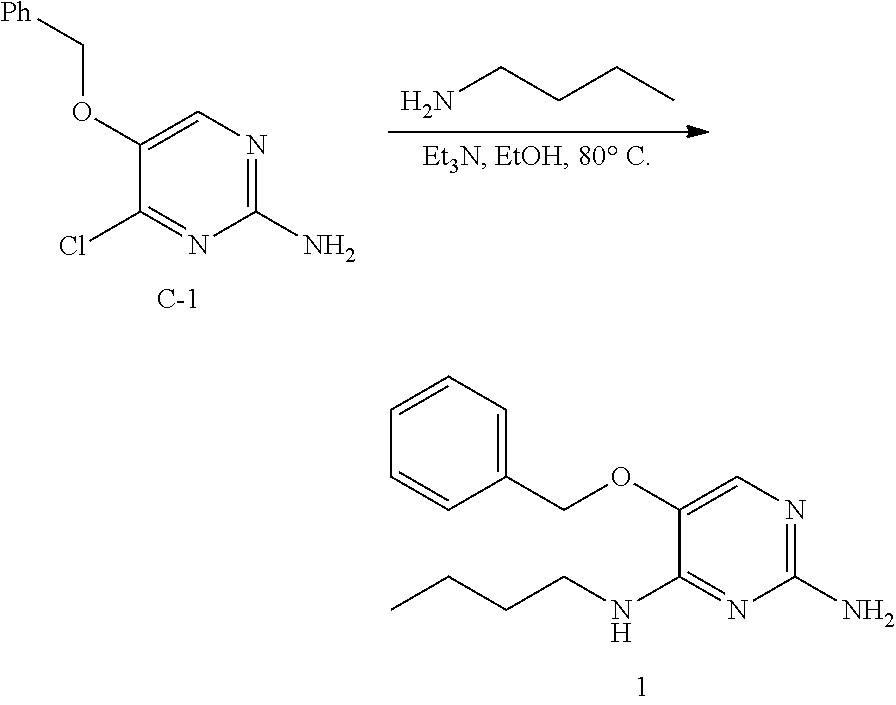
C00014
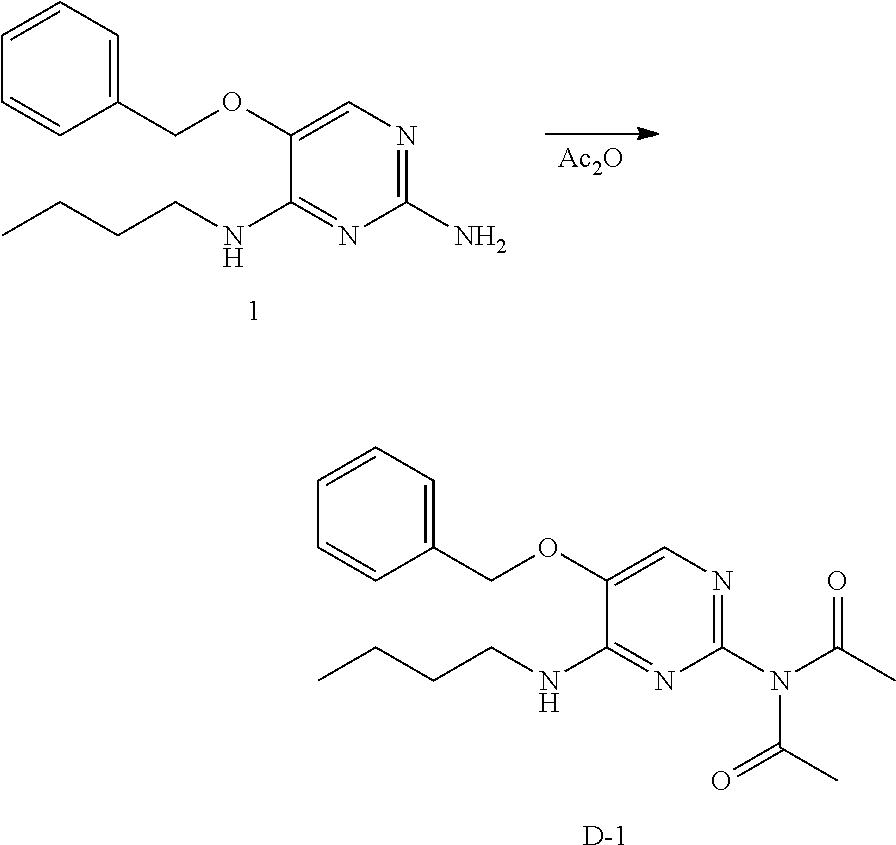
C00015
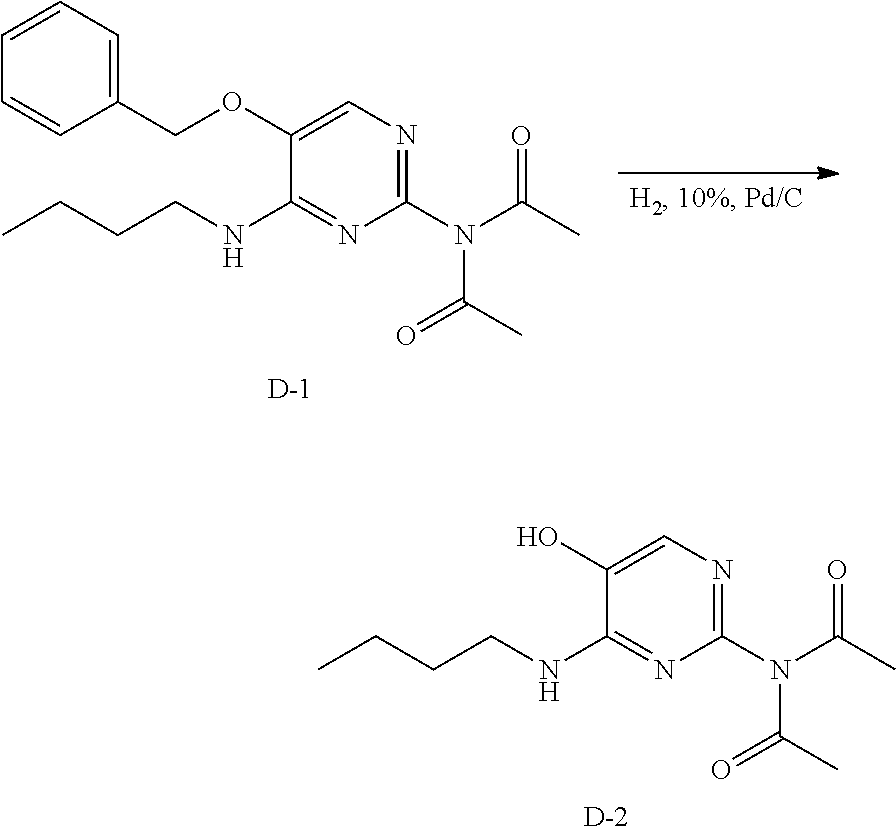
C00016
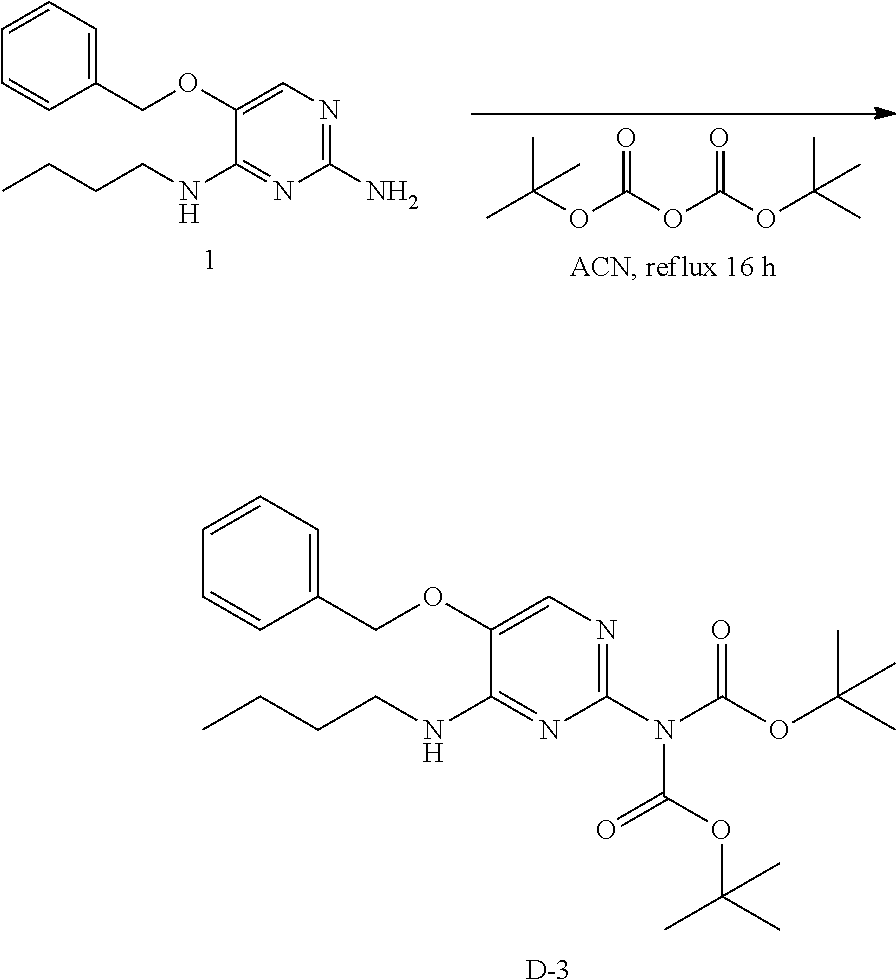
C00017
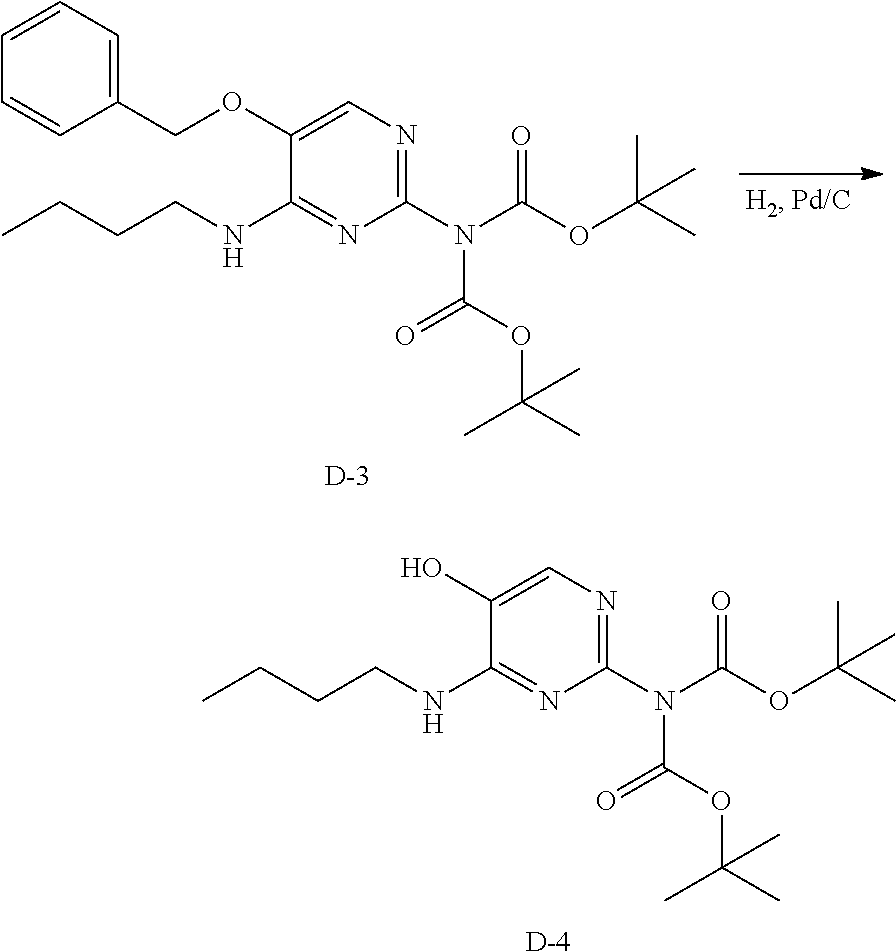
C00018
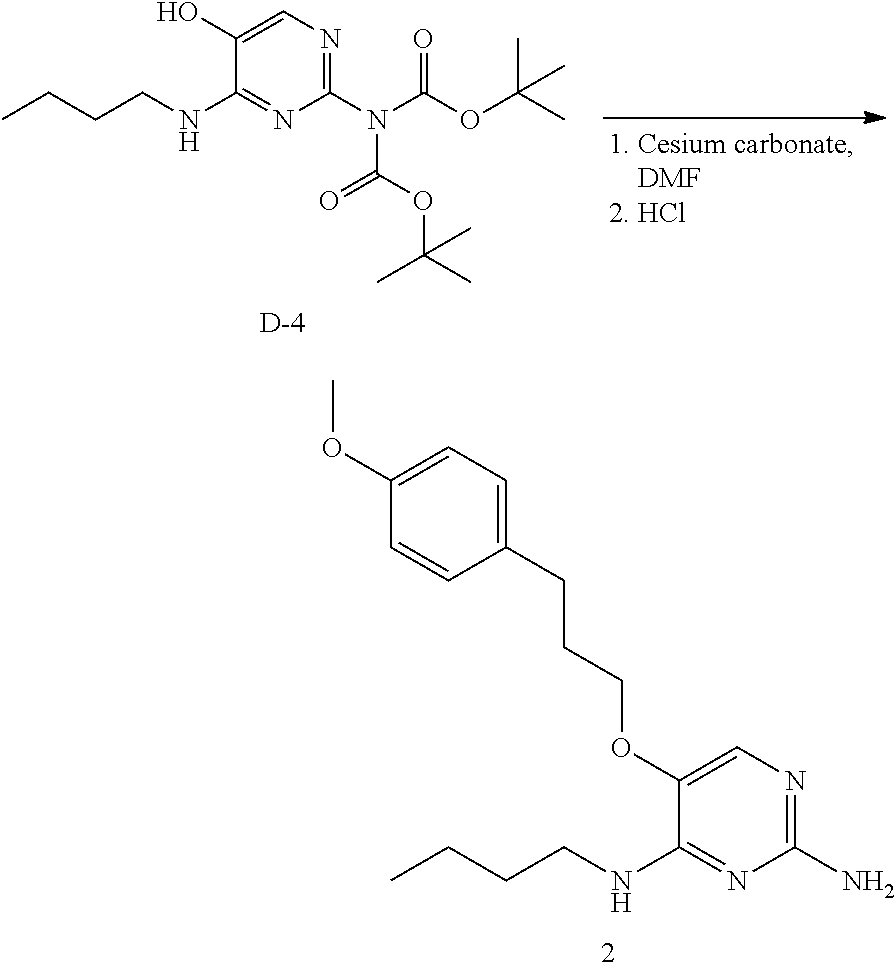
C00019
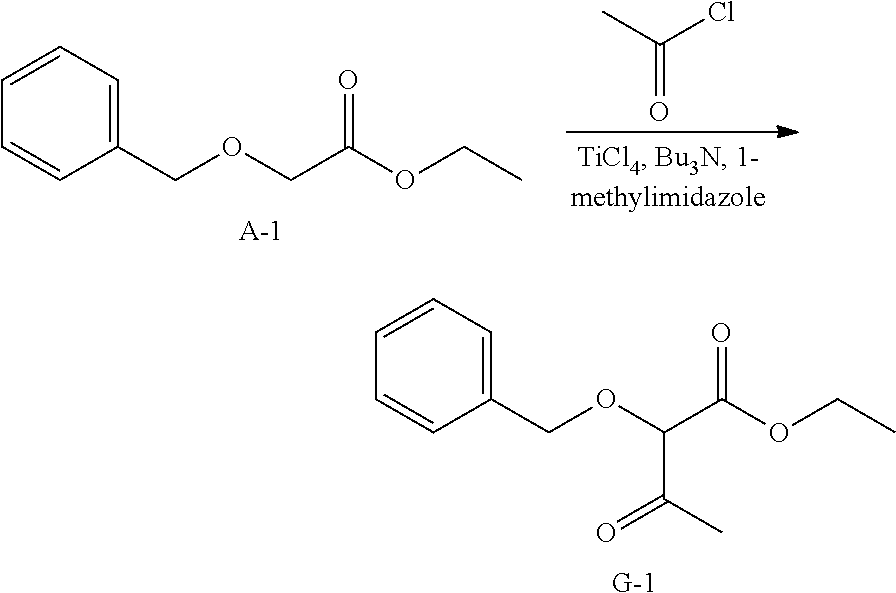
C00020
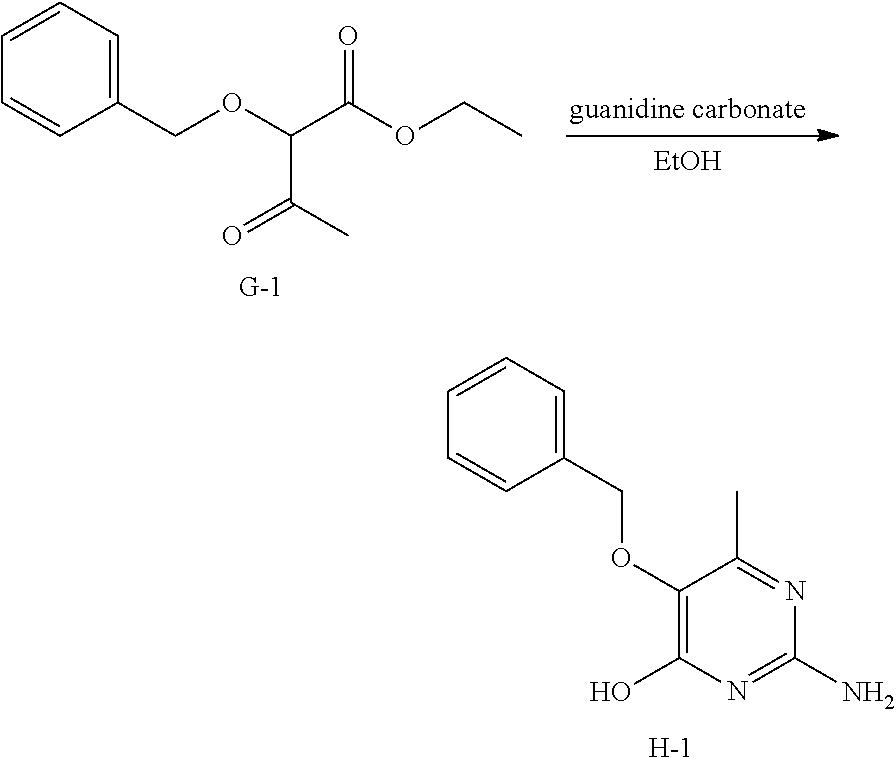
C00021
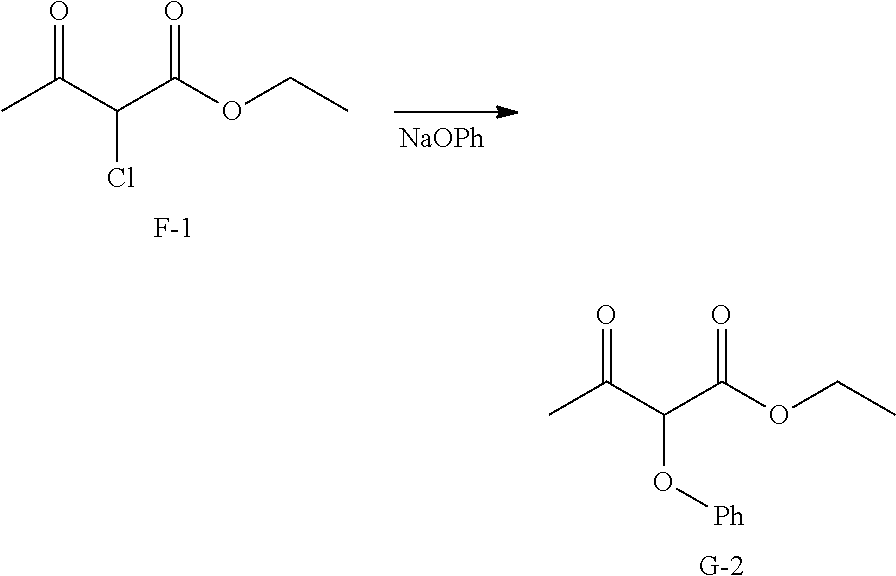
C00022
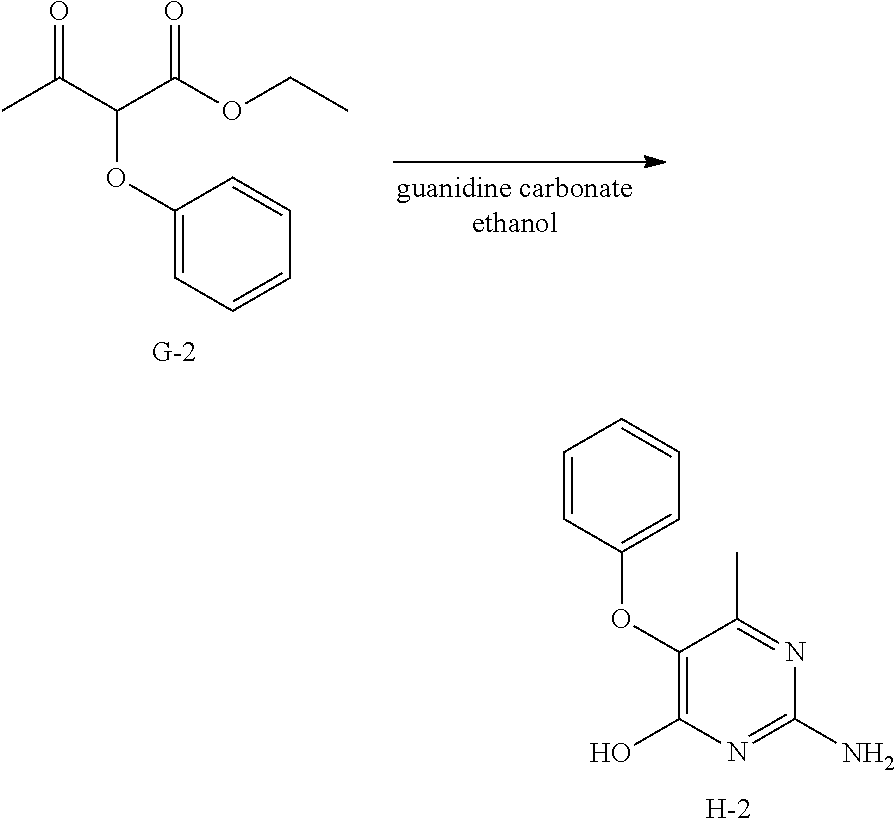
C00023
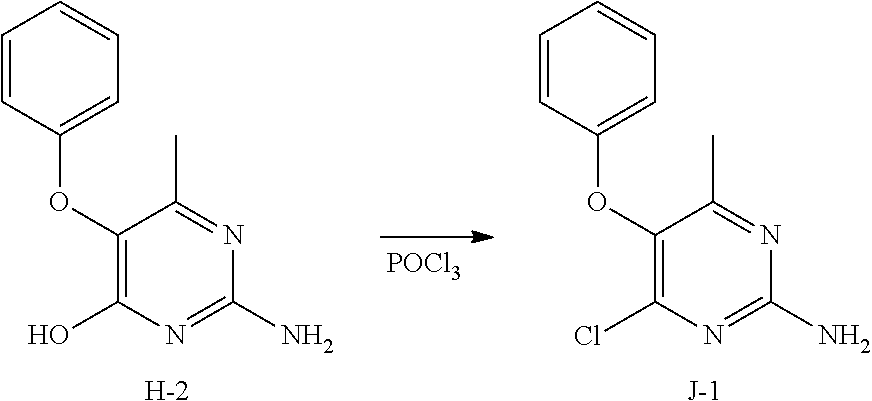
C00024
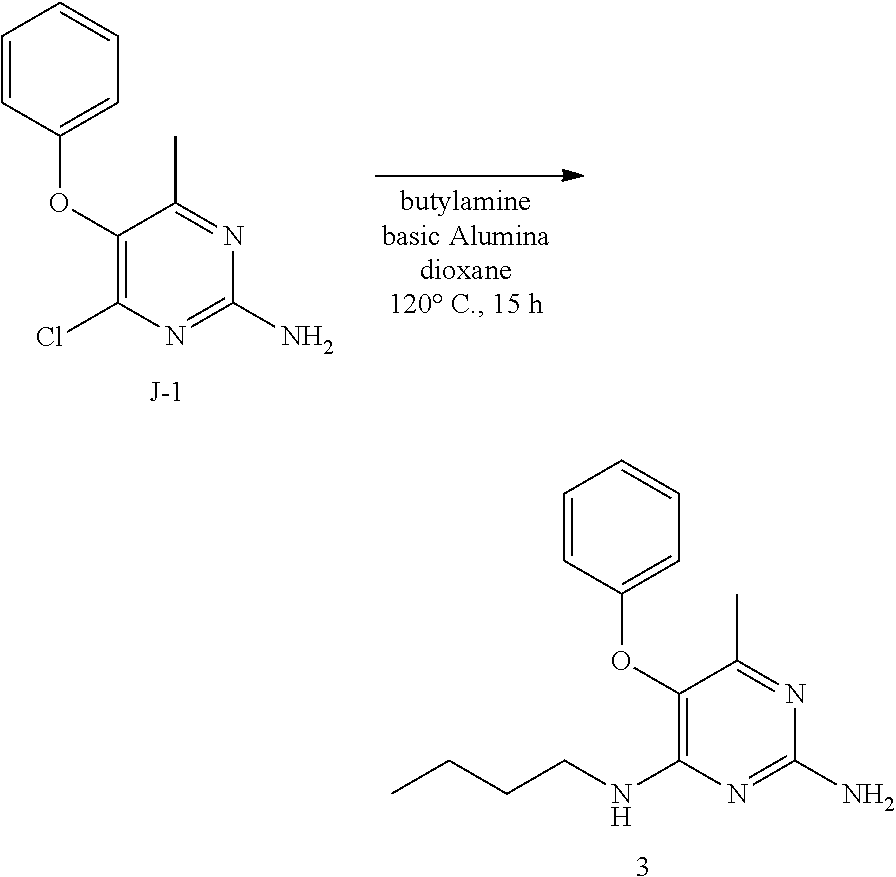
C00025
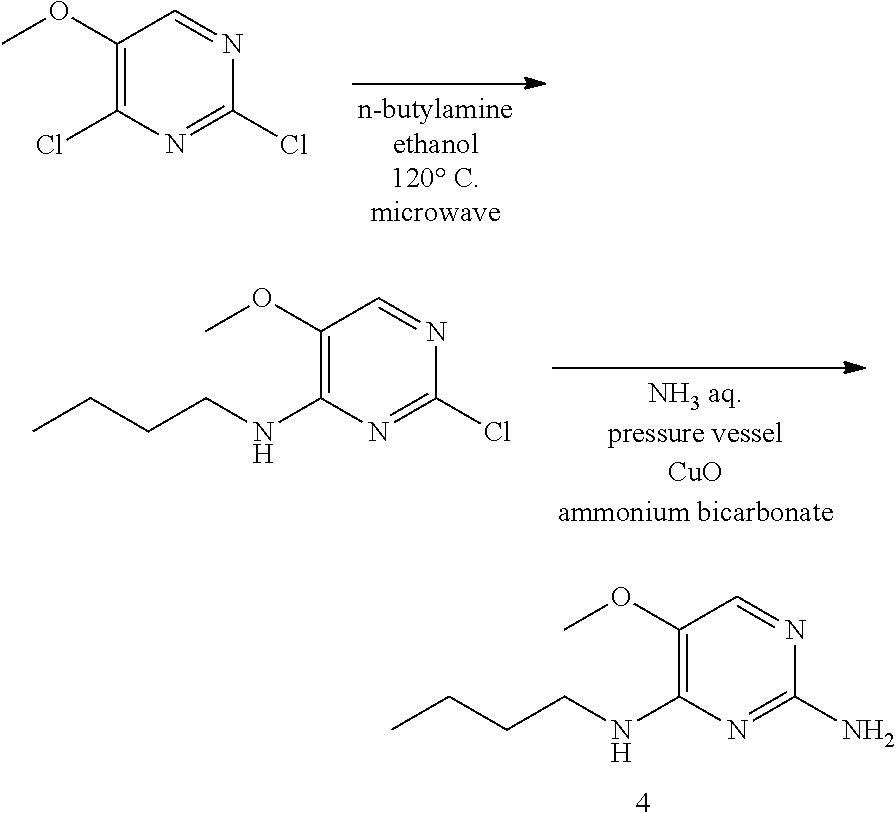
C00026
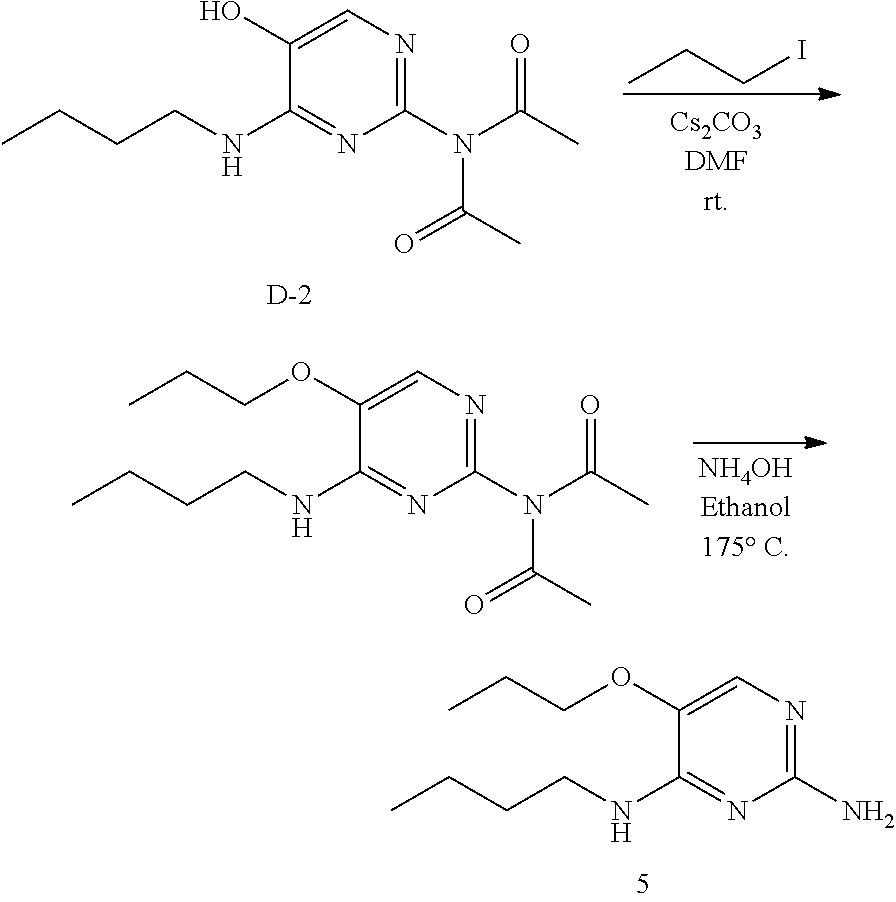
C00027

C00028

C00029
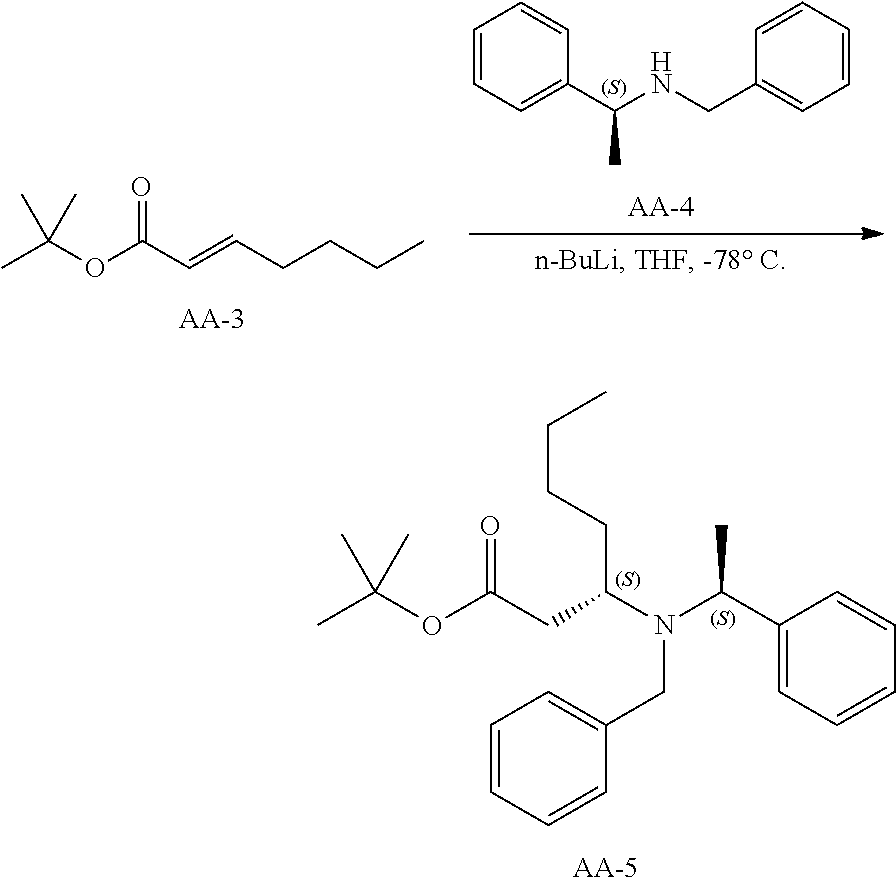
C00030
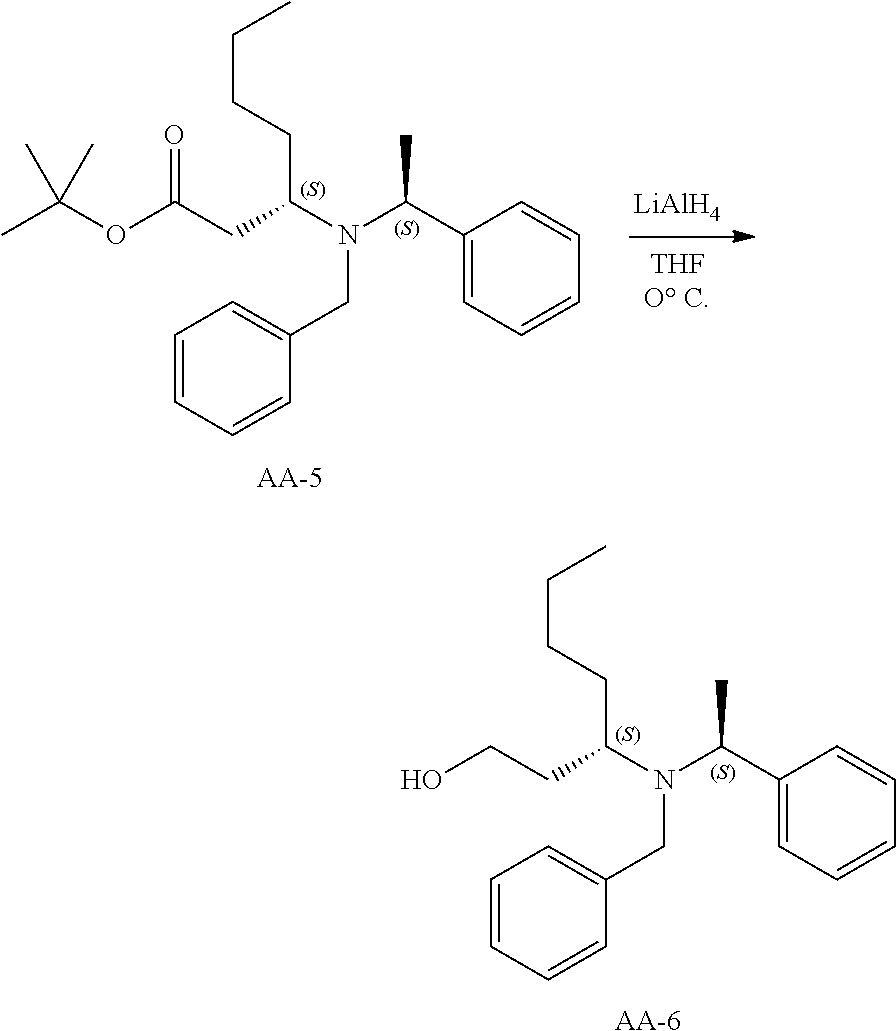
C00031
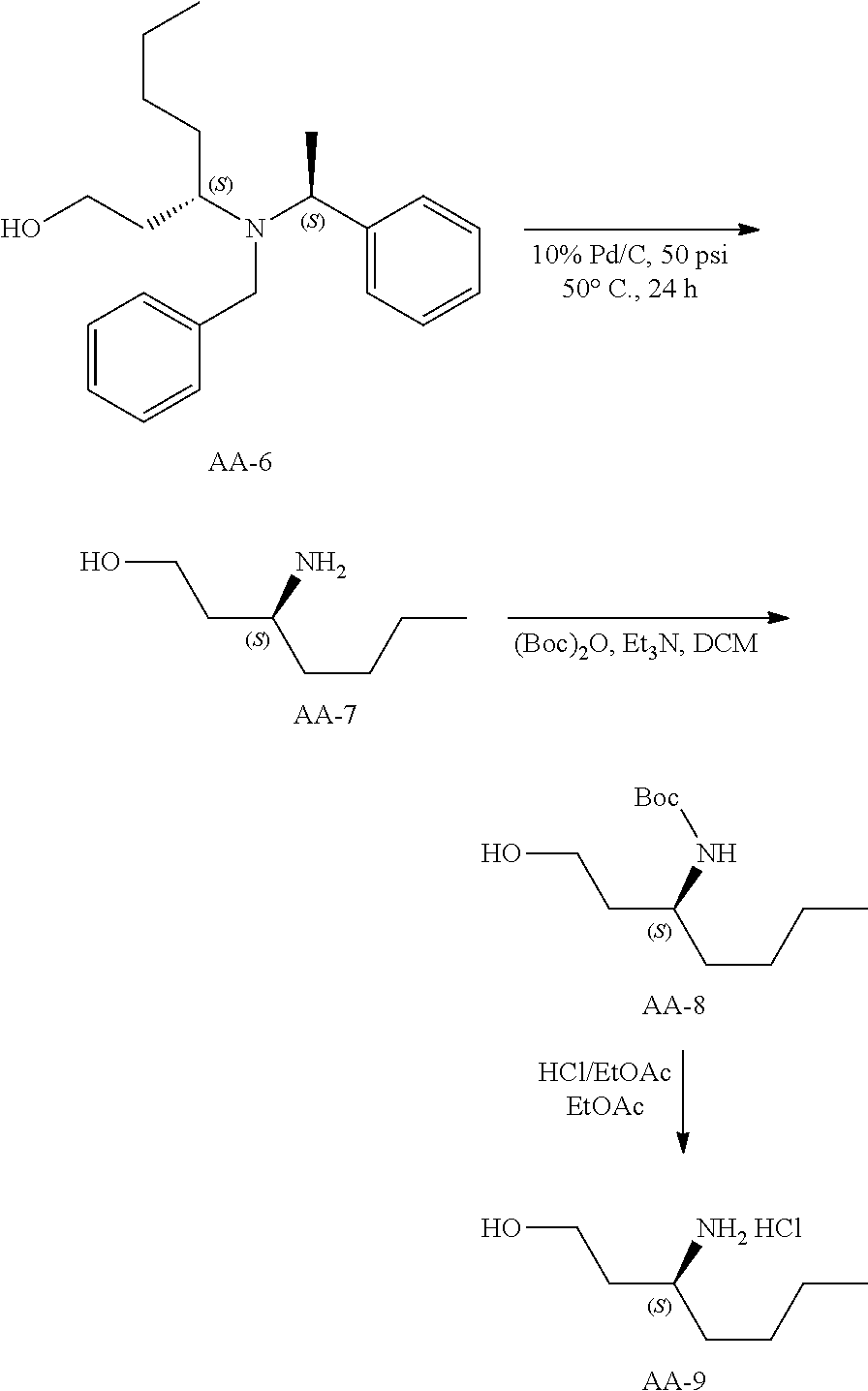
C00032

C00033
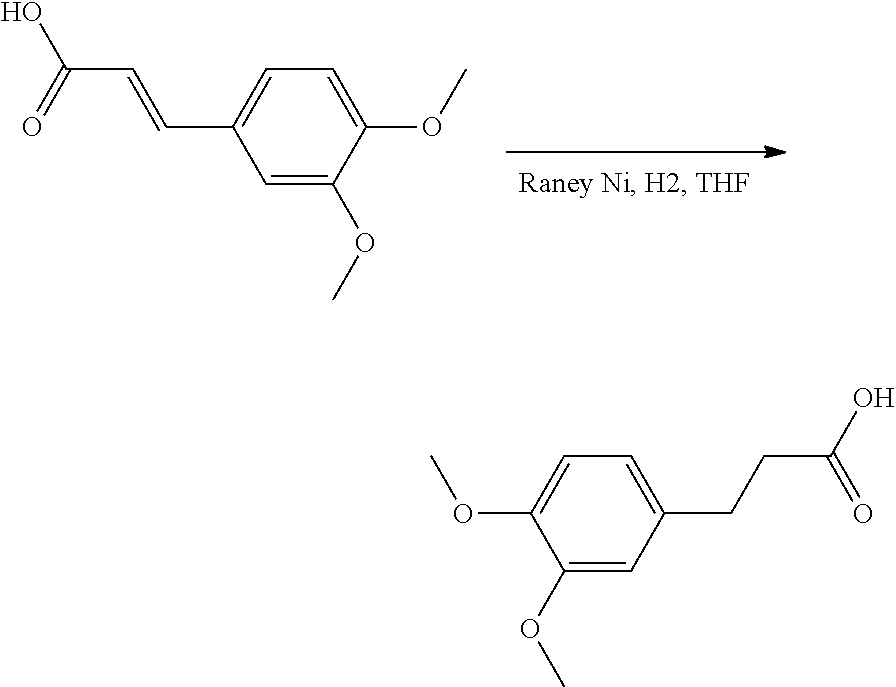
C00034

C00035

C00036

C00037
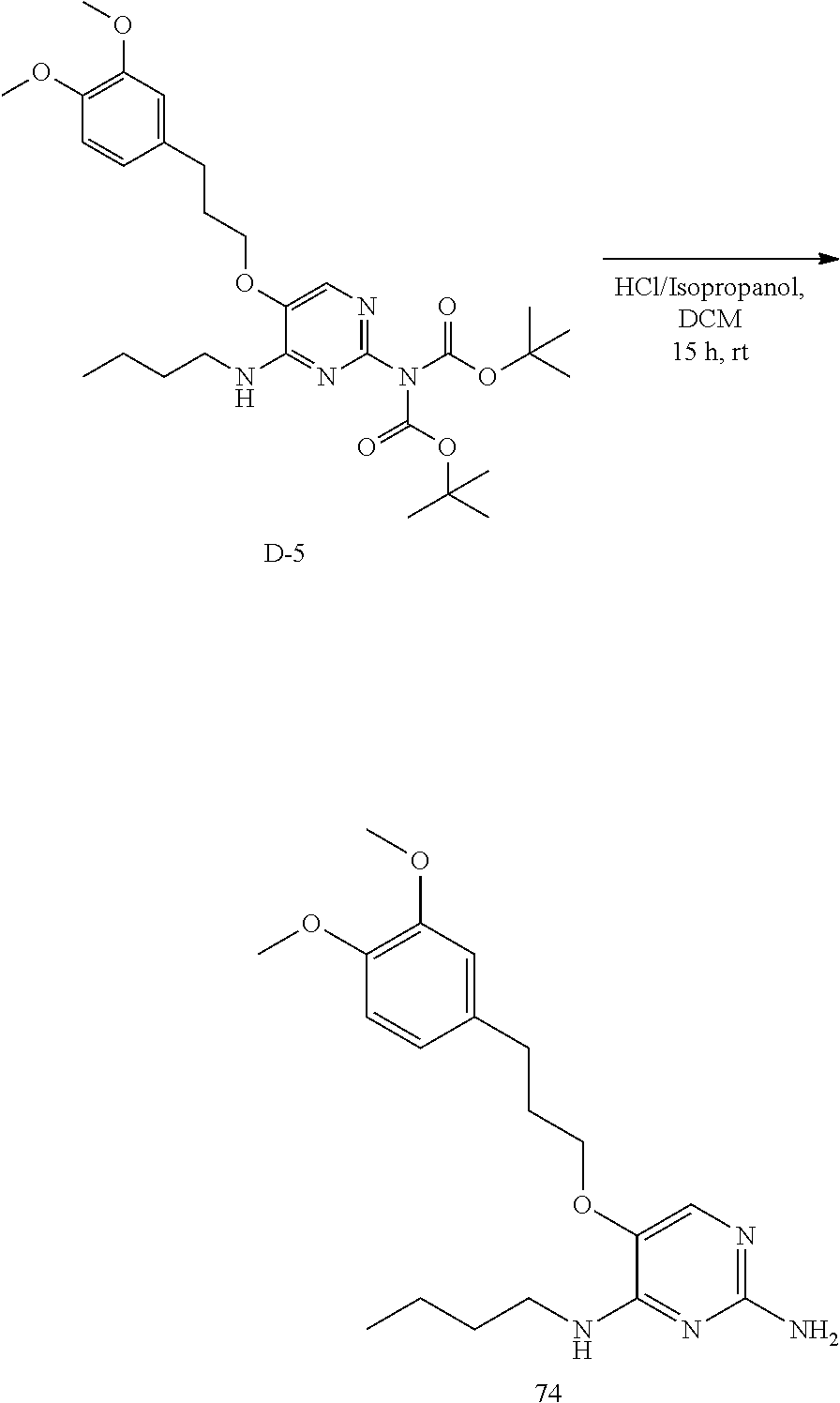
C00038
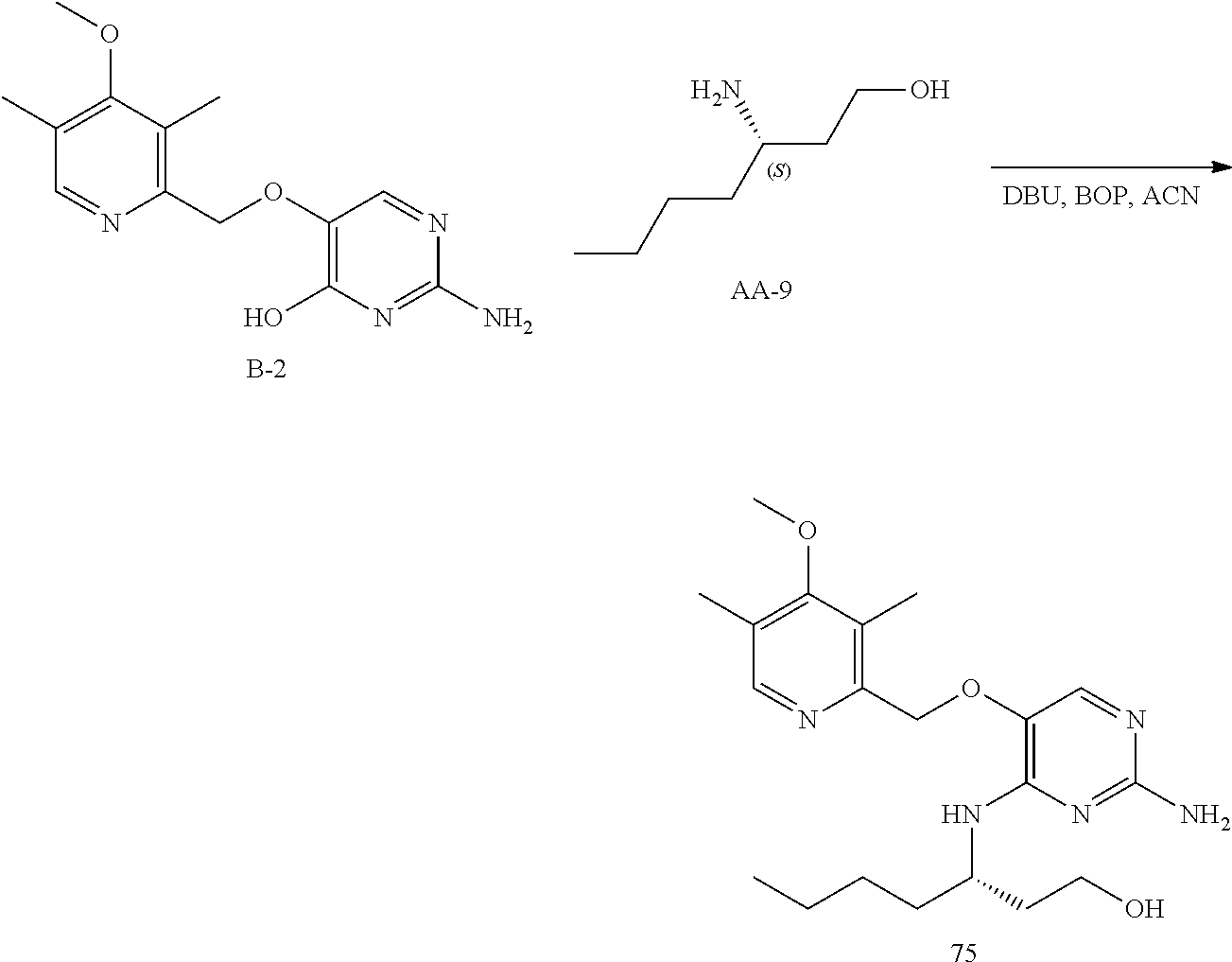
C00039

C00040
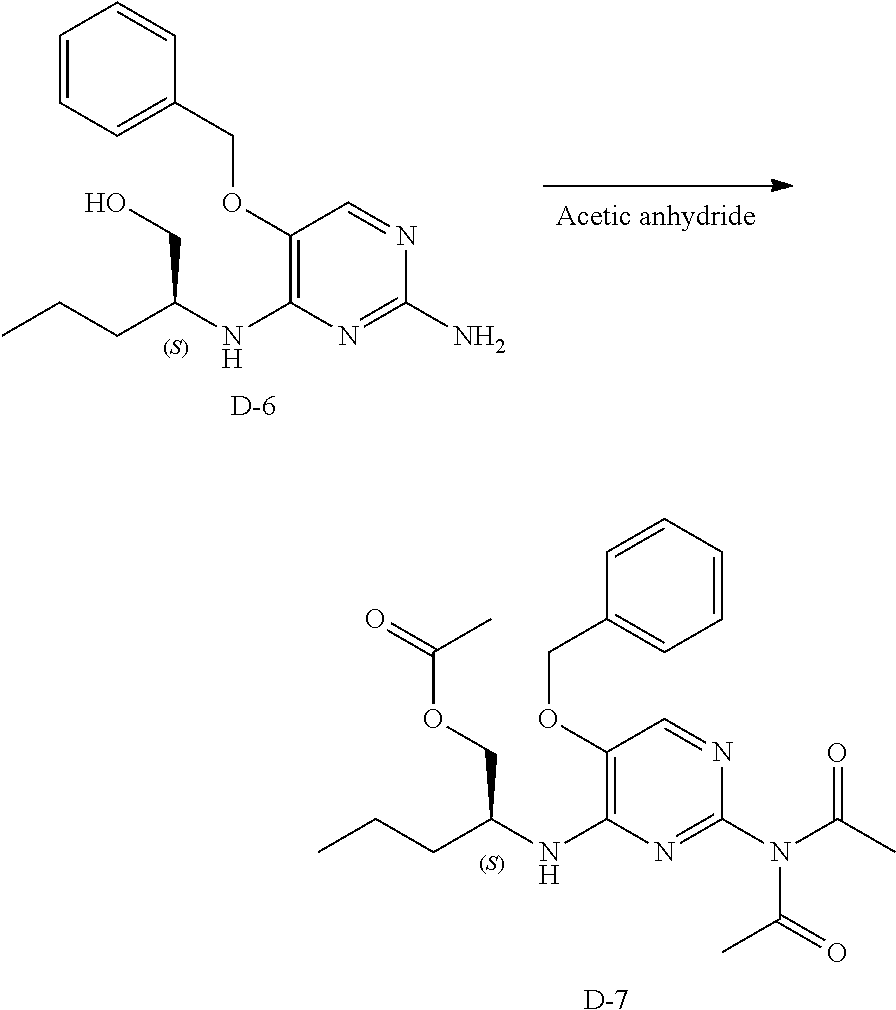
C00041
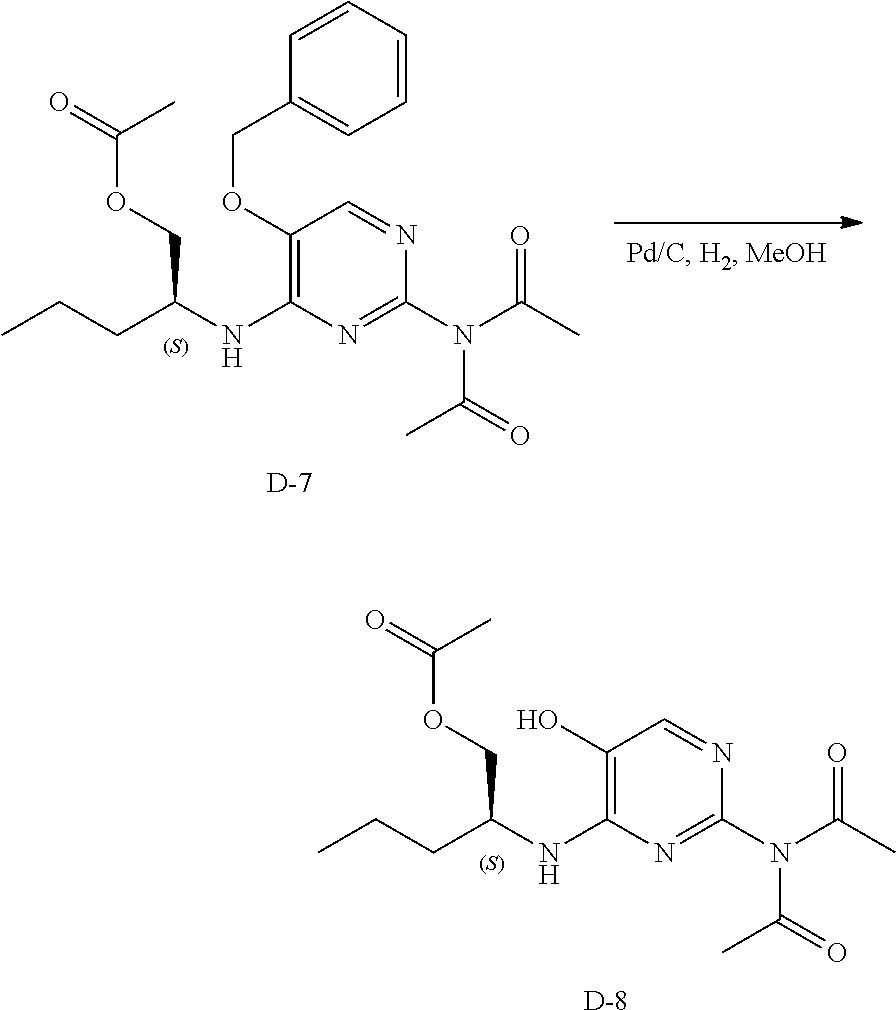
C00042

C00043

C00044
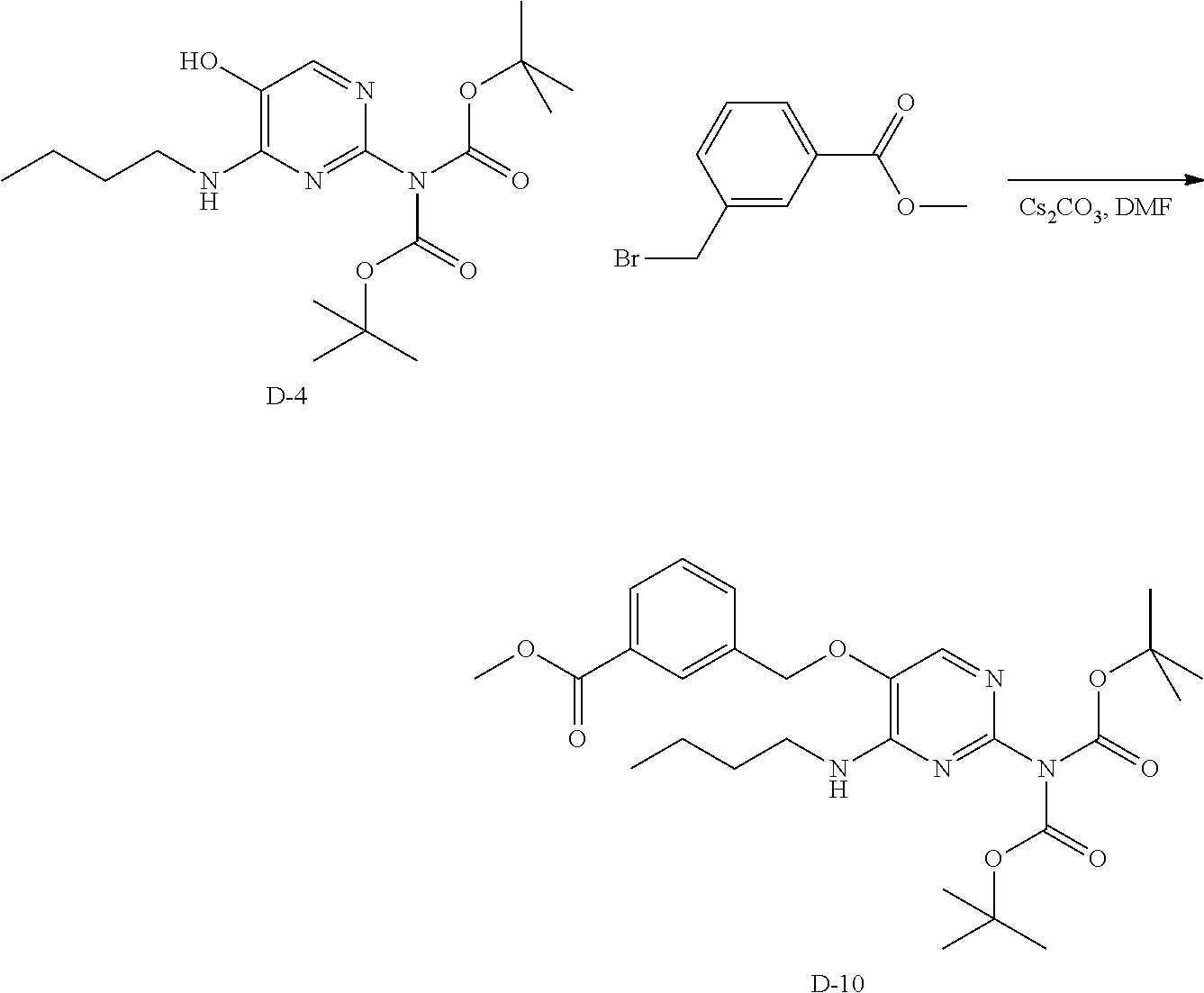
C00045
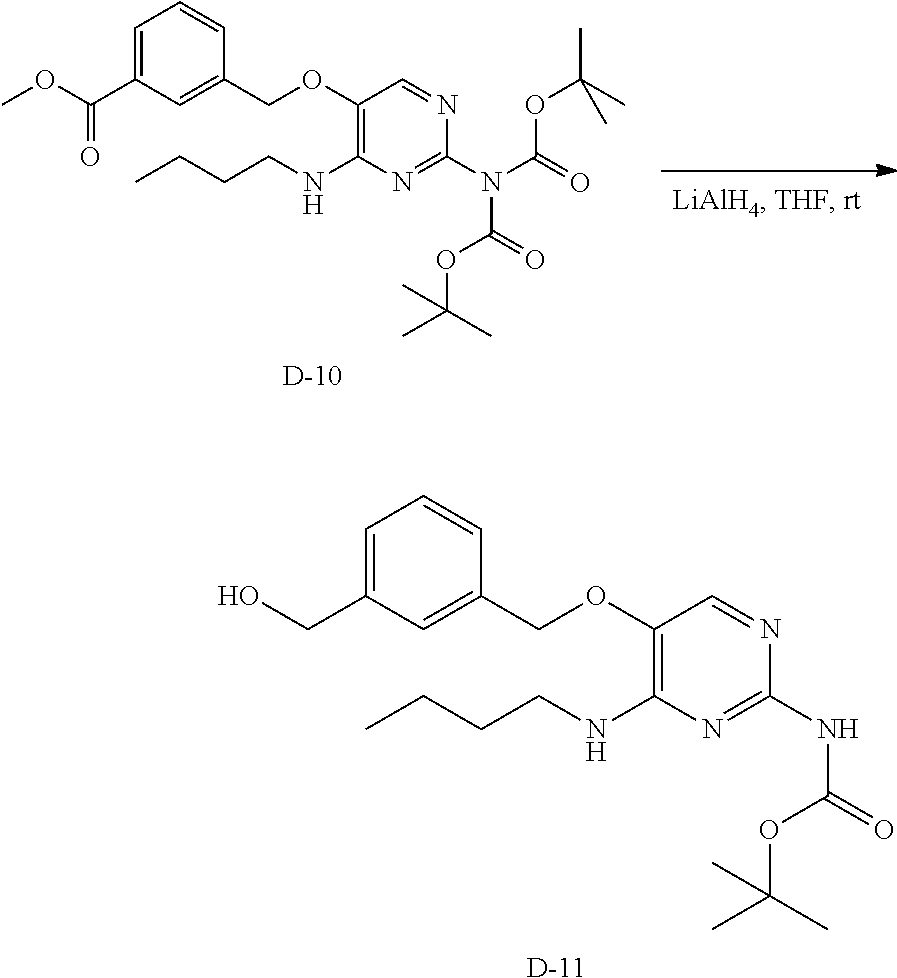
C00046
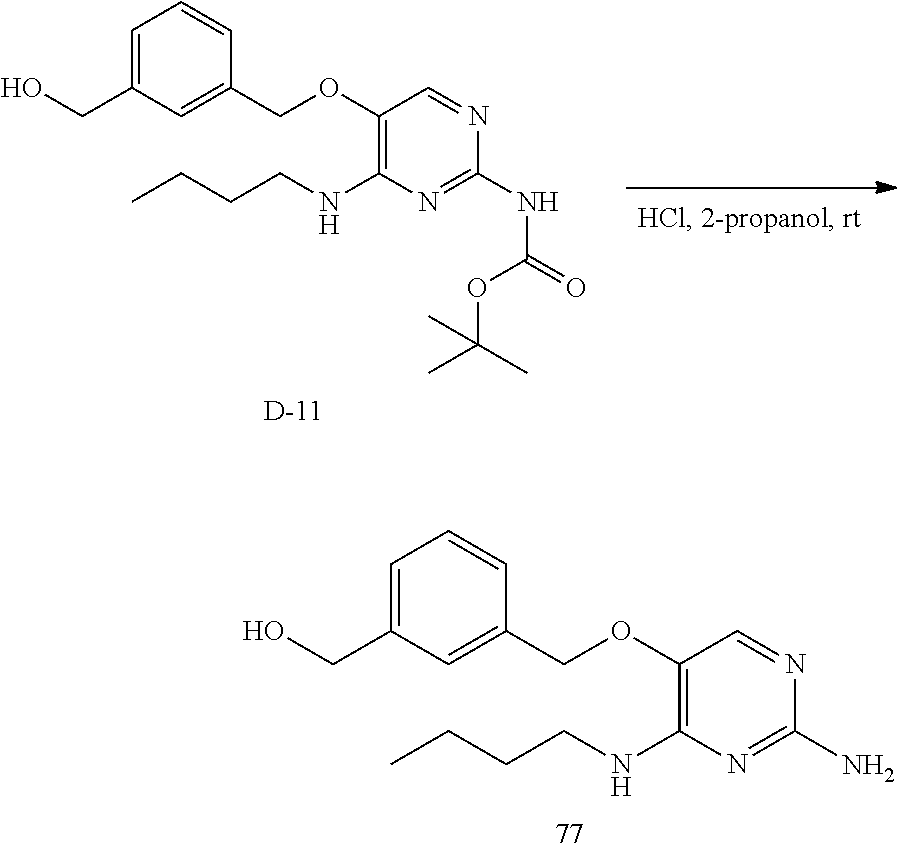
C00047
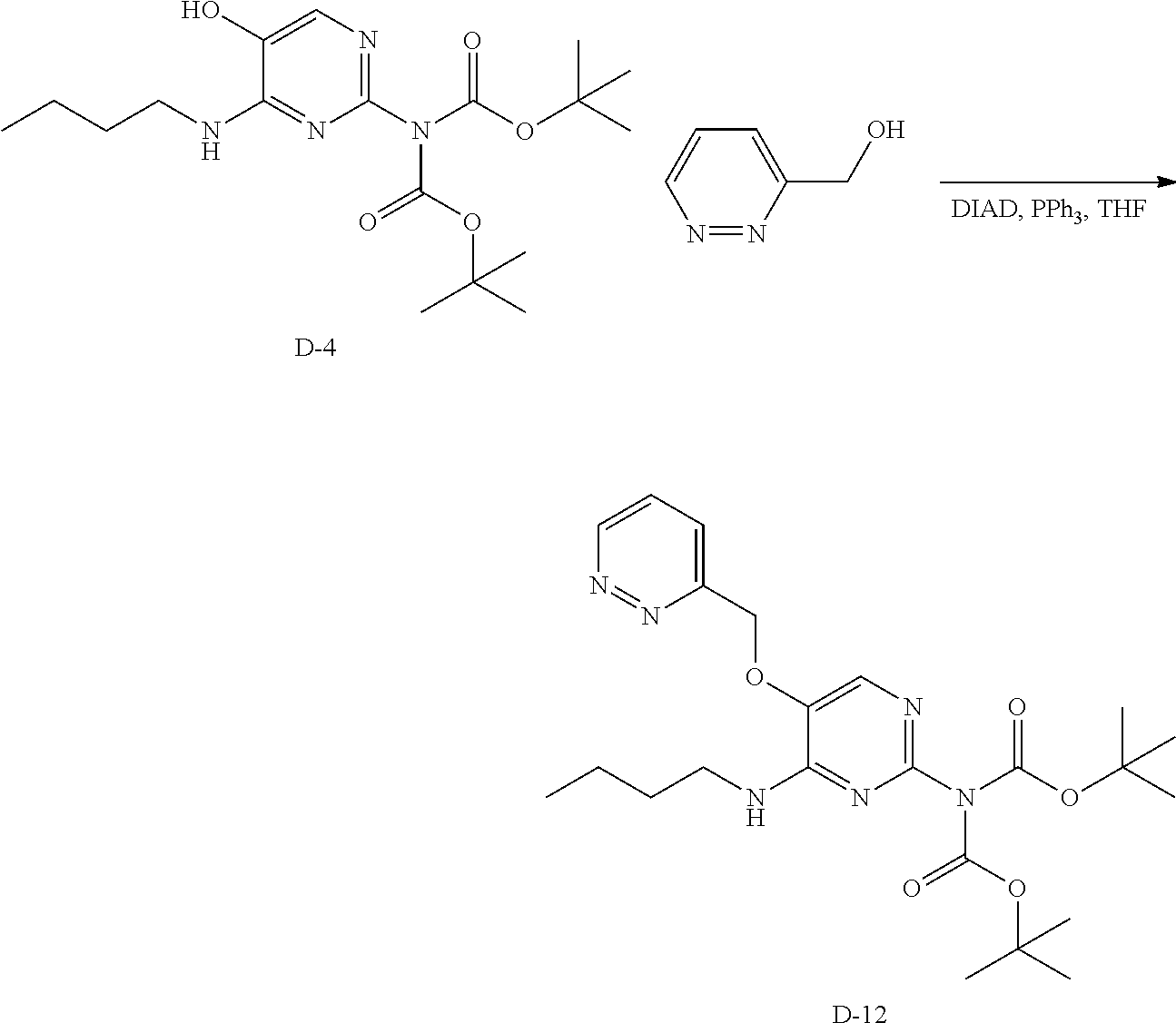
C00048

C00049

C00050
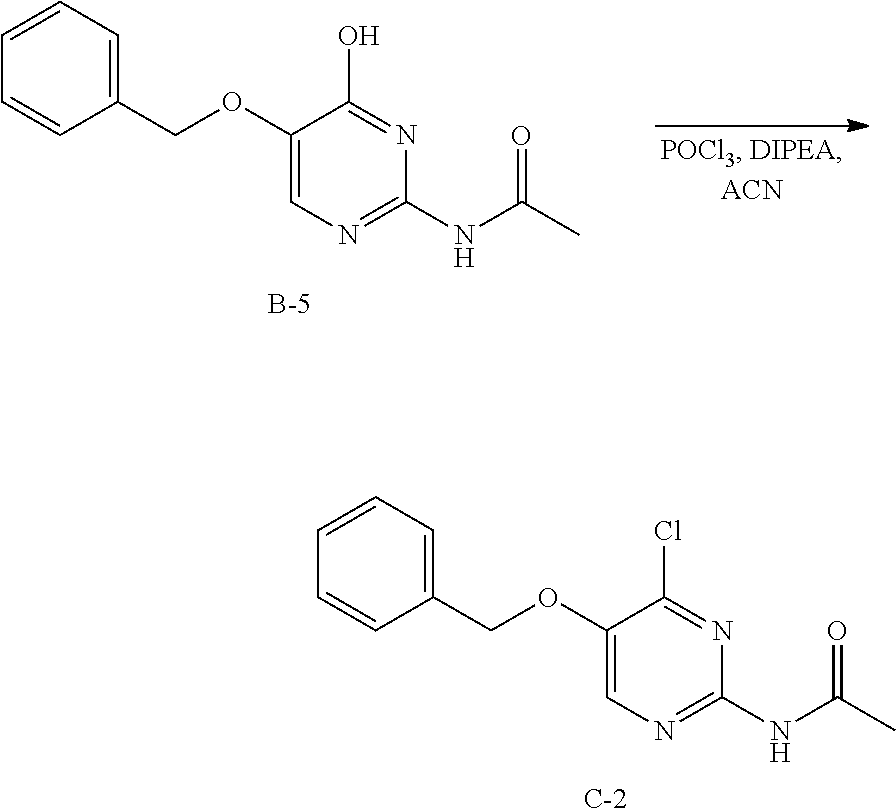
C00051
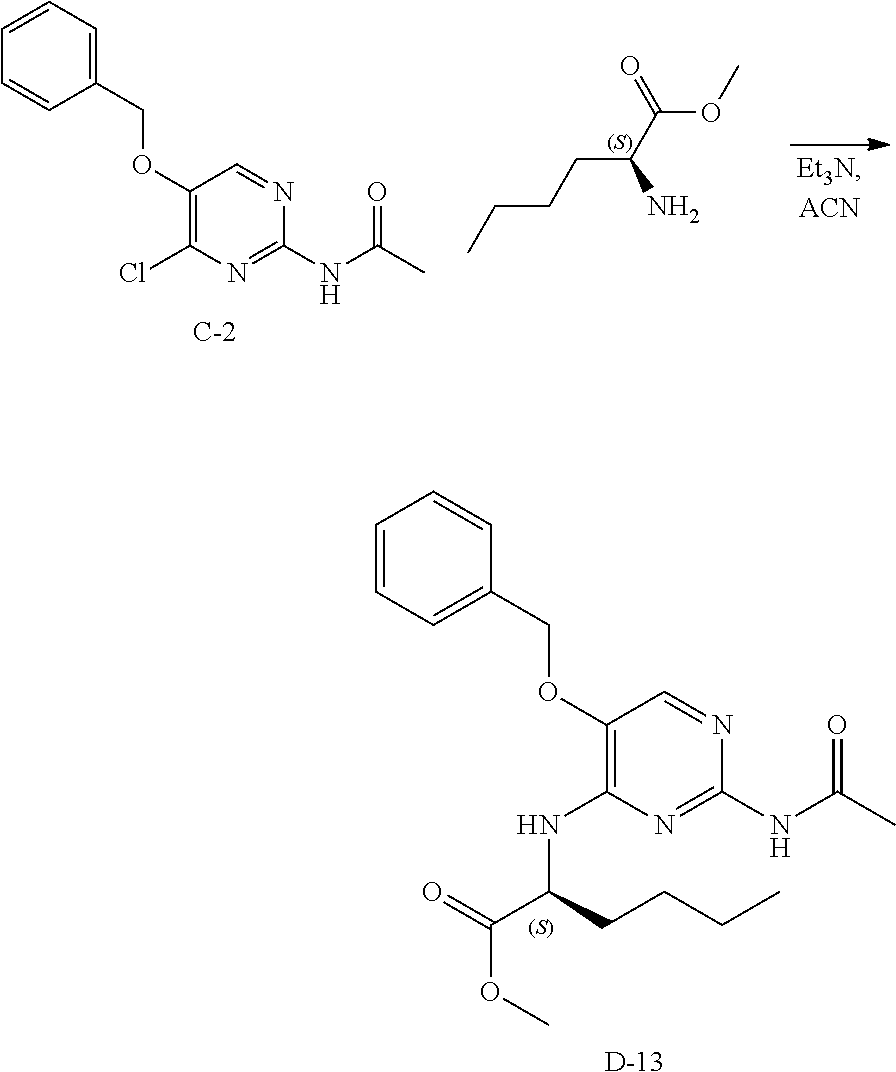
C00052
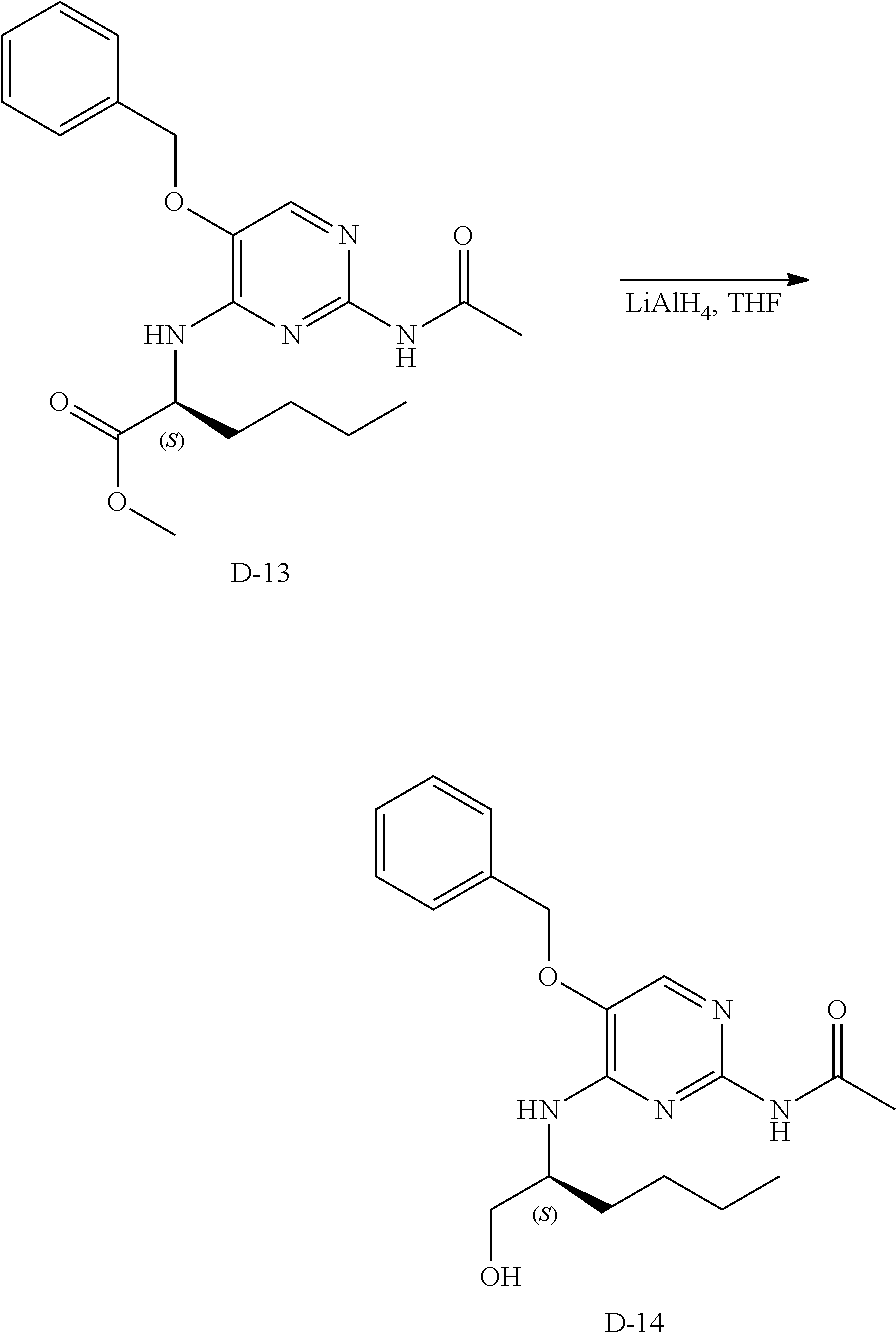
C00053

C00054
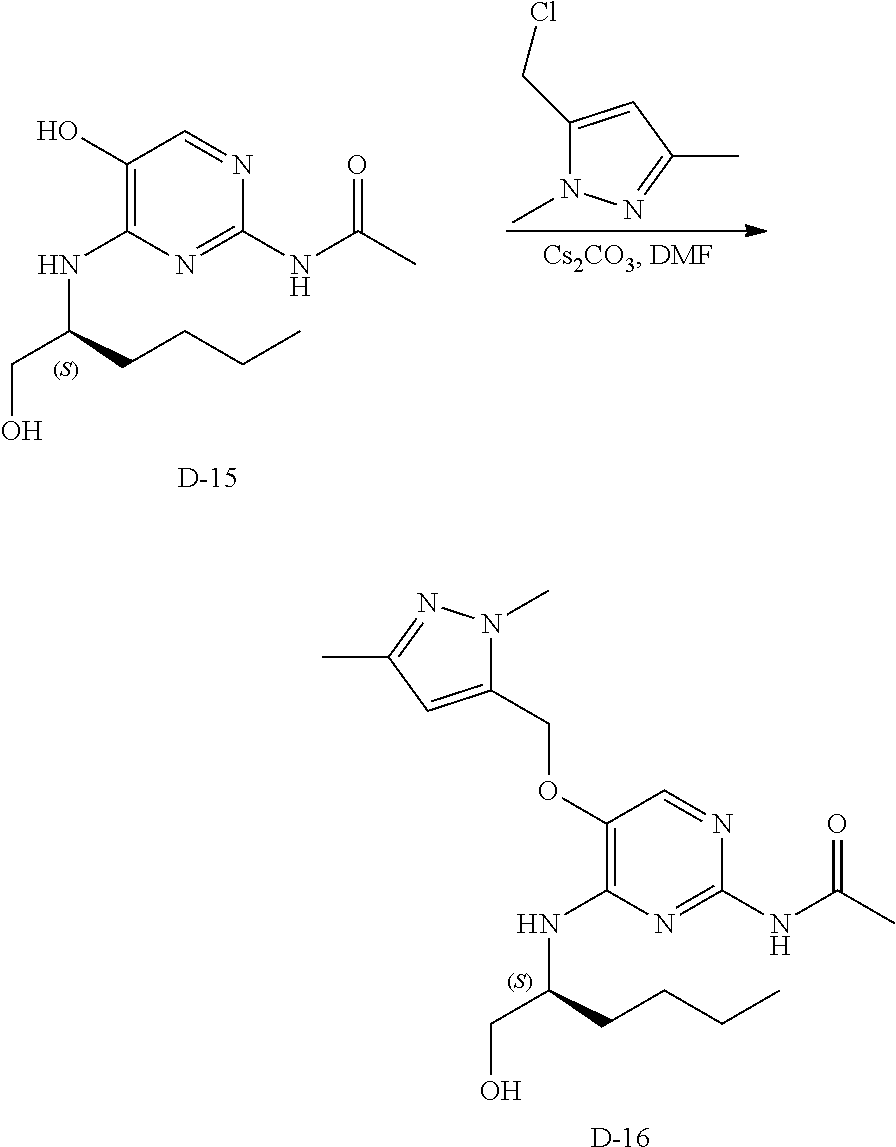
C00055
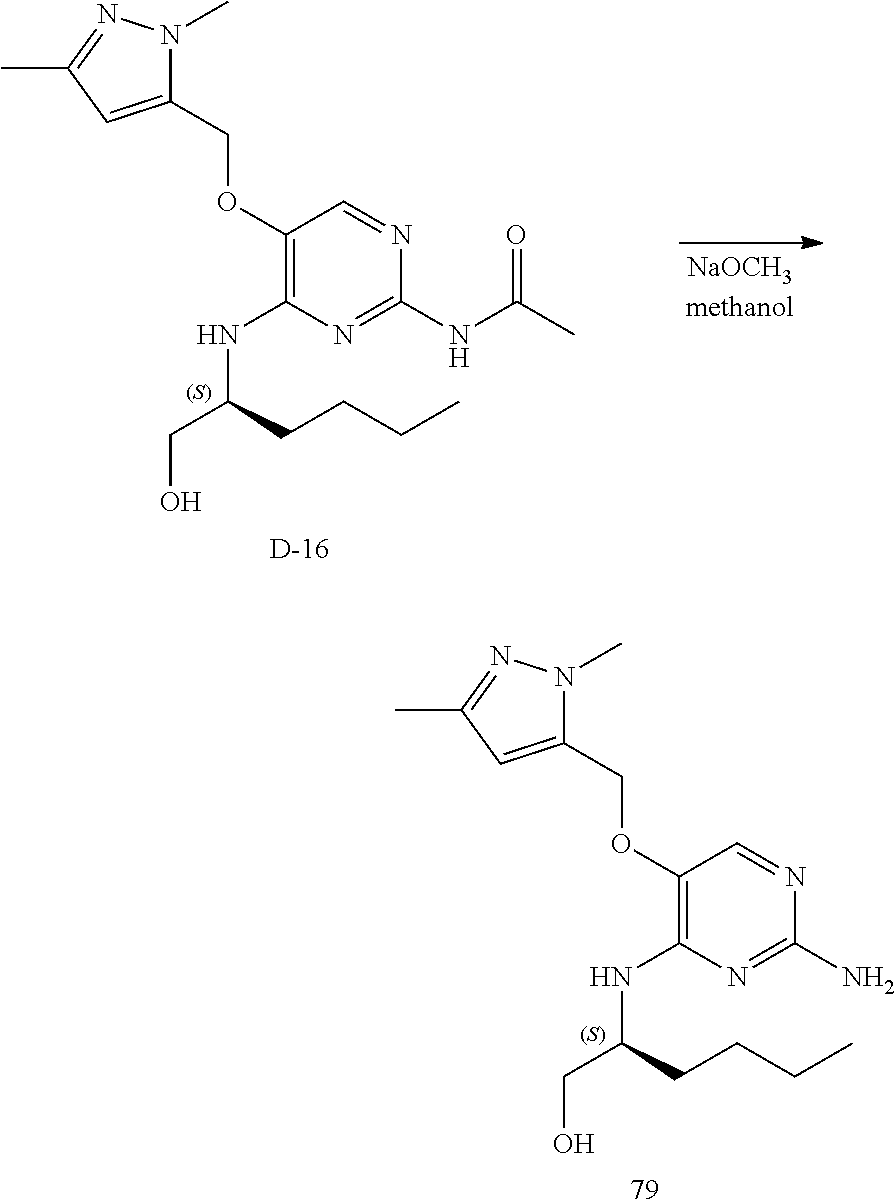
C00056
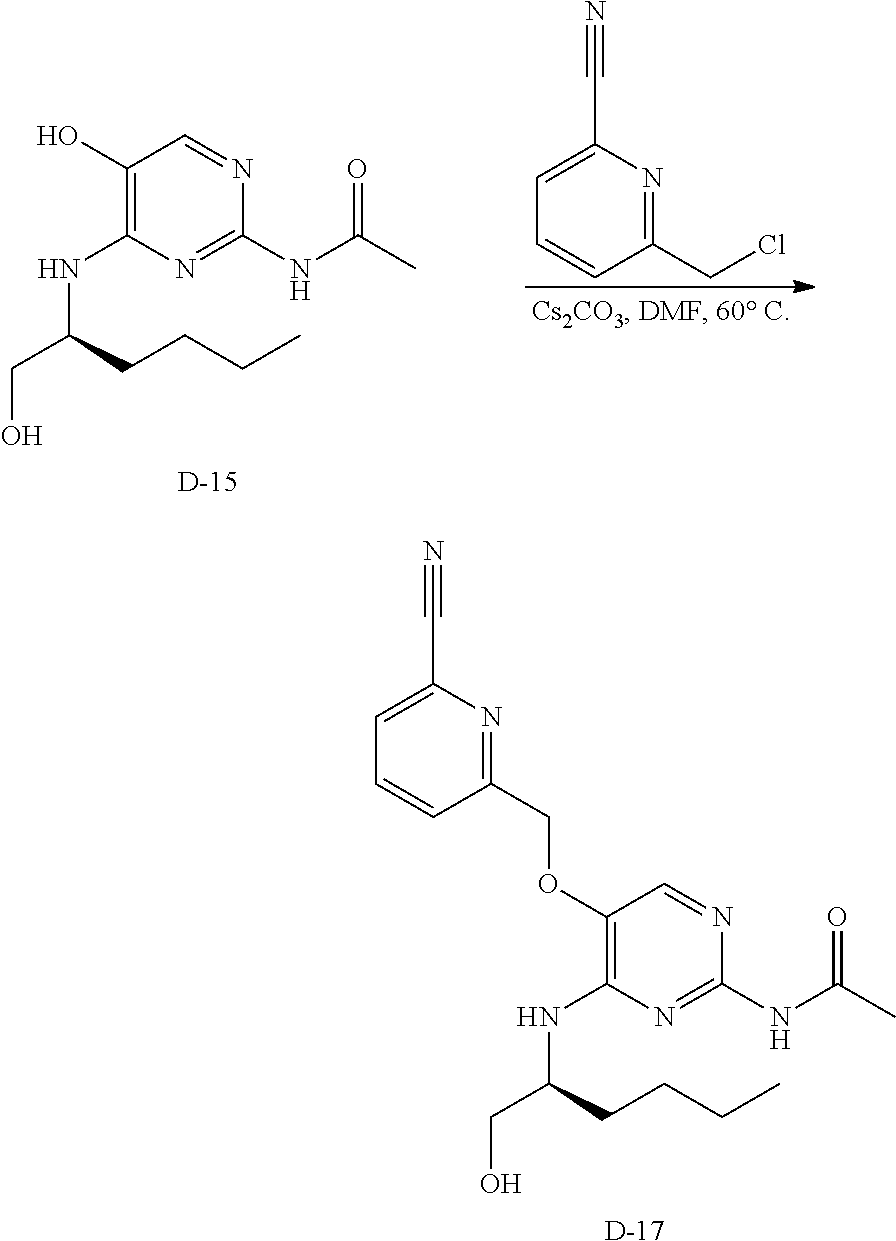
C00057

C00058

C00059
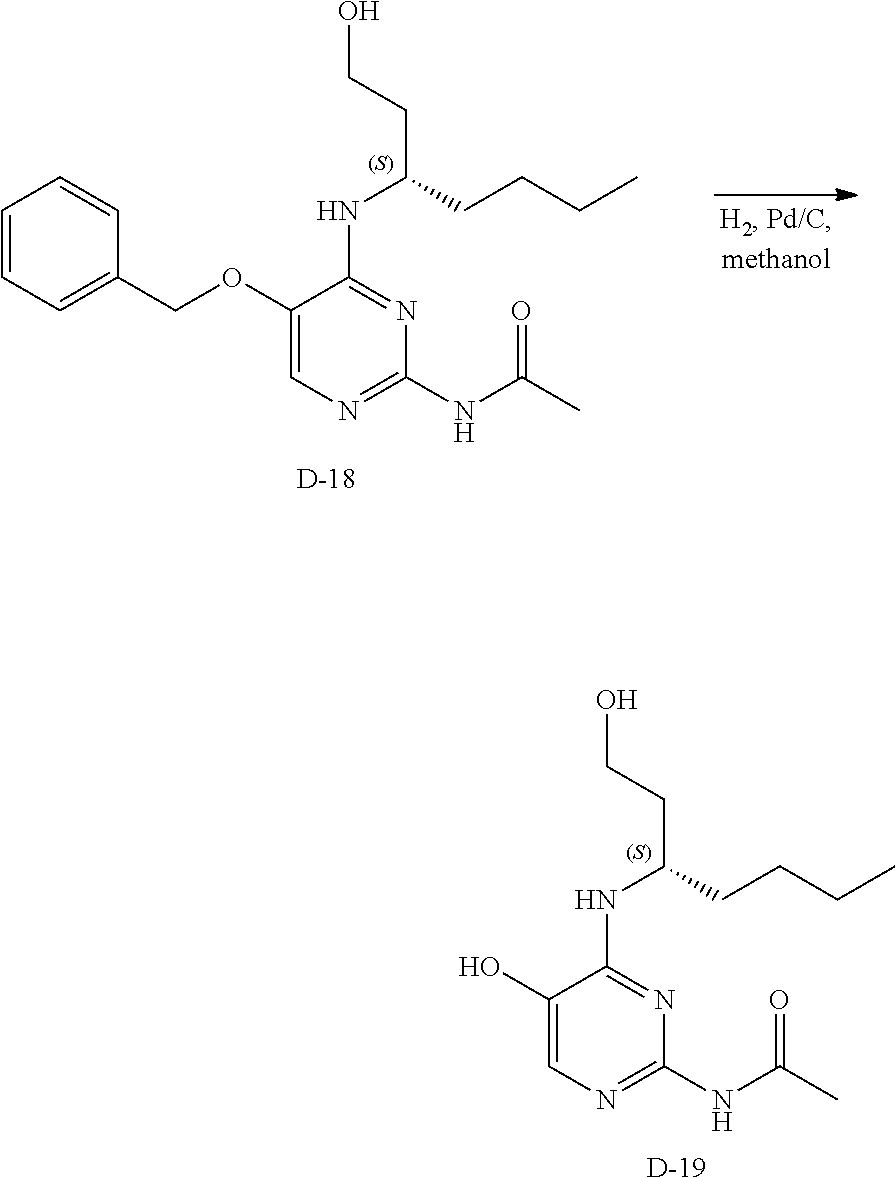
C00060
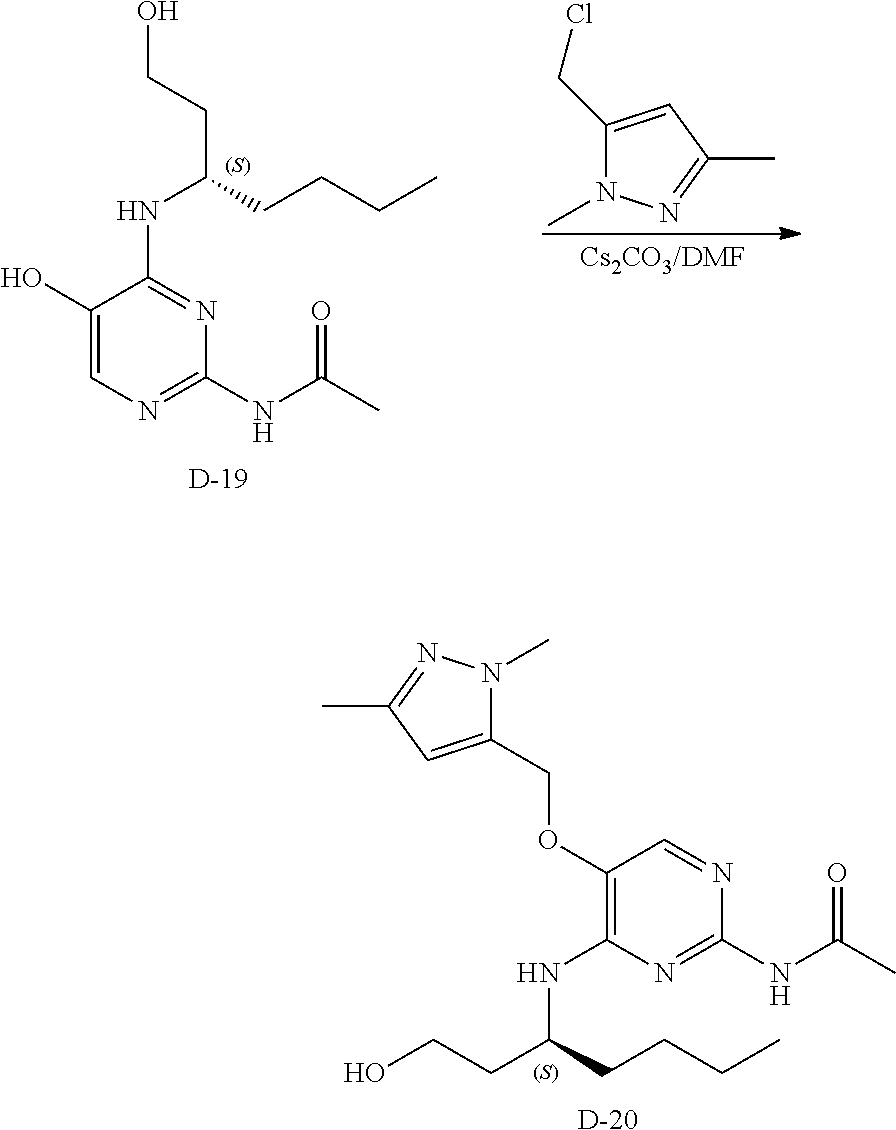
C00061

C00062
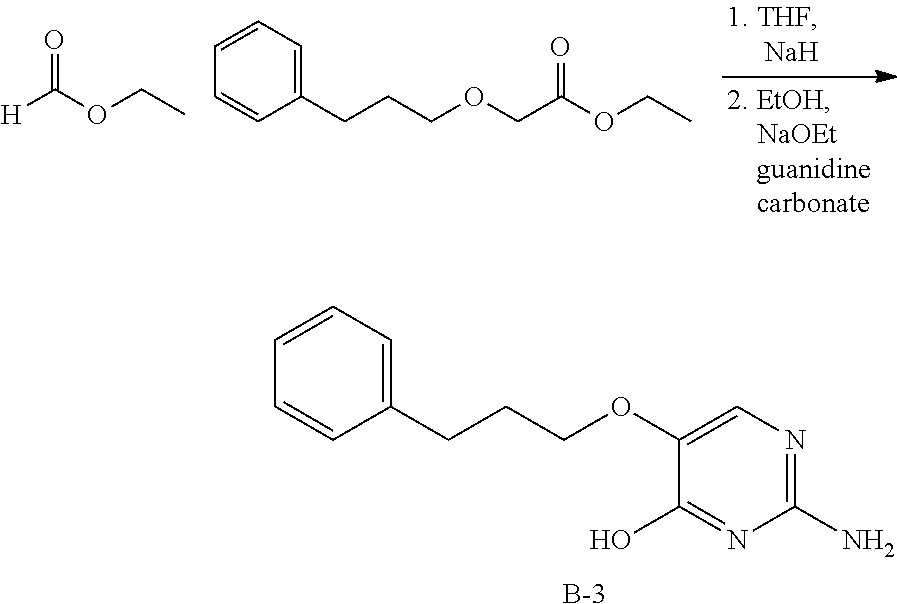
C00063
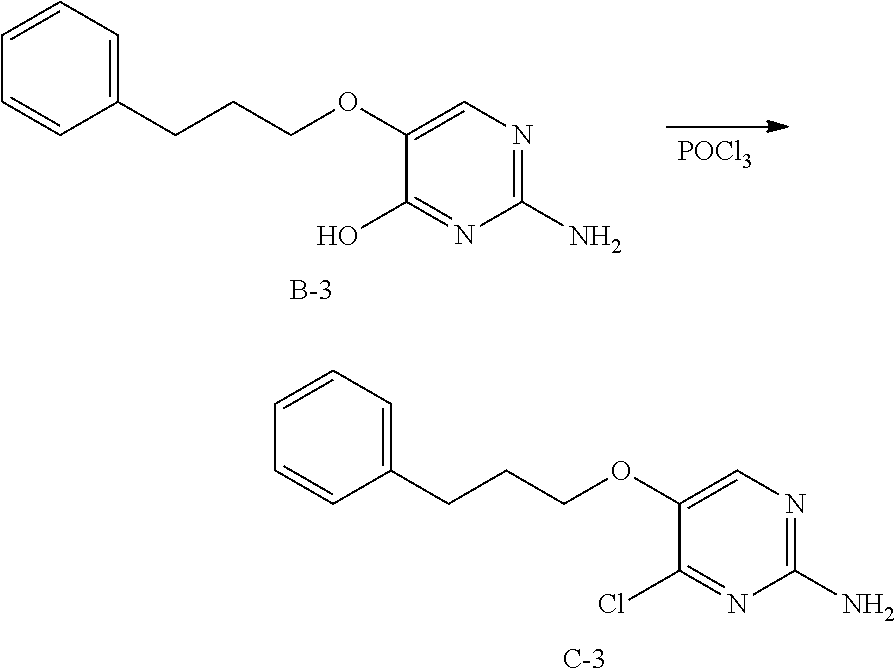
C00064

C00065
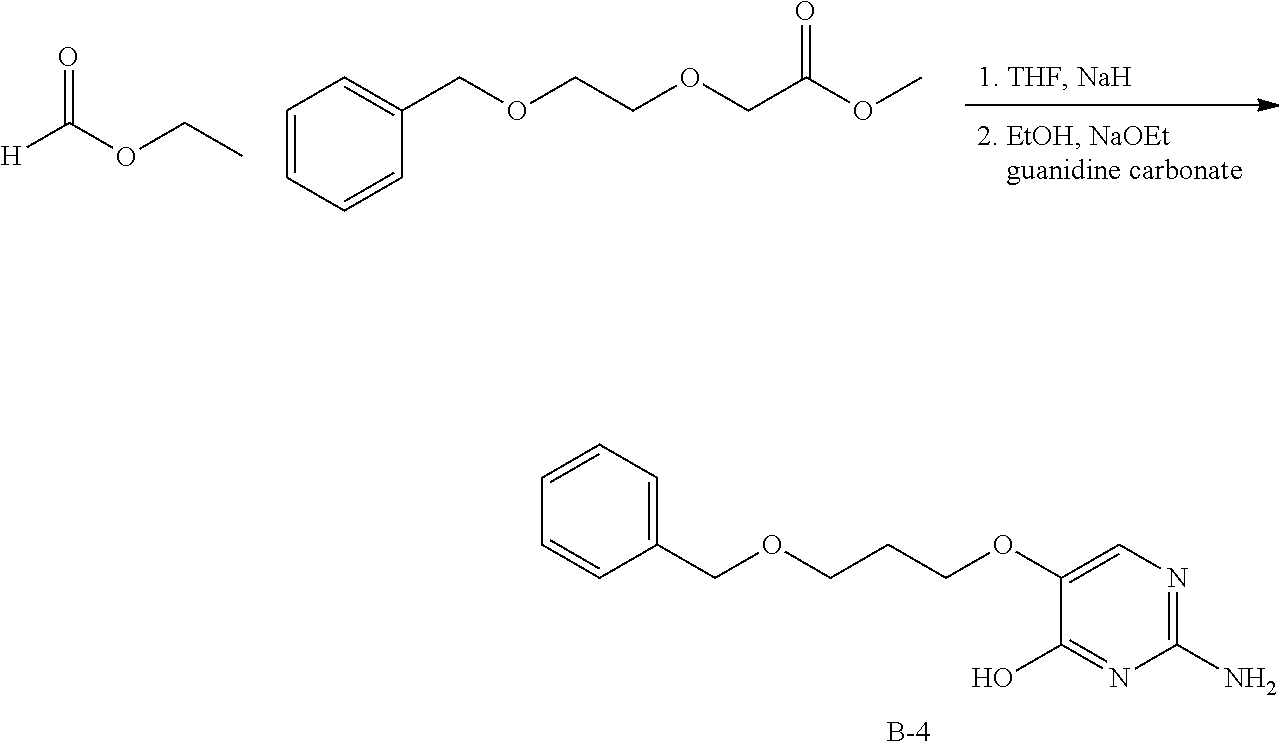
C00066

C00067
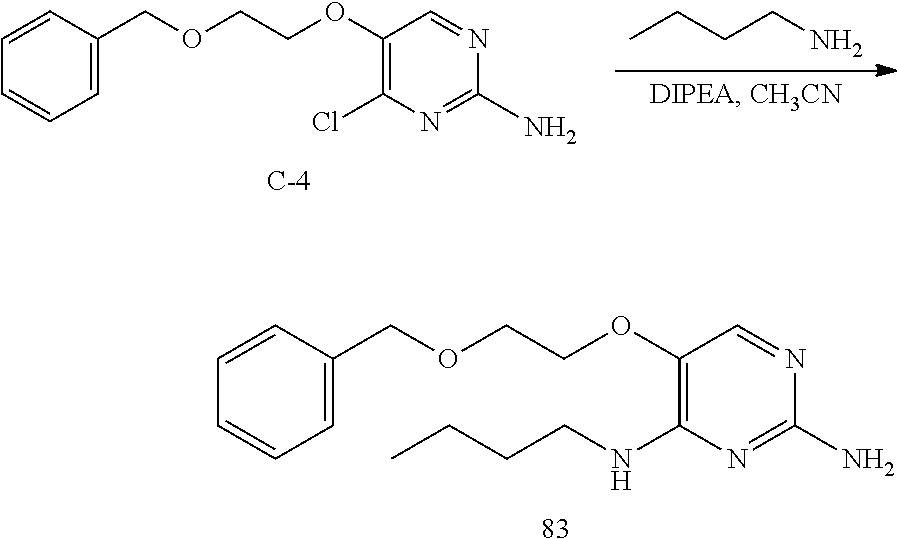
C00068
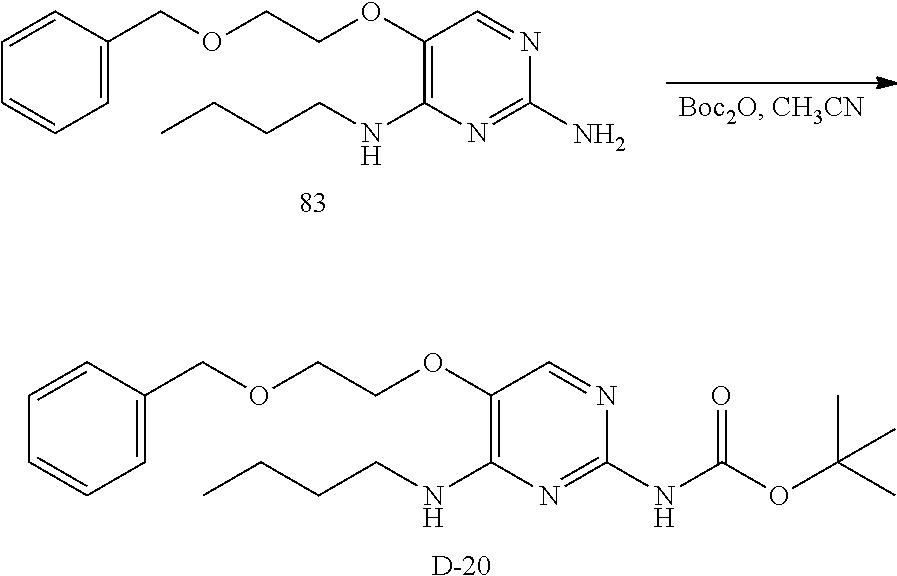
C00069
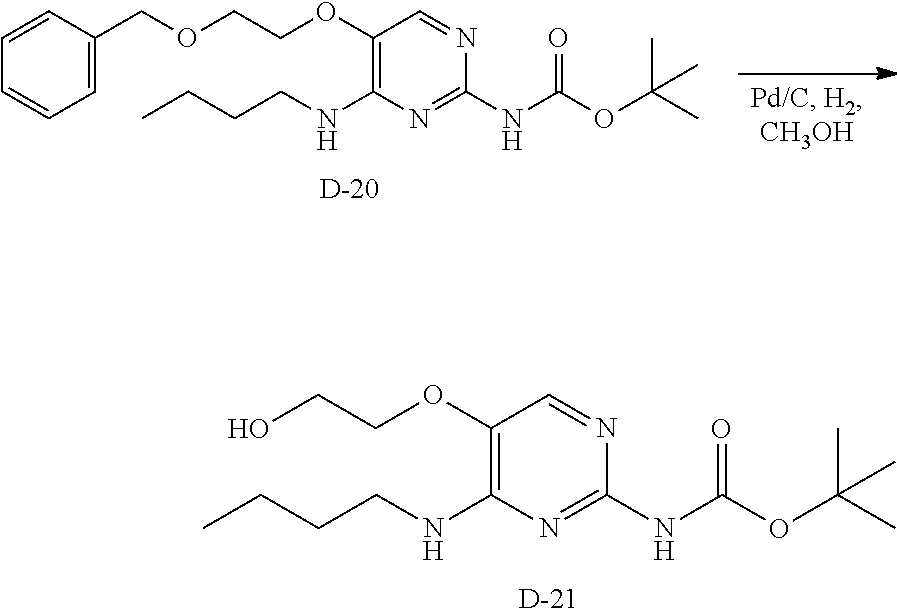
C00070
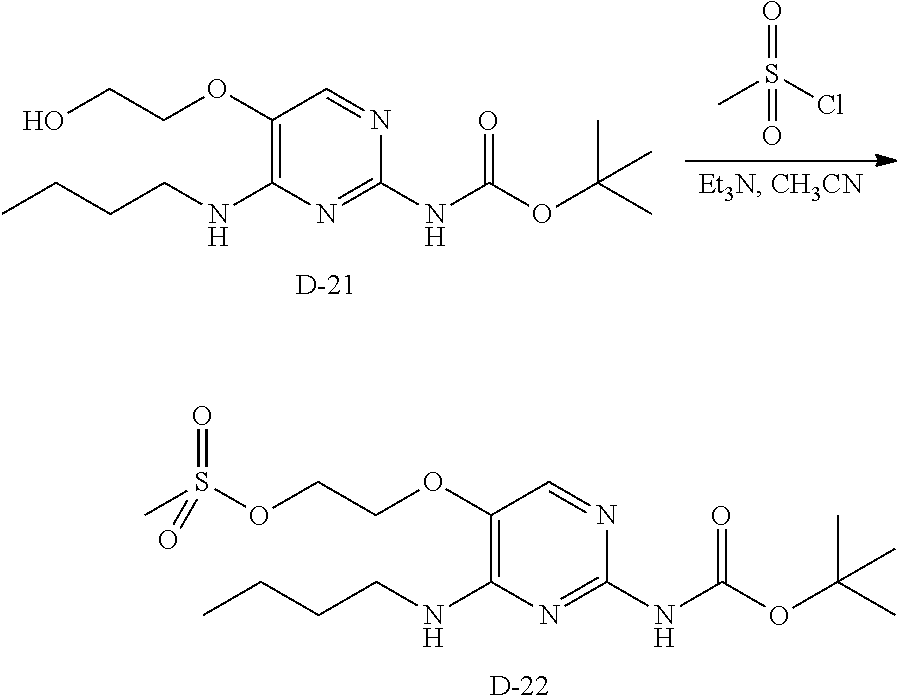
C00071

C00072
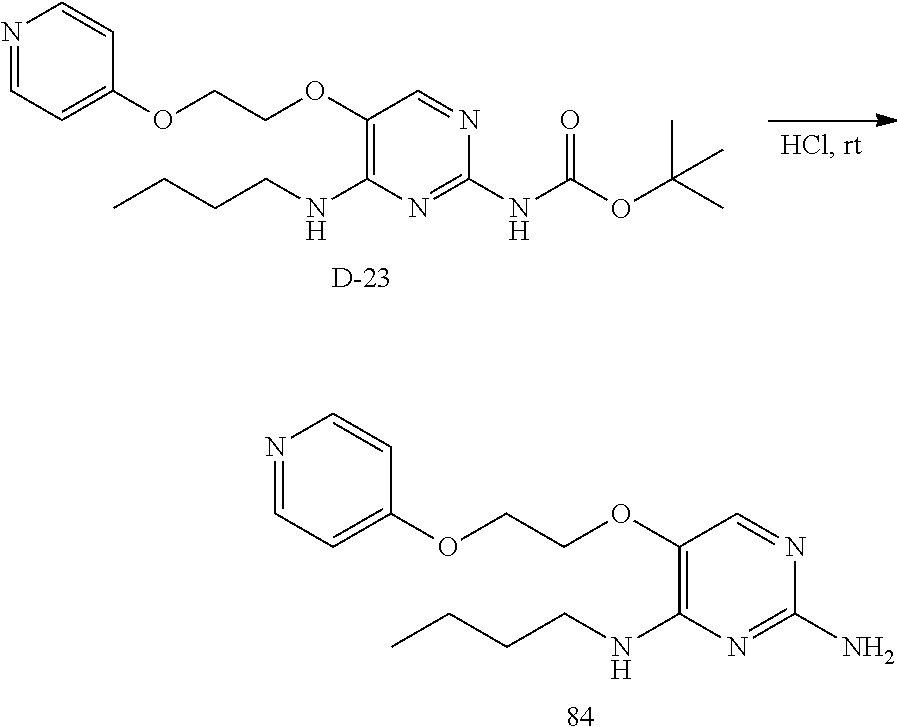
C00073
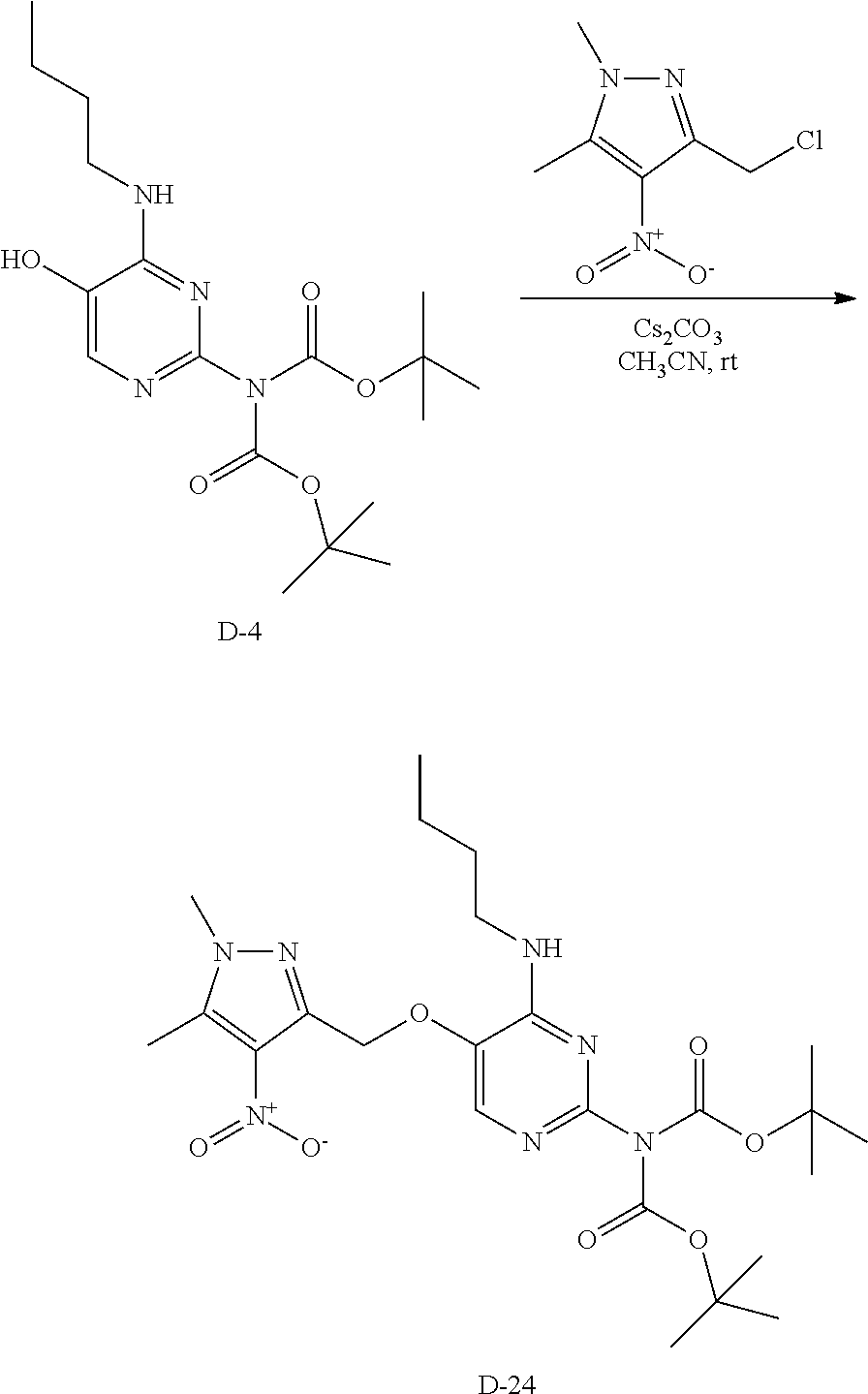
C00074

C00075
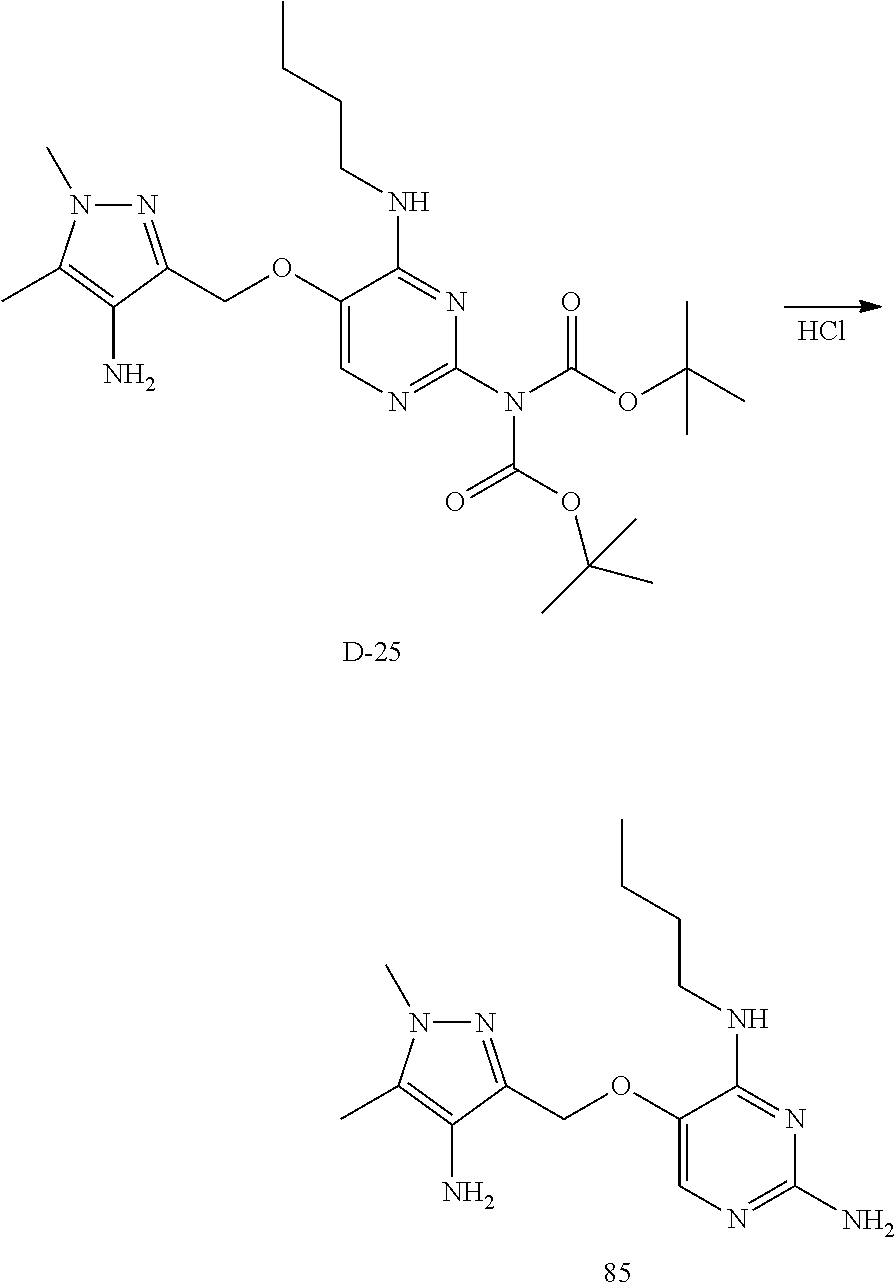
C00076

C00077

C00078

C00079

C00080
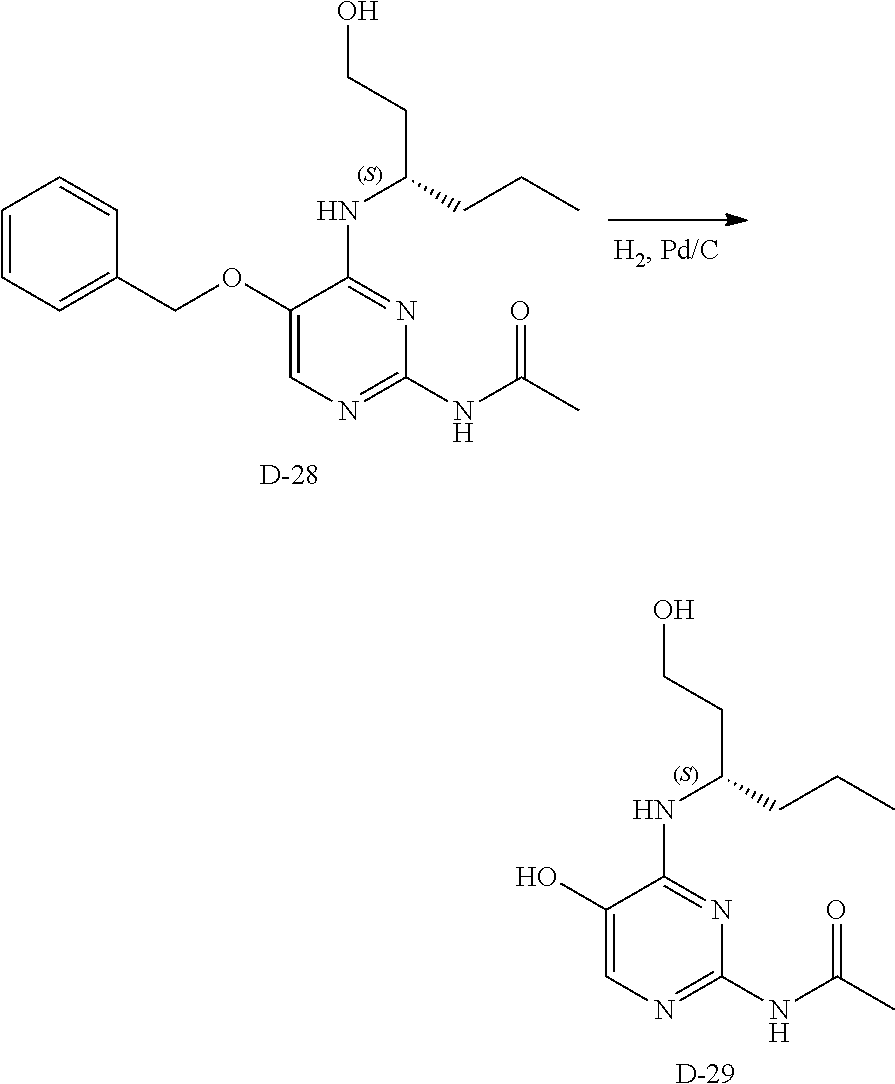
C00081
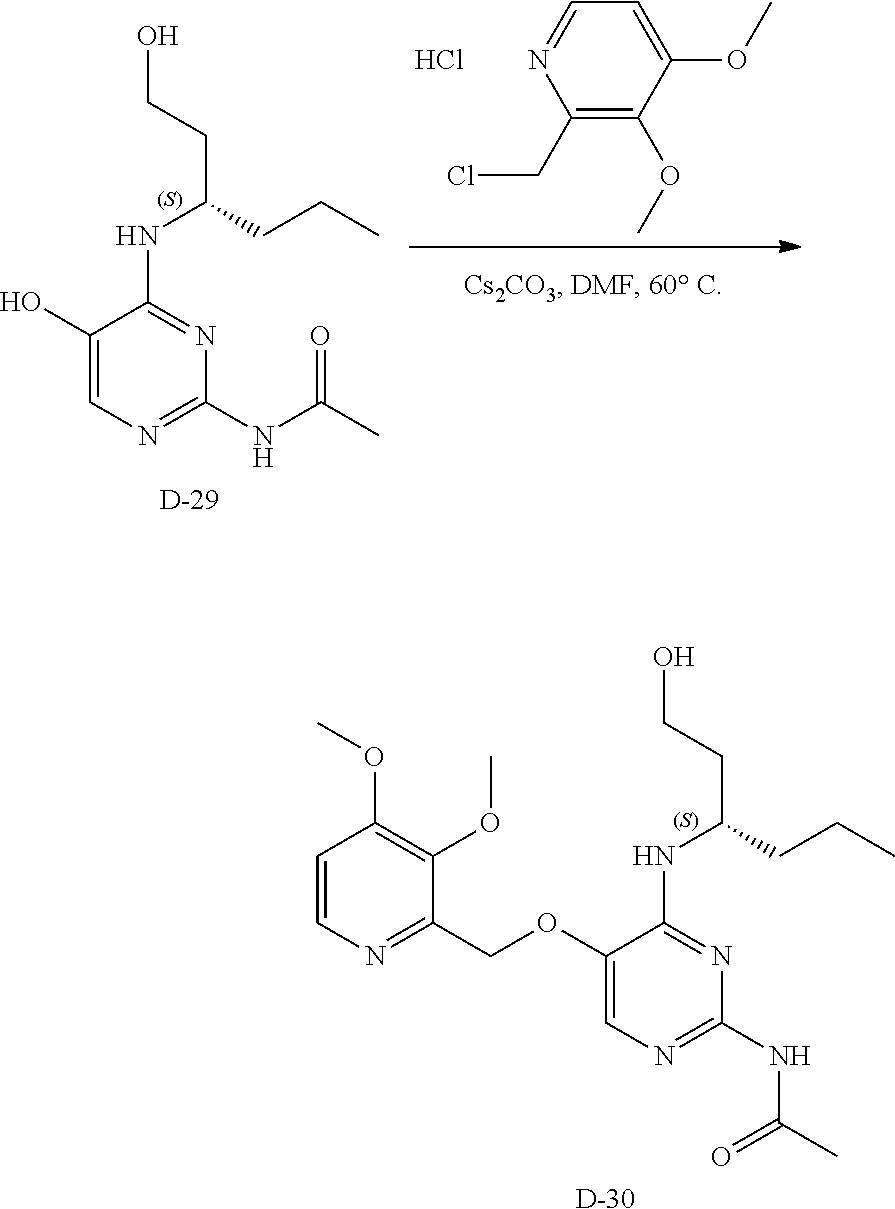
C00082
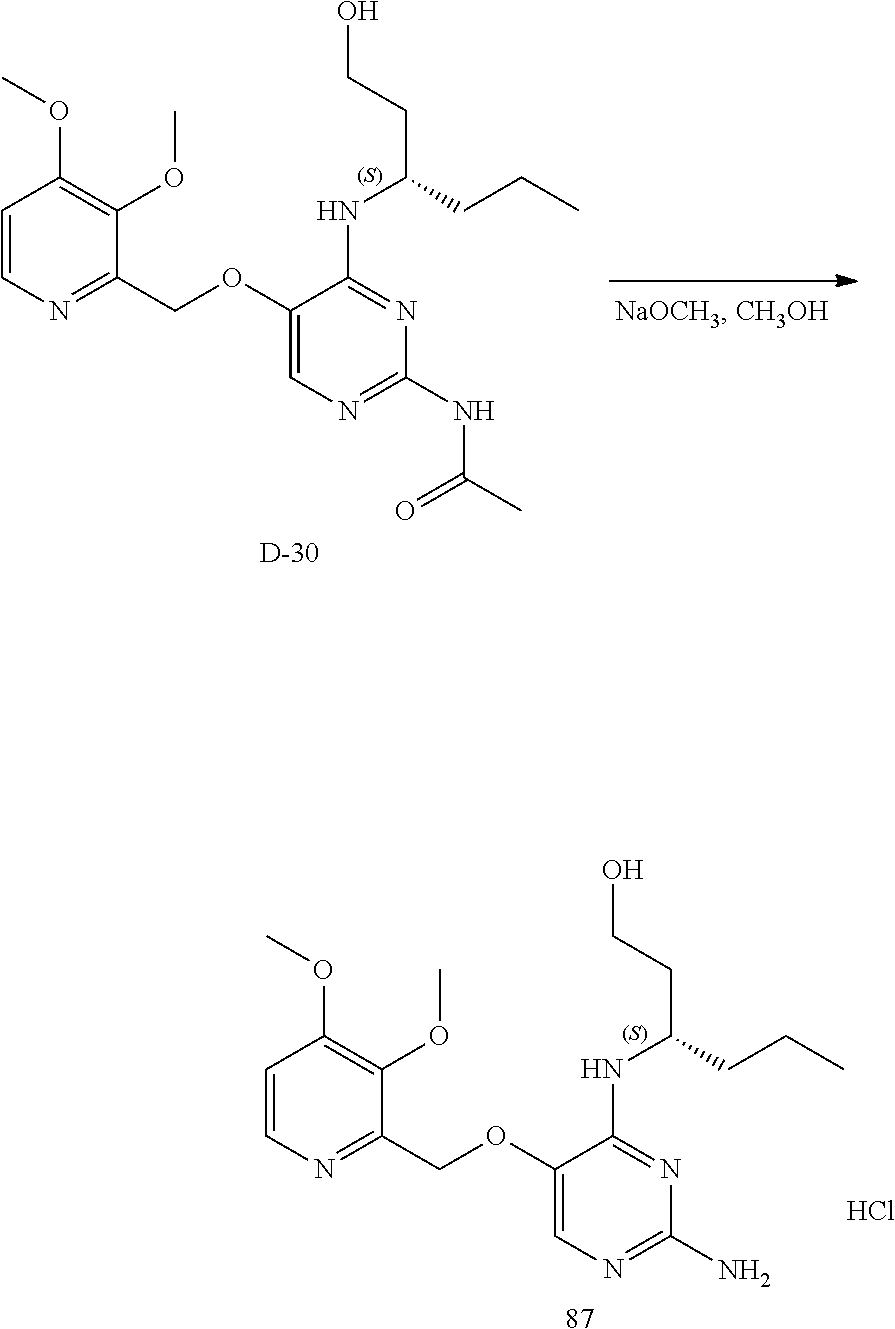
C00083

C00084
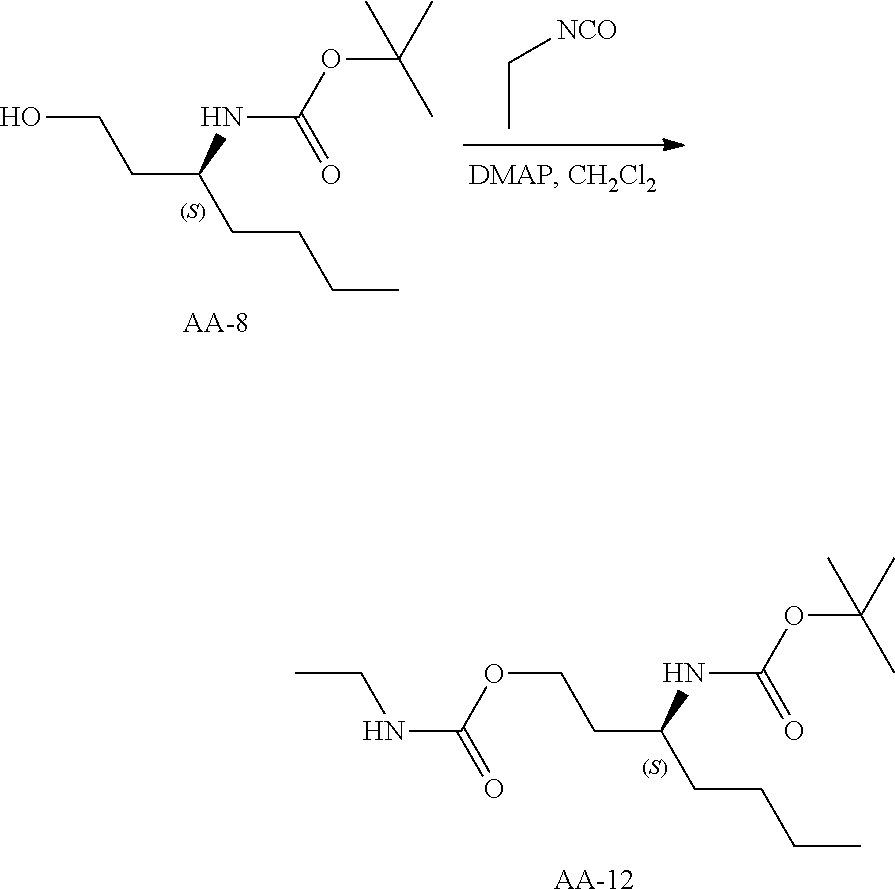
C00085
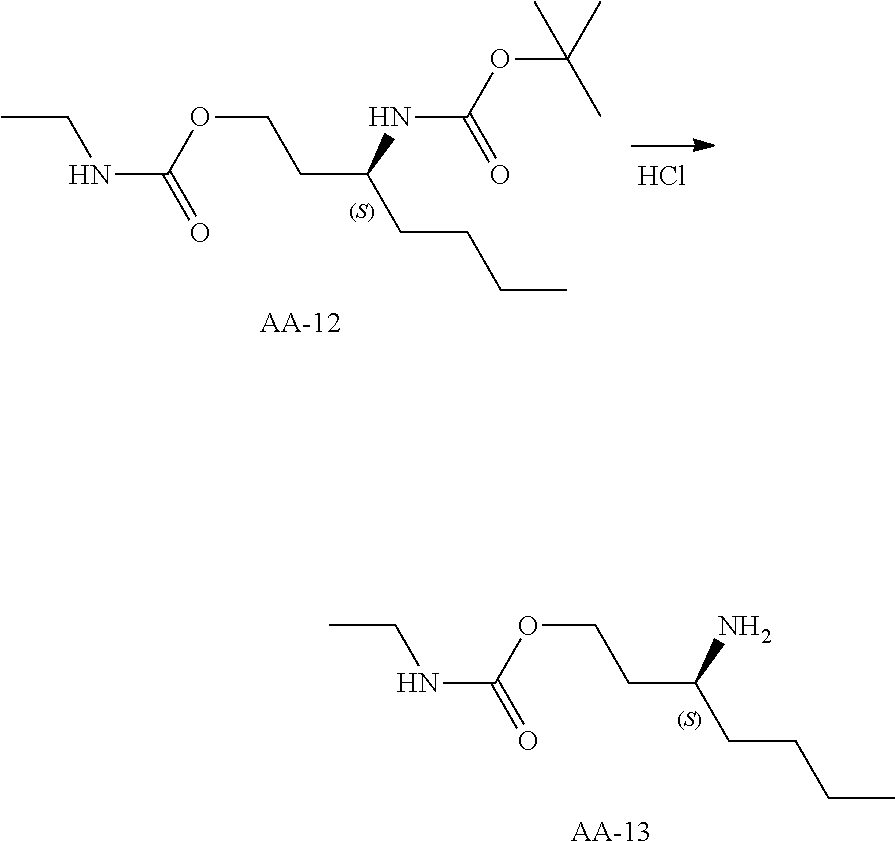
C00086

C00087

C00088

C00089
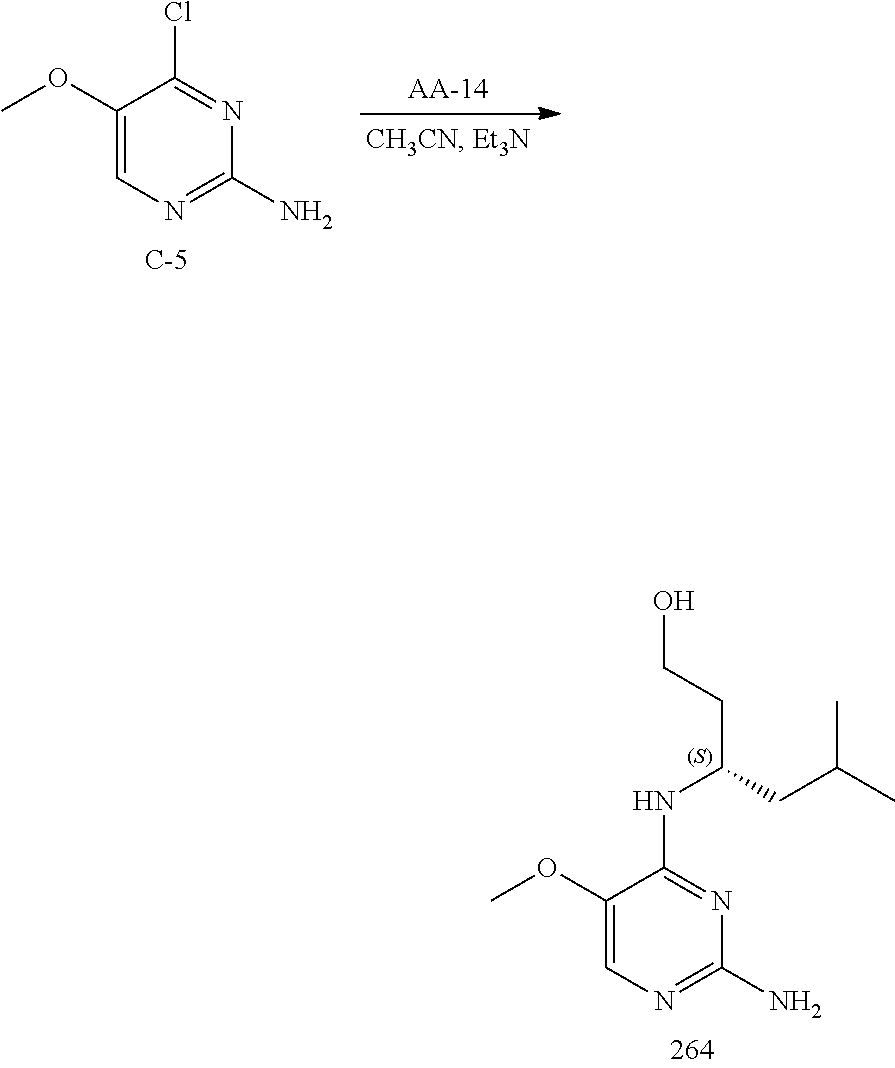
C00090

C00091
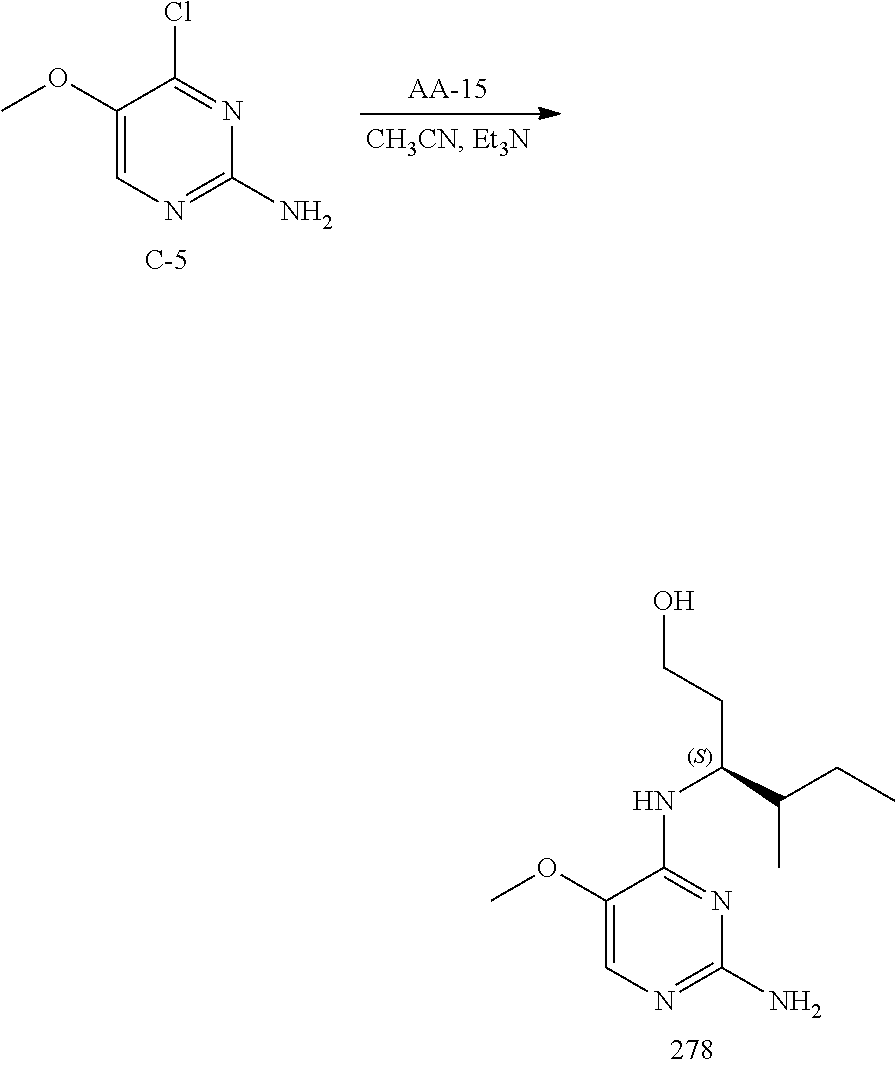
C00092
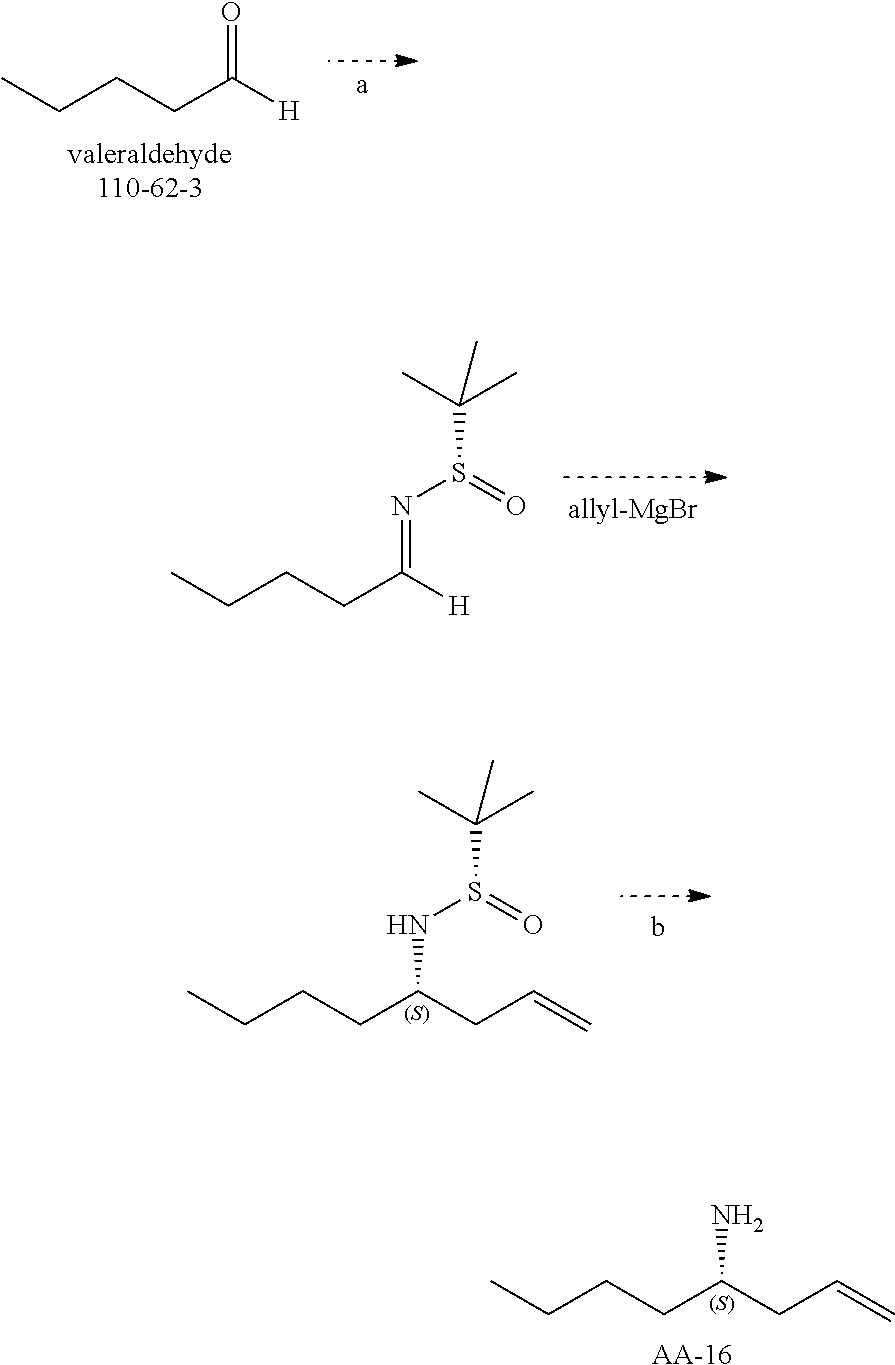
C00093
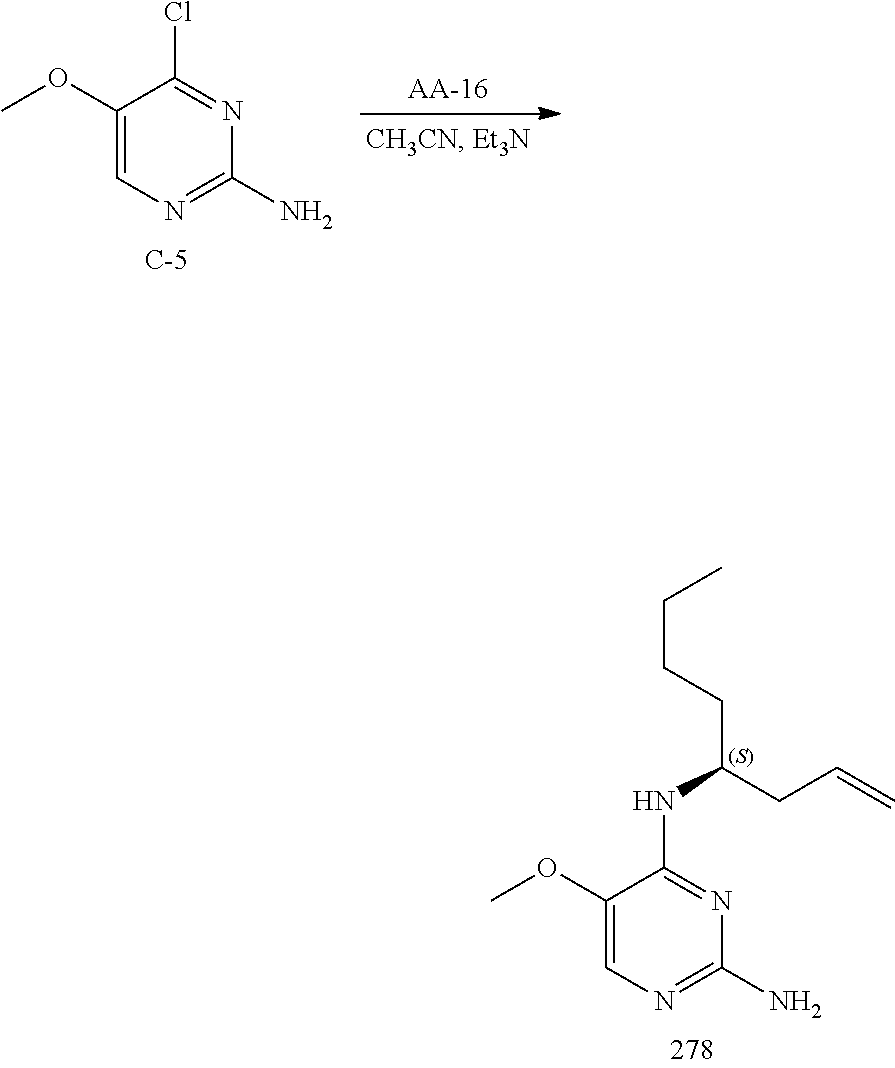
C00094
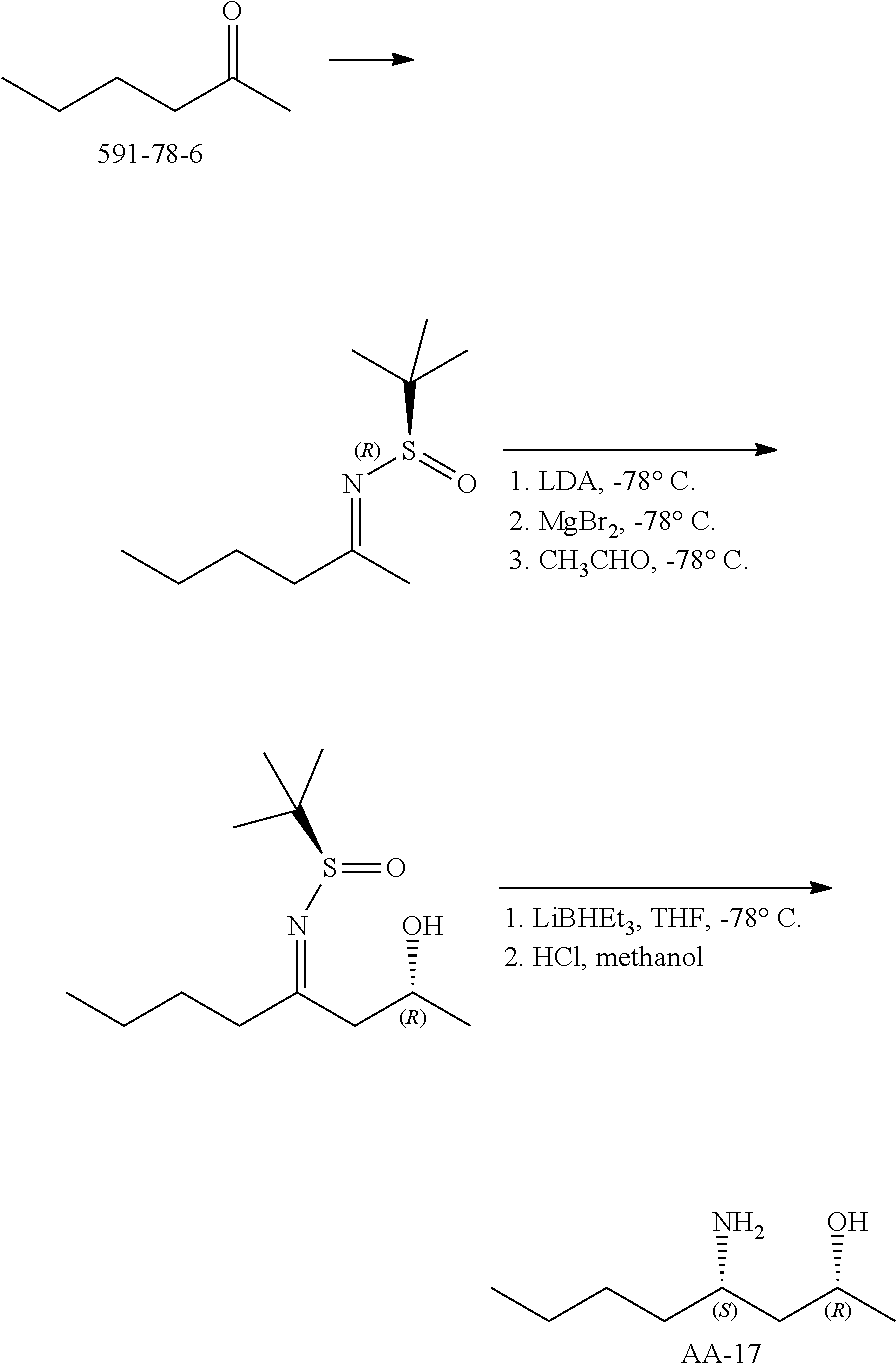
C00095
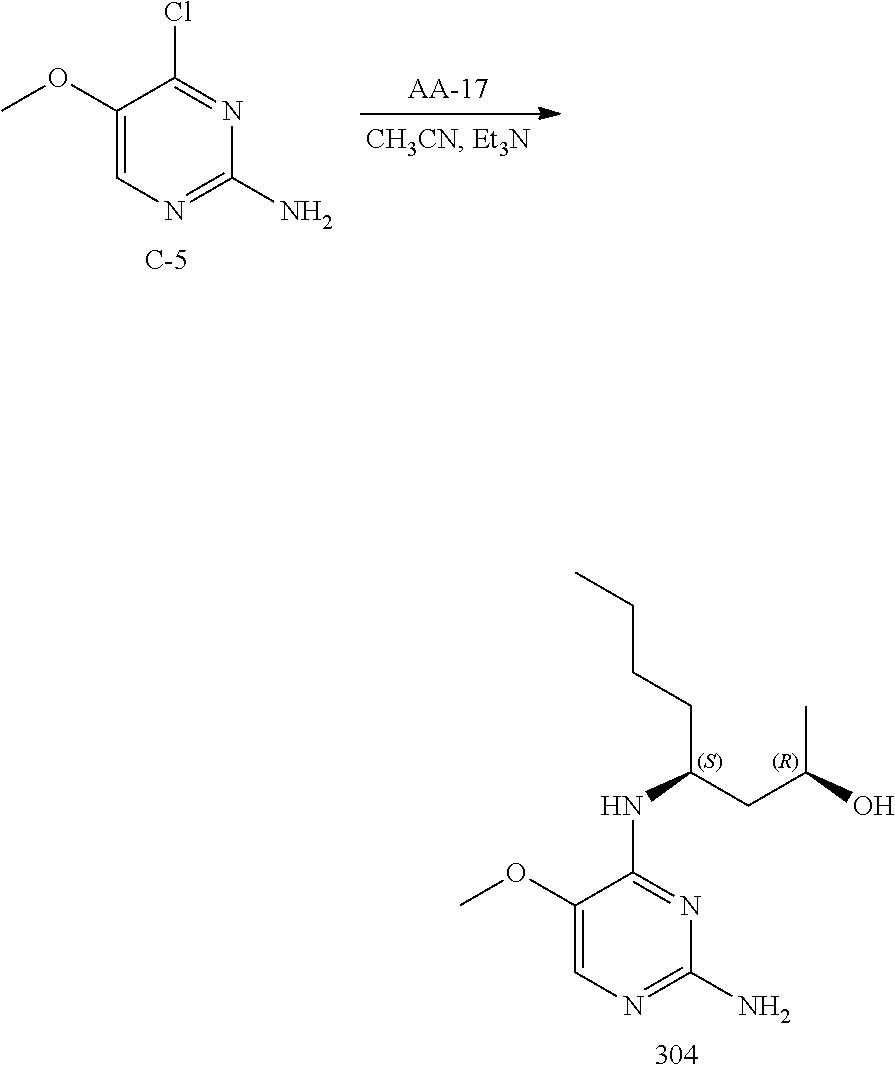
C00096
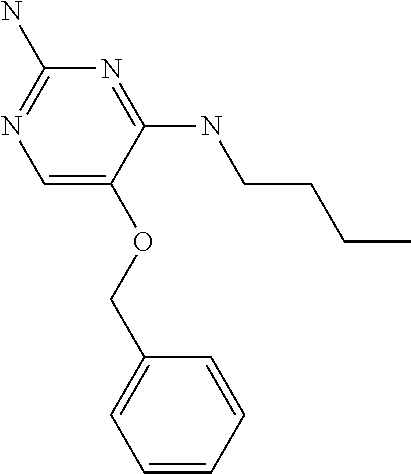
C00097

C00098
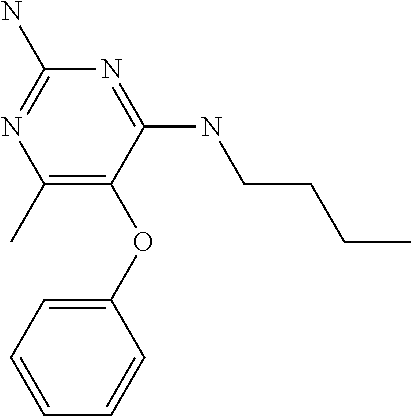
C00099

C00100
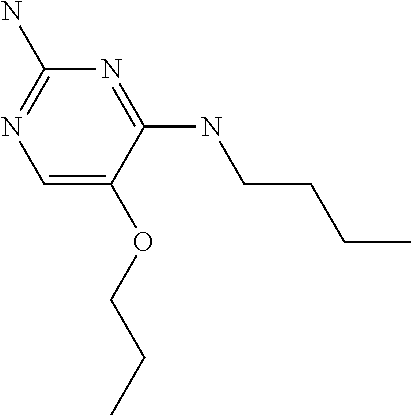
C00101
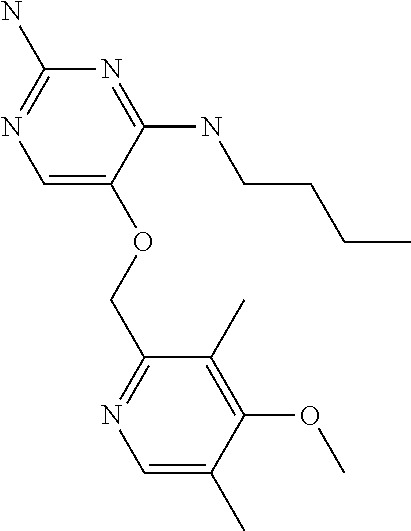
C00102

C00103

C00104
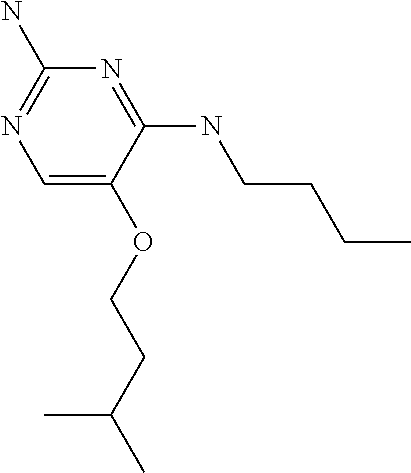
C00105
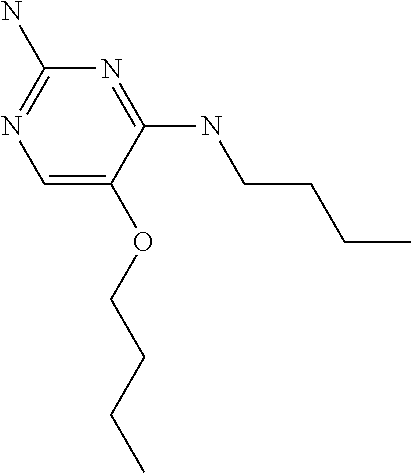
C00106
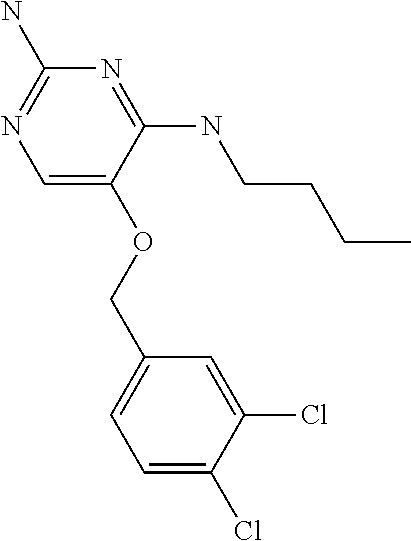
C00107
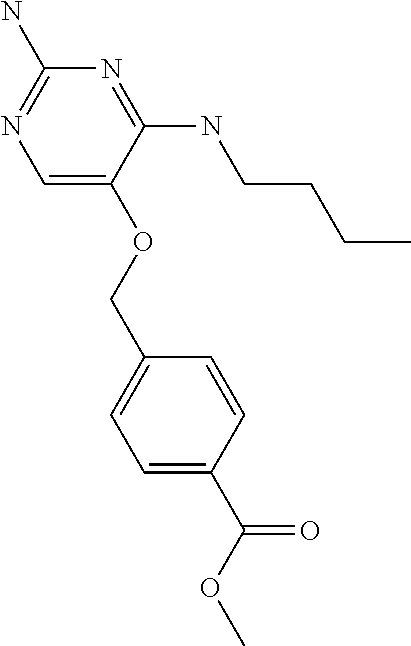
C00108
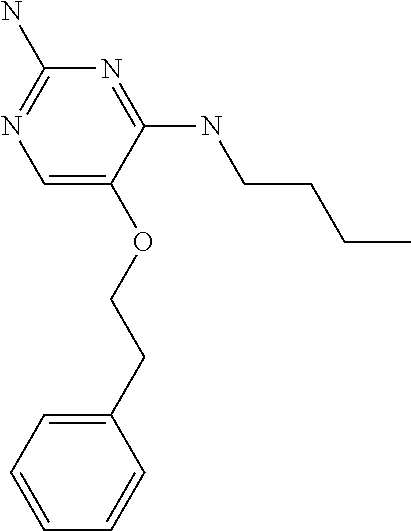
C00109

C00110

C00111
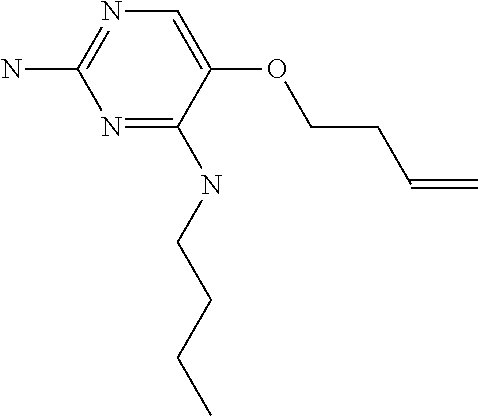
C00112
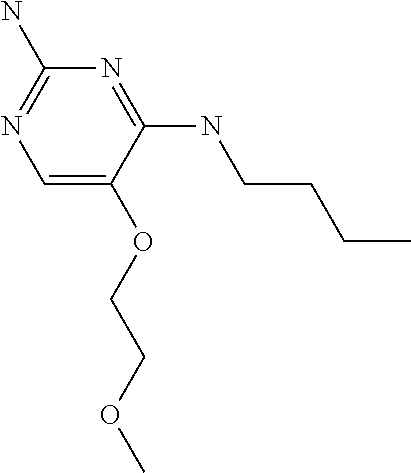
C00113
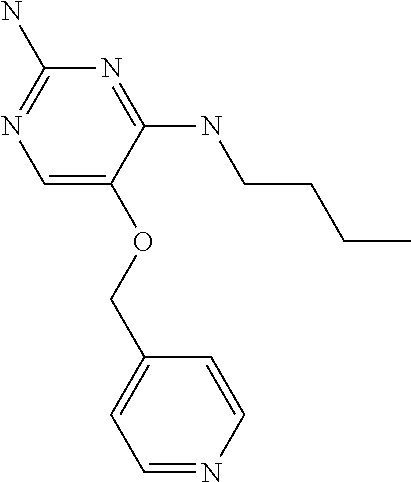
C00114

C00115
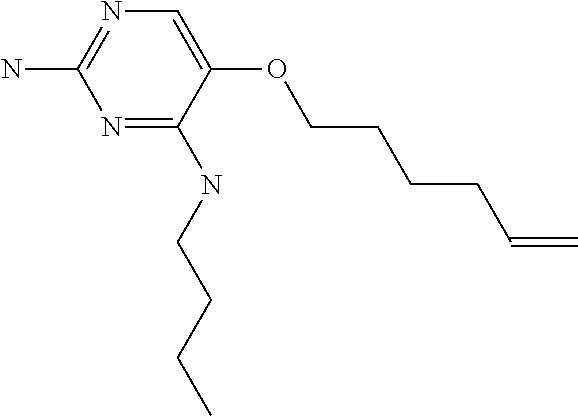
C00116

C00117

C00118
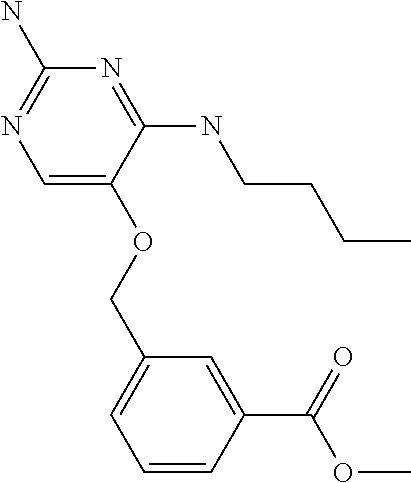
C00119
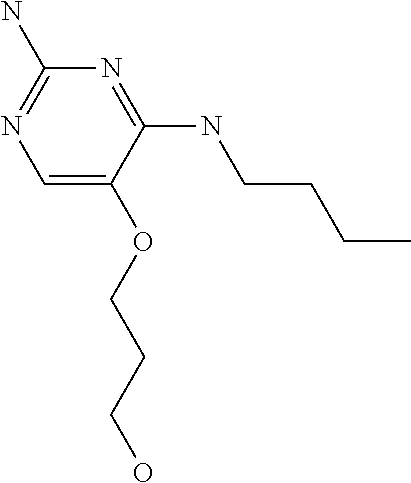
C00120
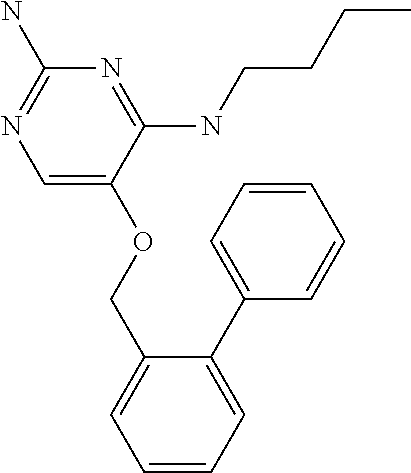
C00121
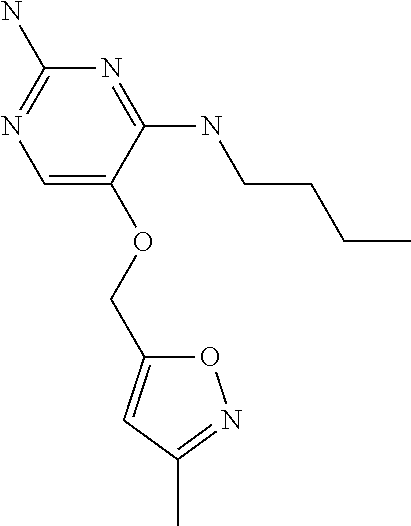
C00122
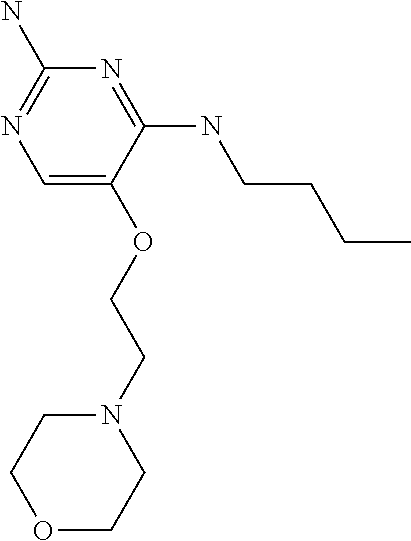
C00123
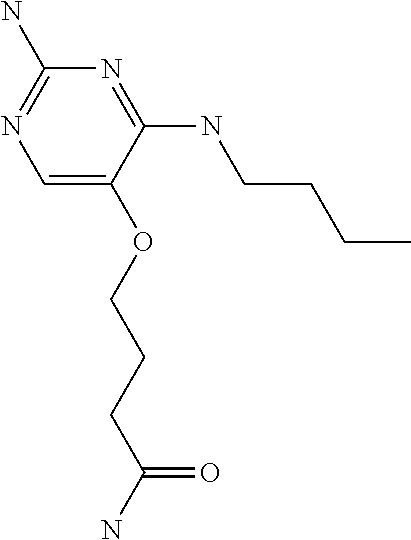
C00124
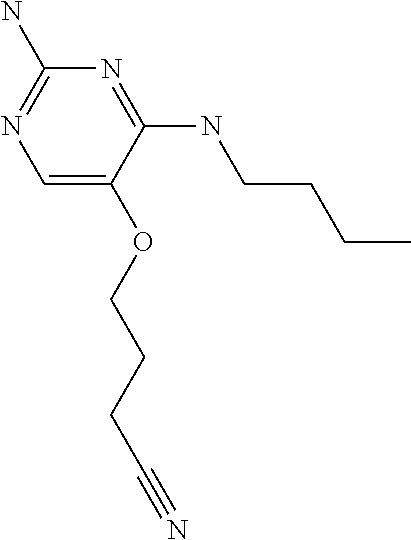
C00125
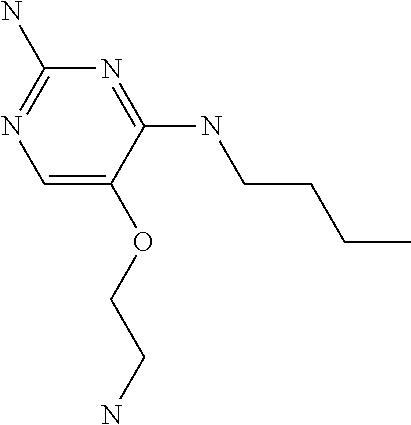
C00126

C00127
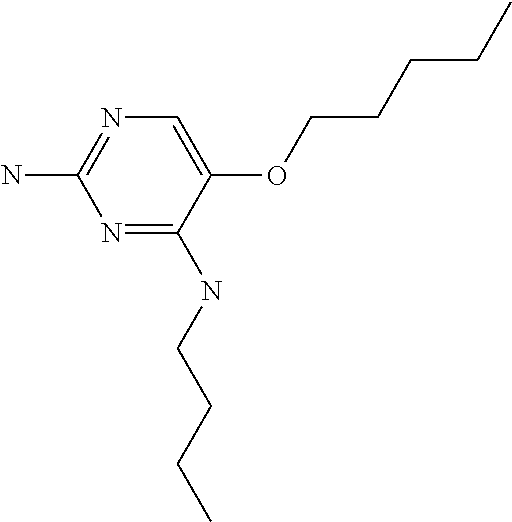
C00128

C00129
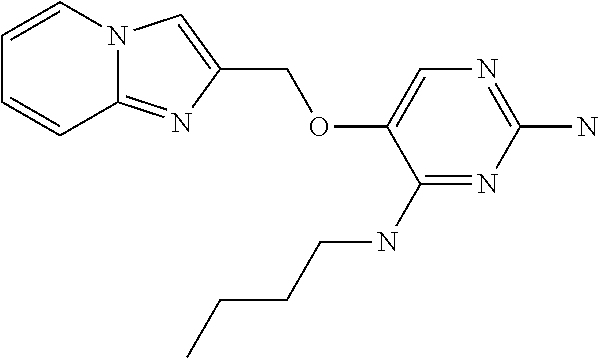
C00130
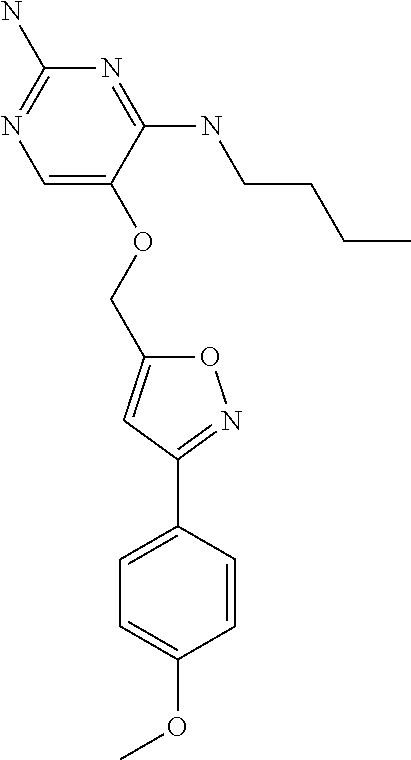
C00131
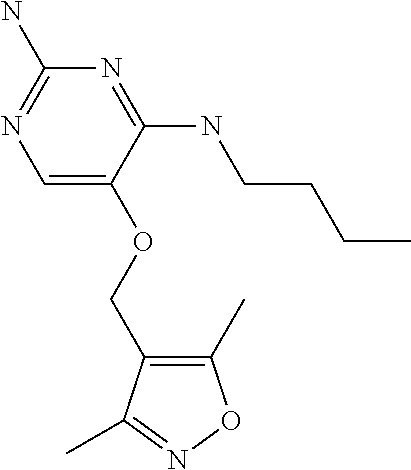
C00132

C00133
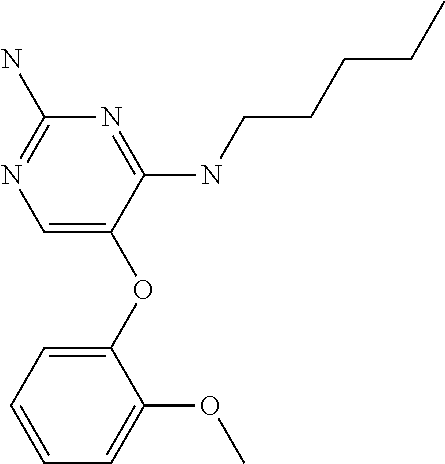
C00134
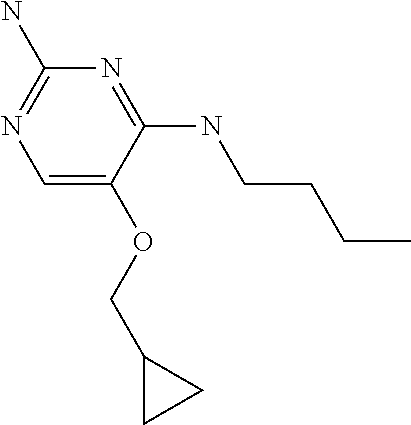
C00135
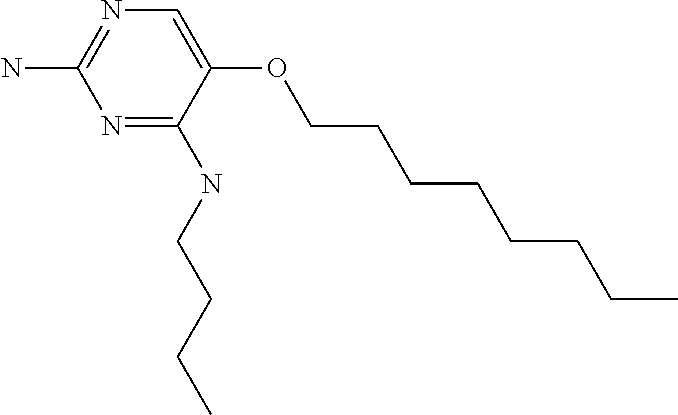
C00136
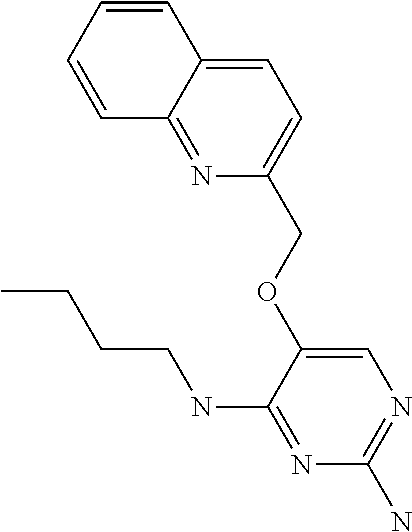
C00137

C00138
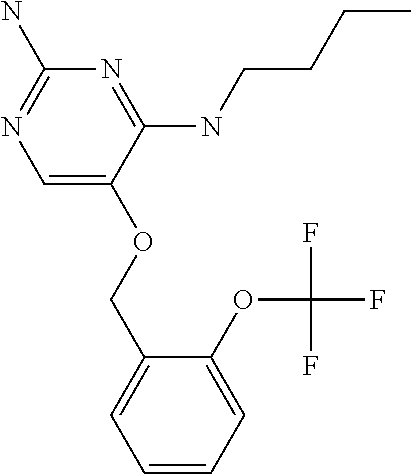
C00139
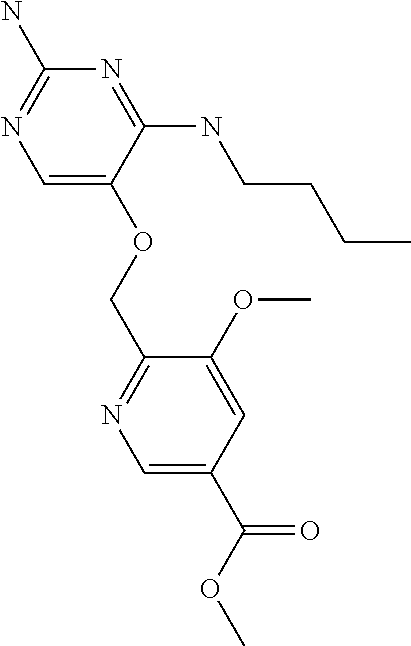
C00140
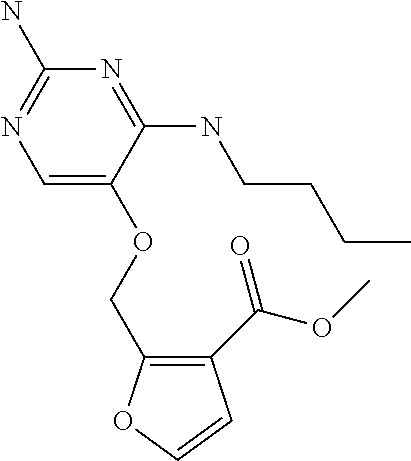
C00141
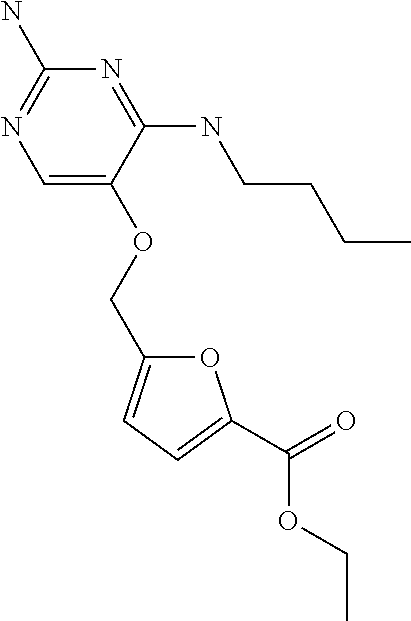
C00142
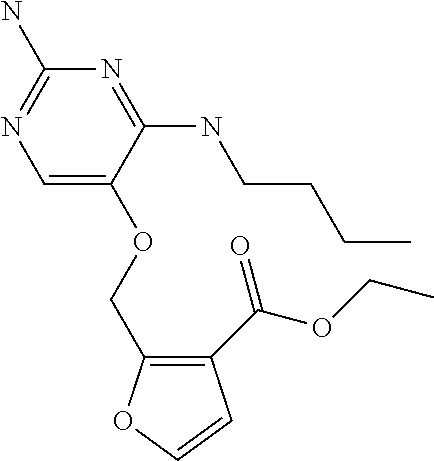
C00143
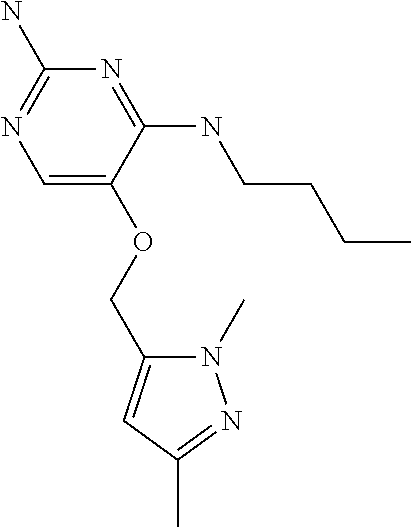
C00144

C00145
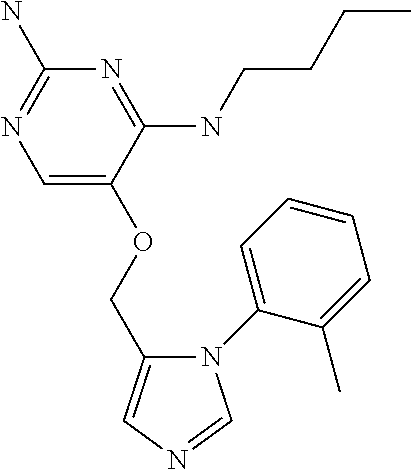
C00146
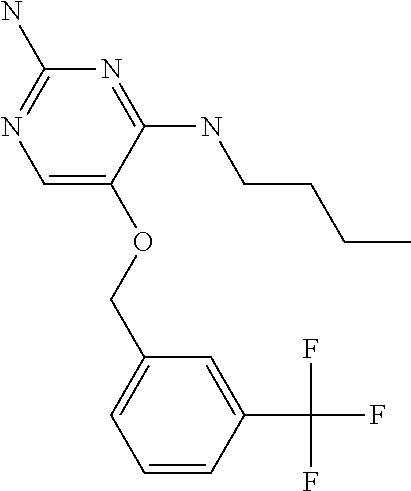
C00147
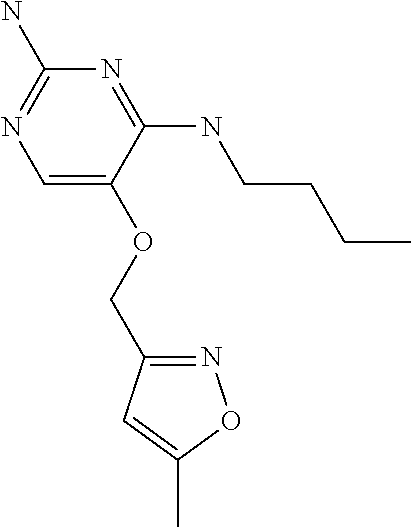
C00148
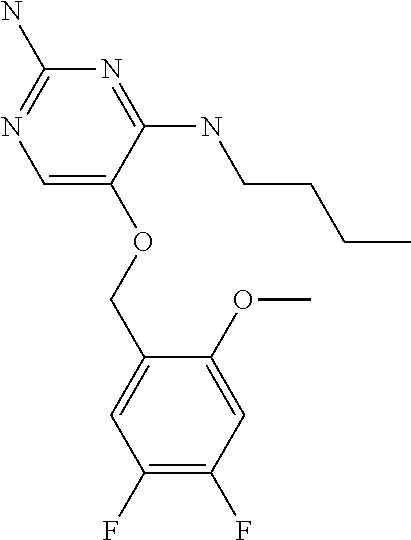
C00149
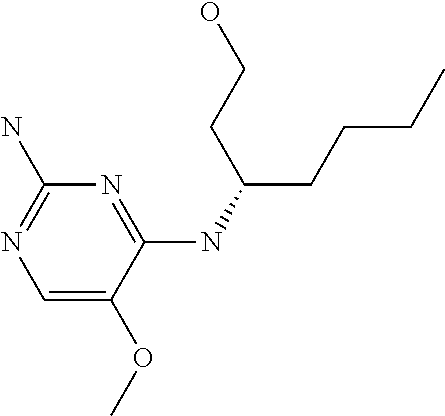
C00150
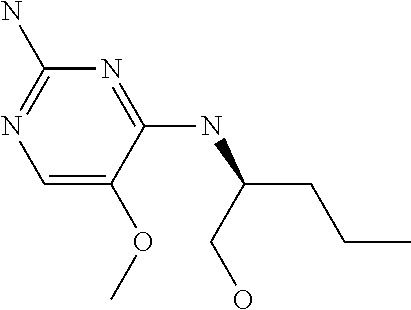
C00151
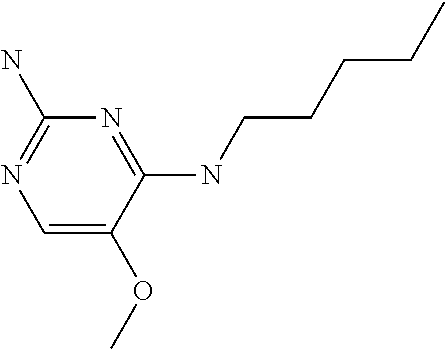
C00152
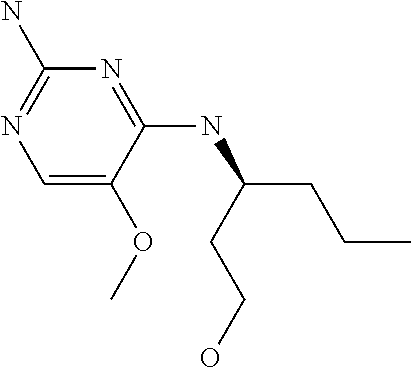
C00153
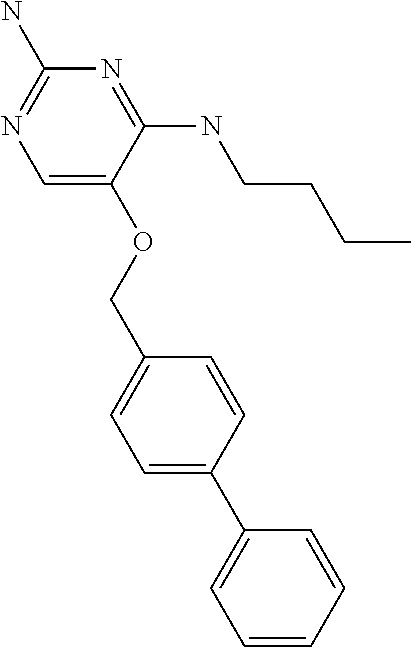
C00154
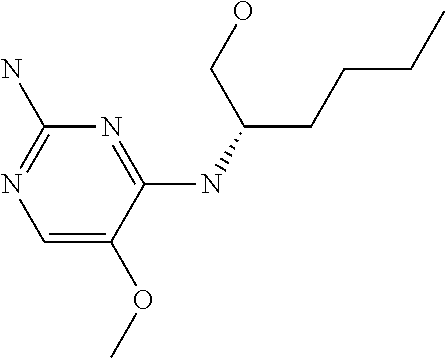
C00155
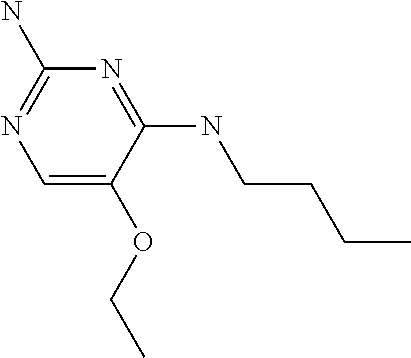
C00156
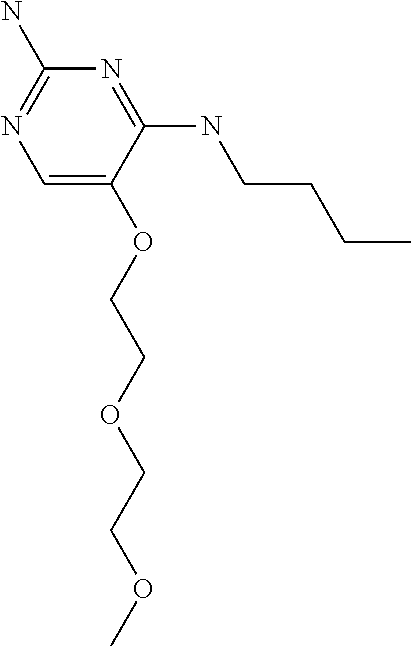
C00157
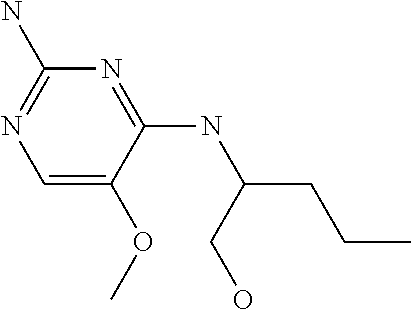
C00158
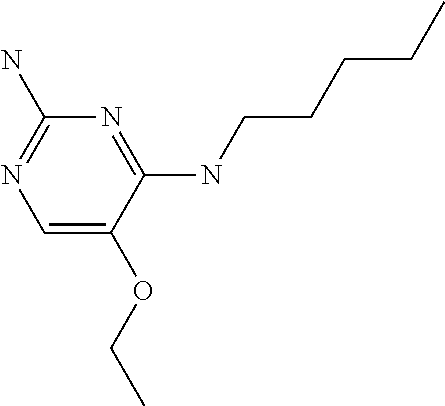
C00159
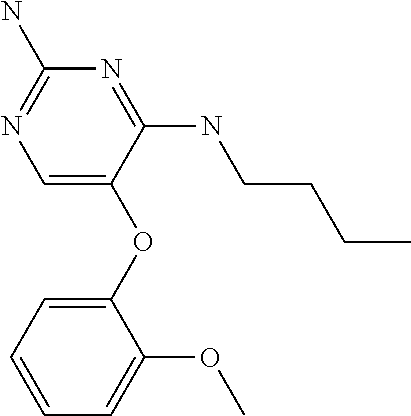
C00160
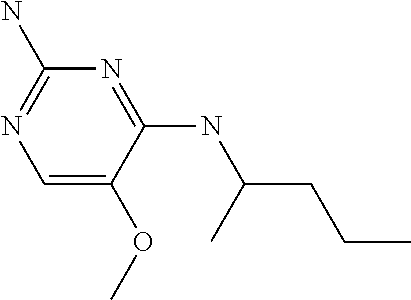
C00161
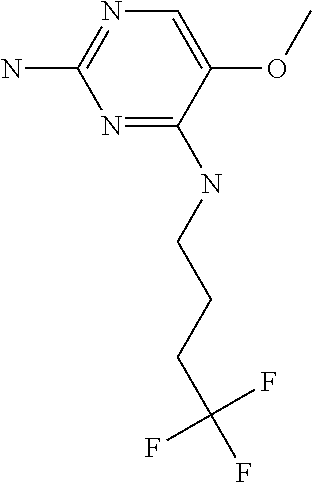
C00162

C00163
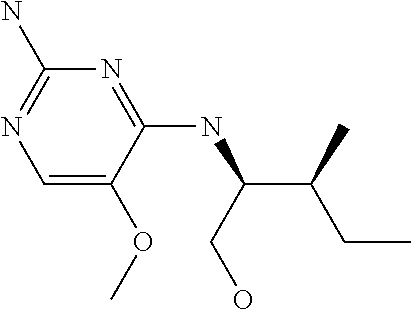
C00164

C00165
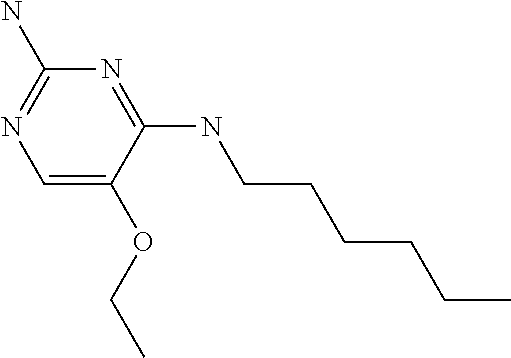
C00166
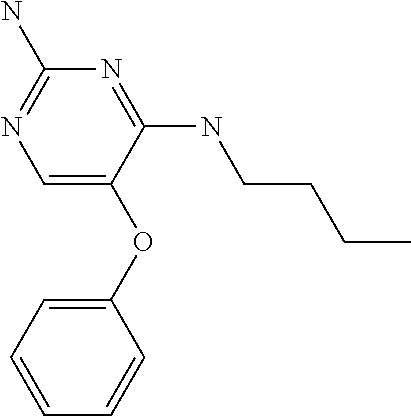
C00167
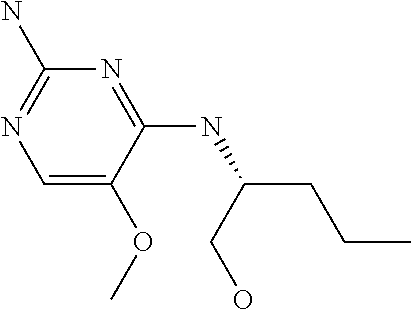
C00168
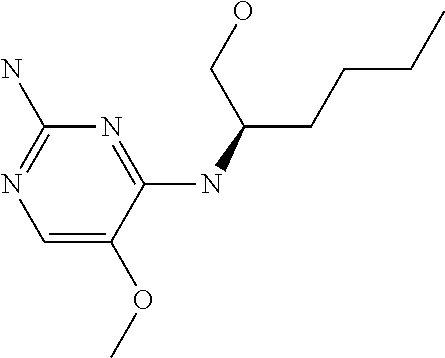
C00169
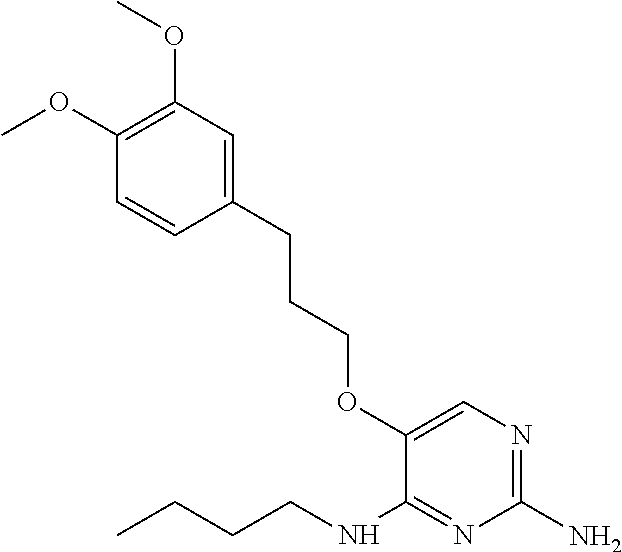
C00170
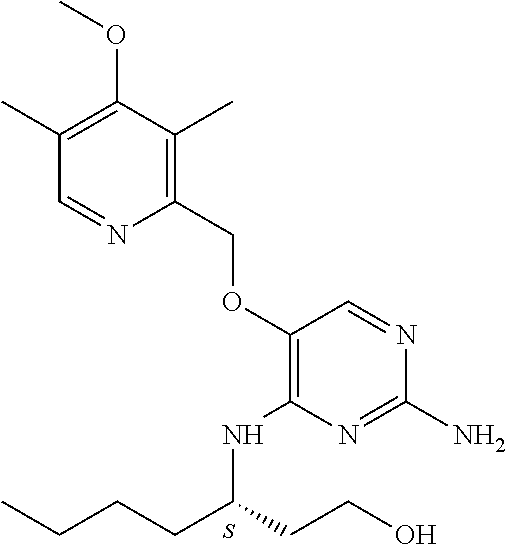
C00171

C00172
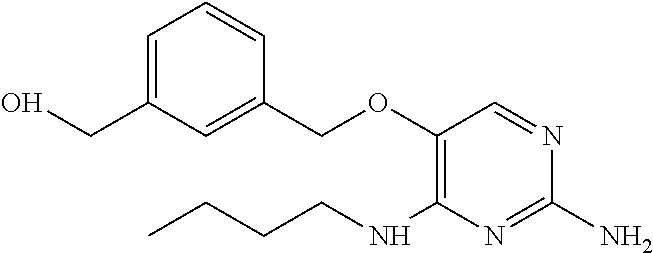
C00173

C00174
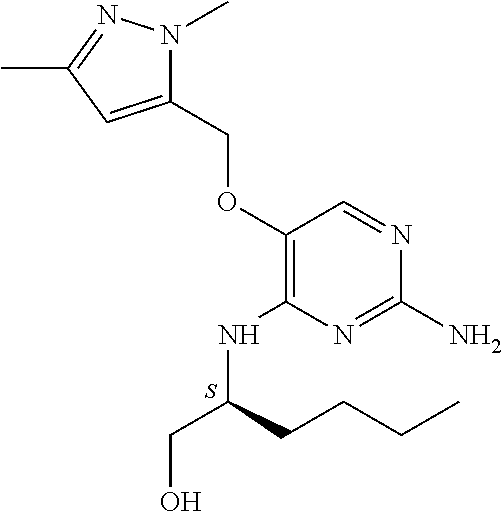
C00175
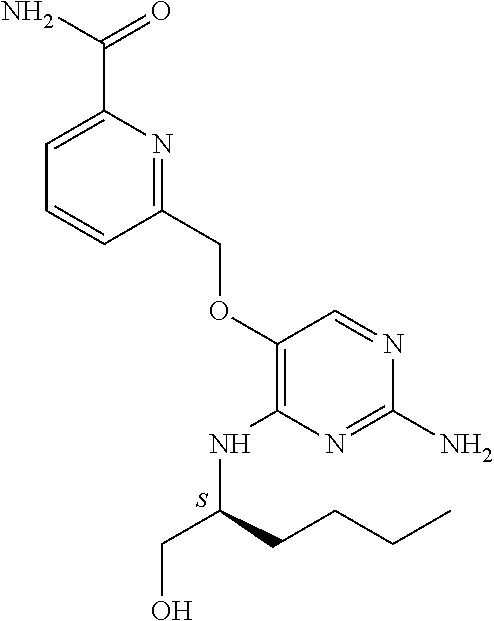
C00176

C00177
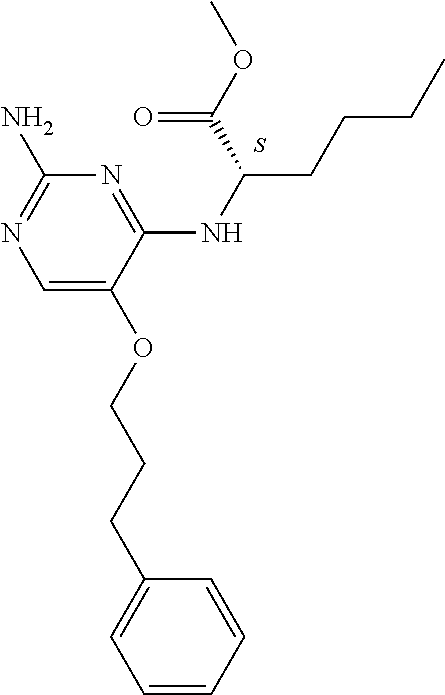
C00178
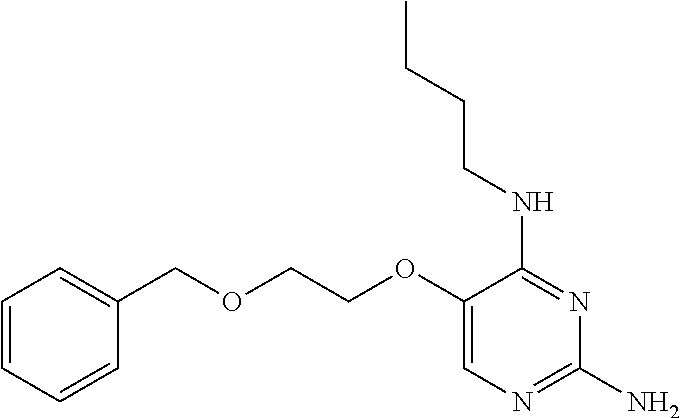
C00179
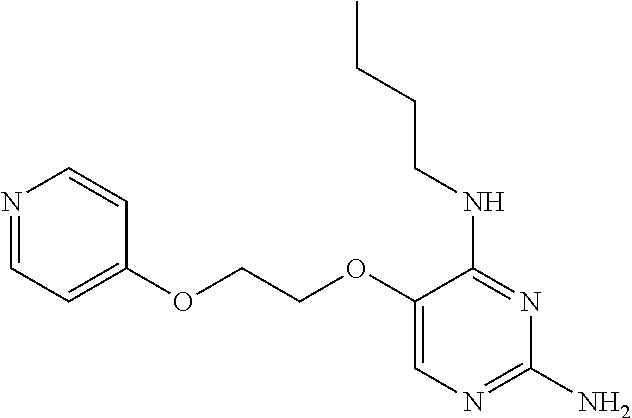
C00180
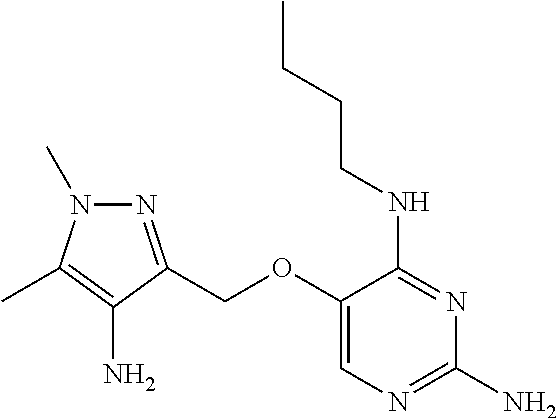
C00181

C00182
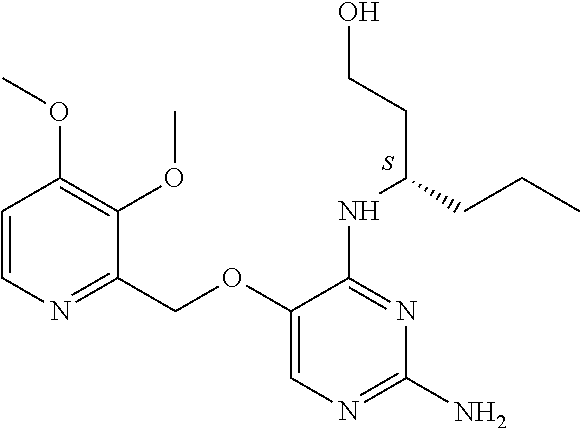
C00183
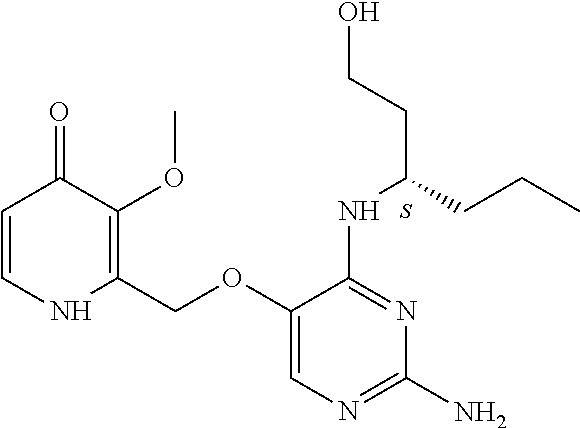
C00184
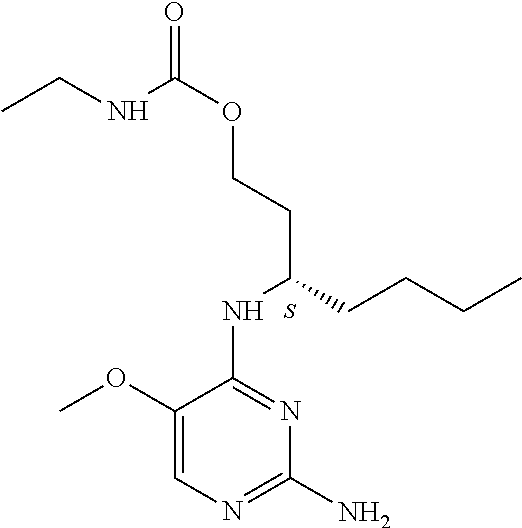
C00185
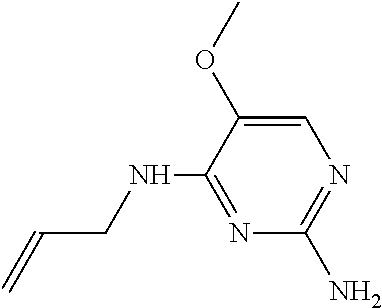
C00186
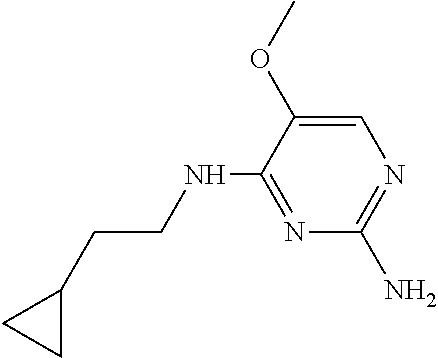
C00187
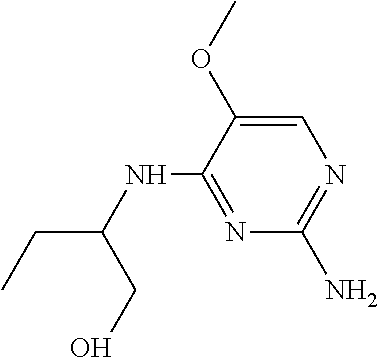
C00188

C00189

C00190
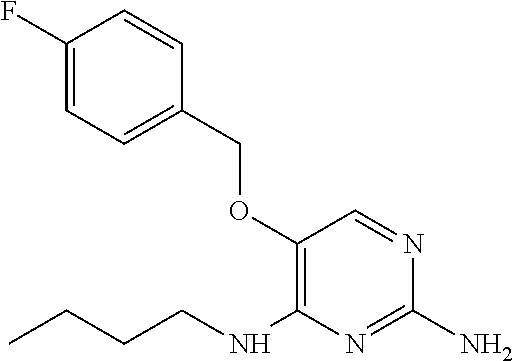
C00191

C00192

C00193
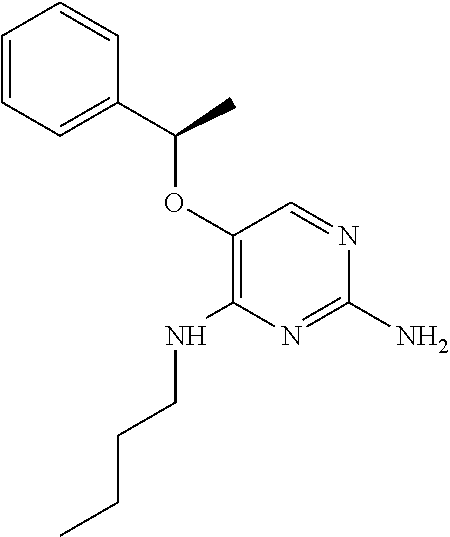
C00194
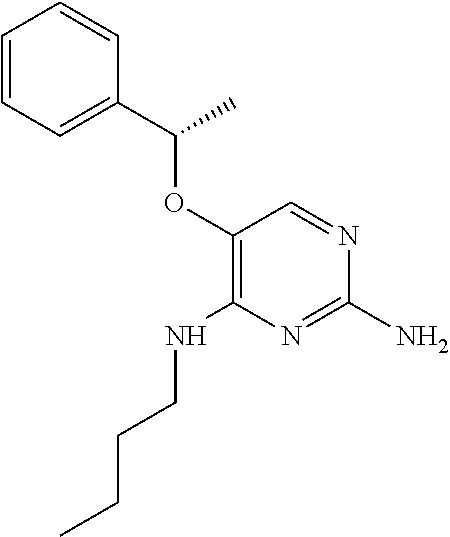
C00195
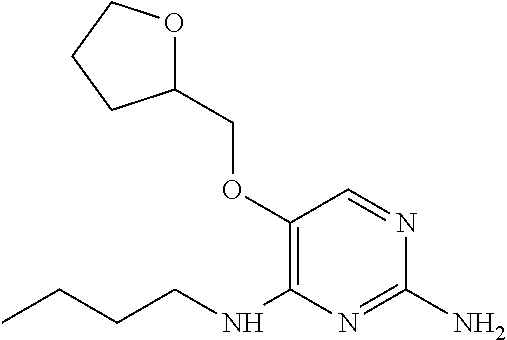
C00196
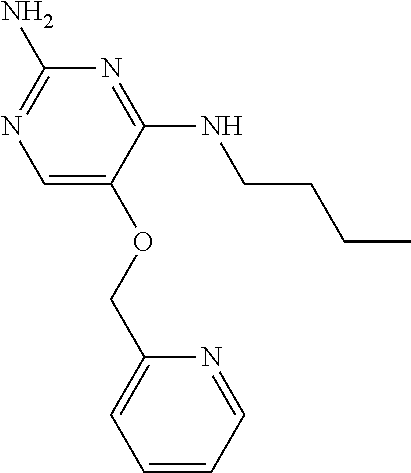
C00197
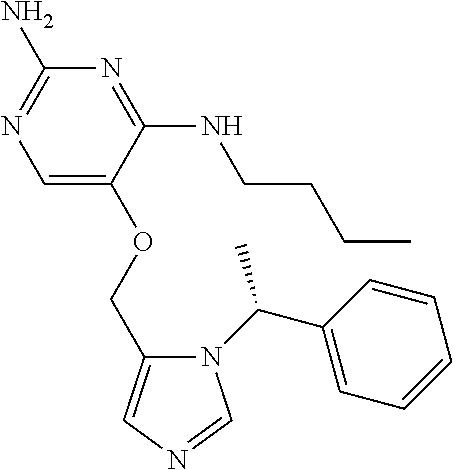
C00198
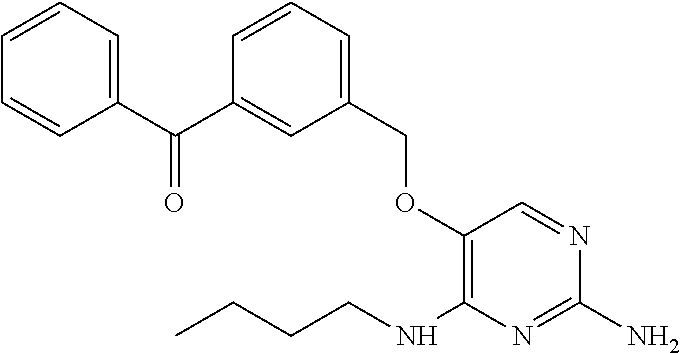
C00199
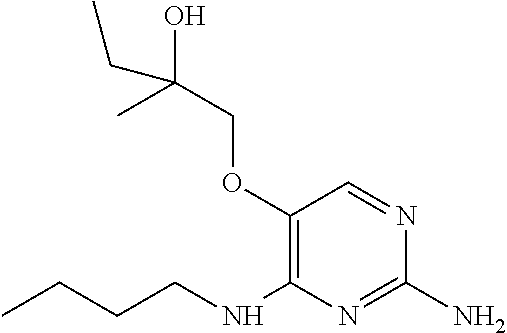
C00200
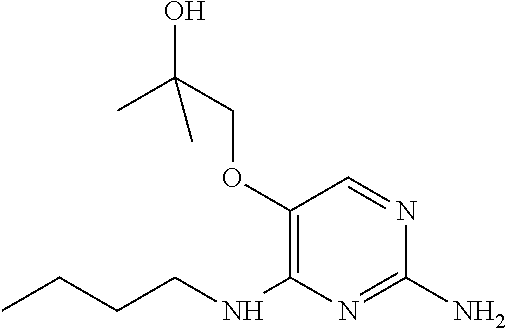
C00201
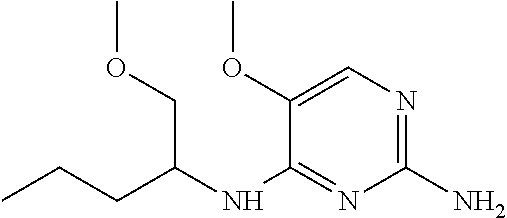
C00202
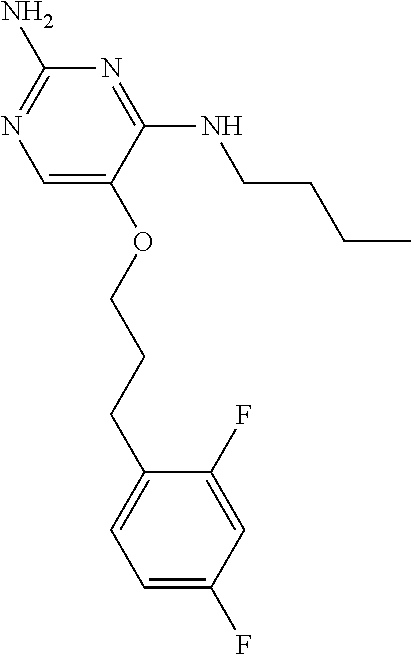
C00203
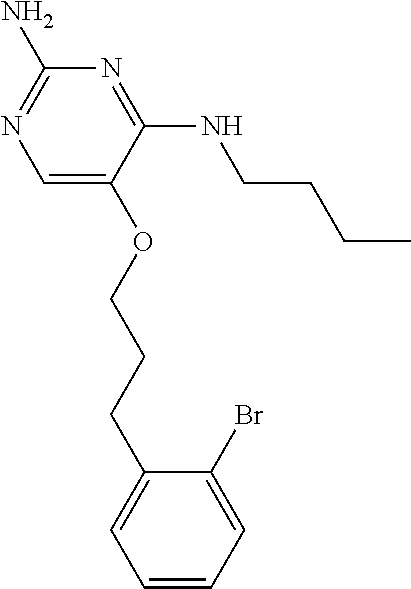
C00204
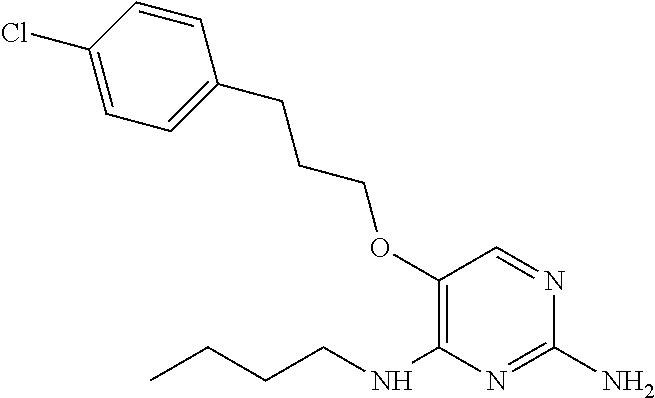
C00205
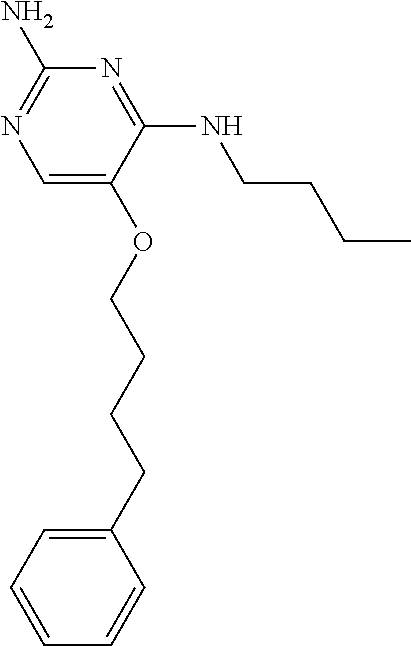
C00206

C00207
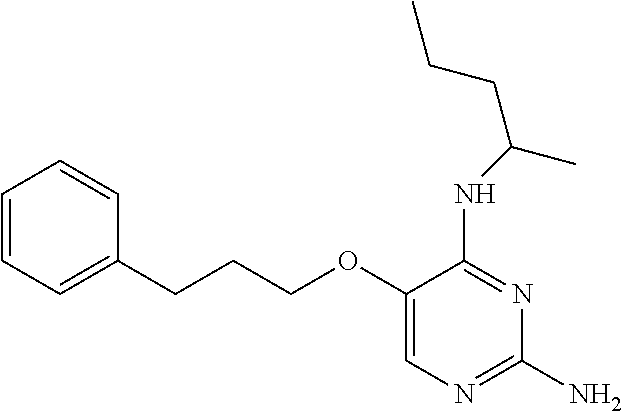
C00208

C00209

C00210
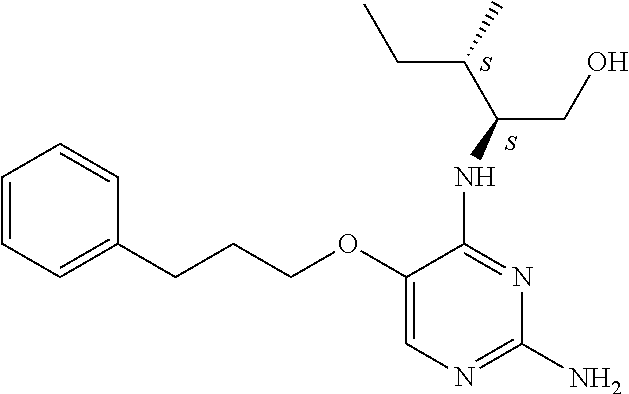
C00211

C00212
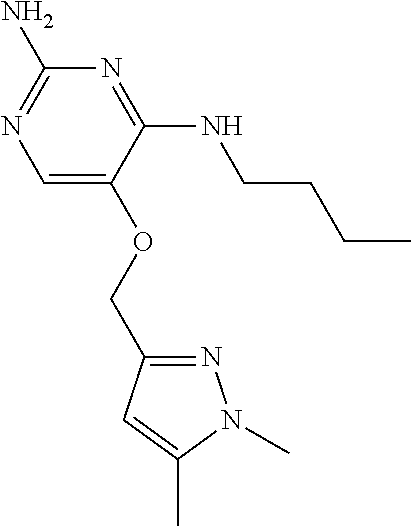
C00213
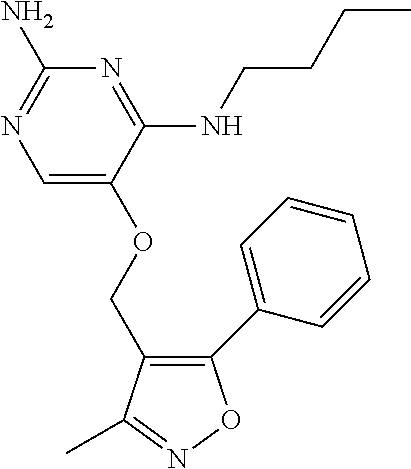
C00214
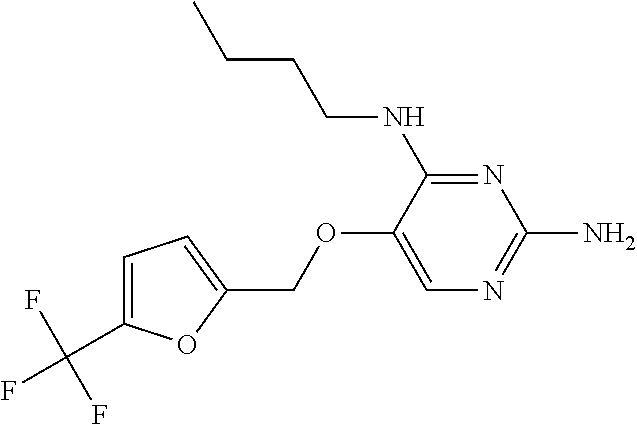
C00215

C00216
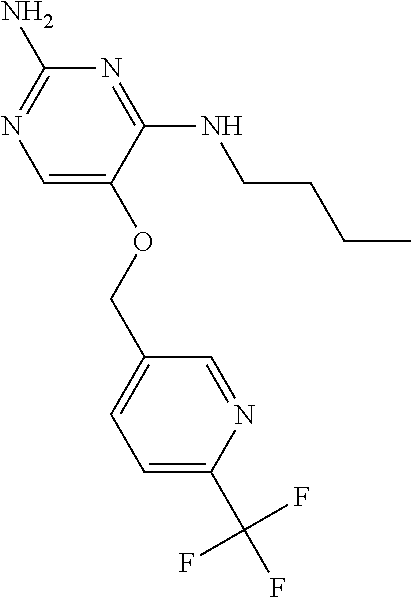
C00217
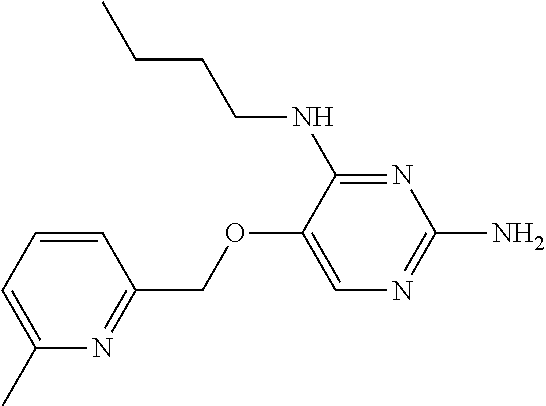
C00218
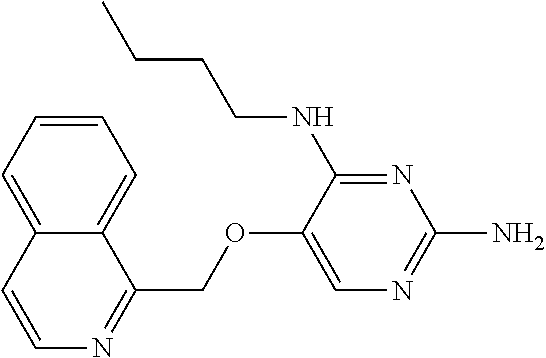
C00219
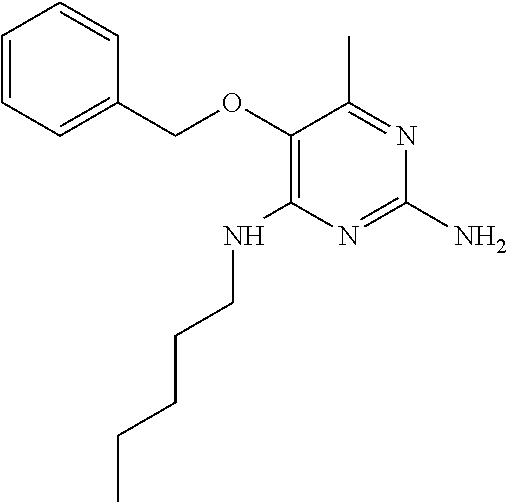
C00220

C00221
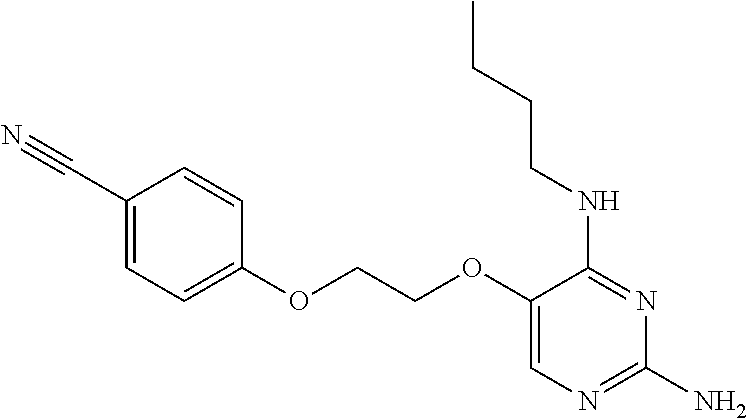
C00222
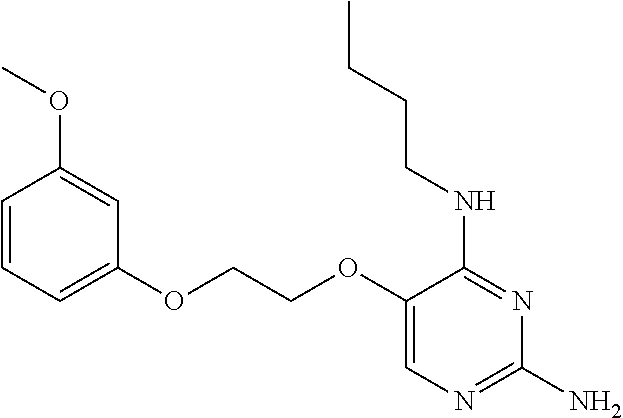
C00223
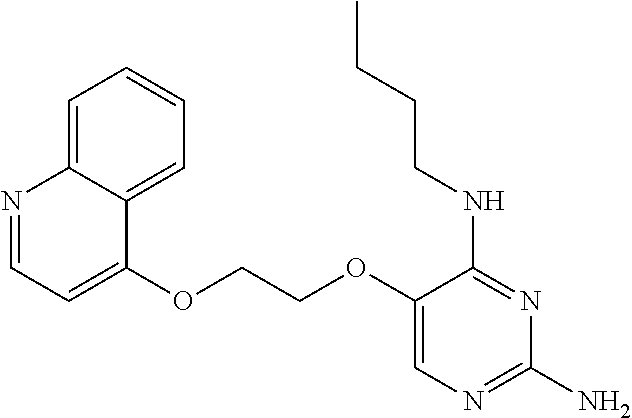
C00224
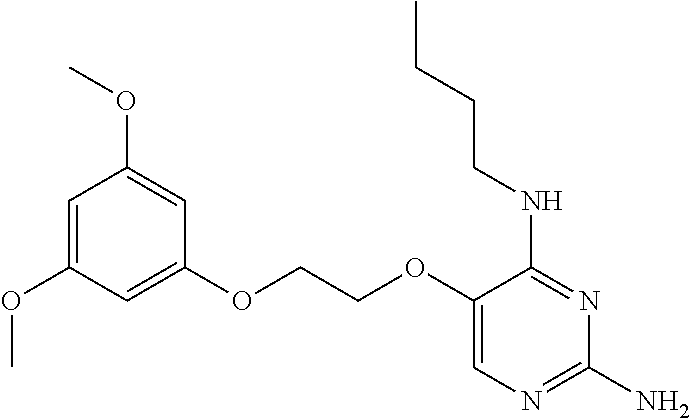
C00225

C00226

C00227
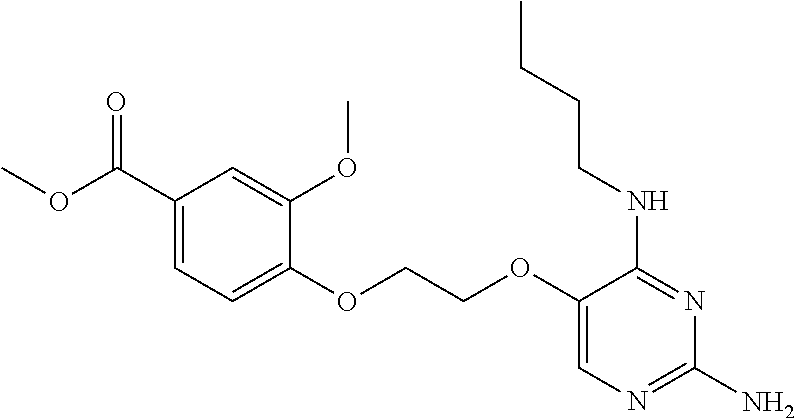
C00228
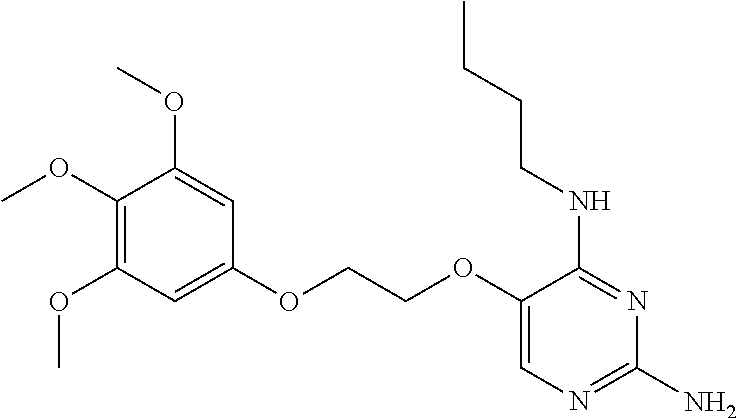
C00229
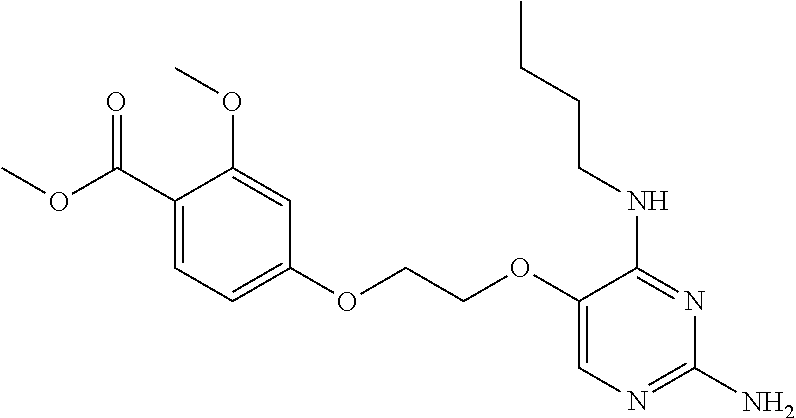
C00230
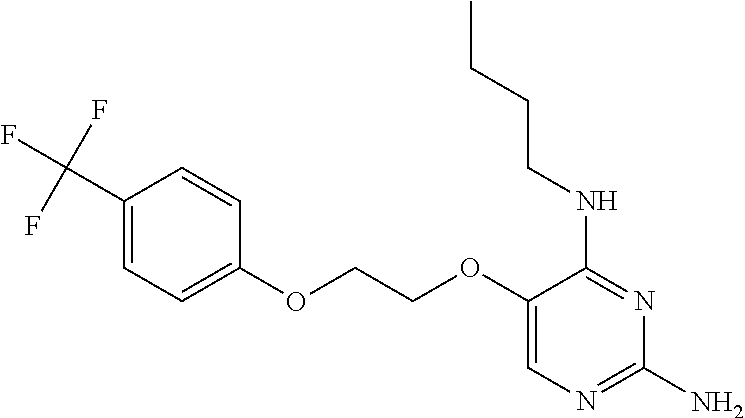
C00231
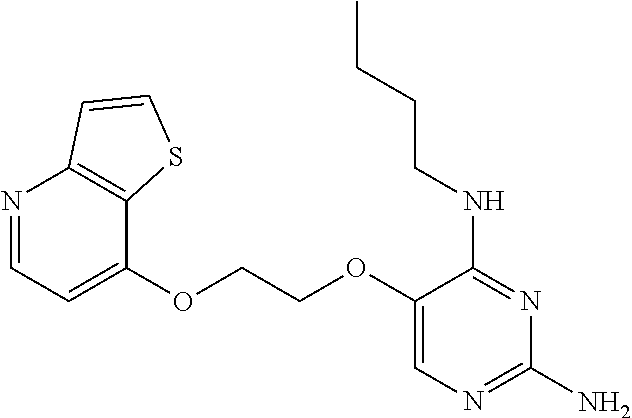
C00232
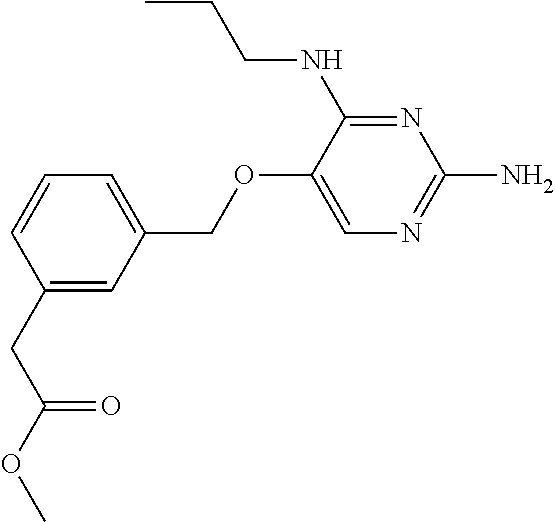
C00233
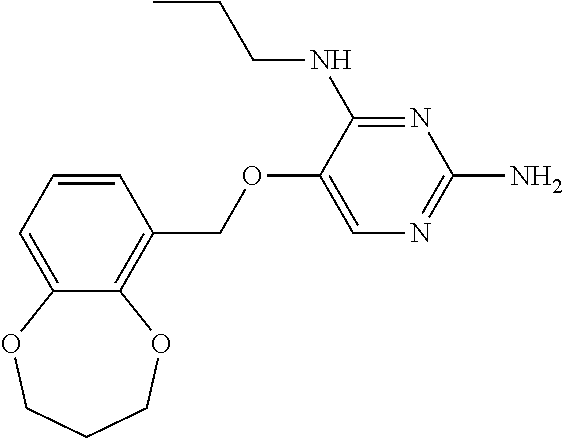
C00234

C00235
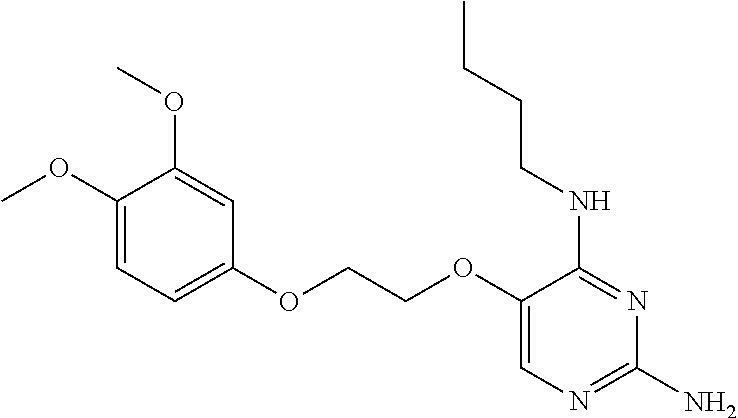
C00236
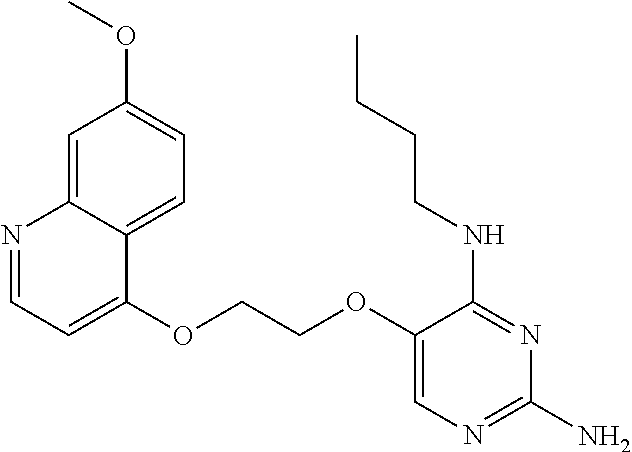
C00237
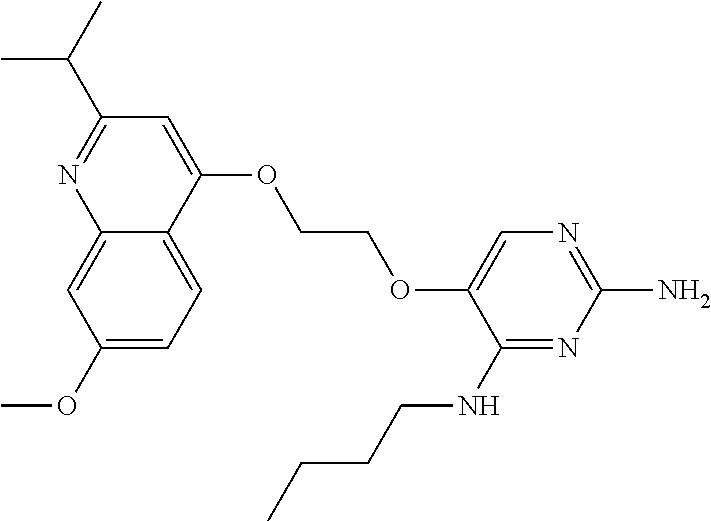
C00238
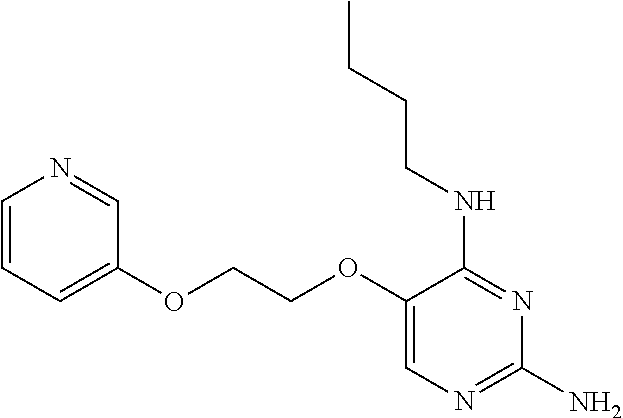
C00239
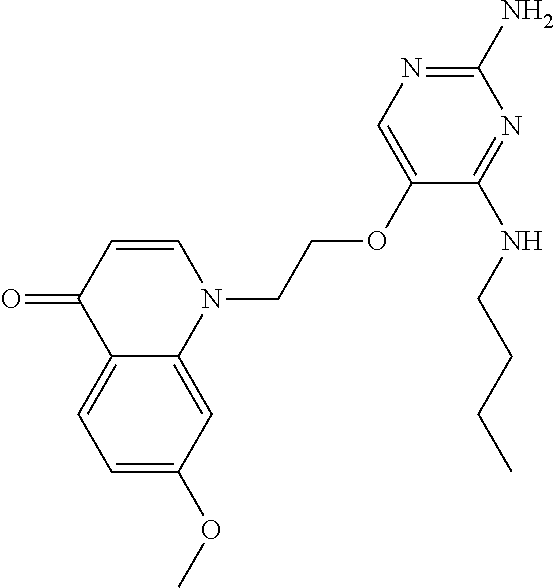
C00240
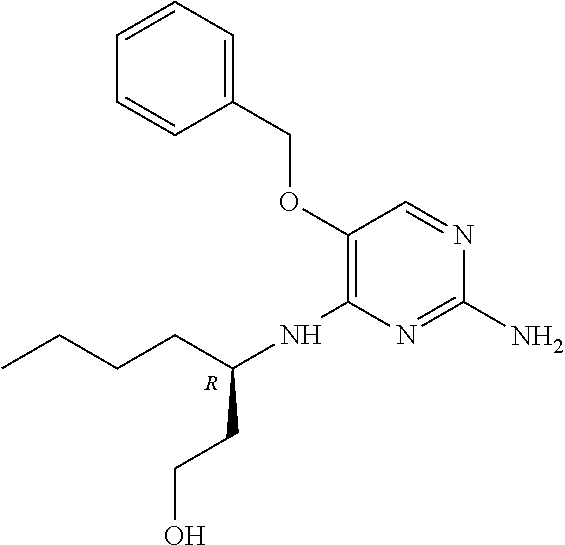
C00241
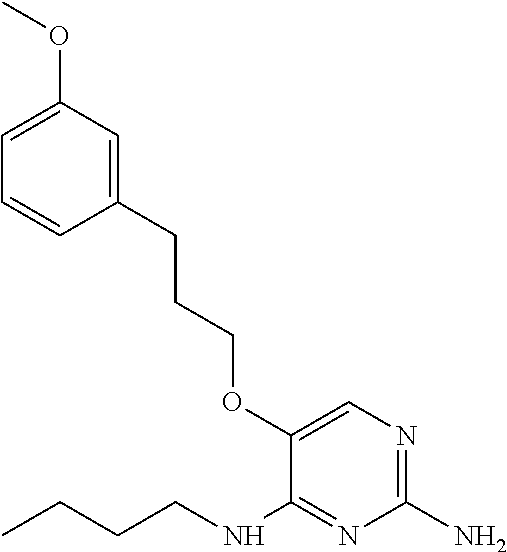
C00242
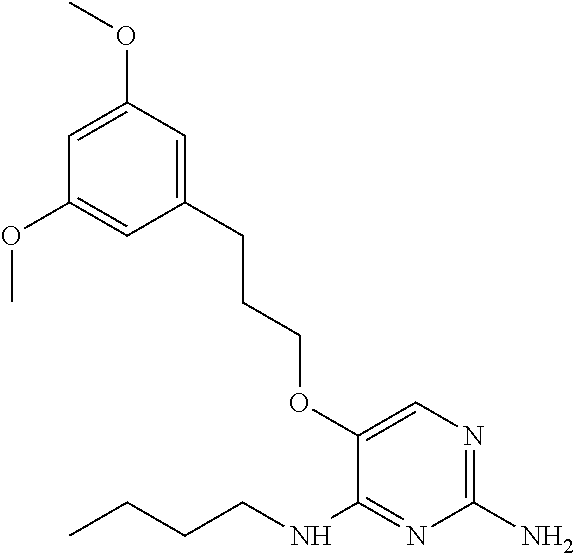
C00243

C00244
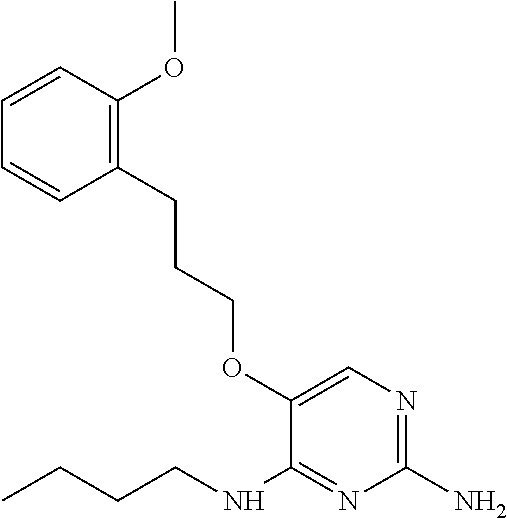
C00245
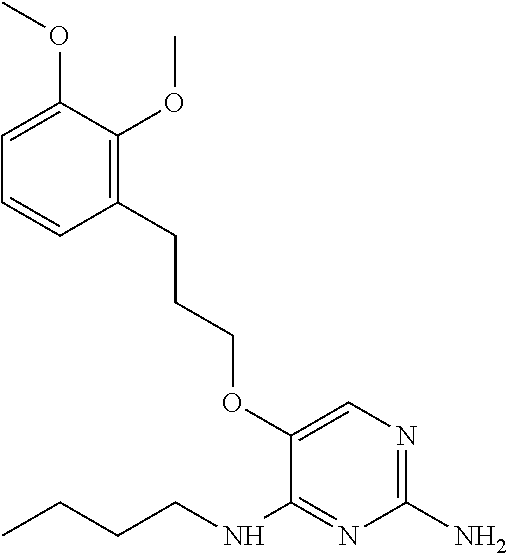
C00246
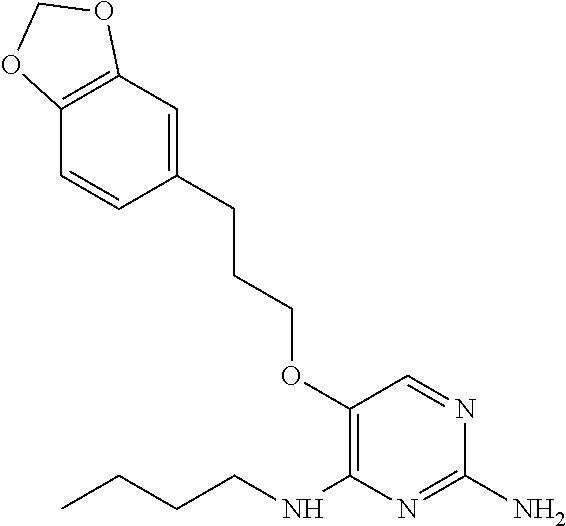
C00247

C00248
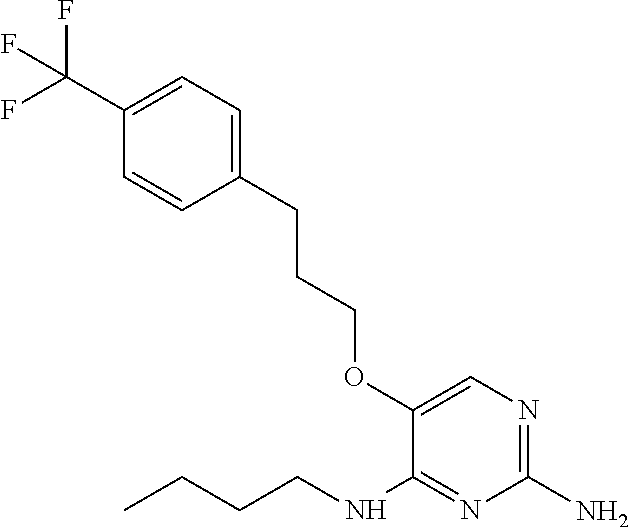
C00249
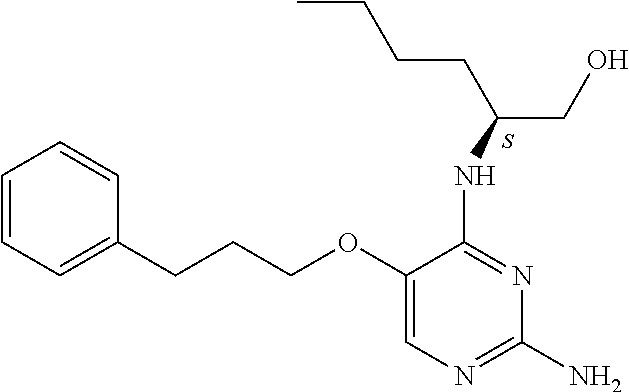
C00250

C00251
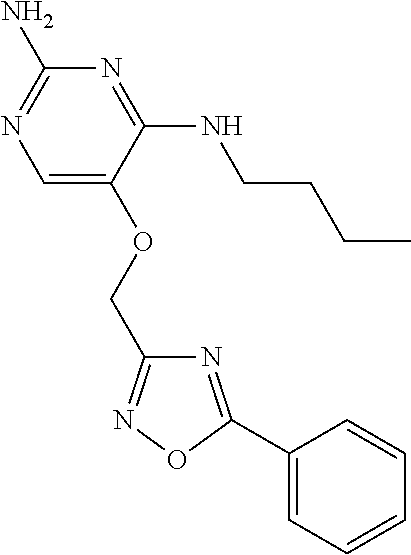
C00252
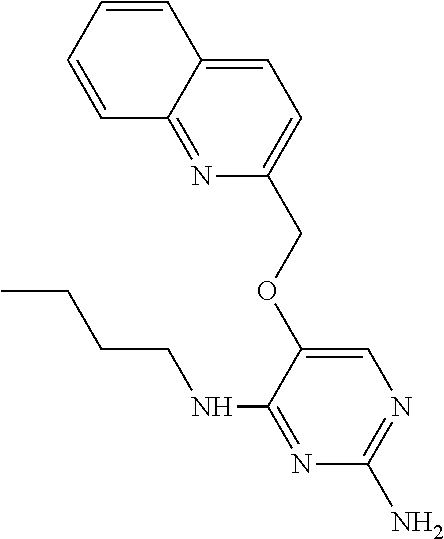
C00253
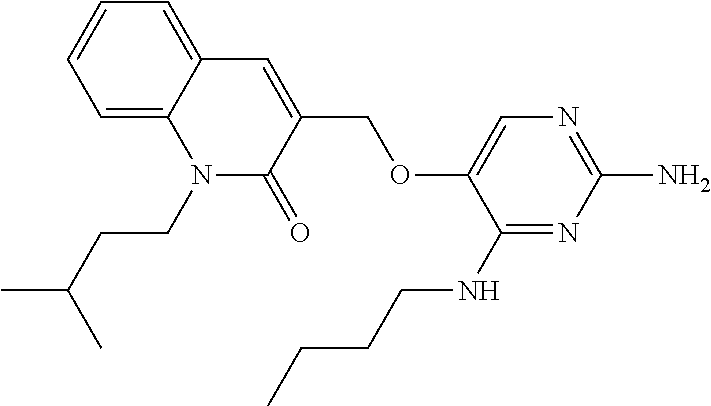
C00254
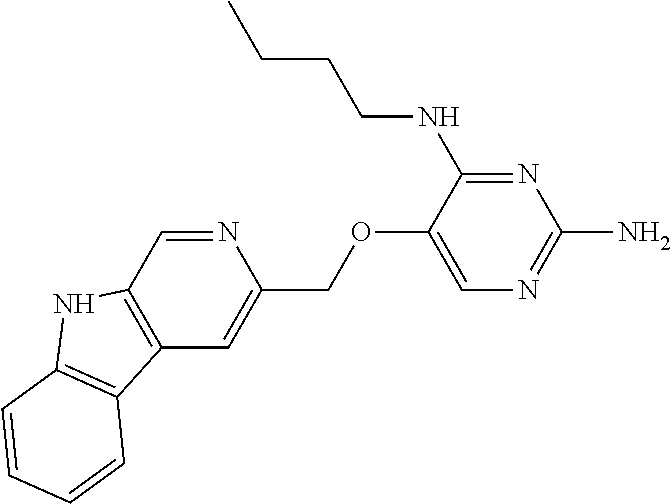
C00255

C00256
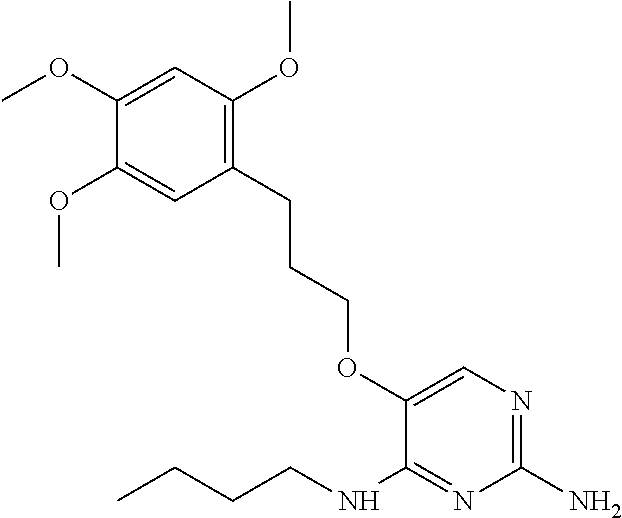
C00257
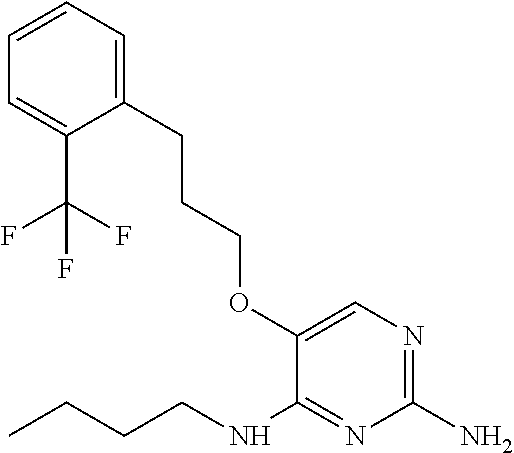
C00258
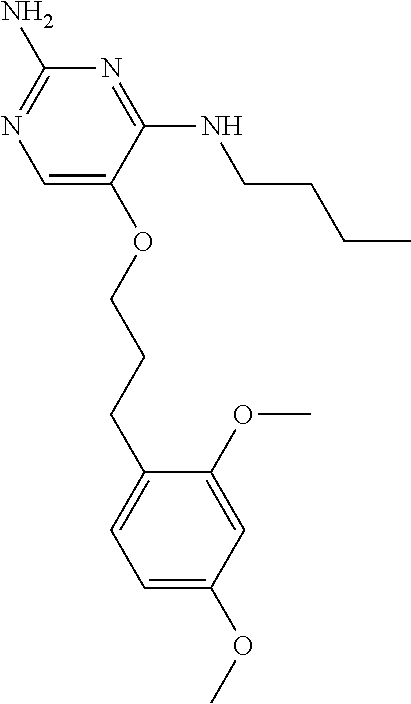
C00259
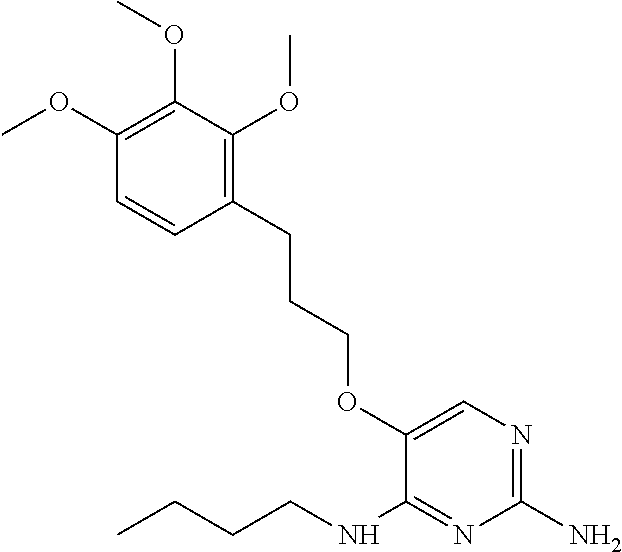
C00260
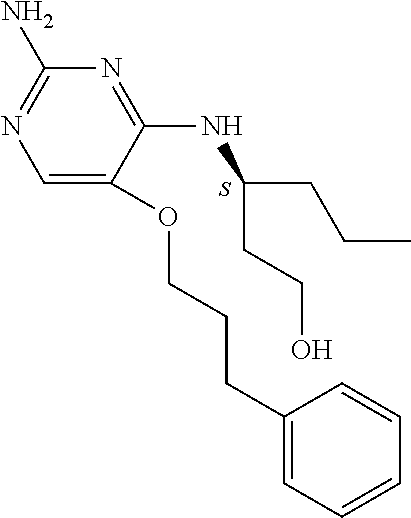
C00261

C00262

C00263

C00264

C00265
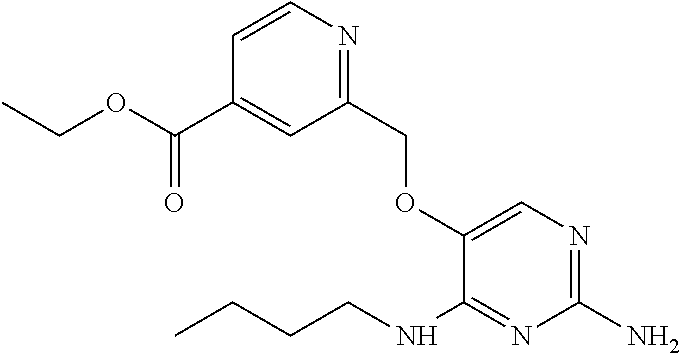
C00266
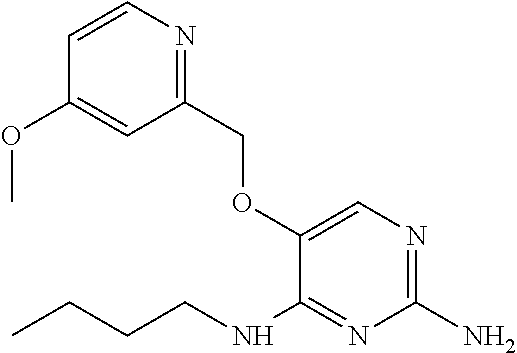
C00267
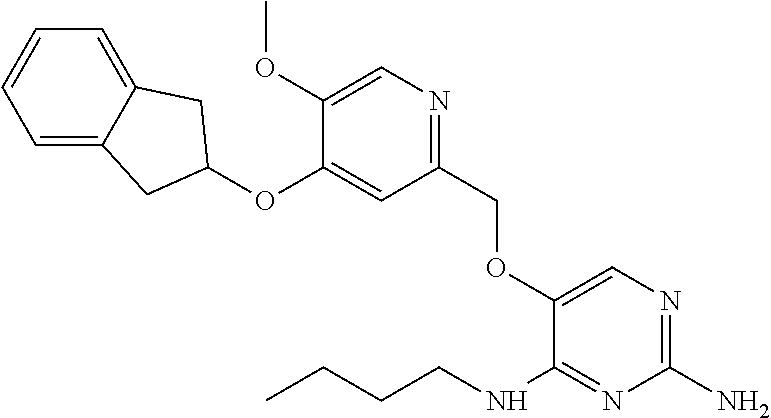
C00268

C00269
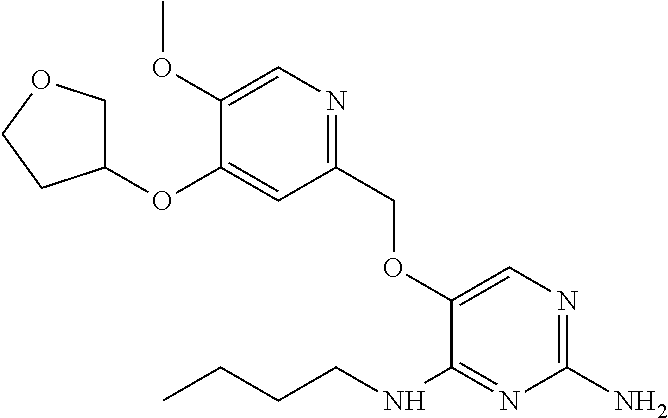
C00270
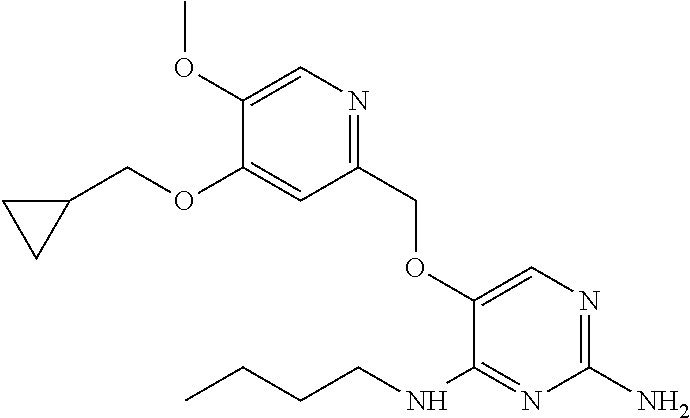
C00271
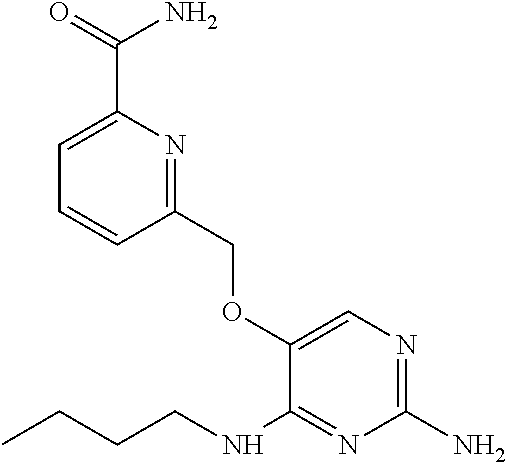
C00272

C00273
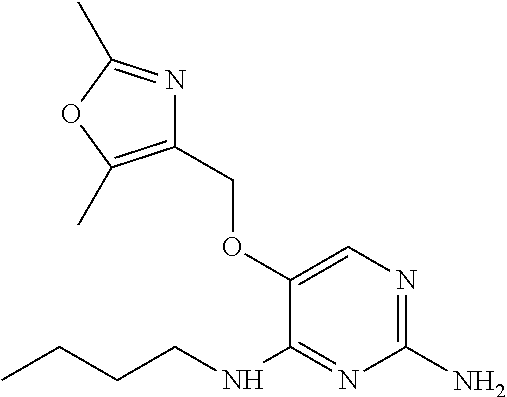
C00274

C00275
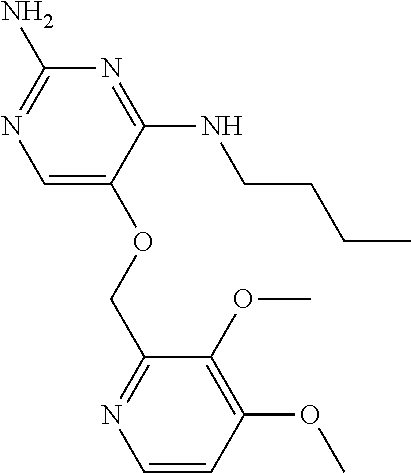
C00276
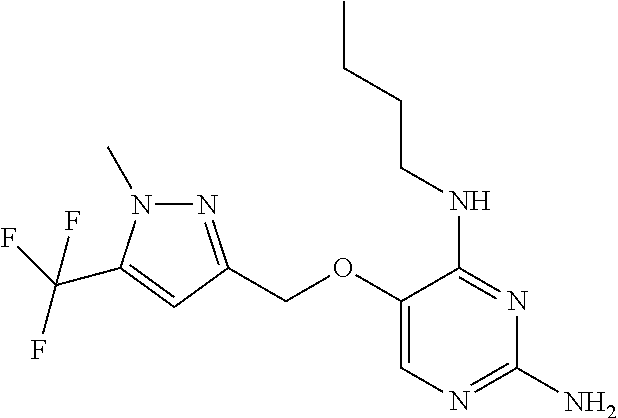
C00277
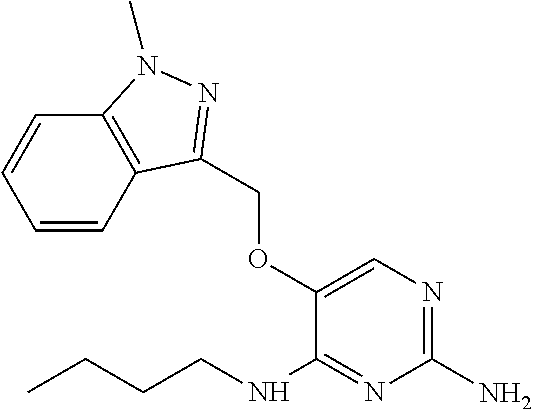
C00278
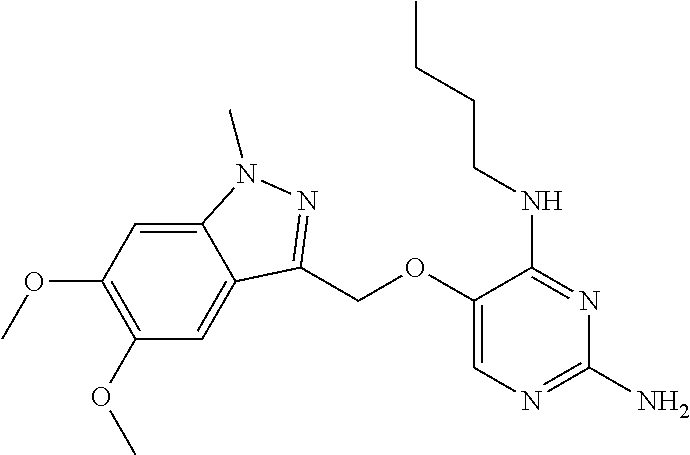
C00279
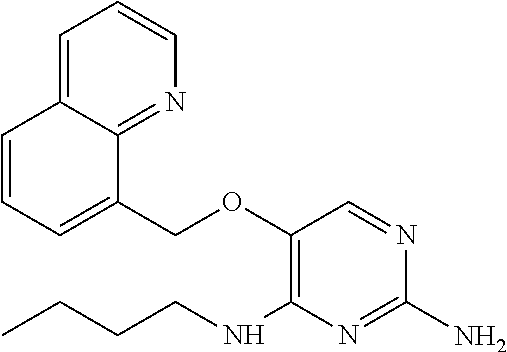
C00280

C00281
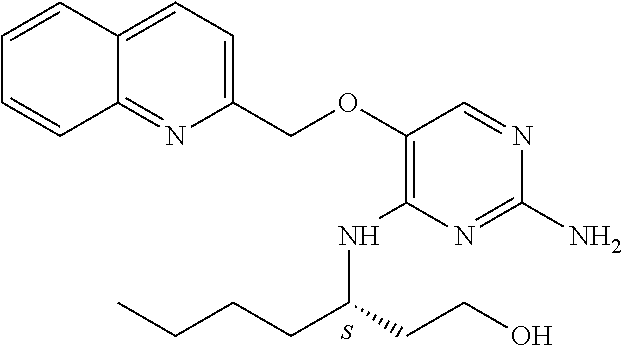
C00282
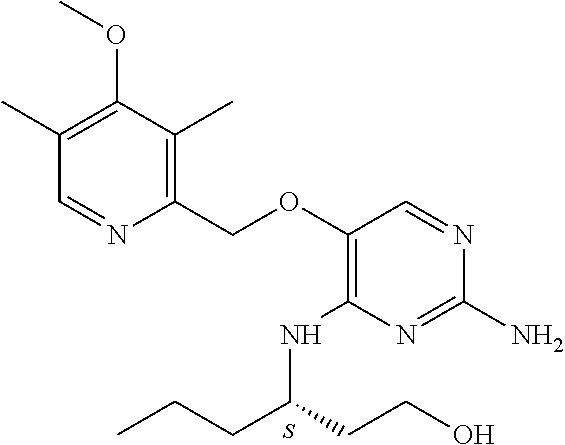
C00283
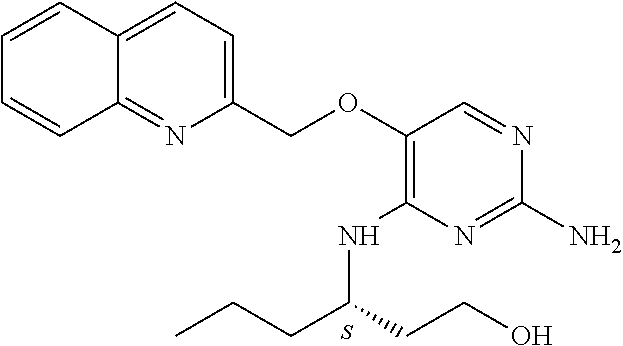
C00284
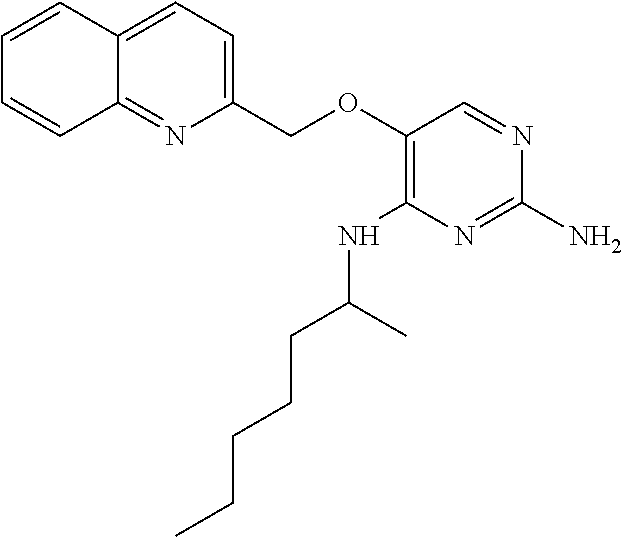
C00285

C00286

C00287

C00288
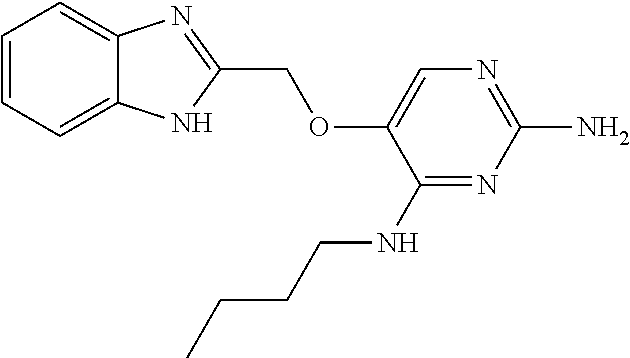
C00289
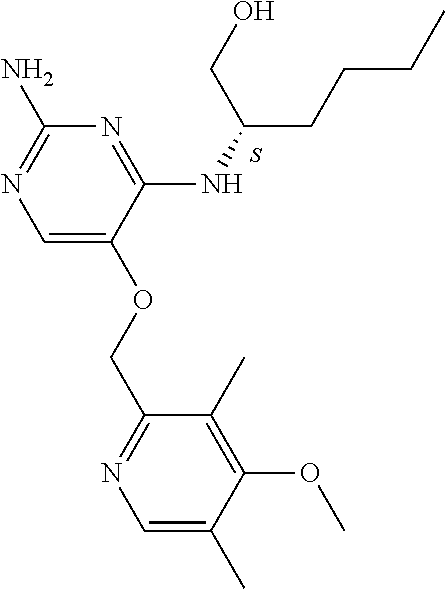
C00290
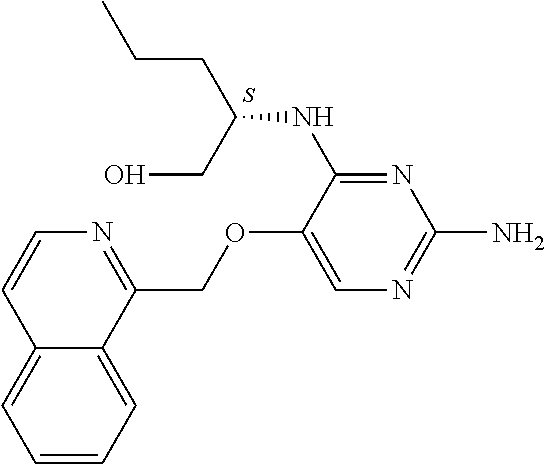
C00291
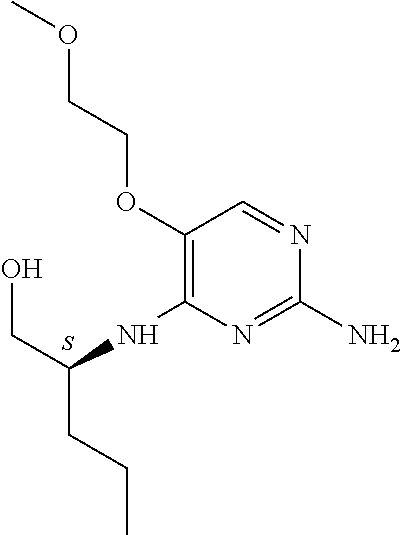
C00292

C00293
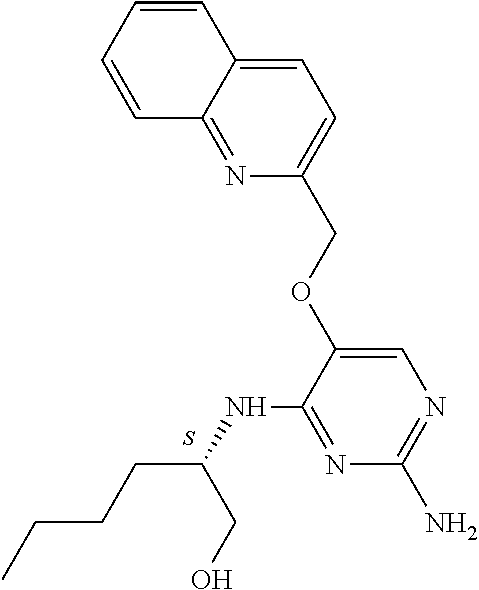
C00294

C00295
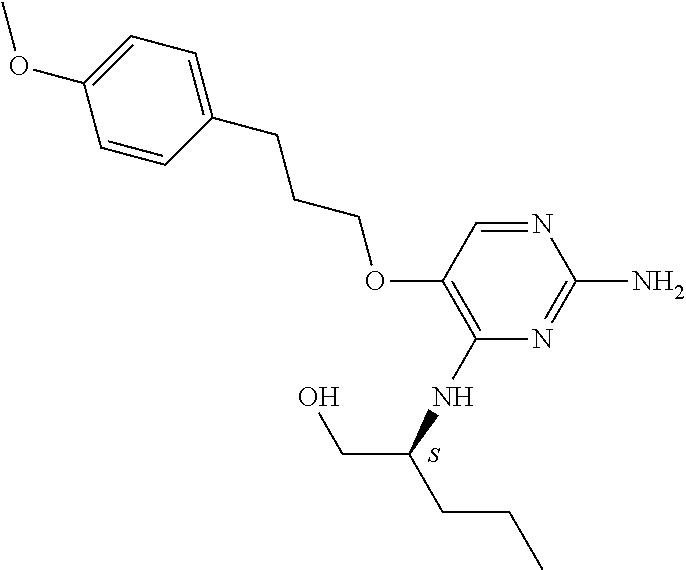
C00296
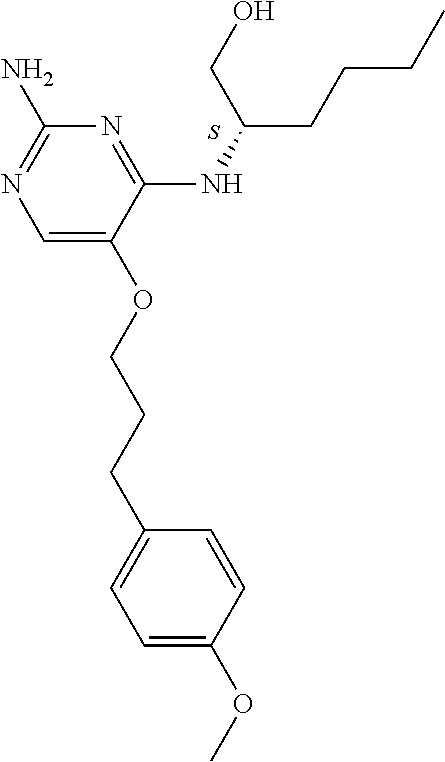
C00297
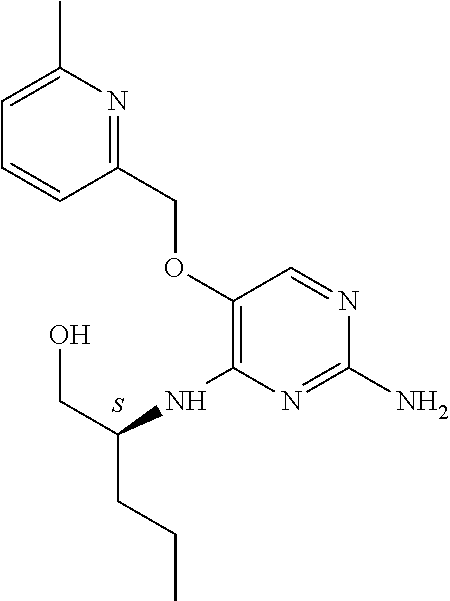
C00298
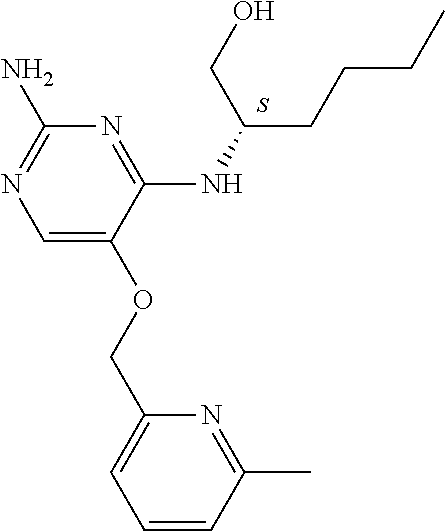
C00299
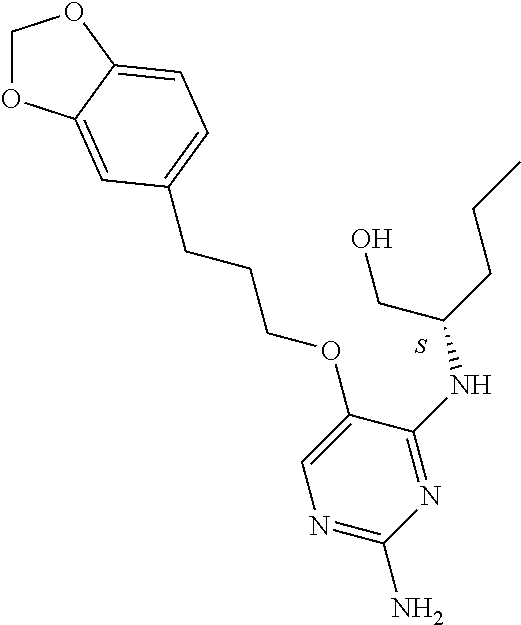
C00300
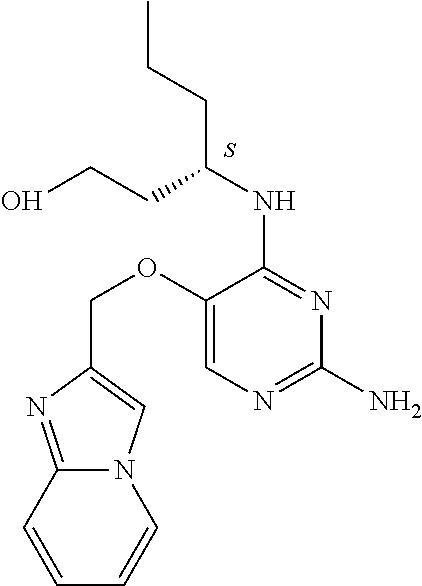
C00301

C00302
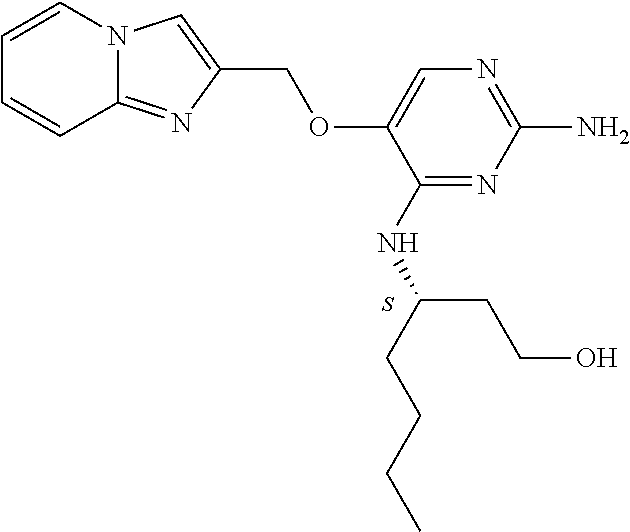
C00303
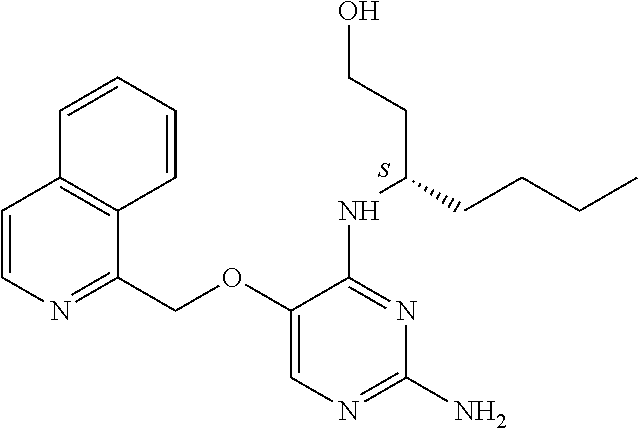
C00304
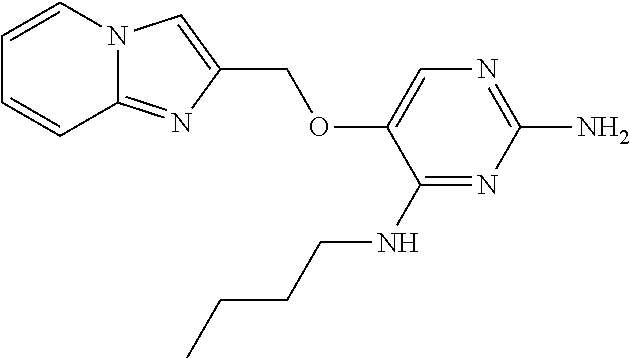
C00305

C00306
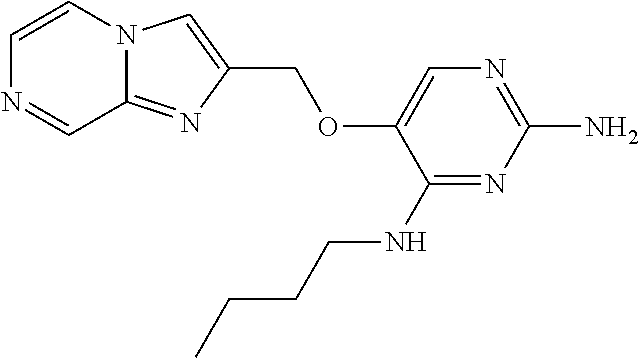
C00307
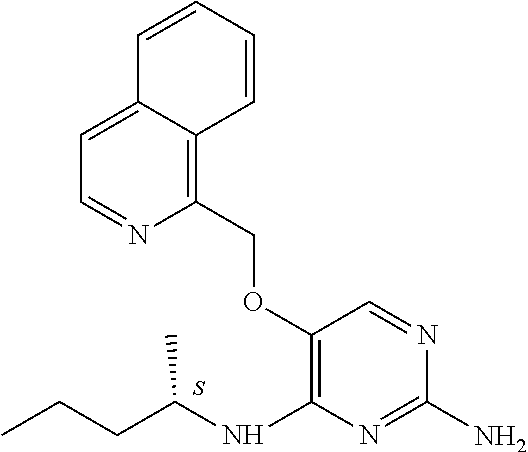
C00308
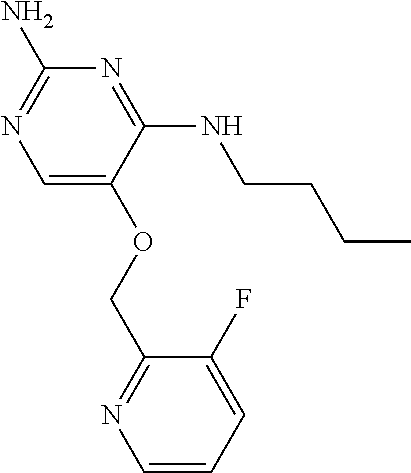
C00309
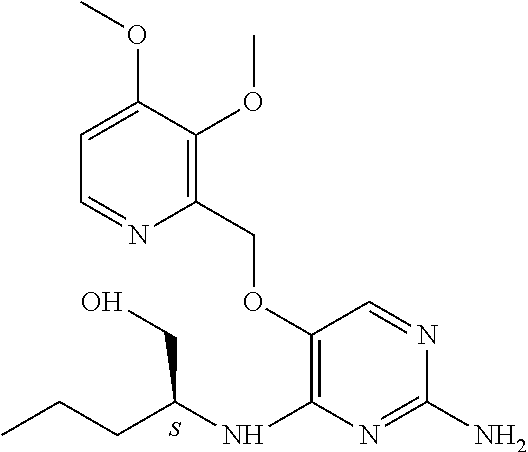
C00310

C00311

C00312
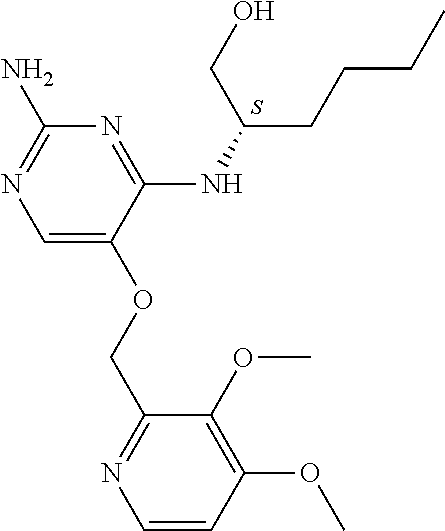
C00313
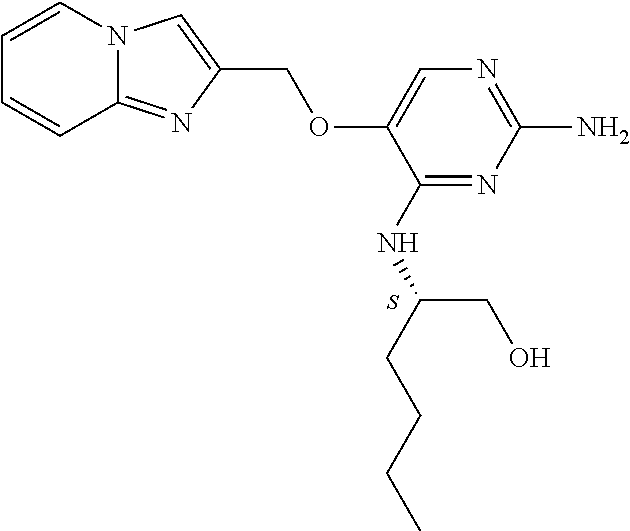
C00314
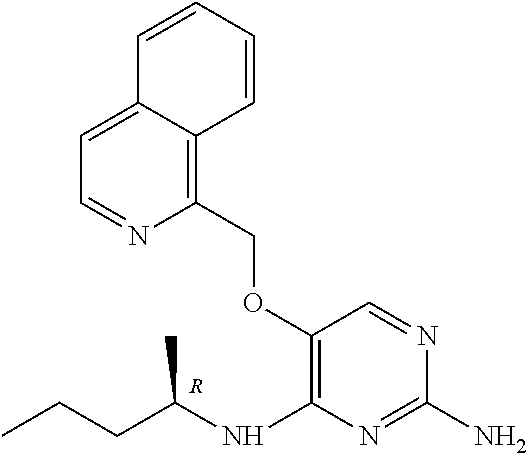
C00315

C00316
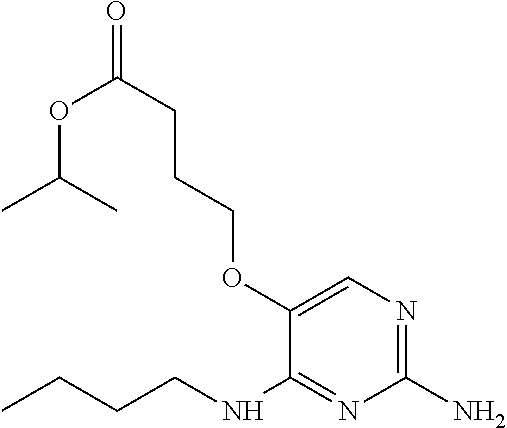
C00317
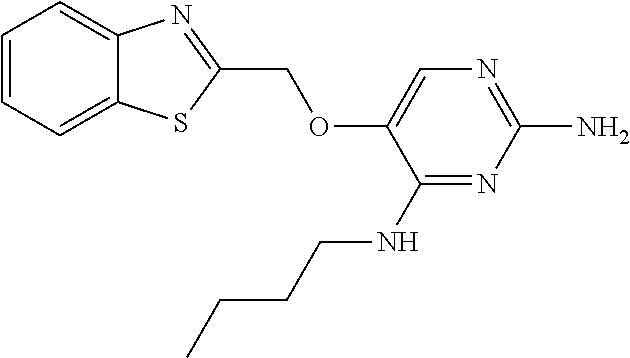
C00318
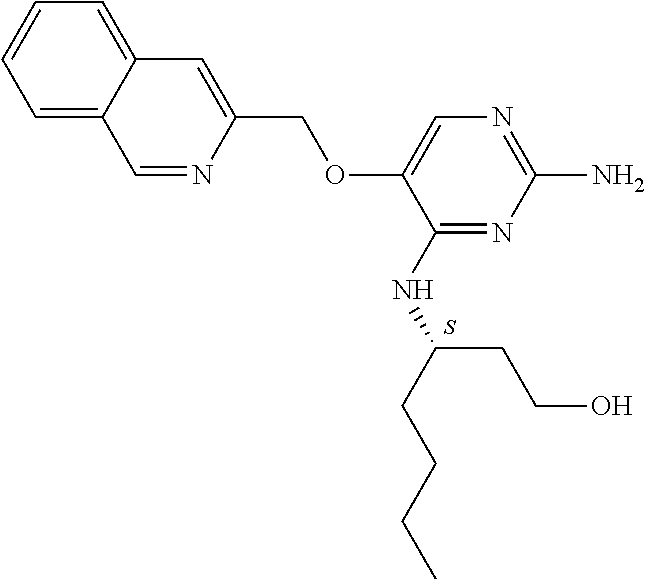
C00319
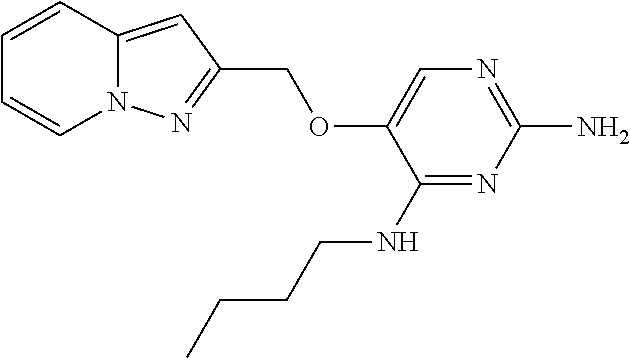
C00320

C00321
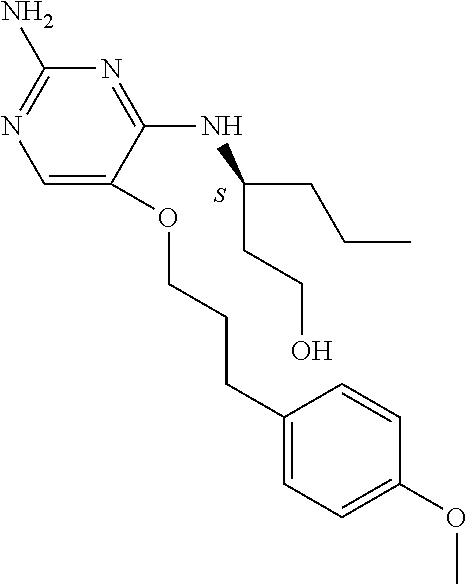
C00322
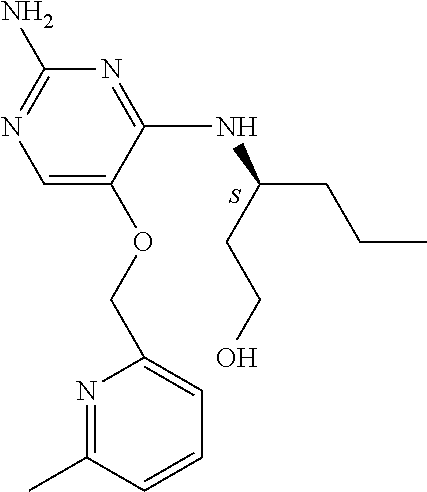
C00323
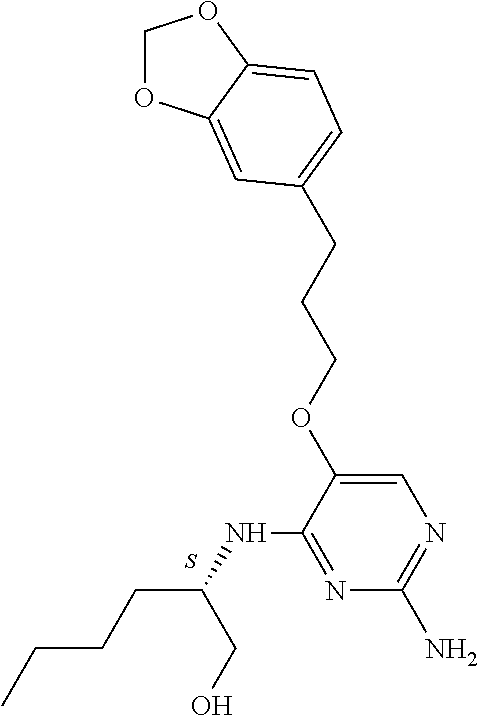
C00324
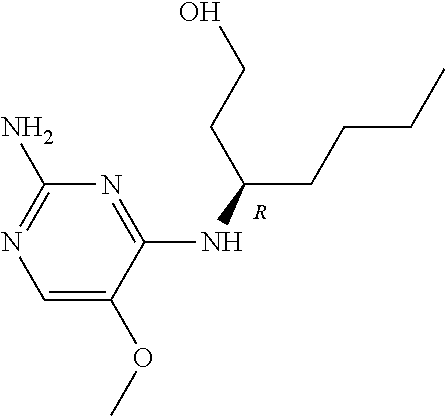
C00325

C00326
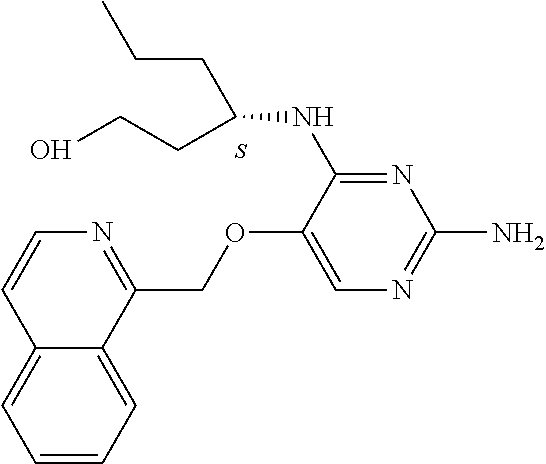
C00327

C00328
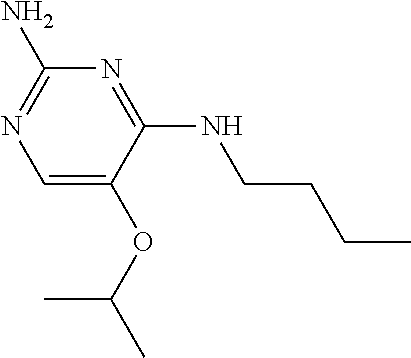
C00329

C00330
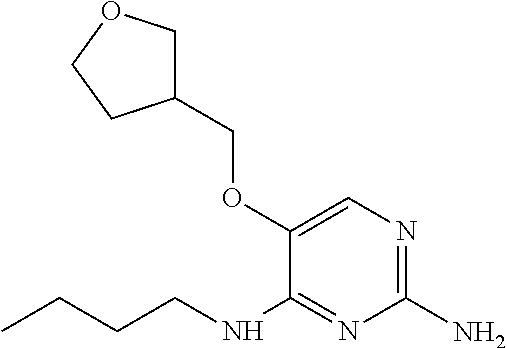
C00331
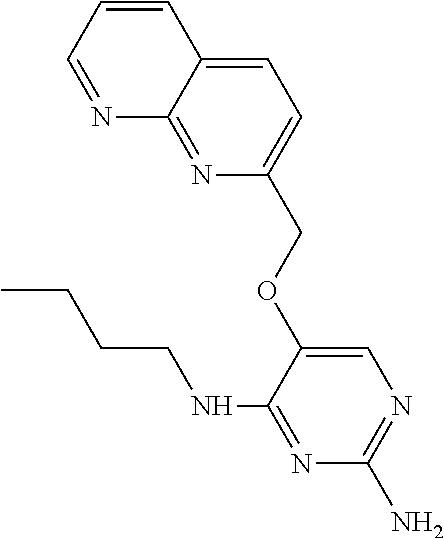
C00332

C00333
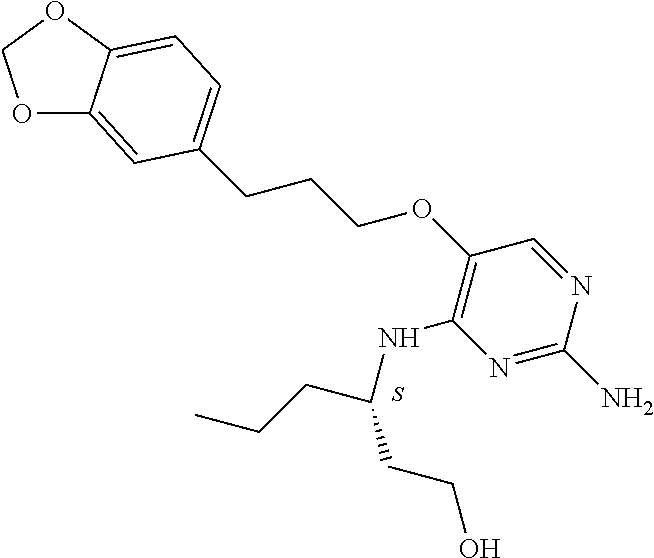
C00334
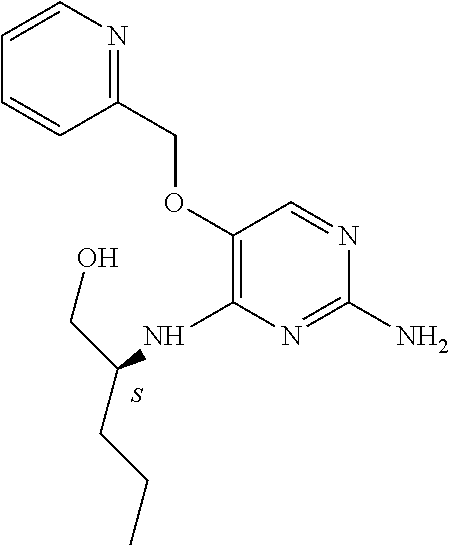
C00335
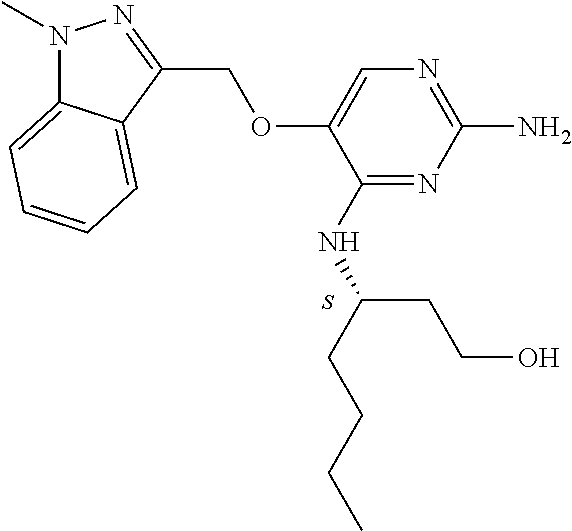
C00336
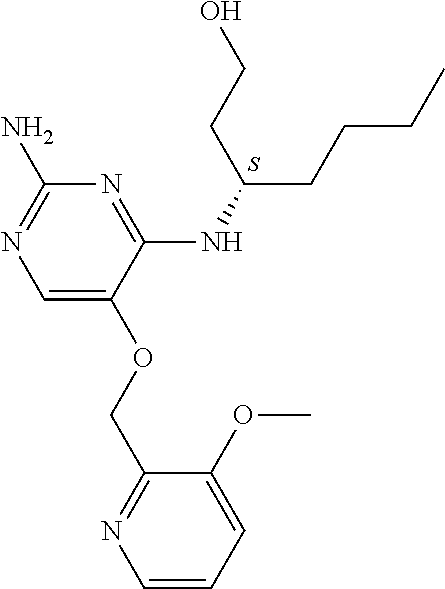
C00337
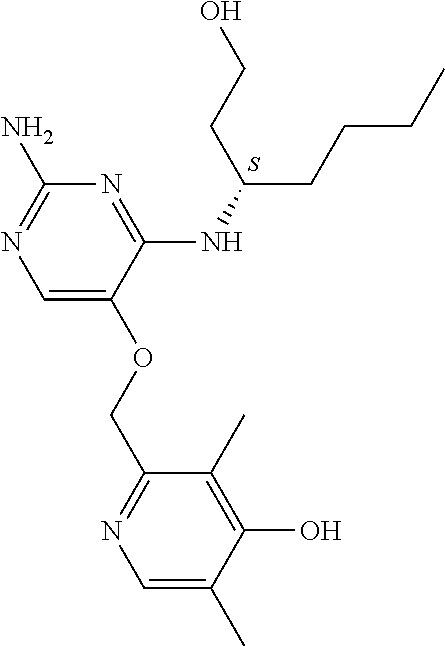
C00338
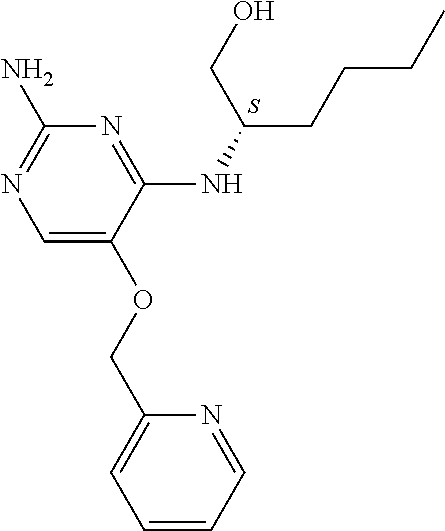
C00339
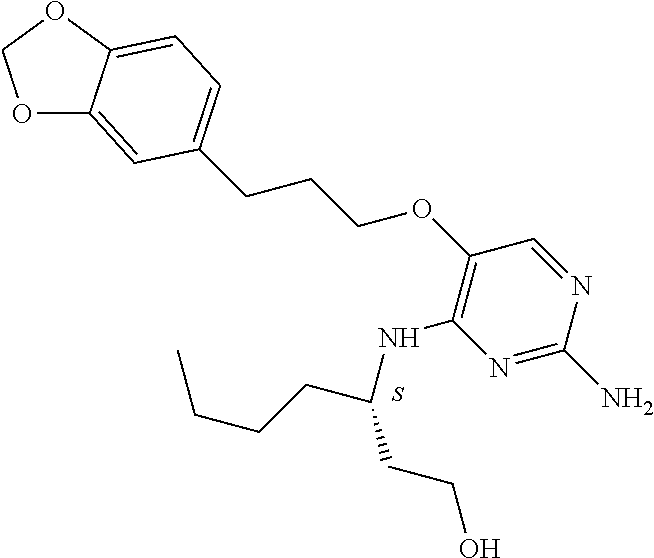
C00340

C00341
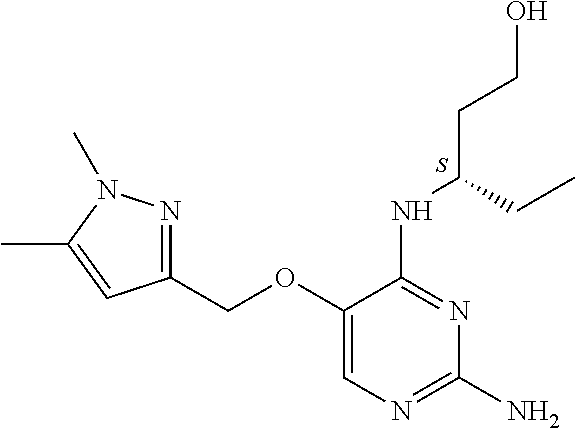
C00342

C00343
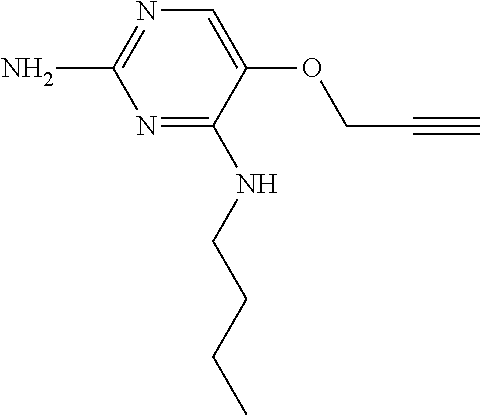
C00344

C00345
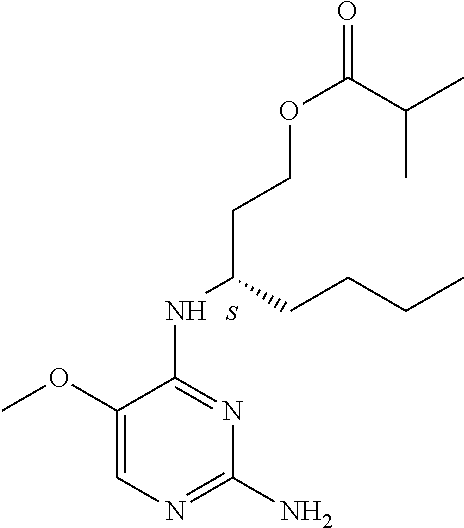
C00346
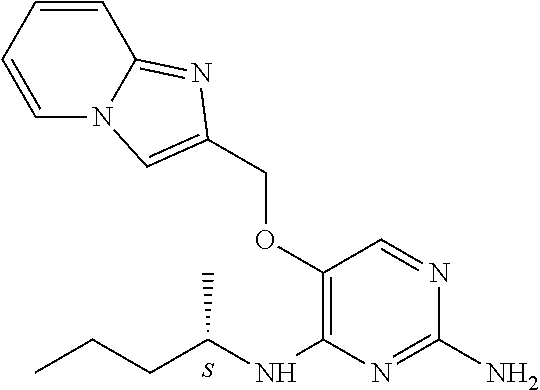
C00347

C00348

C00349
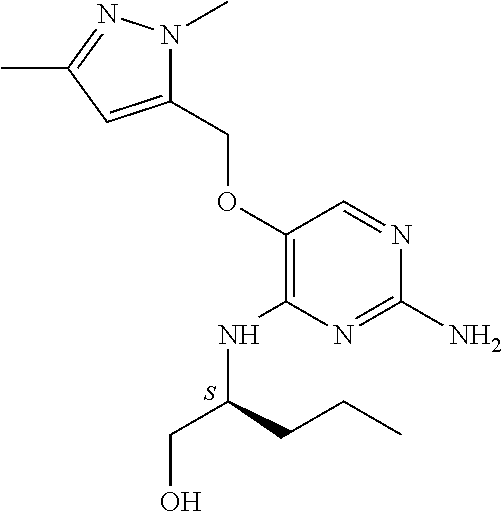
C00350

C00351

C00352

C00353
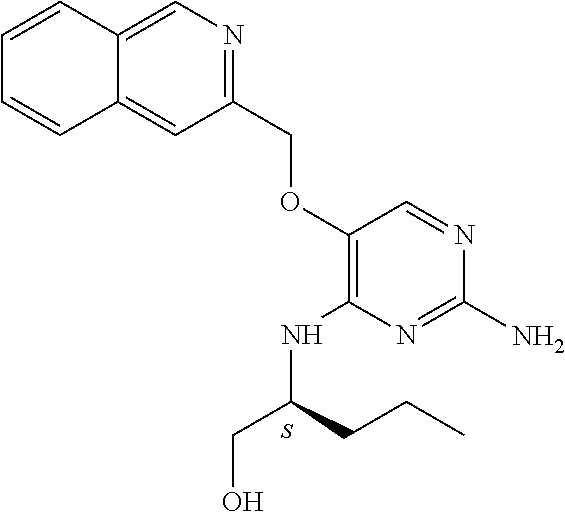
C00354

C00355
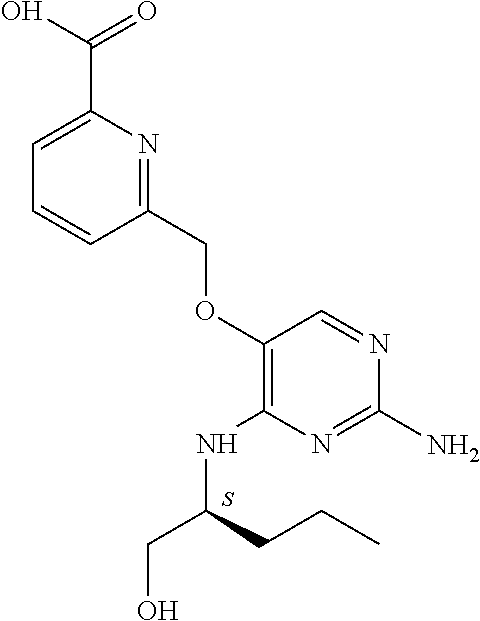
C00356
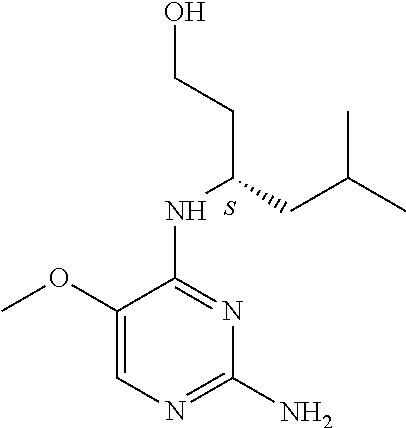
C00357
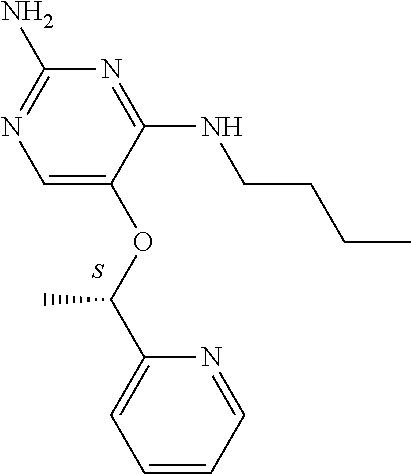
C00358
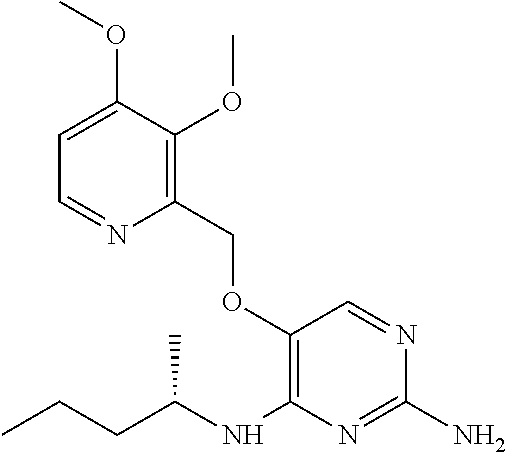
C00359
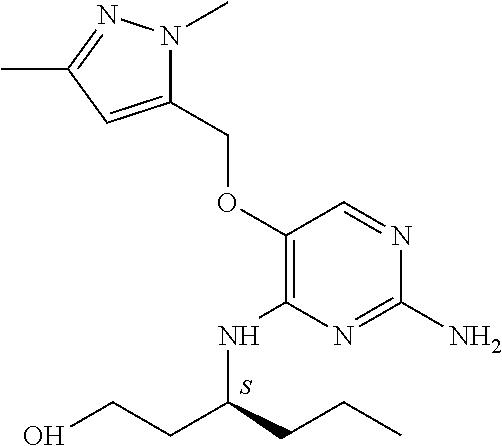
C00360

C00361
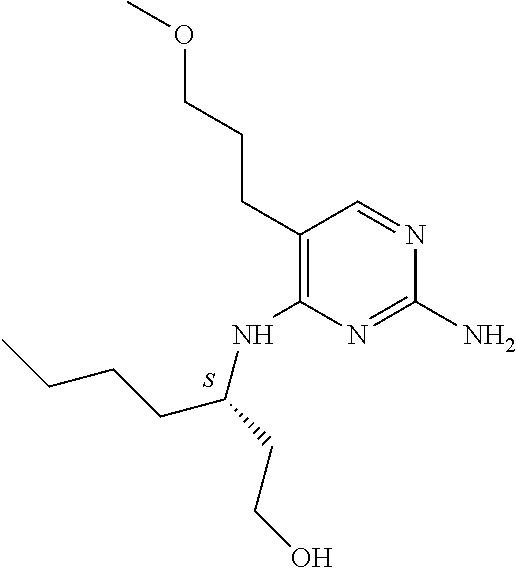
C00362
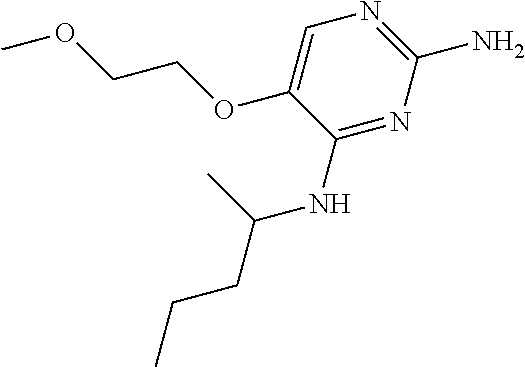
C00363

C00364
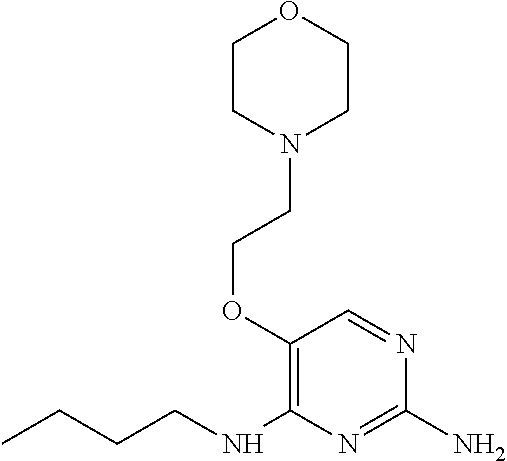
C00365
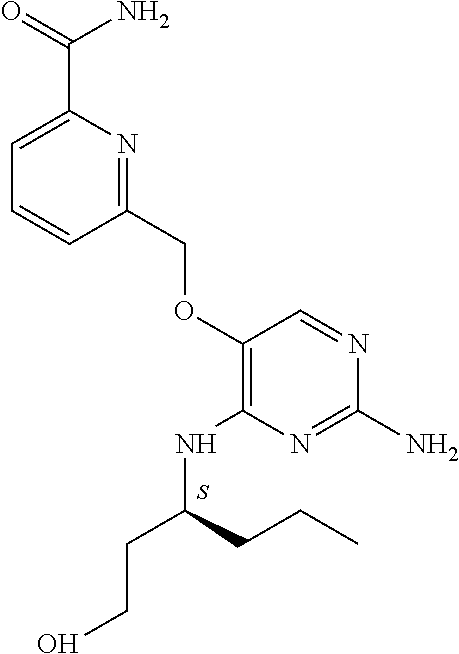
C00366

C00367

C00368
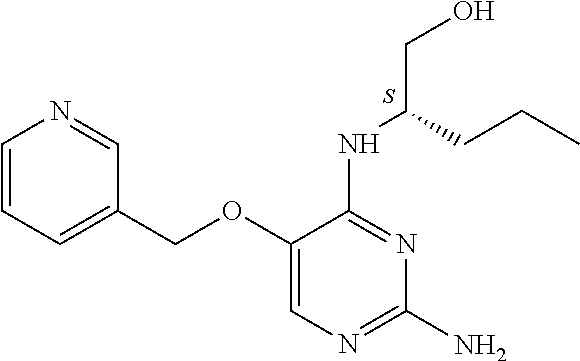
C00369

C00370

C00371

C00372
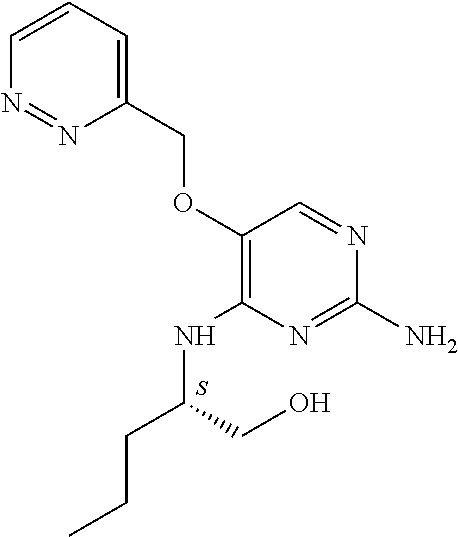
C00373

C00374
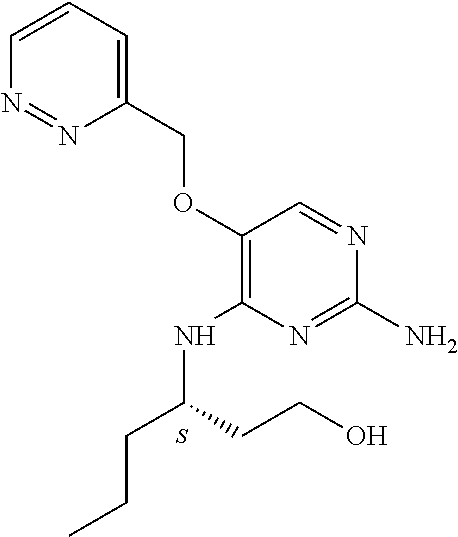
C00375
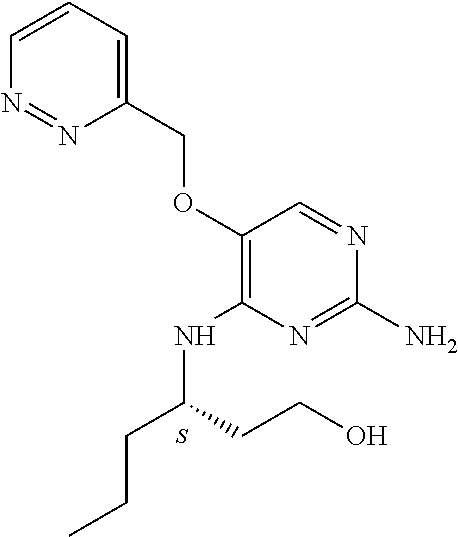
C00376
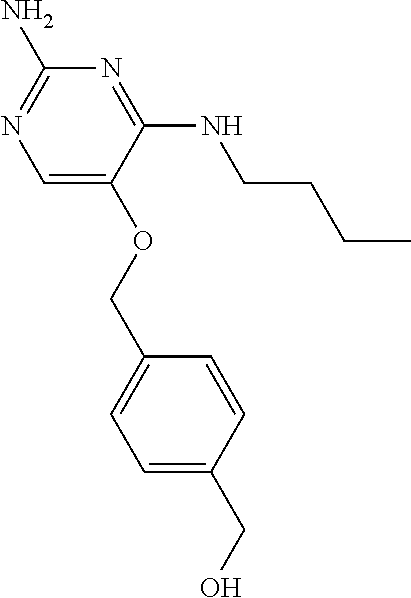
C00377
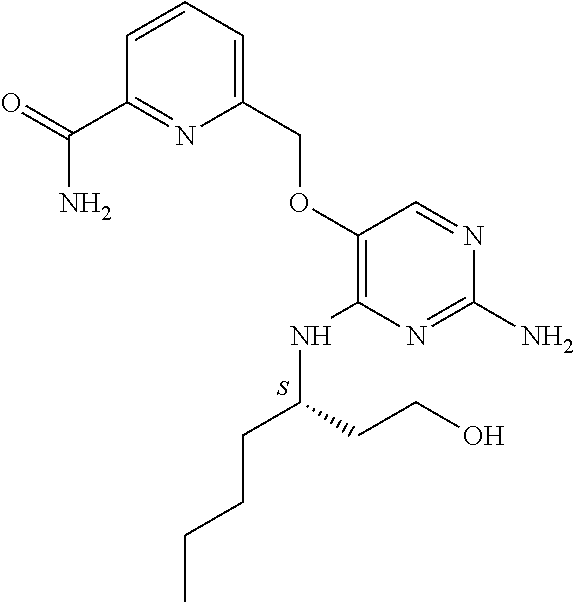
C00378

C00379
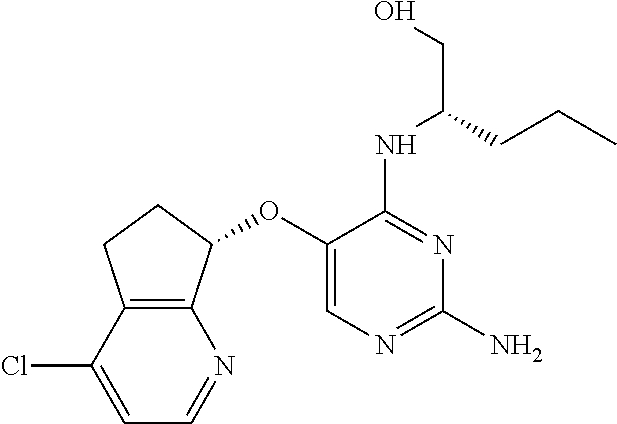
C00380

C00381
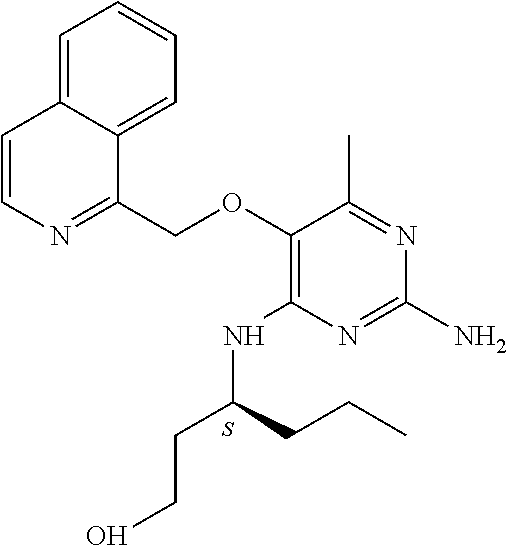
C00382
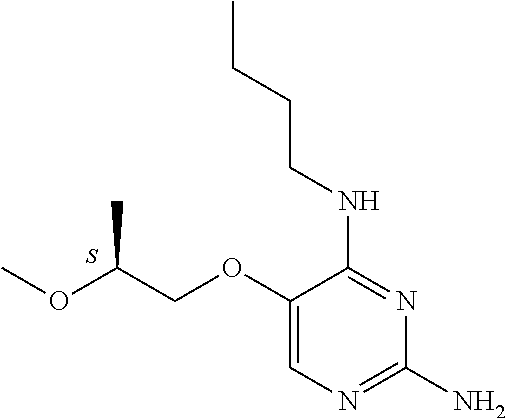
C00383
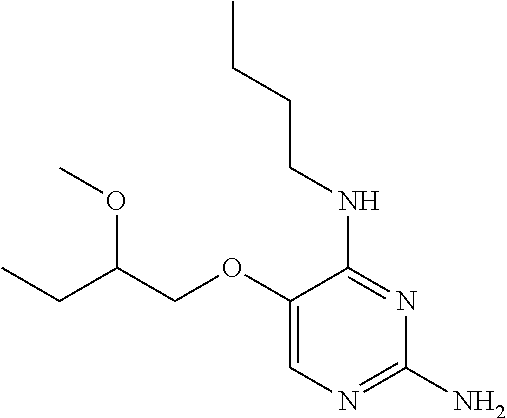
C00384

C00385
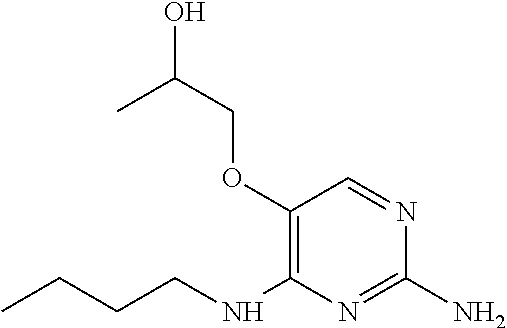
C00386
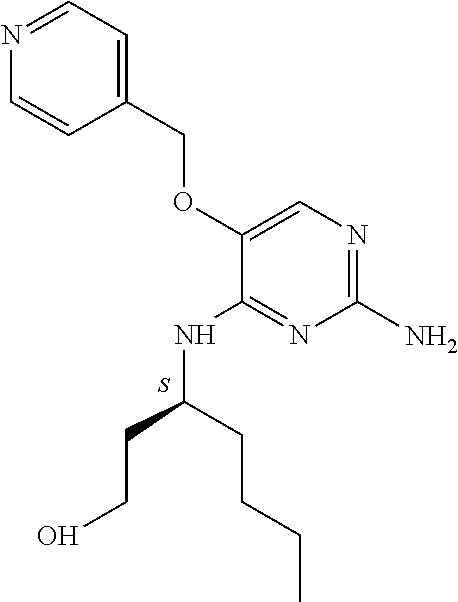
C00387
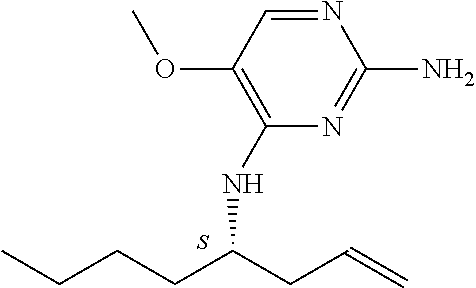
C00388

C00389

C00390

C00391
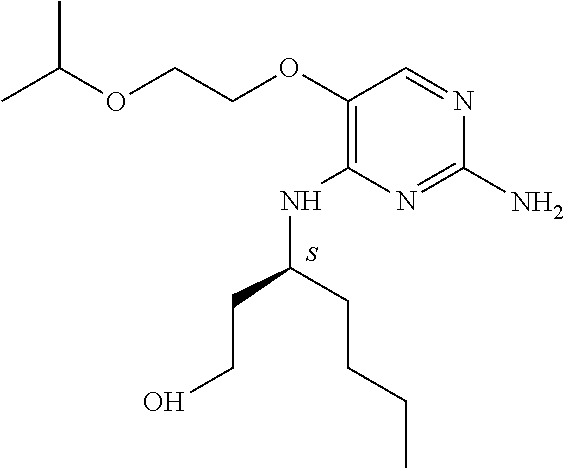
C00392
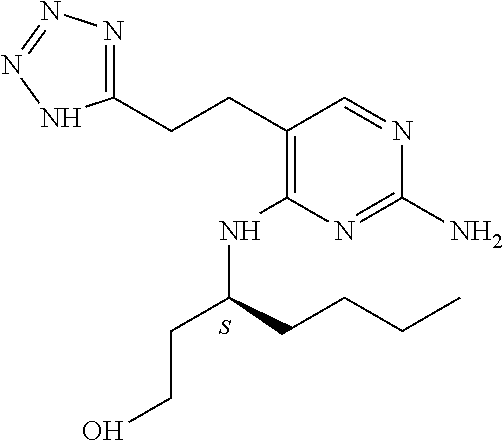
C00393
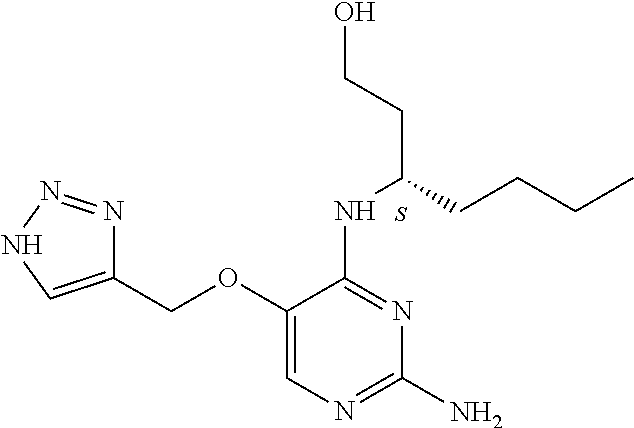
C00394

C00395
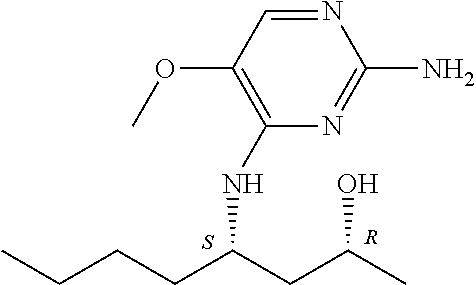
C00396
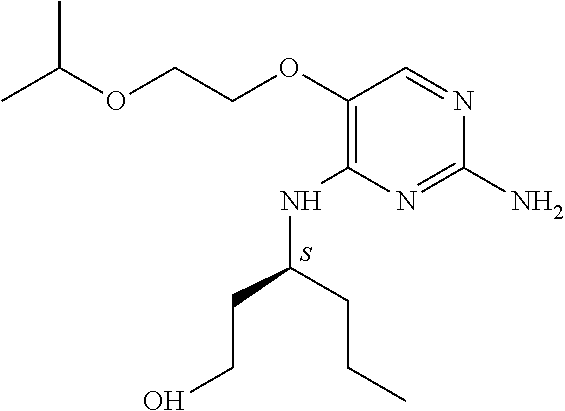
C00397

C00398
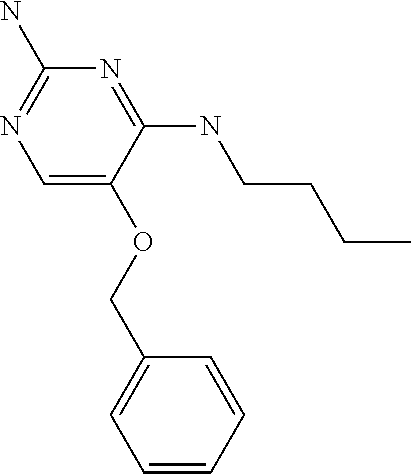
C00399
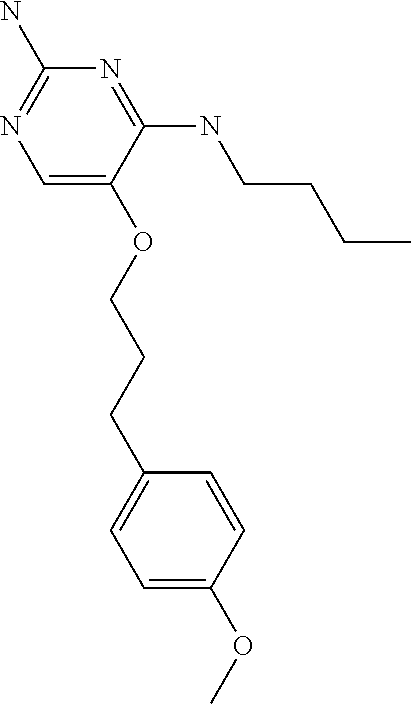
C00400
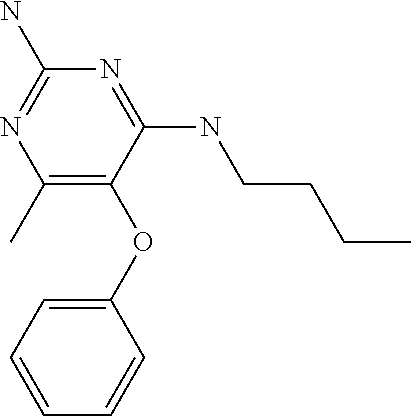
C00401

C00402
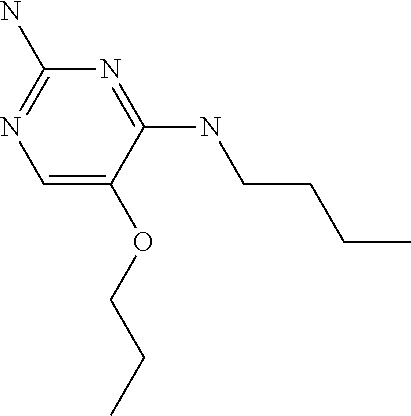
C00403
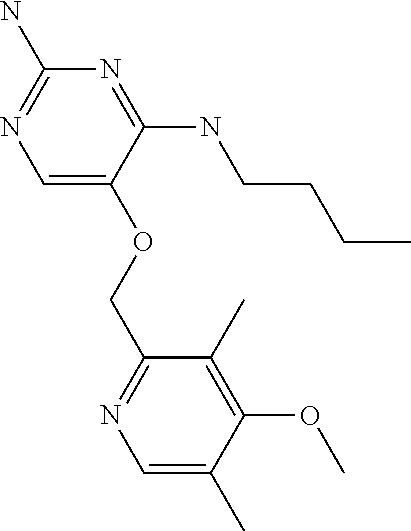
C00404

C00405

C00406
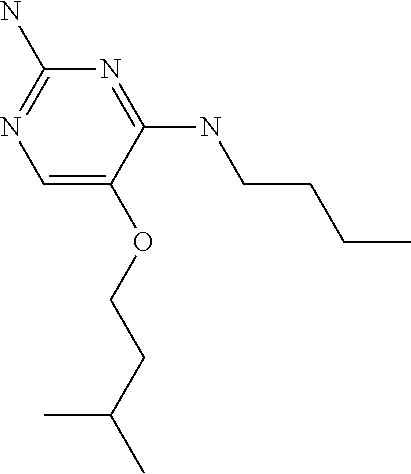
C00407
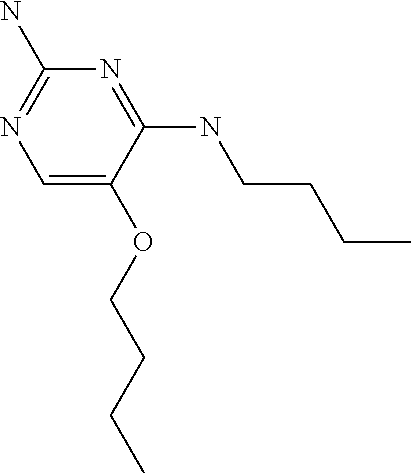
C00408

C00409
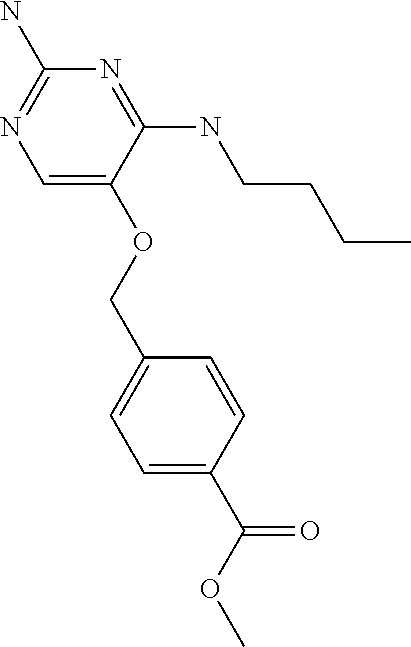
C00410
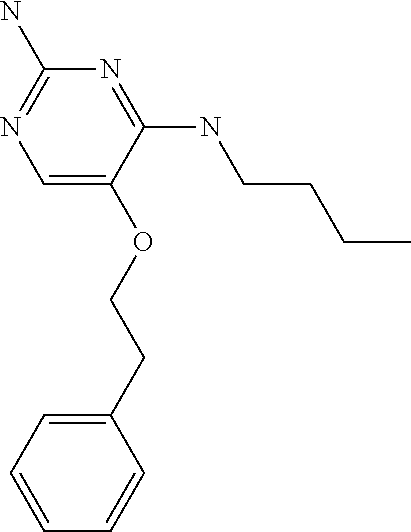
C00411
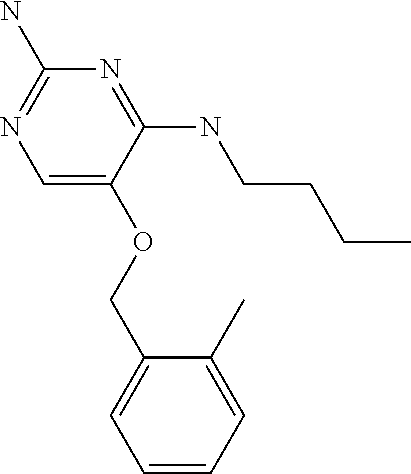
C00412
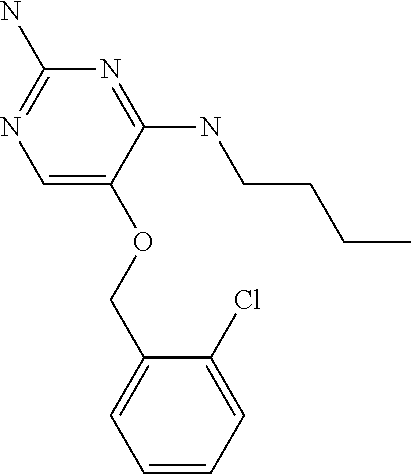
C00413

C00414
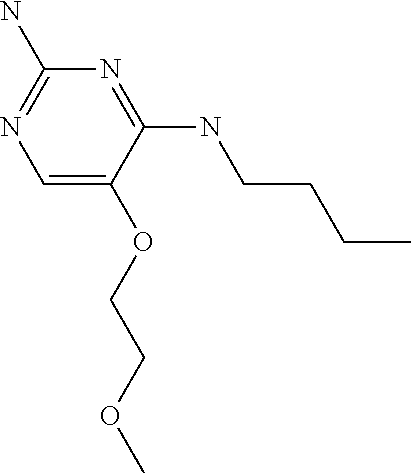
C00415
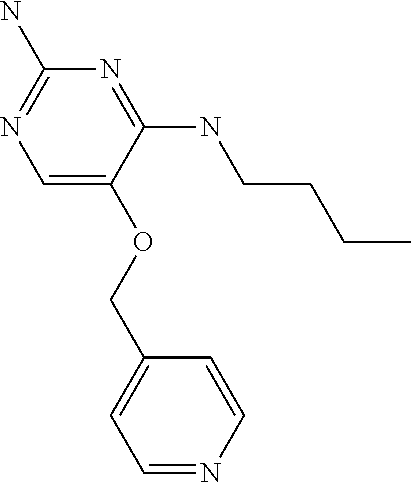
C00416

C00417
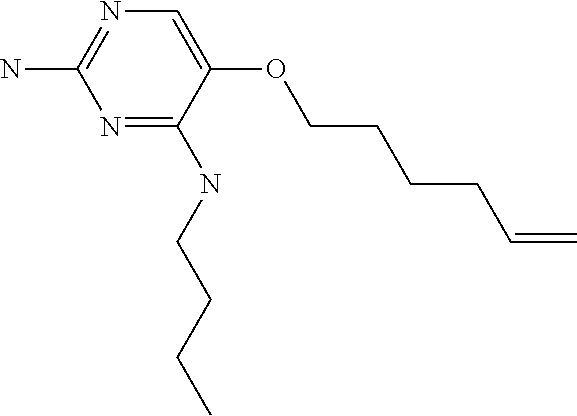
C00418
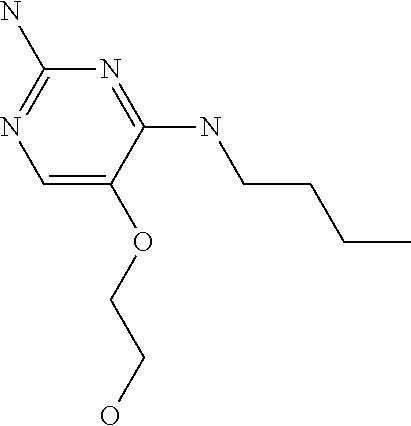
C00419
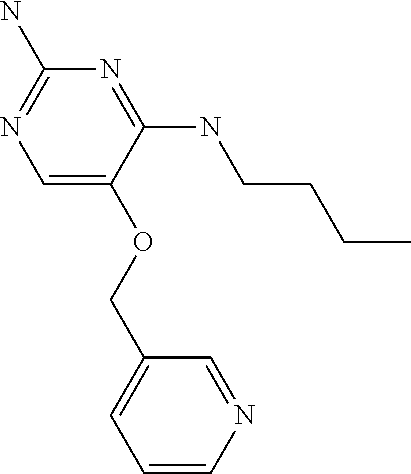
C00420
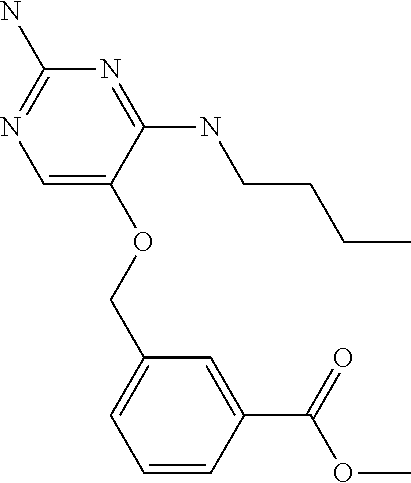
C00421
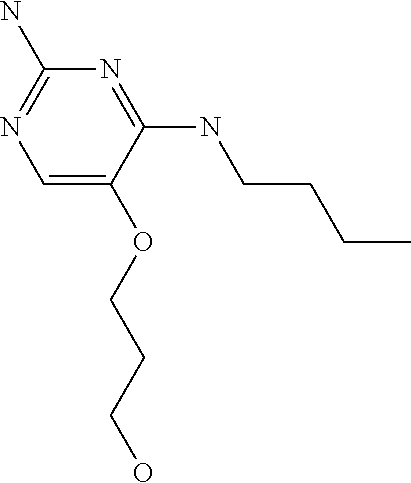
C00422
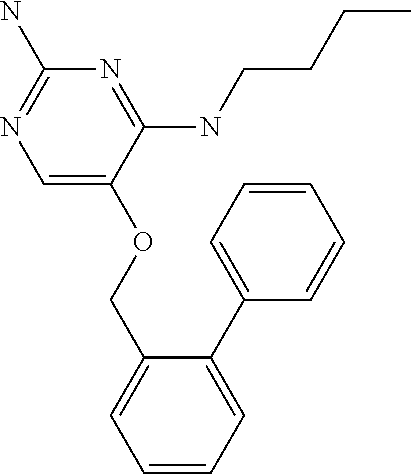
C00423

C00424
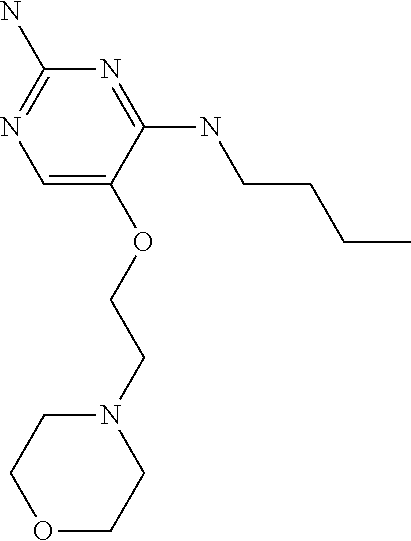
C00425
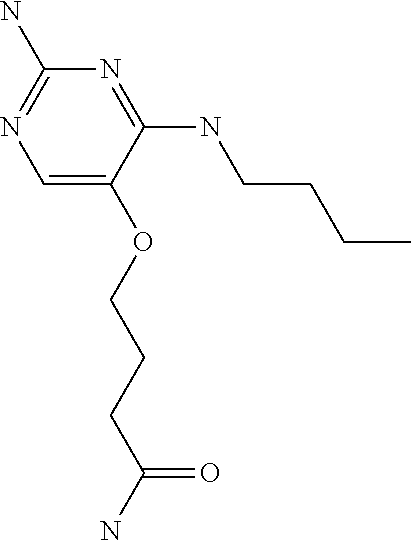
C00426
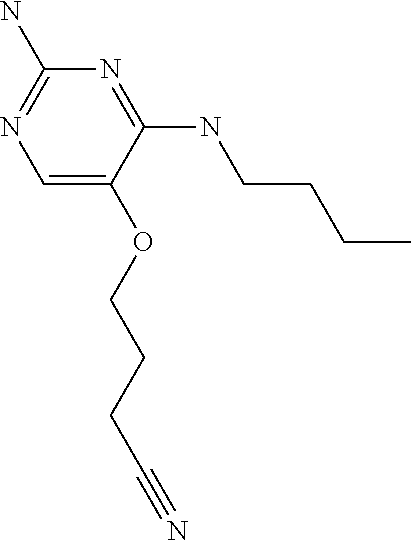
C00427
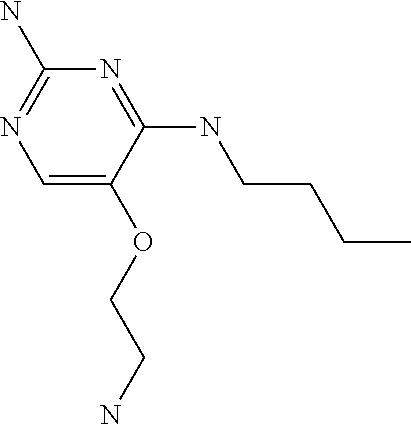
C00428
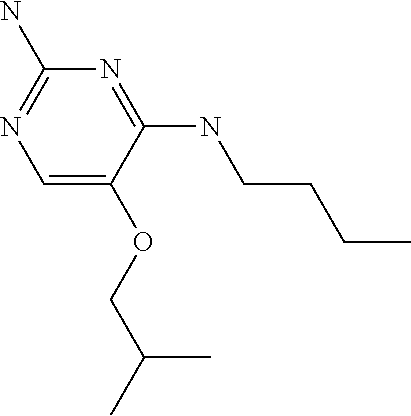
C00429
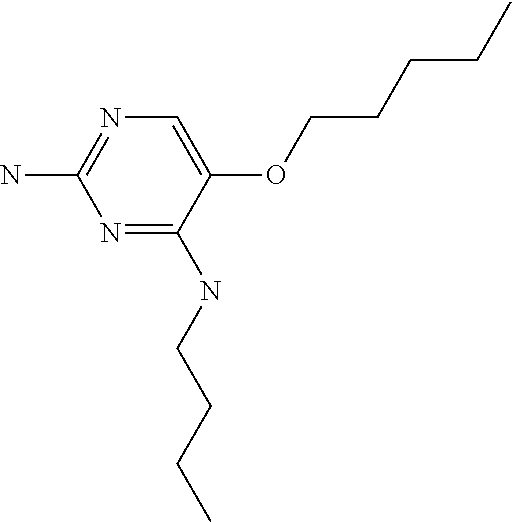
C00430
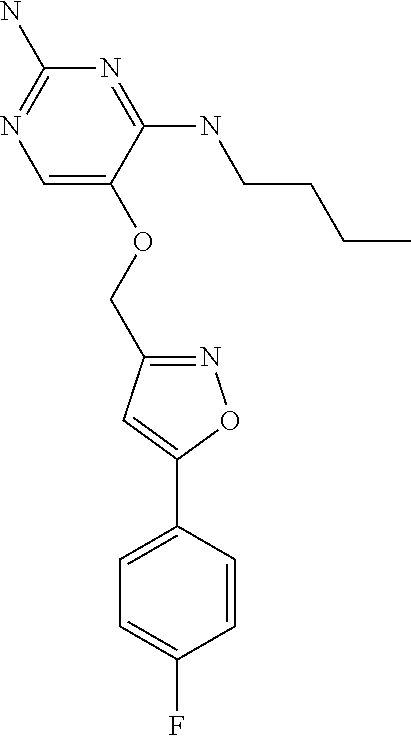
C00431
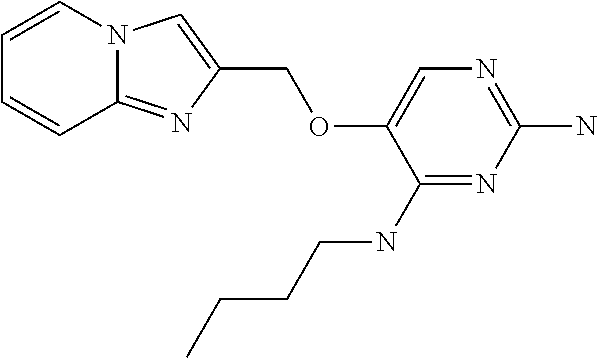
C00432
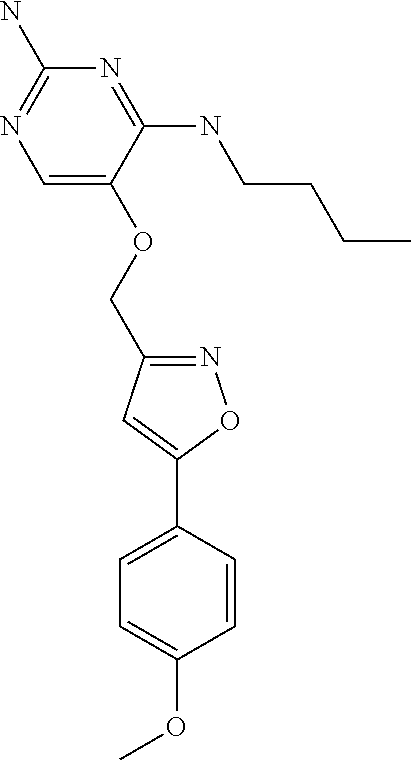
C00433
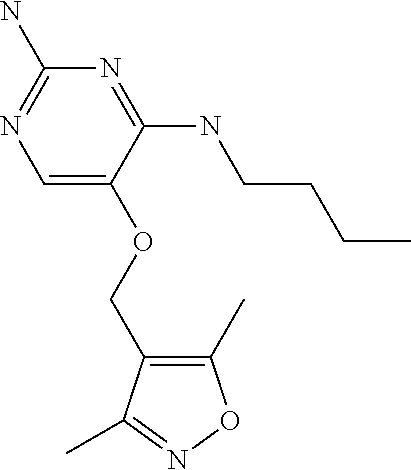
C00434
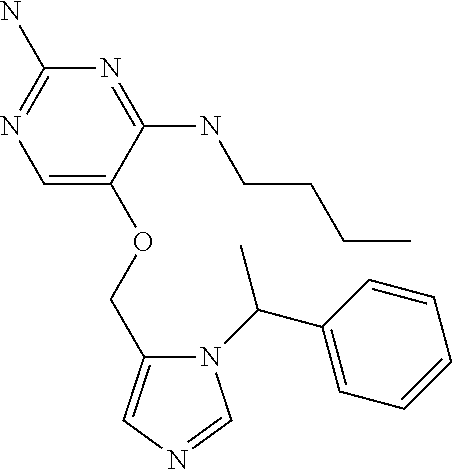
C00435

C00436
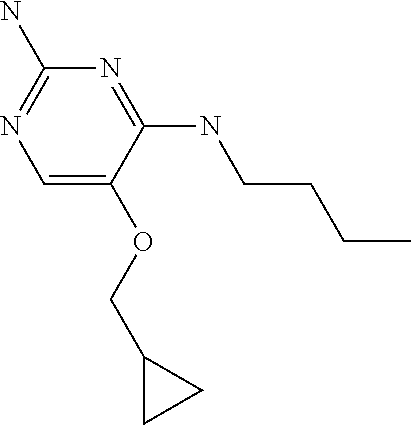
C00437
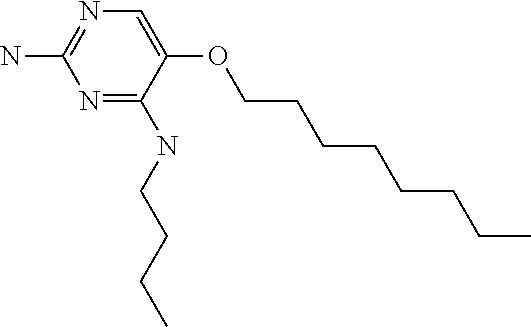
C00438

C00439
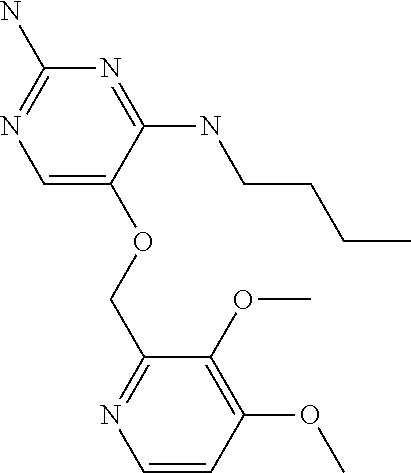
C00440
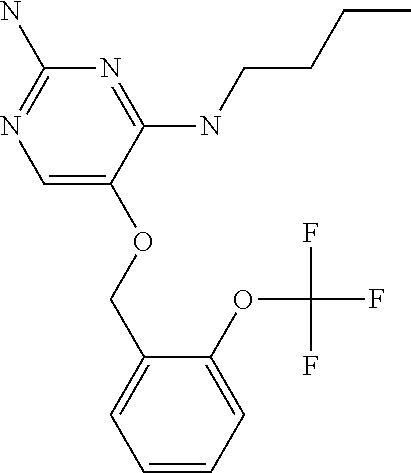
C00441
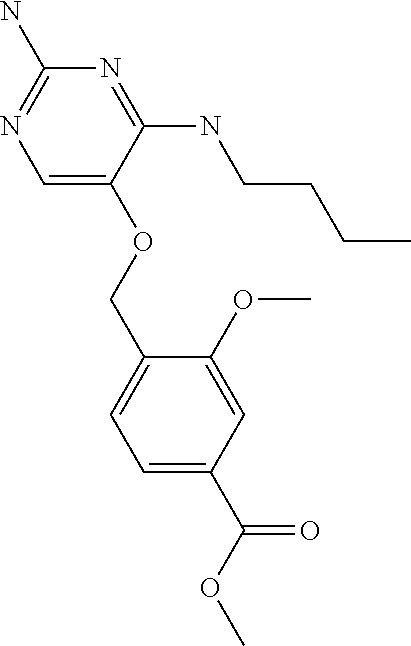
C00442
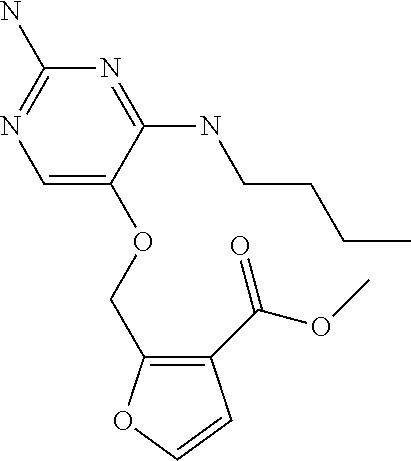
C00443
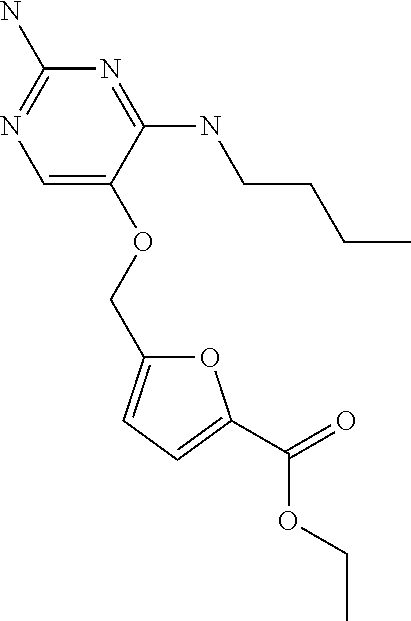
C00444
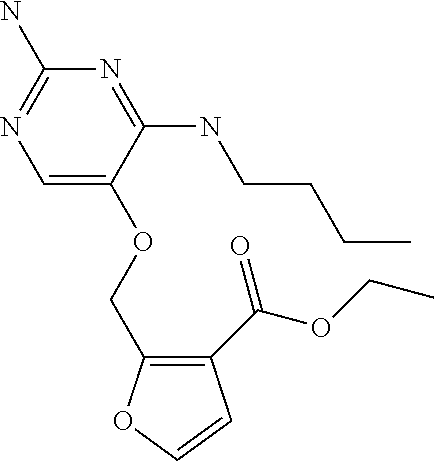
C00445

C00446
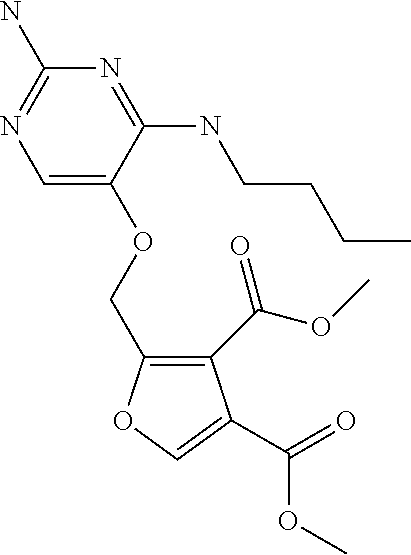
C00447
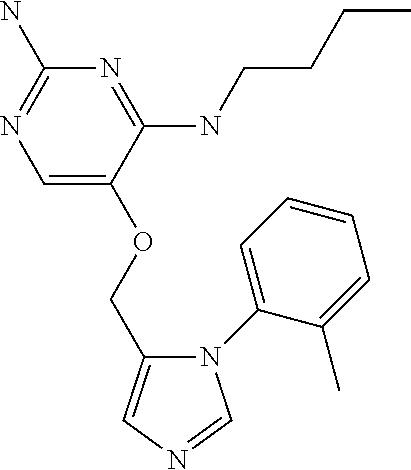
C00448

C00449

C00450
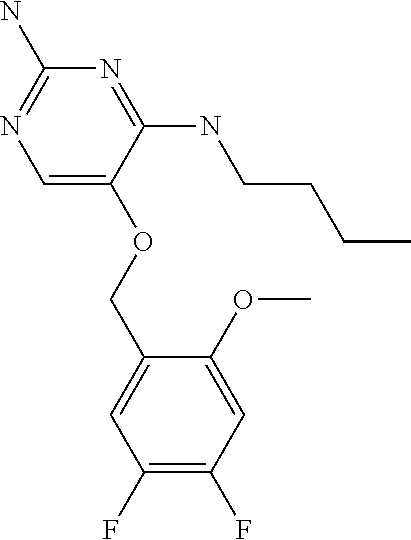
C00451
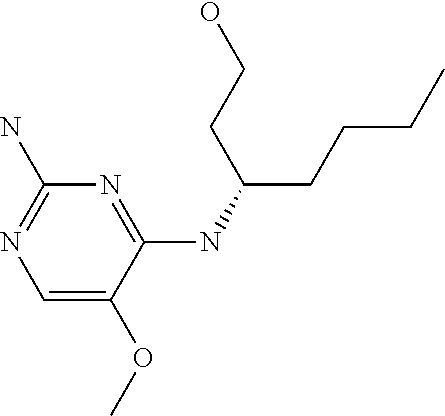
C00452
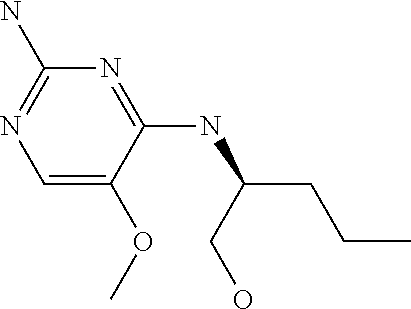
C00453

C00454
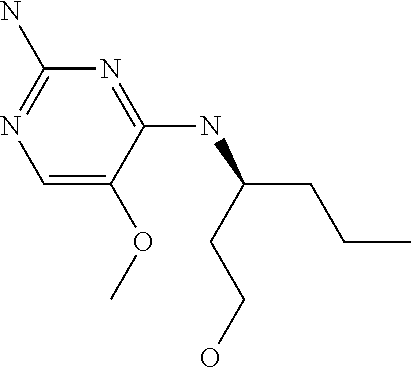
C00455
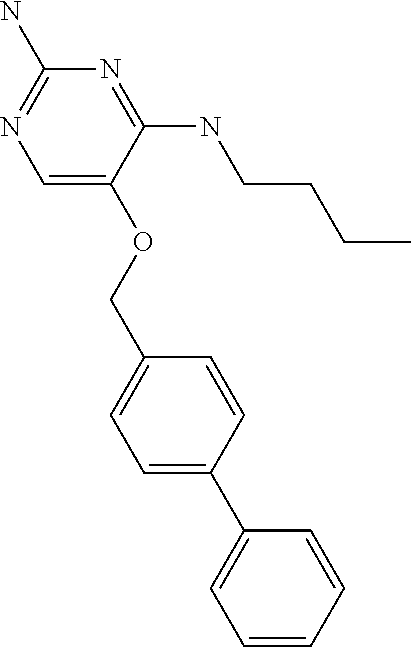
C00456

C00457
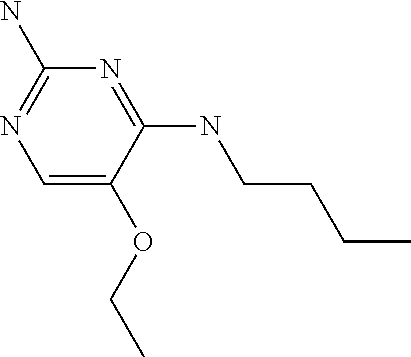
C00458

C00459

C00460
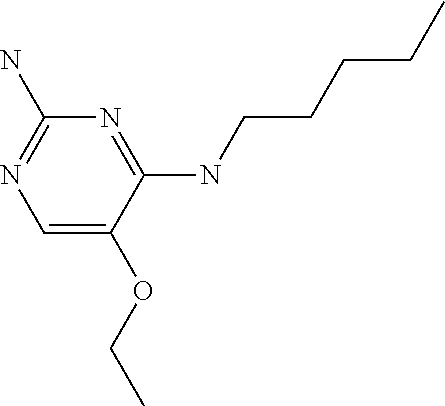
C00461

C00462

C00463
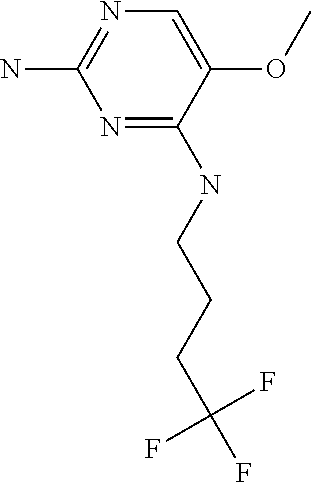
C00464
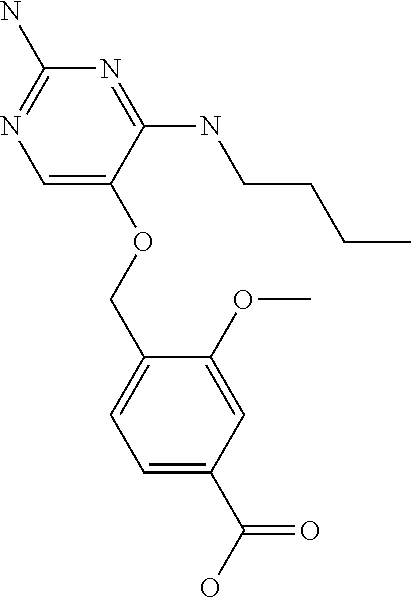
C00465
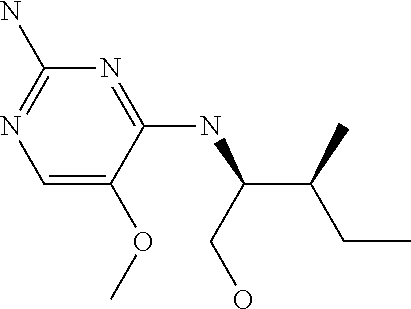
C00466
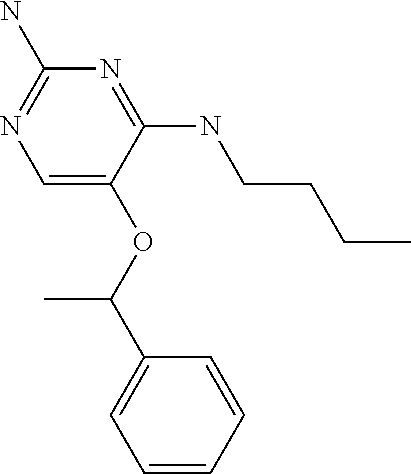
C00467
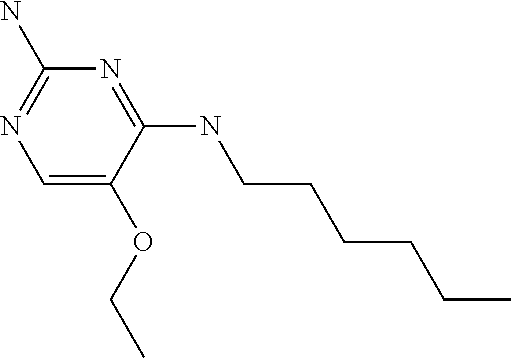
C00468
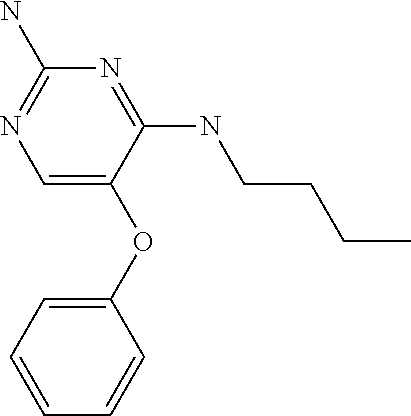
C00469
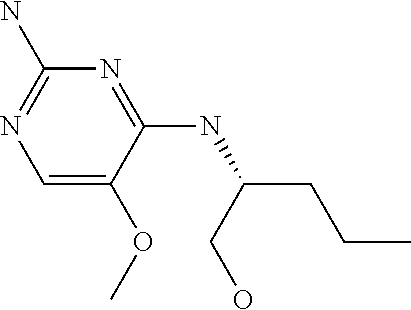
C00470
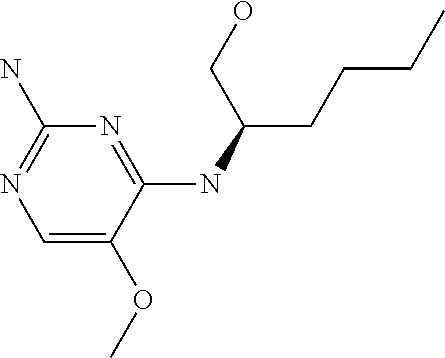
C00471
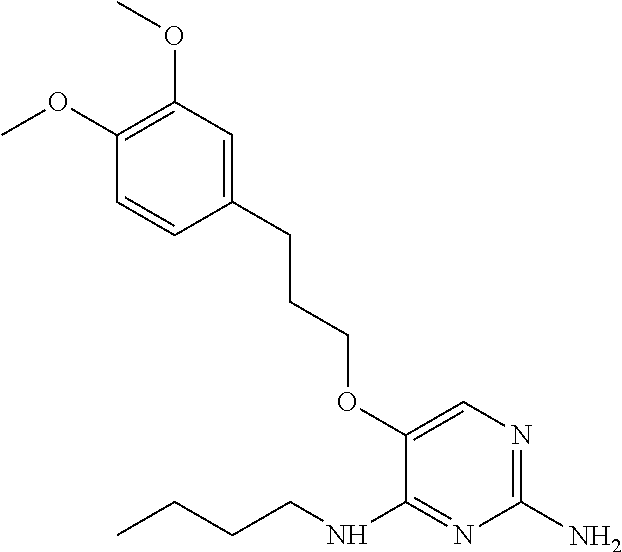
C00472
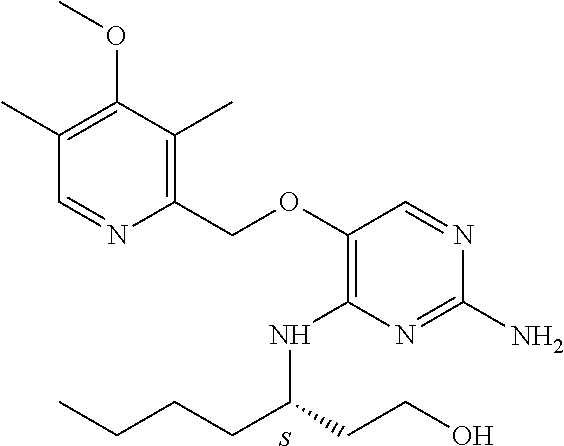
C00473
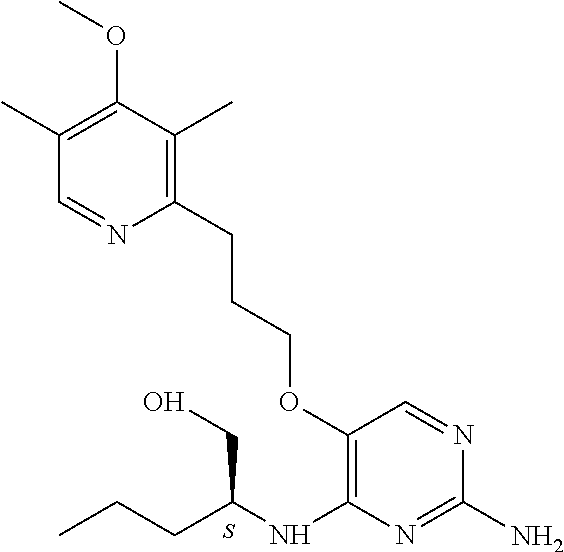
C00474
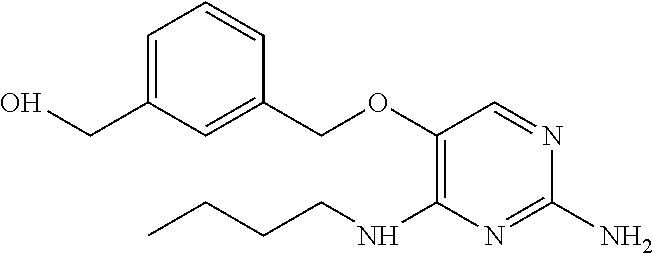
C00475
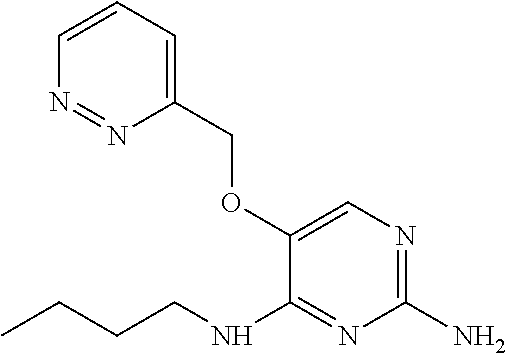
C00476

C00477
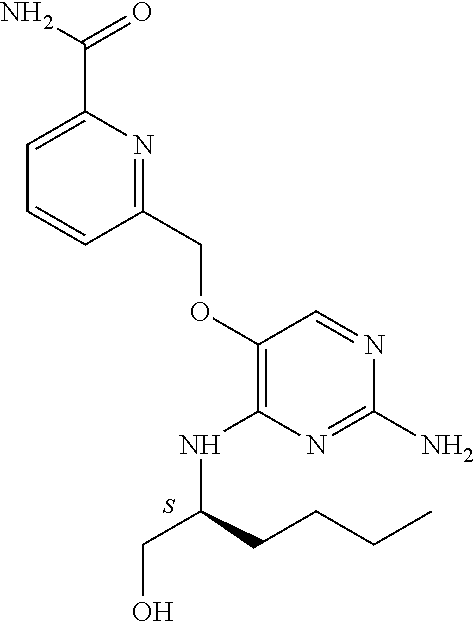
C00478
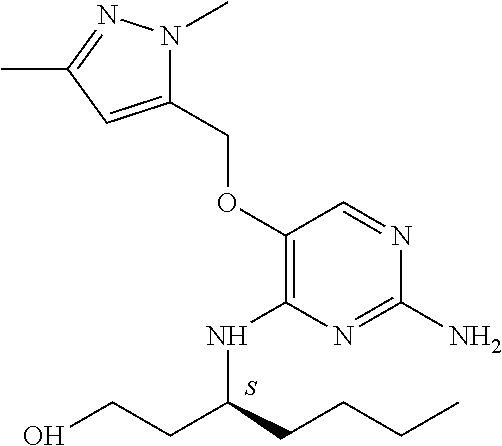
C00479
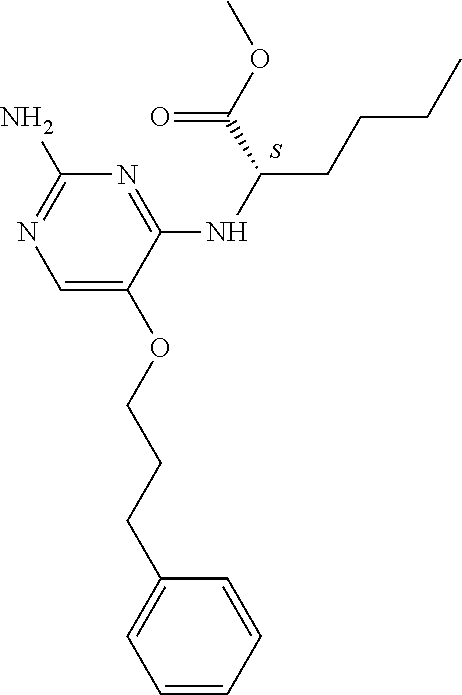
C00480
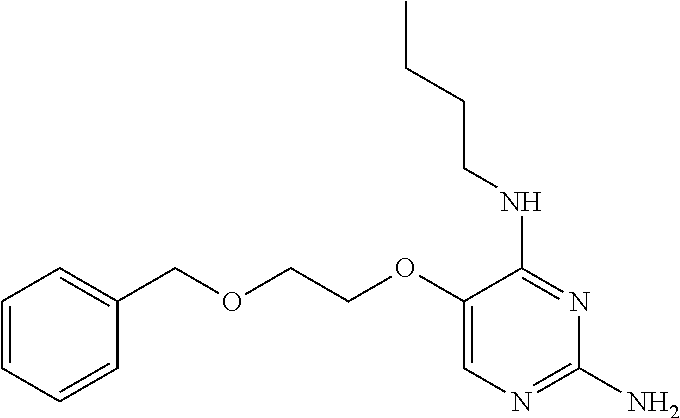
C00481
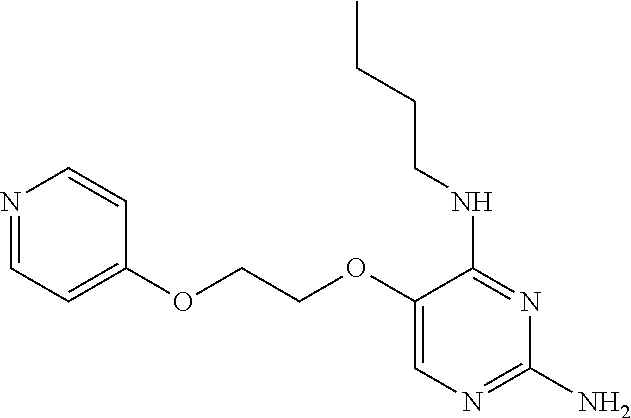
C00482
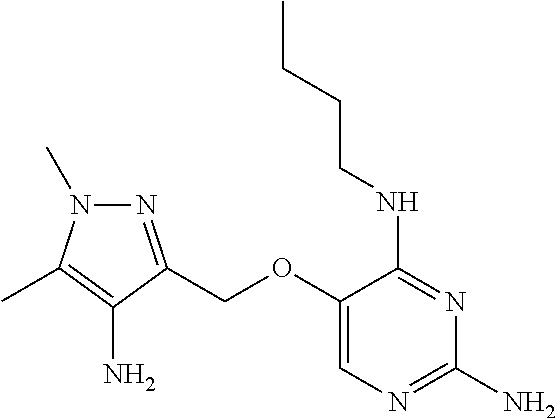
C00483
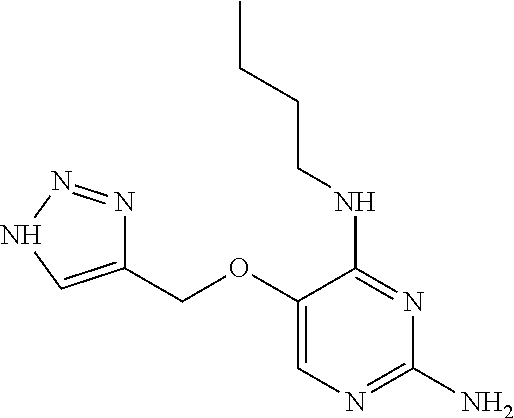
C00484
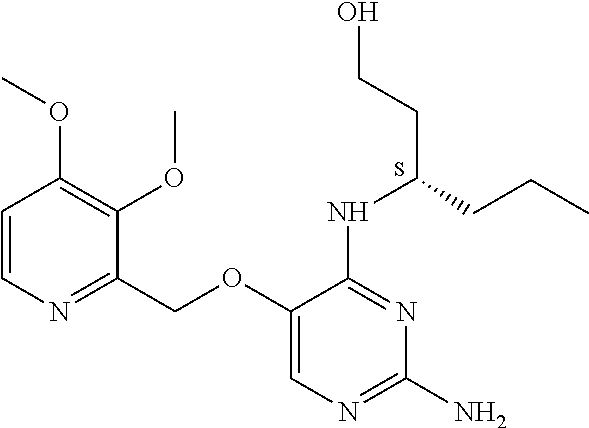
C00485

C00486
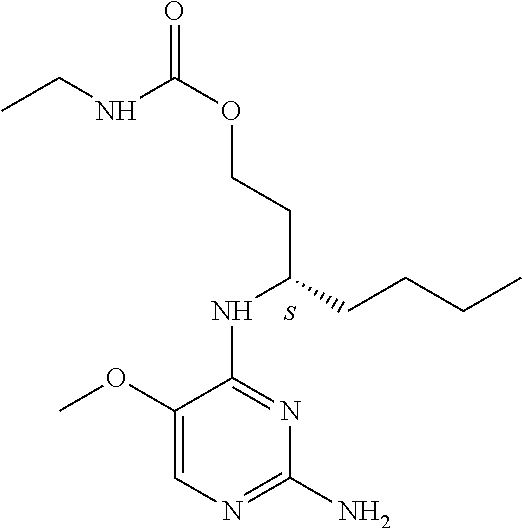
C00487
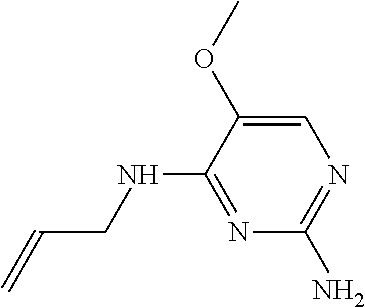
C00488
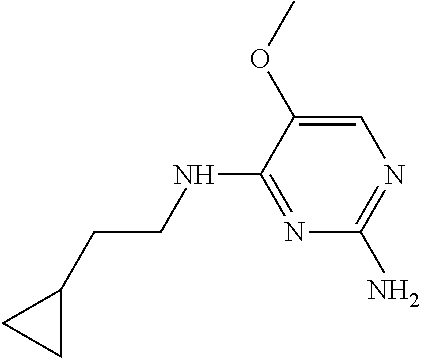
C00489

C00490
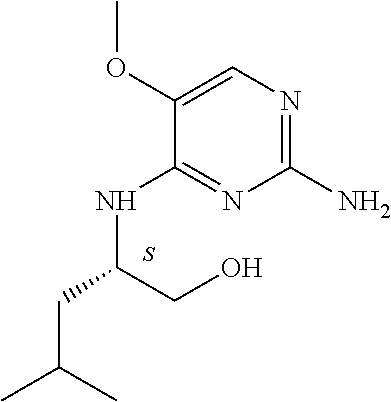
C00491

C00492

C00493
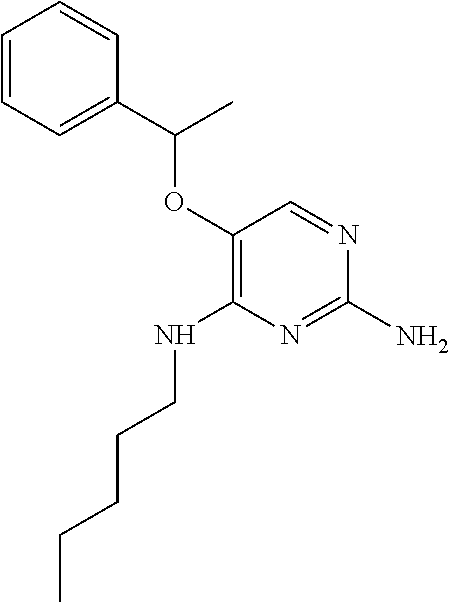
C00494

C00495

C00496
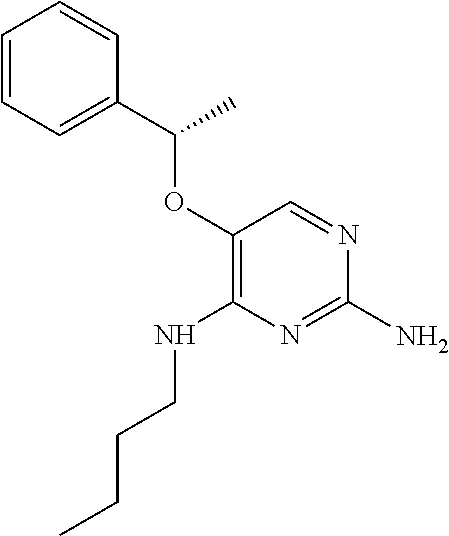
C00497
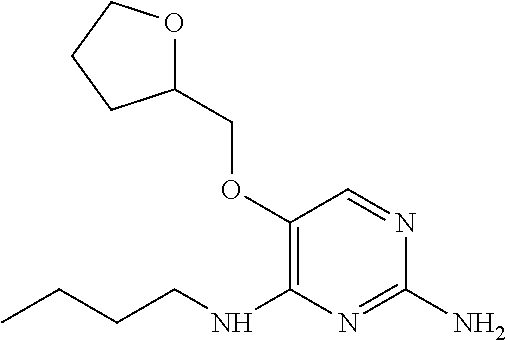
C00498
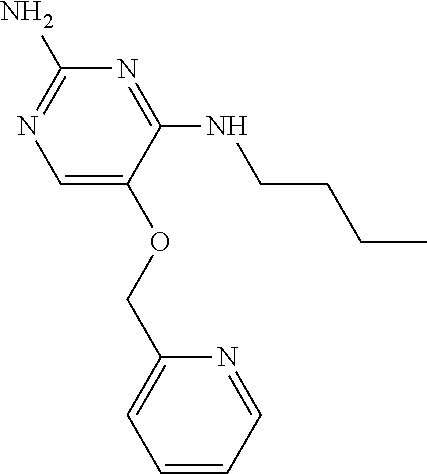
C00499
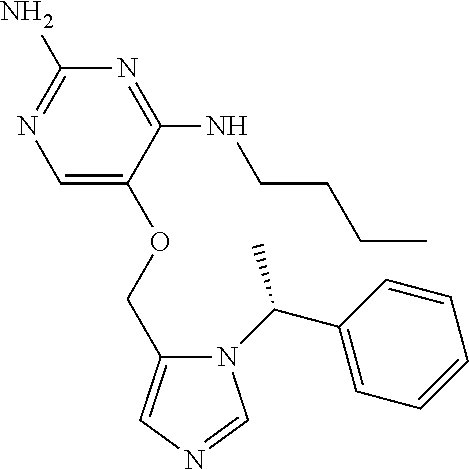
C00500
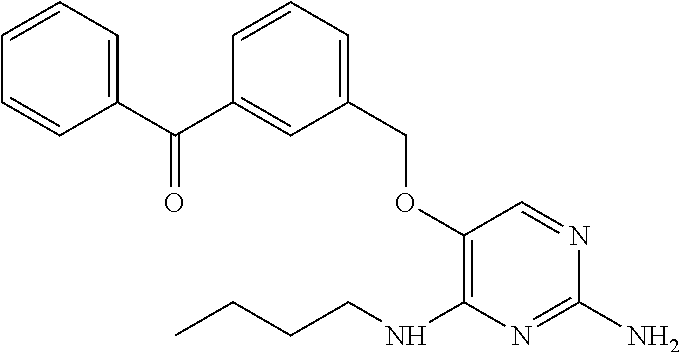
C00501

C00502
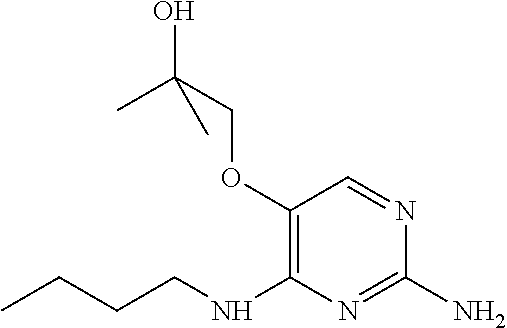
C00503
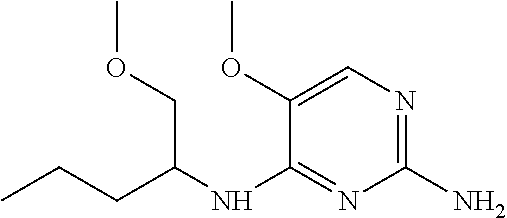
C00504
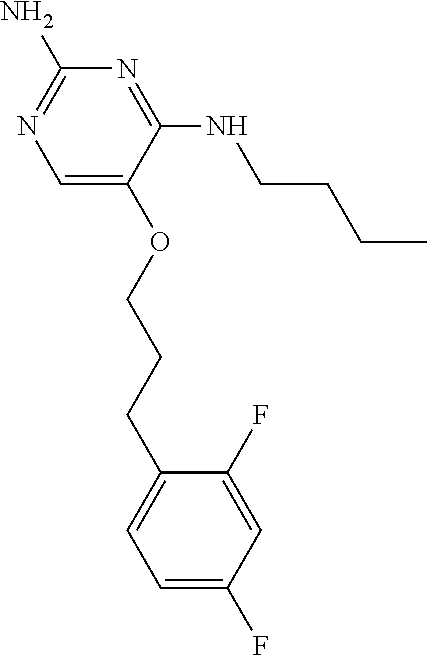
C00505

C00506
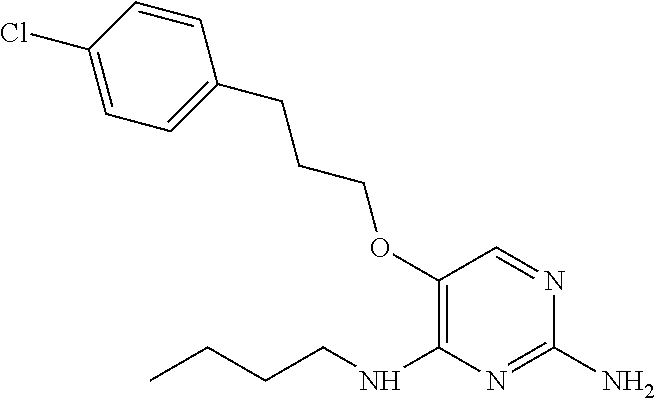
C00507

C00508
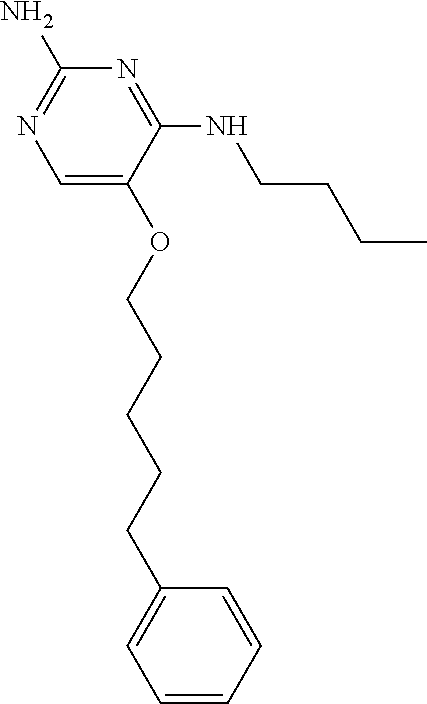
C00509
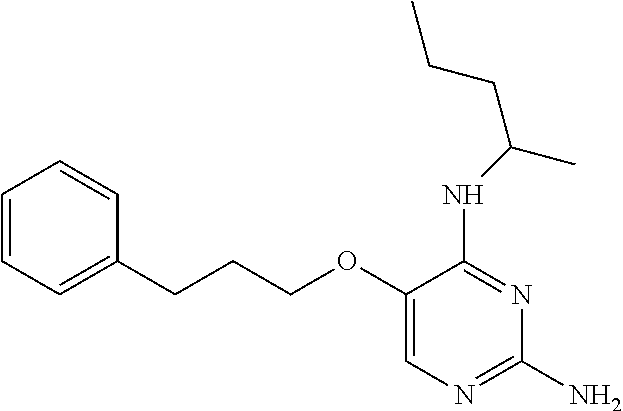
C00510

C00511
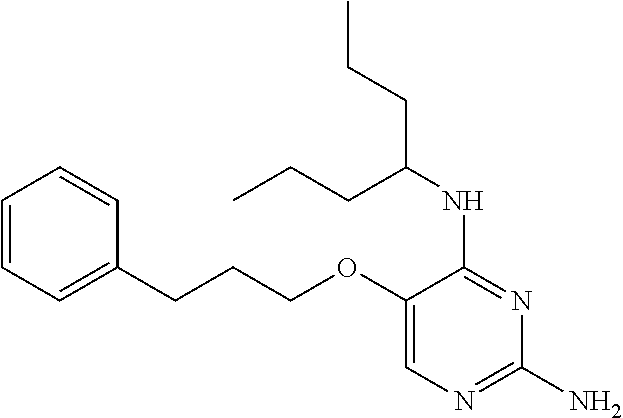
C00512
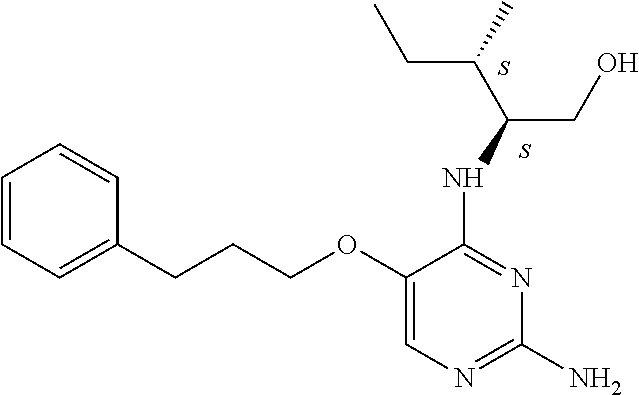
C00513

C00514

C00515
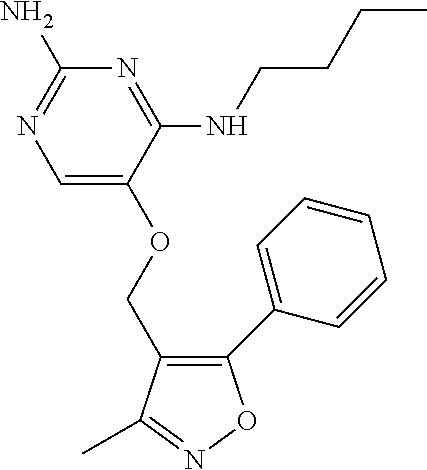
C00516
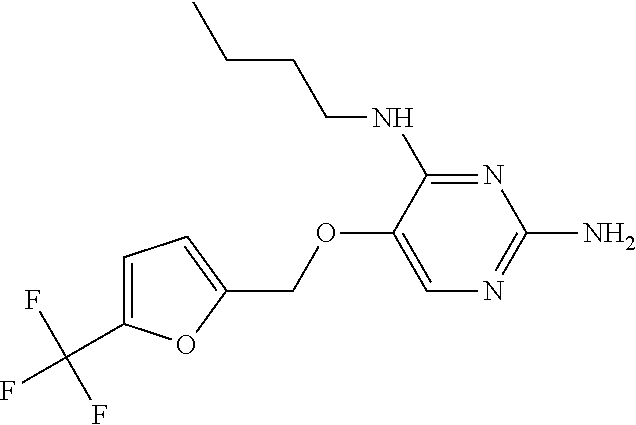
C00517
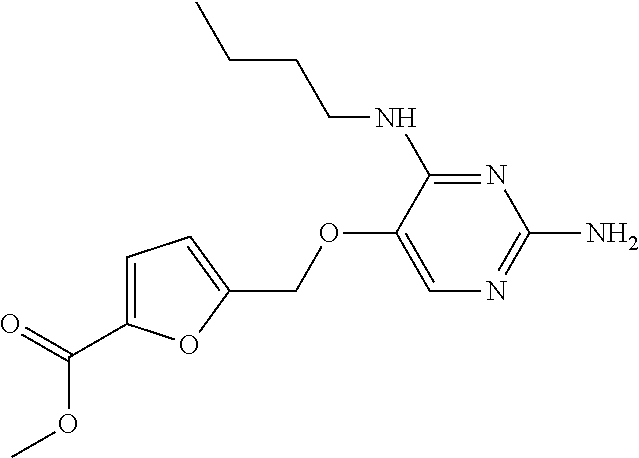
C00518
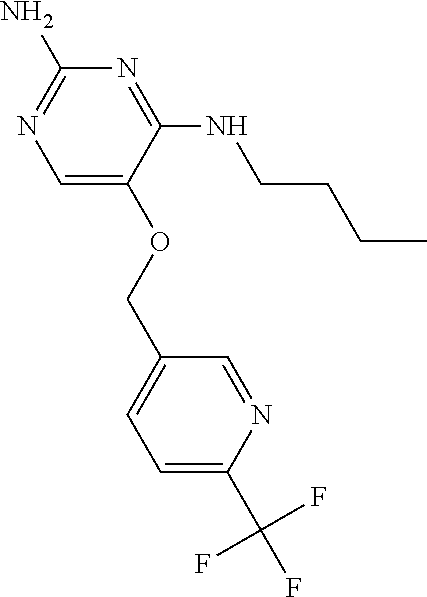
C00519
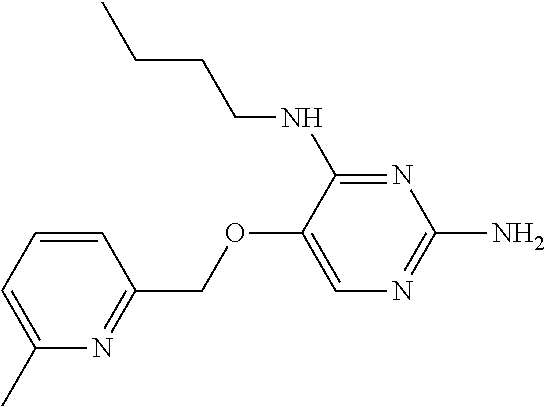
C00520
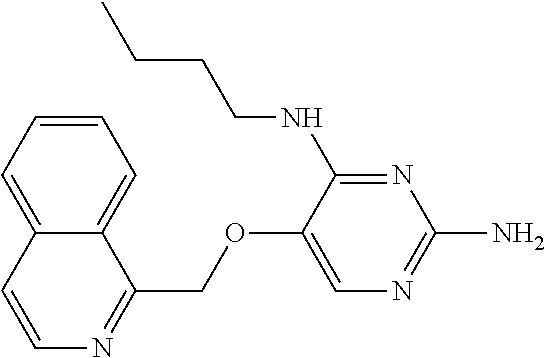
C00521
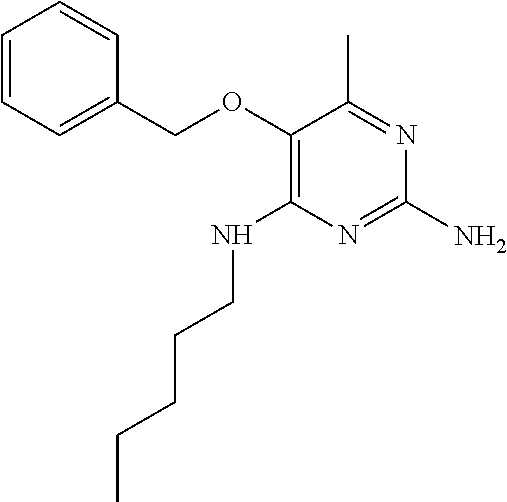
C00522

C00523
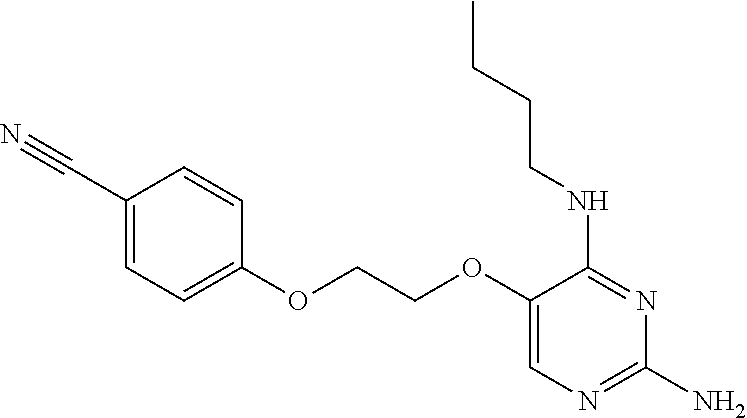
C00524
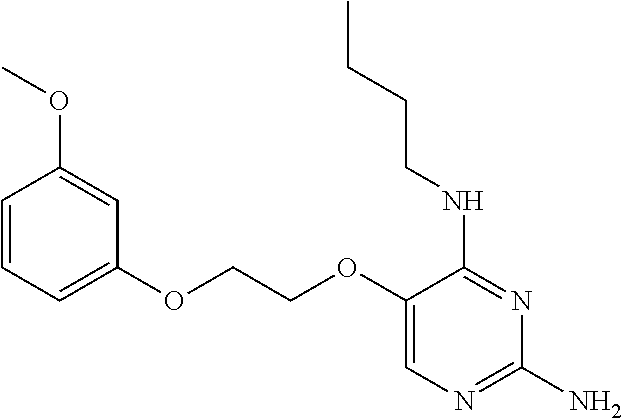
C00525
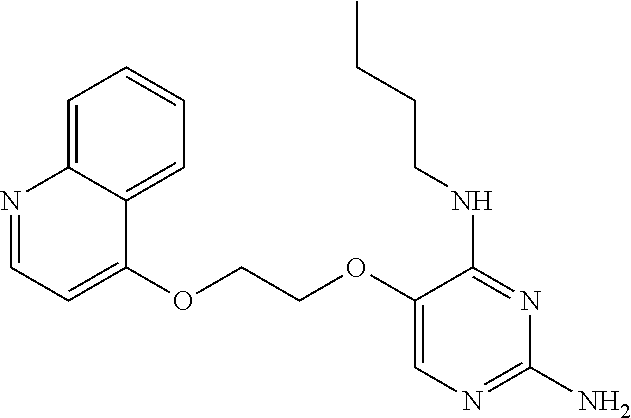
C00526
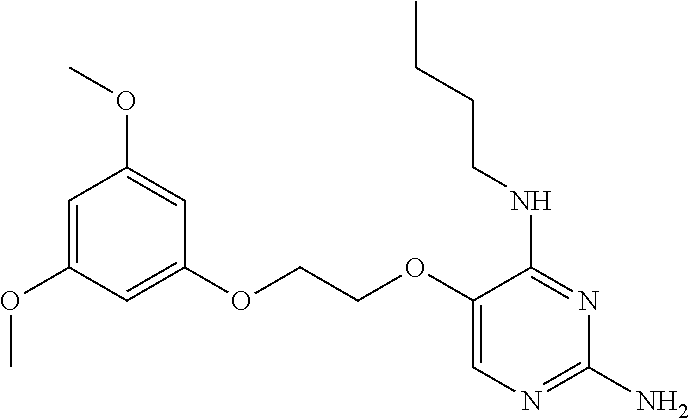
C00527
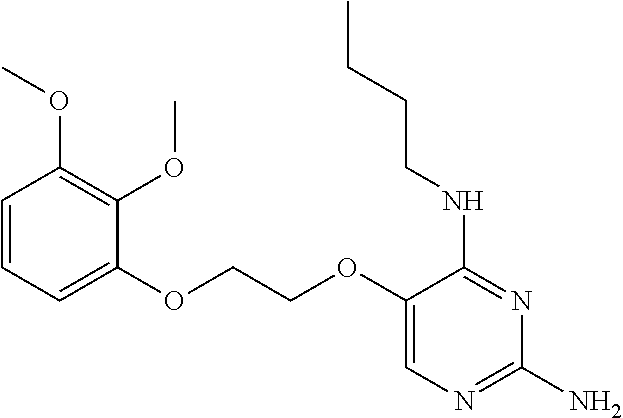
C00528

C00529
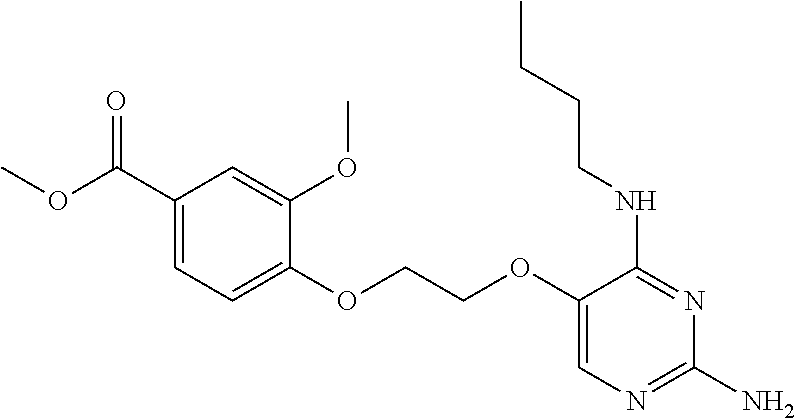
C00530
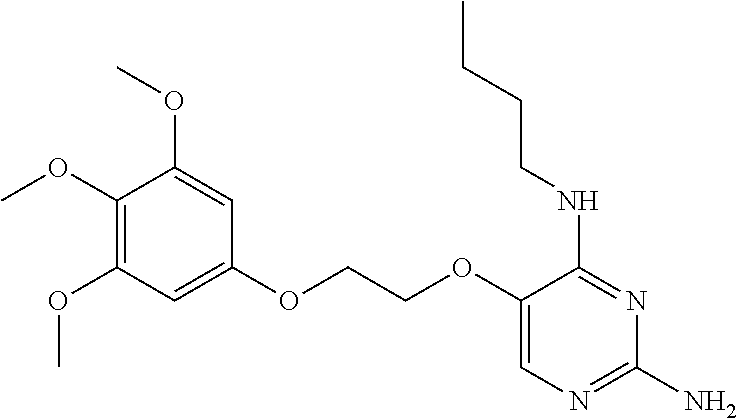
C00531
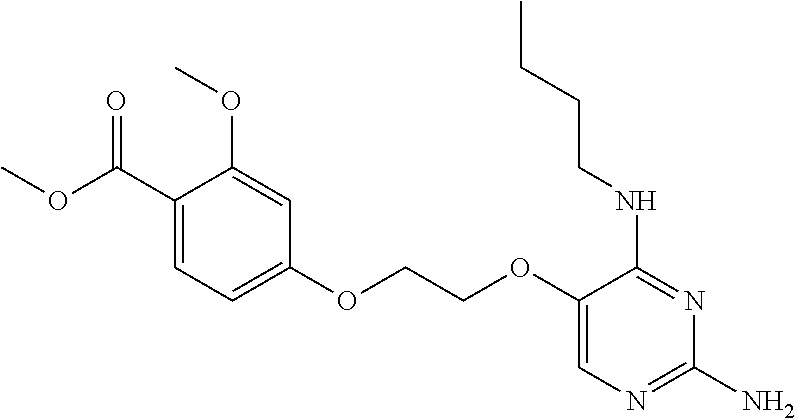
C00532
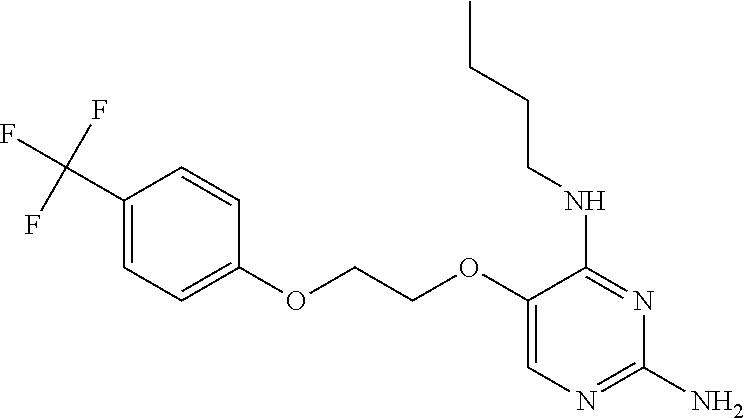
C00533
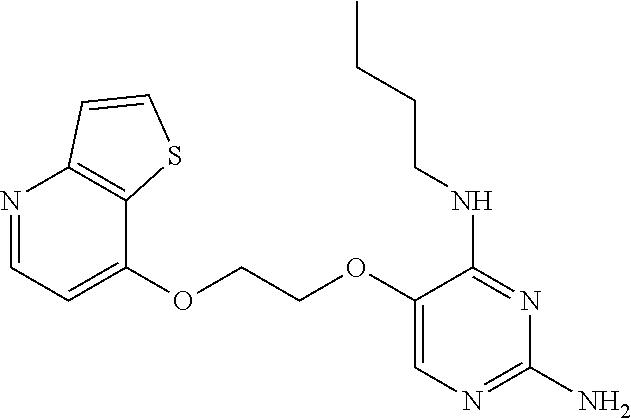
C00534
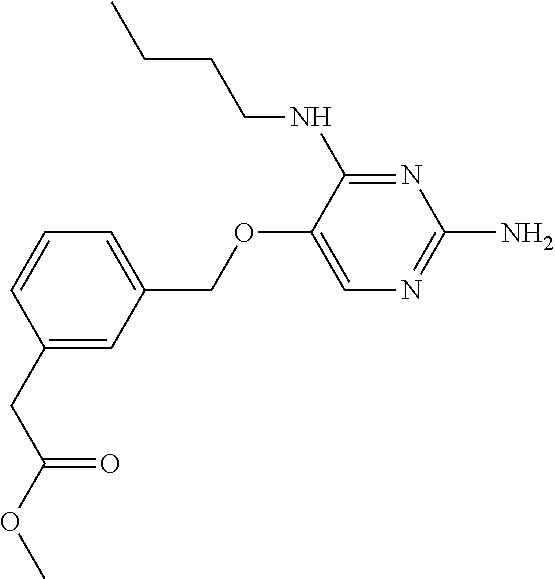
C00535

C00536

C00537

C00538

C00539
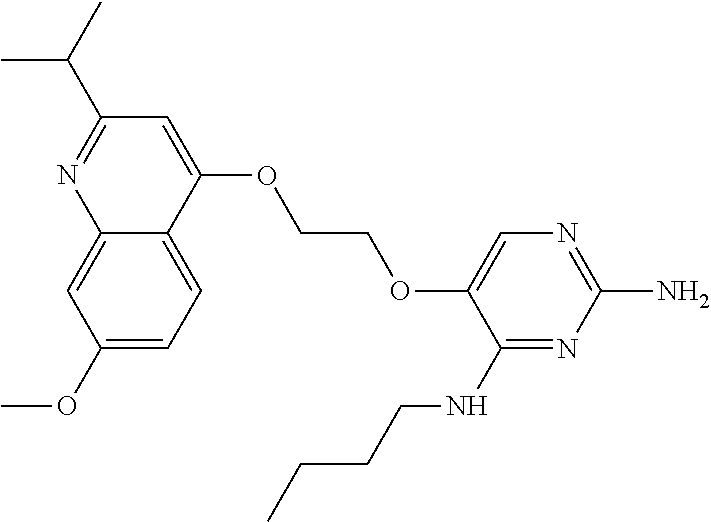
C00540
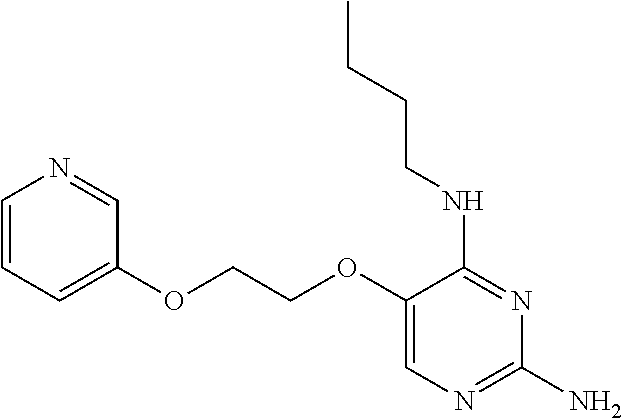
C00541
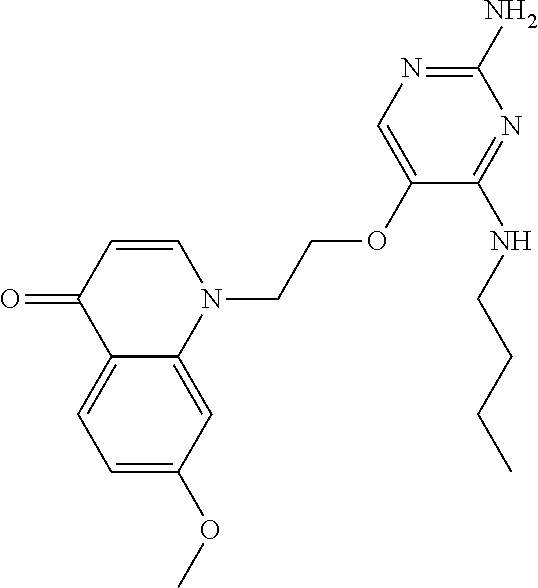
C00542

C00543
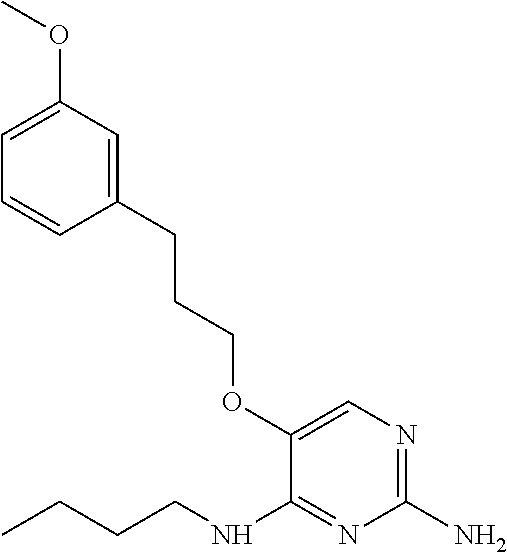
C00544
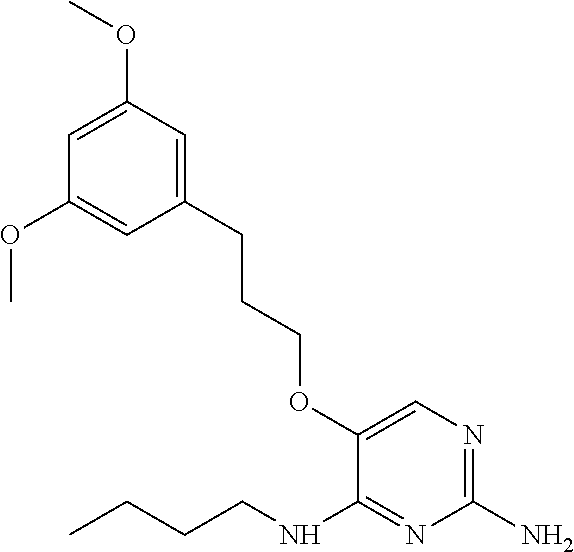
C00545

C00546
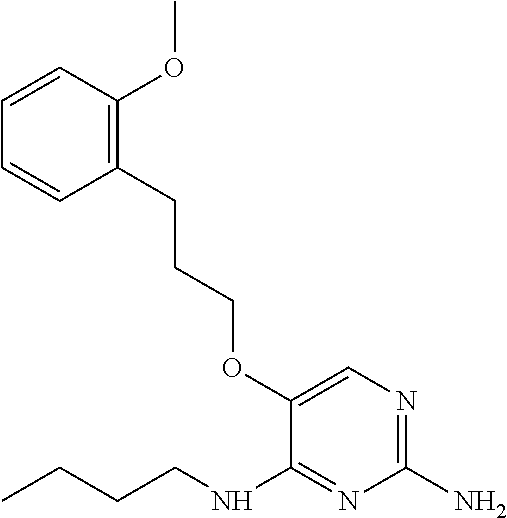
C00547
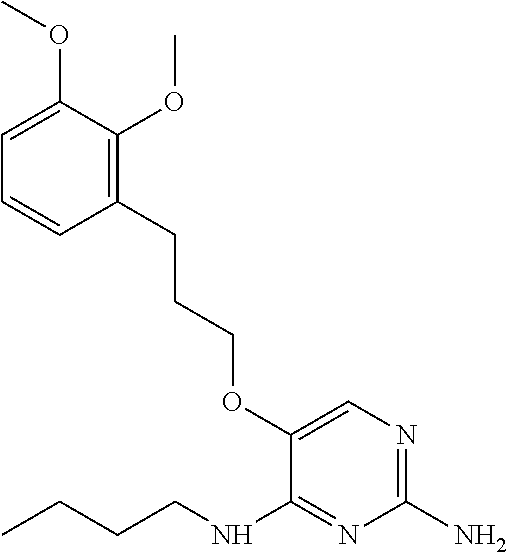
C00548
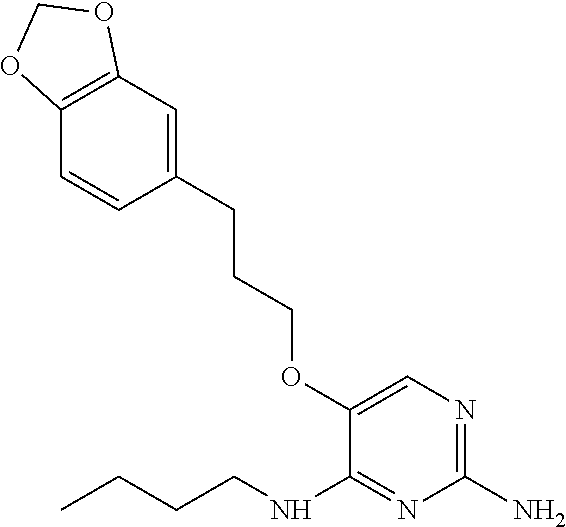
C00549
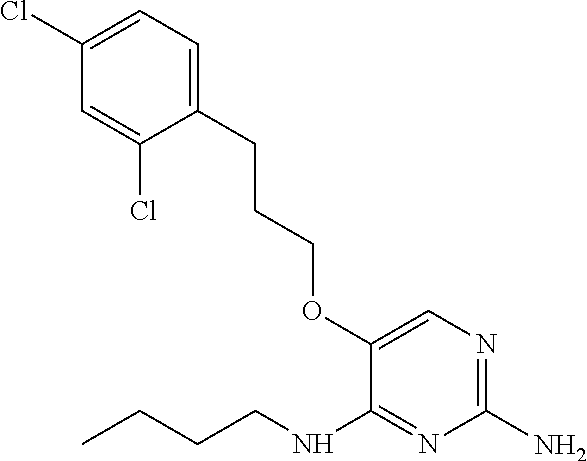
C00550
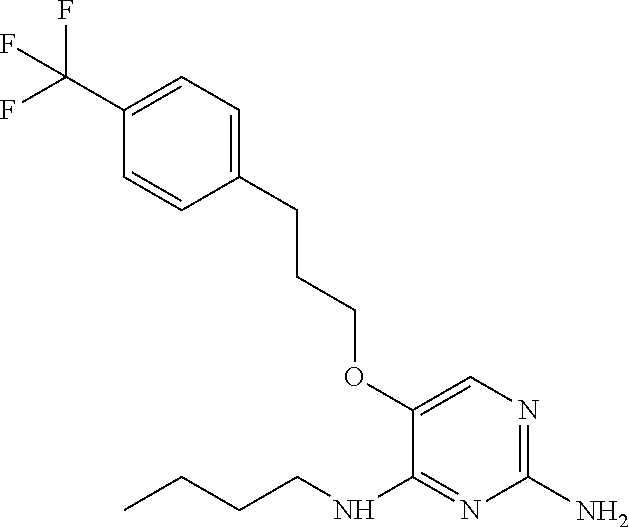
C00551
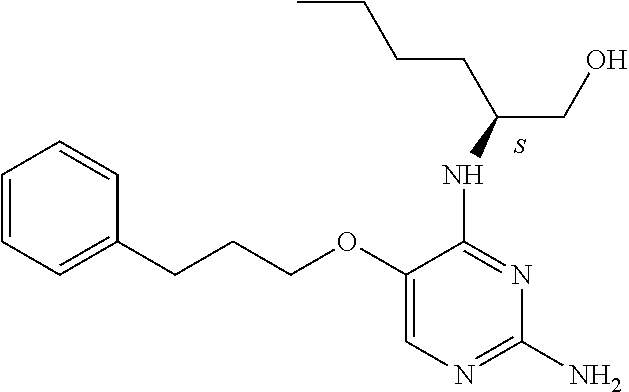
C00552
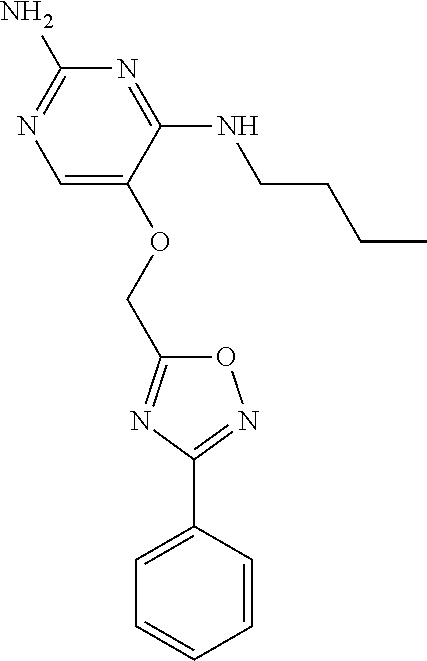
C00553

C00554
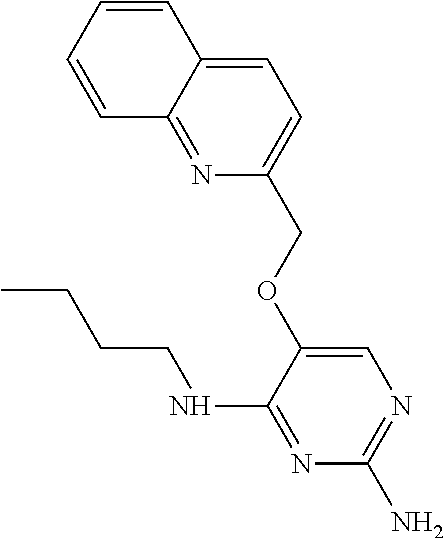
C00555

C00556
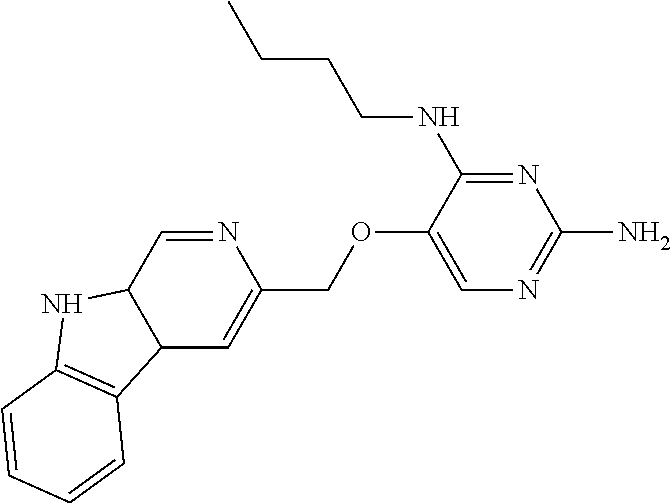
C00557
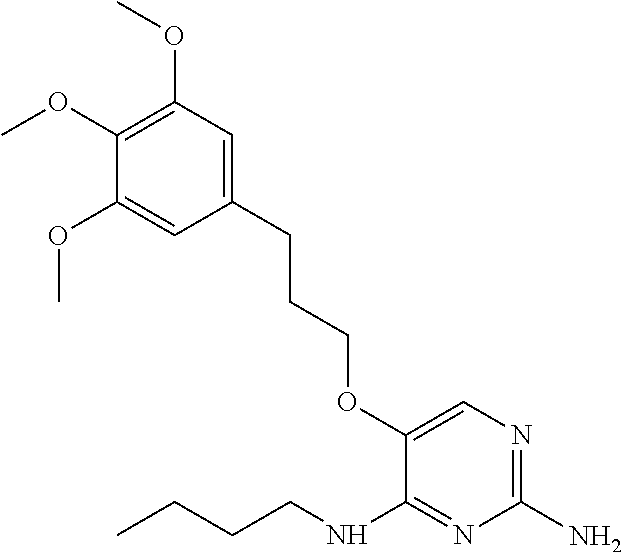
C00558

C00559
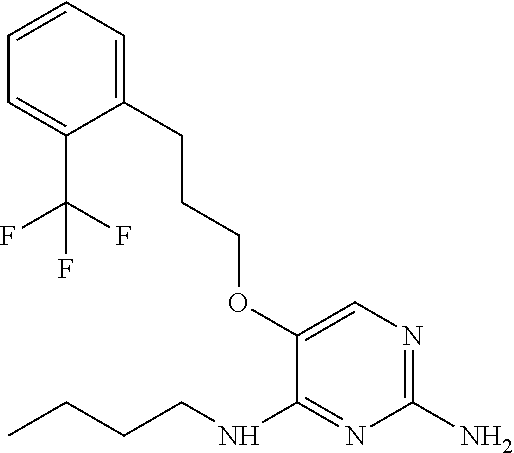
C00560

C00561
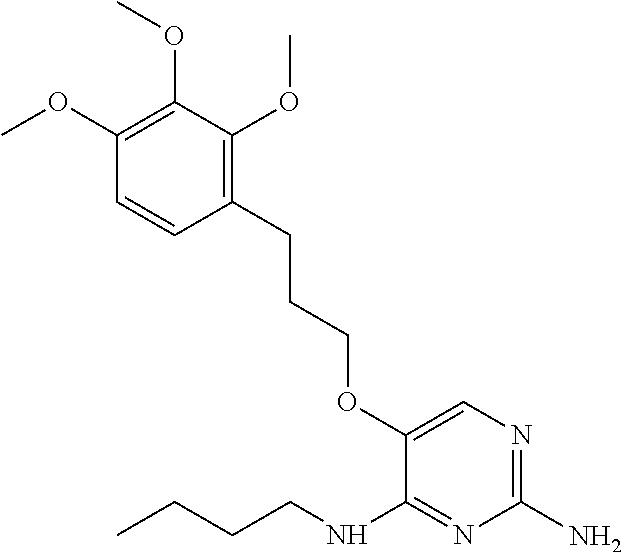
C00562

C00563

C00564

C00565

C00566

C00567
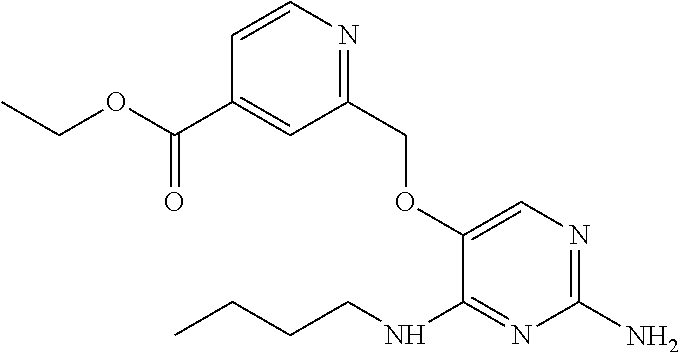
C00568
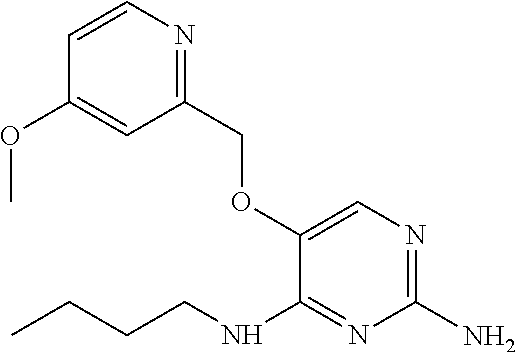
C00569

C00570
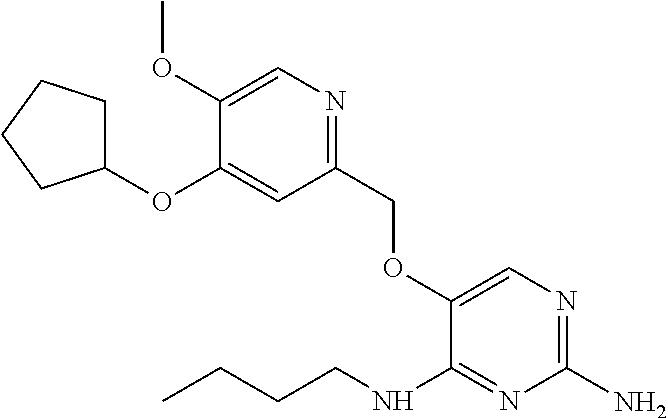
C00571

C00572
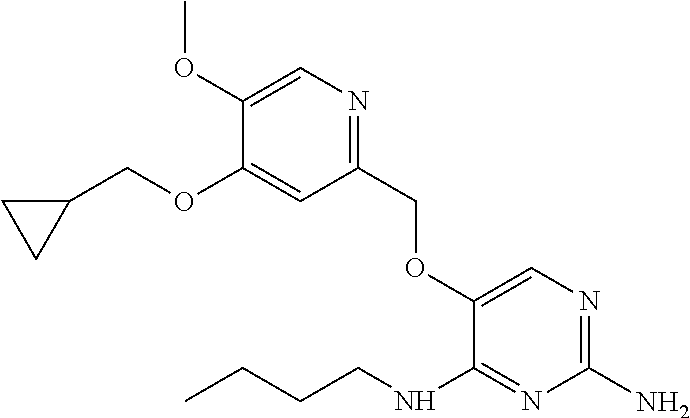
C00573
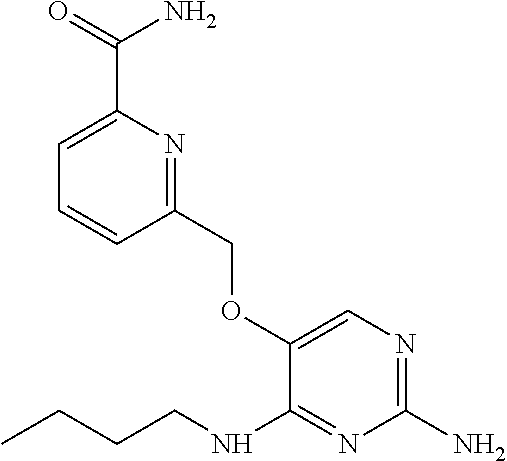
C00574
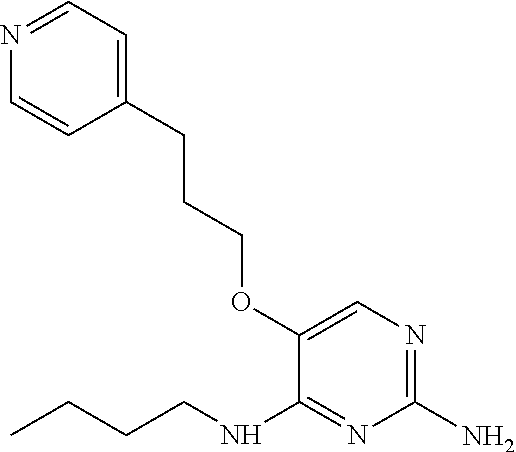
C00575
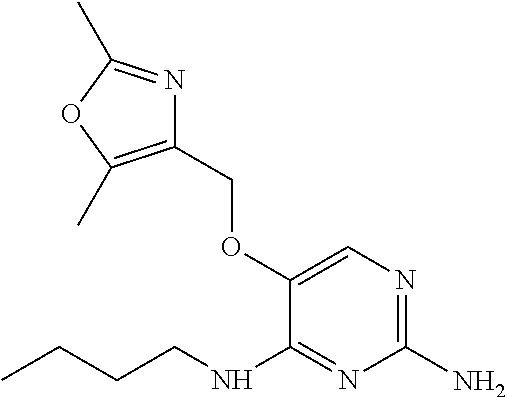
C00576

C00577
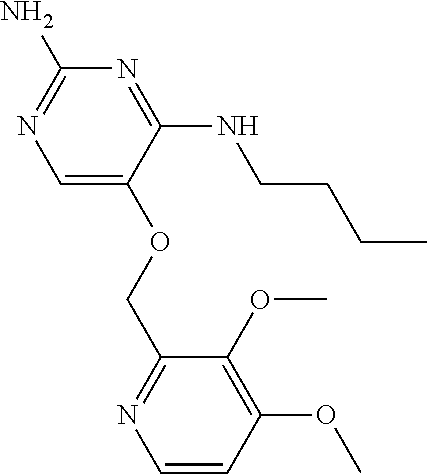
C00578
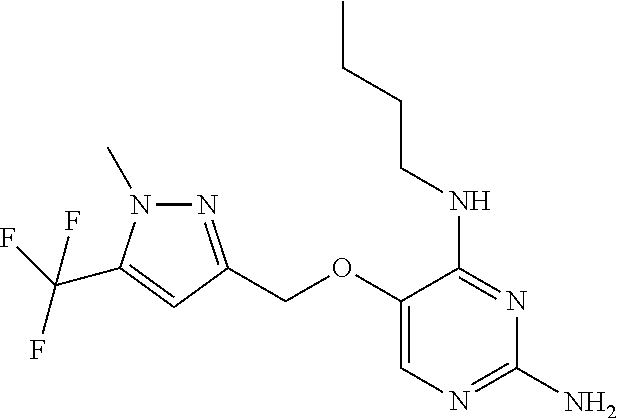
C00579
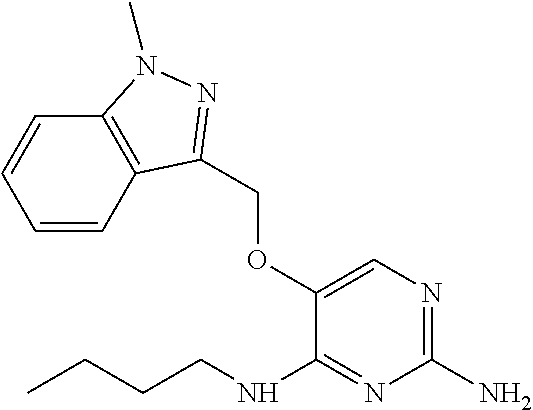
C00580
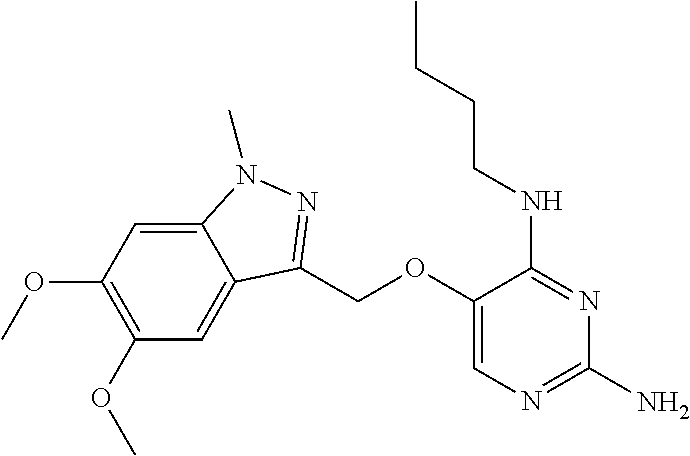
C00581

C00582

C00583
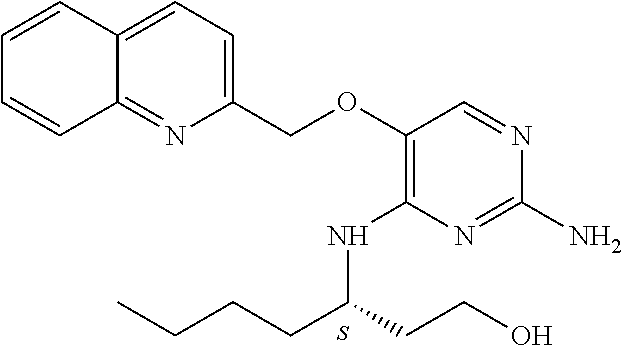
C00584
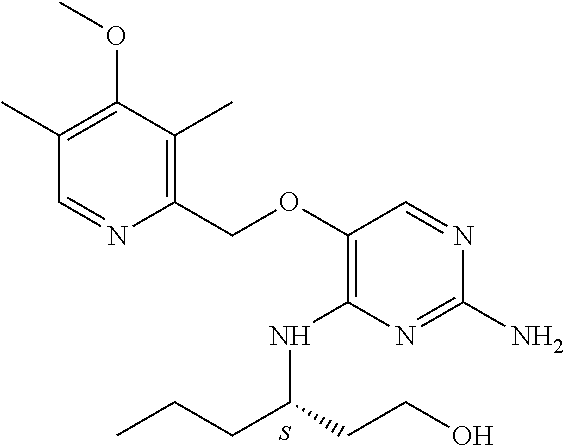
C00585
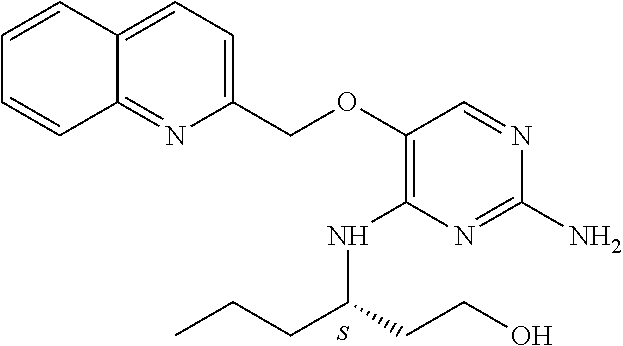
C00586
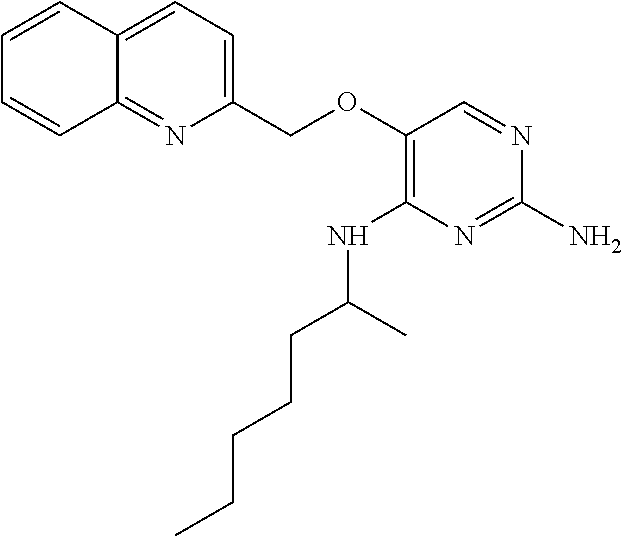
C00587
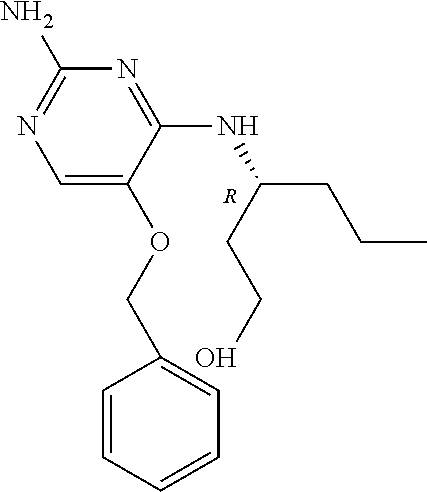
C00588
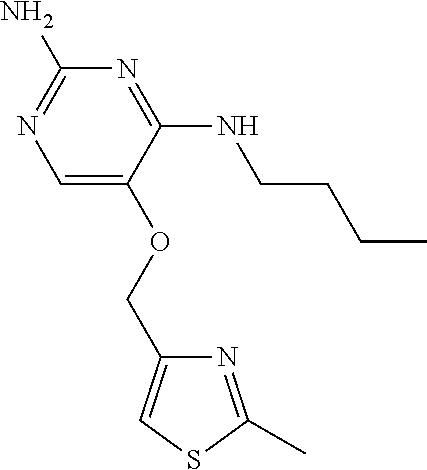
C00589

C00590
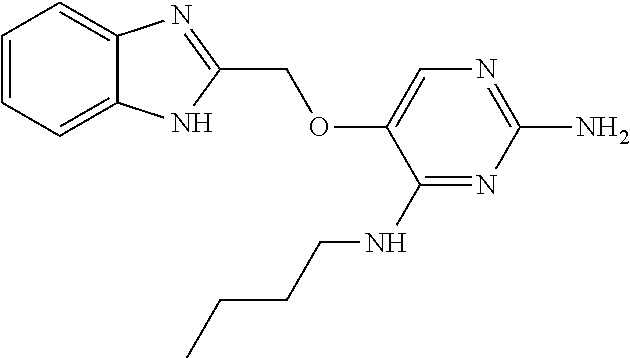
C00591
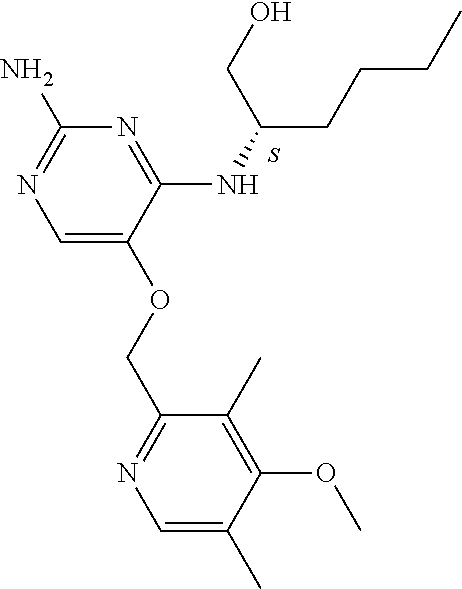
C00592

C00593
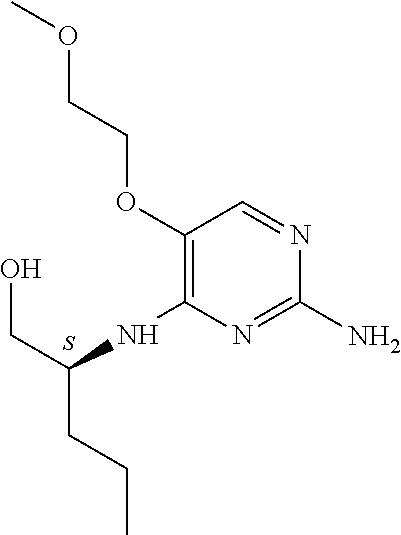
C00594
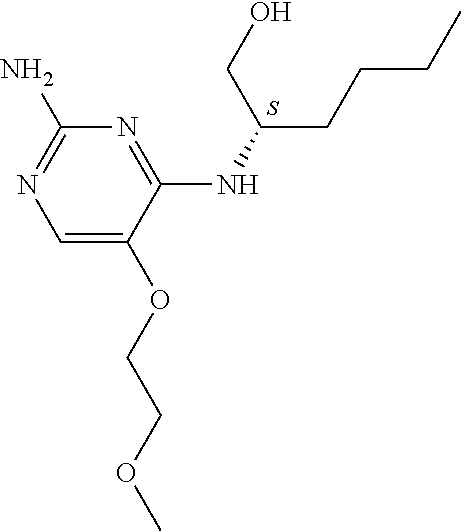
C00595
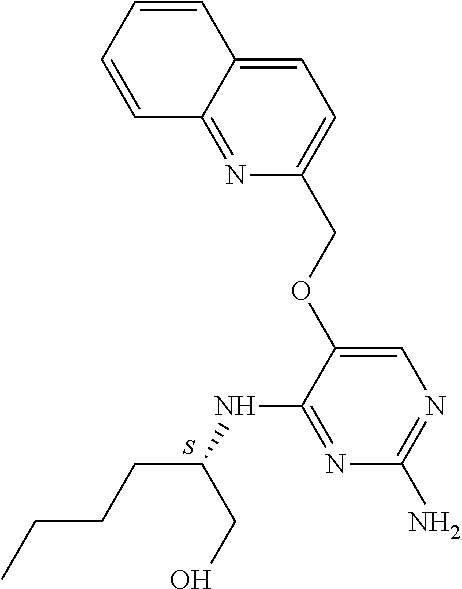
C00596
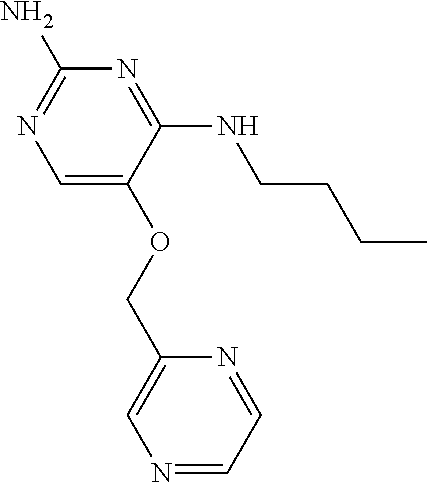
C00597
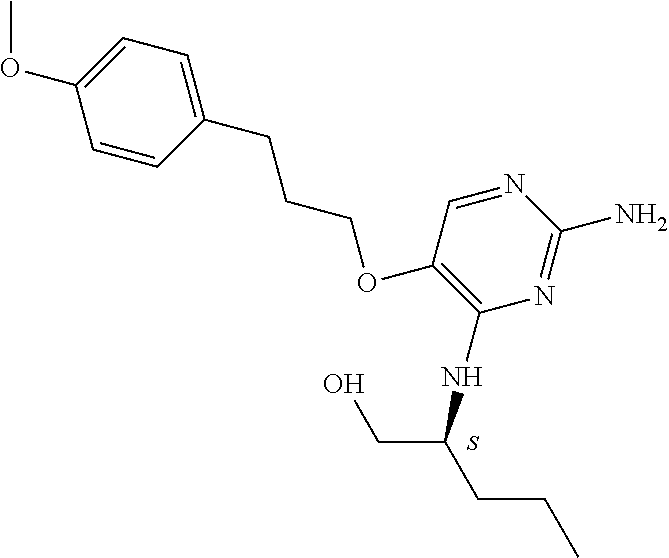
C00598
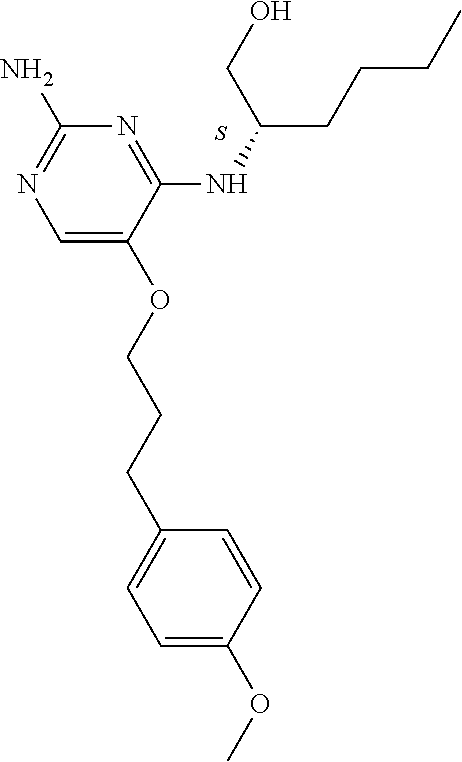
C00599
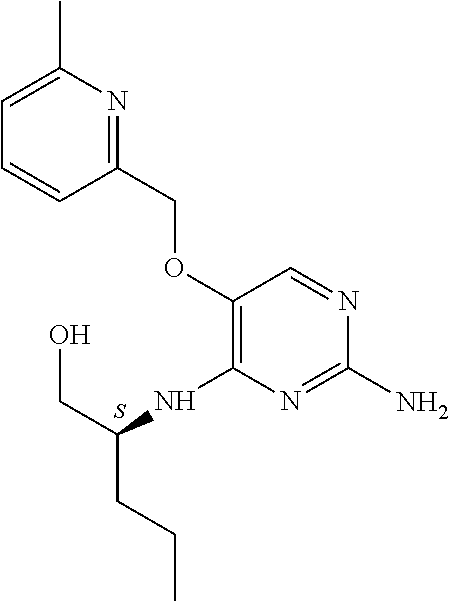
C00600
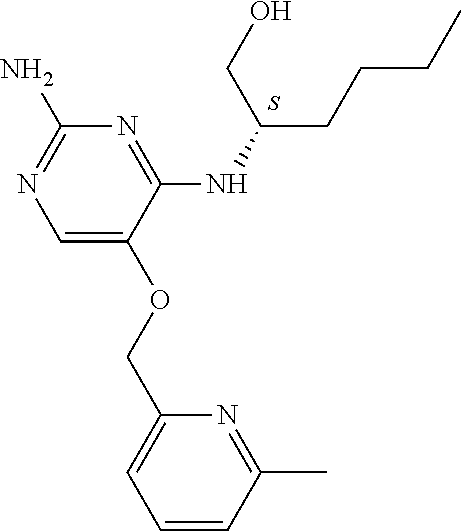
C00601
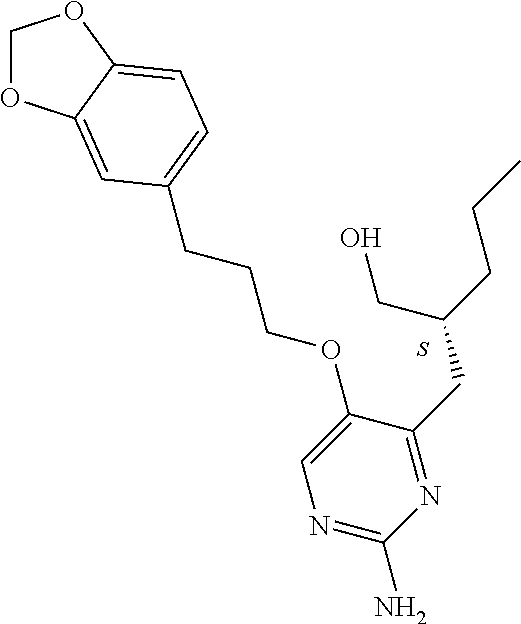
C00602
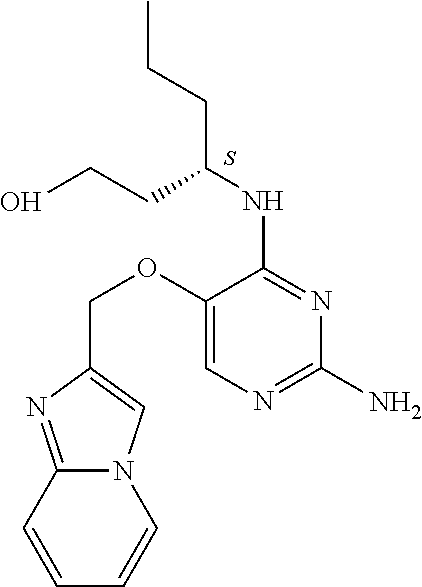
C00603
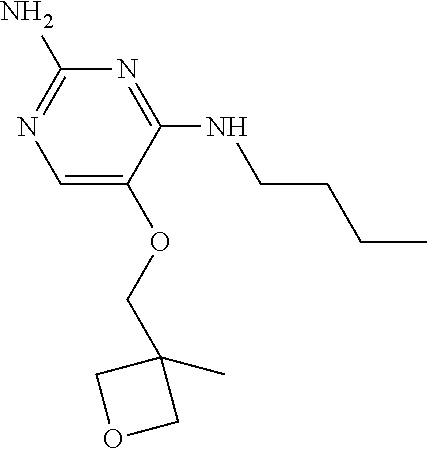
C00604
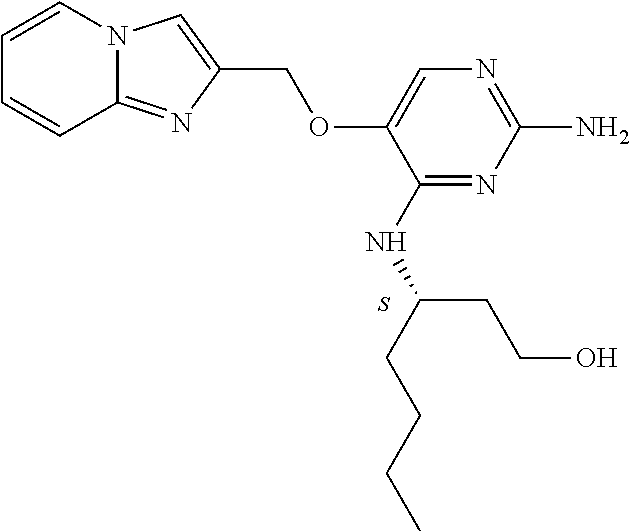
C00605

C00606
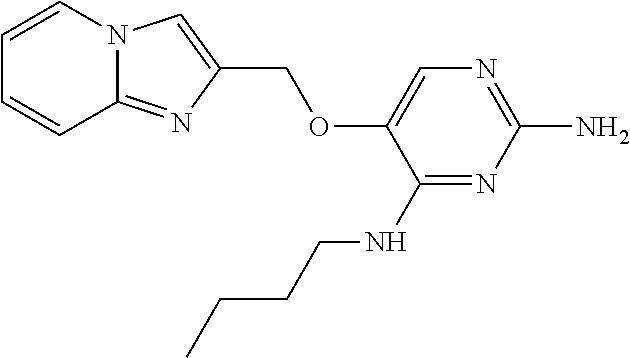
C00607

C00608
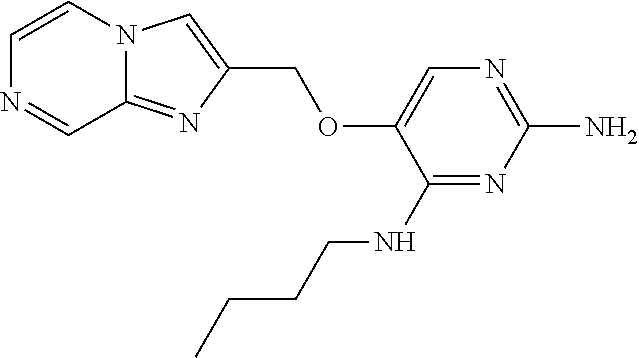
C00609
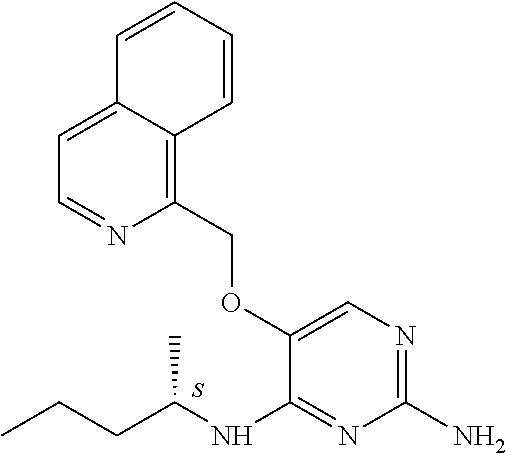
C00610
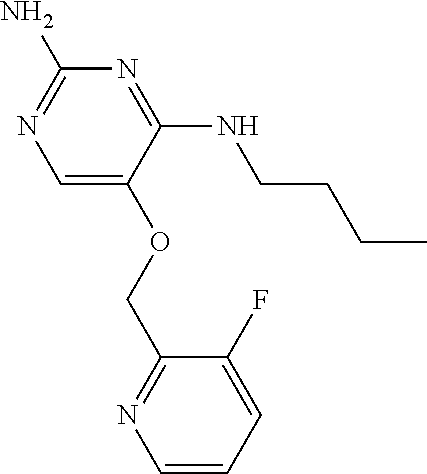
C00611

C00612

C00613
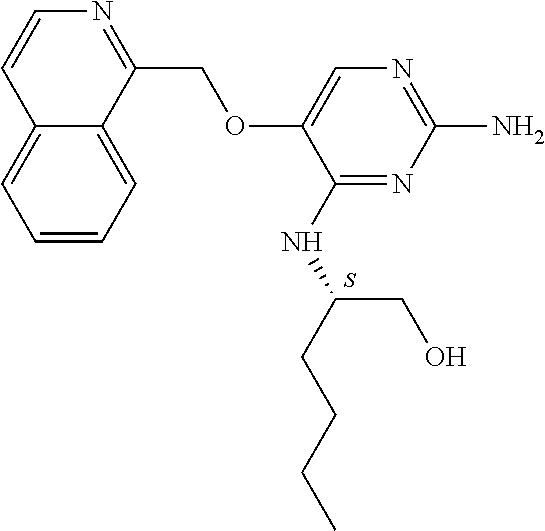
C00614
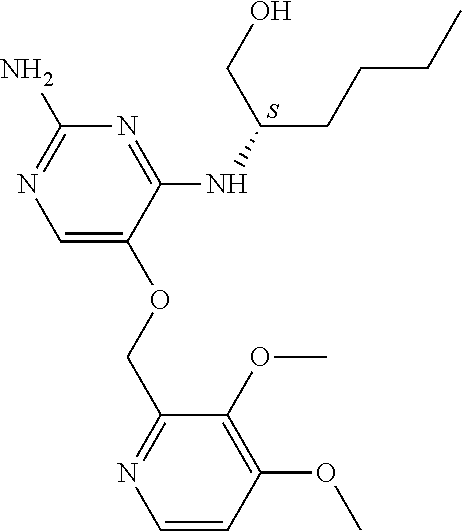
C00615
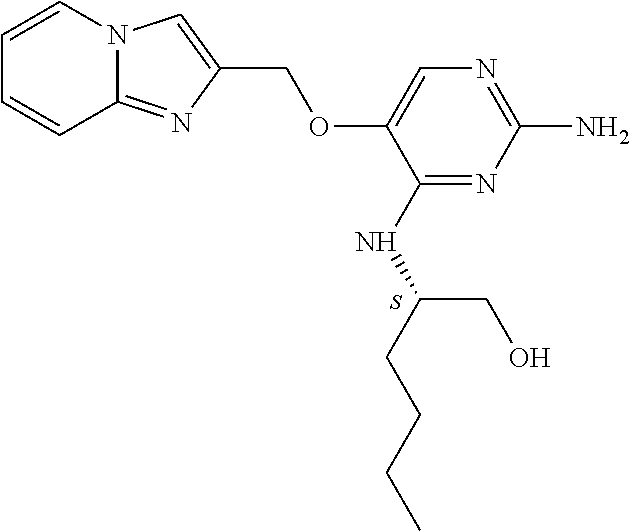
C00616

C00617
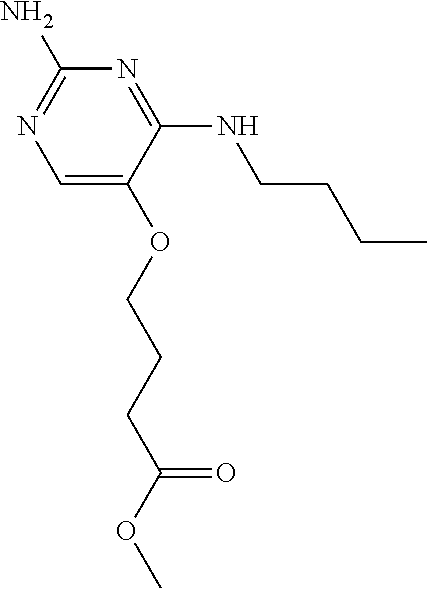
C00618
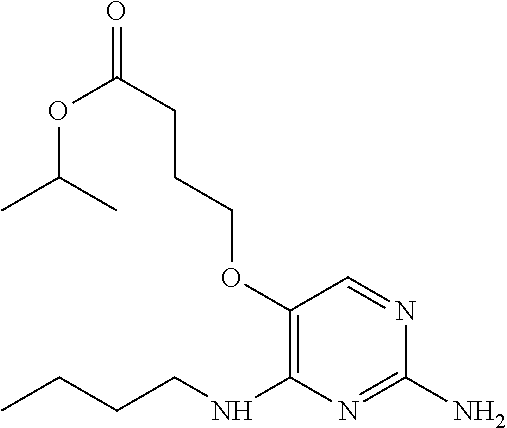
C00619
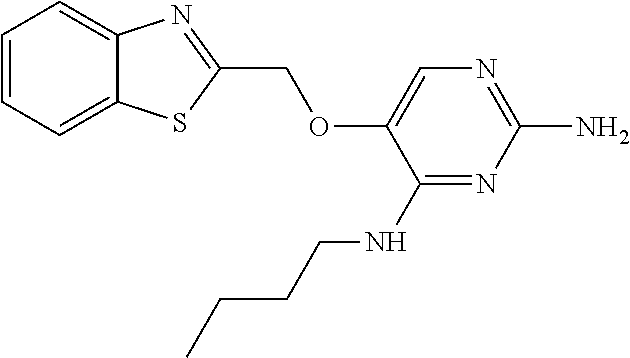
C00620
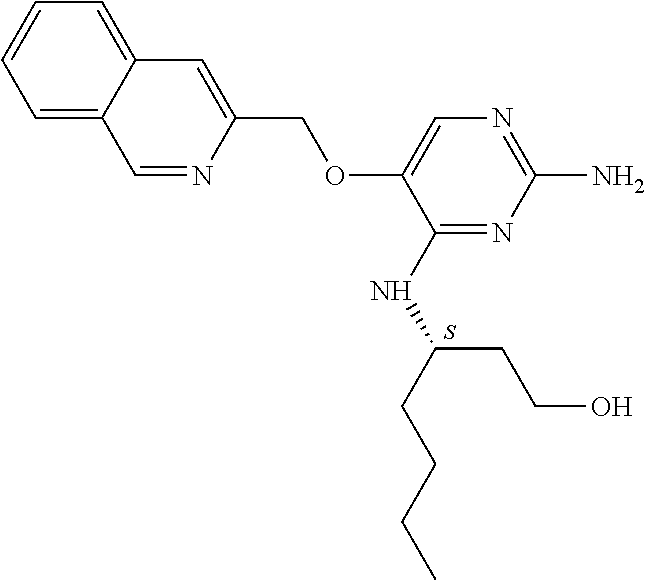
C00621
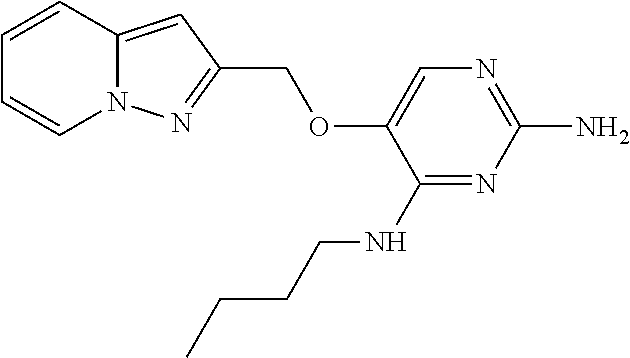
C00622
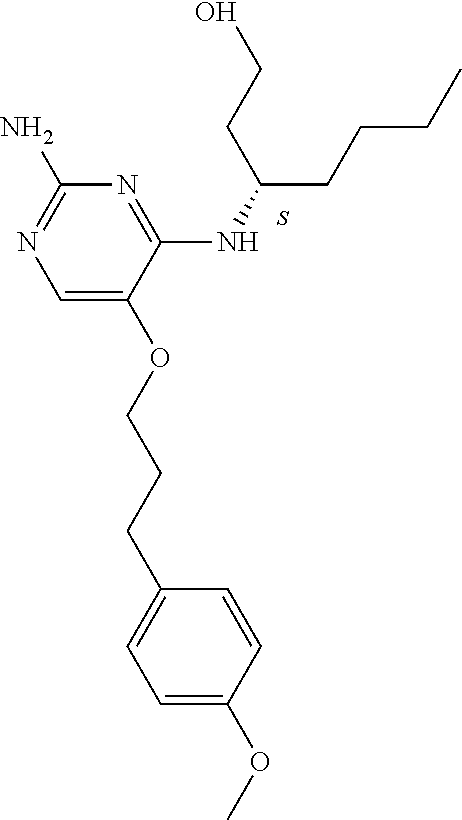
C00623
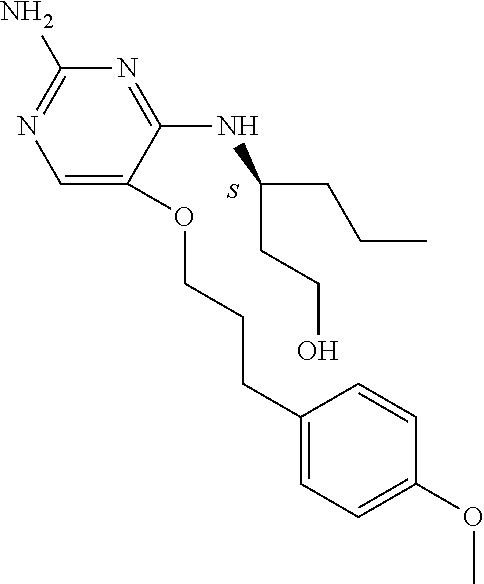
C00624
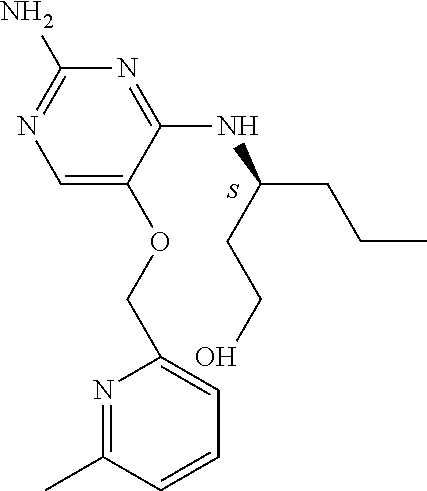
C00625
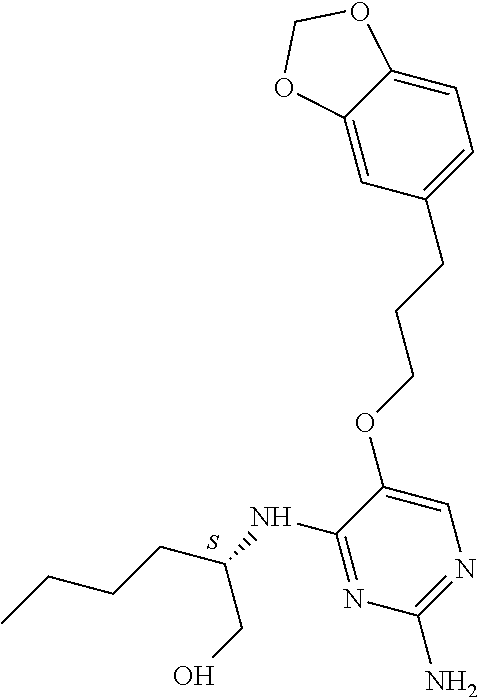
C00626
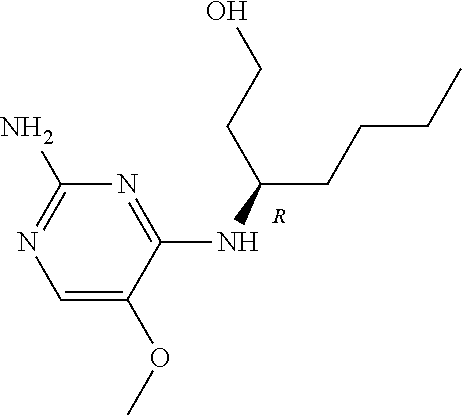
C00627
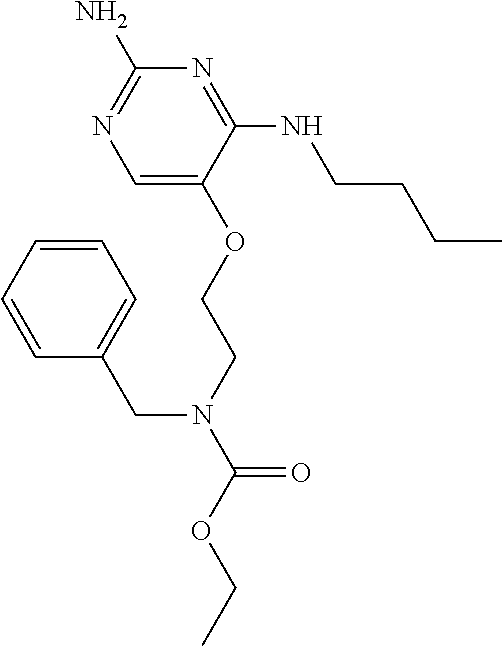
C00628
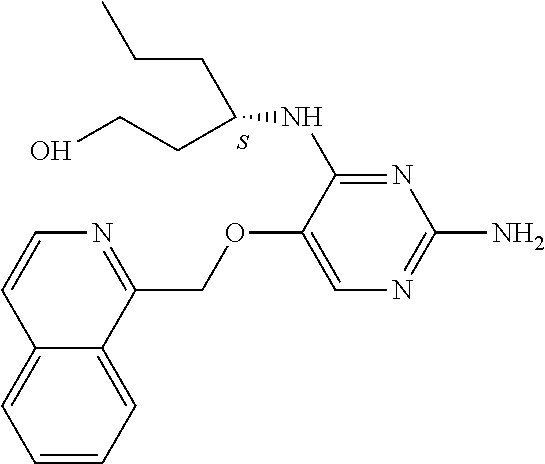
C00629
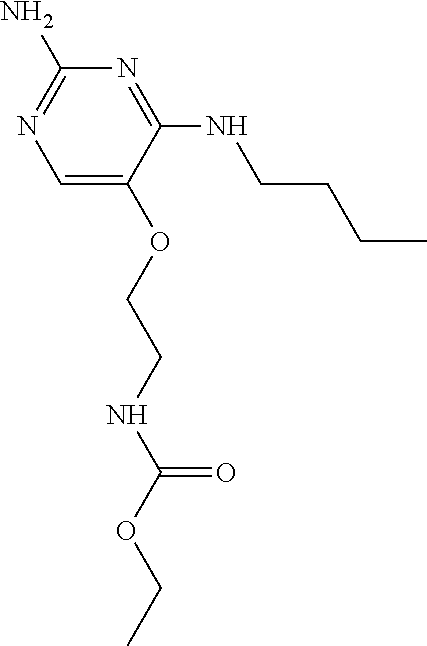
C00630
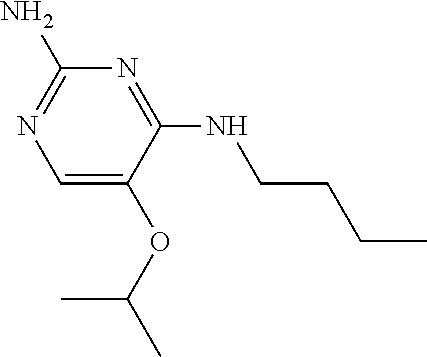
C00631
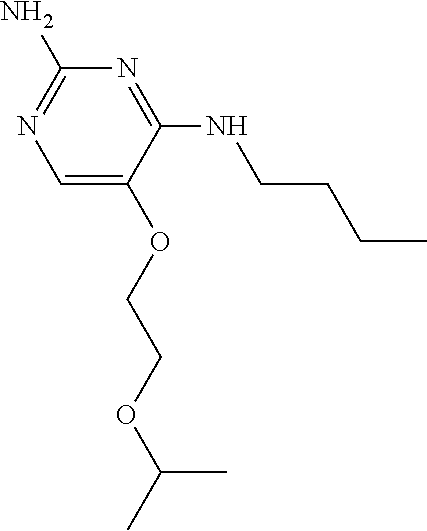
C00632

C00633

C00634

C00635
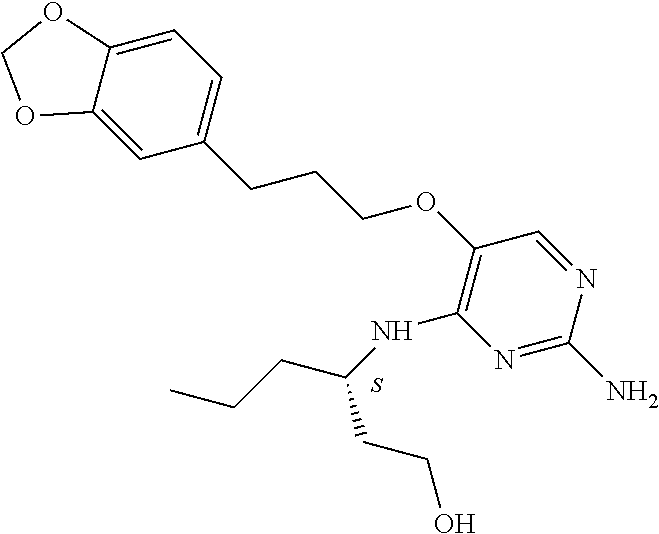
C00636
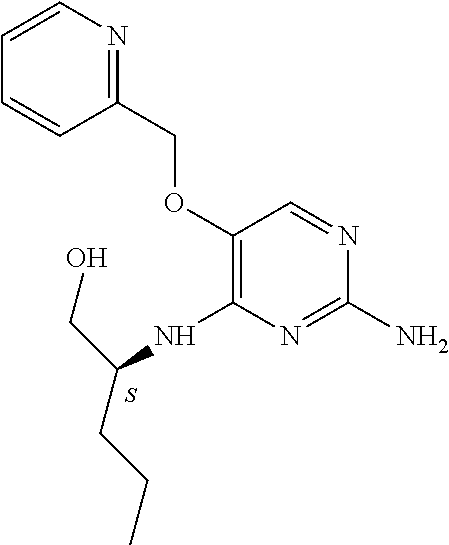
C00637
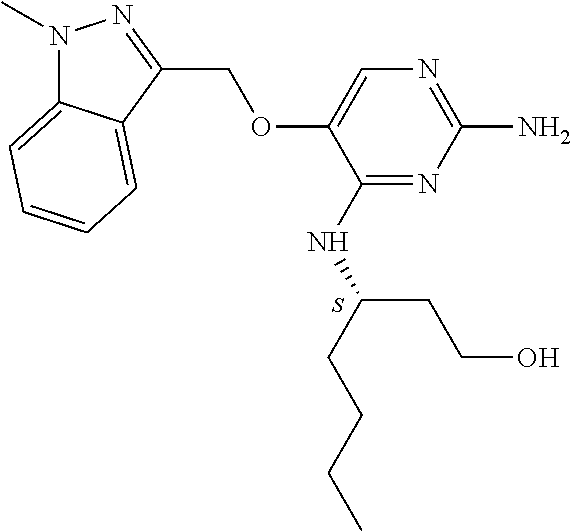
C00638
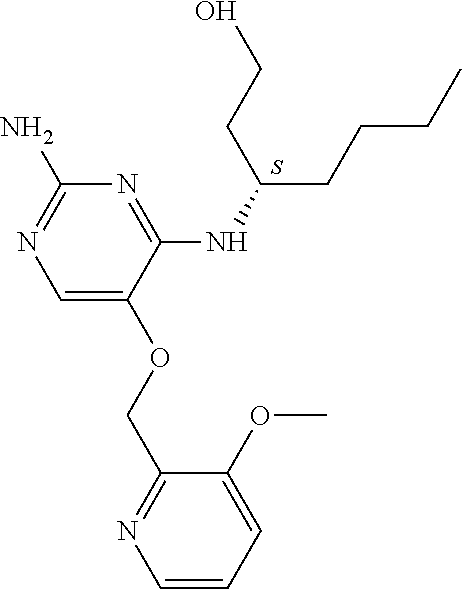
C00639
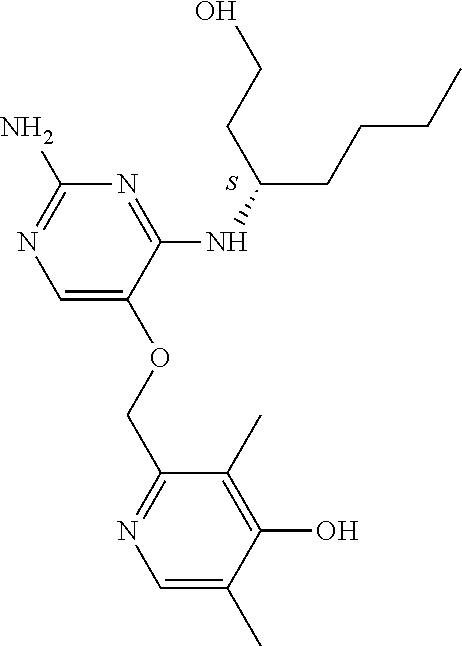
C00640

C00641
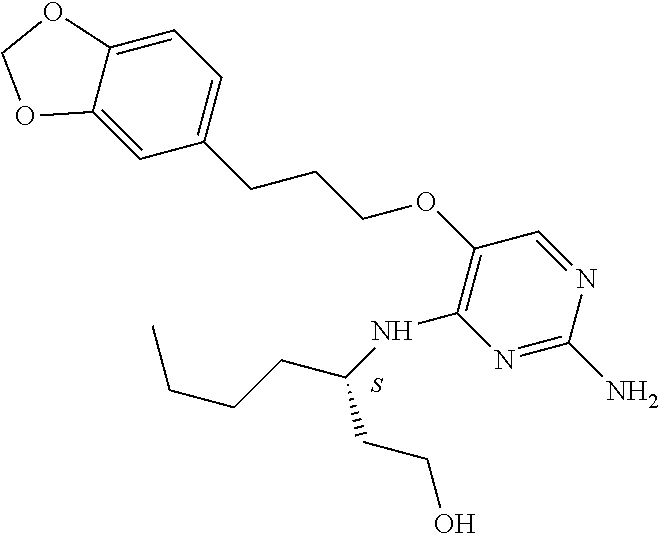
C00642

C00643
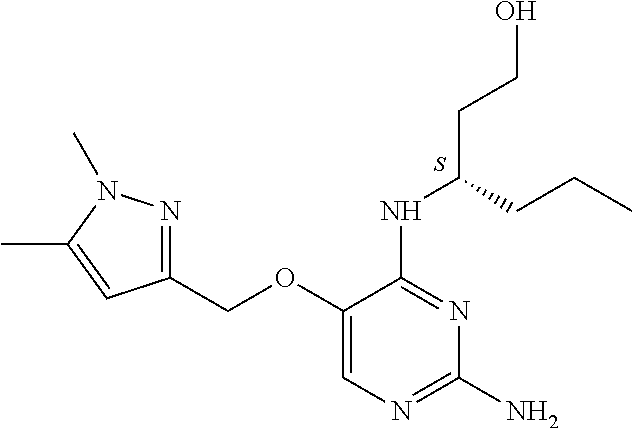
C00644
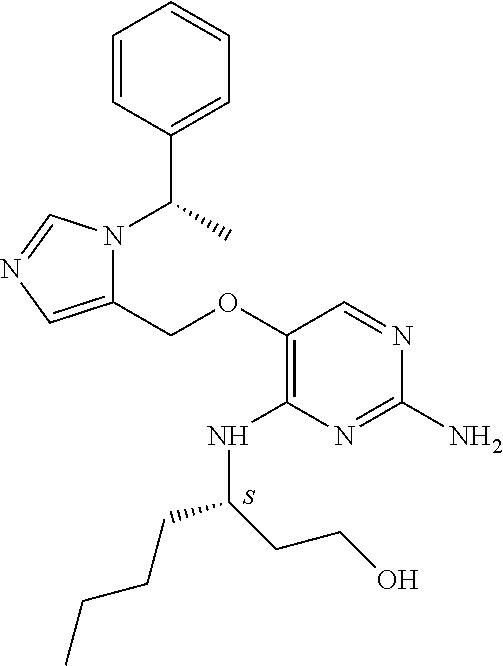
C00645
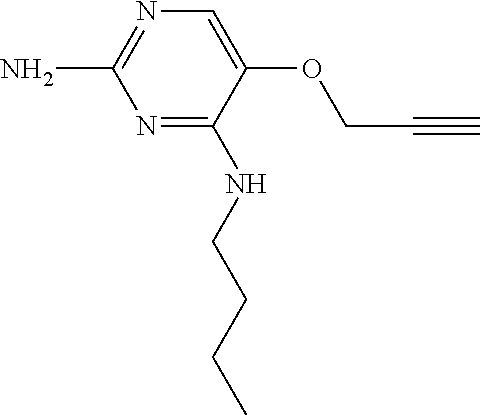
C00646

C00647
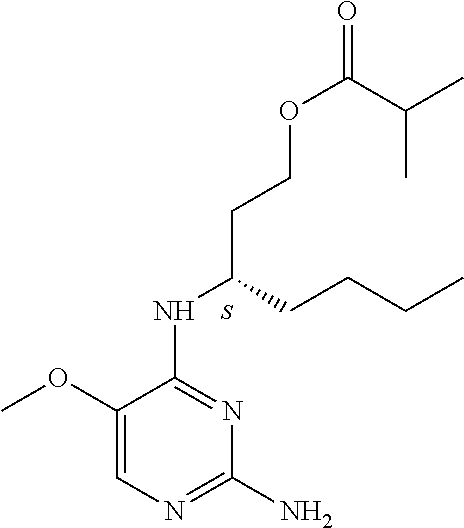
C00648
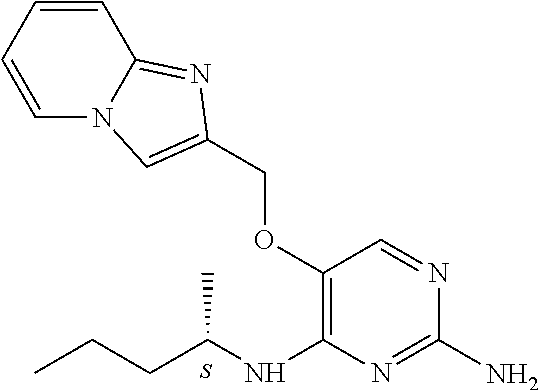
C00649
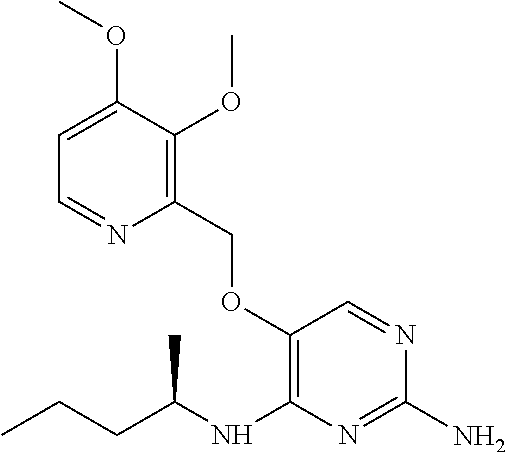
C00650
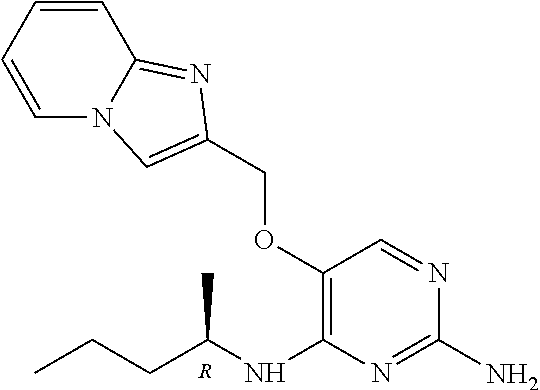
C00651
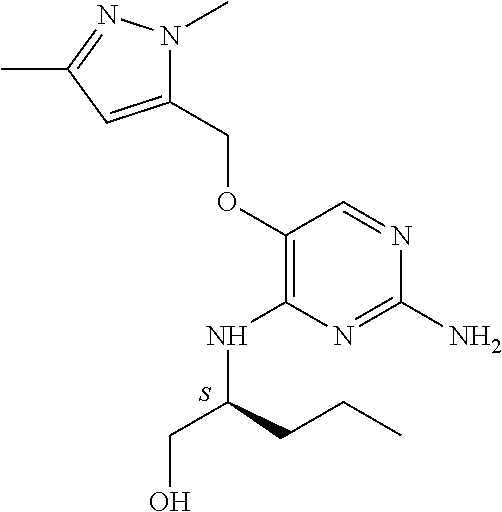
C00652
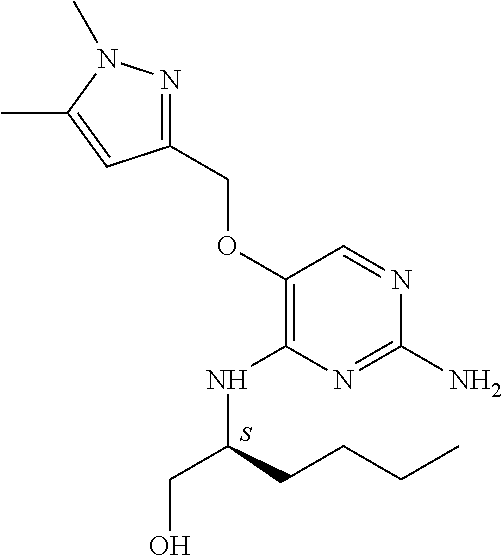
C00653
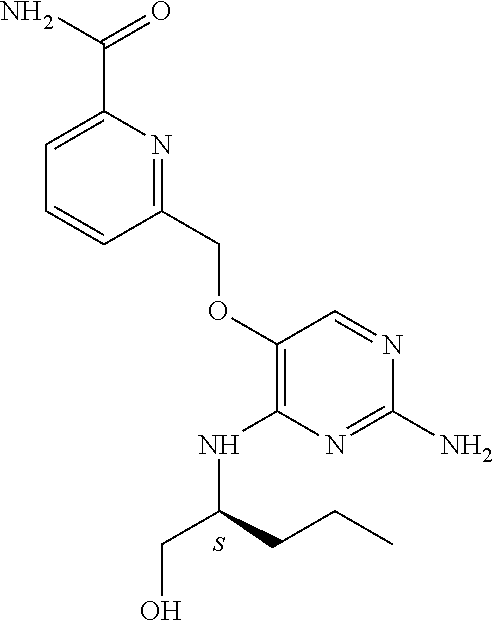
C00654

C00655

C00656
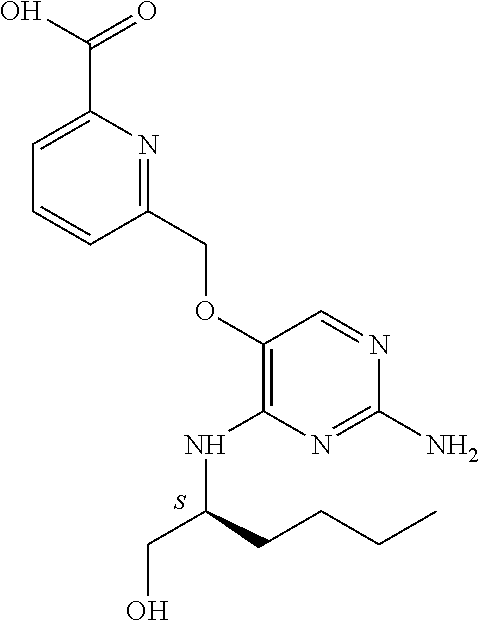
C00657
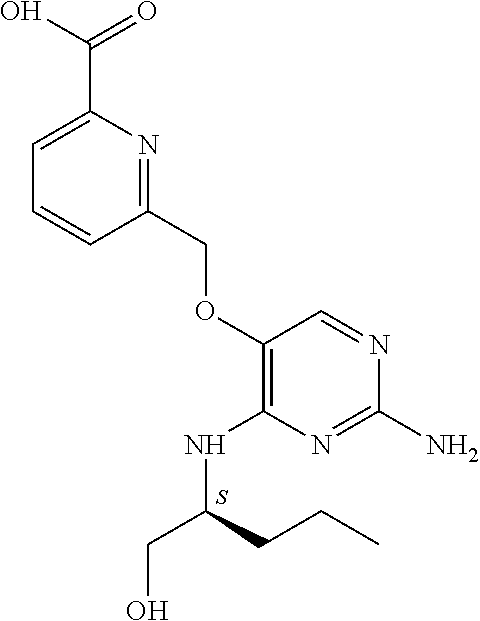
C00658
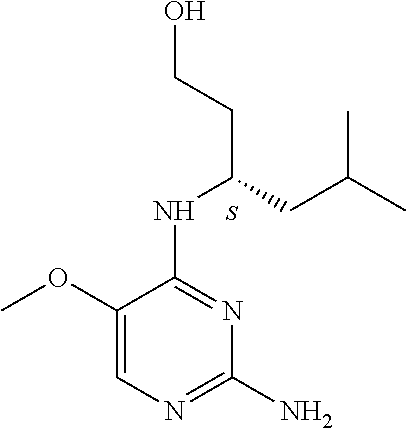
C00659
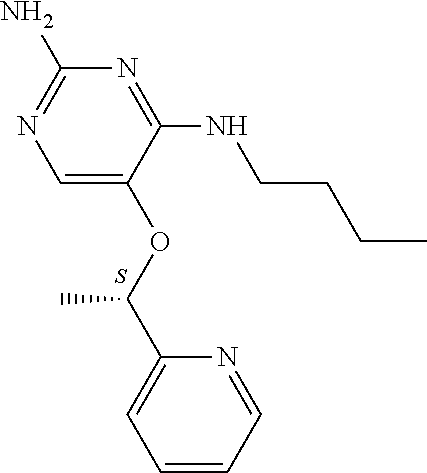
C00660
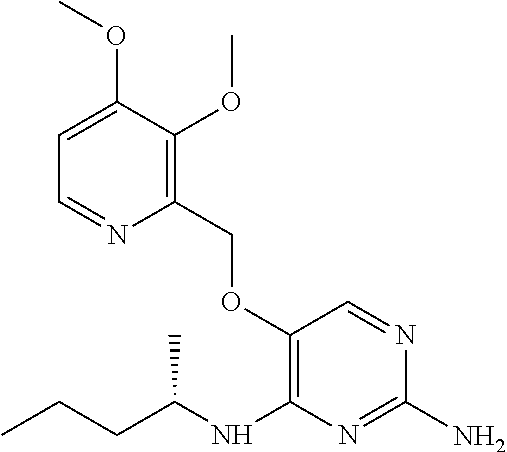
C00661
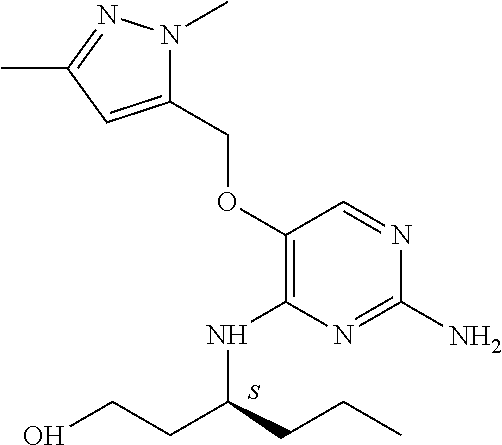
C00662

C00663
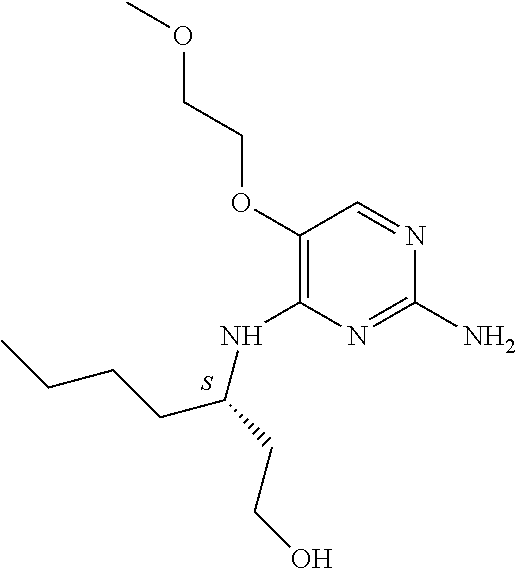
C00664
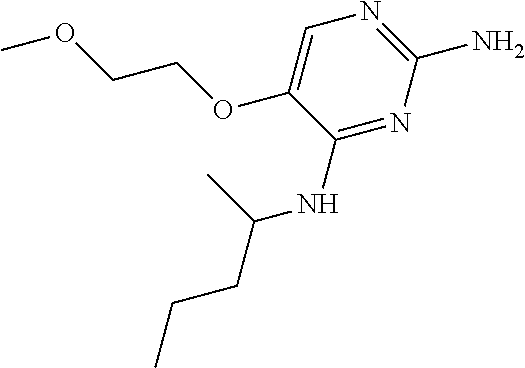
C00665

C00666
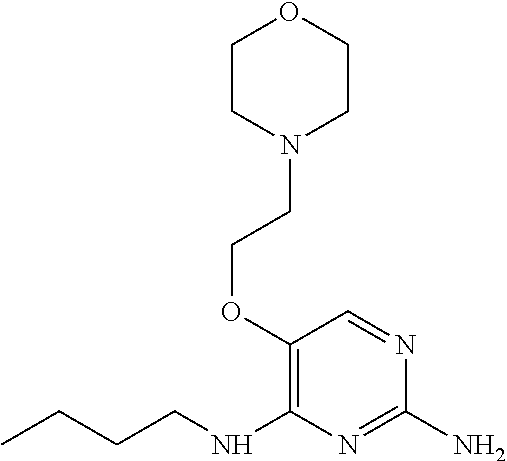
C00667
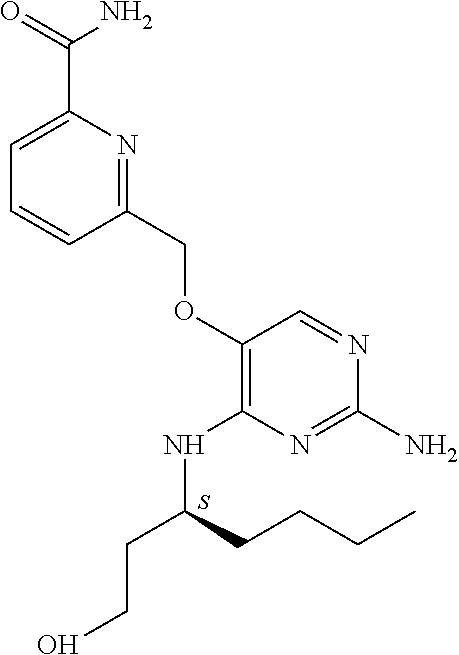
C00668

C00669
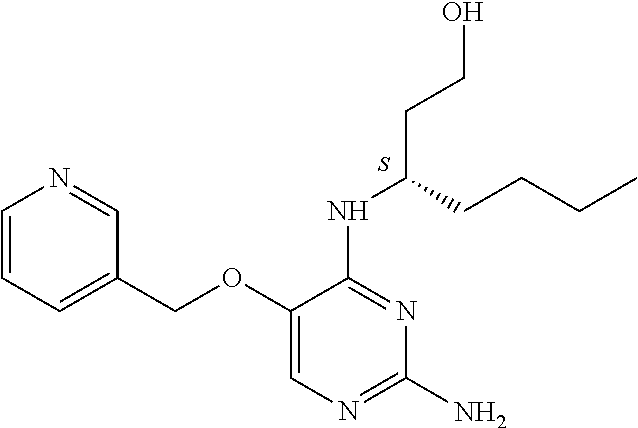
C00670
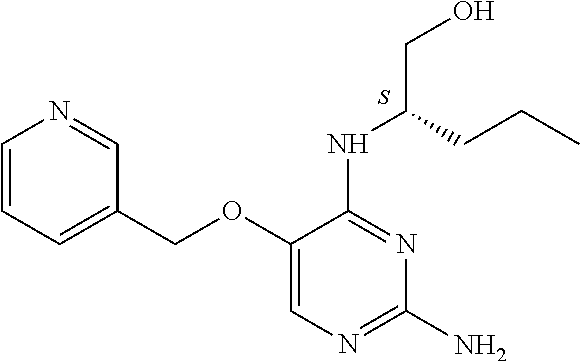
C00671
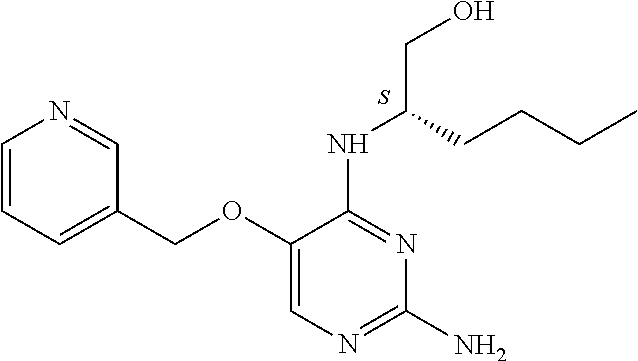
C00672
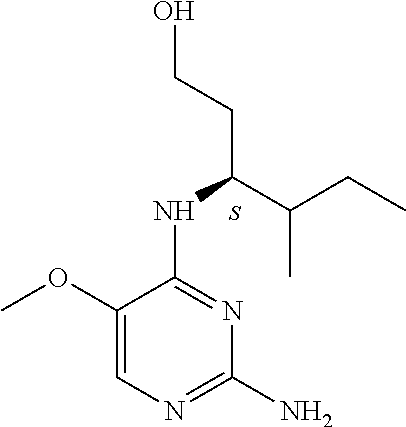
C00673

C00674
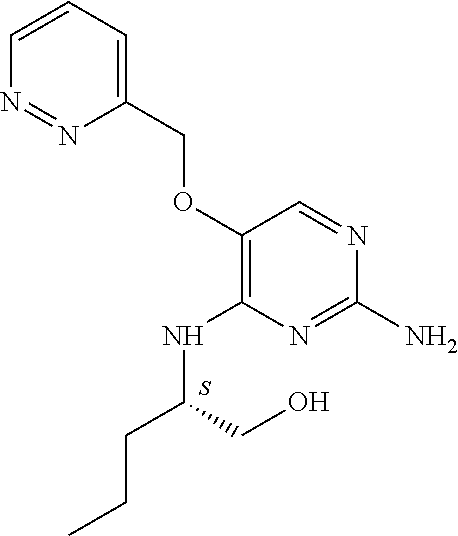
C00675
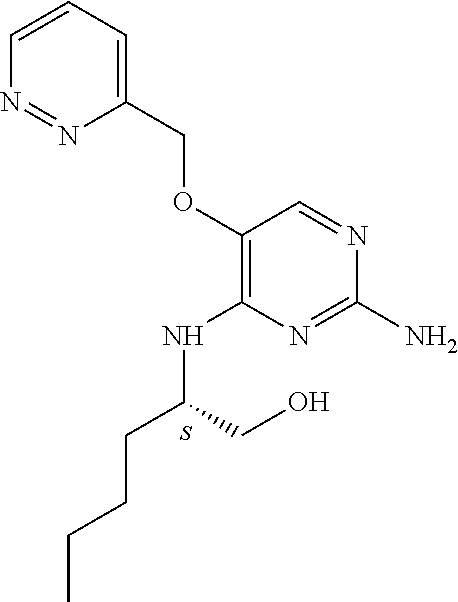
C00676

C00677
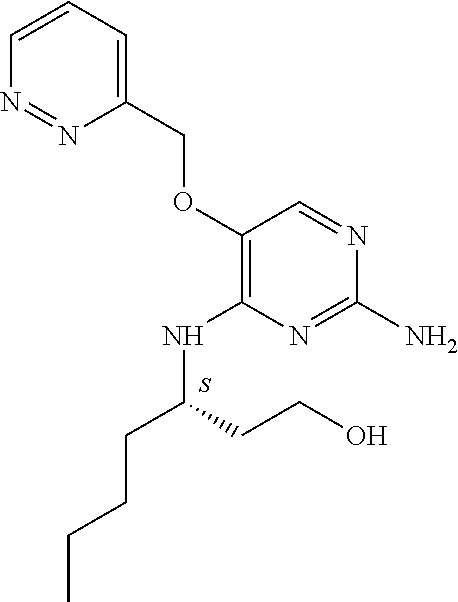
C00678
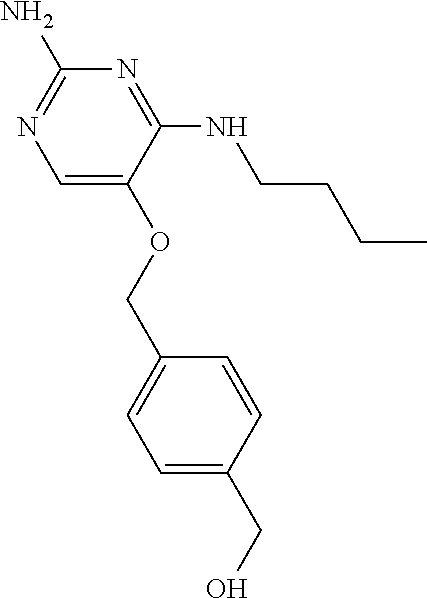
C00679

C00680
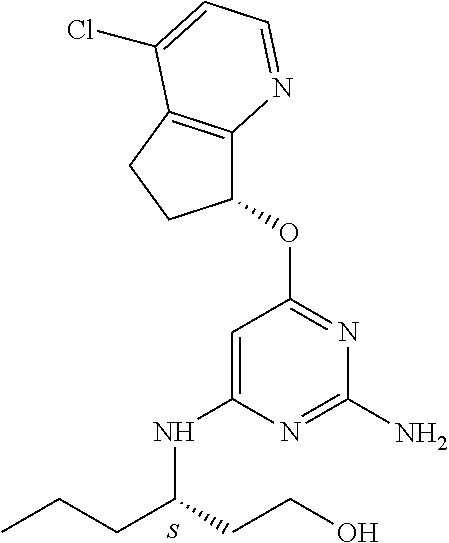
C00681
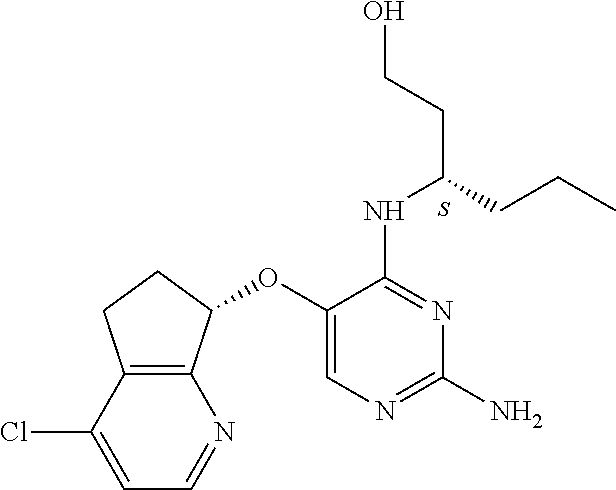
C00682
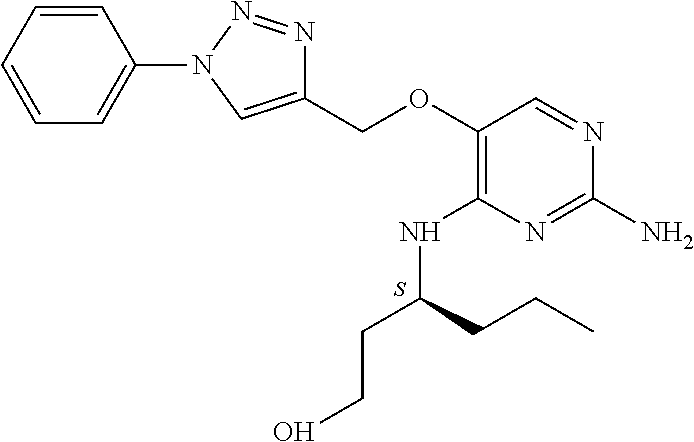
C00683

C00684
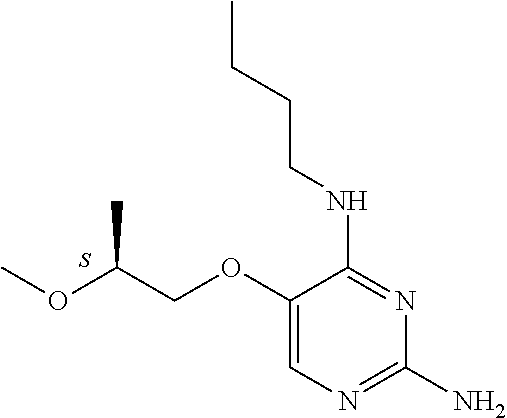
C00685
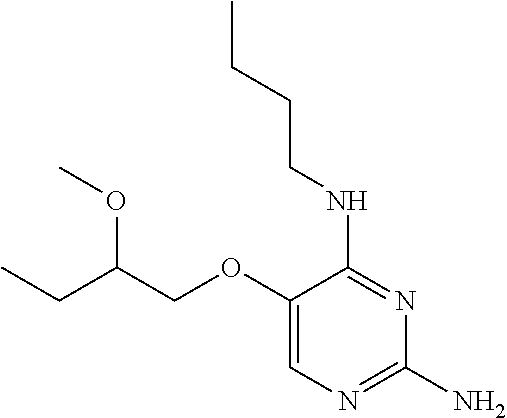
C00686
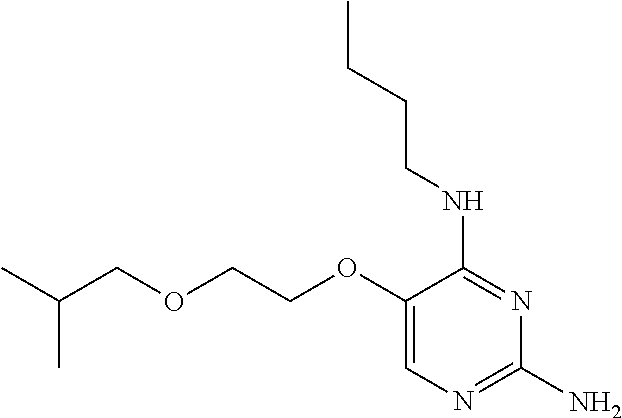
C00687

C00688
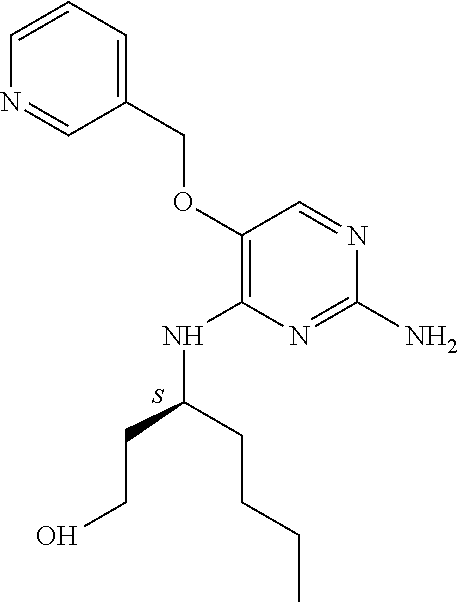
C00689
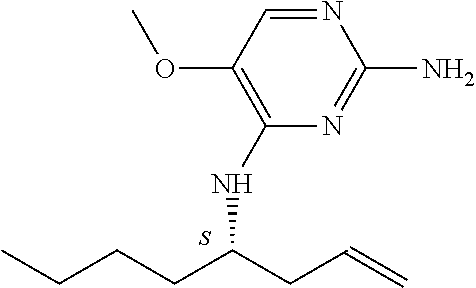
C00690
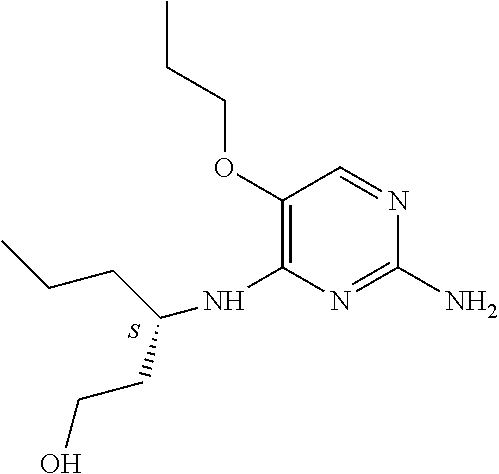
C00691

C00692
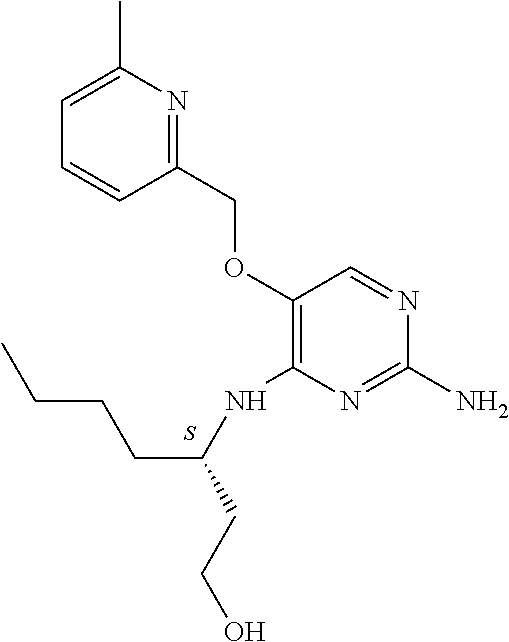
C00693

C00694
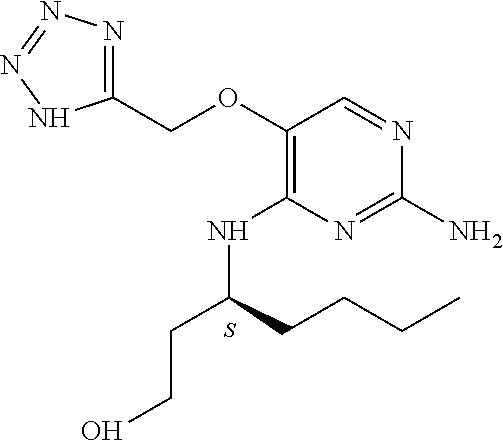
C00695
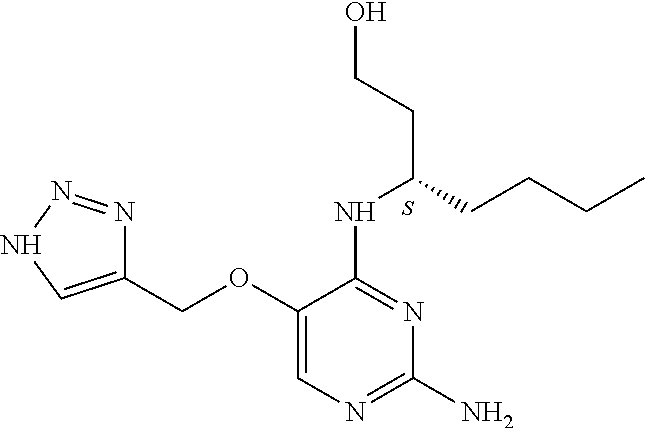
C00696
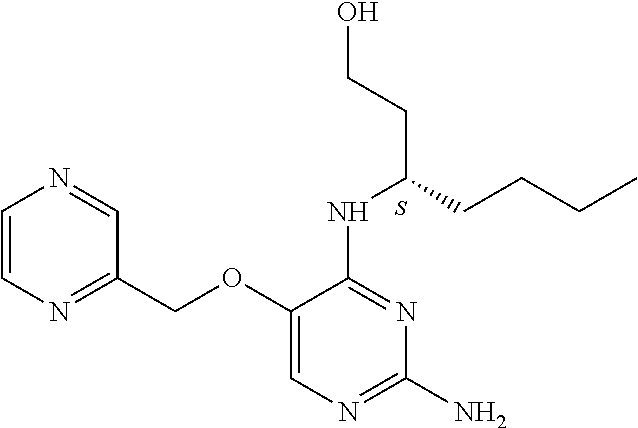
C00697
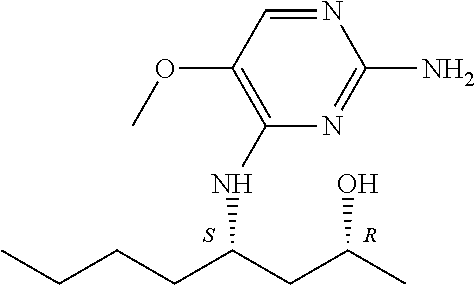
C00698
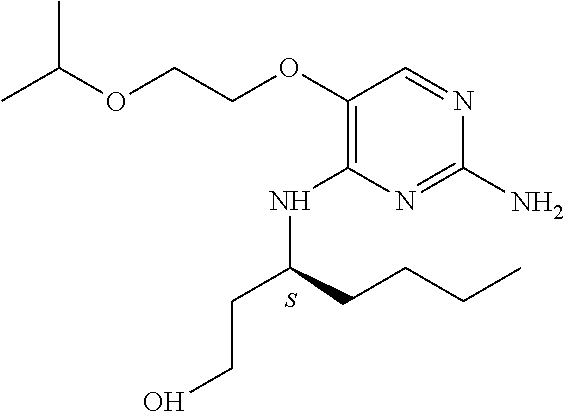
C00699
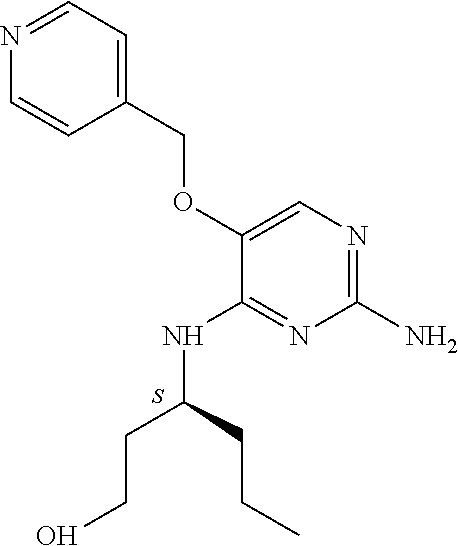
C00700

C00701

C00702

C00703

C00704
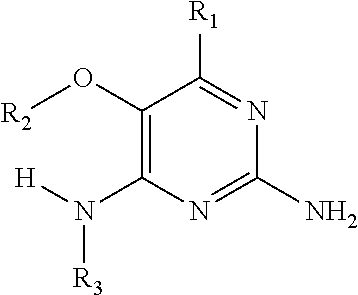
C00705
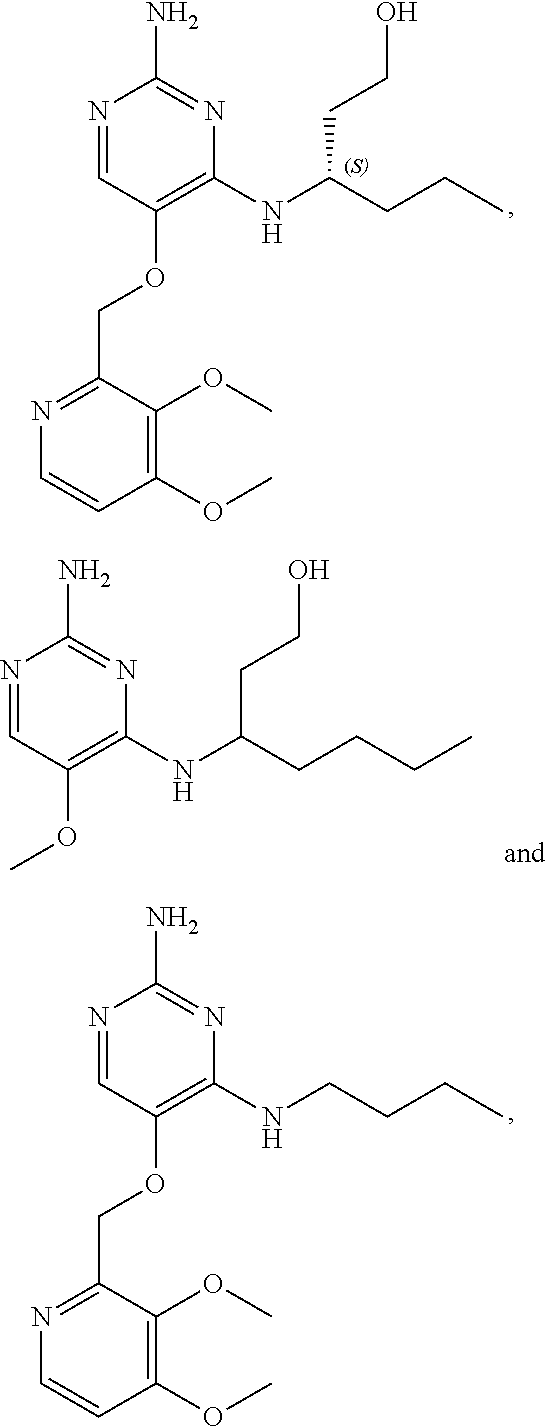
C00706
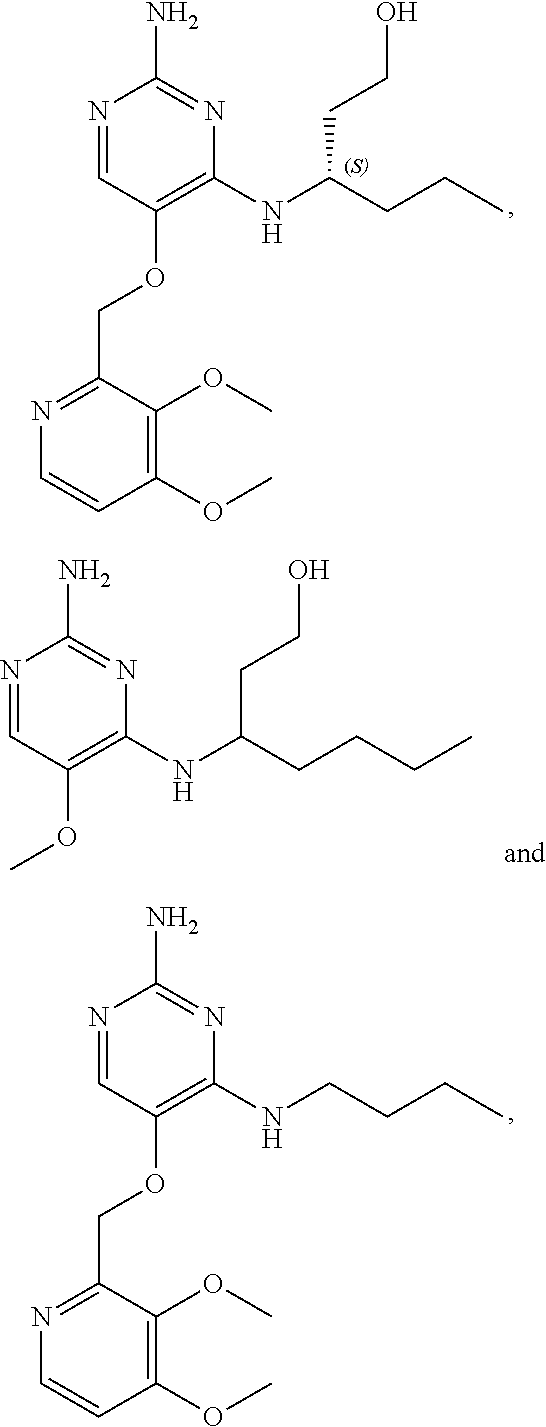
C00707
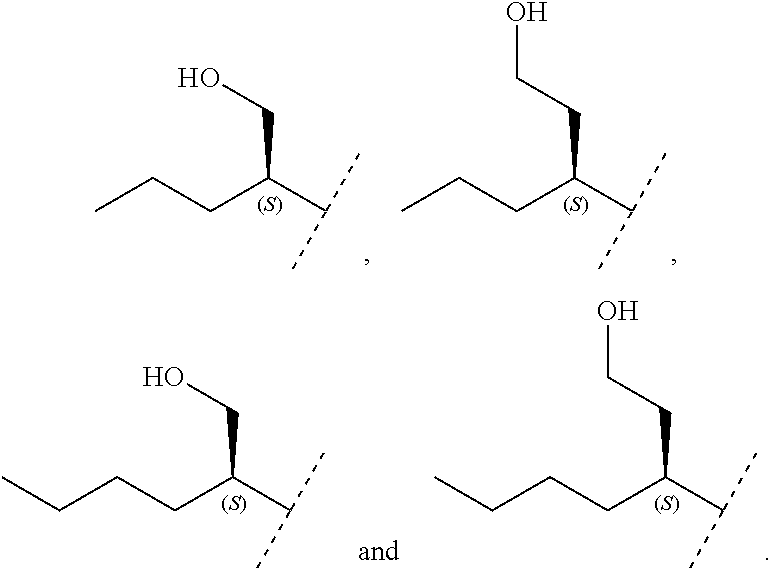
C00708
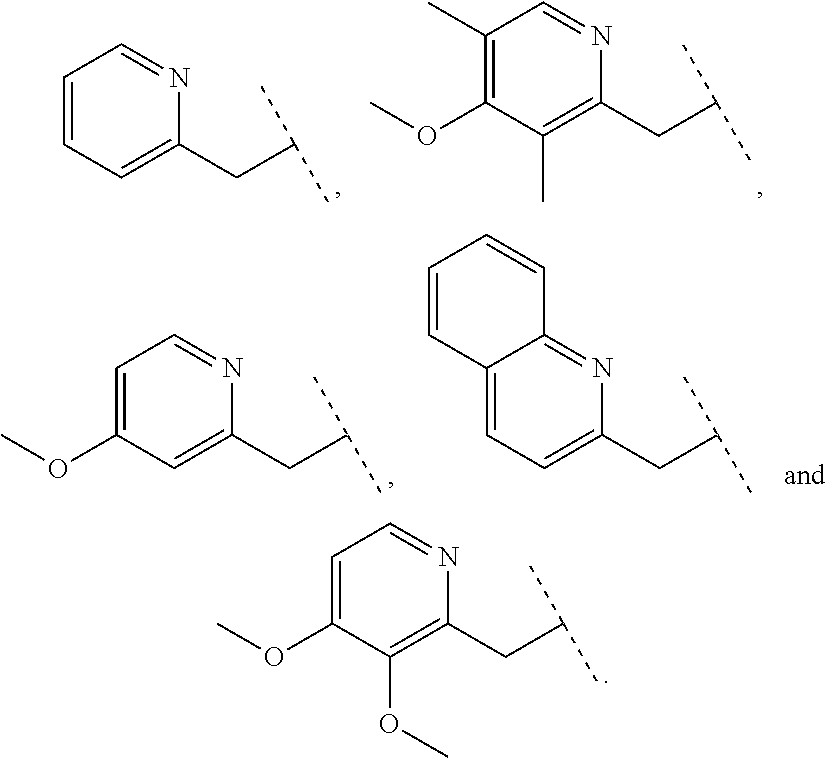
C00709
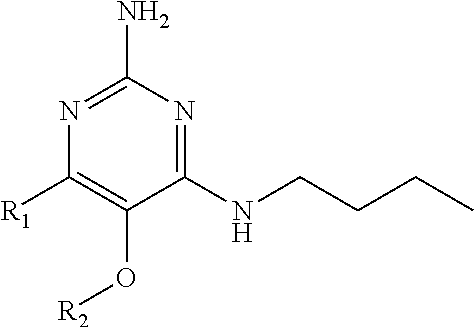
C00710
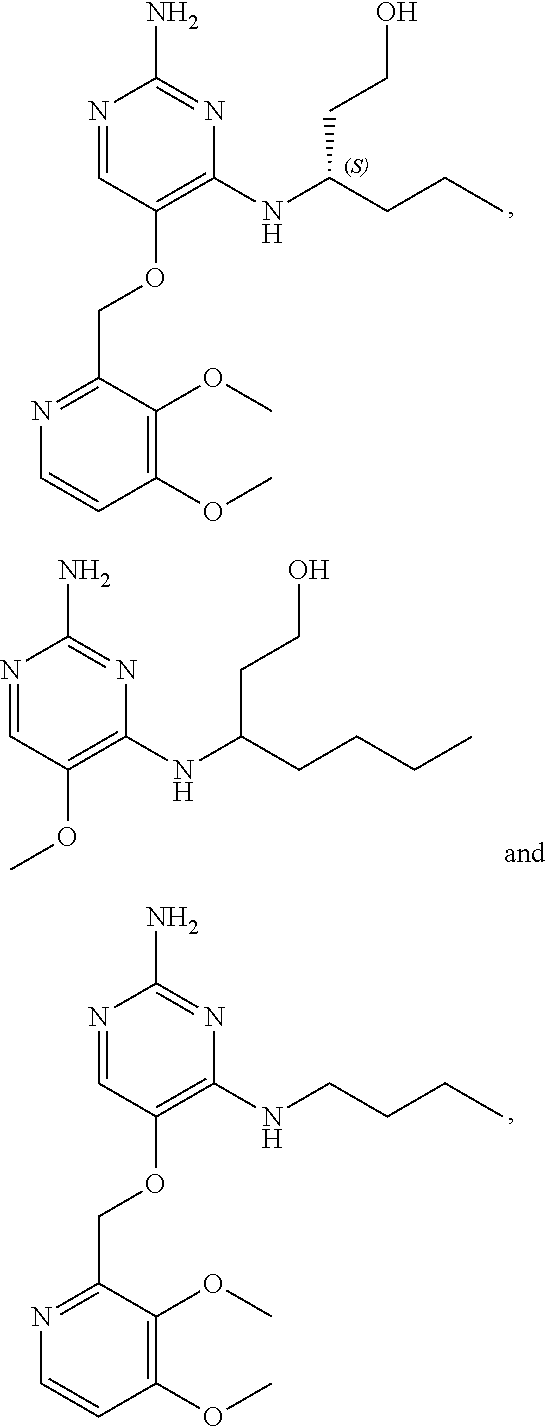
C00711
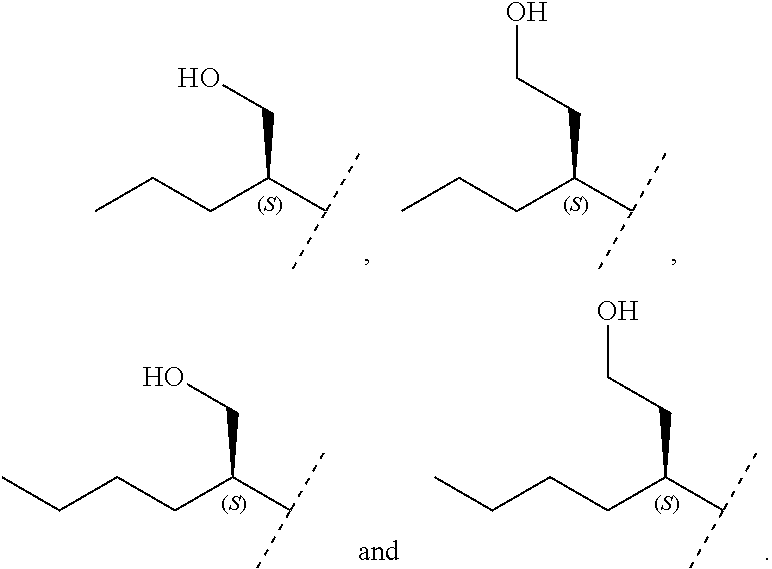
C00712

C00713
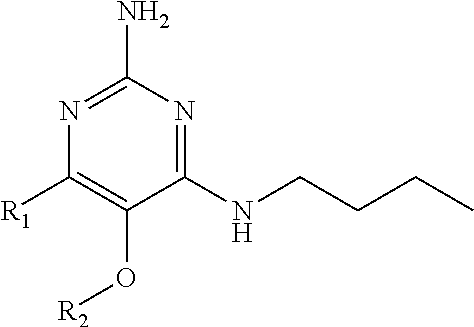
C00714
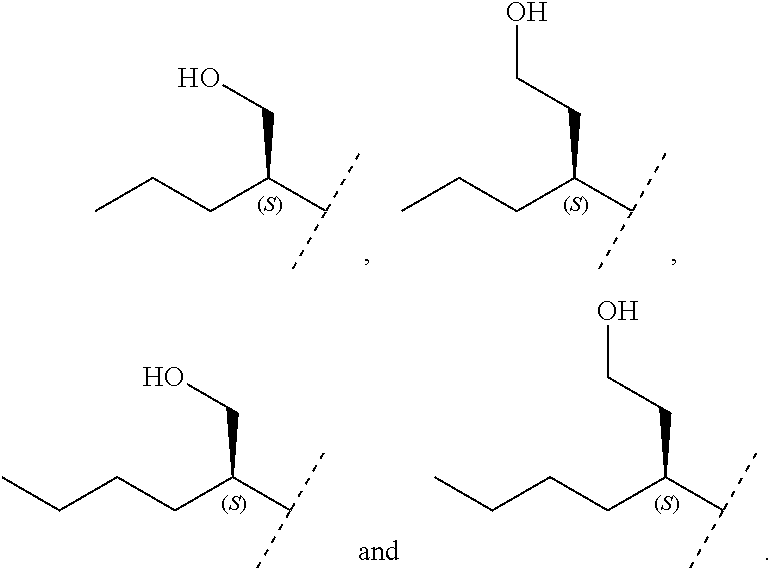
C00715

C00716

C00717

C00718
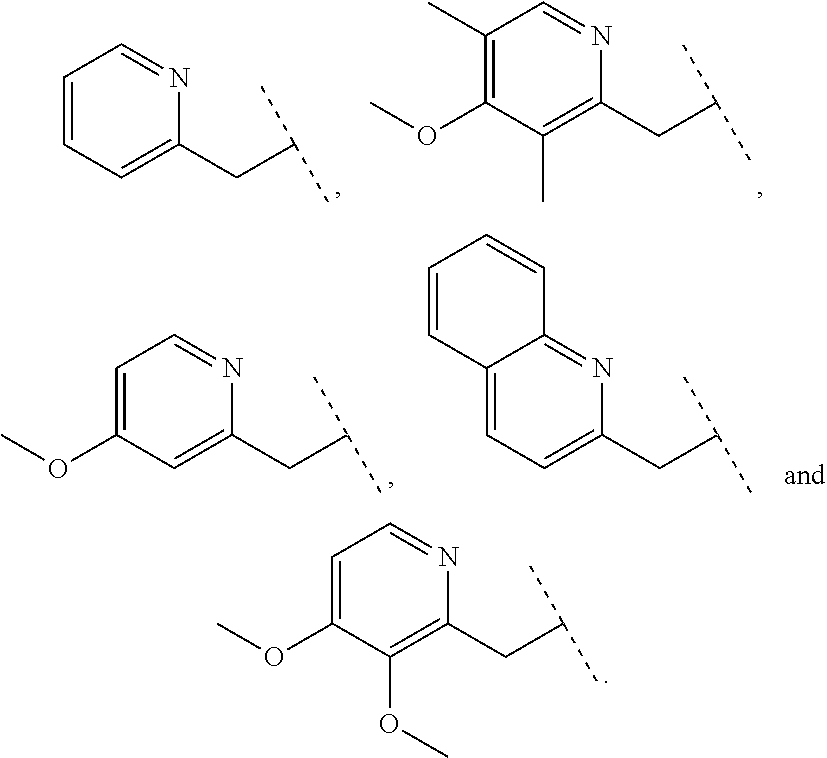
C00719
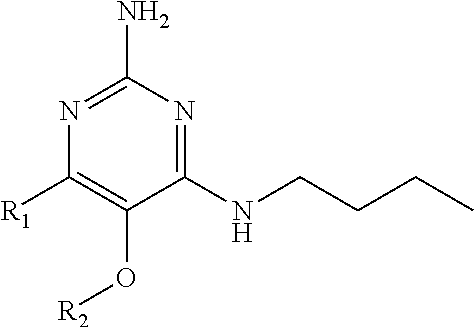
P00001

S00001
XML
uspto.report is an independent third-party trademark research tool that is not affiliated, endorsed, or sponsored by the United States Patent and Trademark Office (USPTO) or any other governmental organization. The information provided by uspto.report is based on publicly available data at the time of writing and is intended for informational purposes only.
While we strive to provide accurate and up-to-date information, we do not guarantee the accuracy, completeness, reliability, or suitability of the information displayed on this site. The use of this site is at your own risk. Any reliance you place on such information is therefore strictly at your own risk.
All official trademark data, including owner information, should be verified by visiting the official USPTO website at www.uspto.gov. This site is not intended to replace professional legal advice and should not be used as a substitute for consulting with a legal professional who is knowledgeable about trademark law.